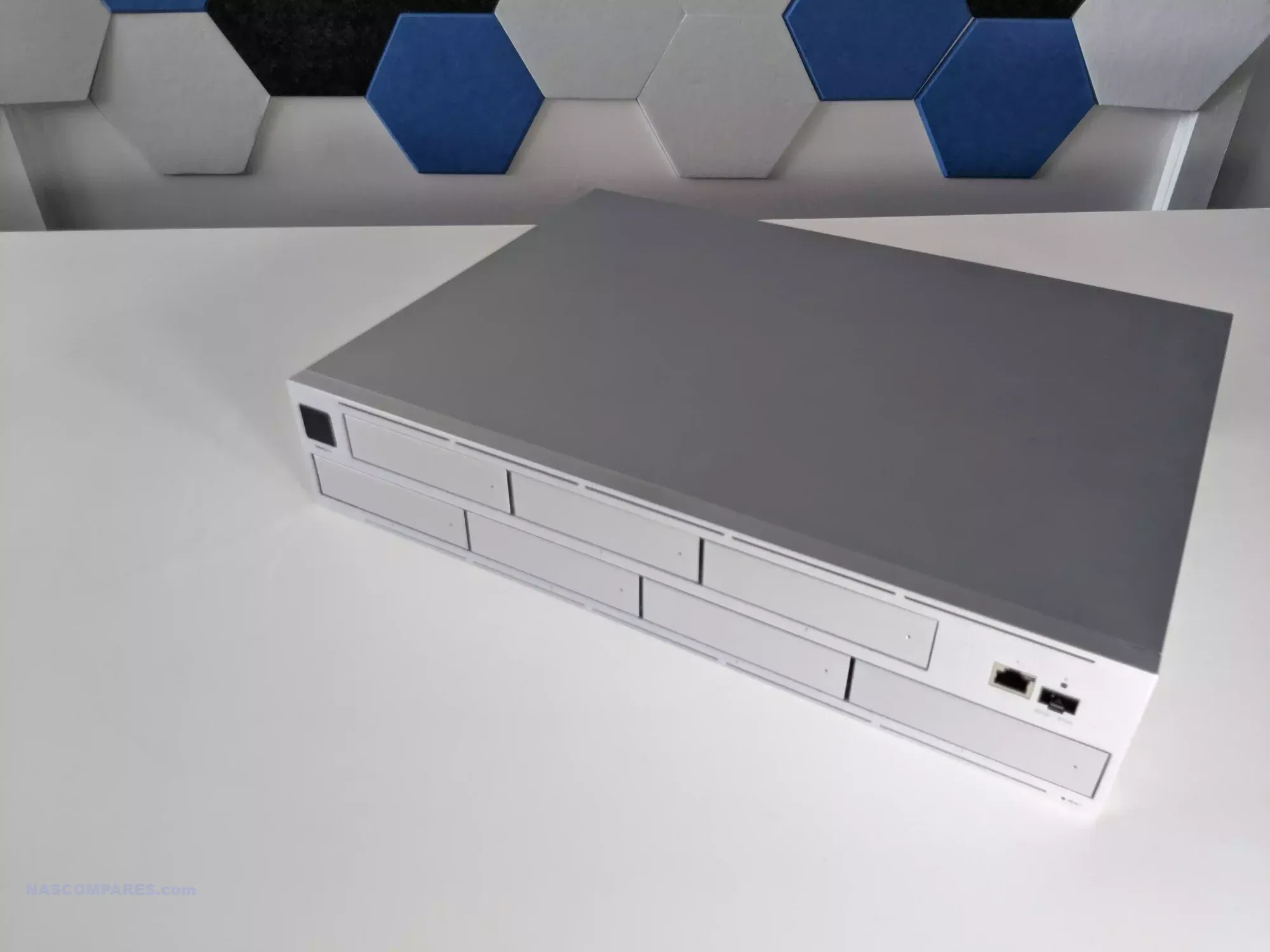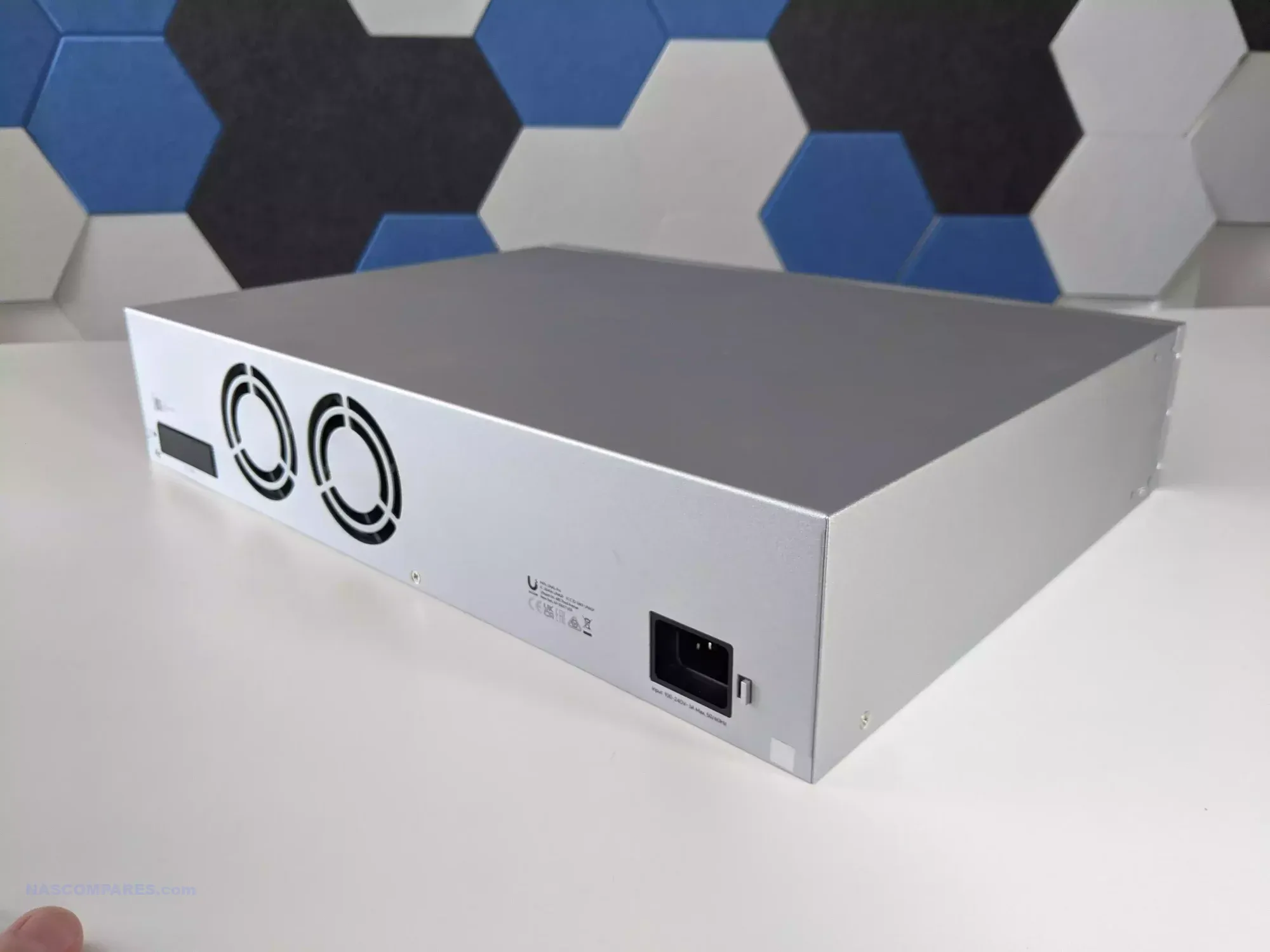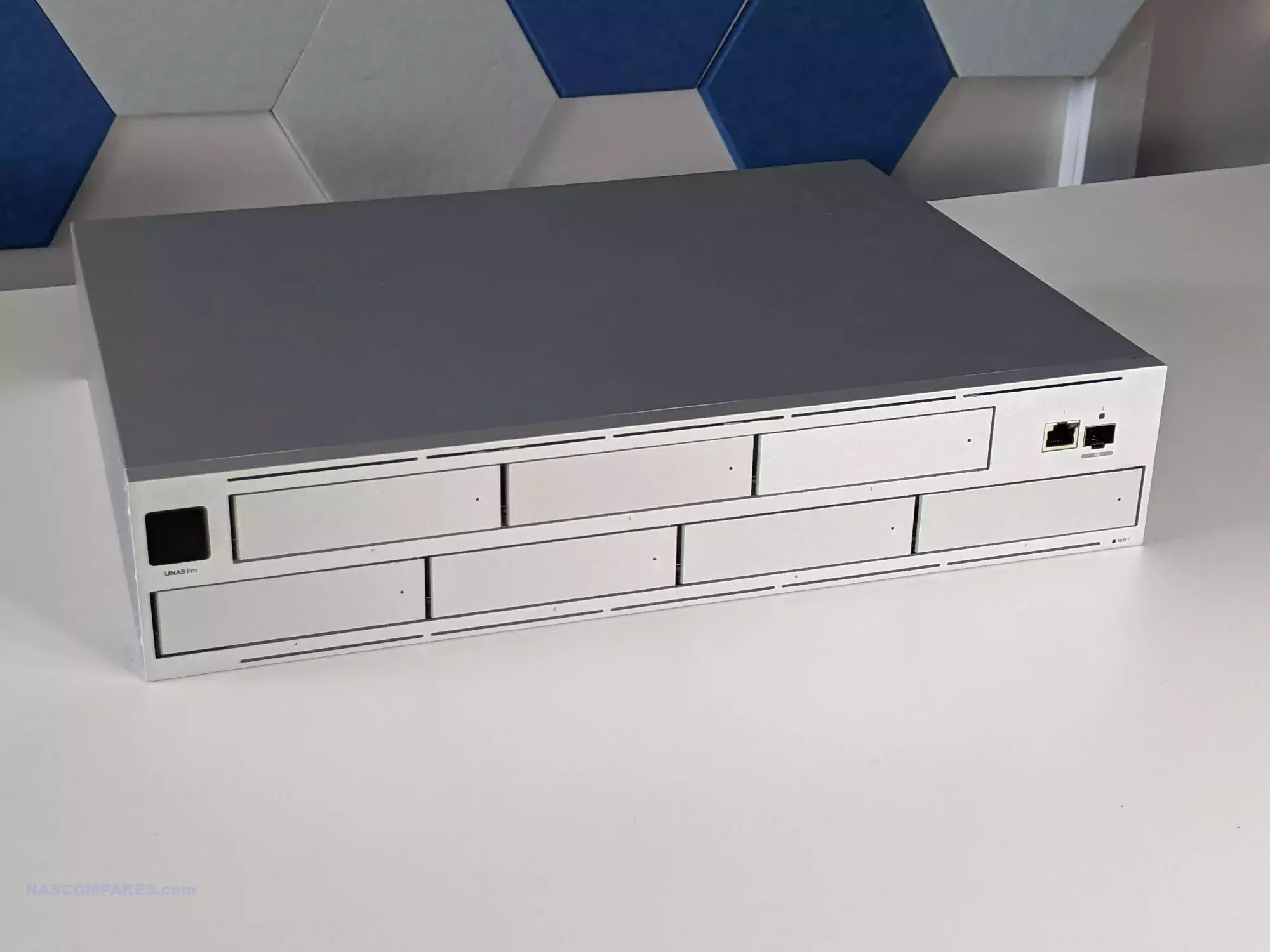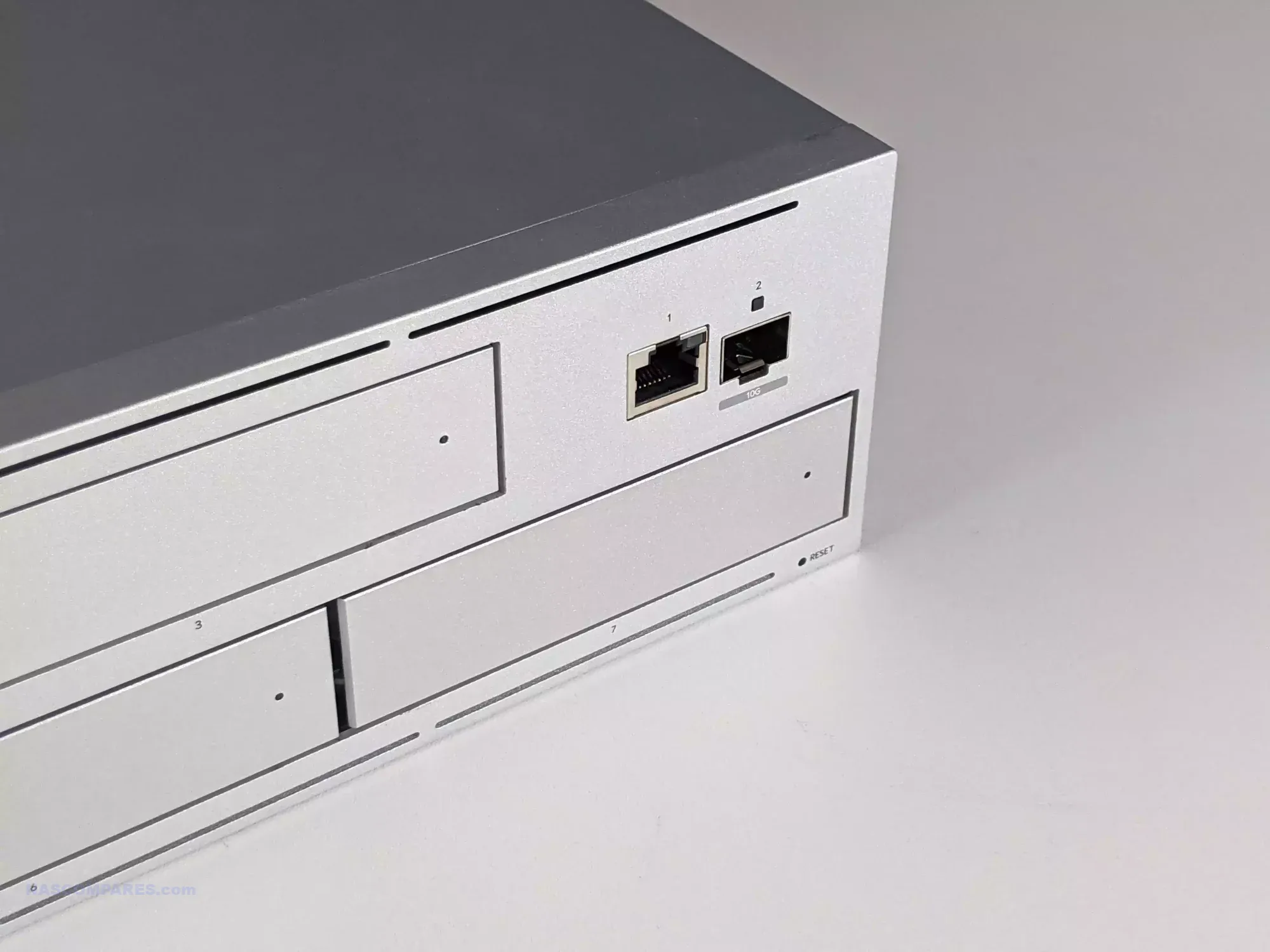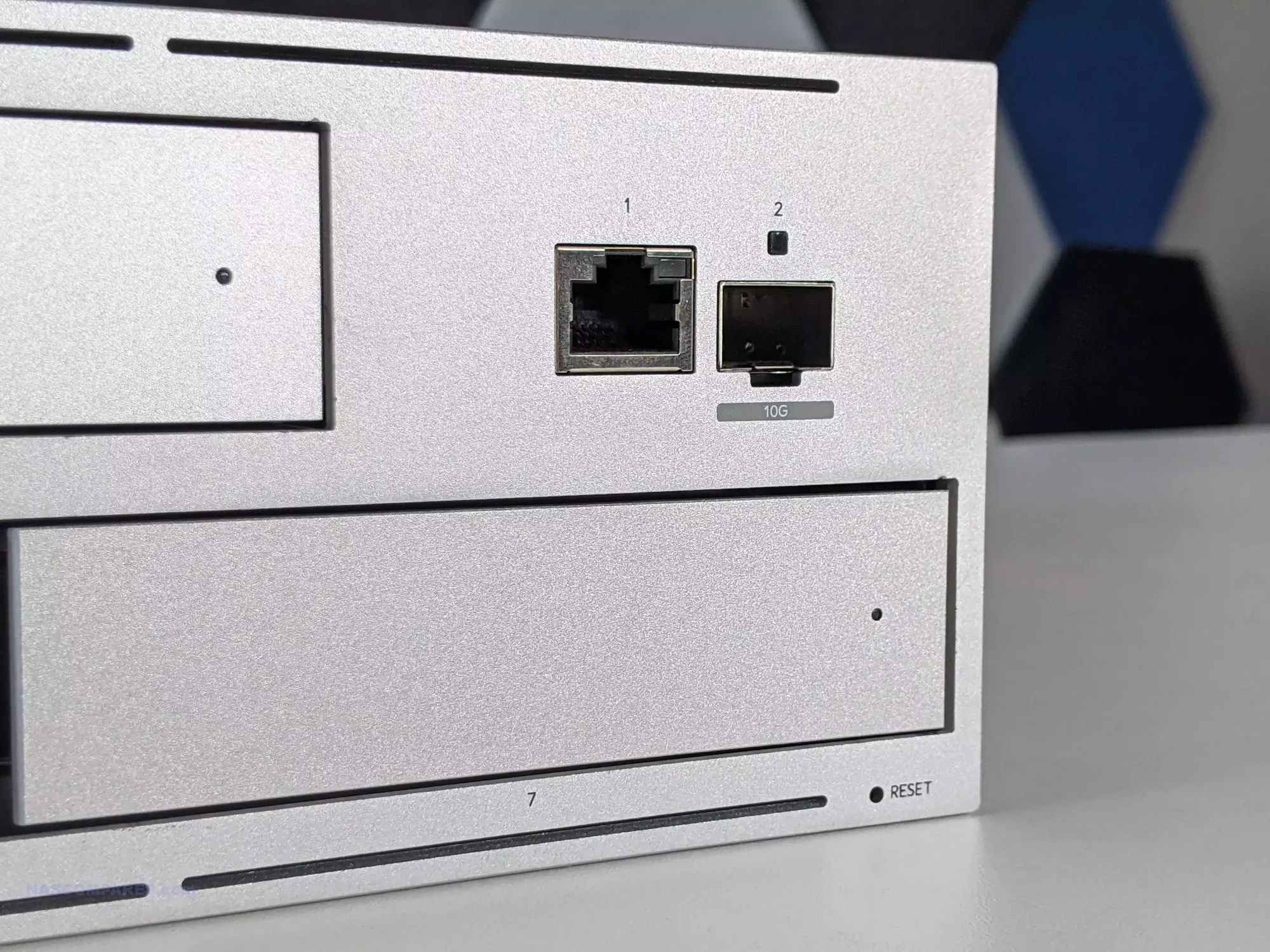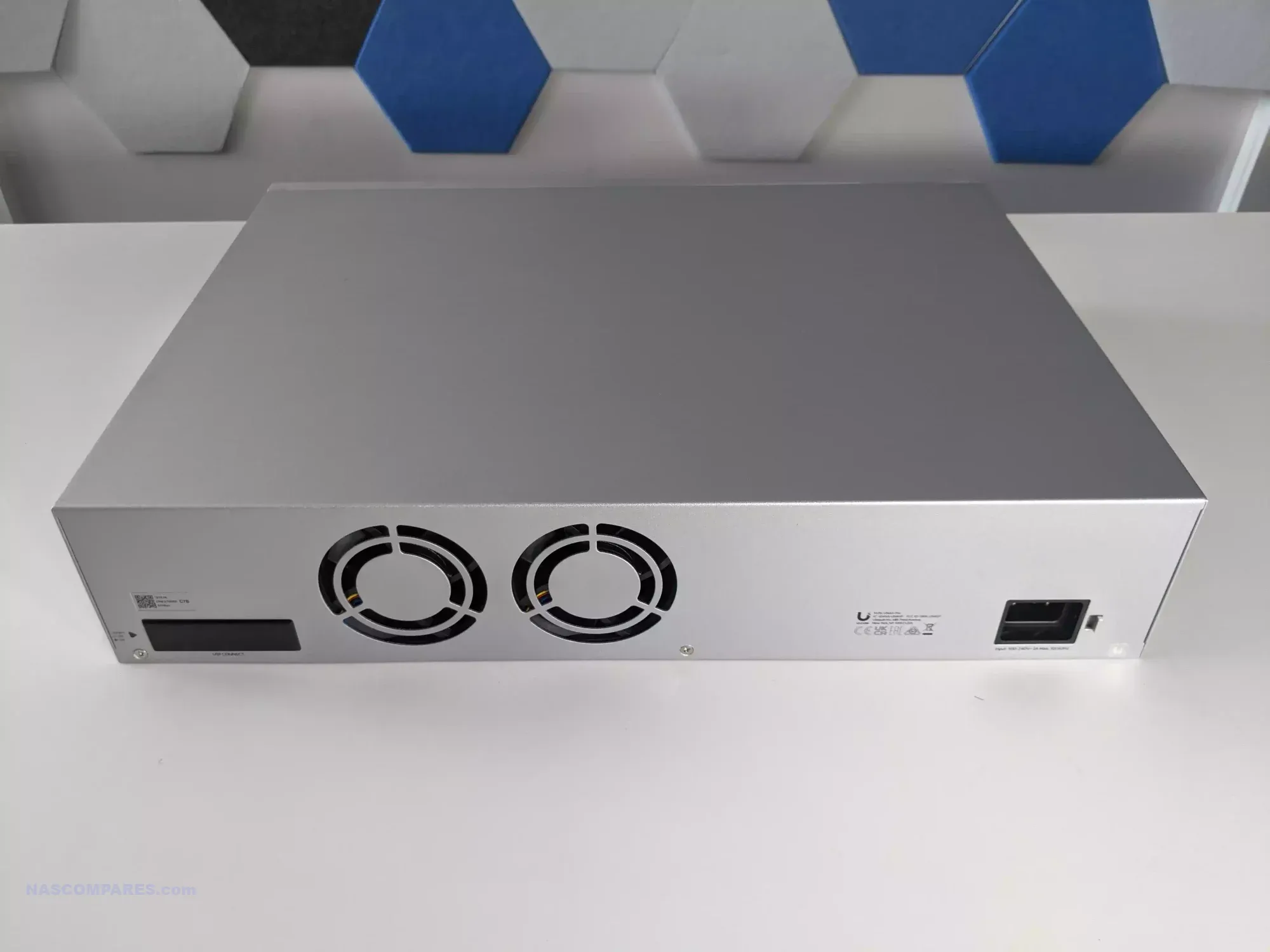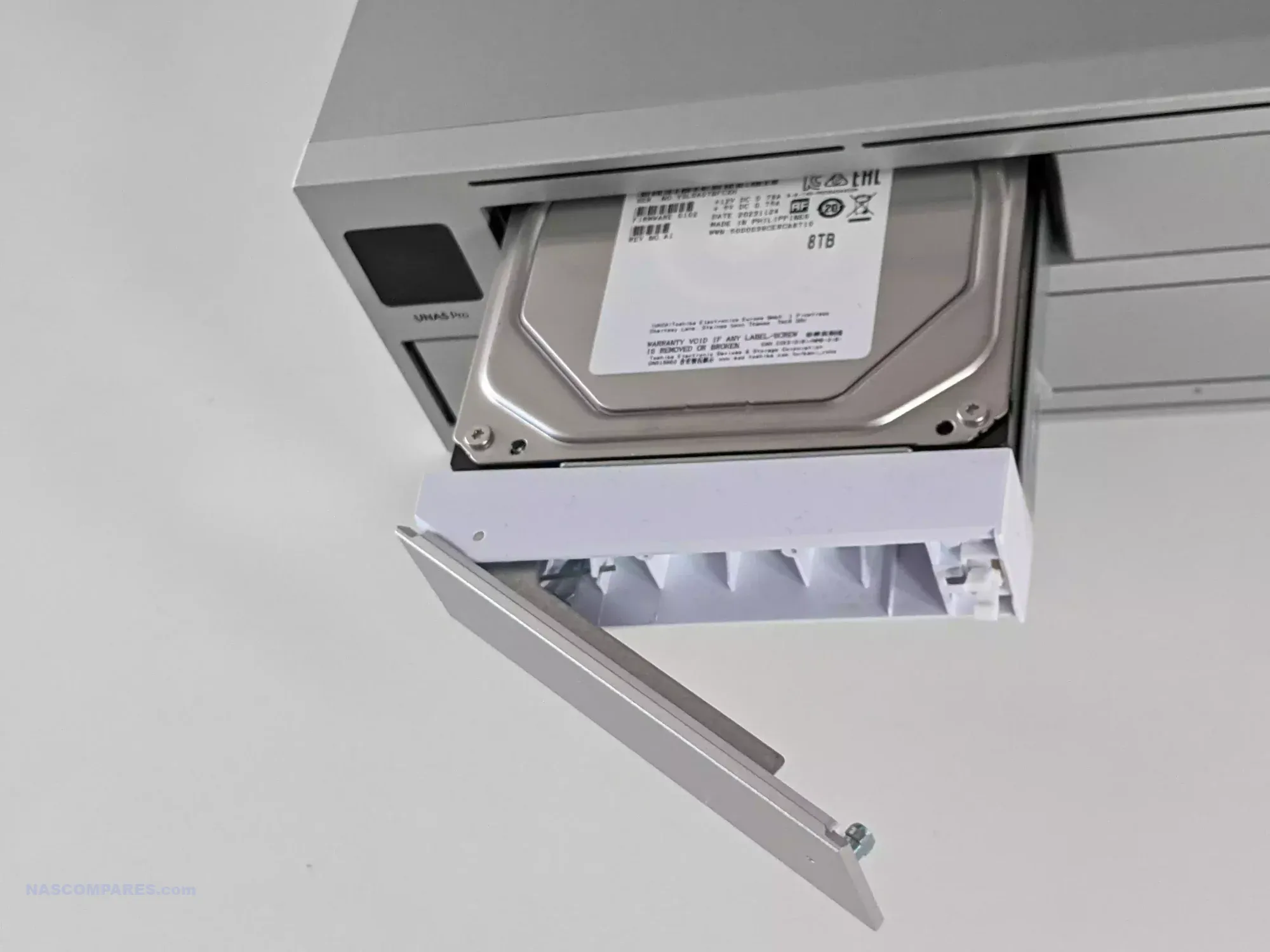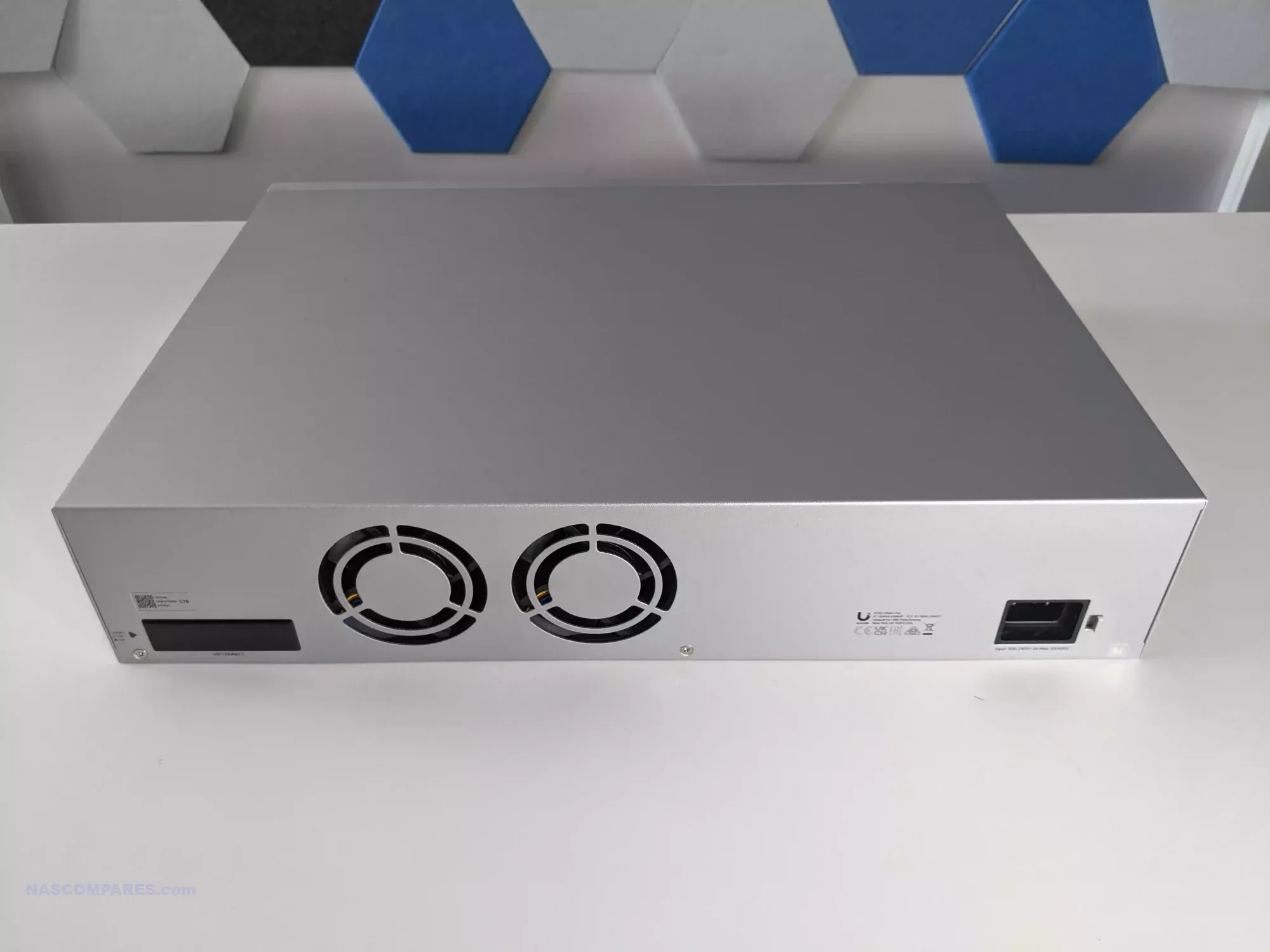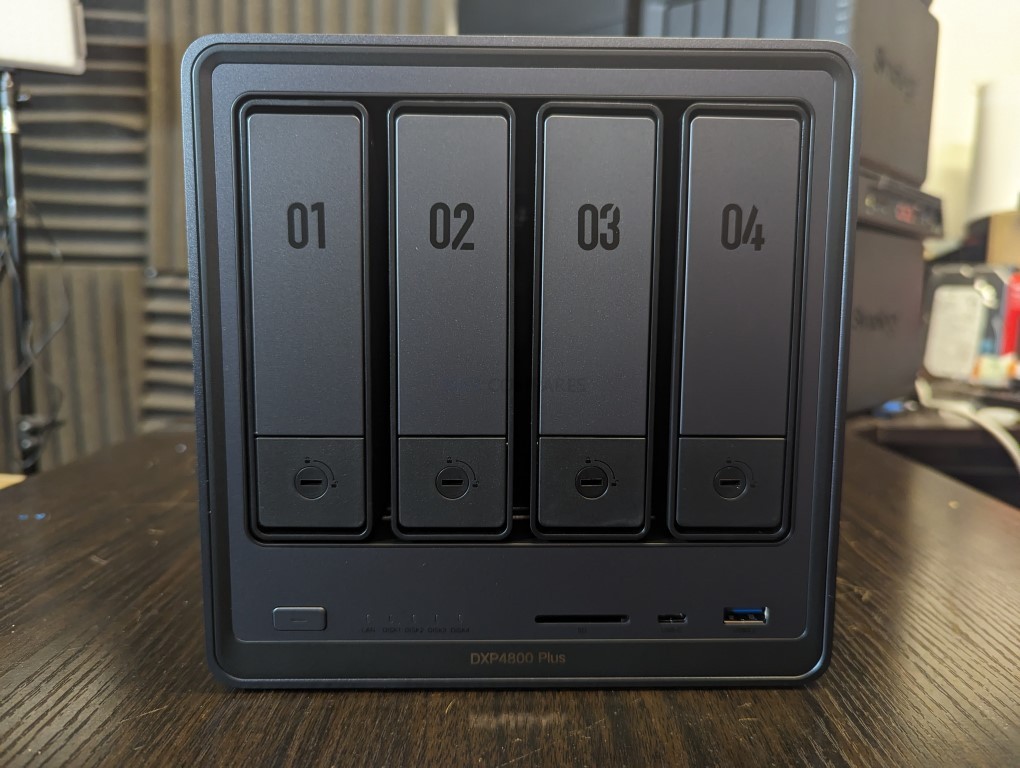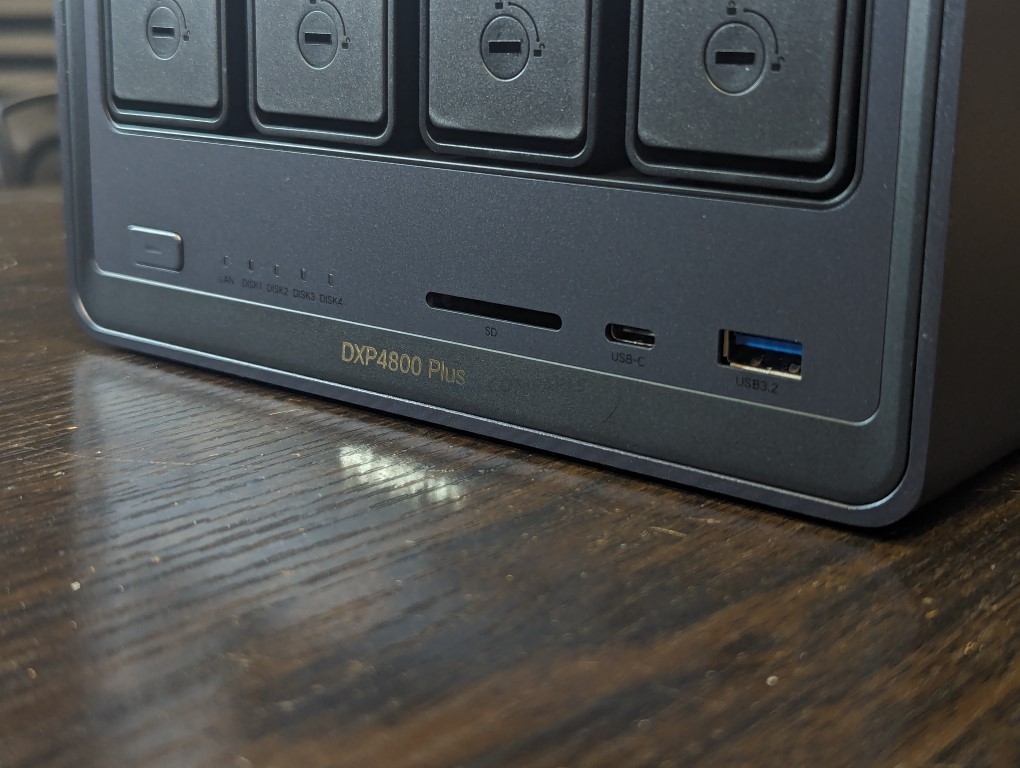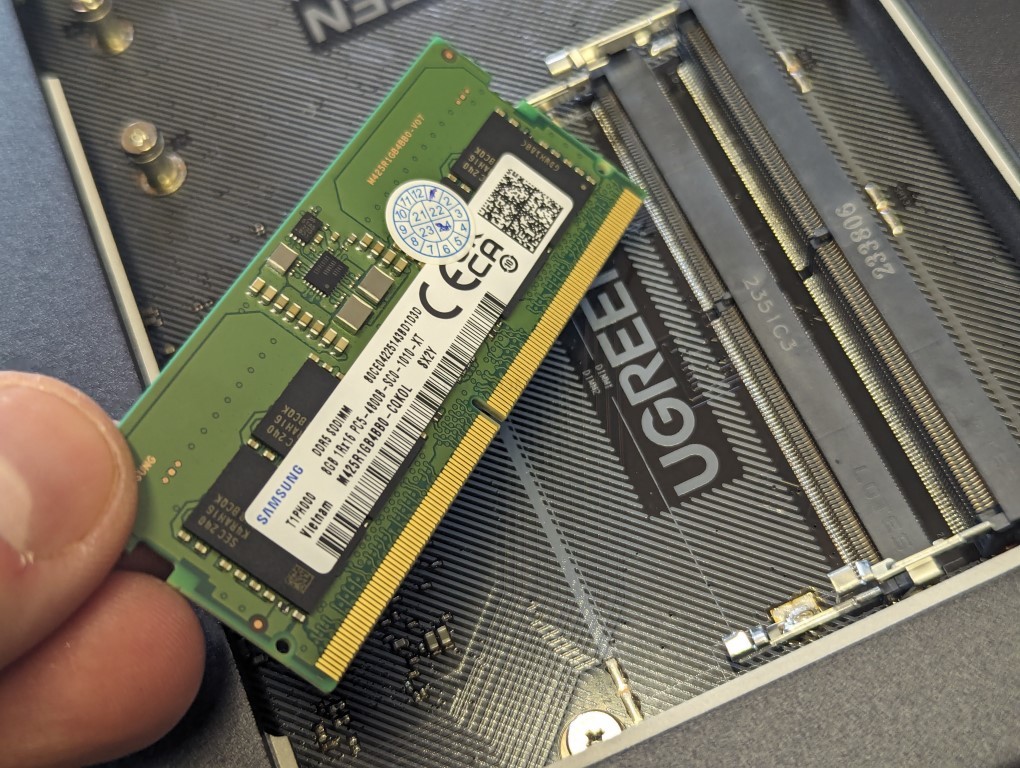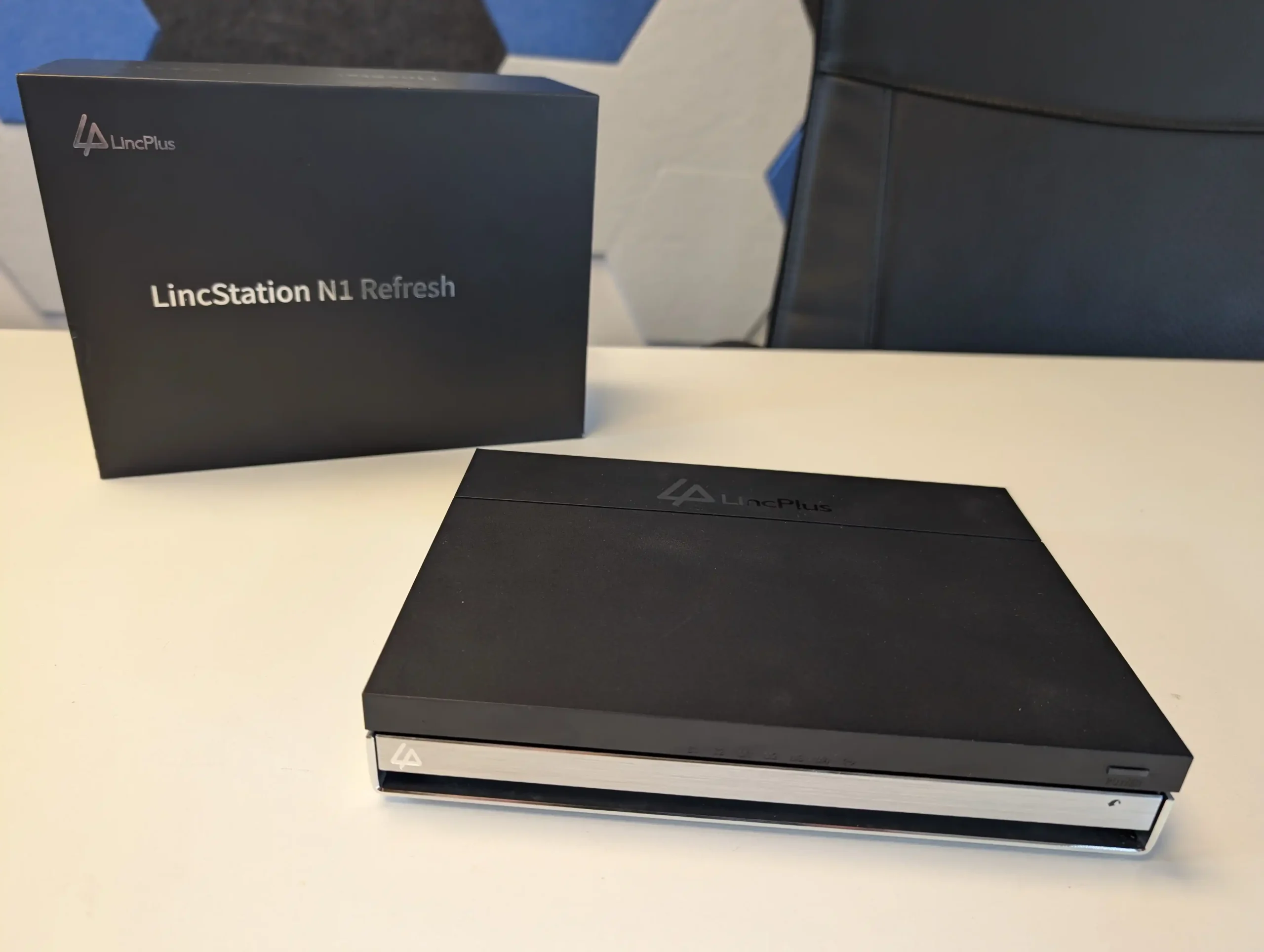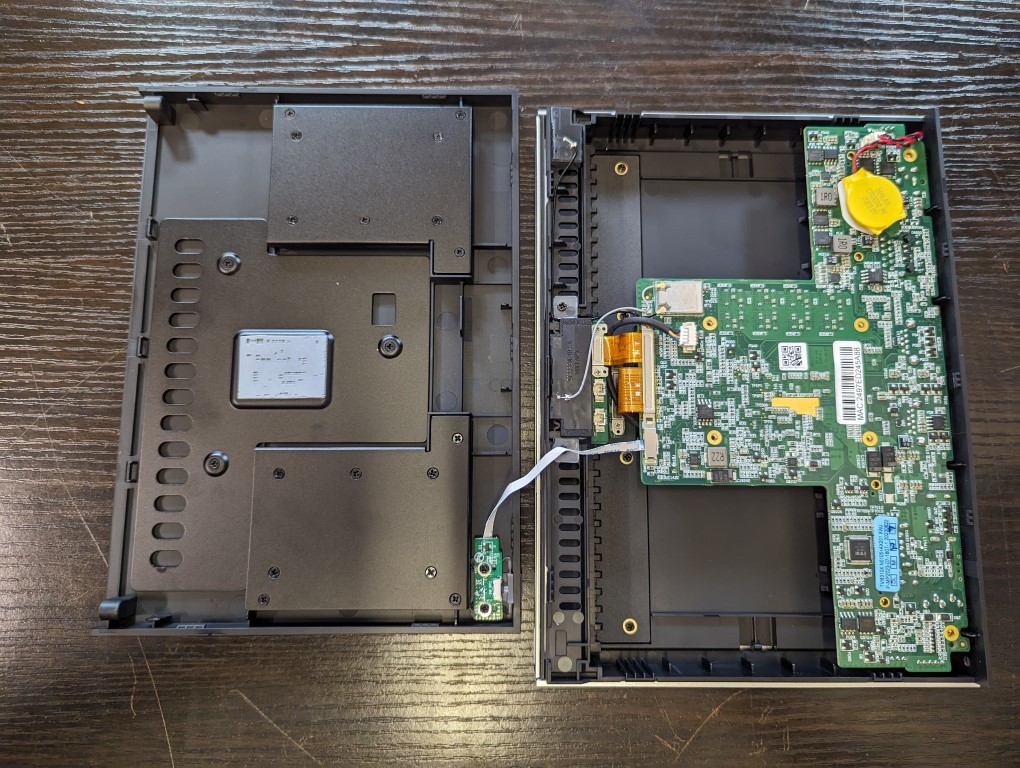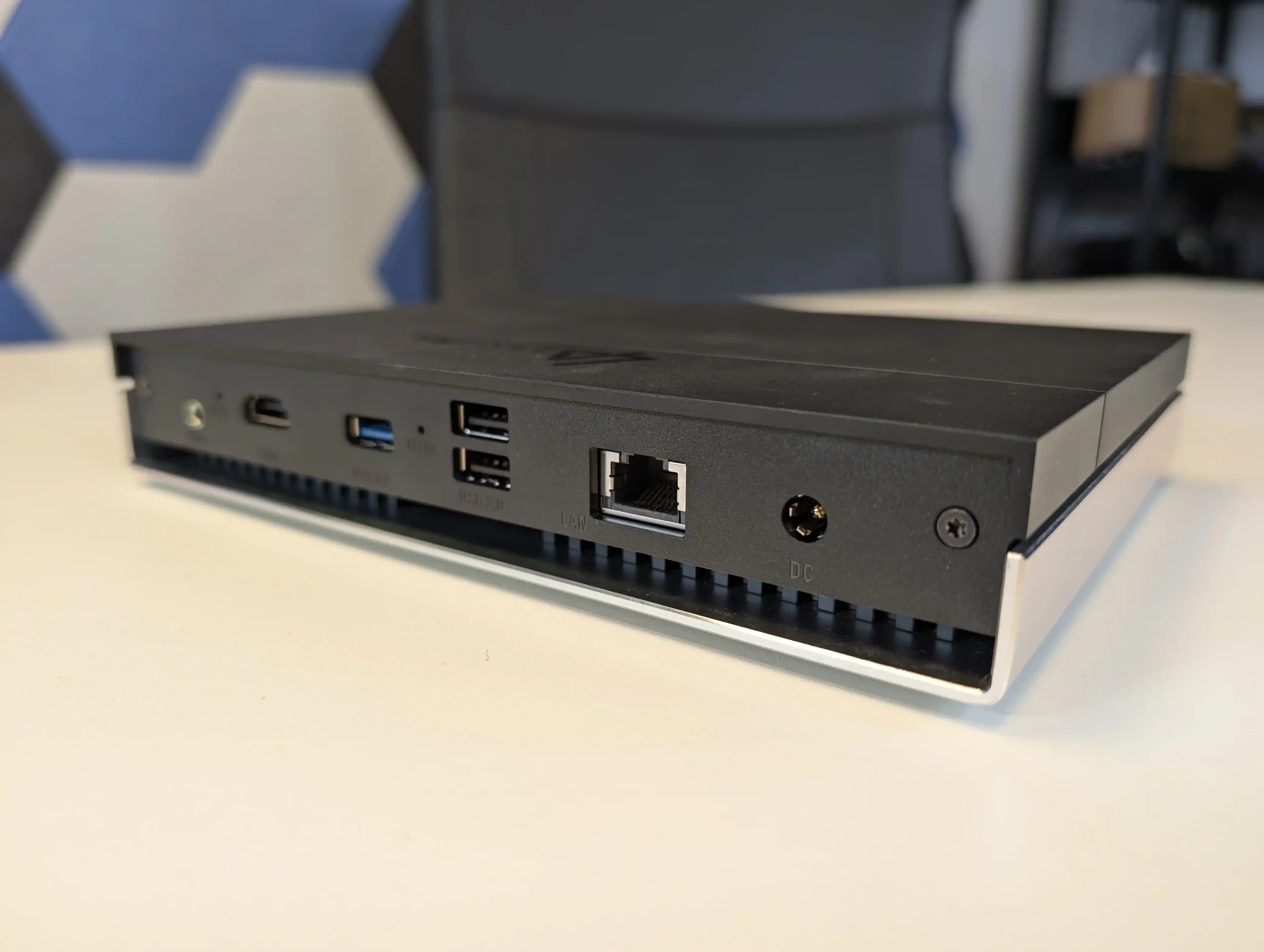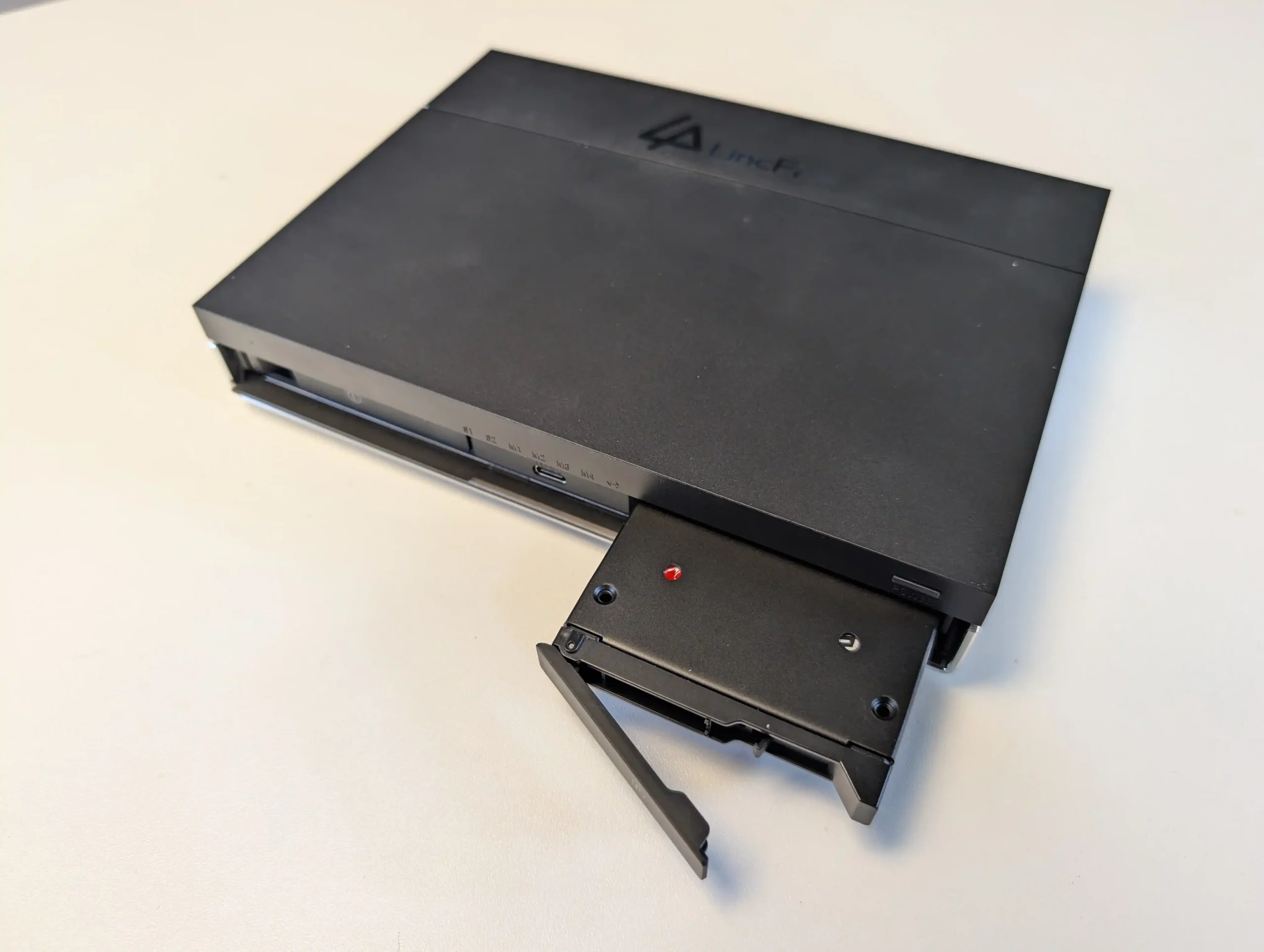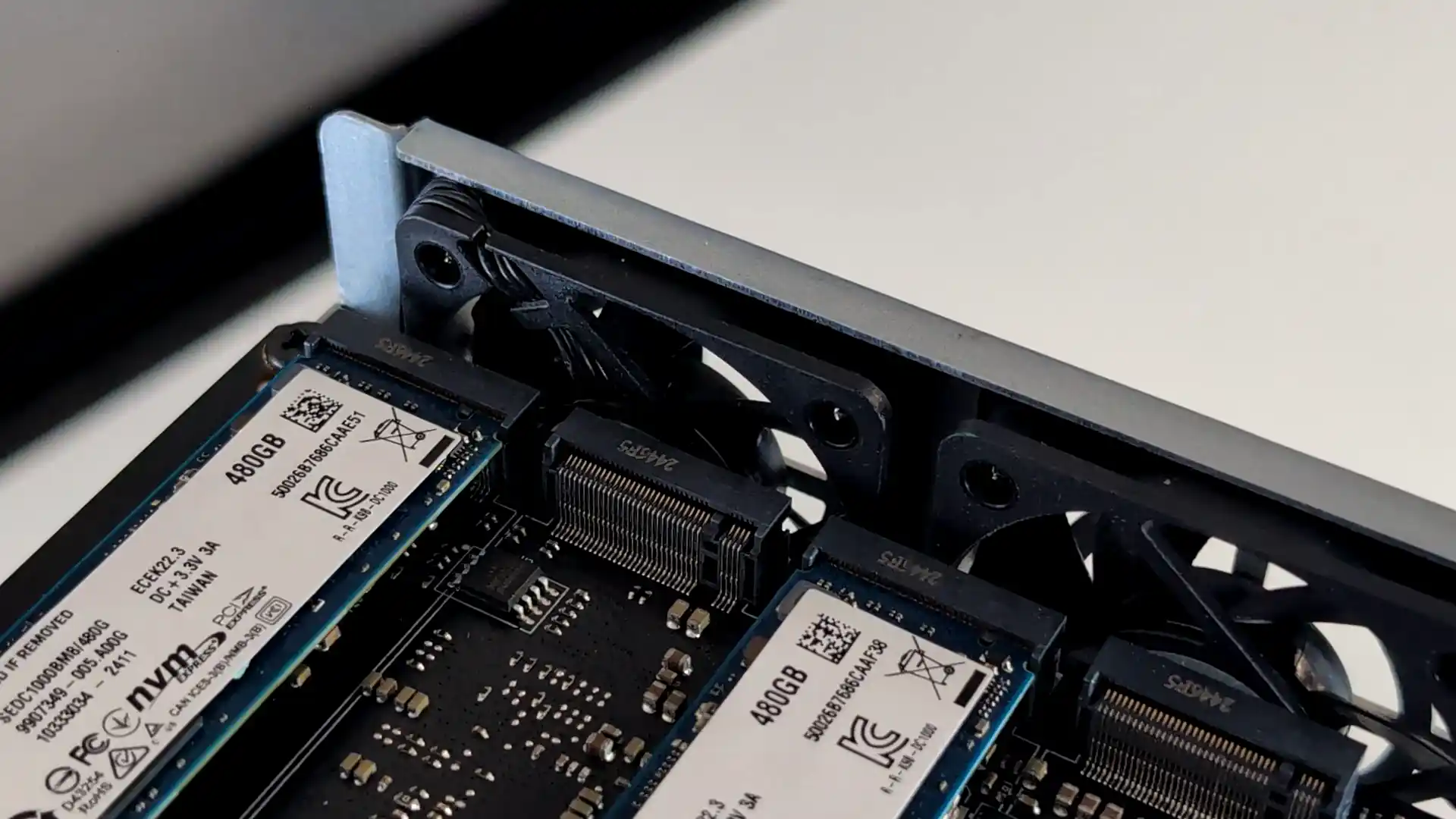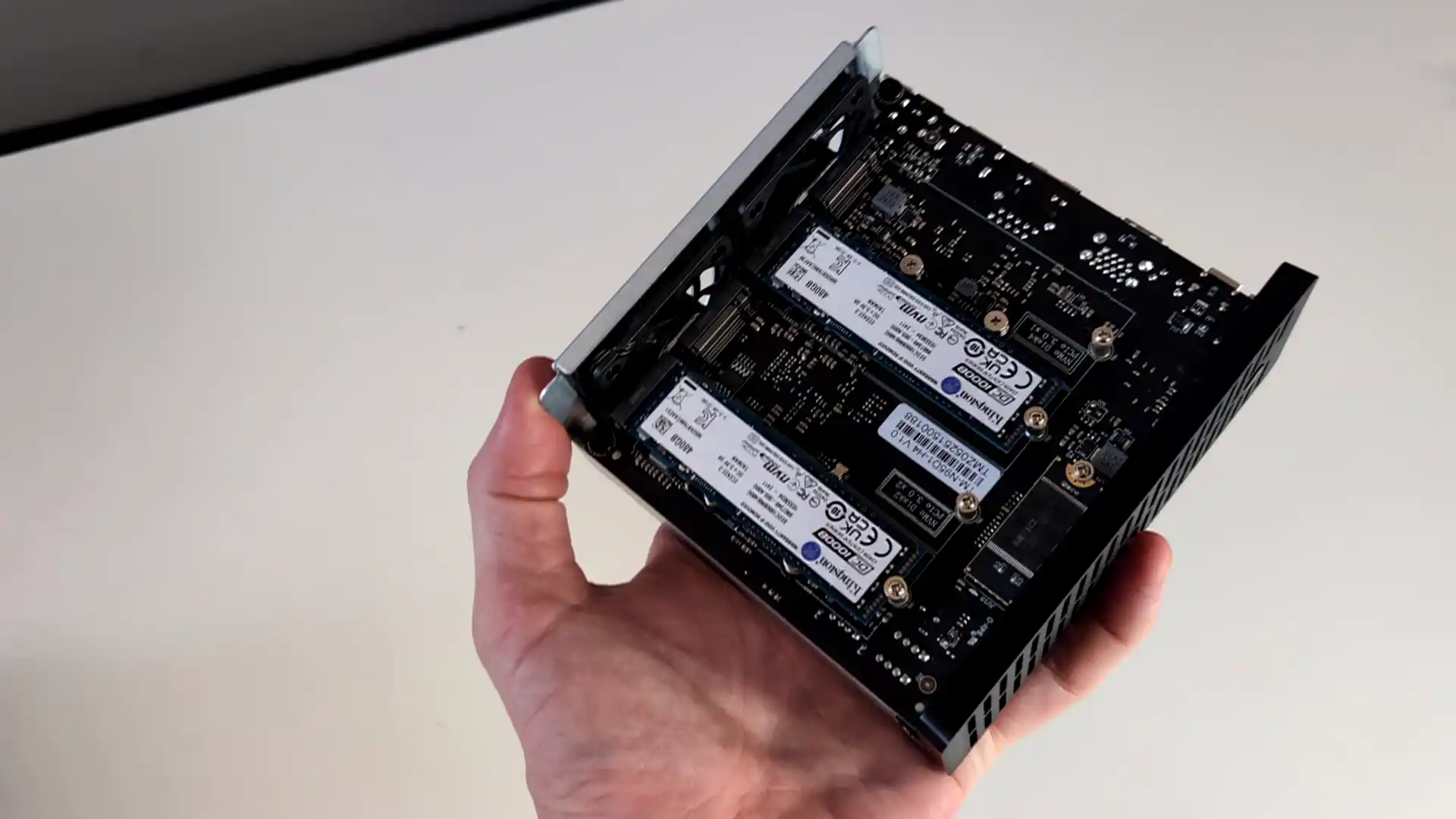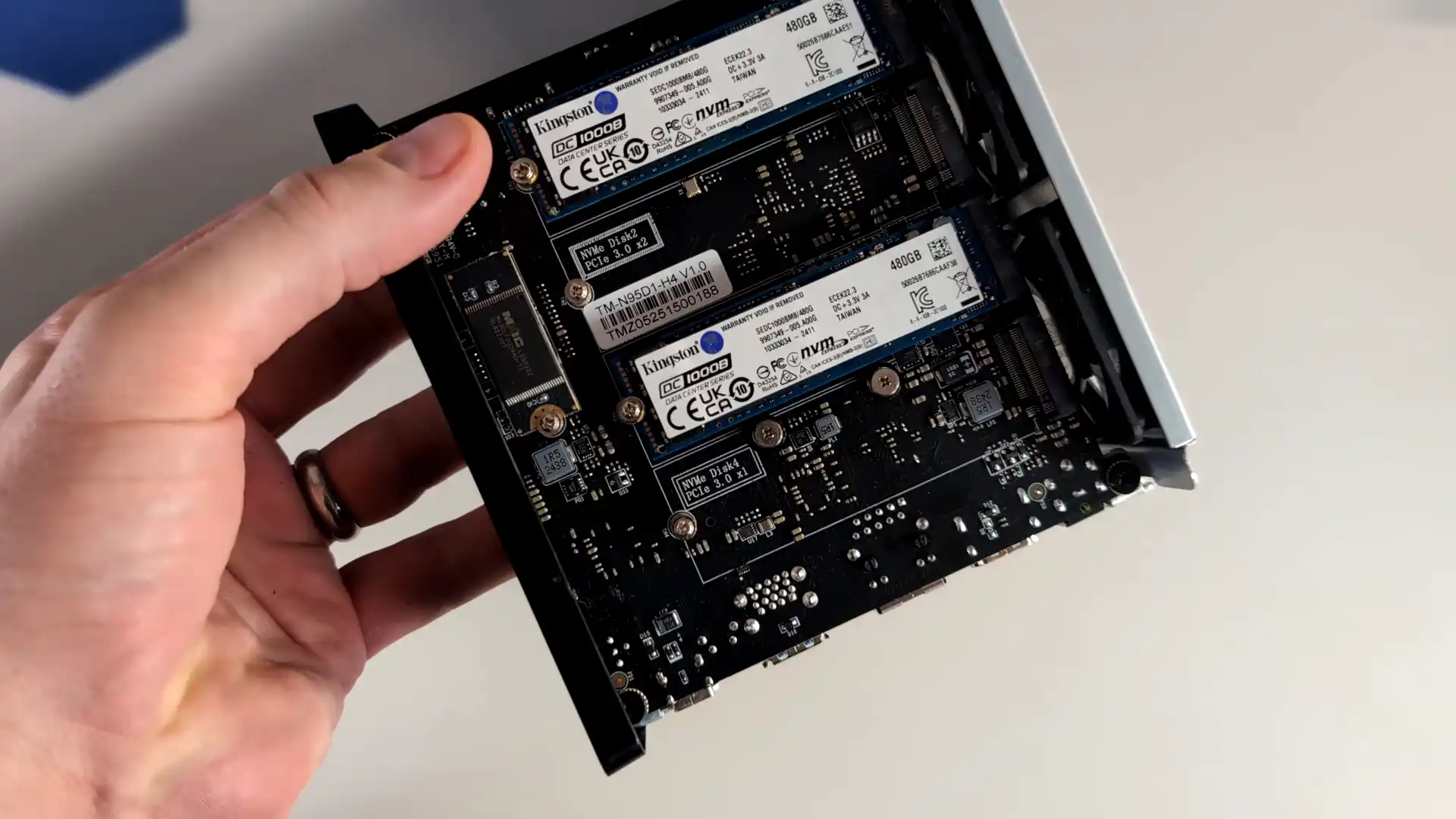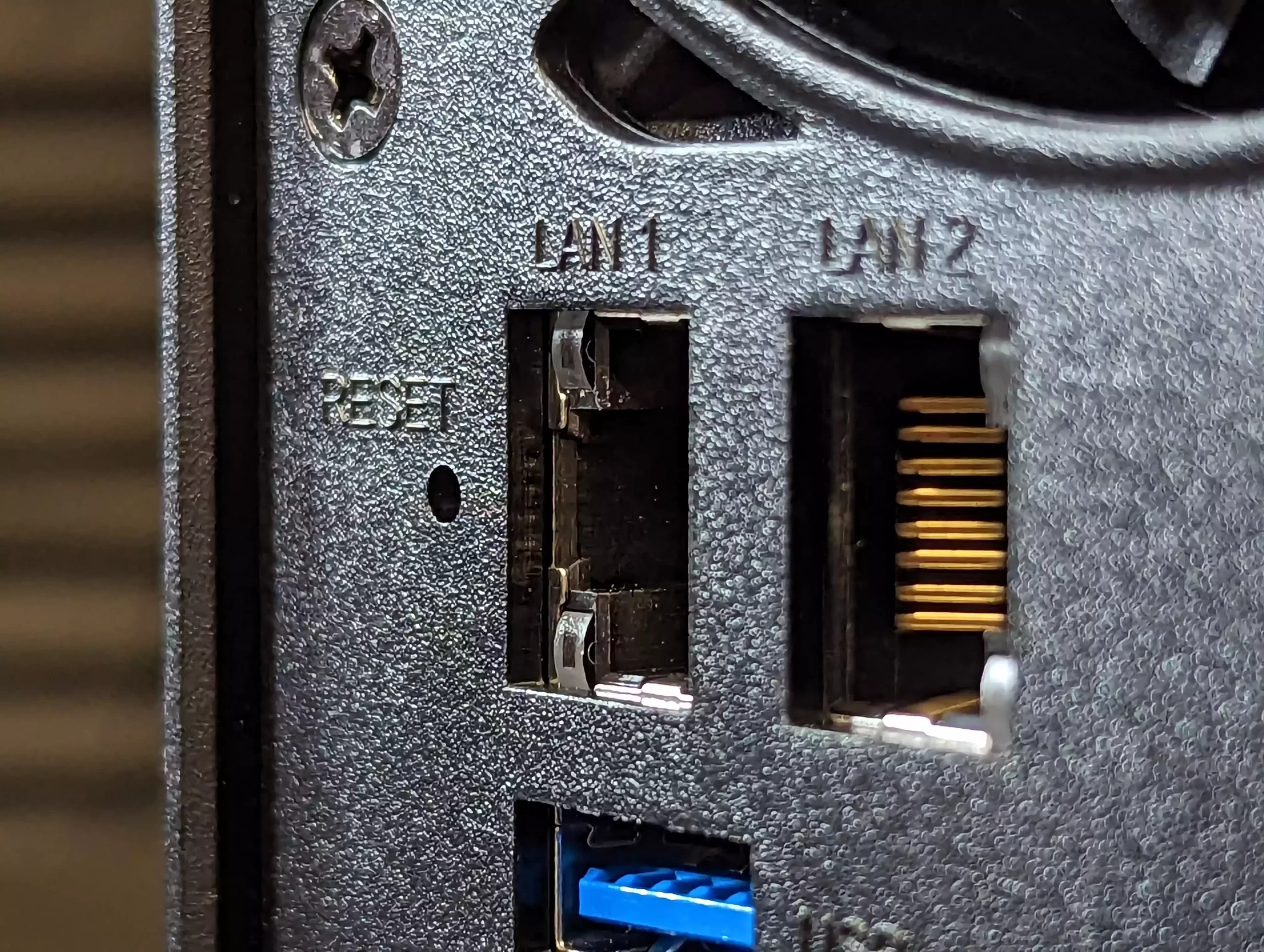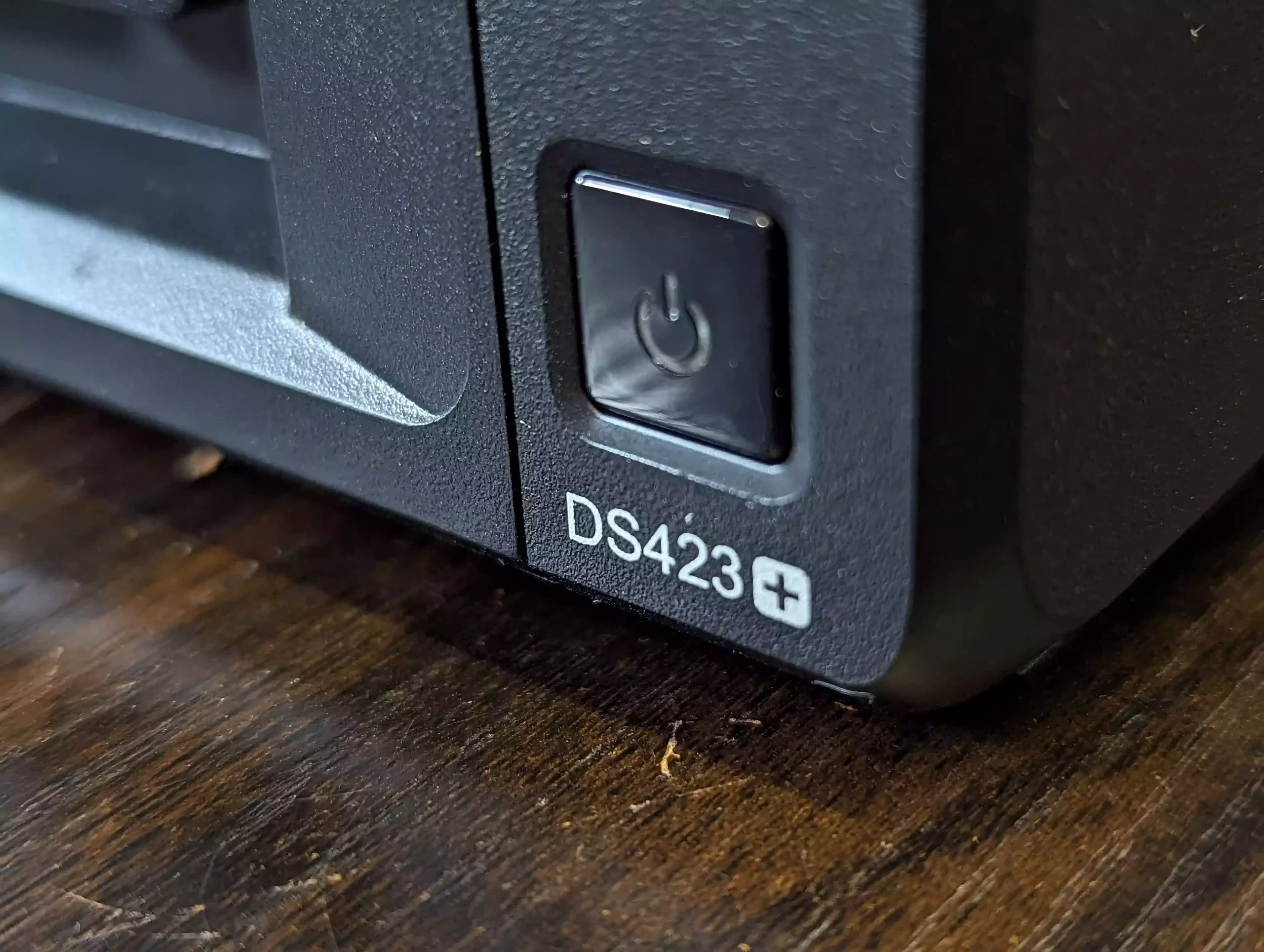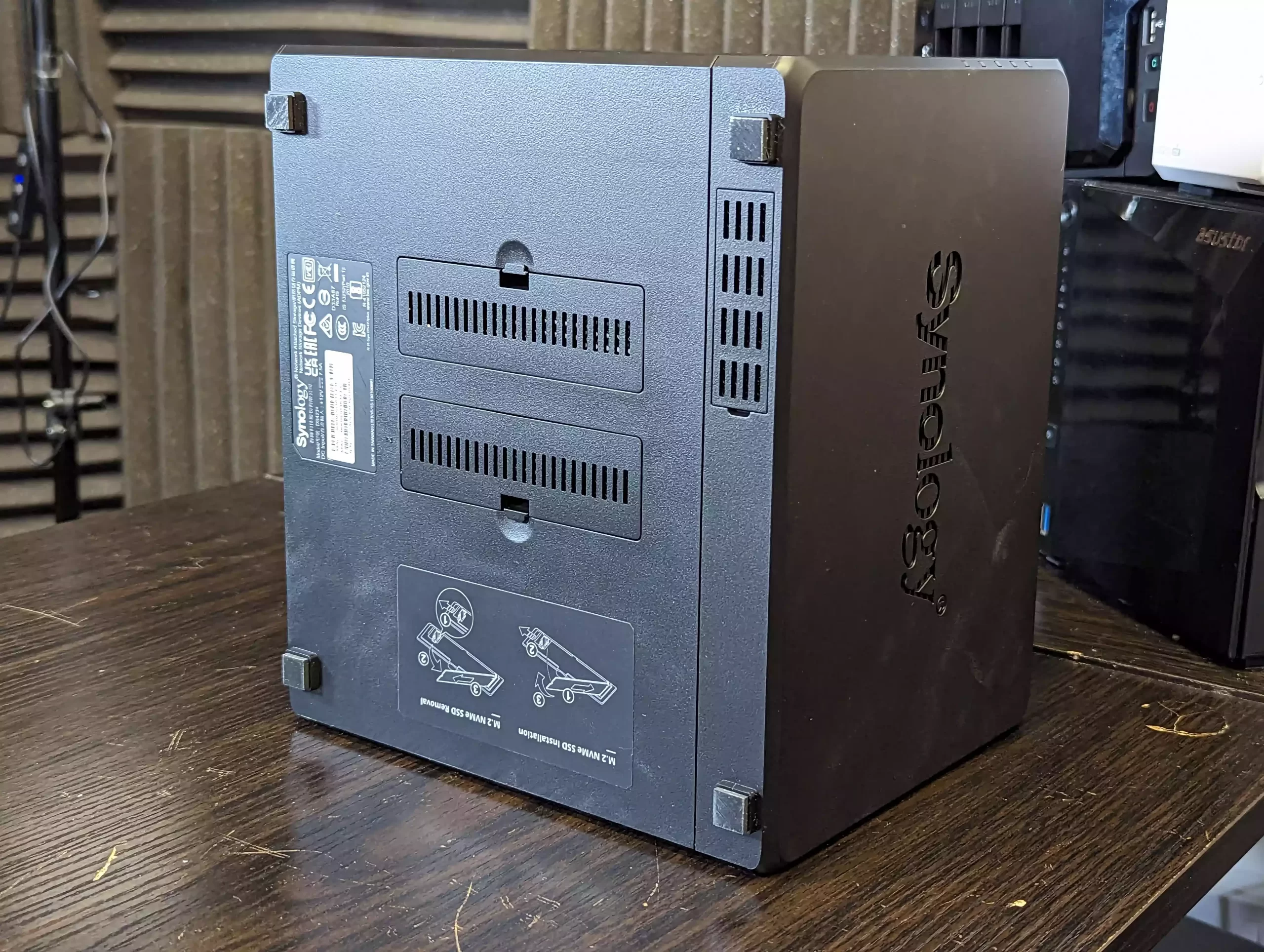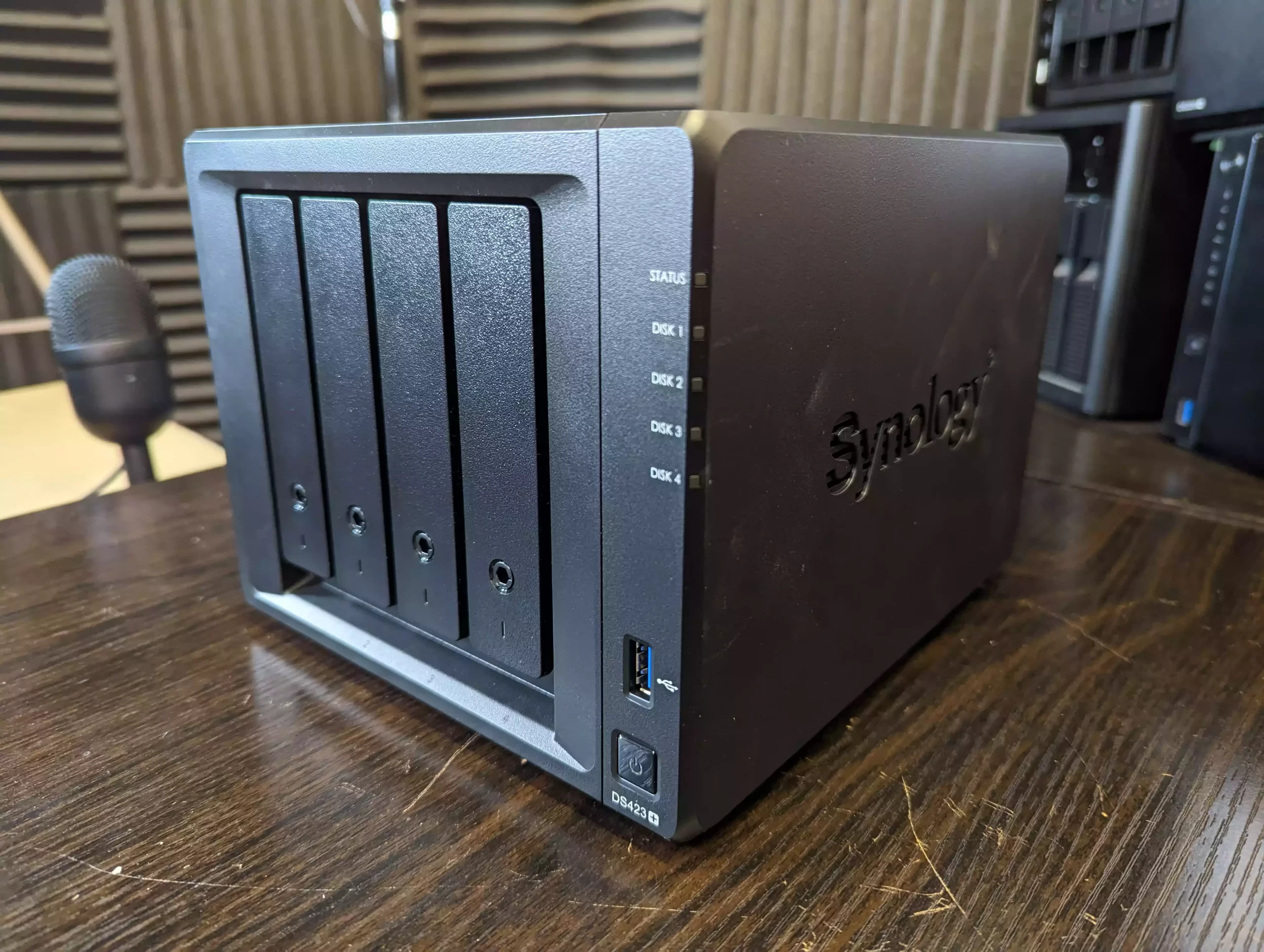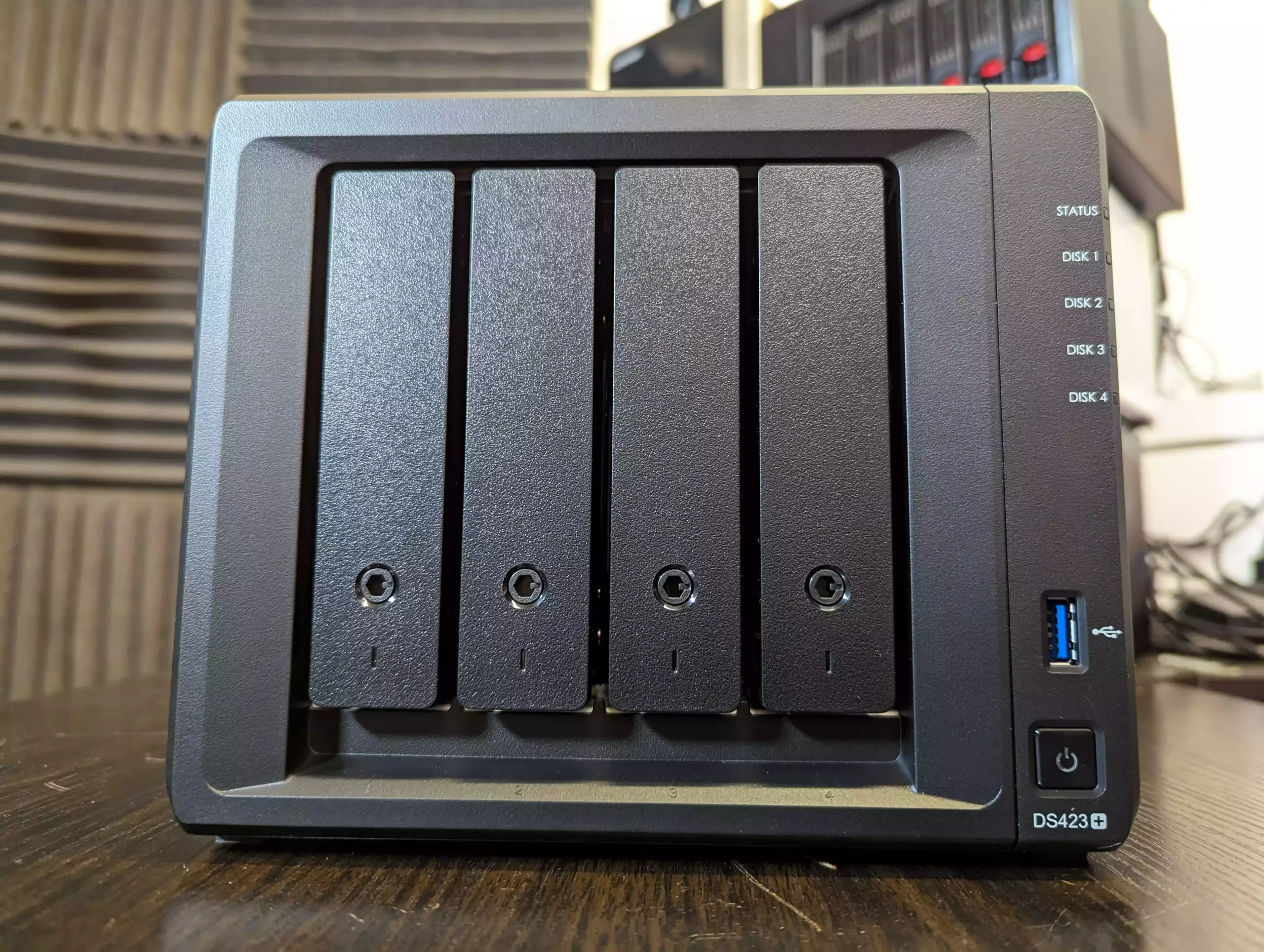Synology AI Console Review
AI Console for Synology Mail Plus and Synology Office – But Should You Use It?
Note -Thanks again to Daniel from Germany for all his support and assistance for this video. Visit his site HERE
Synology has introduced a new software package called AI Console, aimed at integrating third-party AI and large language model (LLM) services directly into select Synology productivity applications. The package is available on devices running DSM 7.2 or later and supports only certain x86-64 NAS models, reflecting the higher processing and memory requirements of AI workloads.

Rather than running its own local AI engine, Synology provides a centralised management tool for connecting to established AI providers, including OpenAI, Azure OpenAI, Google Gemini via AI Studio or Vertex AI, Amazon Bedrock, and Baidu AI Cloud. Once linked using the administrator’s API key, these services can be used within Synology MailPlus and Synology Office to perform tasks such as summarising long emails, generating responses, translating text, adjusting tone, and producing refined document content.
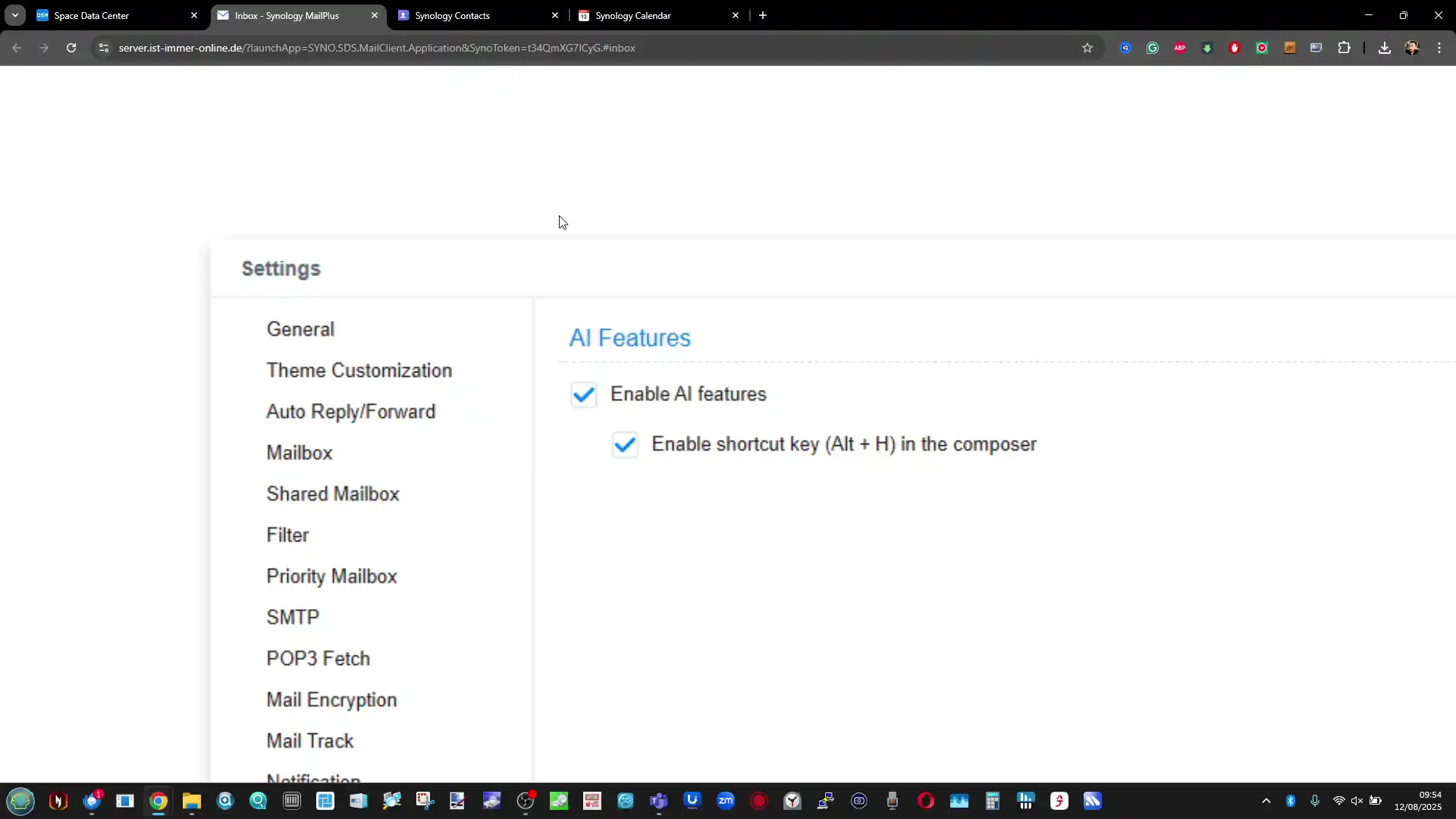
The AI Console is designed with administration and control in mind. It allows system managers to configure access on a per-package basis, selectively enabling or excluding AI features for specific users or groups. Advanced options include setting daily or per-minute token limits for each user to control consumption and manage costs, as usage charges are determined by the chosen AI provider rather than Synology itself. For privacy protection, the Console supports a de-identification process that can mask predefined categories of sensitive data before prompts are sent to an AI provider, with the original data restored after the response is received.
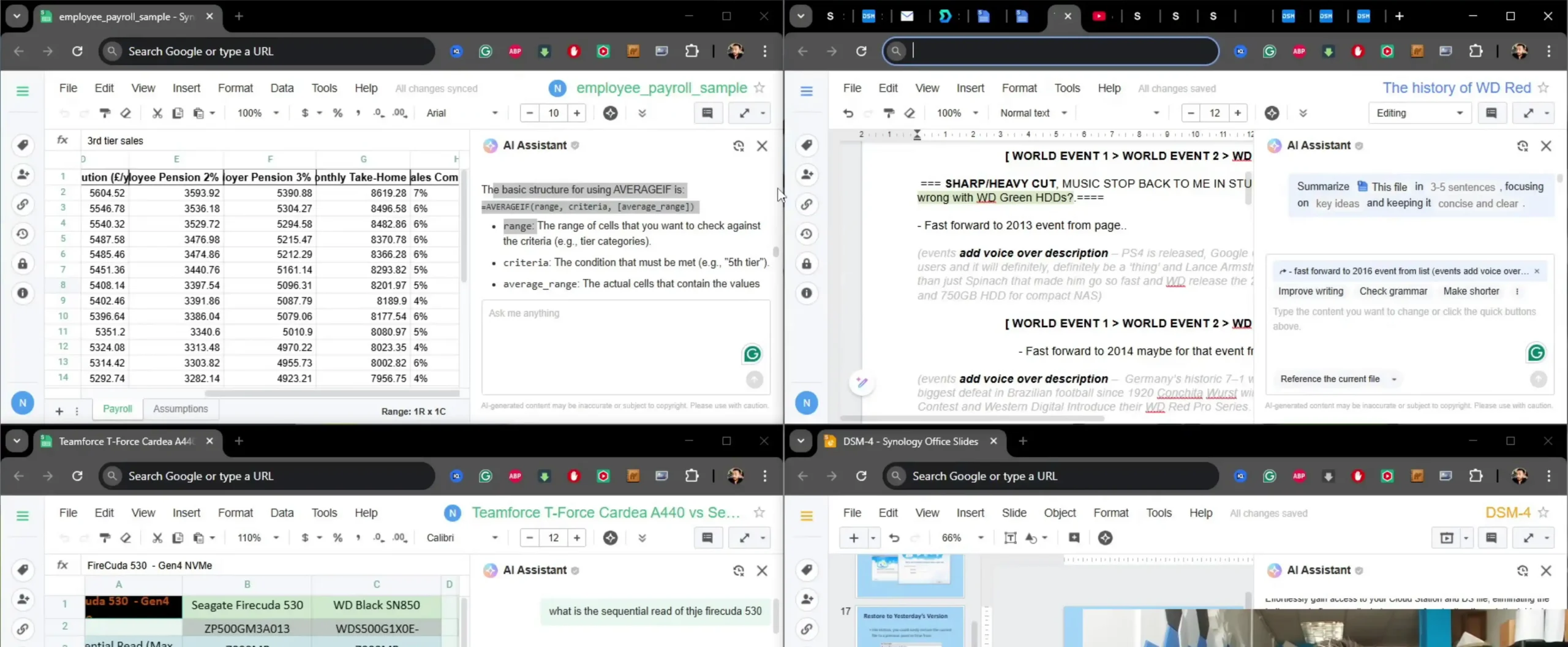
Administrators can monitor adoption and usage trends through transaction logs, which capture request details such as timestamps, IP addresses, API models used, and token counts, alongside admin logs that record configuration changes. While the AI Console does not add AI functionality to all DSM applications, it focuses on extending the business-oriented MailPlus and Office suite. However, this is not a move that will please all Synology owners or buyers, as some value their NAS primarily for complete local data control and may view any cloud-connected AI integration as an unnecessary or risky addition.
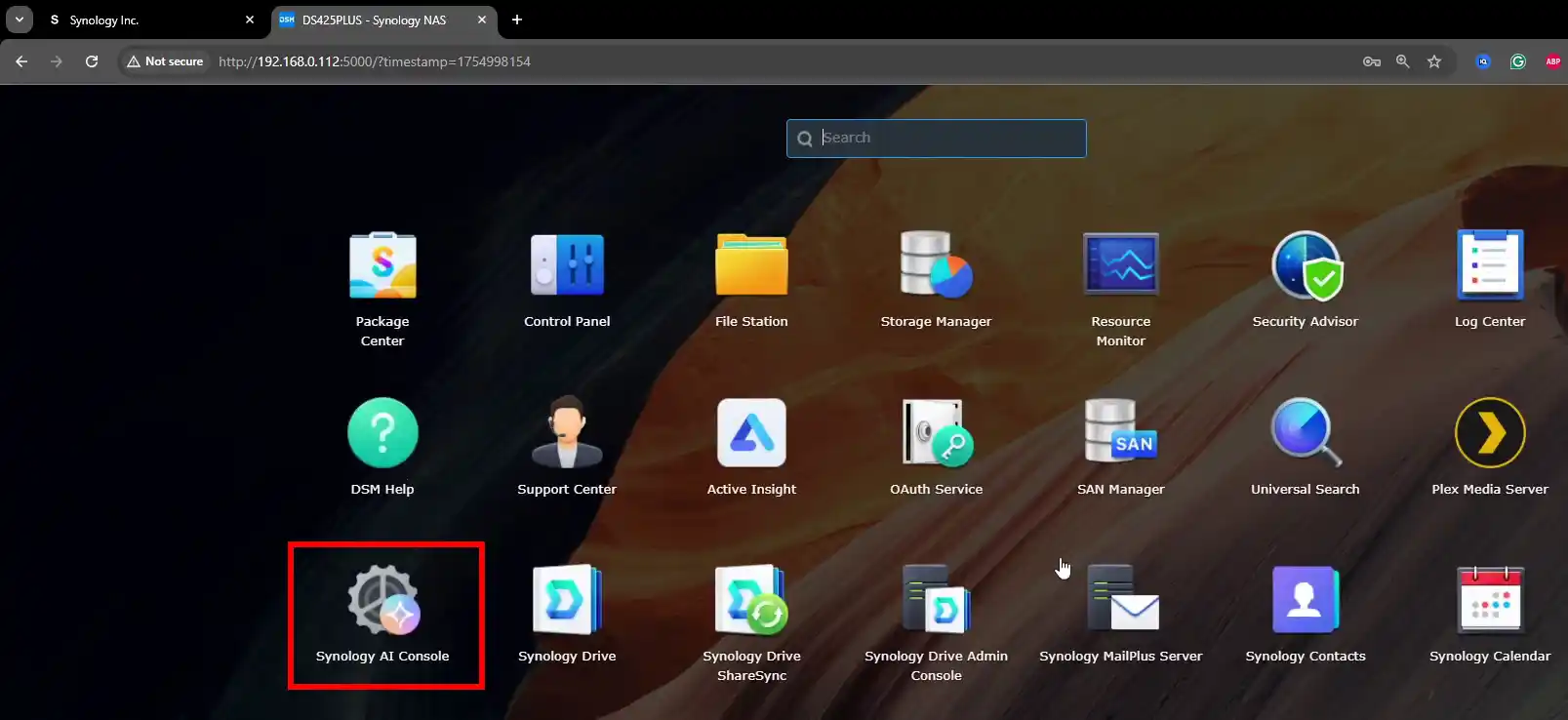
Why is Synology AI Console So Contentious?
The idea of adding AI functionality to a NAS is divisive because many users adopt these systems specifically to avoid reliance on cloud-based services. A key selling point of a Synology NAS has long been the ability to store, process, and back up data entirely within the user’s own premises, retaining full control over where that data resides and who can access it.
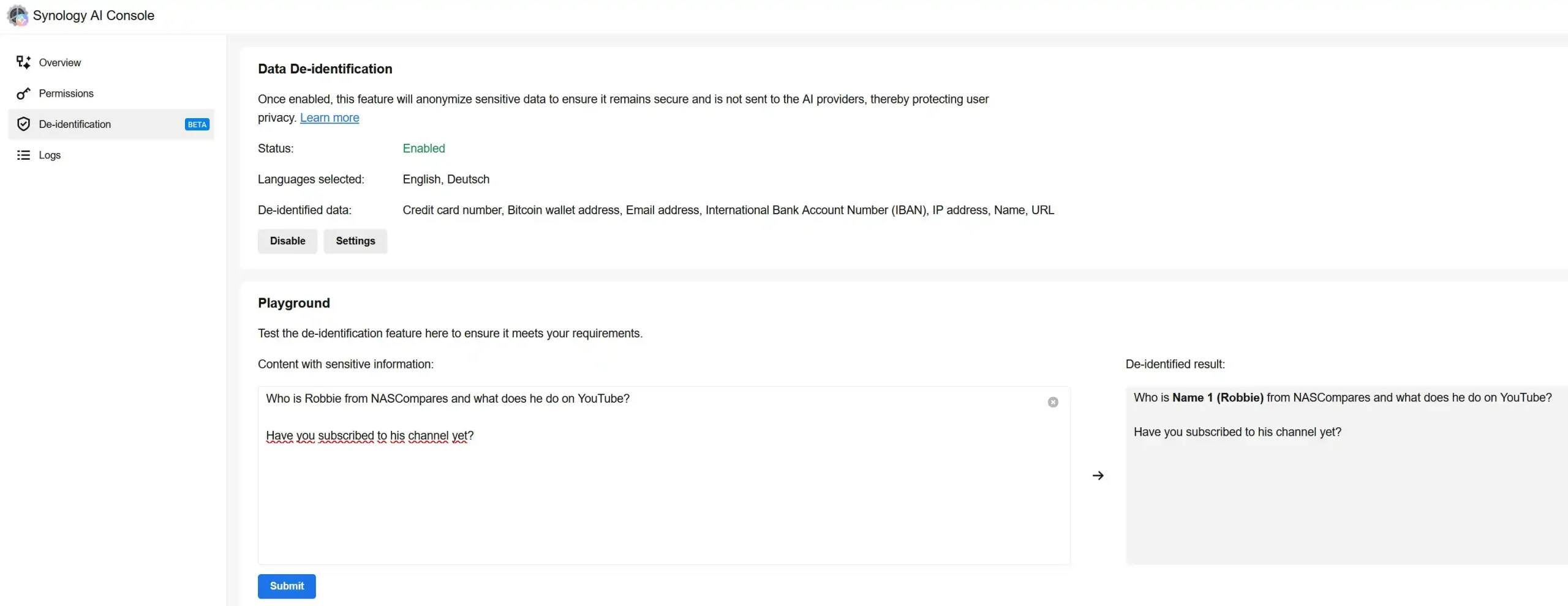
By design, the Synology AI Console connects to external AI providers through API calls, meaning that text-based content from MailPlus or Office documents is transmitted to third-party servers for processing. Even with encryption in transit and privacy safeguards such as de-identification, this external dependency conflicts with the expectations of users who purchased a NAS to minimise exposure to external networks. This tension is heightened by the fact that the AI operations do not run locally on the NAS hardware, which for some buyers undermines the appeal of integrating AI into a device marketed for self-contained operation.
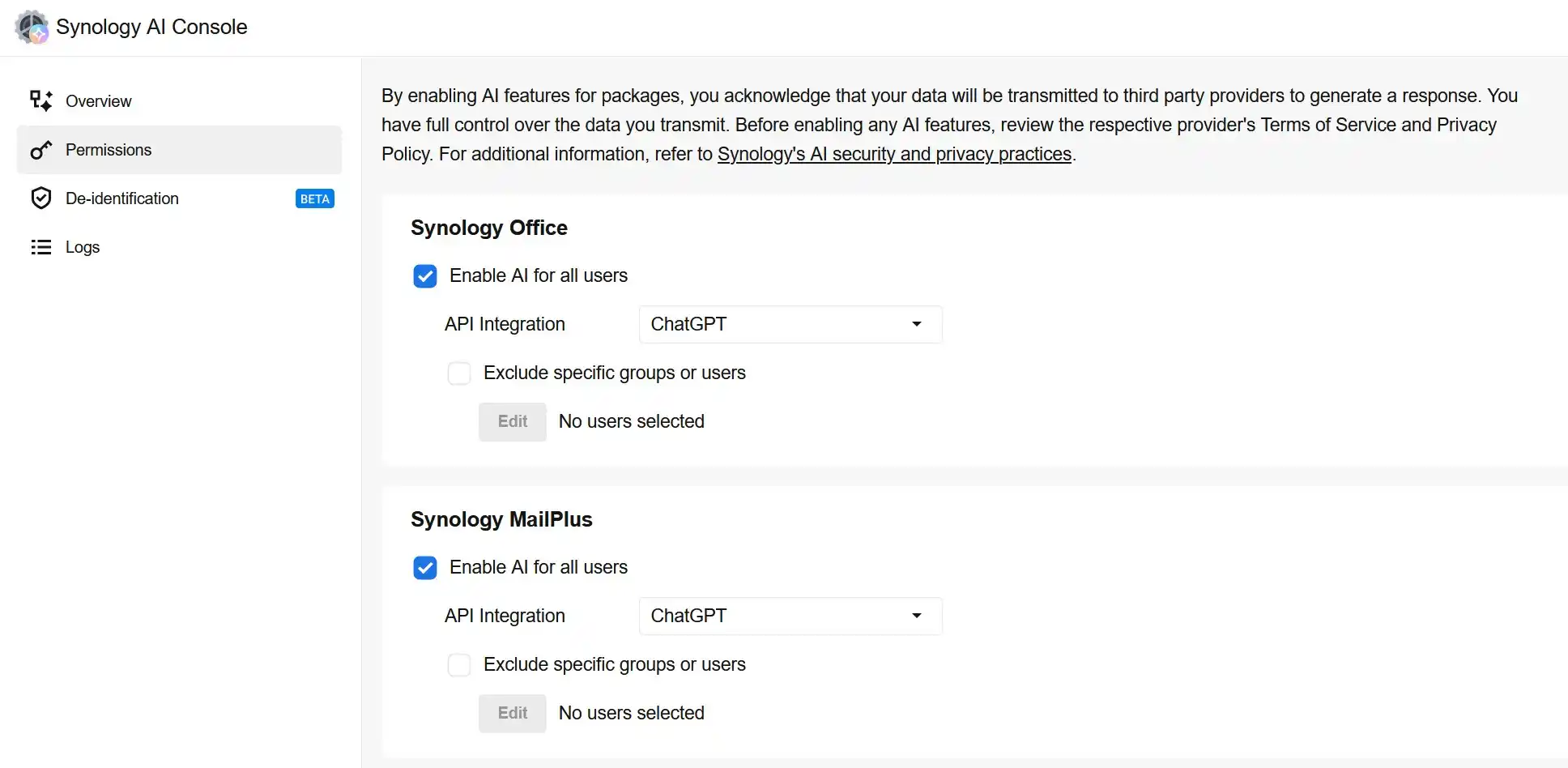
Another factor making AI use contentious is the trust and compliance aspect. Many NAS deployments are in small businesses, professional environments, or home offices handling sensitive material. Sending even anonymised extracts of communications or documents to an external service raises compliance questions for organisations bound by strict data protection rules, especially in regulated industries such as healthcare, finance, or legal services.

While the AI Console provides administrative controls, auditing tools, and the option to disable AI entirely for certain users or packages, the underlying reality remains that data is leaving the local network for processing. This creates a fundamental divide between those who welcome AI for its productivity benefits and those who see any form of off-device data processing as incompatible with the core value proposition of a private NAS.

What Security Provisions Have Synology Put in Place?
Synology’s AI Console incorporates multiple layers of control to reduce the risks associated with transmitting data to third-party AI providers. API keys for connected AI services are stored locally on the NAS rather than in the cloud, and all requests are sent directly from the device to the selected AI provider. Administrators can remove these keys at any time, immediately severing the connection. The system allows AI access to be enabled or disabled at the package level, with the option to exclude specific users or groups entirely. To prevent uncontrolled consumption, administrators can set token rate limits per user, measured either per minute or per day. Transaction logs record each AI request with details such as timestamp, source IP address, user account, API model used, and token usage, while admin logs document any configuration changes. This creates a verifiable audit trail for compliance and internal review.
Key security provisions include:
-
Local storage of API keys, with no cloud-based key management.
-
Direct communication between the NAS and the AI provider, bypassing Synology’s own servers.
-
Ability to revoke API access instantly by deleting stored keys.
-
Per-package AI enable/disable controls, with user and group-level exclusions.
-
Token rate limiting to control per-user API usage.
-
Detailed transaction logs for all AI requests.
-
Administrative logs for configuration changes.
-
Optional logging of request inputs and outputs for auditing.
For added privacy, Synology offers a de-identification feature that can mask selected categories of sensitive data before they are transmitted to the AI provider, restoring the original information once the processed output is returned. This feature can identify and anonymise common identifiers such as names, email addresses, IP addresses, banking details, and various country-specific personal or business numbers. De-identification relies on a combination of AI-driven semantic analysis and predefined regular expression rules, giving administrators control over which data types are masked. It requires the installation of the Container Manager package and a minimum of 8 GB of RAM, with each enabled language model consuming roughly 1 GB of memory. Although Synology notes that de-identification cannot guarantee 100% masking, the mechanism is intended to significantly reduce the chance of exposing sensitive details during AI processing.
 |
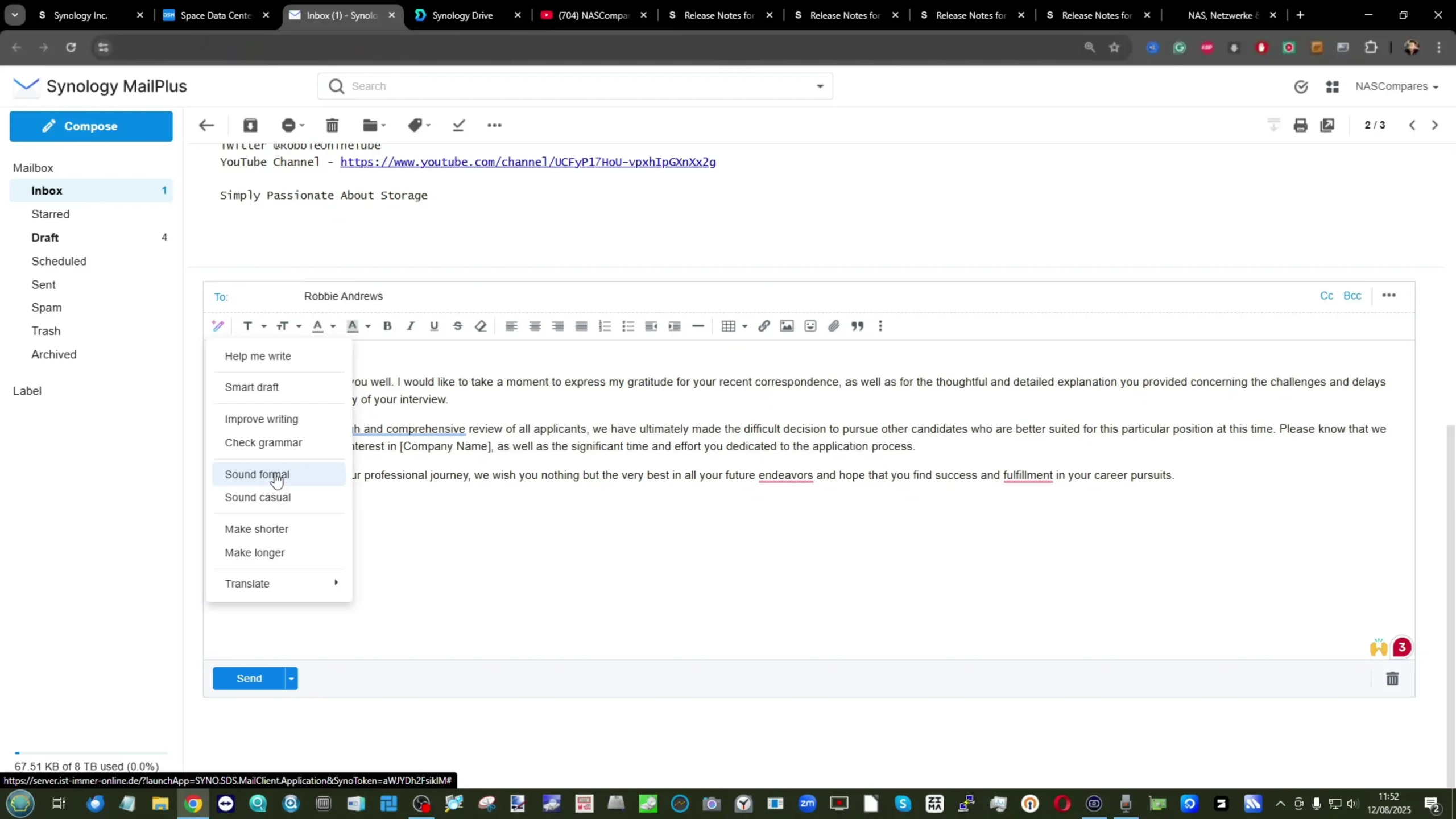 |
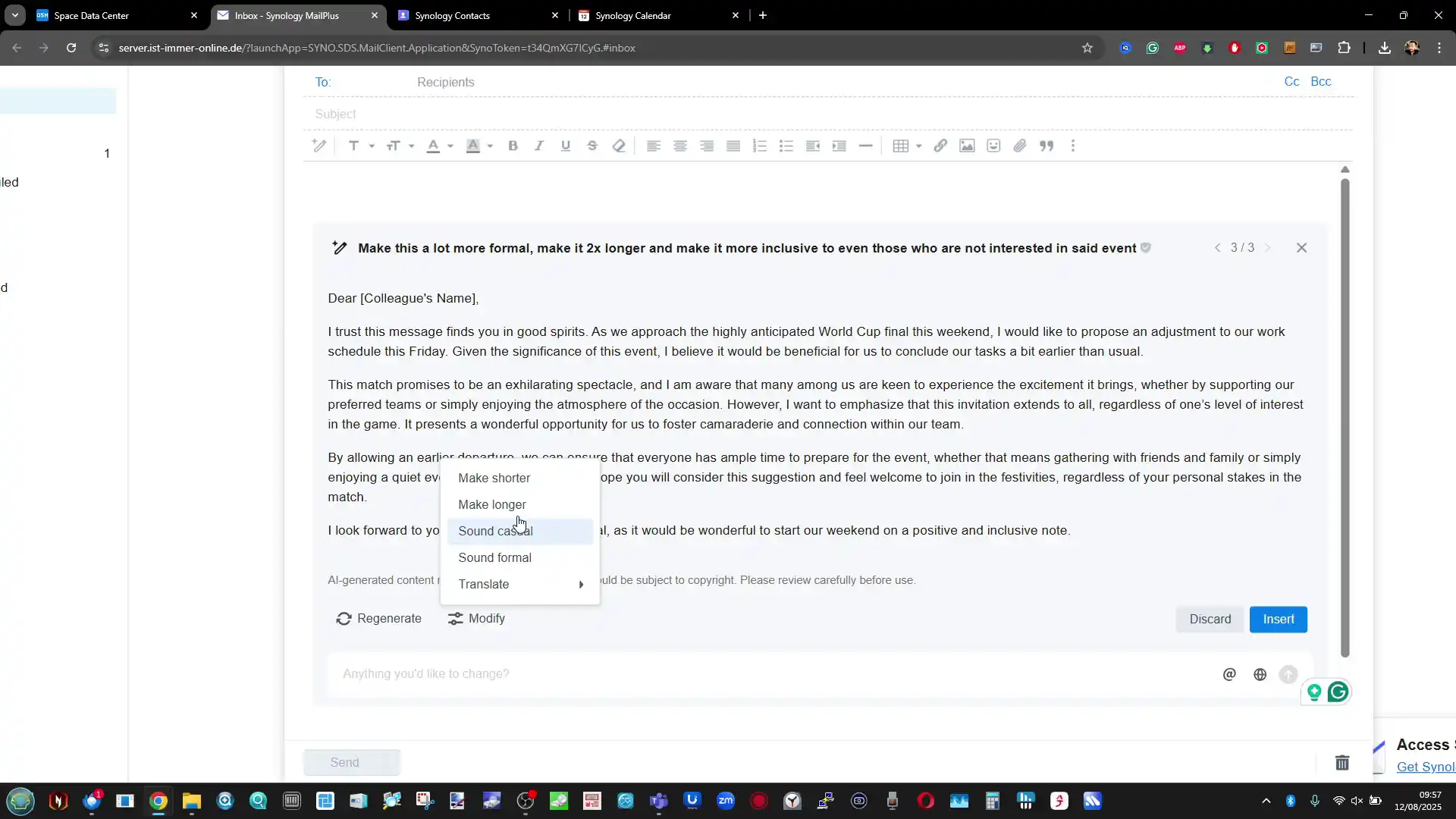 |
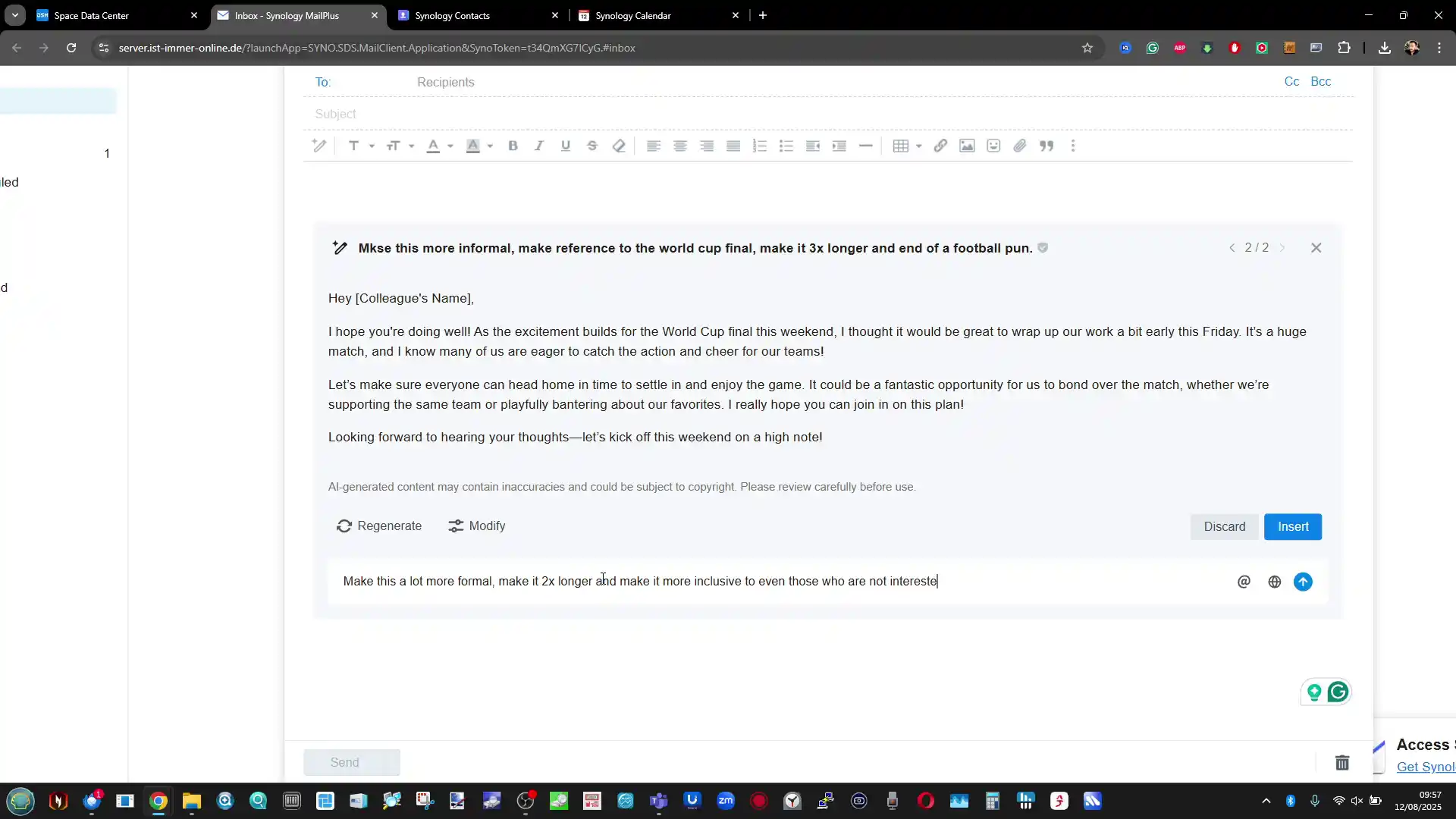 |
Synology Mail Plus and AI Console Integration
When enabled for Synology MailPlus, the AI Console provides a set of functions aimed at improving email efficiency through automated text processing. Within the MailPlus interface, users can generate short or detailed summaries of incoming emails, which can help quickly assess lengthy messages without reading them in full. The AI assistant can also draft replies based on user instructions, with options to adjust tone, length, and formality, or translate the response into a supported language. All AI processing is text-based, with attachments excluded from transmission to the AI provider. The system also supports “Help me write” prompts directly within the reply editor, allowing for quick generation of tailored responses that can be inserted and then edited before sending. Importantly, these capabilities are only available to users granted AI permissions by the administrator, and all actions are recorded in transaction logs for review.
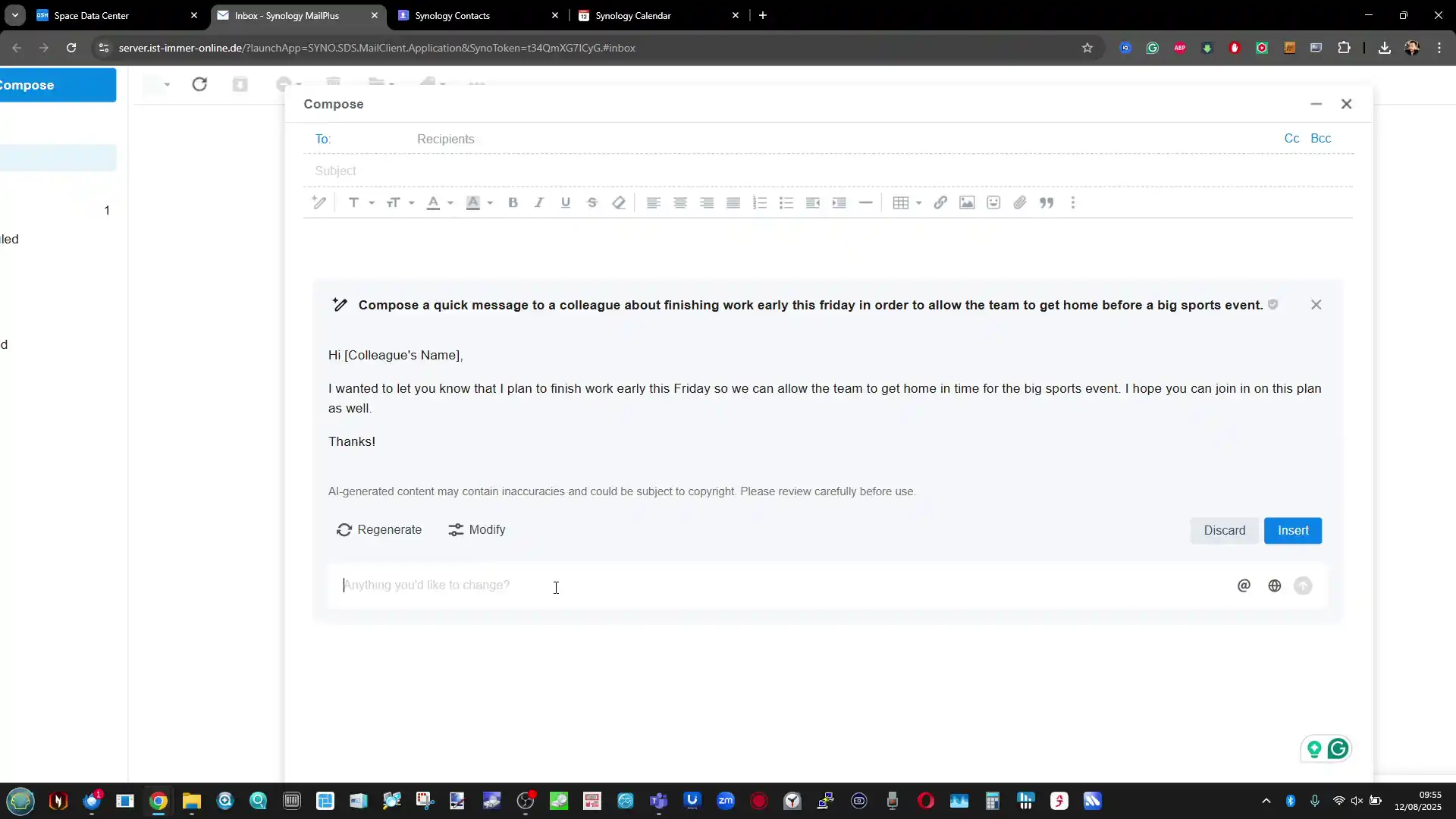 |
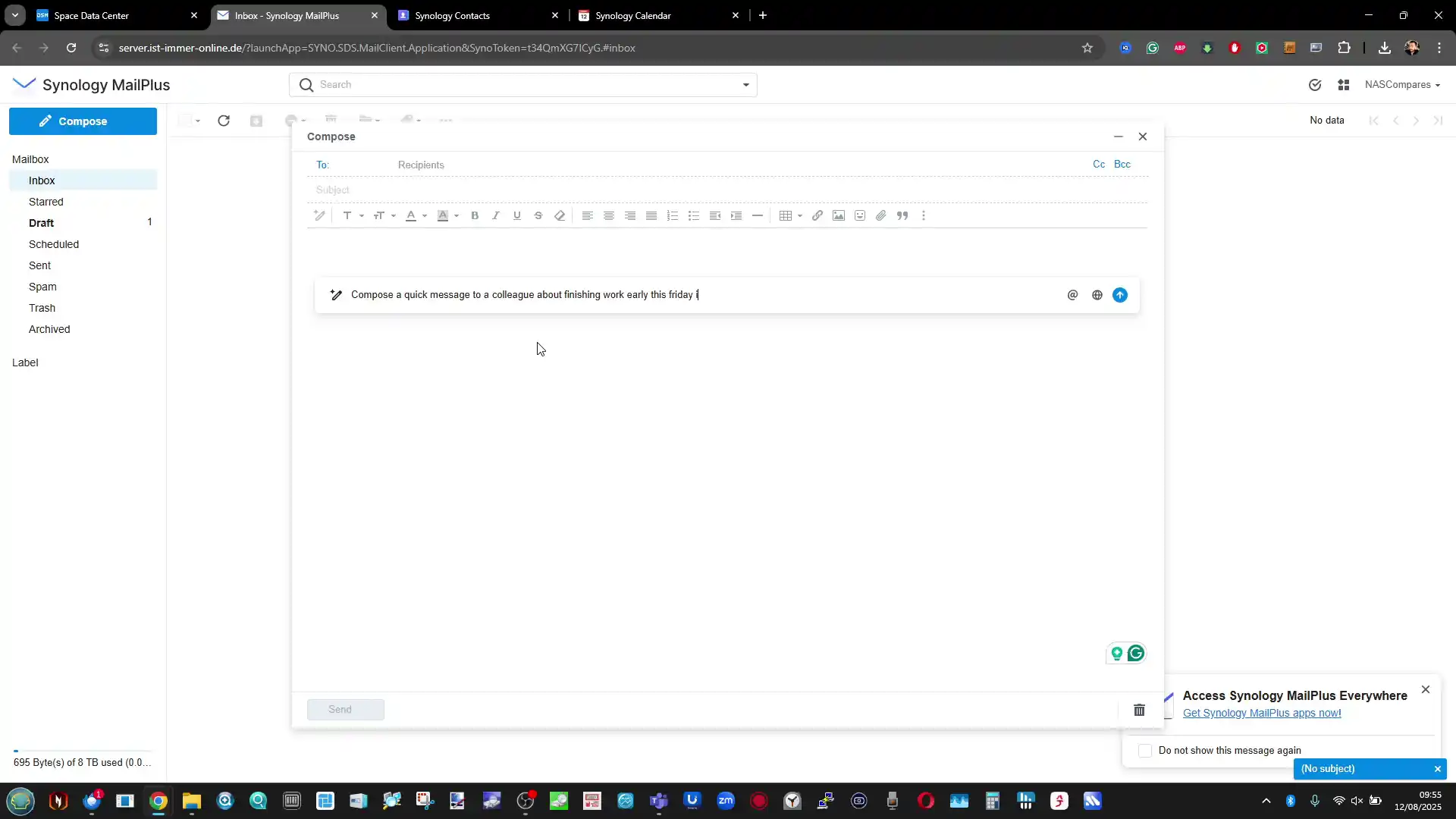 |
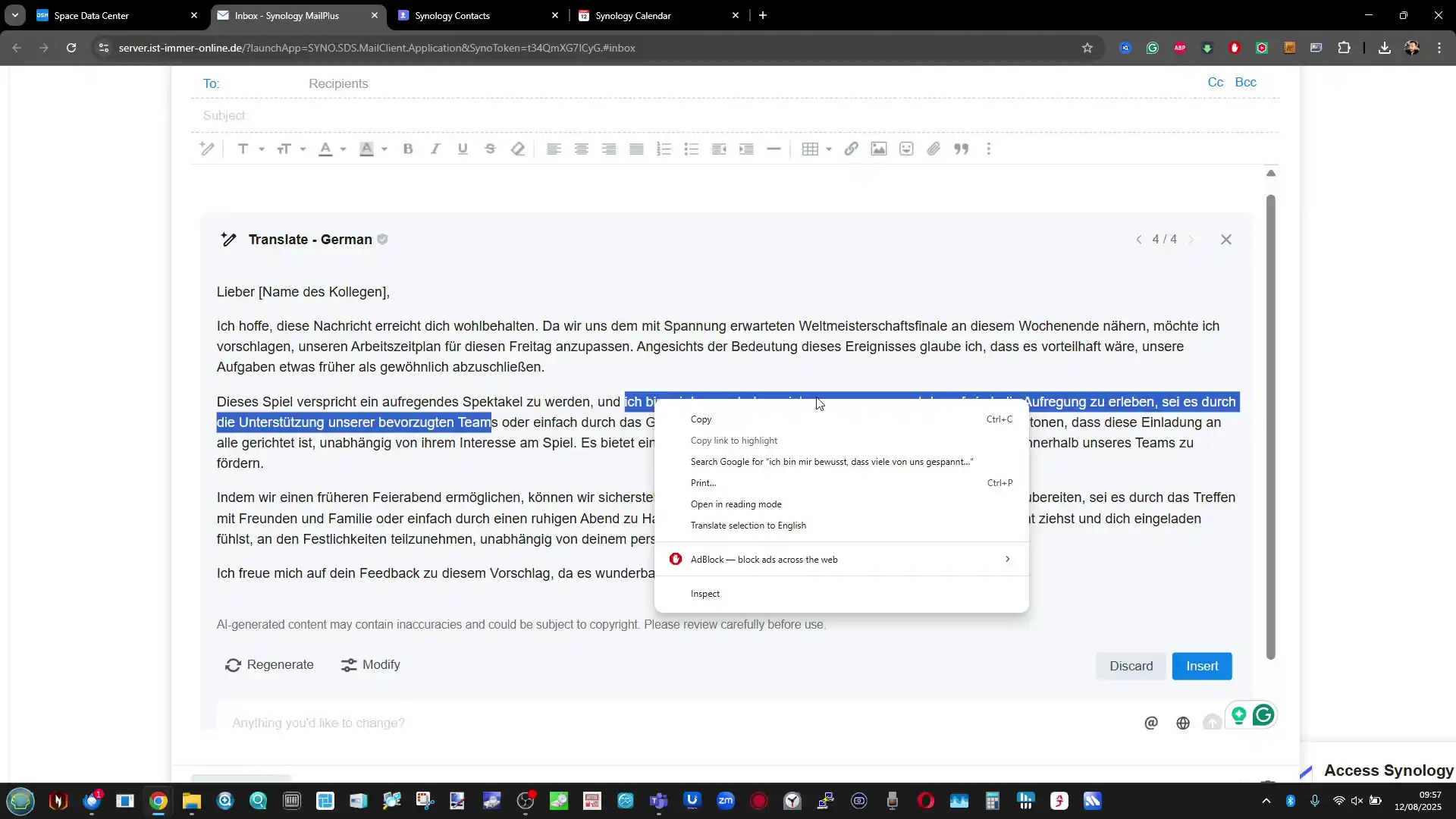 |
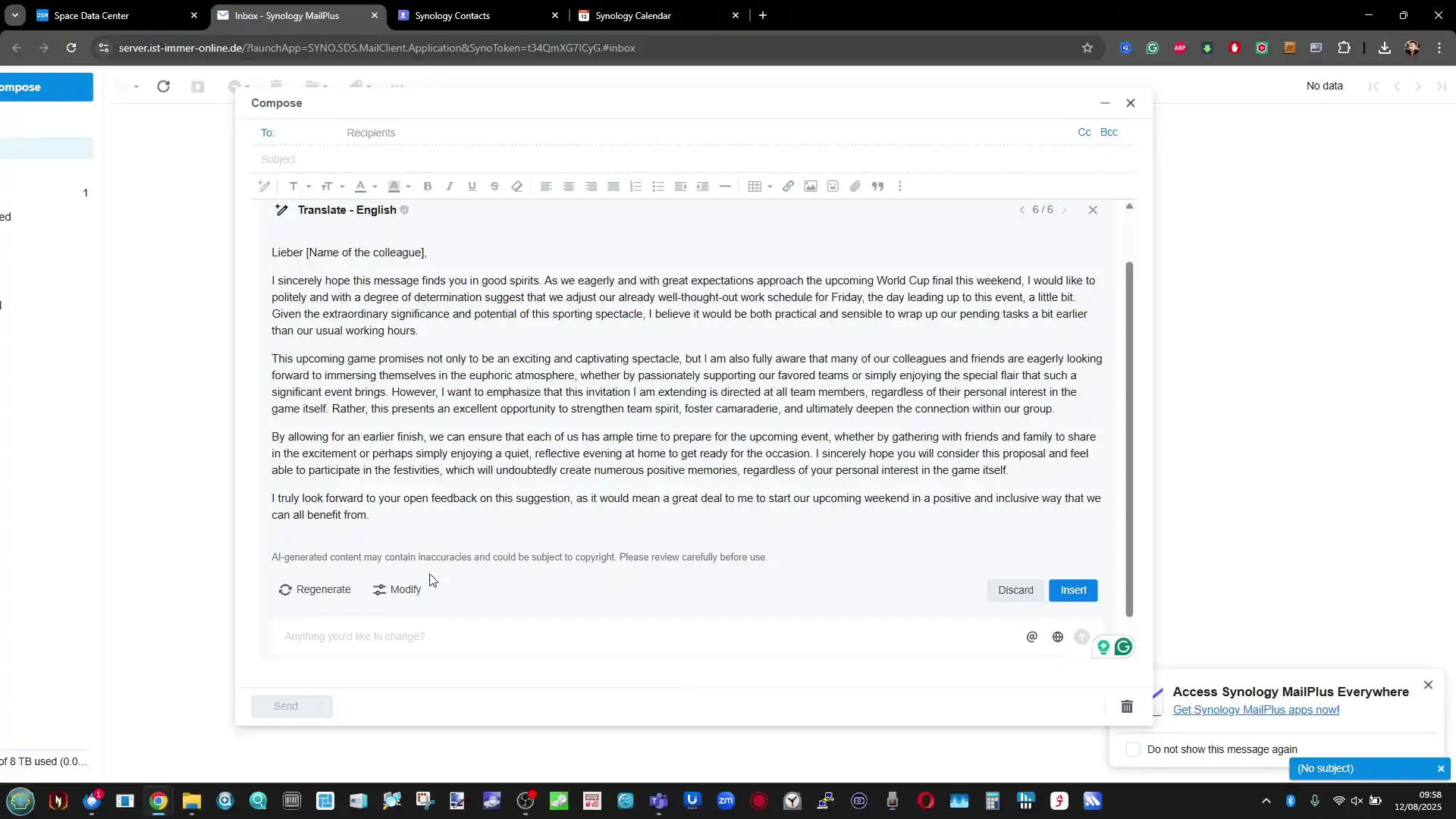 |
The integration offers multiple editing refinements, including making a message more formal or casual, shortening or lengthening text, and translating to or from languages supported by the connected AI model. Users can also rephrase replies entirely or request alternative drafts. Although these capabilities are similar to features found in other email platforms that integrate AI, the implementation within MailPlus is designed to remain under the control of the NAS administrator, with optional de-identification masking personal data before it is sent to the provider. Responses are generated by the third-party AI service configured in AI Console, and processing occurs only when the user explicitly invokes an AI function, avoiding any automated sending of content without user action.
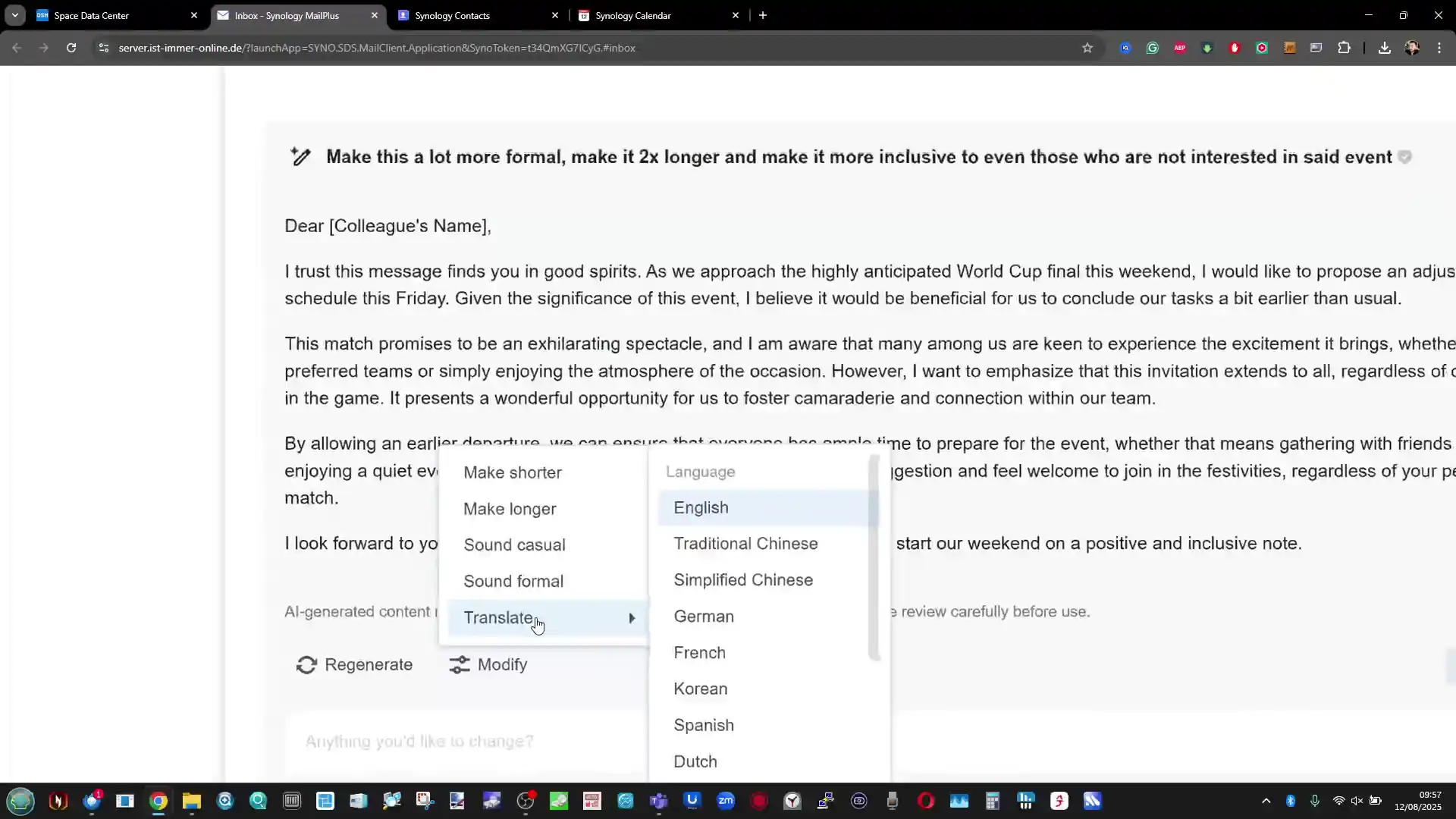 |
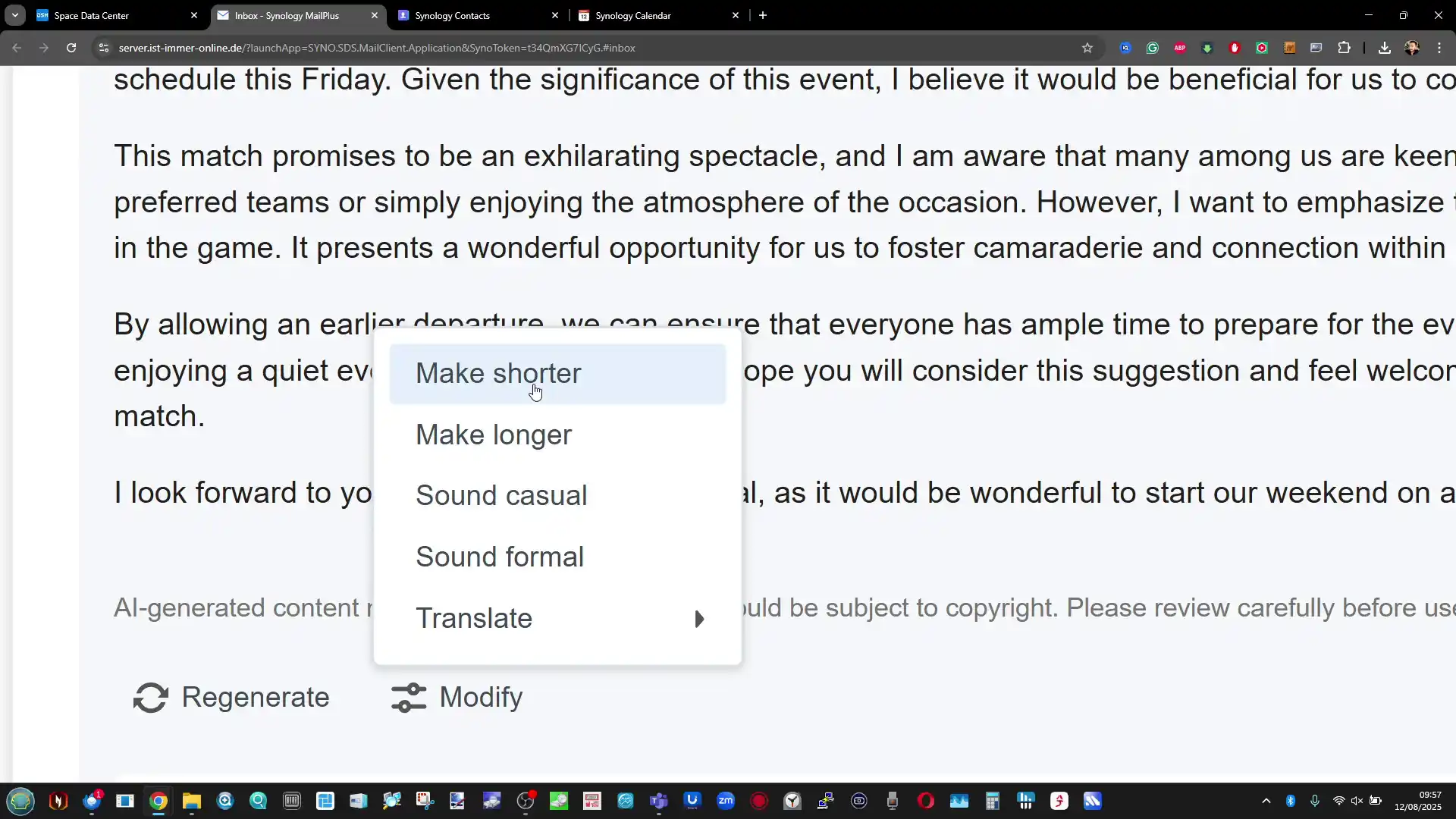 |
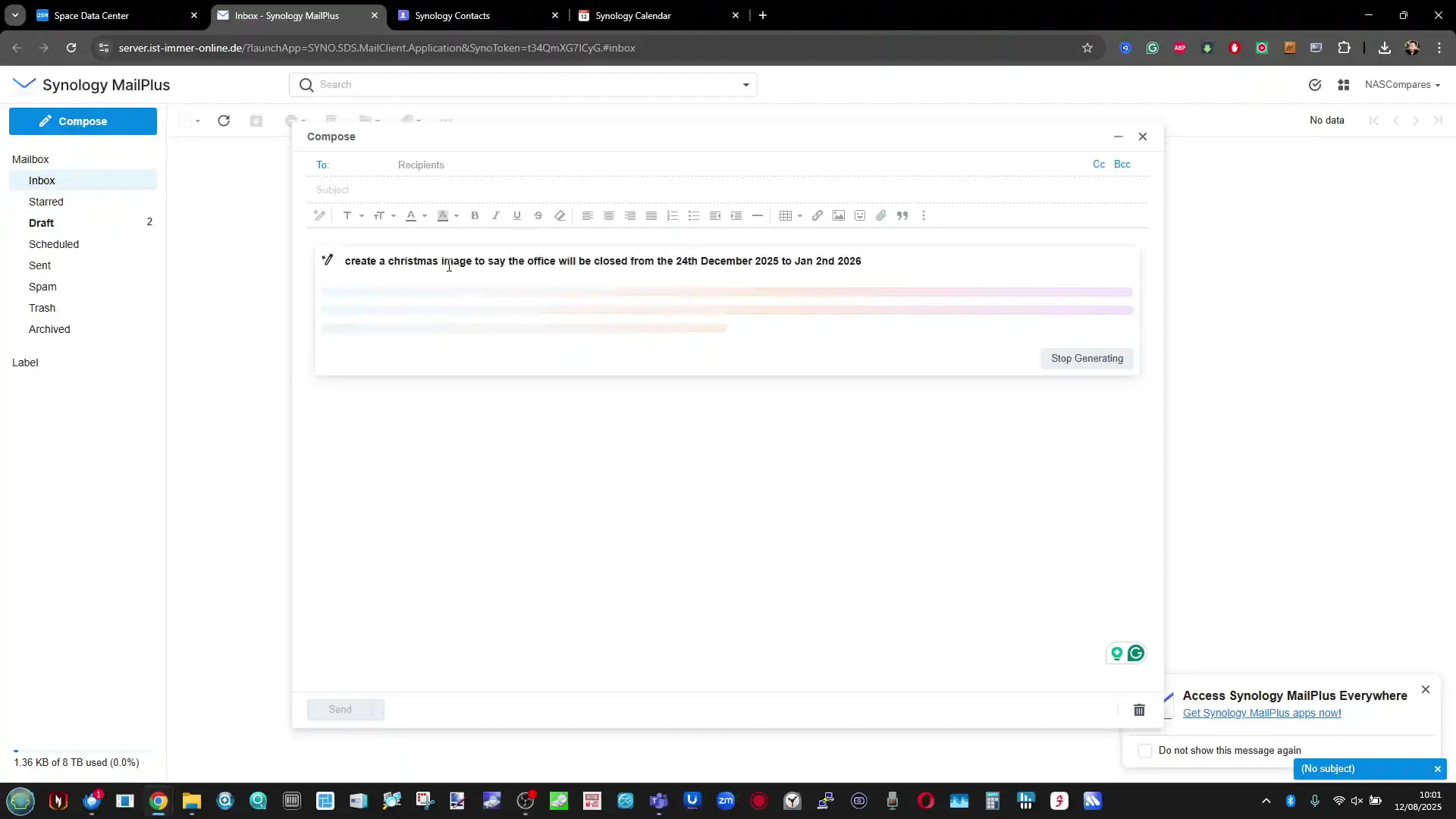 |
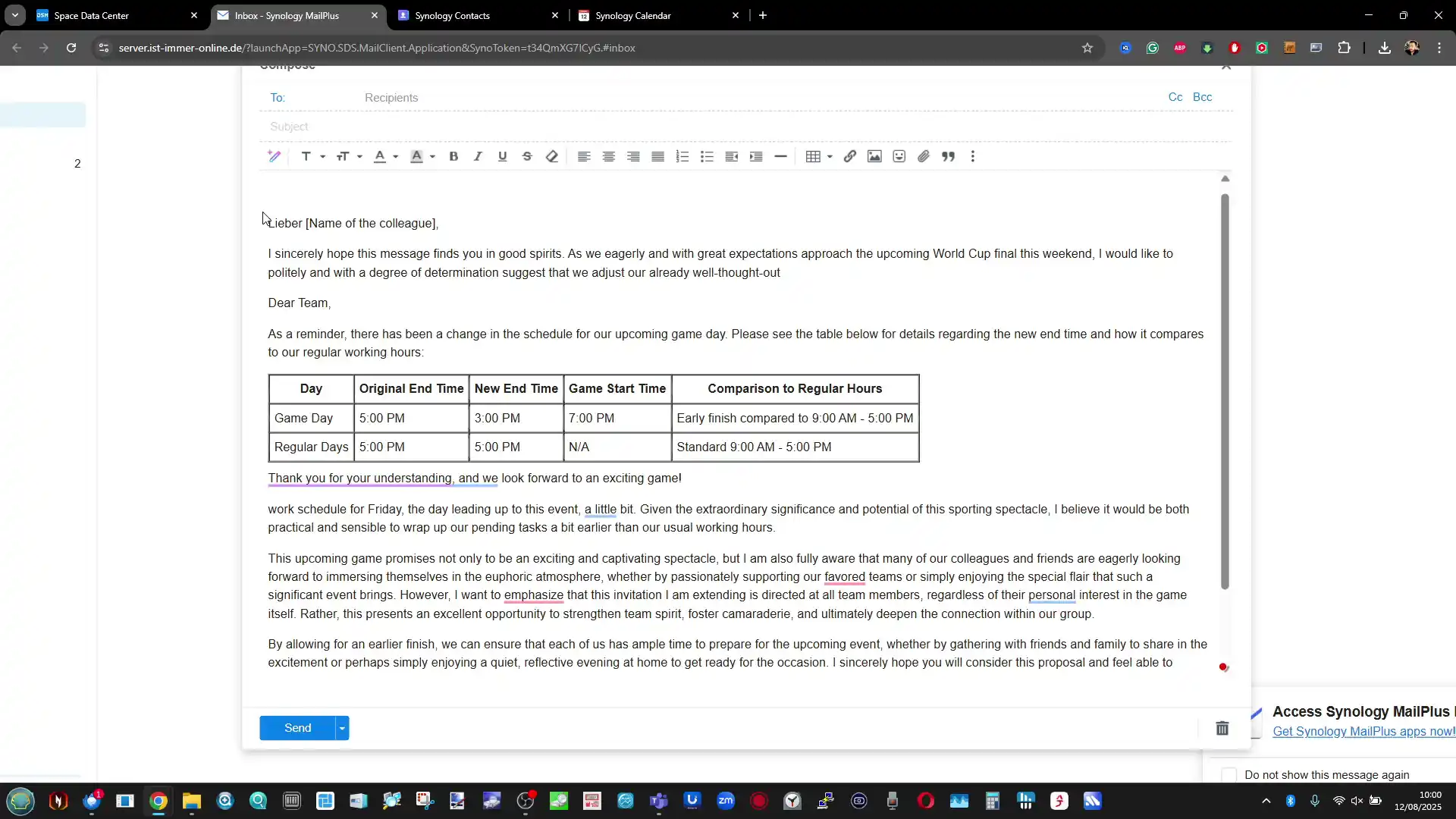 |
From a functional perspective, MailPlus AI integration is targeted primarily at professional or business environments that run their own Synology-hosted mail server. It can streamline response drafting, reduce time spent on routine communication, and support multilingual correspondence. However, the scope is currently limited to text-based tasks, with no AI-driven attachment analysis, advanced categorisation, sentiment detection, or automated email sorting included. The feature set also lacks customisable style profiles beyond the basic tone and length adjustments, meaning more specific brand or sector language must still be applied manually. The value for each organisation will depend on how frequently staff interact with longer, more complex emails, and whether the trade-off of involving an external AI service aligns with internal data handling policies and compliance requirements.
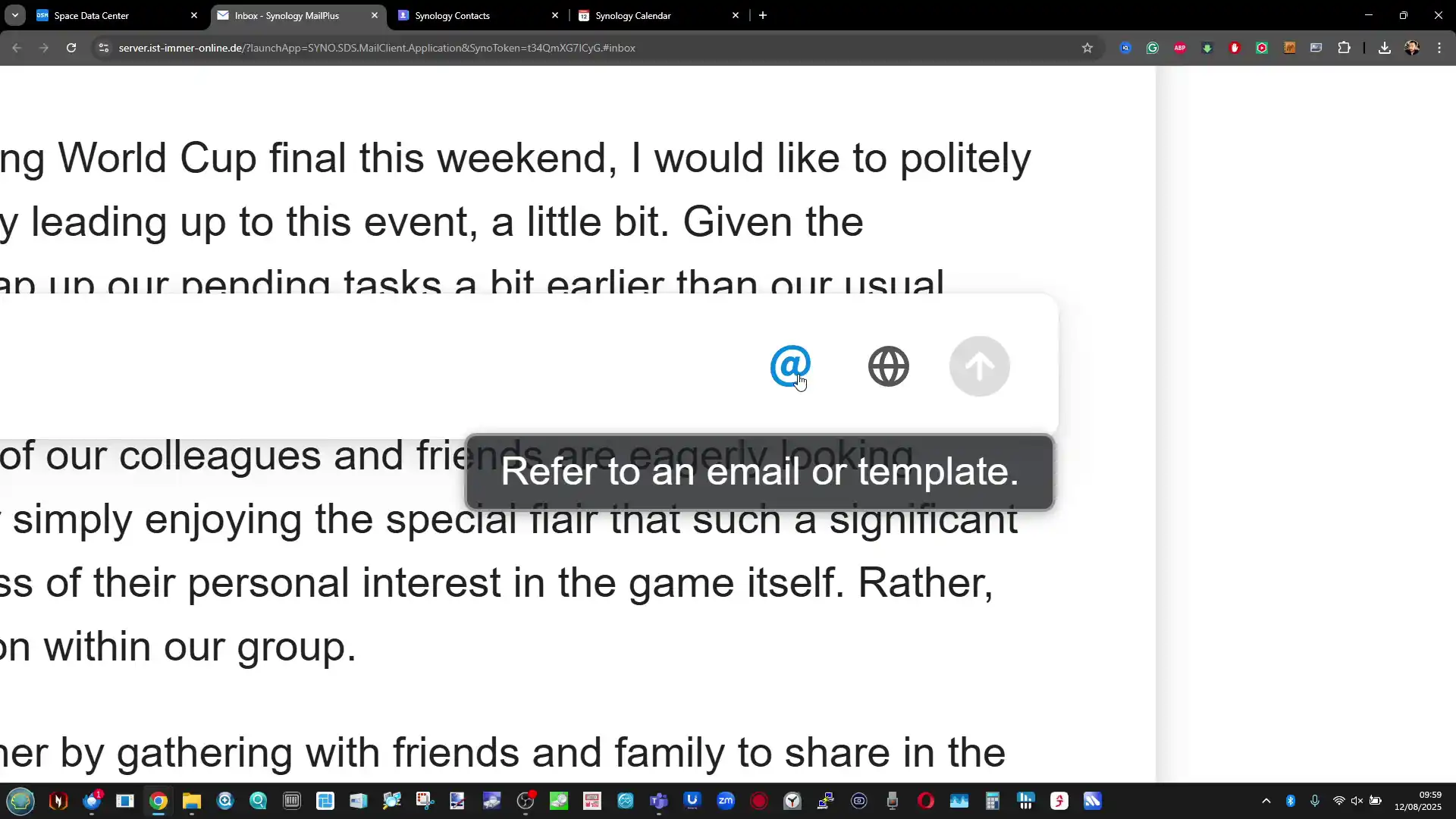 |
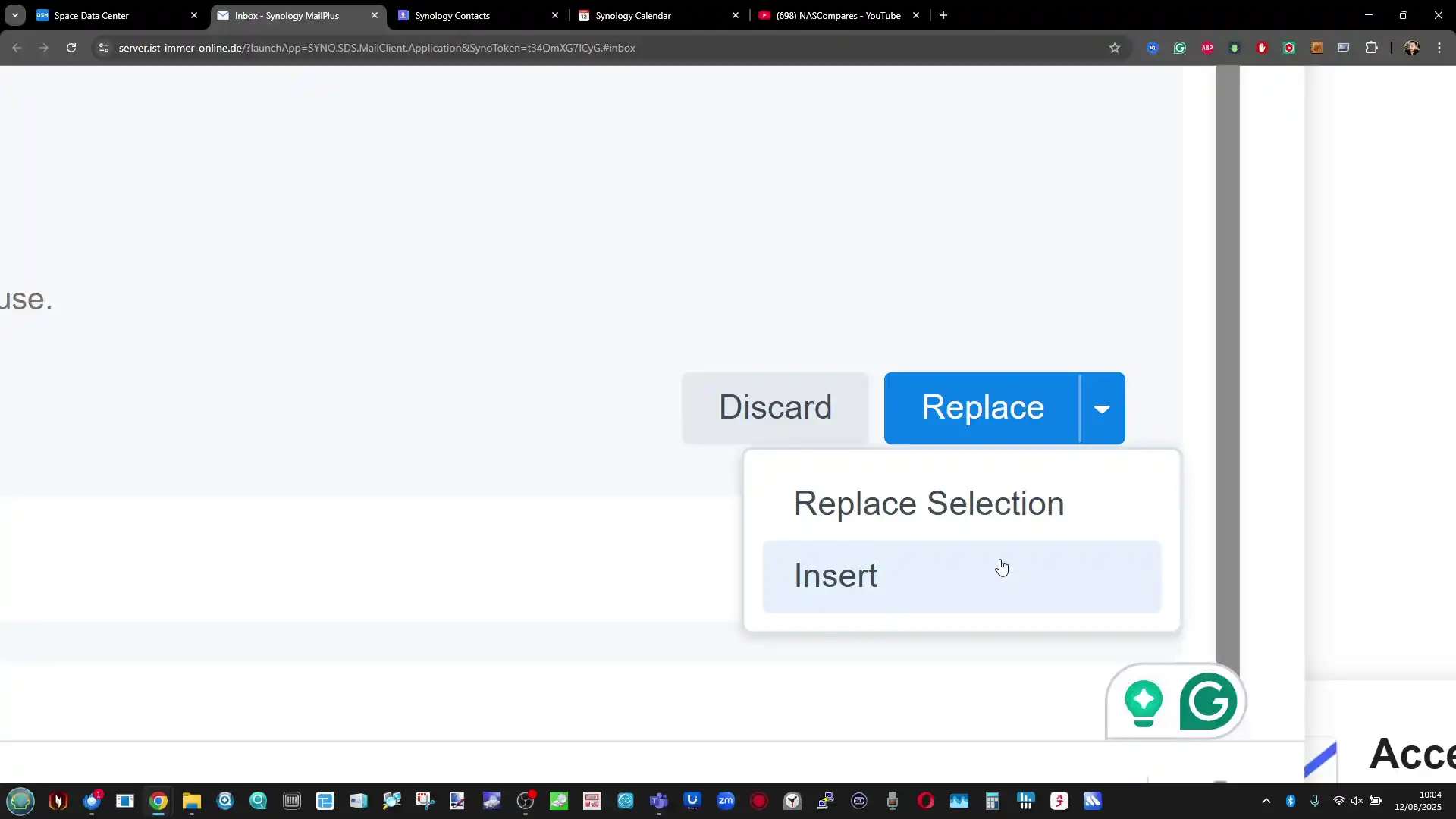 |
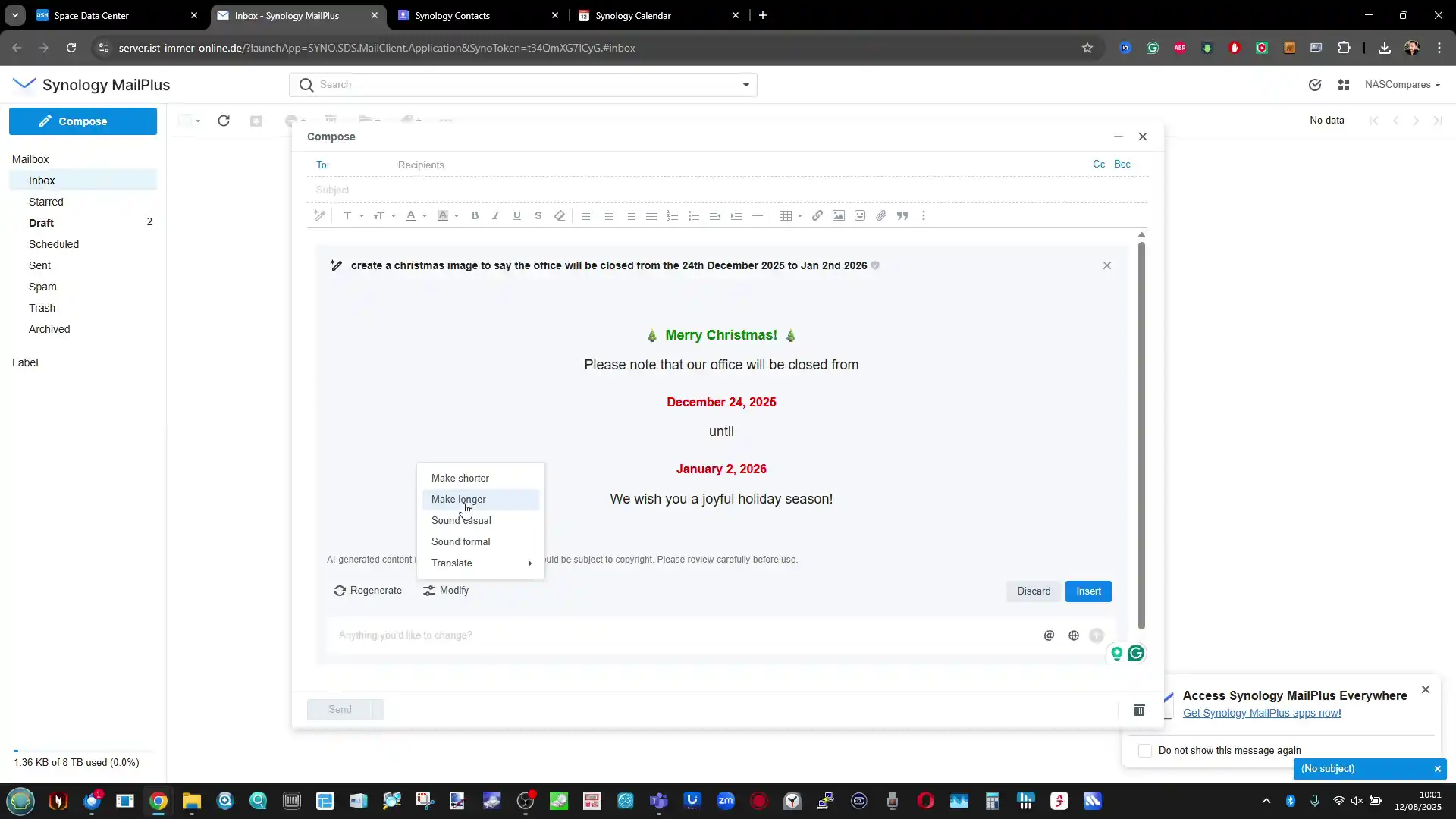 |
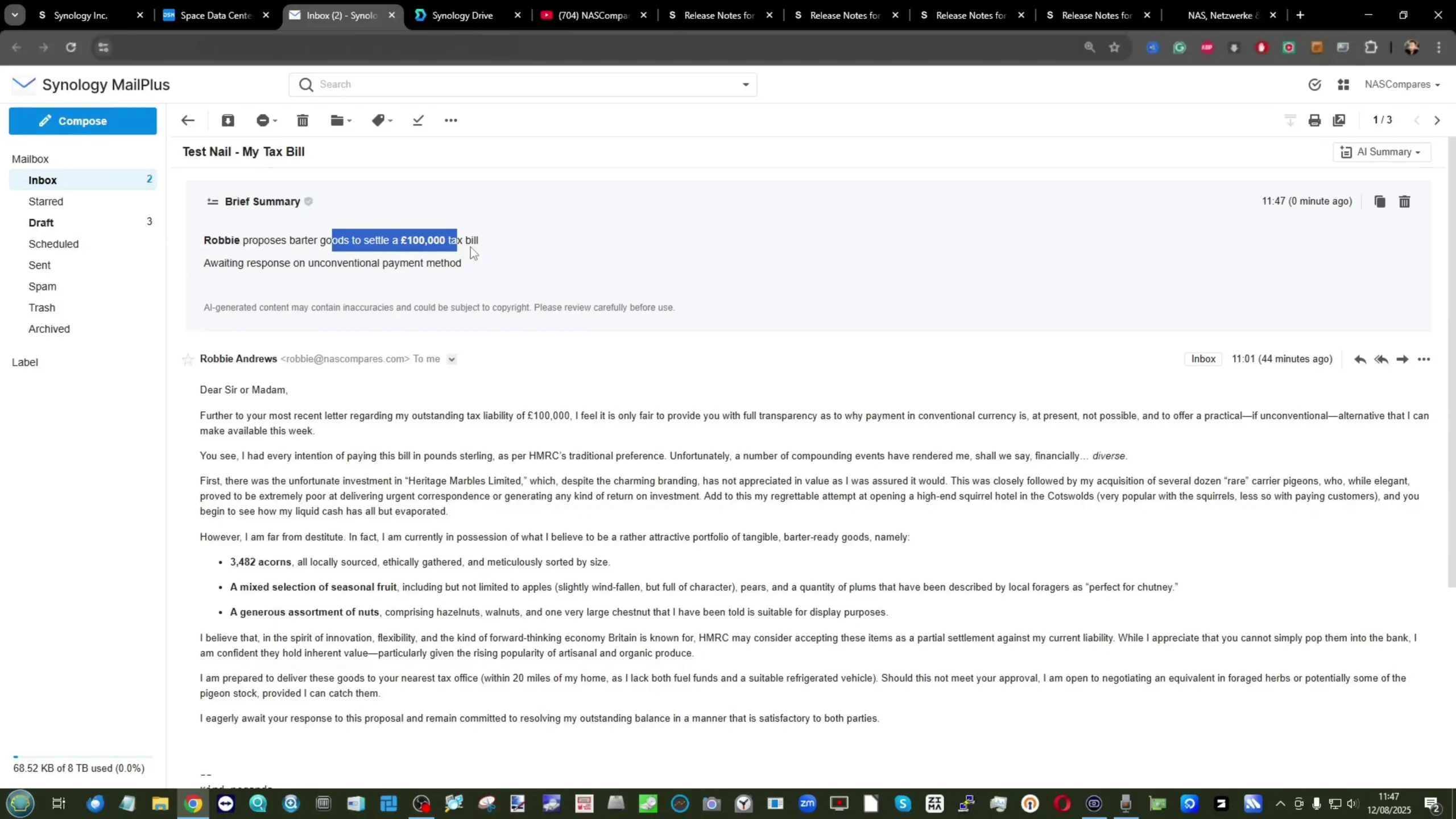 |
Synology Office and AI Console Integration
In Synology Office, AI Console integration extends across the suite’s document, spreadsheet, and presentation tools, embedding AI-assisted functions within the existing editing interface. In documents, the AI assistant can summarise entire files, rewrite selected sections, adjust tone, translate content, or improve grammar. These actions can be applied either through a right-click contextual menu or via a dedicated AI sidebar that displays results alongside the original content. Users can choose to insert AI-generated revisions directly into the file or keep them separate for manual comparison. The system maintains Office’s existing version history, meaning any AI-driven edits can be rolled back without data loss.
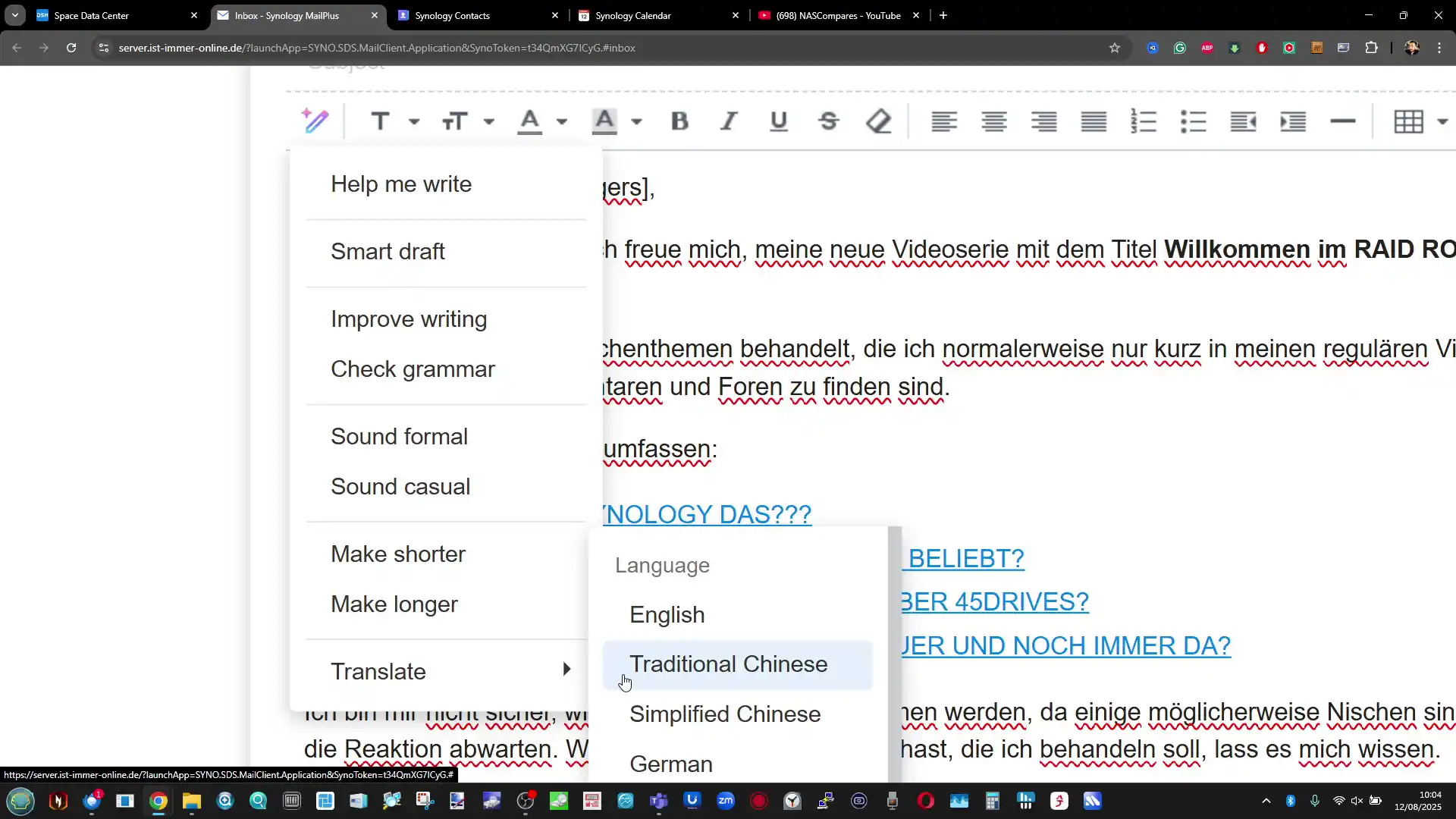 |
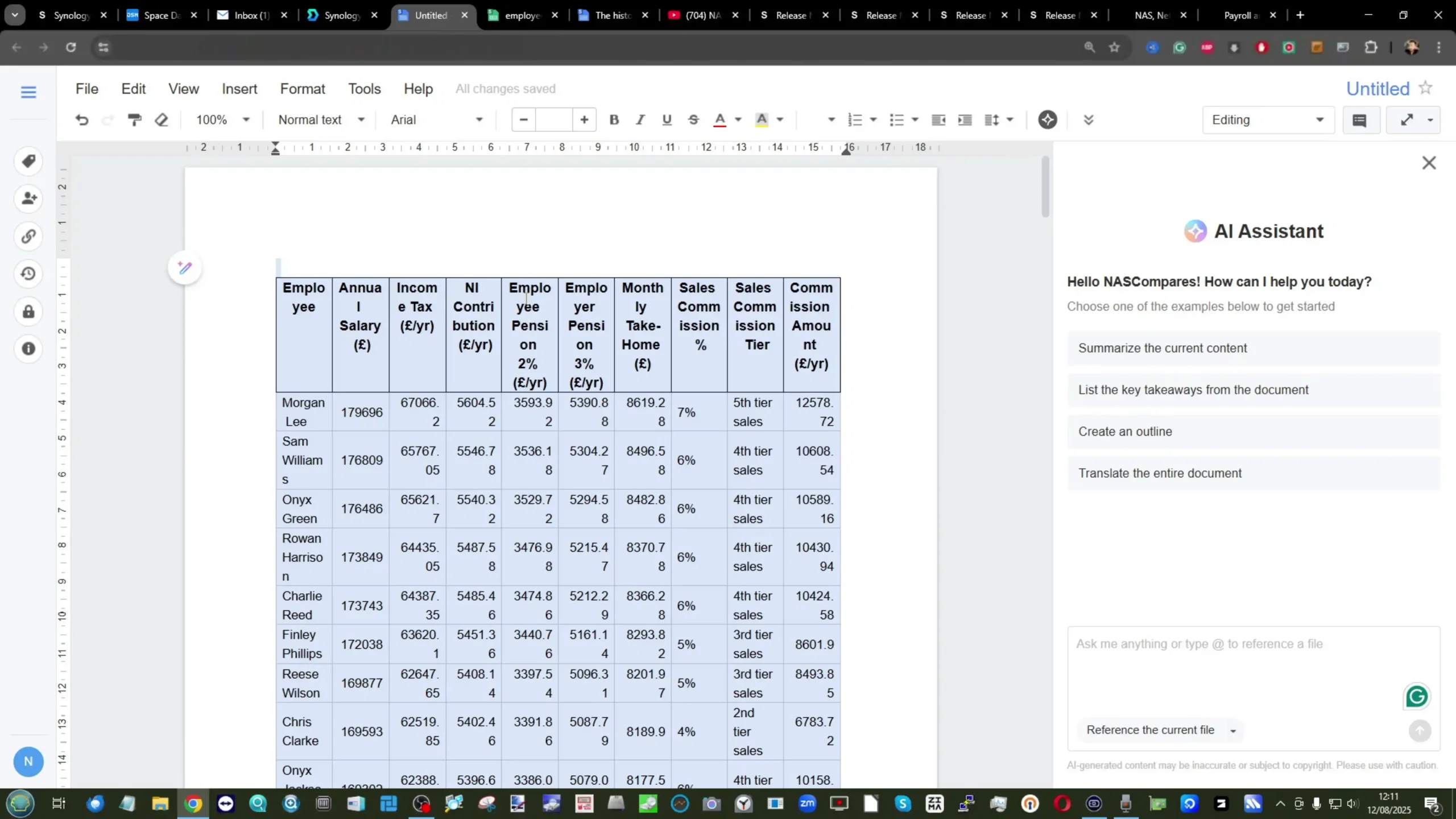 |
In spreadsheets, the integration is aimed at assisting with formula comprehension and basic data interpretation. Users can request explanations of specific formulas, generate new formulas from plain-language prompts, or run simple calculations without manually writing functions. The AI can also produce summaries of table data, although its analytical depth is limited compared to dedicated business intelligence tools. As with documents, processing is restricted to text-based content; the system does not transmit embedded images or charts to the AI provider. Administrators can control whether AI features are available in spreadsheets, allowing them to be enabled for certain user groups while remaining disabled for others.
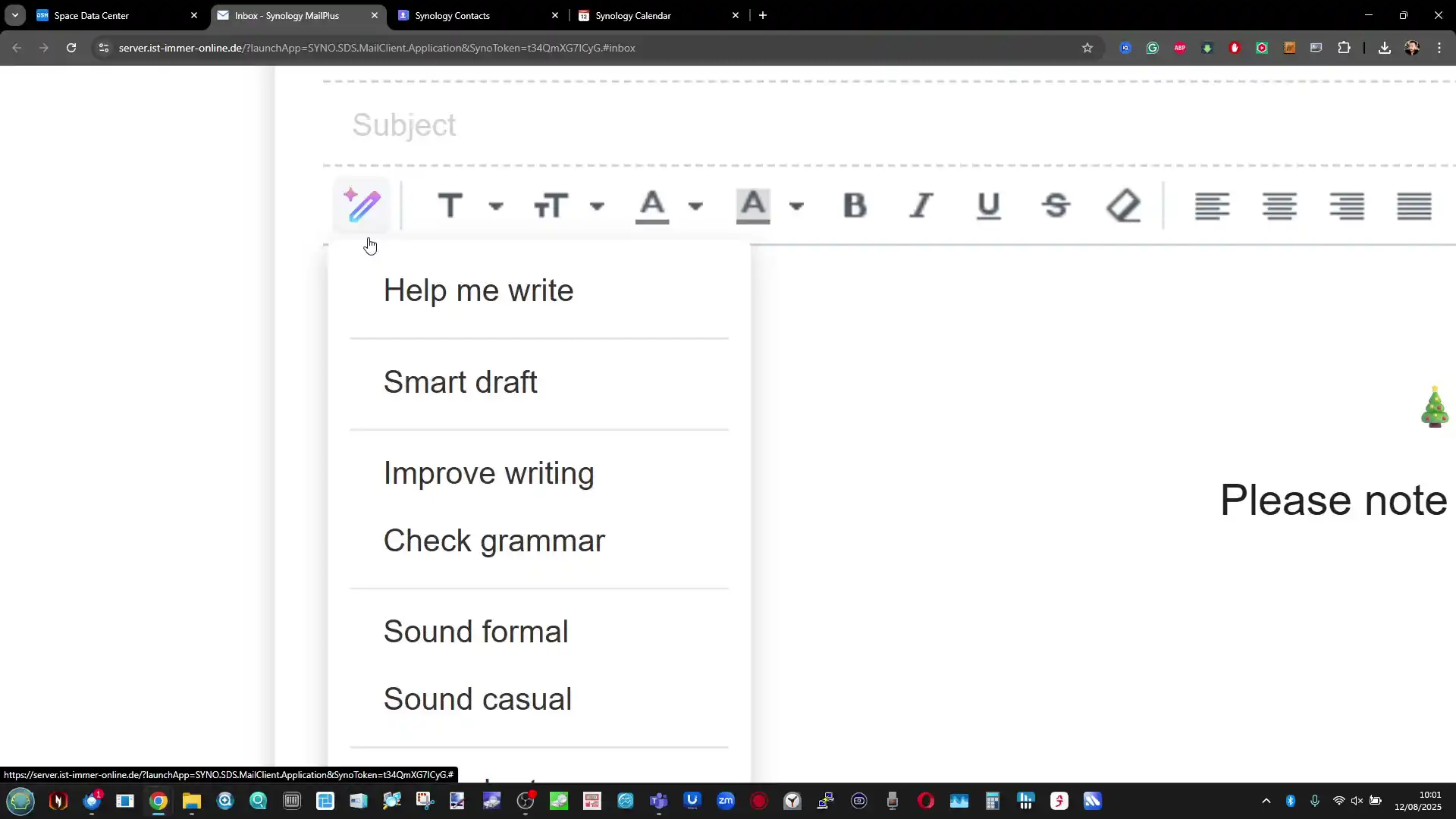 |
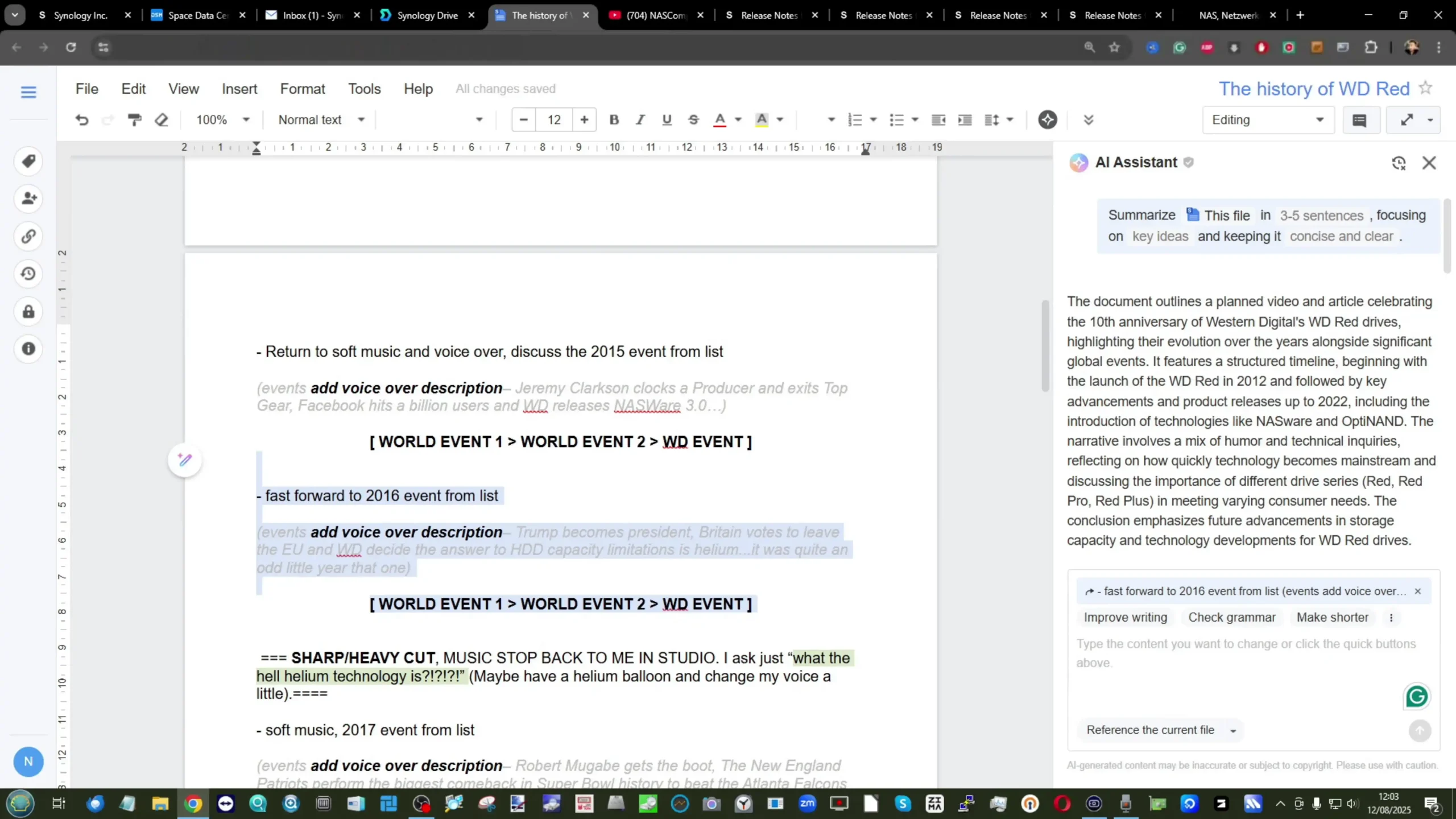 |
For presentations, the AI can refine slide text, translate content, or expand bullet points into fuller sentences, making it useful for producing alternate versions of existing material. The functionality mirrors what is available in documents, with tone and length adjustments as well as grammar checks. However, it does not currently create entirely new slide decks or visual layouts from prompts. The processing workflow remains the same across all Office formats: only when a user explicitly triggers an AI action is the relevant text sent to the configured provider, and all requests are recorded in the AI Console’s transaction logs.
 |
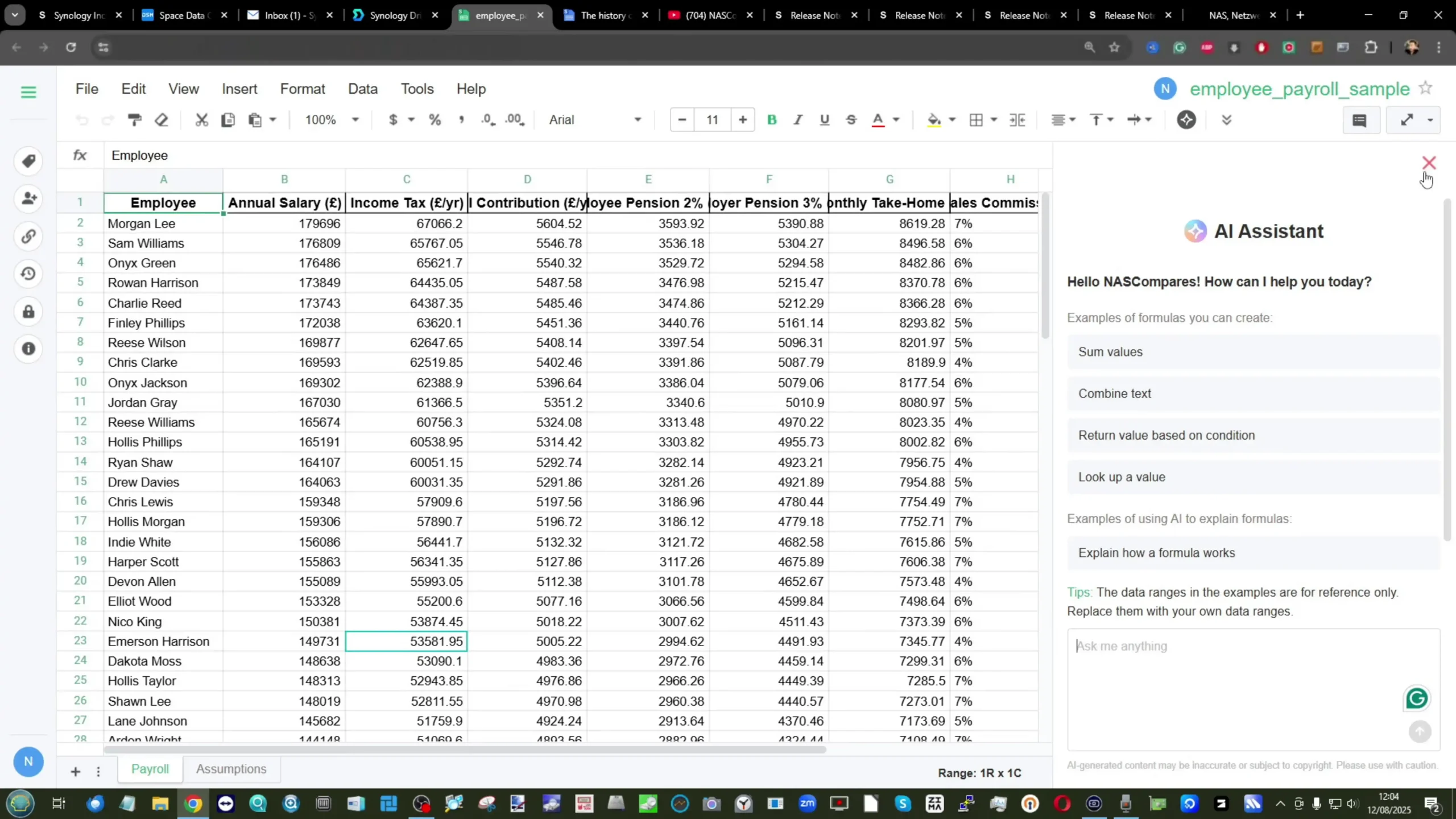 |
 |
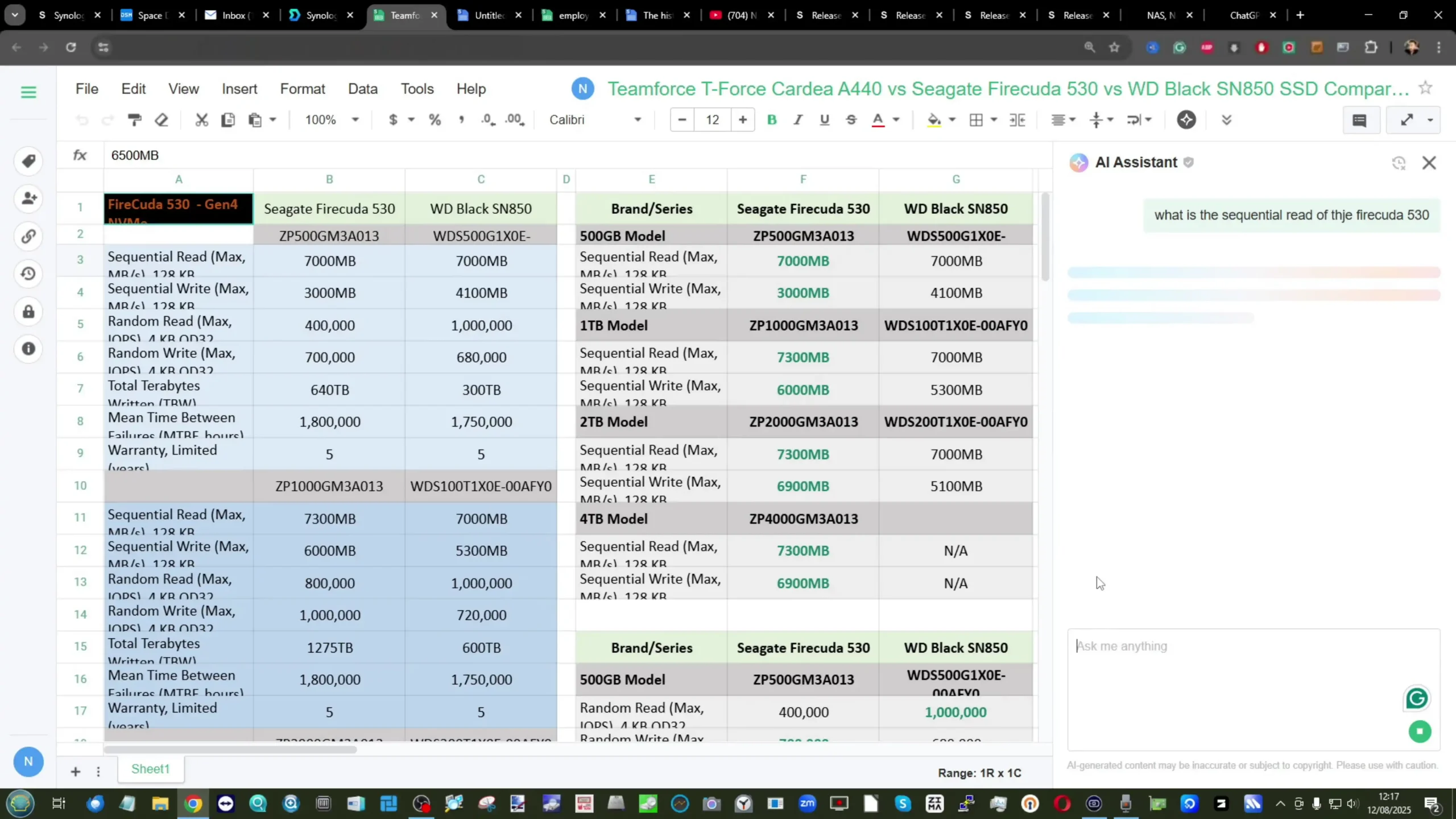 |
Overall, the Synology Office integration offers consistent AI tools across its core applications, focusing on editorial and language-based support rather than data-driven automation. While the scope is narrower than AI-enabled features in some third-party office suites, the implementation maintains administrative control and allows for selective deployment, making it adaptable to environments where privacy considerations limit the use of external services.
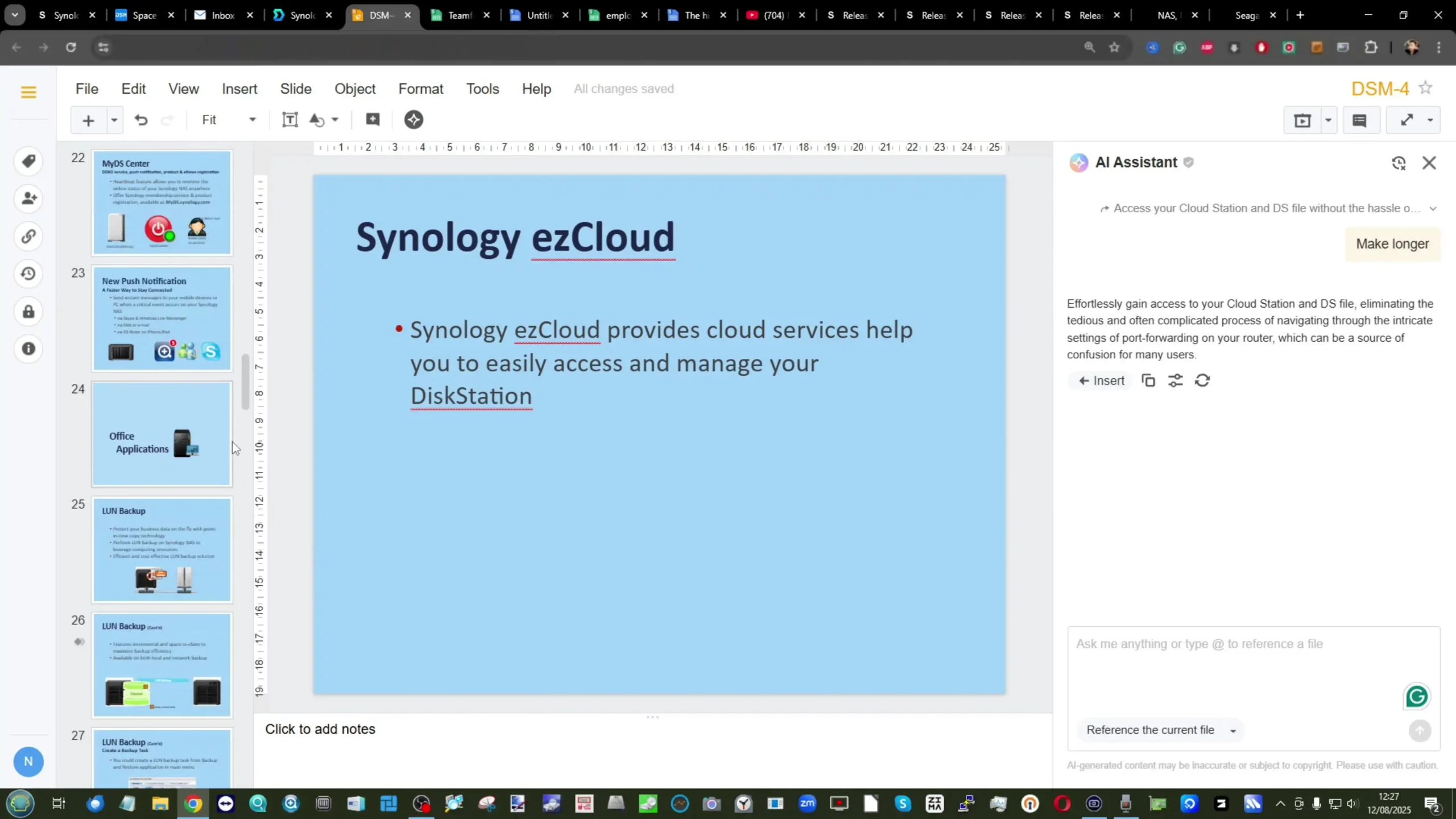 |
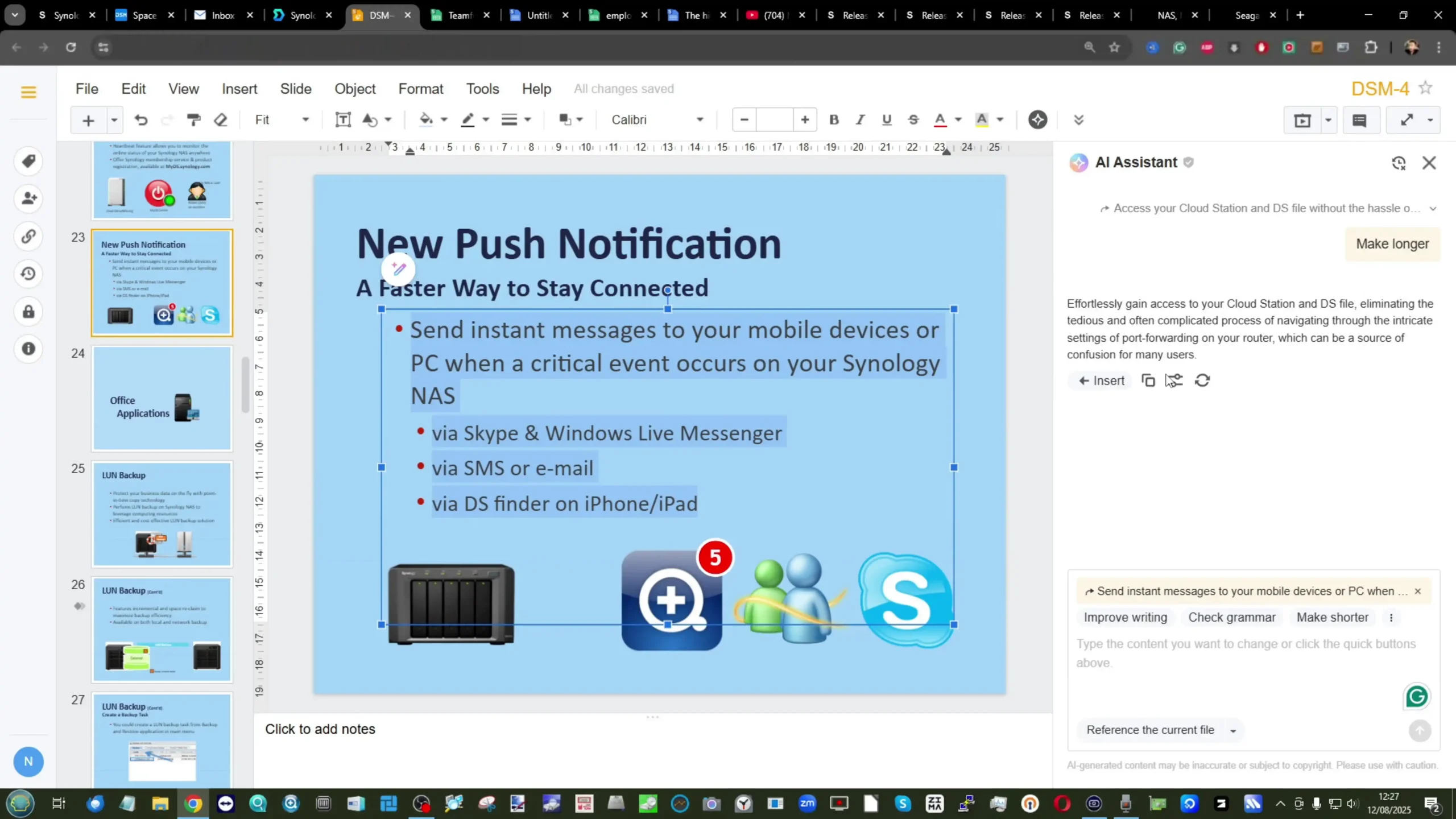 |
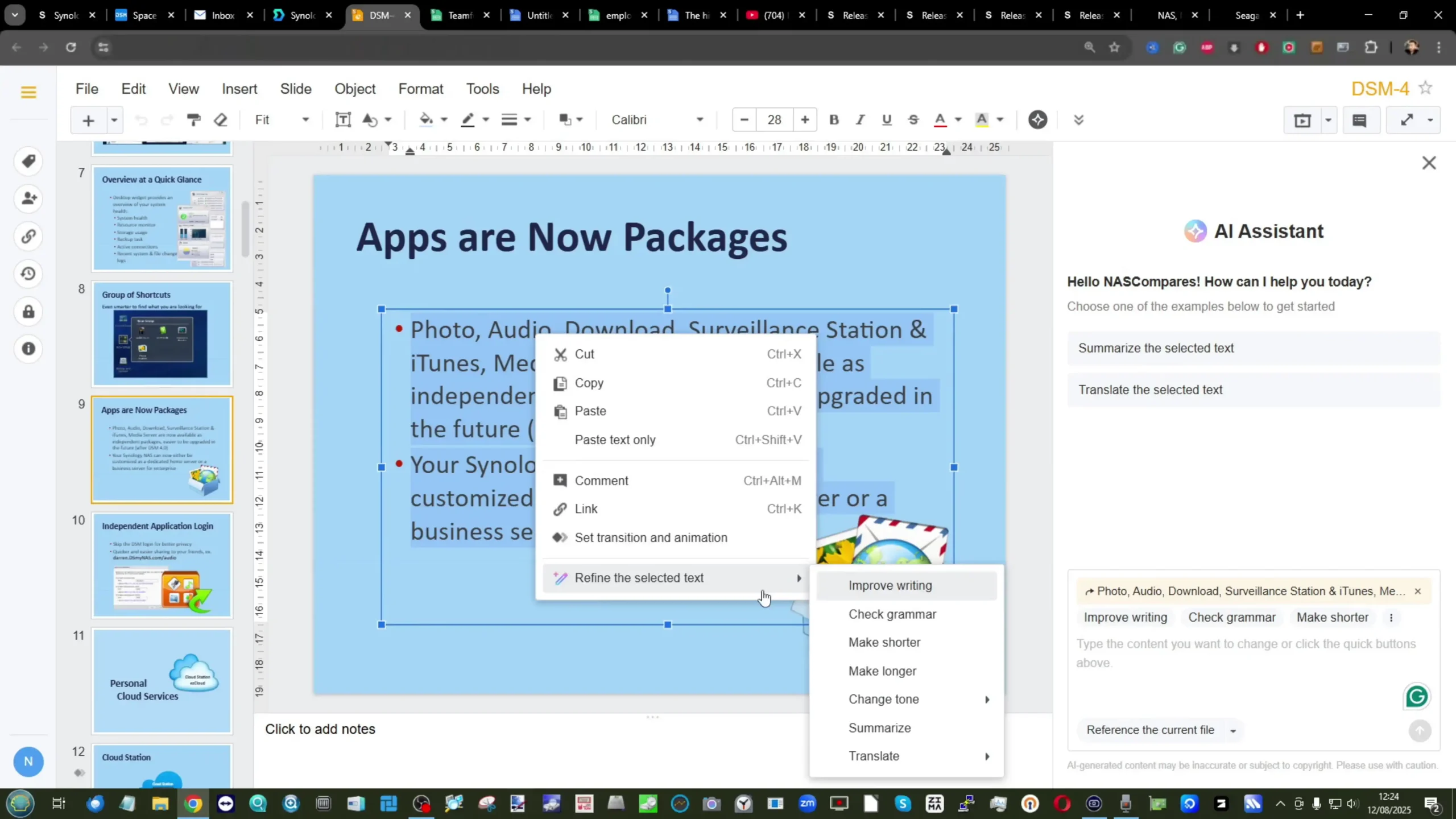 |
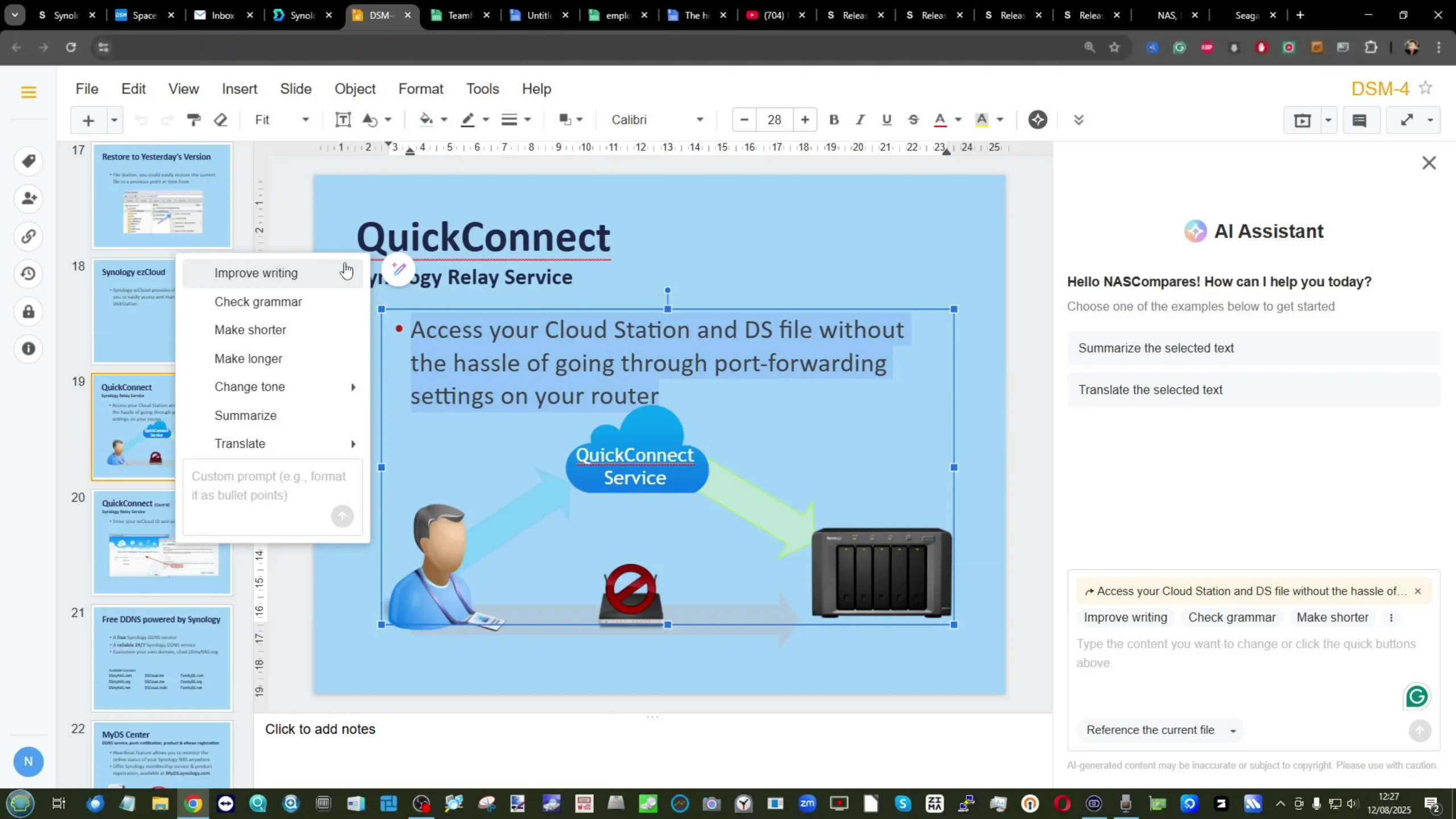 |
What Features of AI/LLM Are Not Present?
Although the Synology AI Console brings AI-assisted functions to MailPlus and Office, it does not provide the same breadth of capabilities found in some competing platforms. There is no locally hosted AI model option, meaning all processing is dependent on a live connection to a third-party provider. As a result, the system lacks offline functionality, GPU-accelerated local workloads, or support for running open-source LLMs within the NAS environment. In practical terms, this means that all AI operations involve external processing, which may not suit users who require fully on-premises data handling.
Beyond the infrastructure level, several functional gaps remain. The integration does not extend to all DSM applications, omitting areas such as File Station, Photo Station, Synology Photos, and Surveillance Station. Within MailPlus and Office, the AI features are focused on text editing and basic summarisation rather than broader automation. There is no built-in capability for sentiment analysis, advanced data analytics, automatic categorisation, or content generation from large datasets. Similarly, the AI Console does not currently allow multi-step task automation or integration with custom scripts, limiting its use to predefined actions within the supported productivity tools.
Is Synology AI Console Safe?
From a technical and administrative perspective, Synology has implemented several measures to protect data when using the AI Console. API keys are stored locally on the NAS, and requests to AI providers are sent directly from the device rather than passing through Synology-operated servers. Administrators can limit access to specific packages, exclude selected users or groups, set token usage caps, and monitor all AI interactions through detailed logs. For additional privacy, the optional de-identification feature can mask sensitive details such as personal identifiers, banking information, and IP addresses before prompts are transmitted, restoring them only after the AI provider returns a response.

However, the safety of the AI Console ultimately depends on the chosen AI provider and the user’s own policies. All processing occurs on the provider’s infrastructure, meaning data leaves the local network whenever AI features are used. Even with encryption and masking in place, this external dependency may be unacceptable in environments with strict regulatory requirements or where complete local control is mandatory. While Synology provides the tools to minimise risk and monitor usage, it is the administrator’s responsibility to select a compliant provider, configure de-identification appropriately, and ensure that AI features are only enabled where the security implications are fully understood.
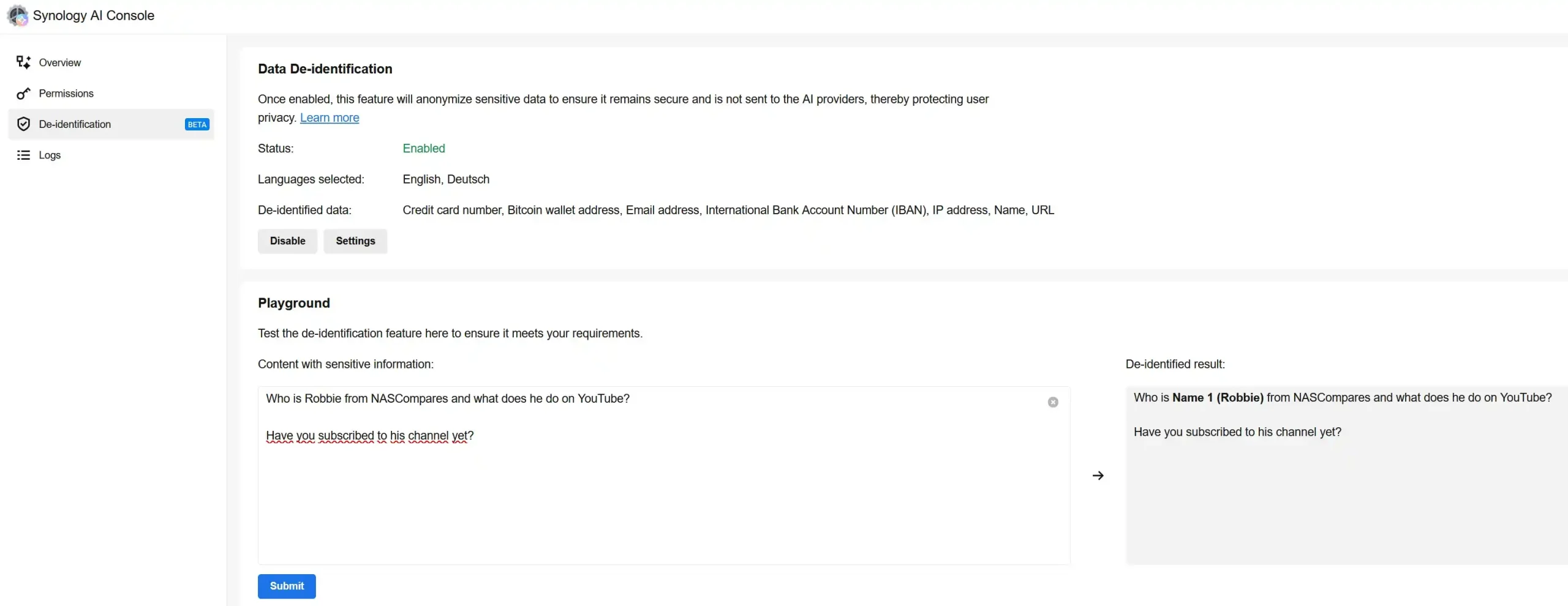
Here is my video on the original reveal of AI Integration/Connection into Synology DSM when it was first shown off during the Synology Solution Exhibition back in 2023 in Taipei:
 SUBSCRIBE TO OUR NEWSLETTER
SUBSCRIBE TO OUR NEWSLETTER 
[contact-form-7]
 Join Inner Circle
Join Inner Circle Get an alert every time something gets added to this specific article!
 Subscribe
Subscribe
This description contains links to Amazon. These links will take you to some of the products mentioned in today's content. As an Amazon Associate, I earn from qualifying purchases. Visit the NASCompares Deal Finder to find the best place to buy this device in your region, based on Service, Support and Reputation - Just Search for your NAS Drive in the Box Below
Need Advice on Data Storage from an Expert?
Finally, for free advice about your setup, just leave a message in the comments below here at NASCompares.com and we will get back to you. Need Help?
Where possible (and where appropriate) please provide as much information about your requirements, as then I can arrange the best answer and solution to your needs. Do not worry about your e-mail address being required, it will NOT be used in a mailing list and will NOT be used in any way other than to respond to your enquiry.
[contact-form-7]
Need Help?
Where possible (and where appropriate) please provide as much information about your requirements, as then I can arrange the best answer and solution to your needs. Do not worry about your e-mail address being required, it will NOT be used in a mailing list and will NOT be used in any way other than to respond to your enquiry.
[contact-form-7]
 Ko-fi or old school Paypal. Thanks!To find out more about how to support this advice service check HEREIf you need to fix or configure a NAS, check Fiver
Have you thought about helping others with your knowledge? Find Instructions Here
Ko-fi or old school Paypal. Thanks!To find out more about how to support this advice service check HEREIf you need to fix or configure a NAS, check Fiver
Have you thought about helping others with your knowledge? Find Instructions Here

|
 |

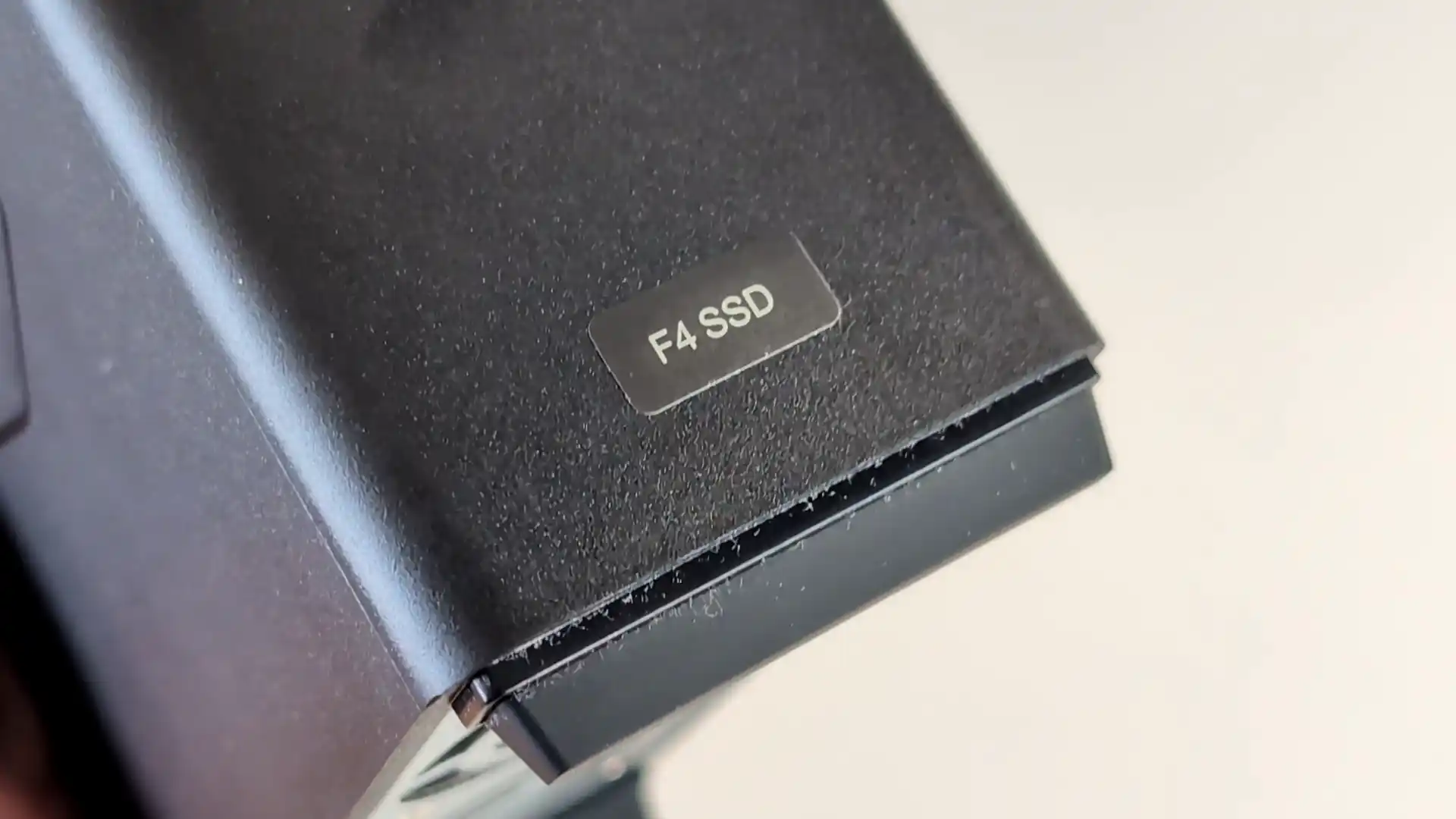


 Compact, toolless chassis with easy-access thumb screw and SSD installation
Compact, toolless chassis with easy-access thumb screw and SSD installation Single 5GbE port with no failover or link aggregation
Single 5GbE port with no failover or link aggregation









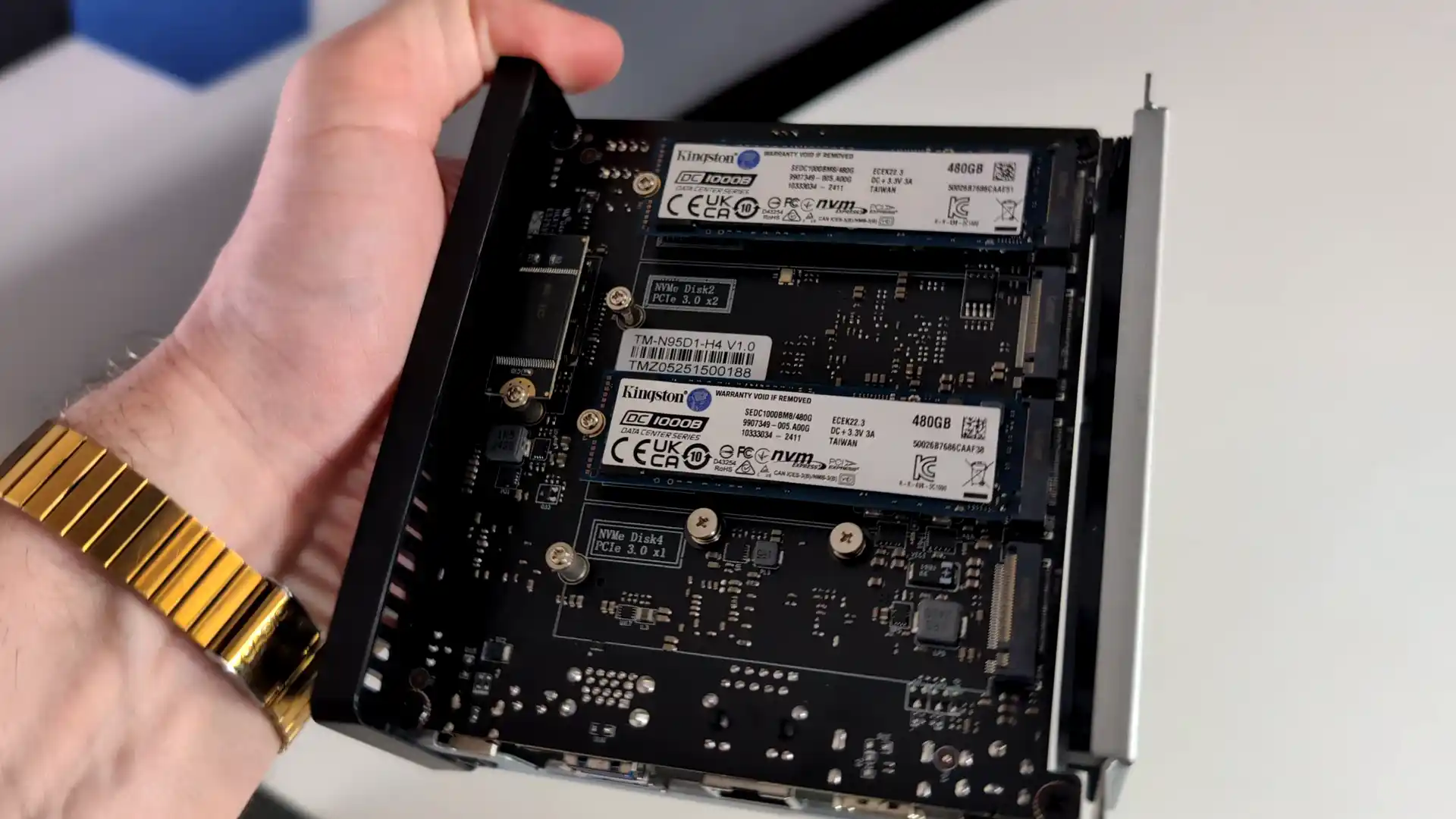

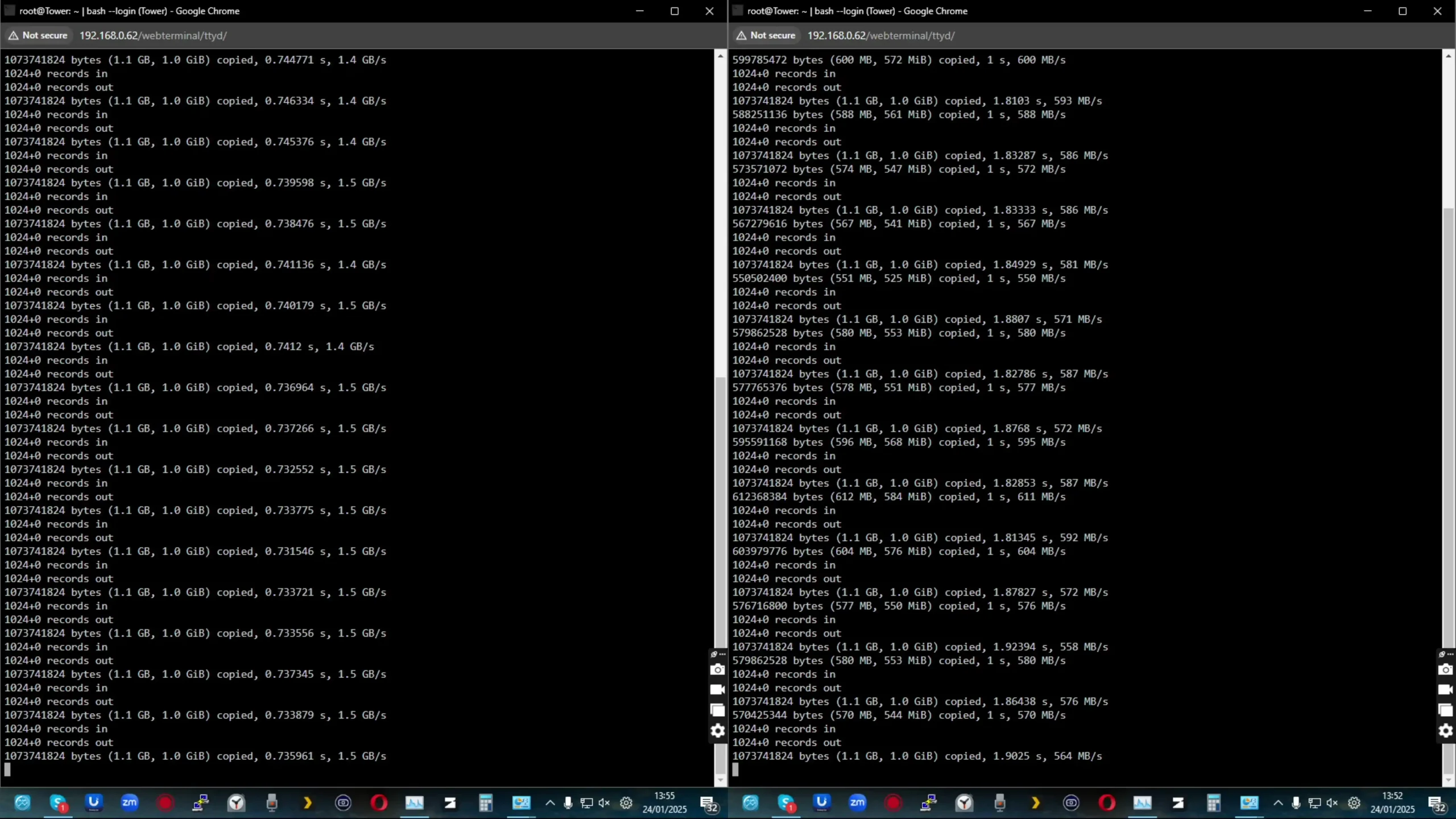
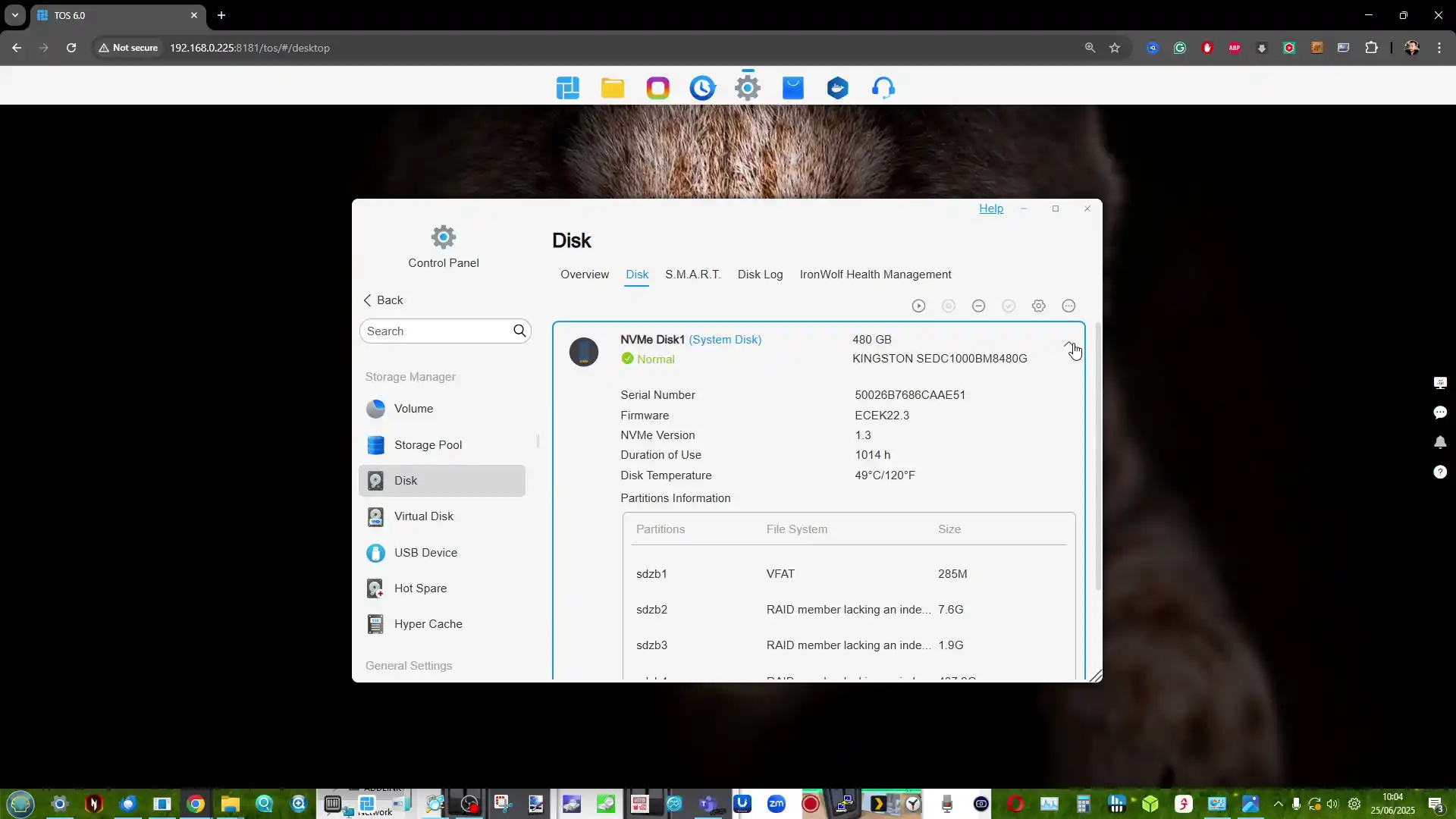




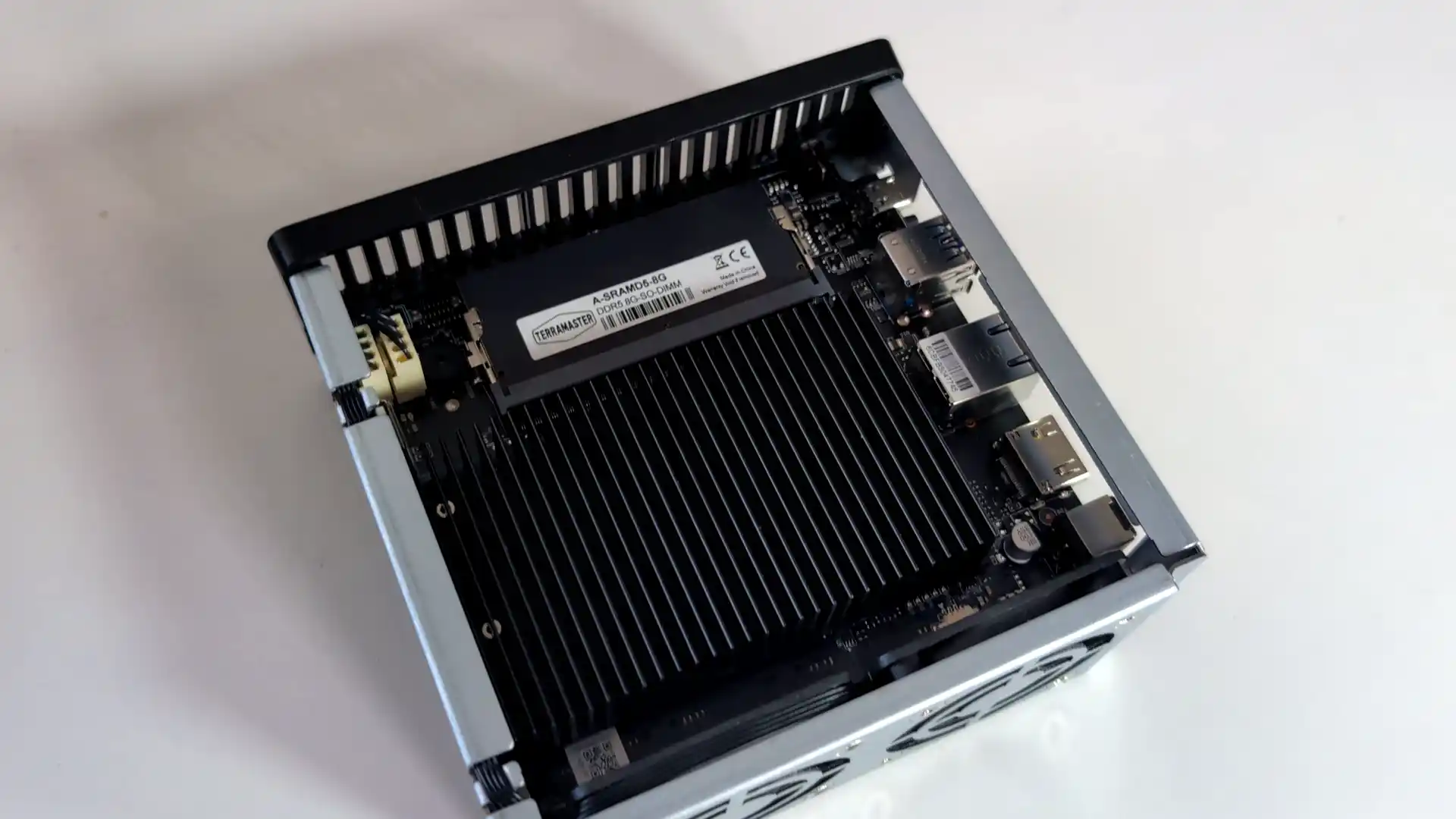
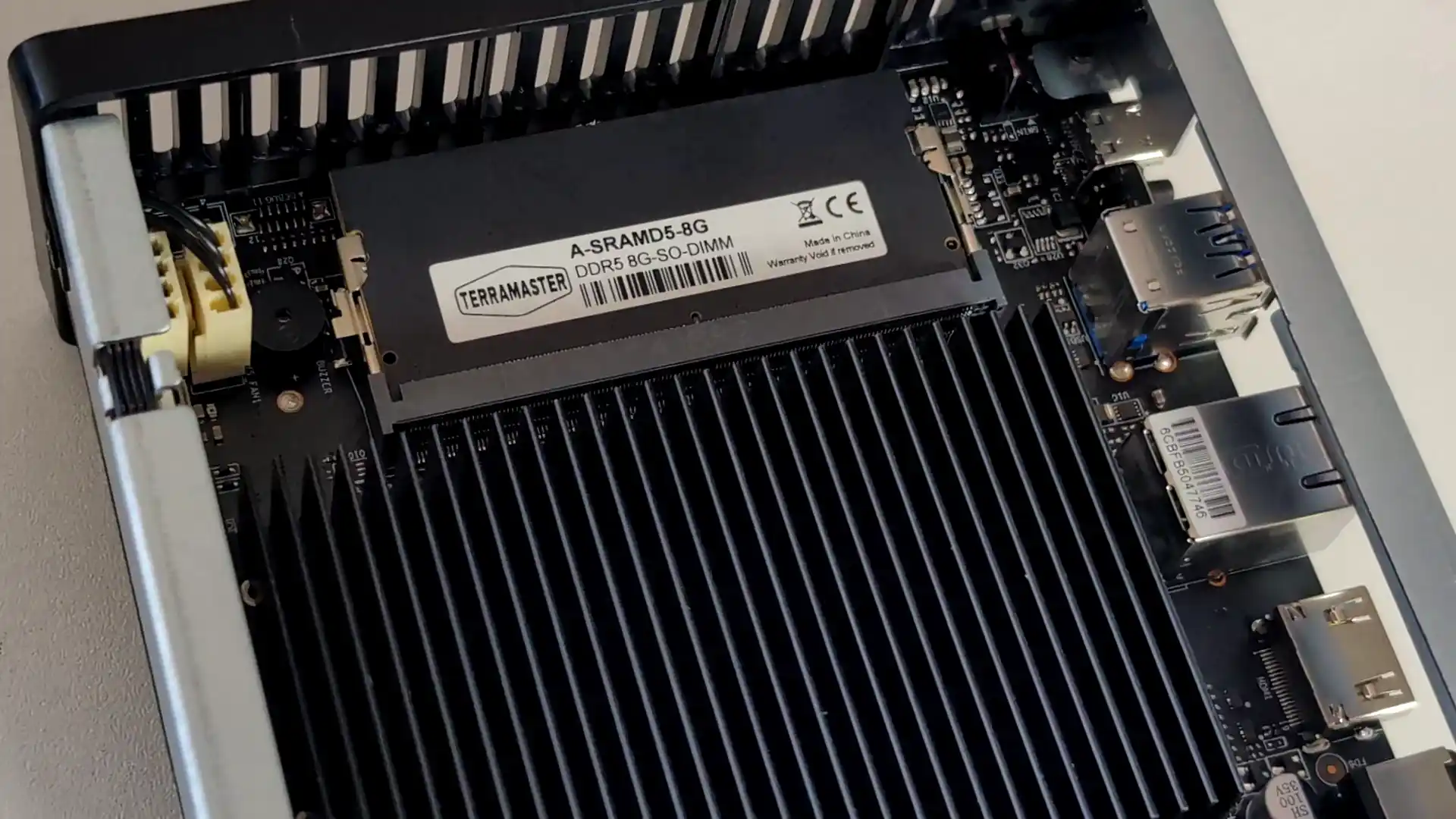
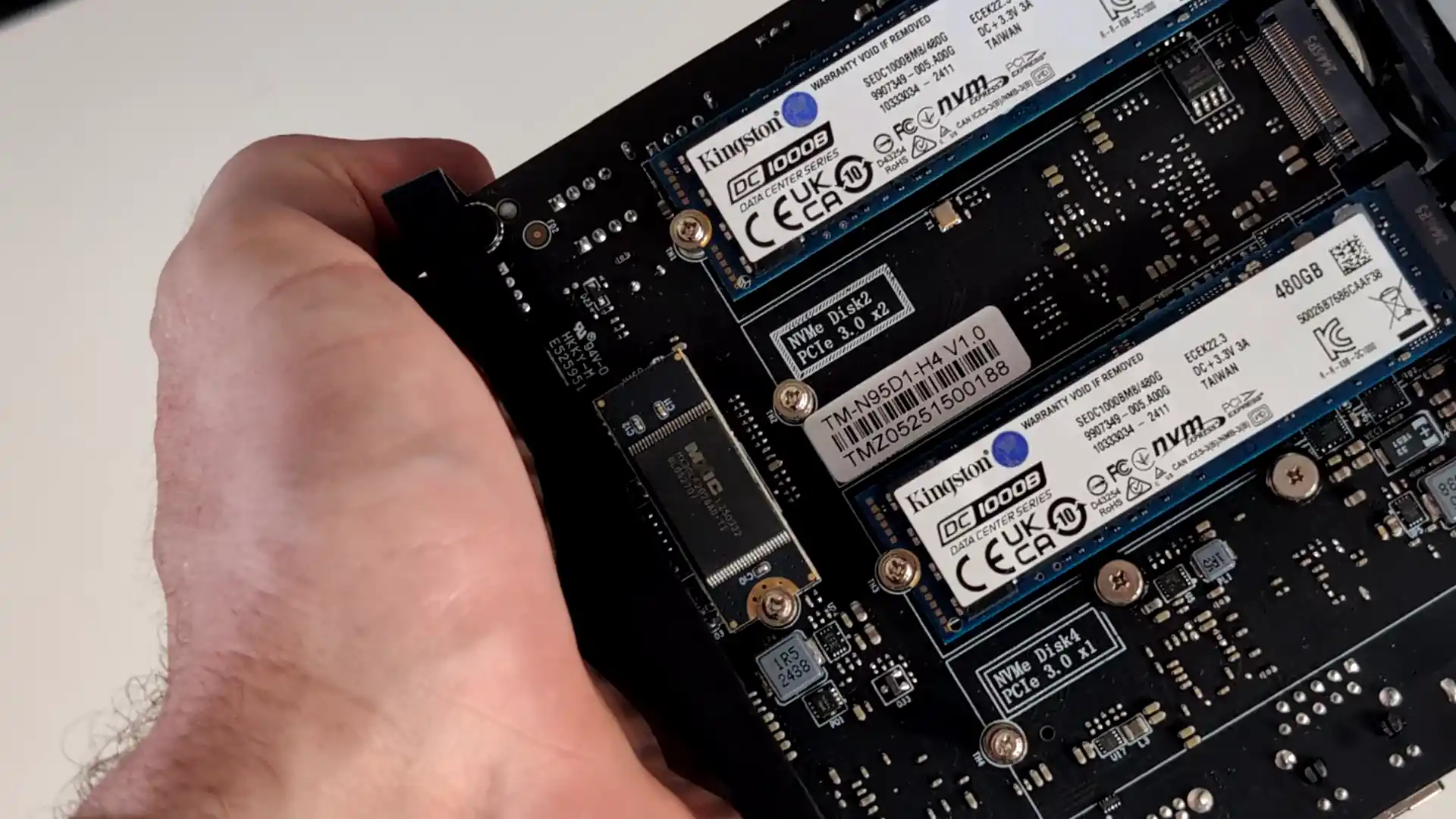
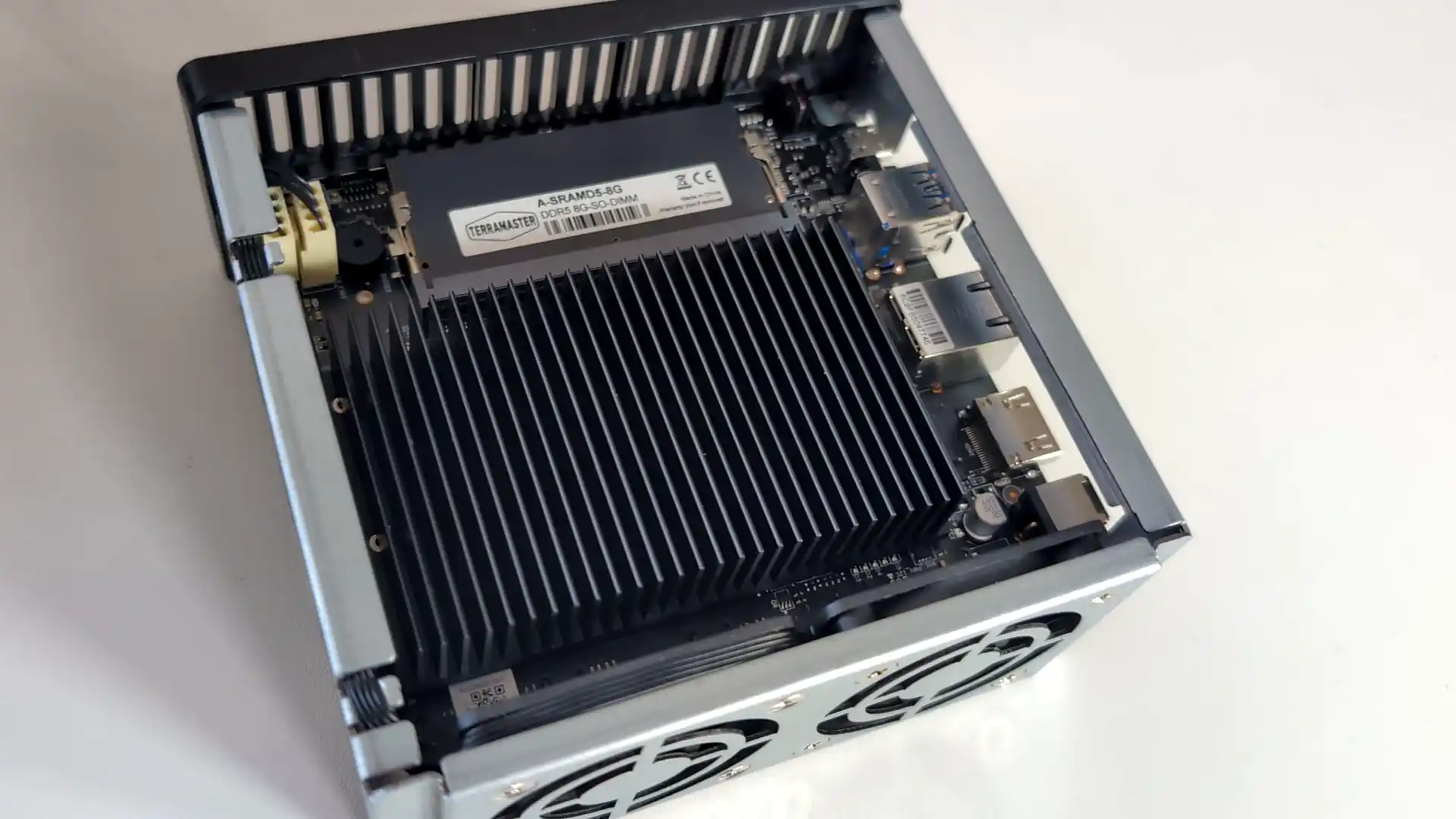

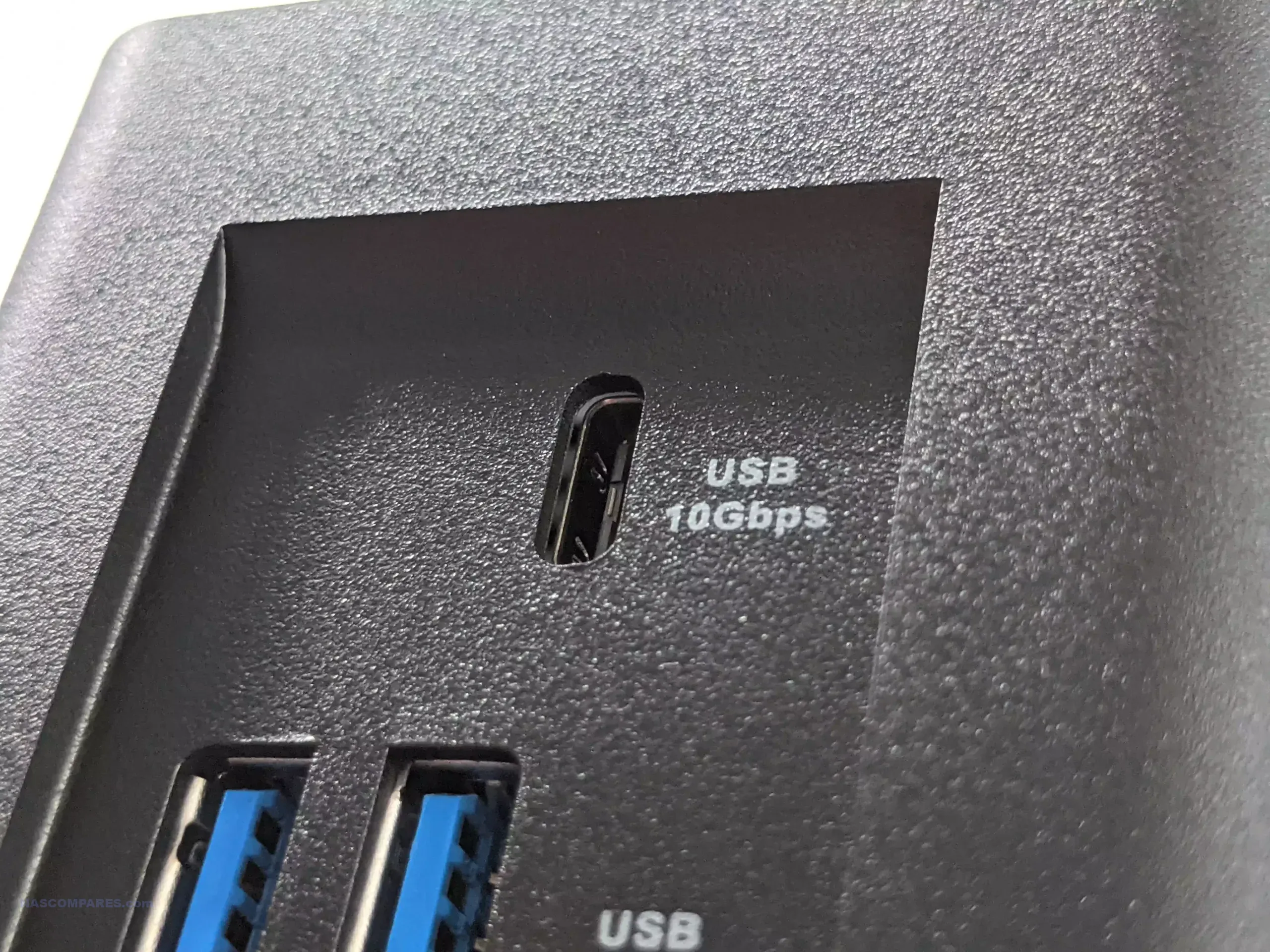

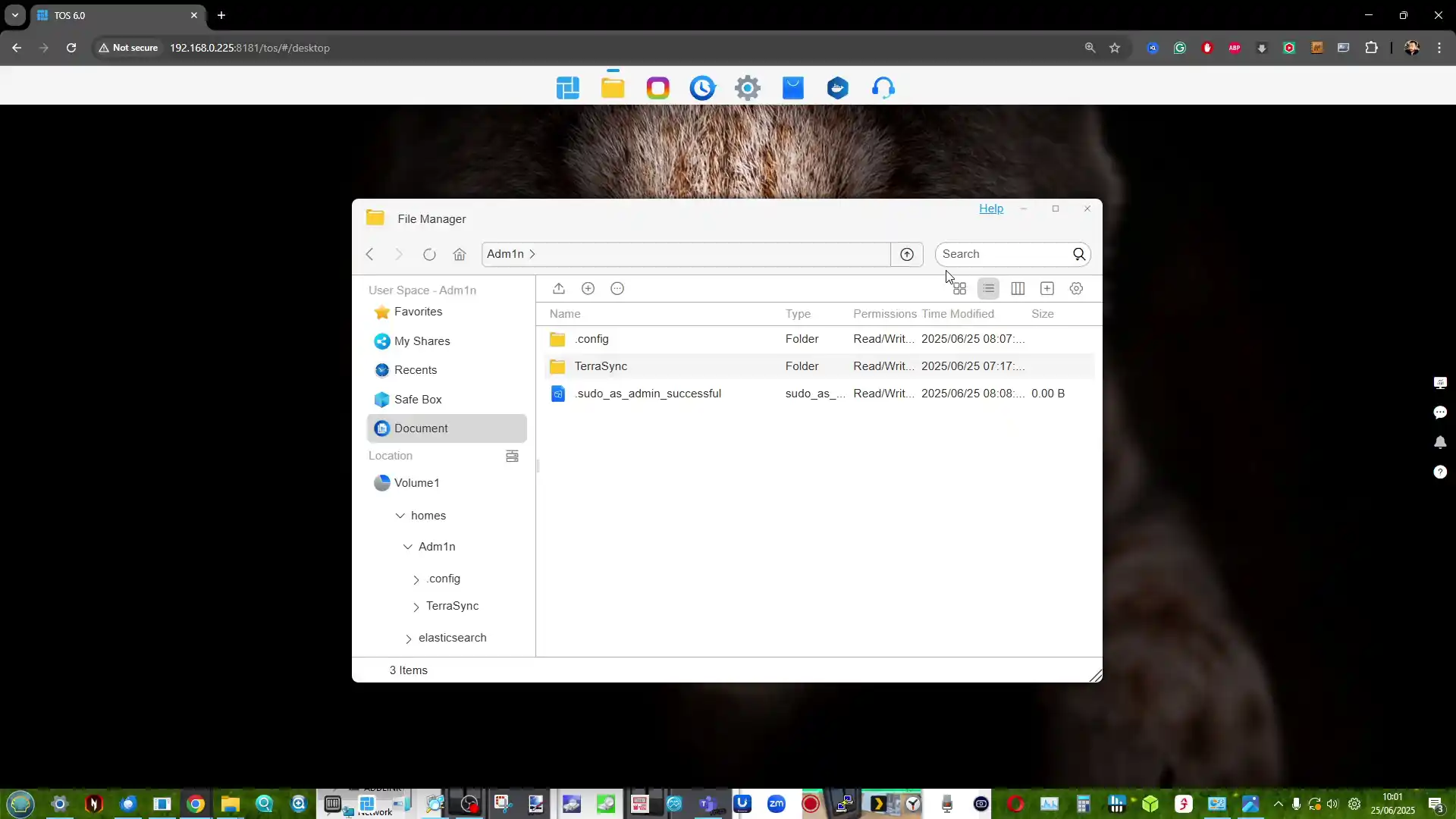
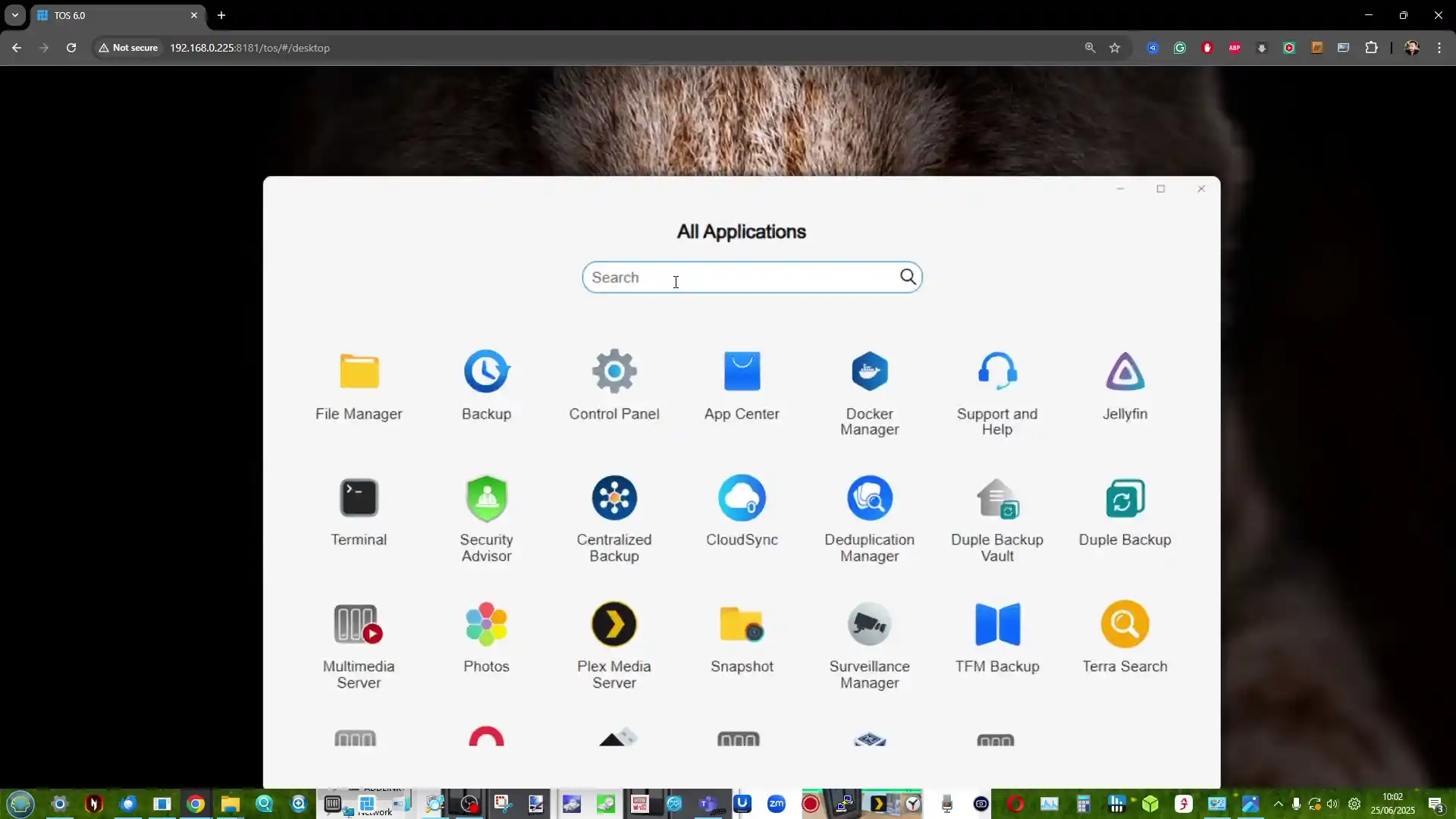
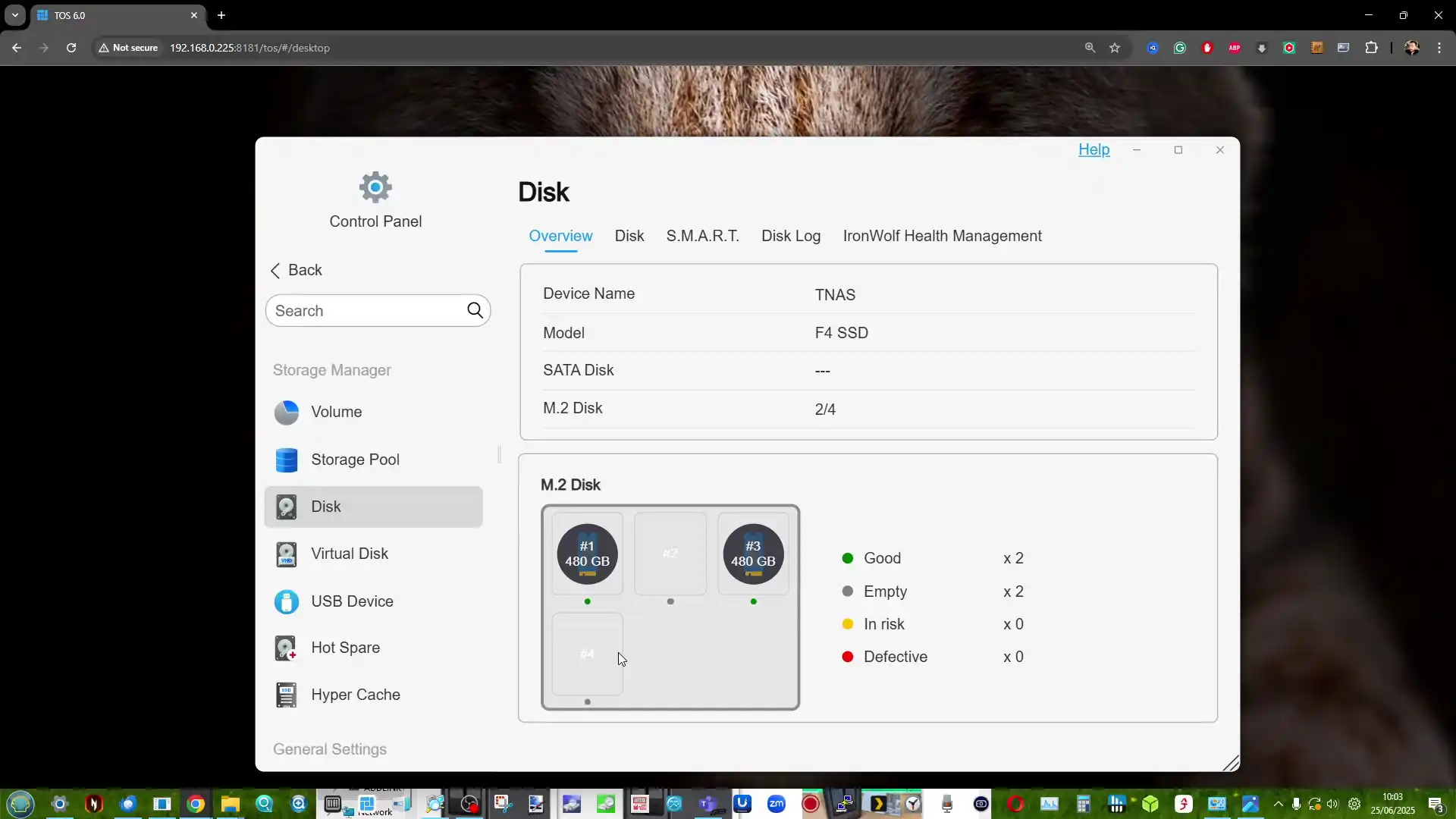
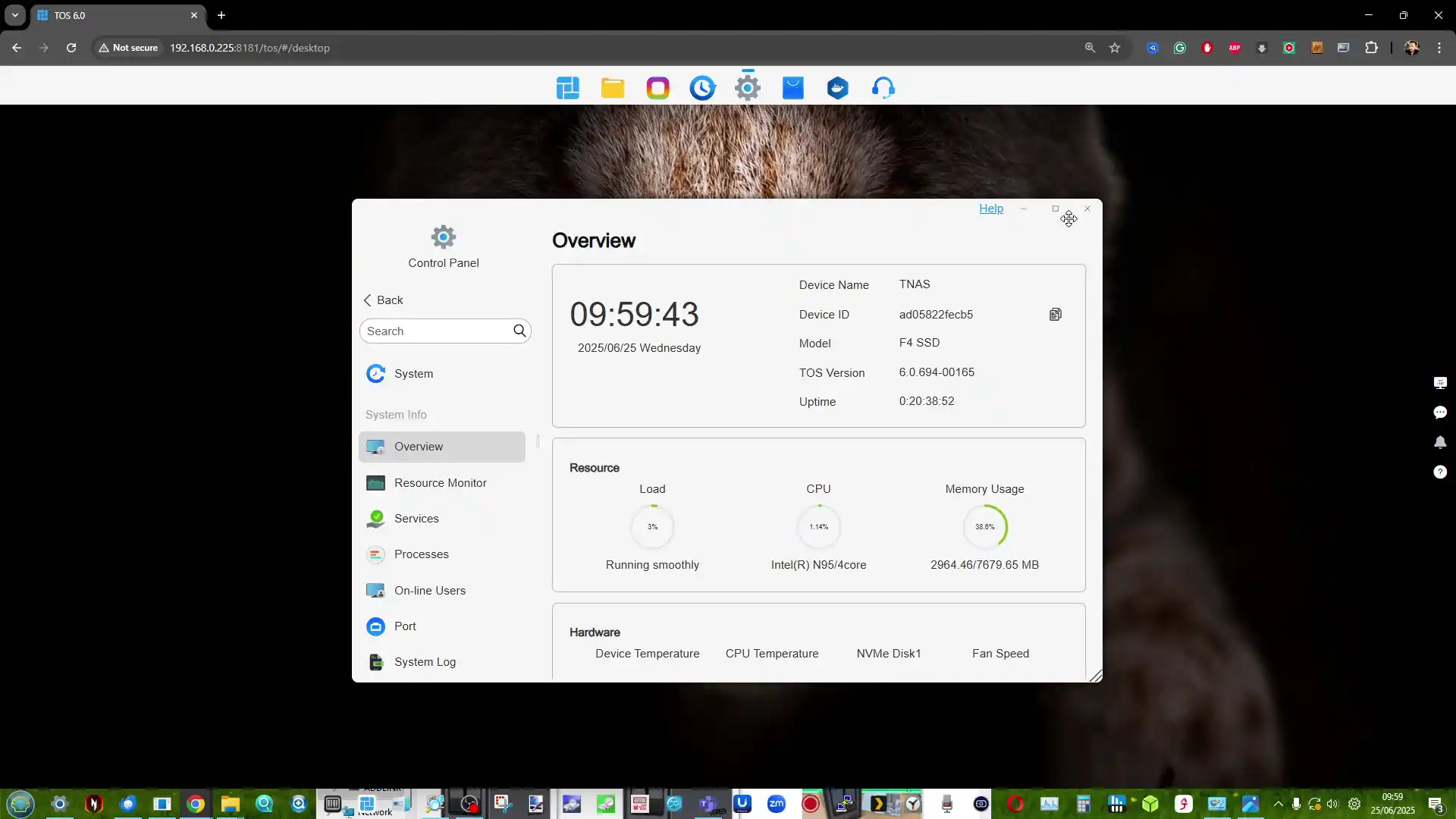
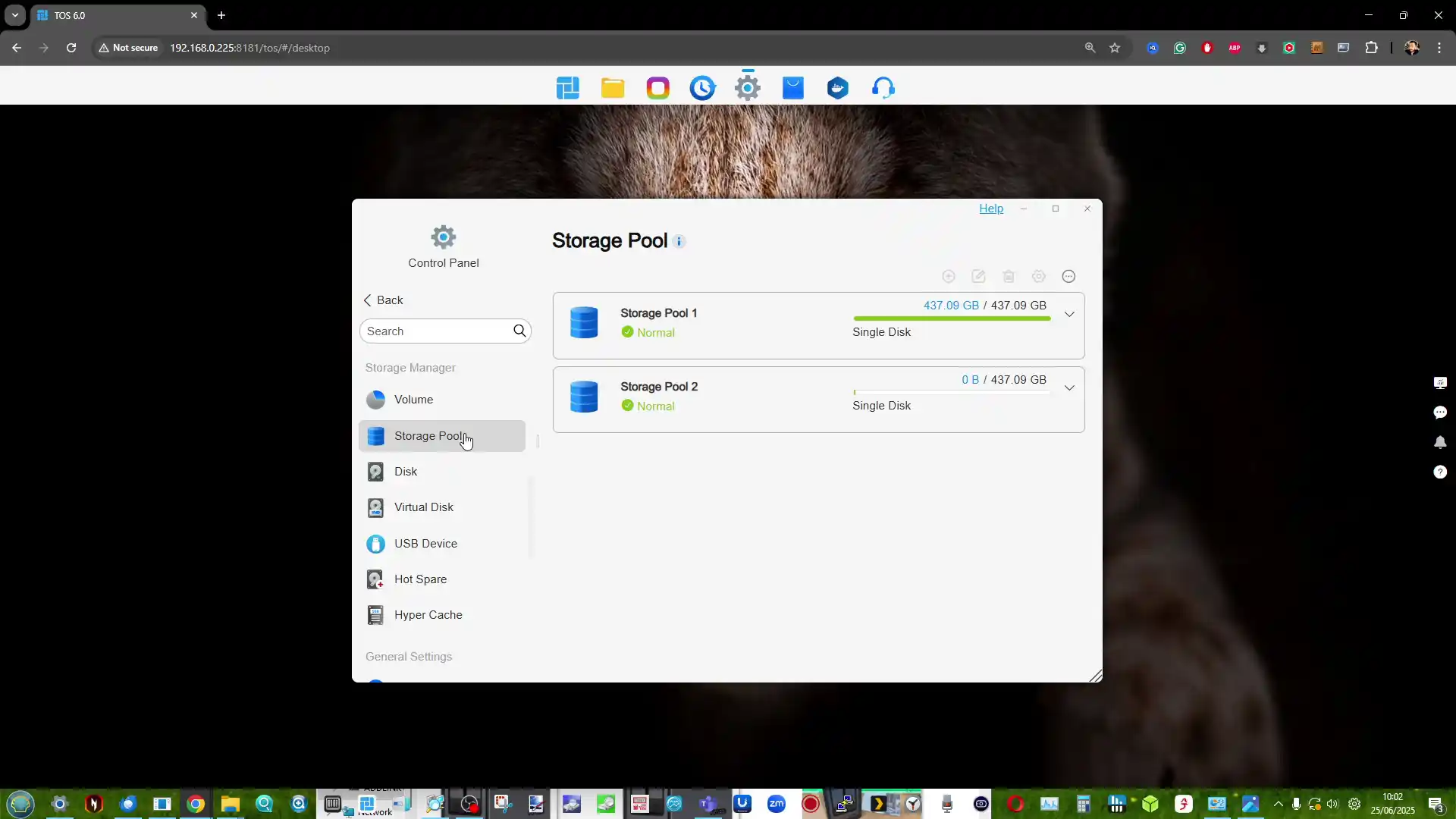
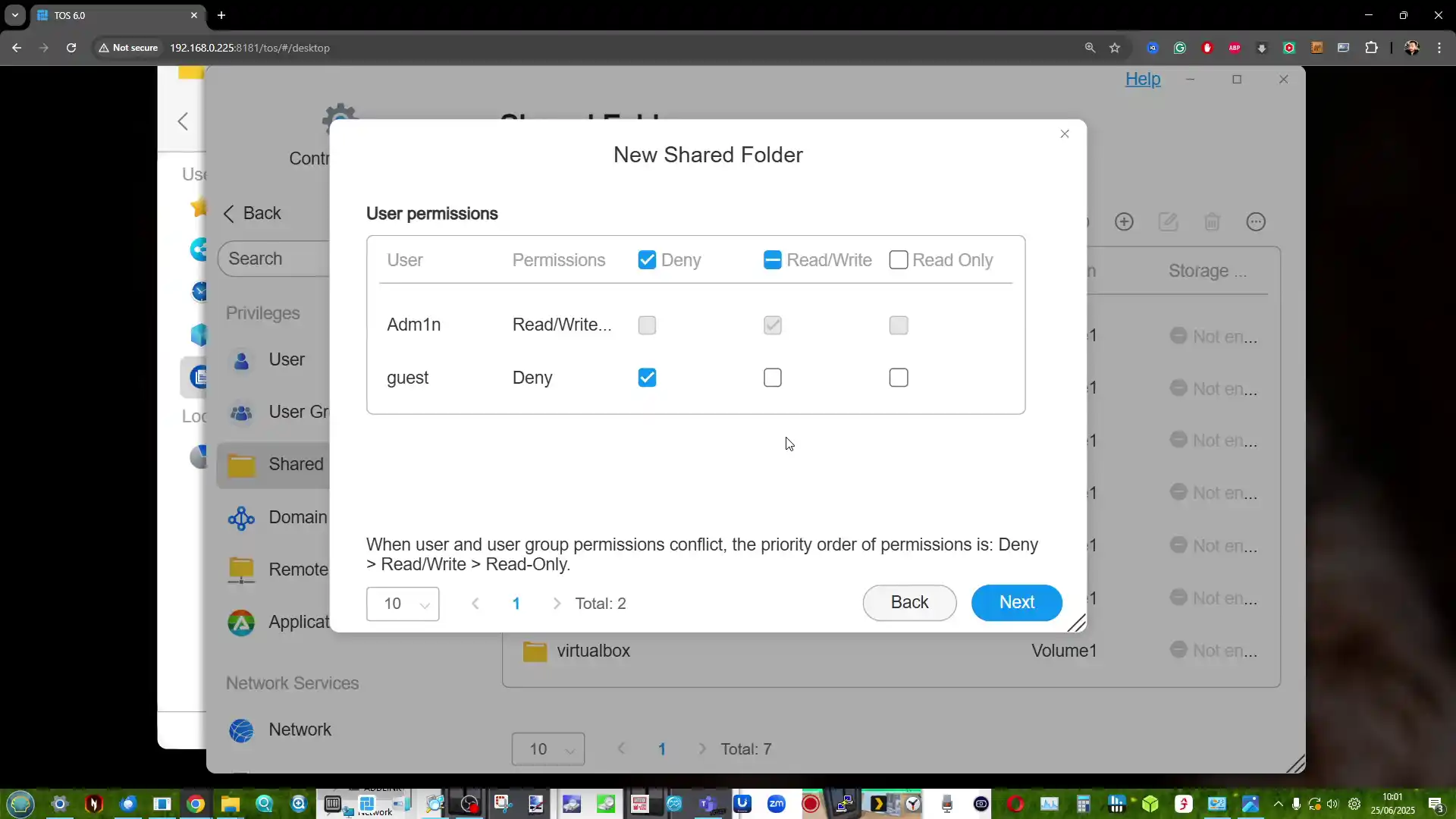
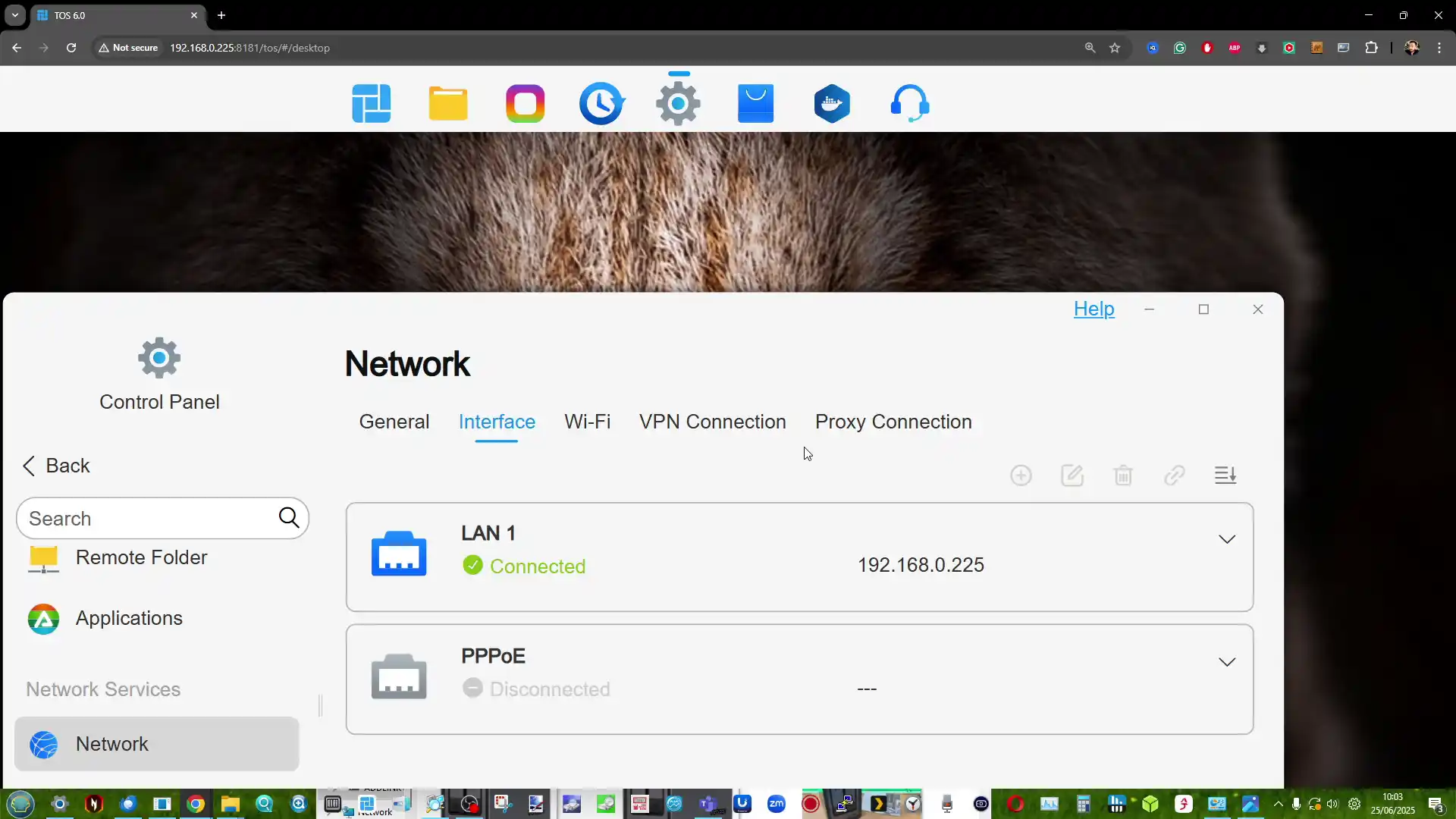
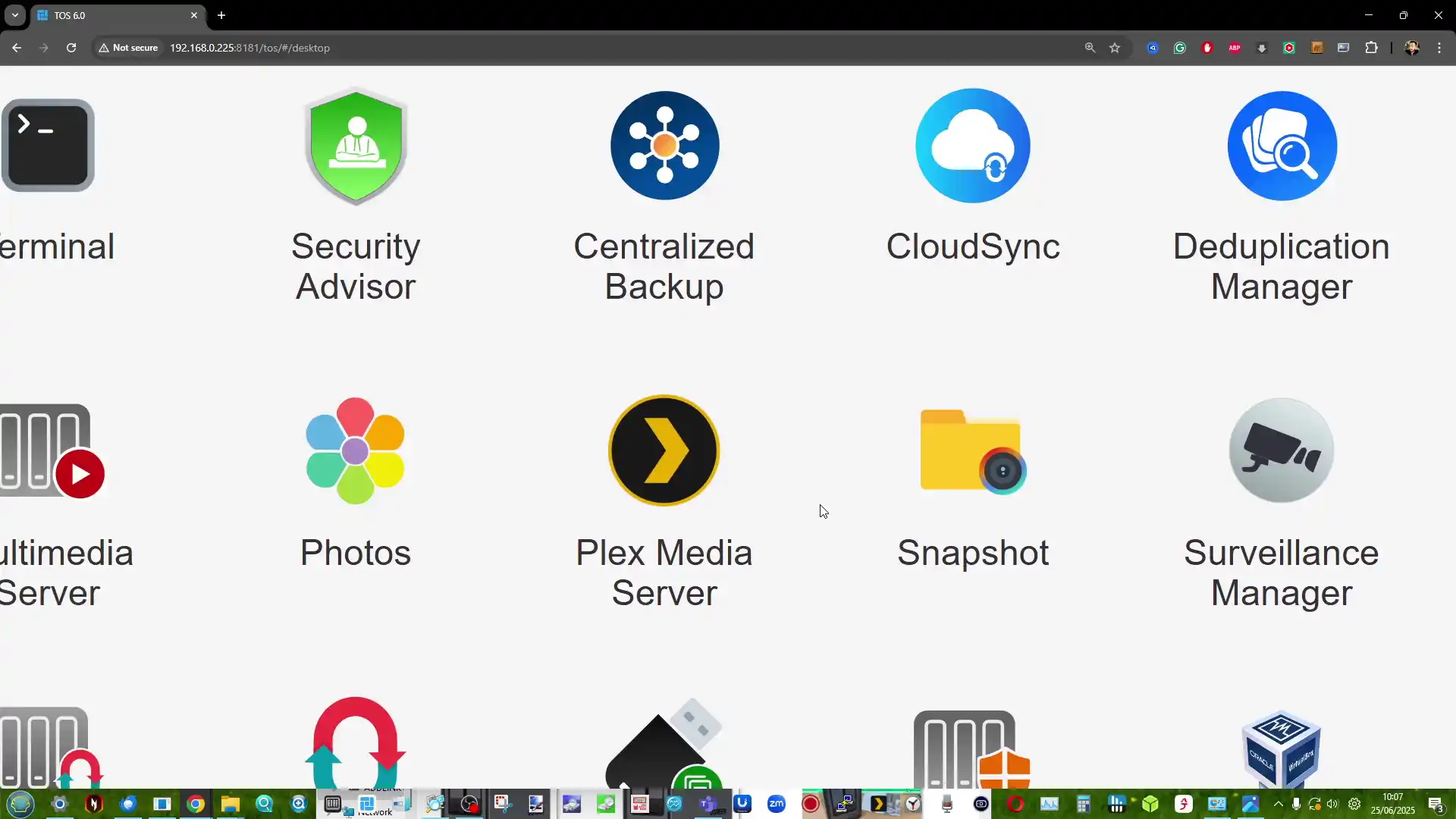
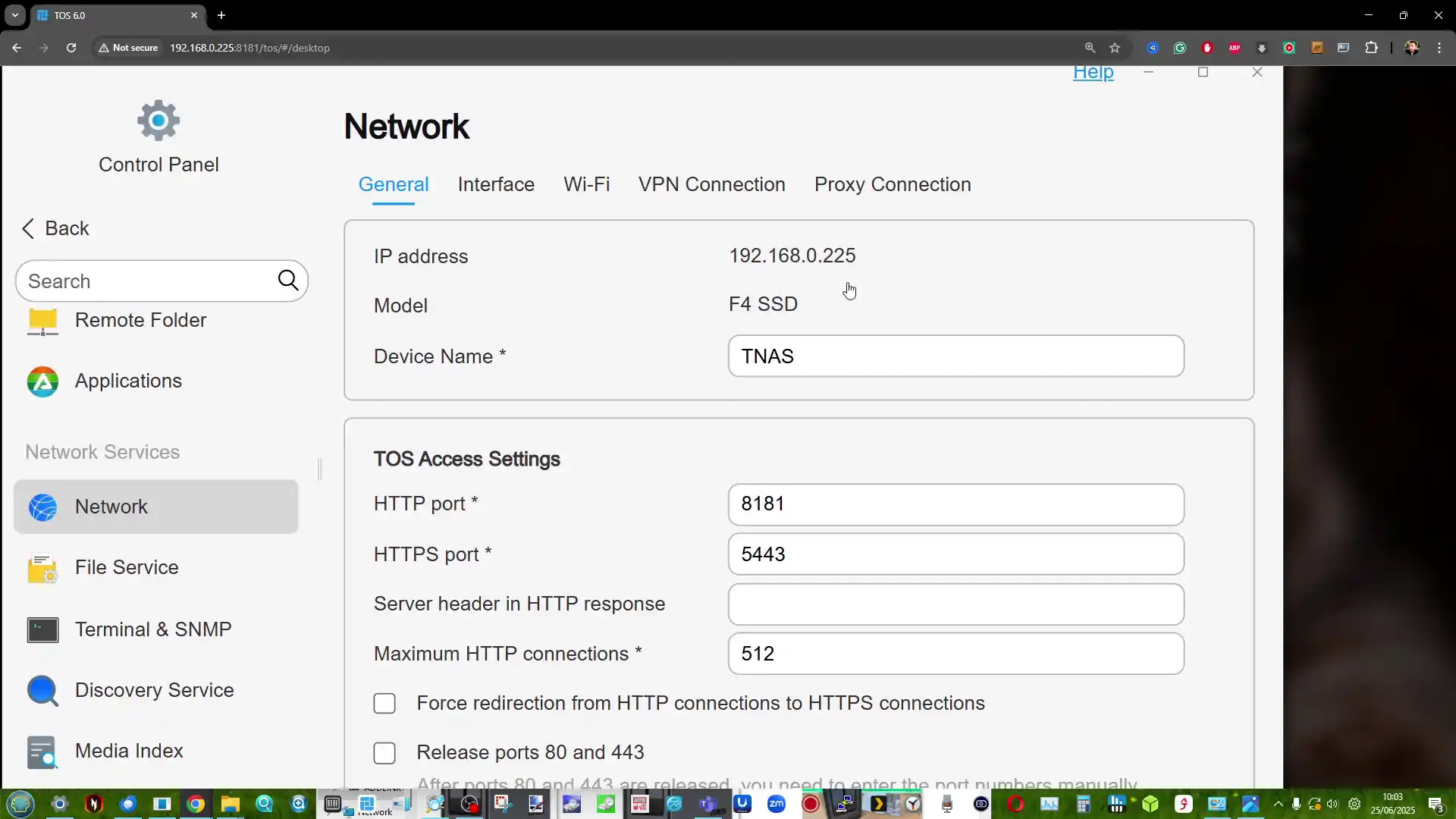
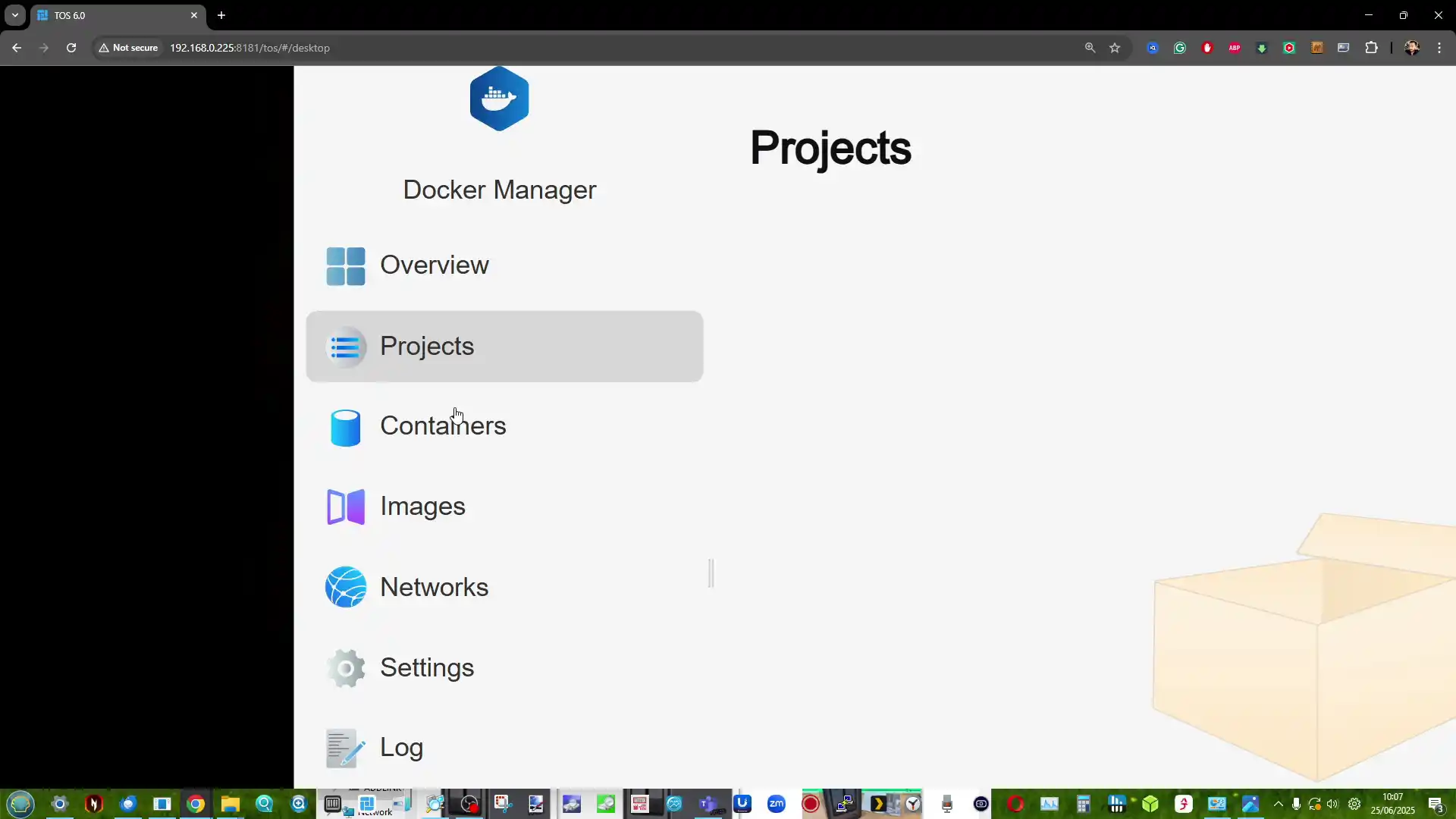
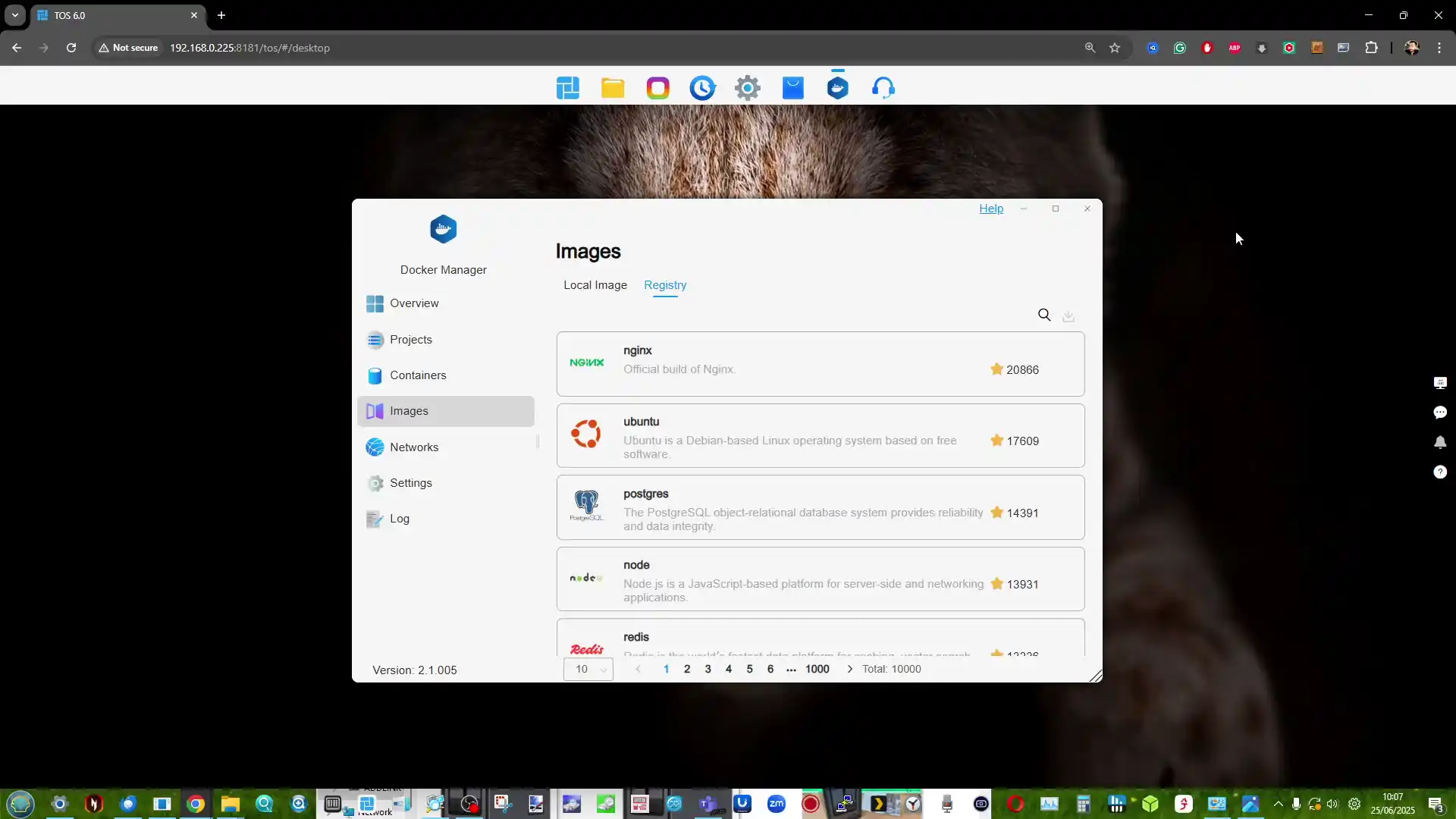
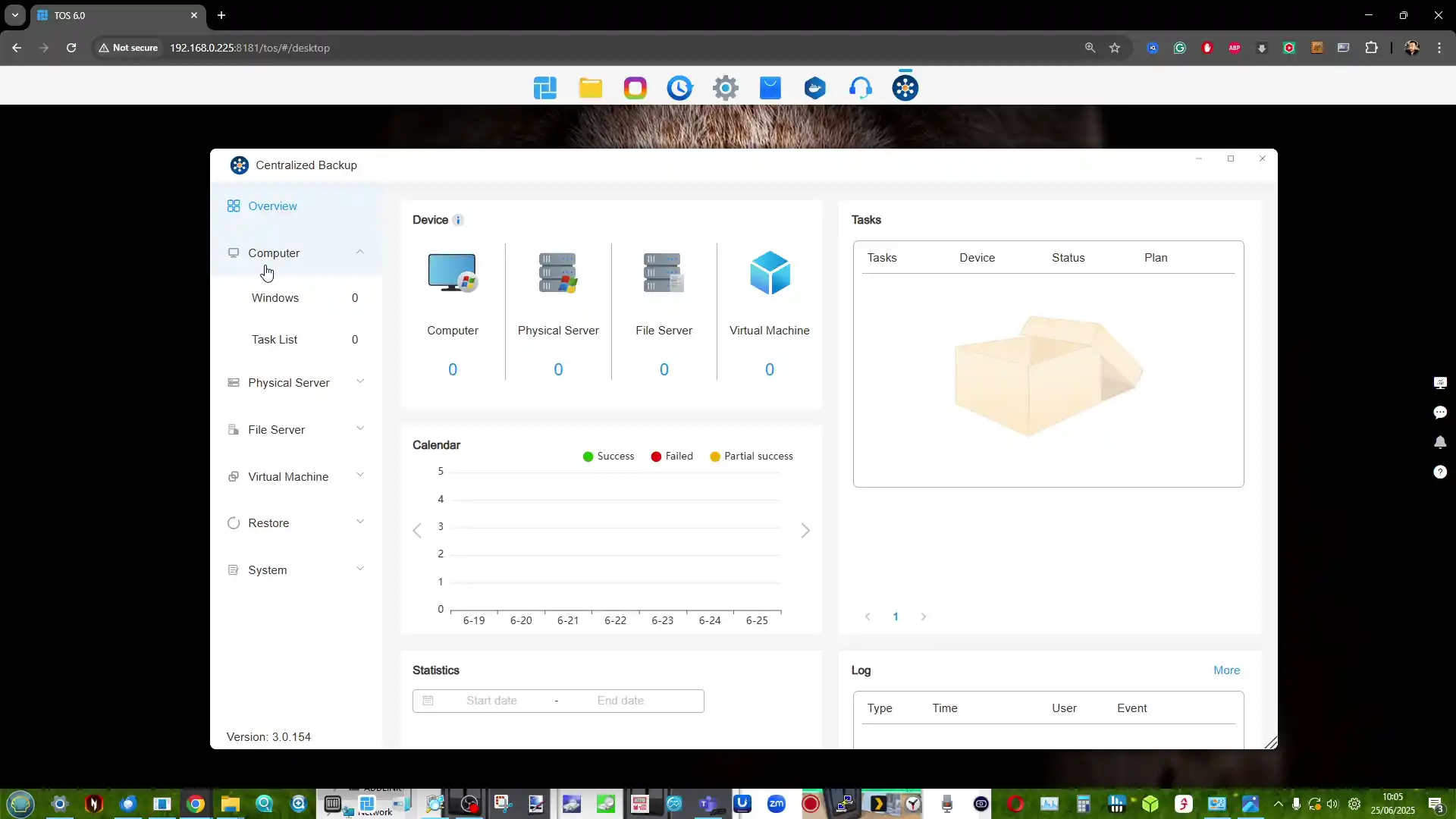
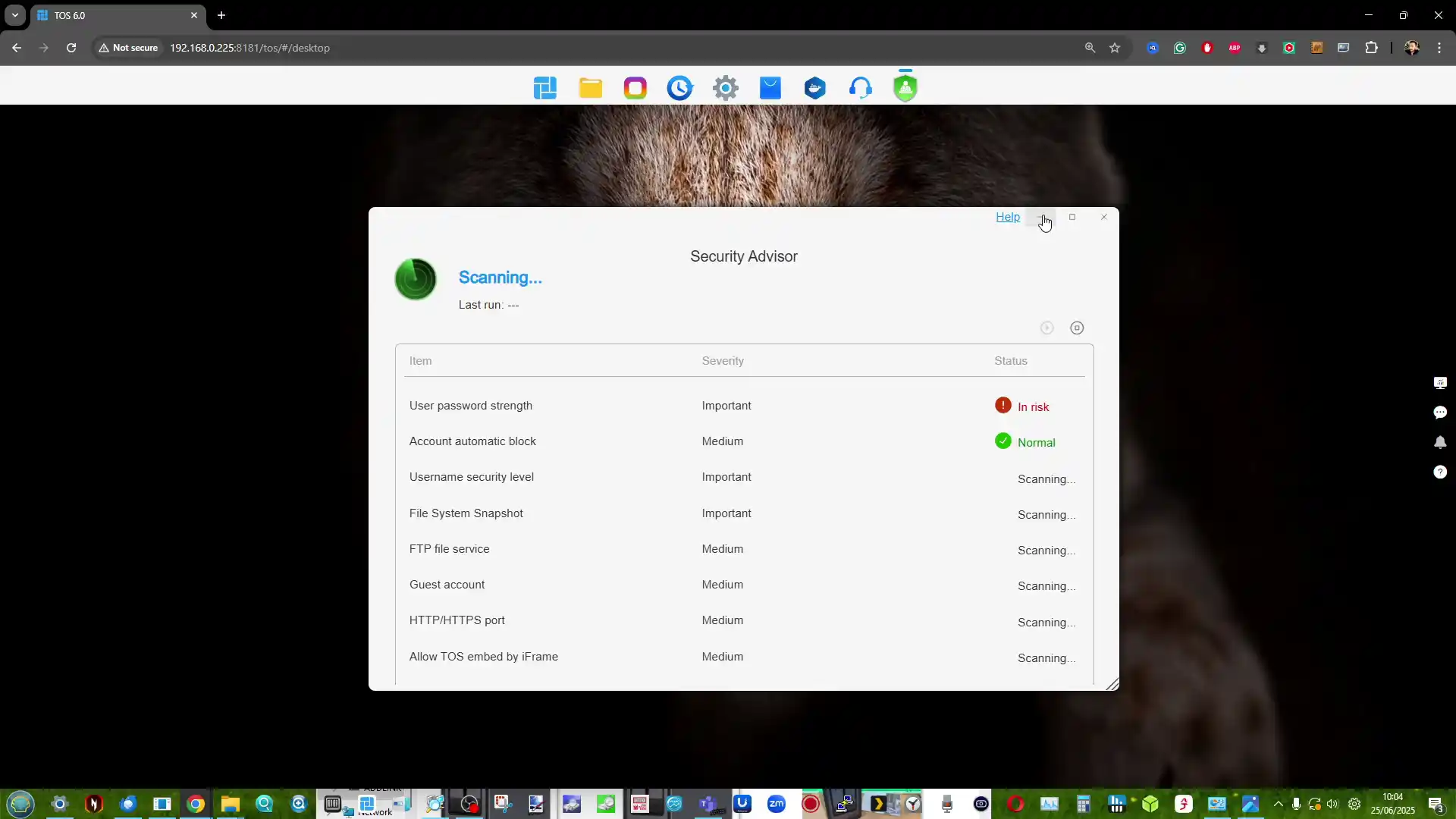
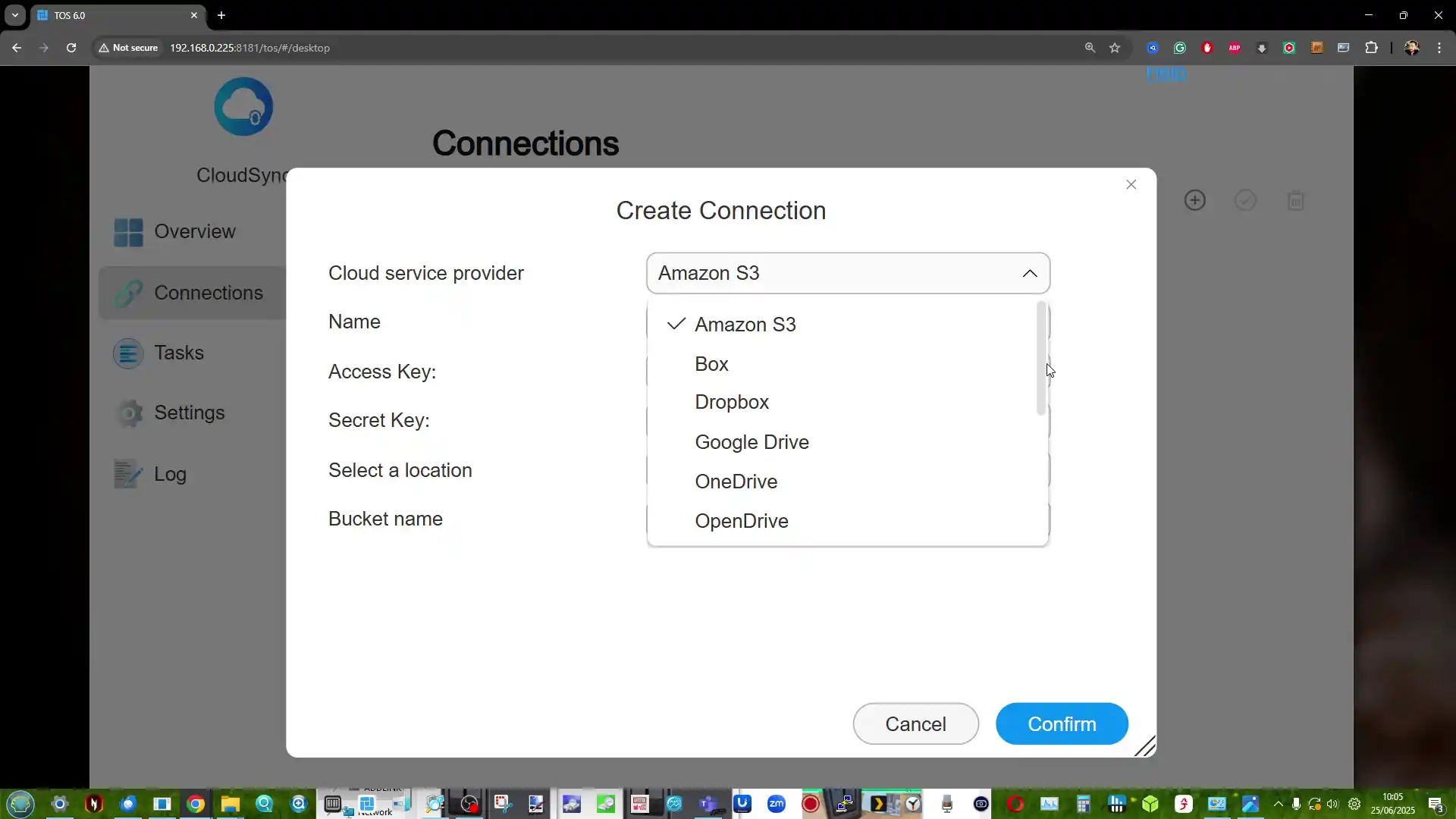
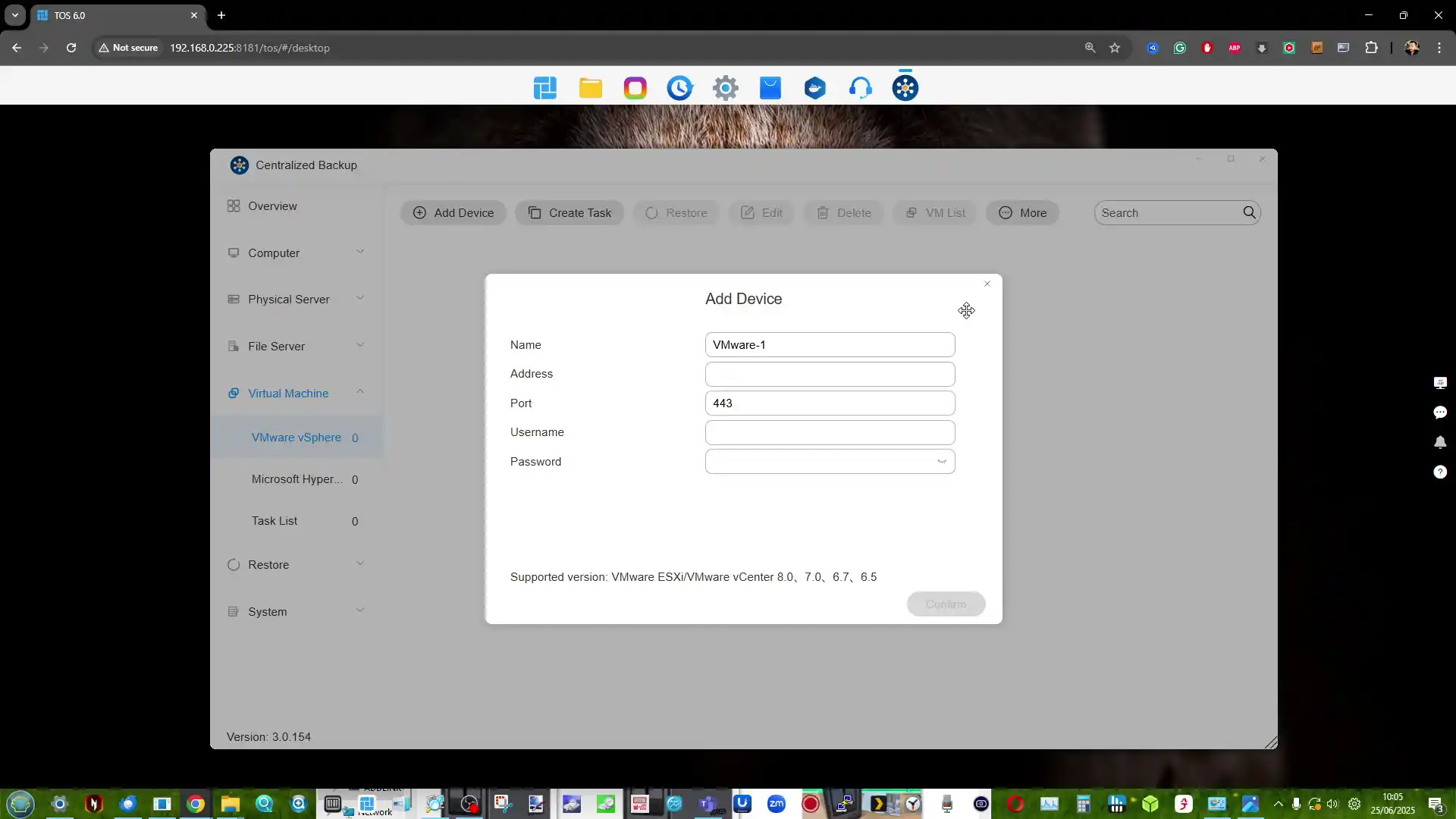
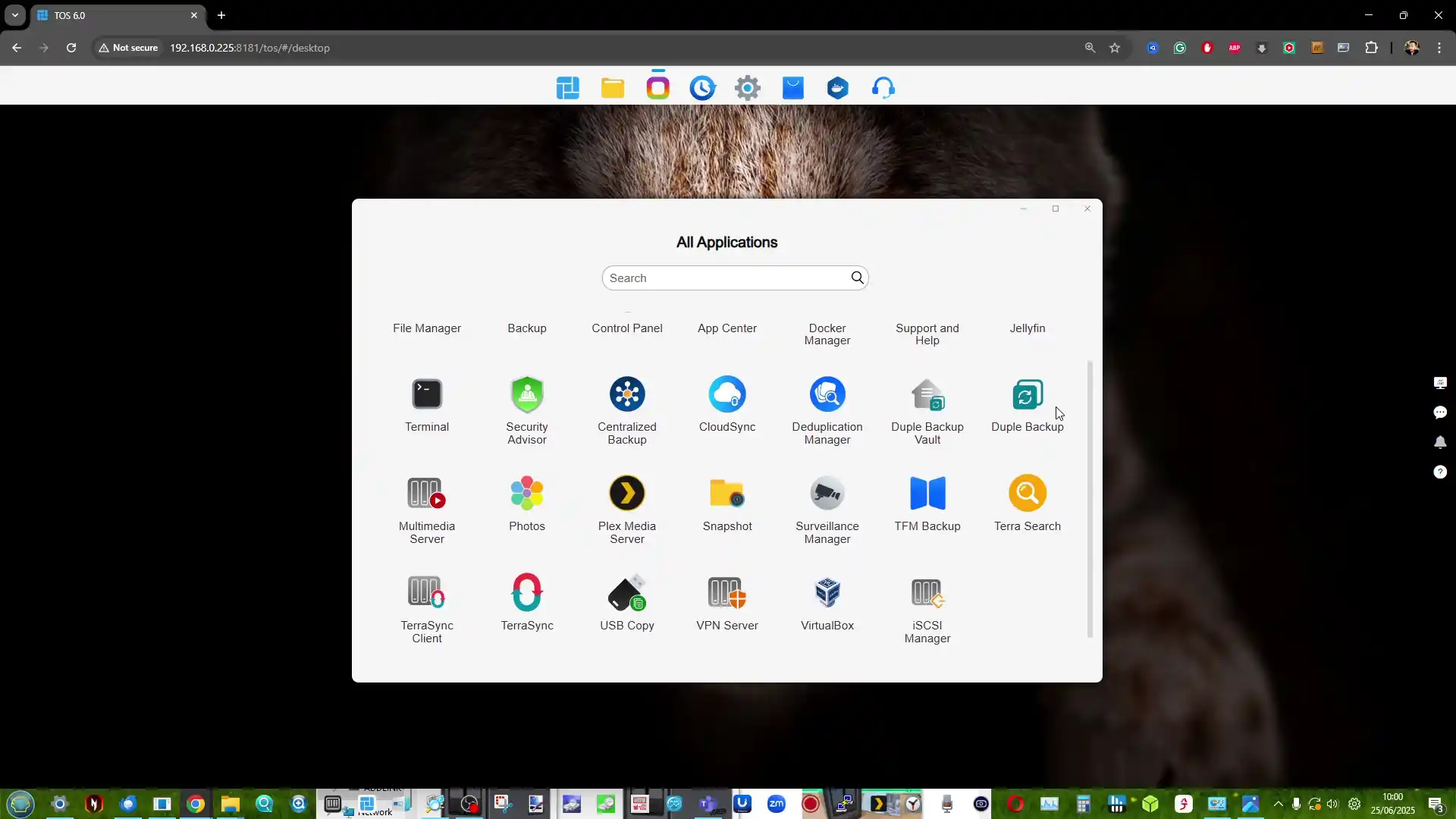

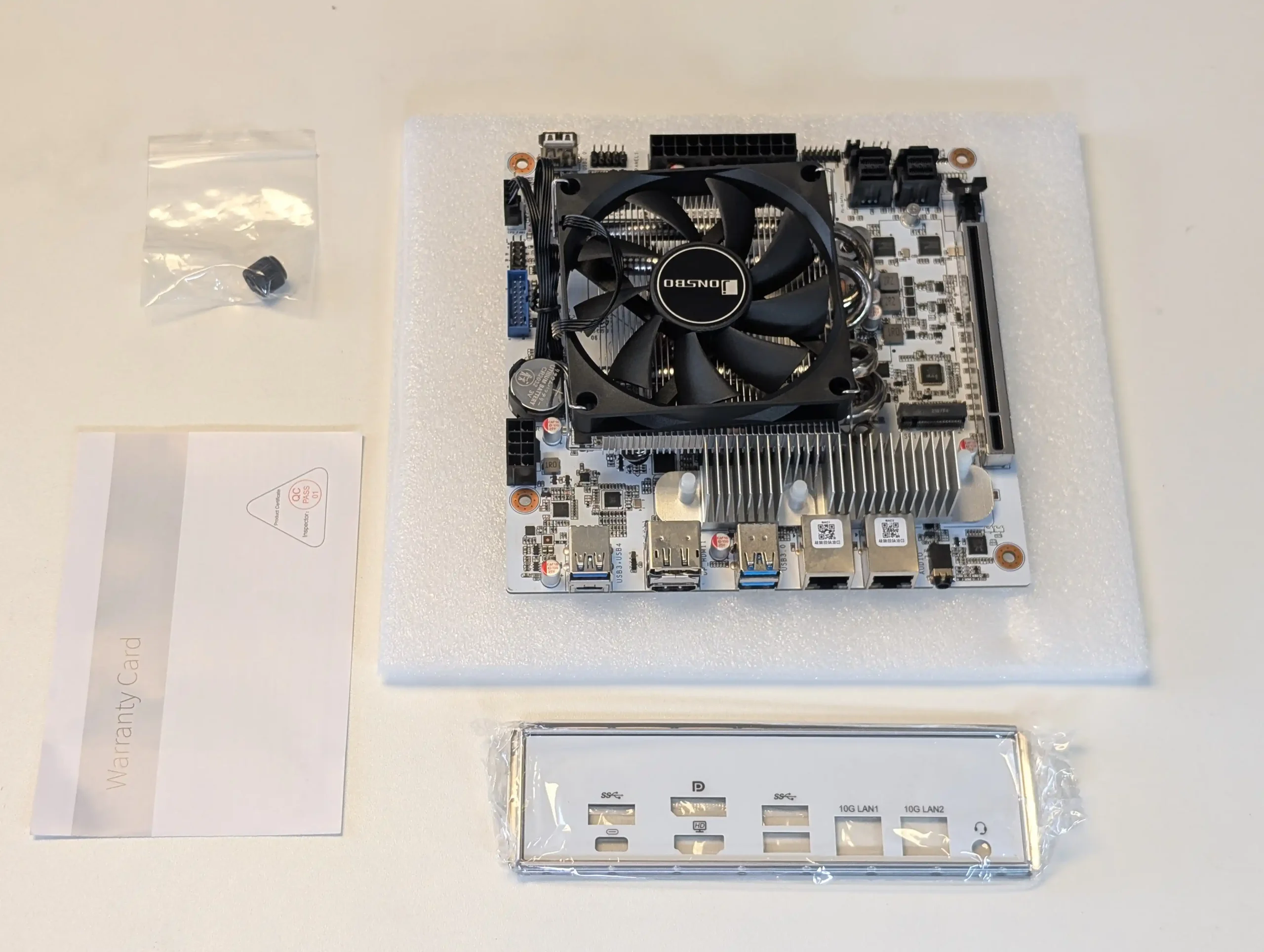
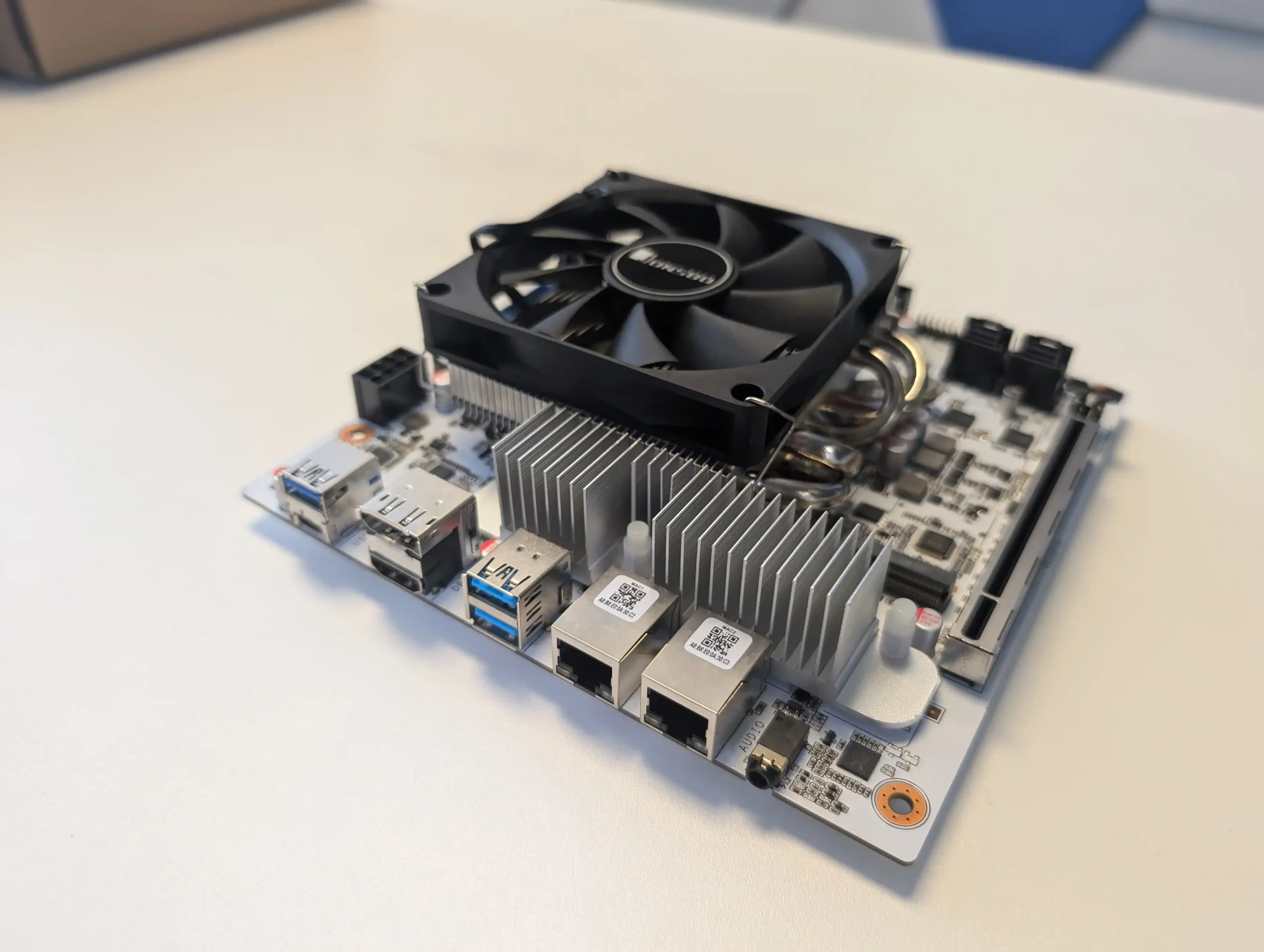
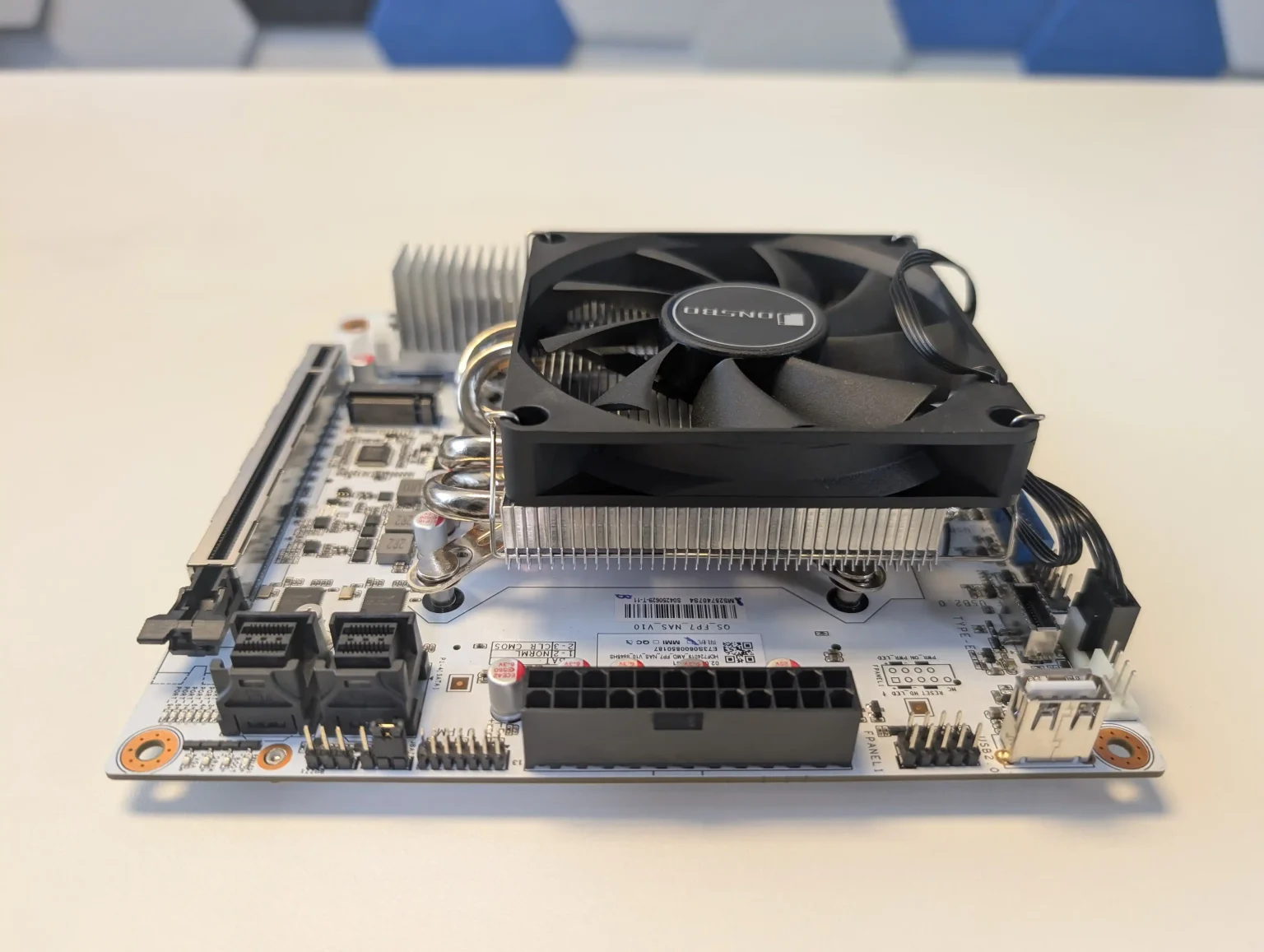
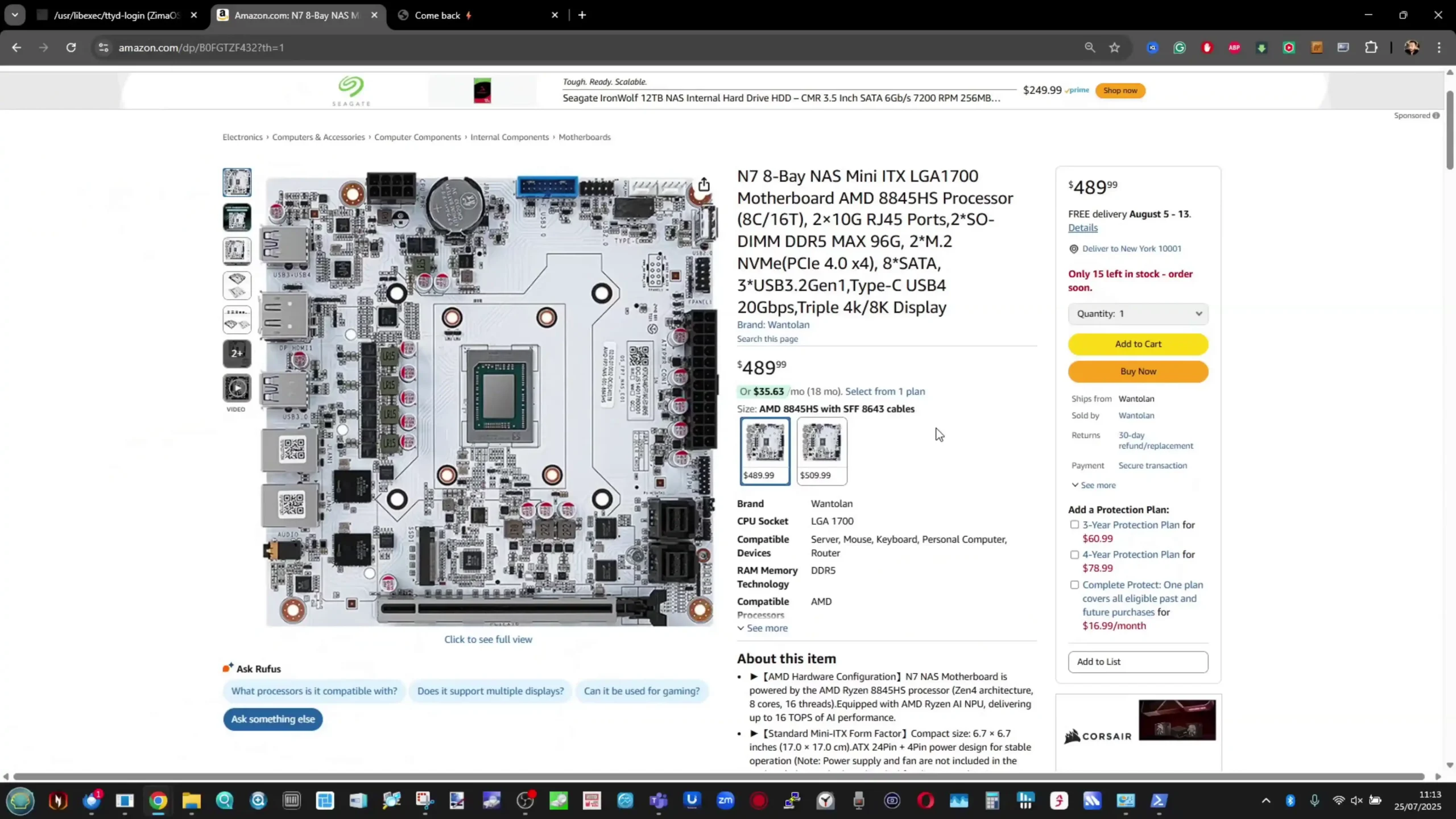
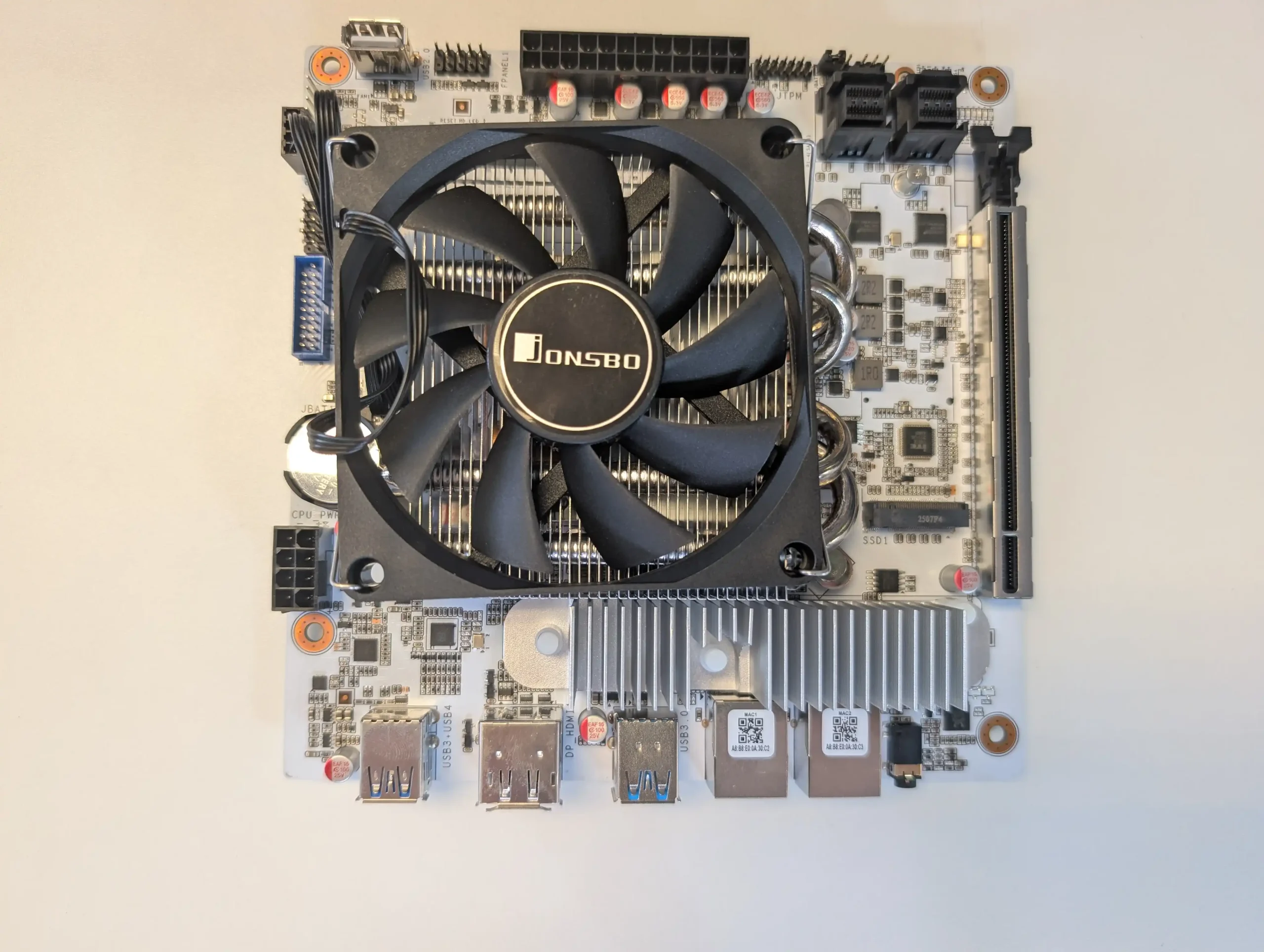
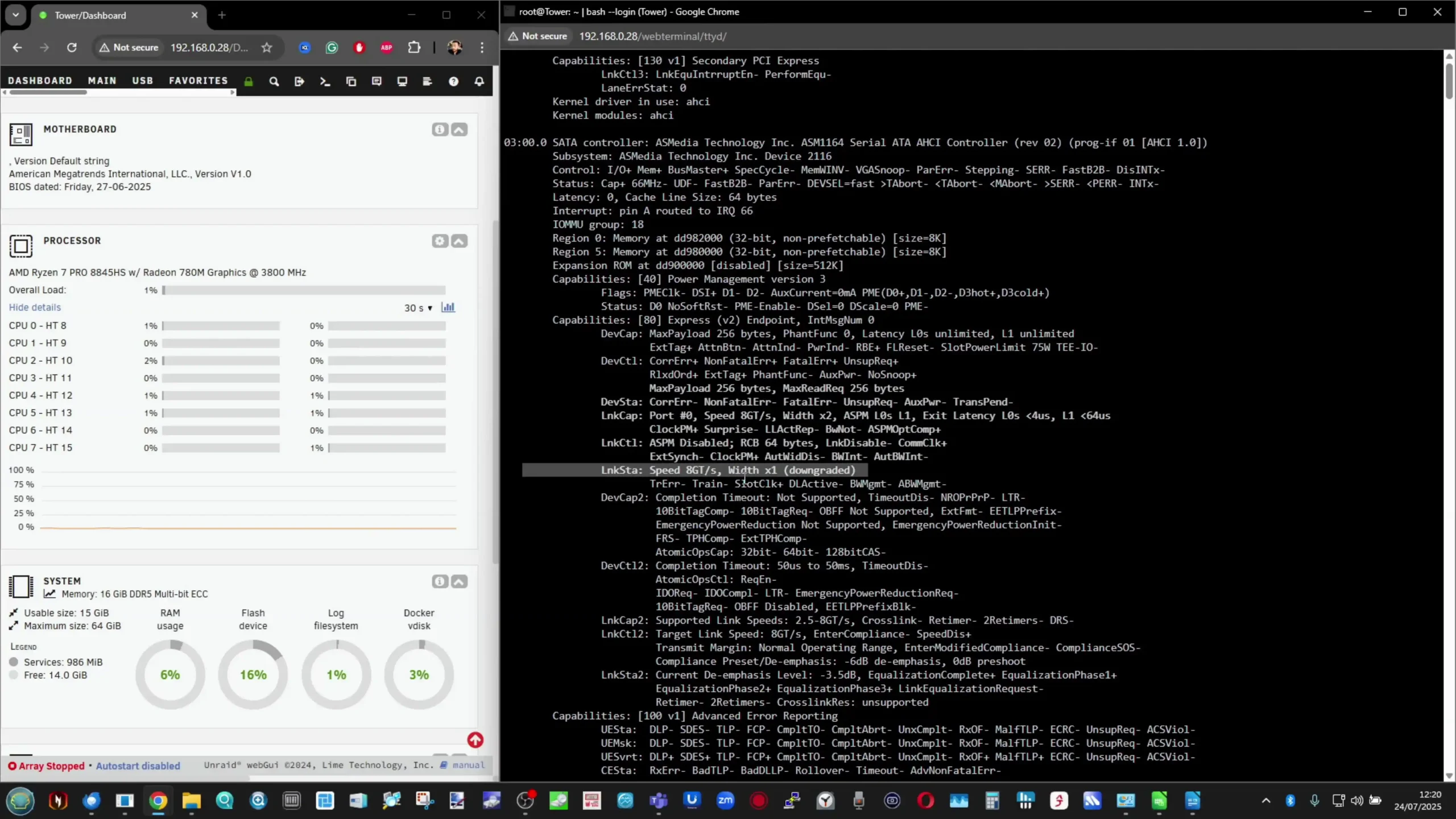
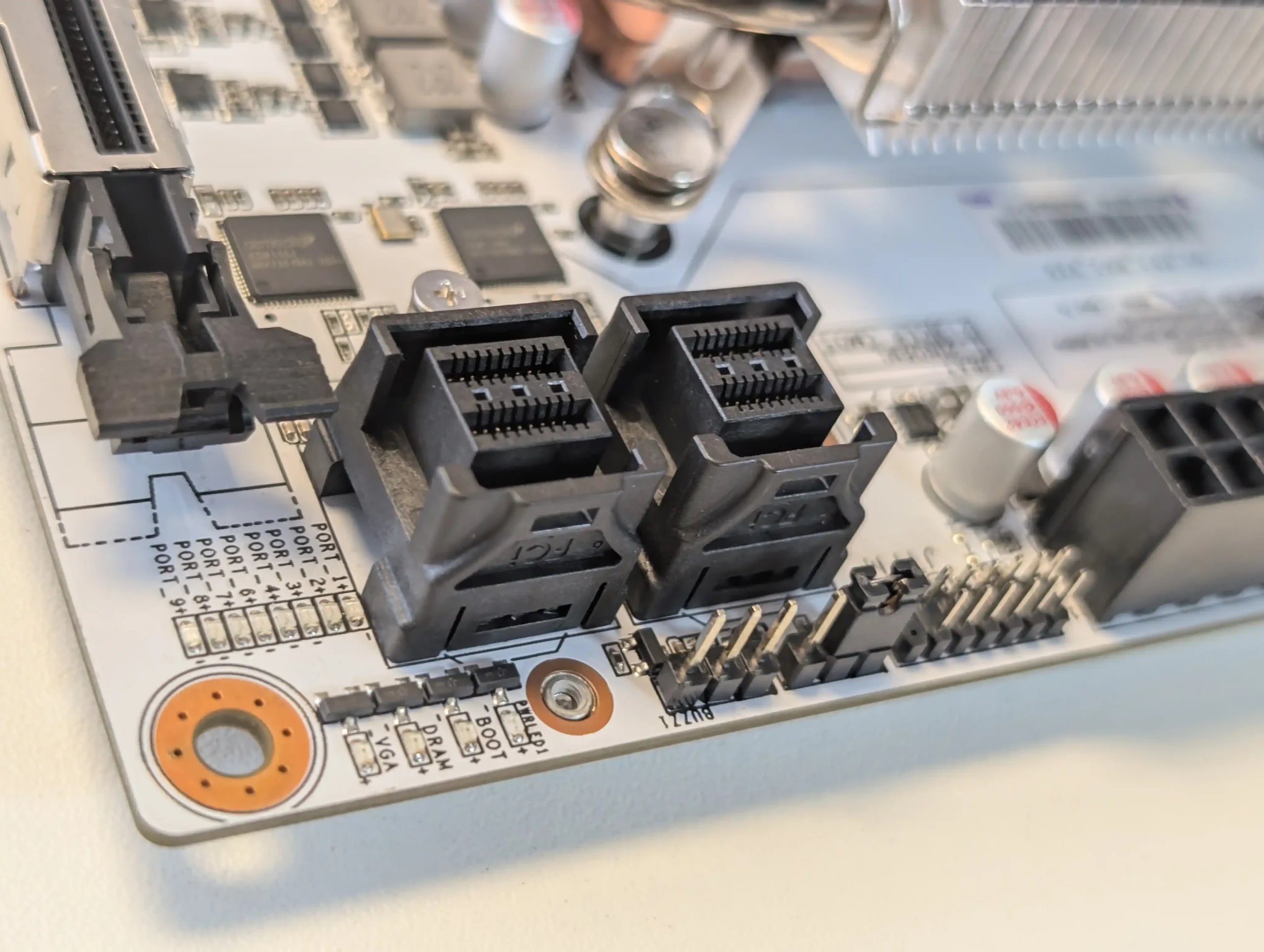
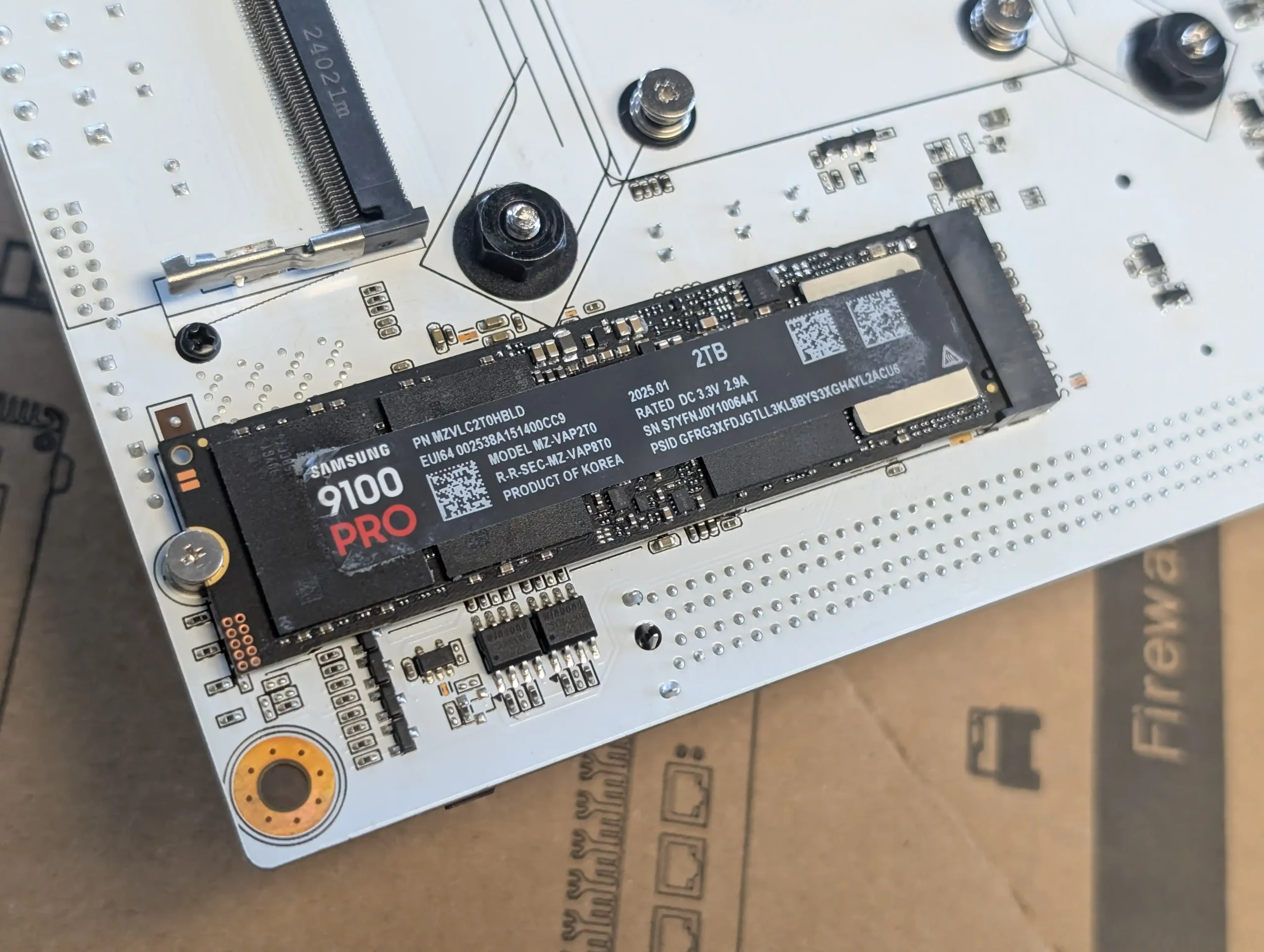
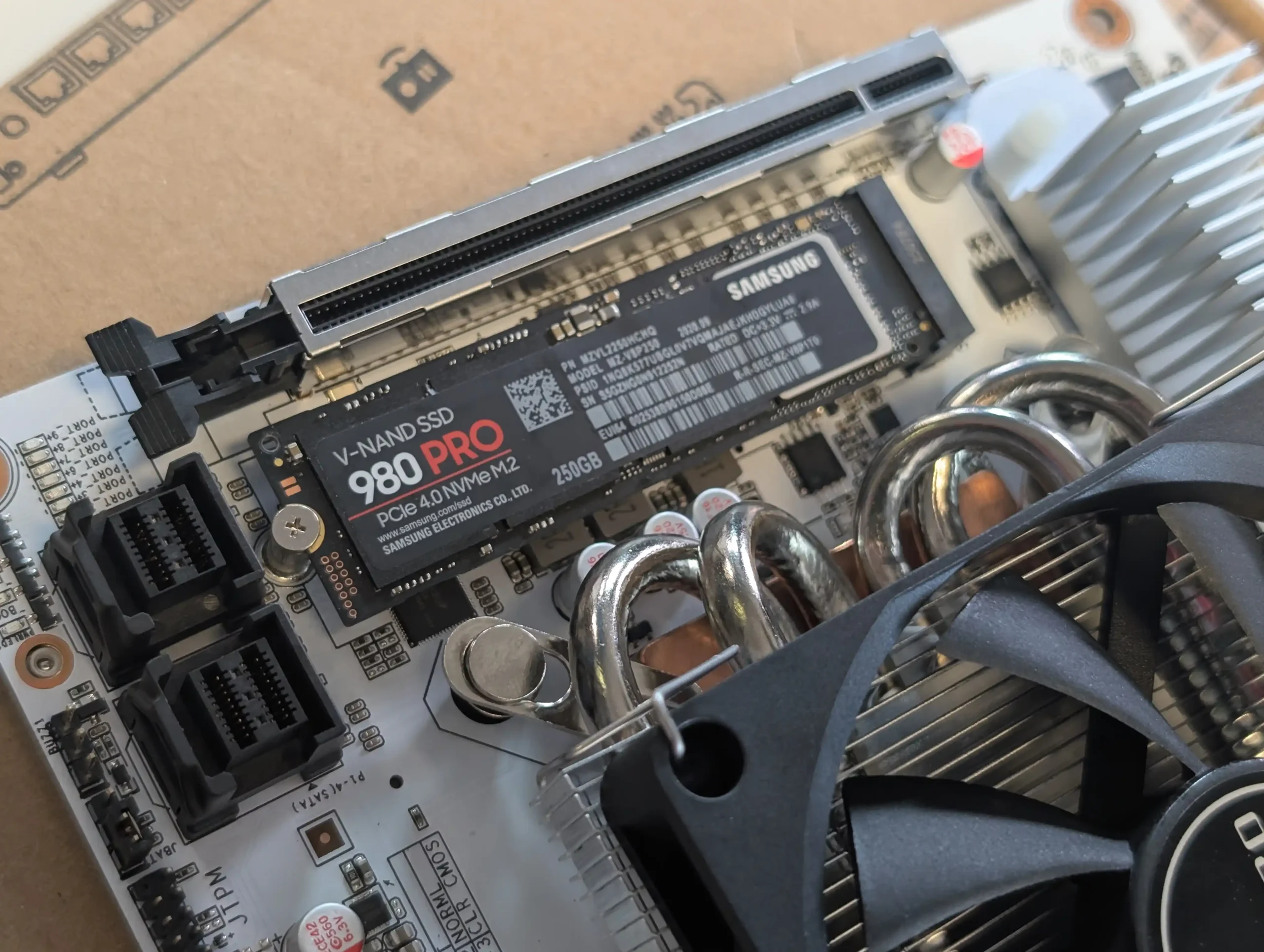
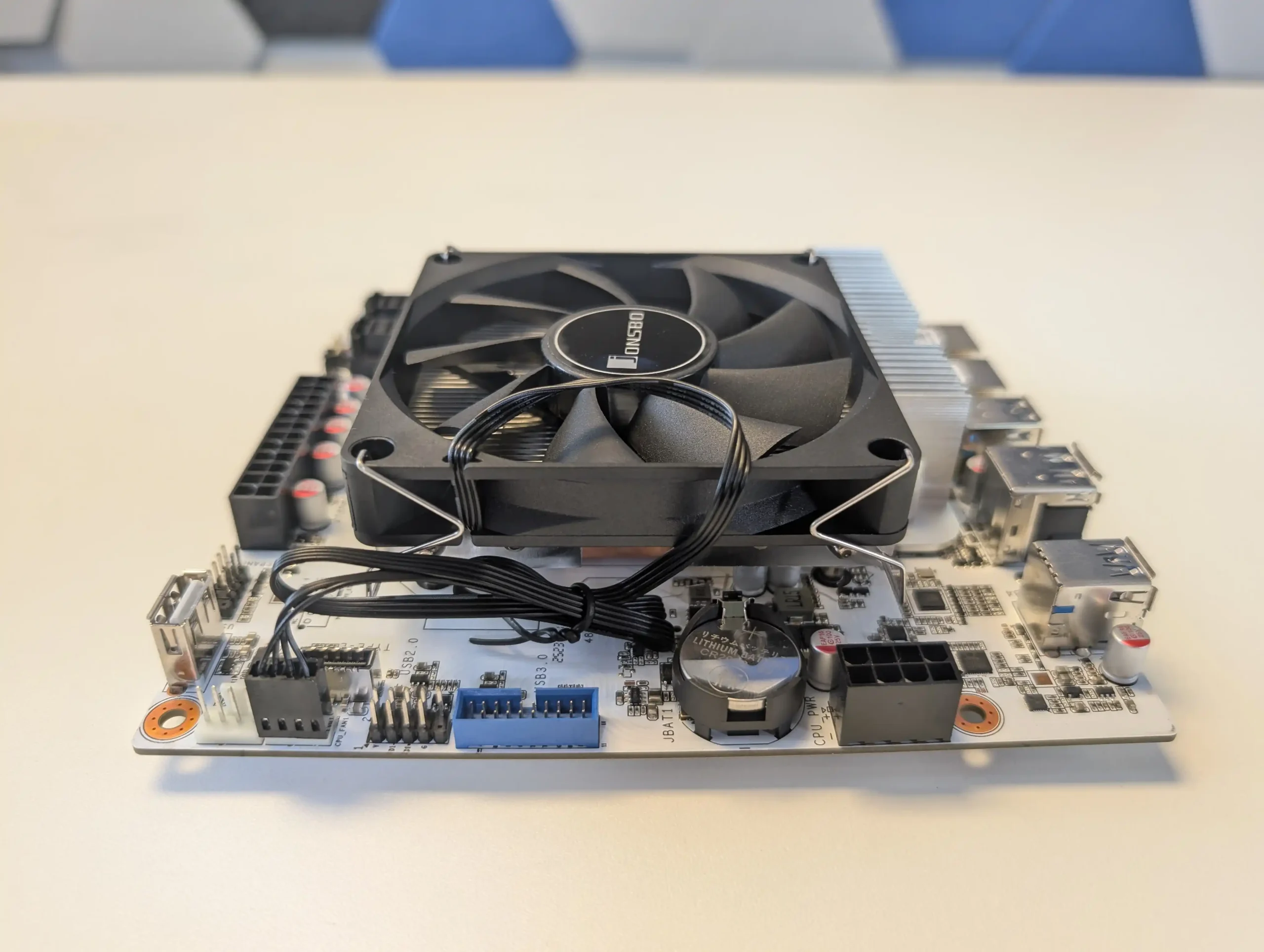
 8845HS processor, a Zen 4-based 8-core, 16-thread CPU designed for high-efficiency performance in mobile and embedded systems. With a base clock of 3.8GHz and a maximum boost clock of 5.1GHz, this chip provides considerably more computational headroom than most processors found in pre-built NAS devices or ITX boards at this price point. Its multithreaded performance is particularly well-suited for tasks like virtualization, multi-user services, parallel Docker workloads, and software-defined storage management.
8845HS processor, a Zen 4-based 8-core, 16-thread CPU designed for high-efficiency performance in mobile and embedded systems. With a base clock of 3.8GHz and a maximum boost clock of 5.1GHz, this chip provides considerably more computational headroom than most processors found in pre-built NAS devices or ITX boards at this price point. Its multithreaded performance is particularly well-suited for tasks like virtualization, multi-user services, parallel Docker workloads, and software-defined storage management.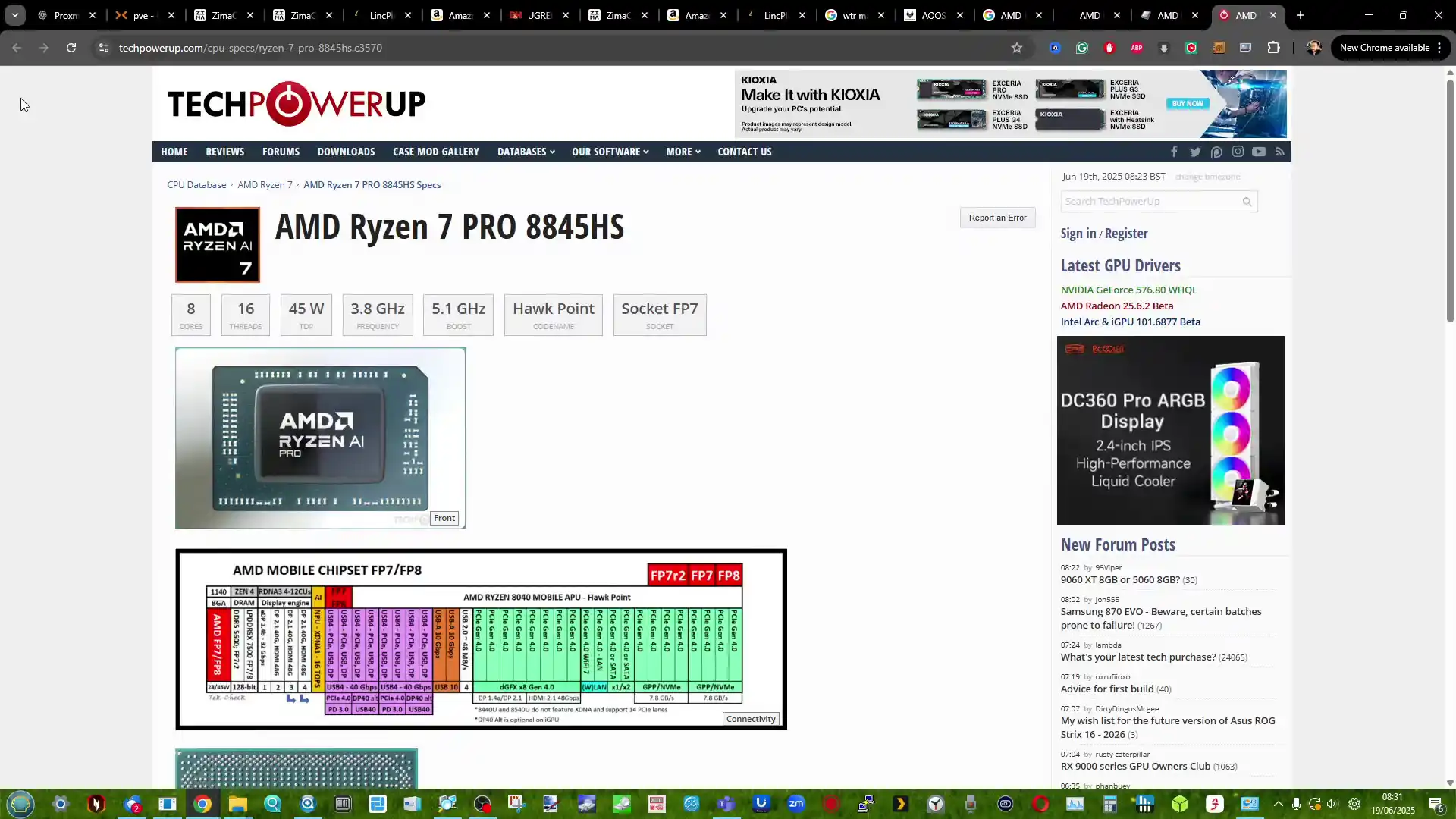

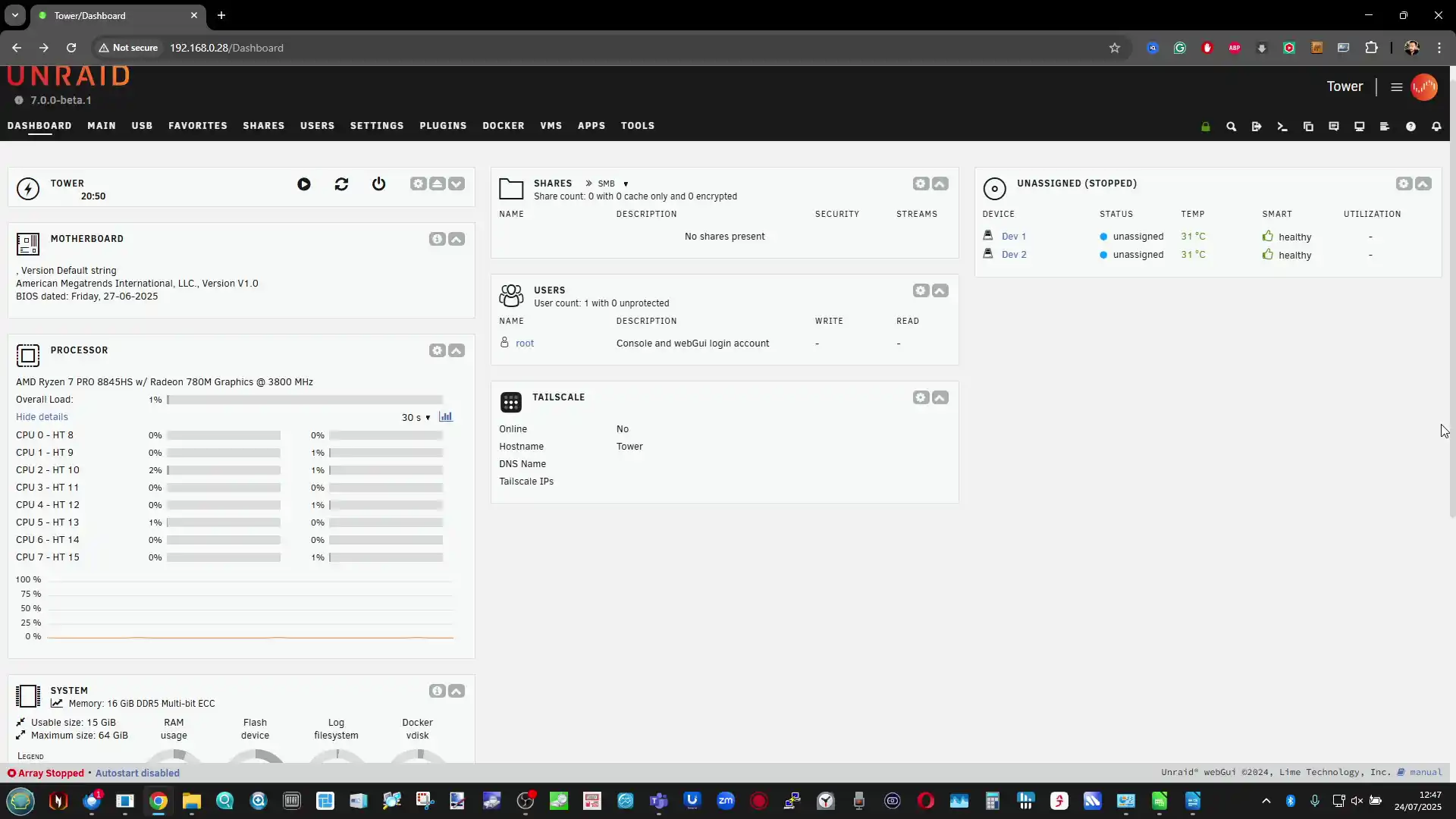
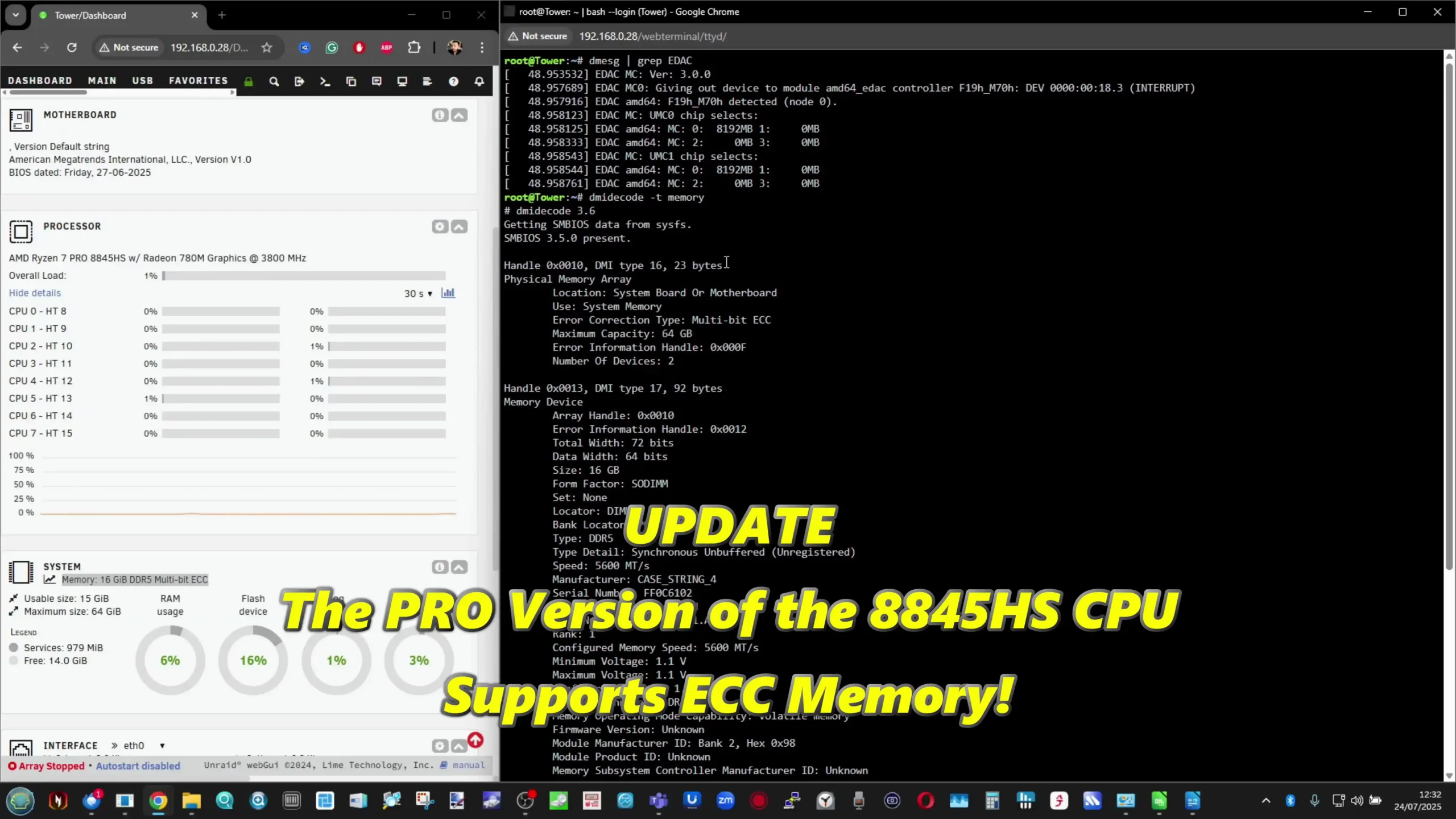

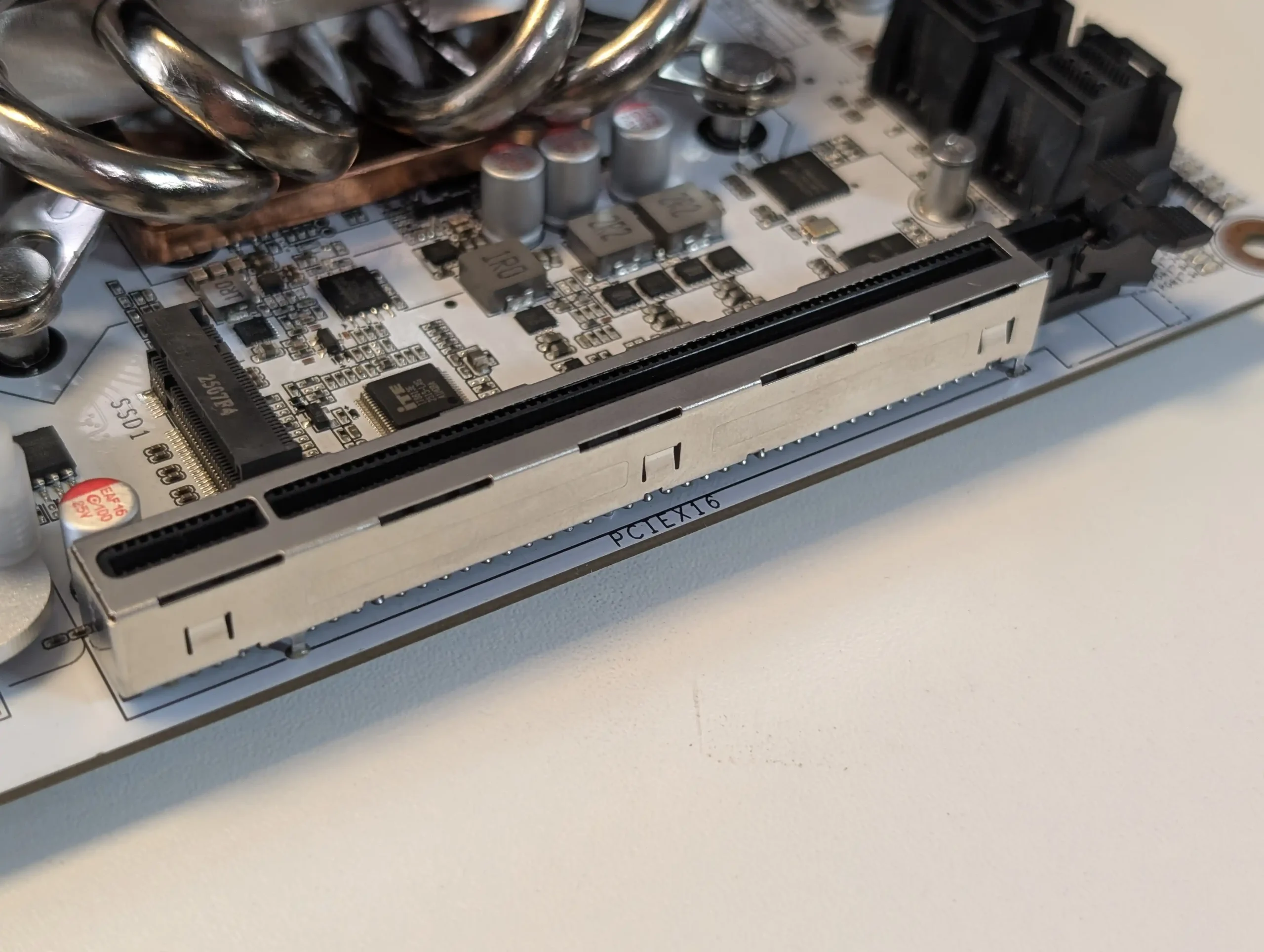
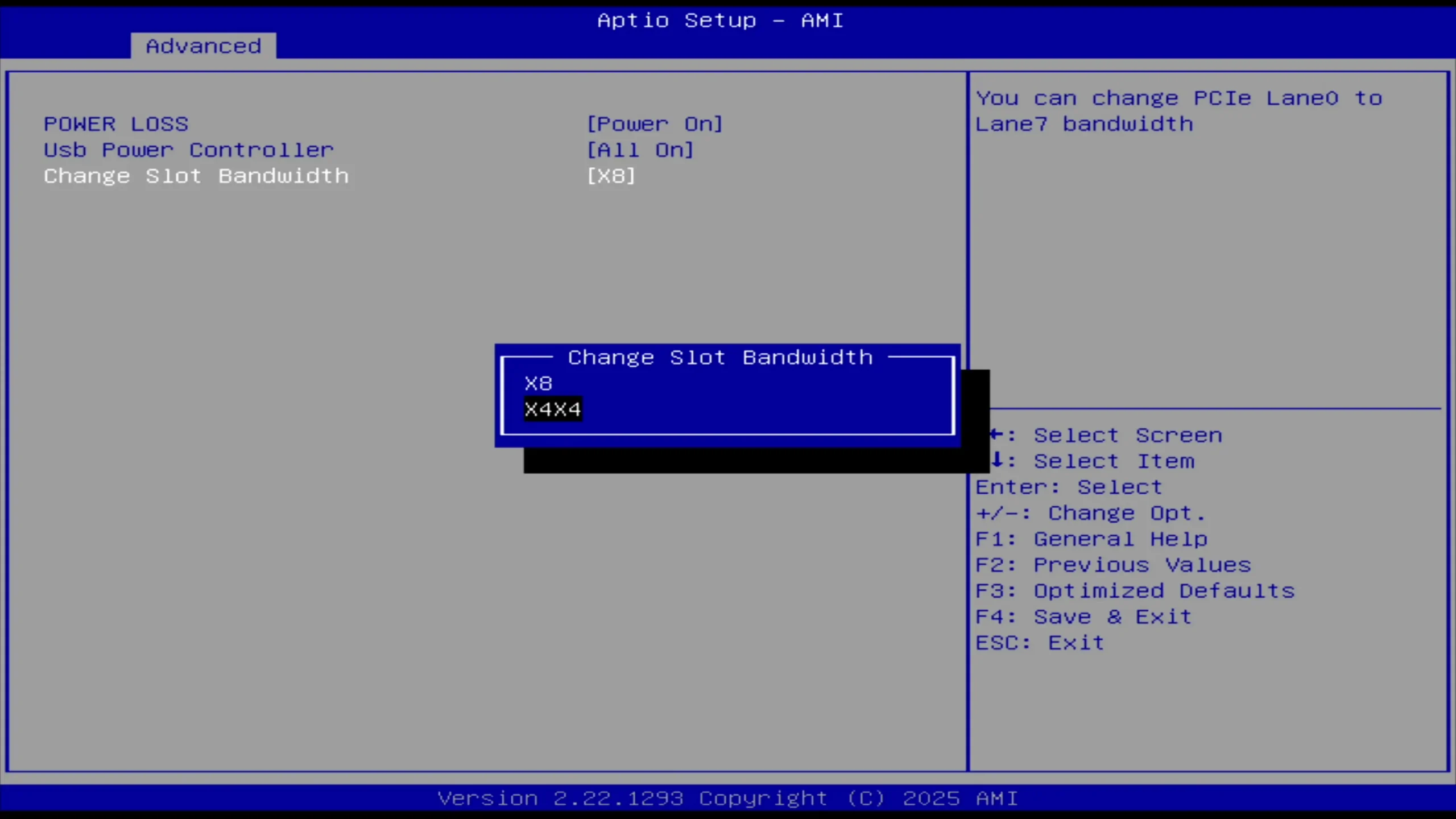
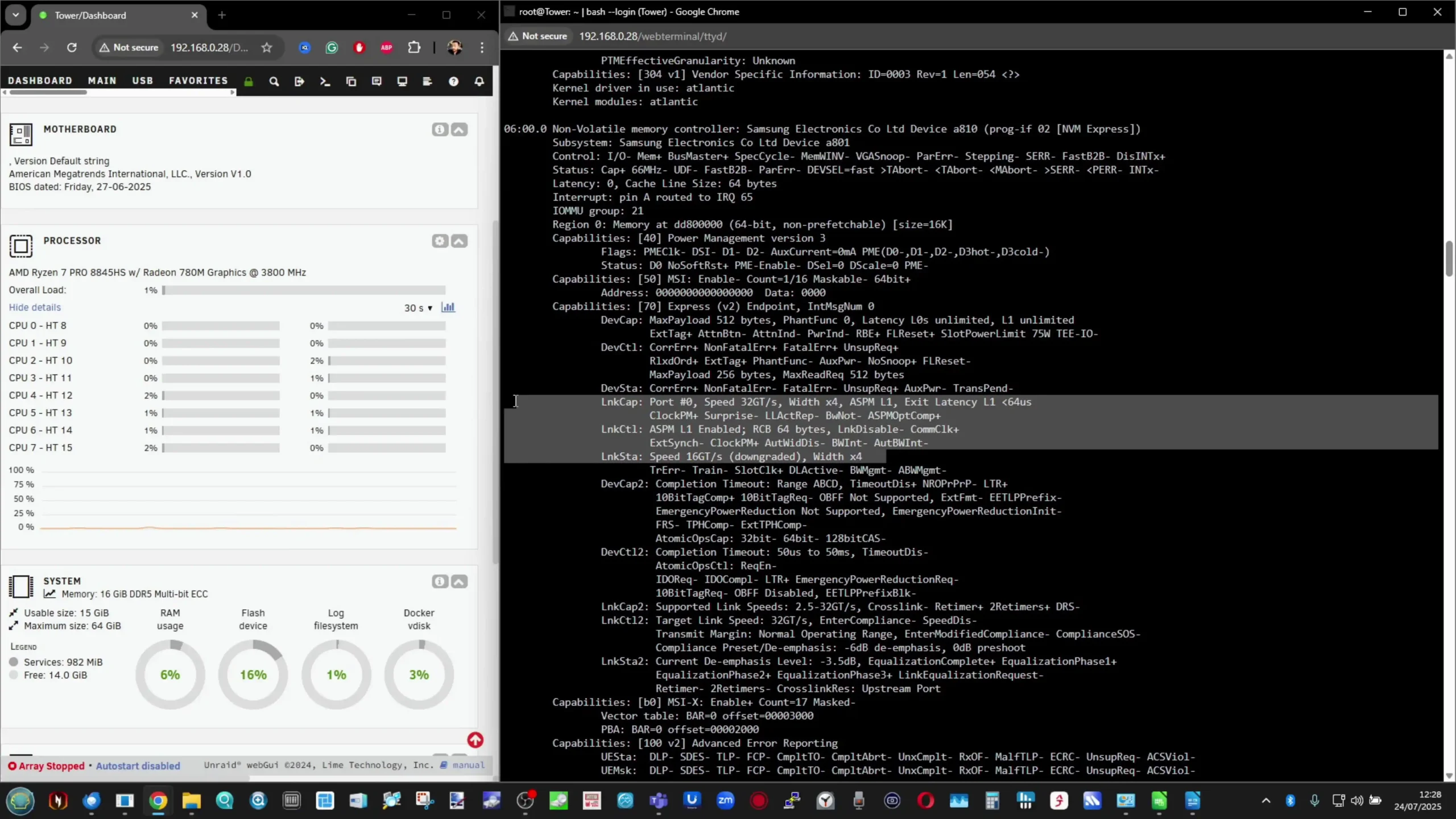
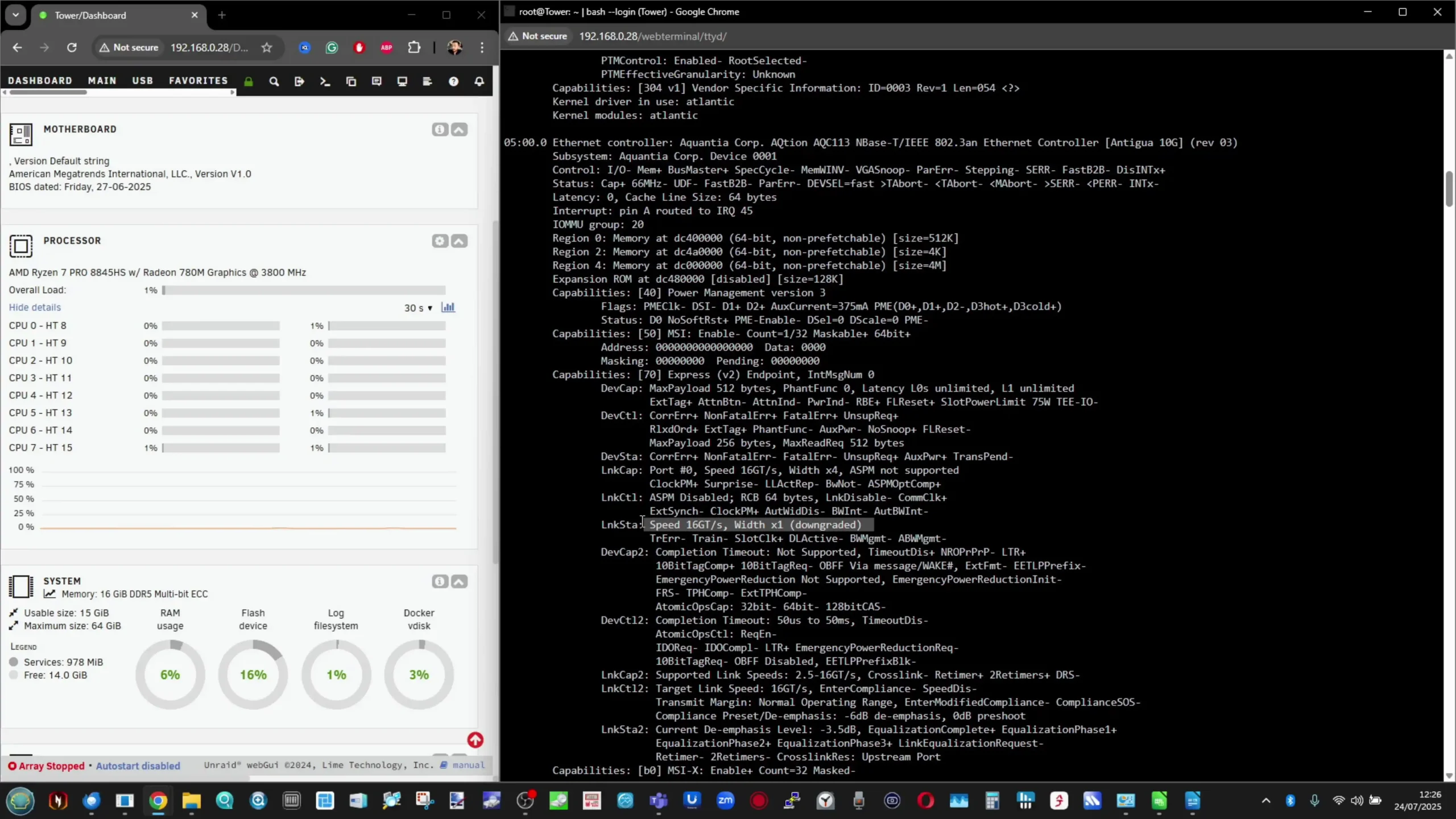
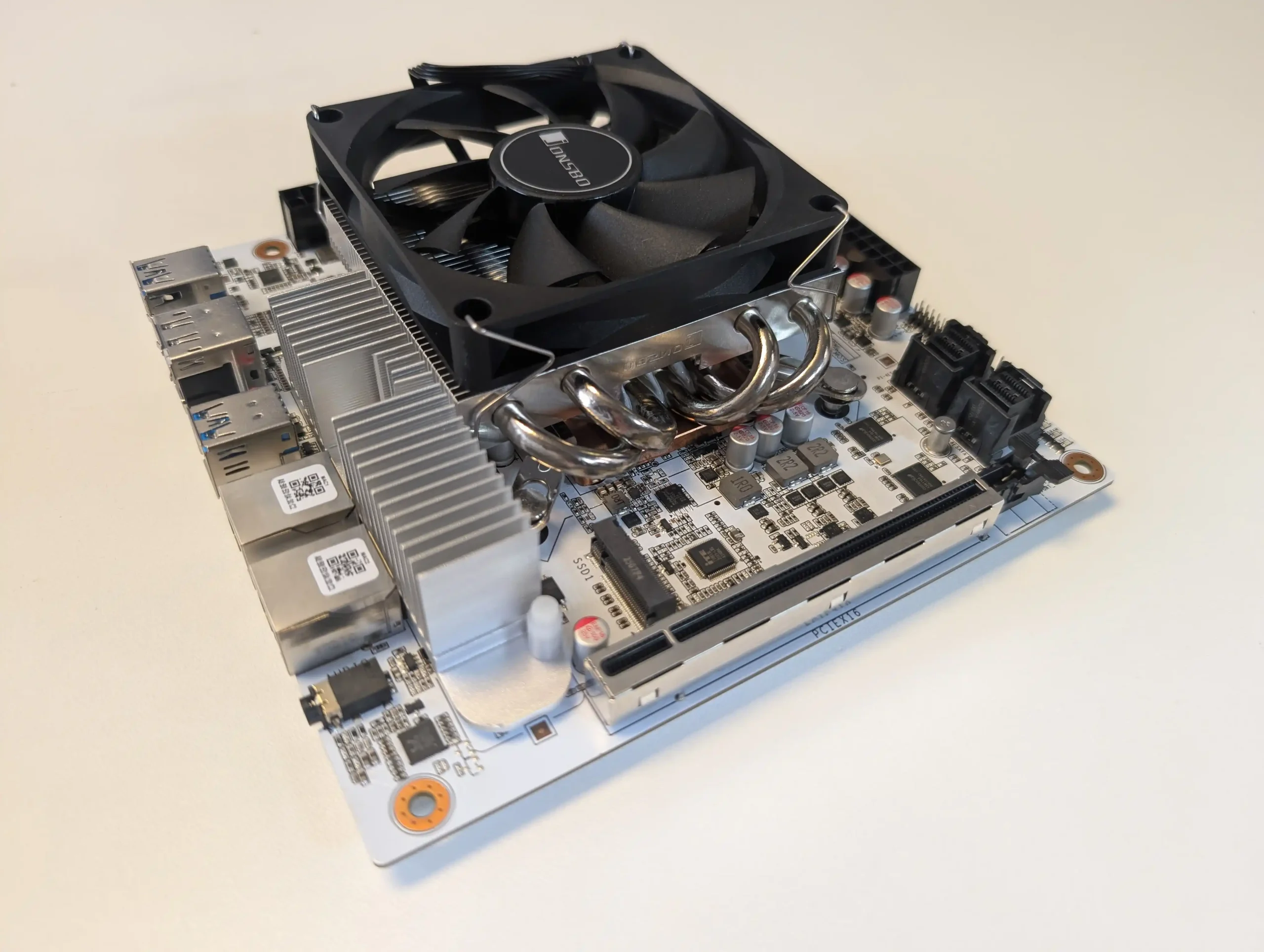
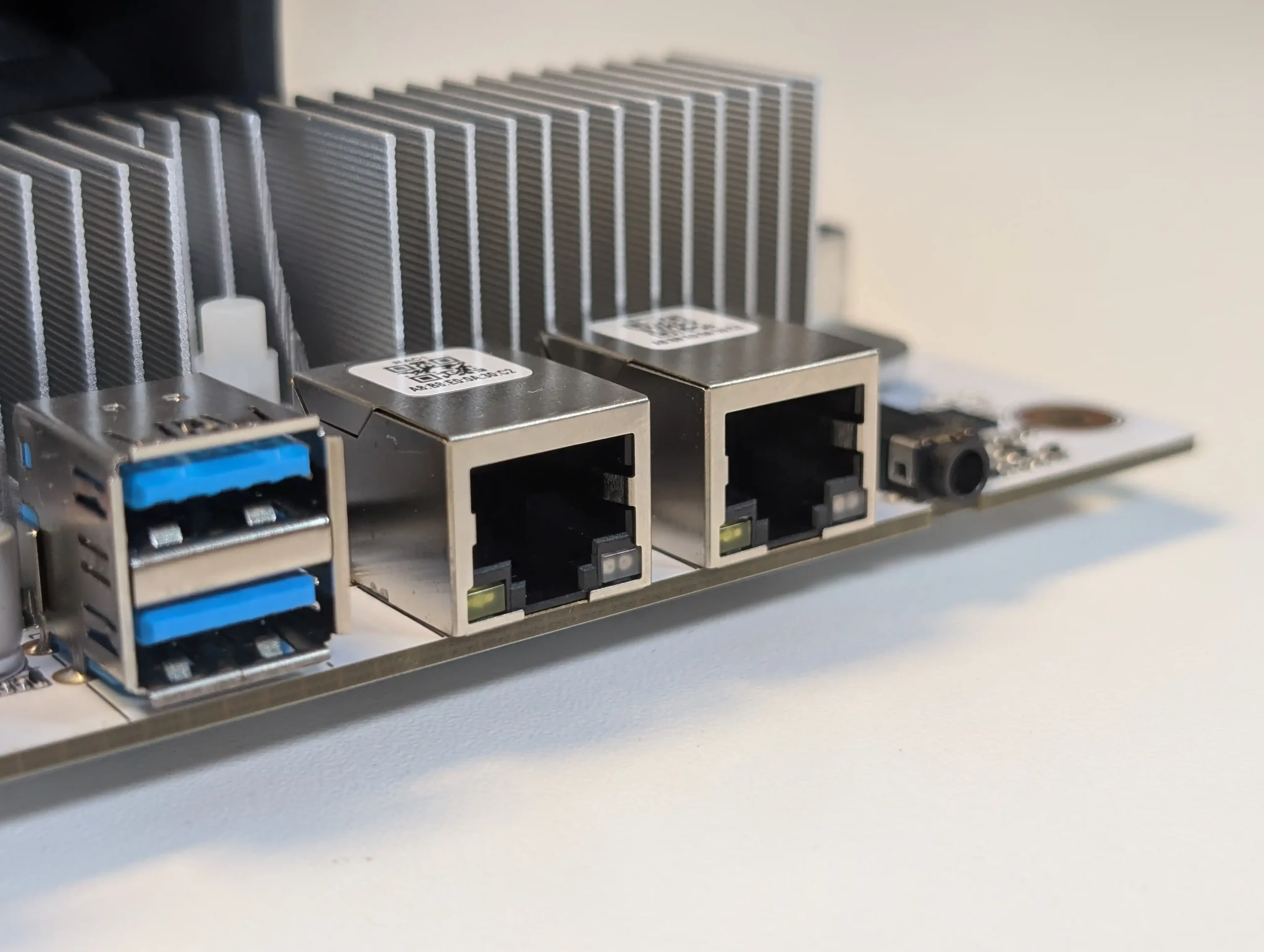
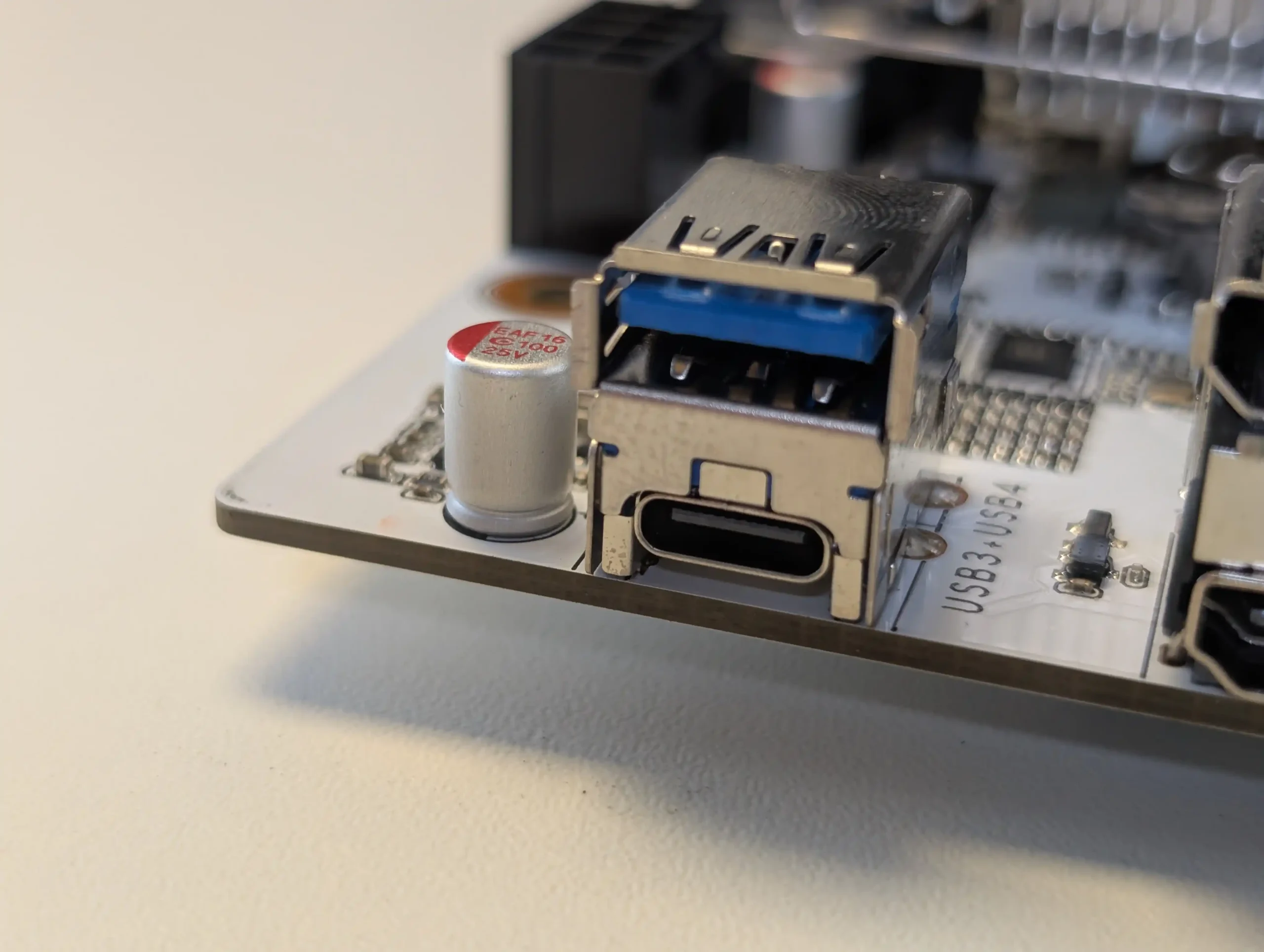
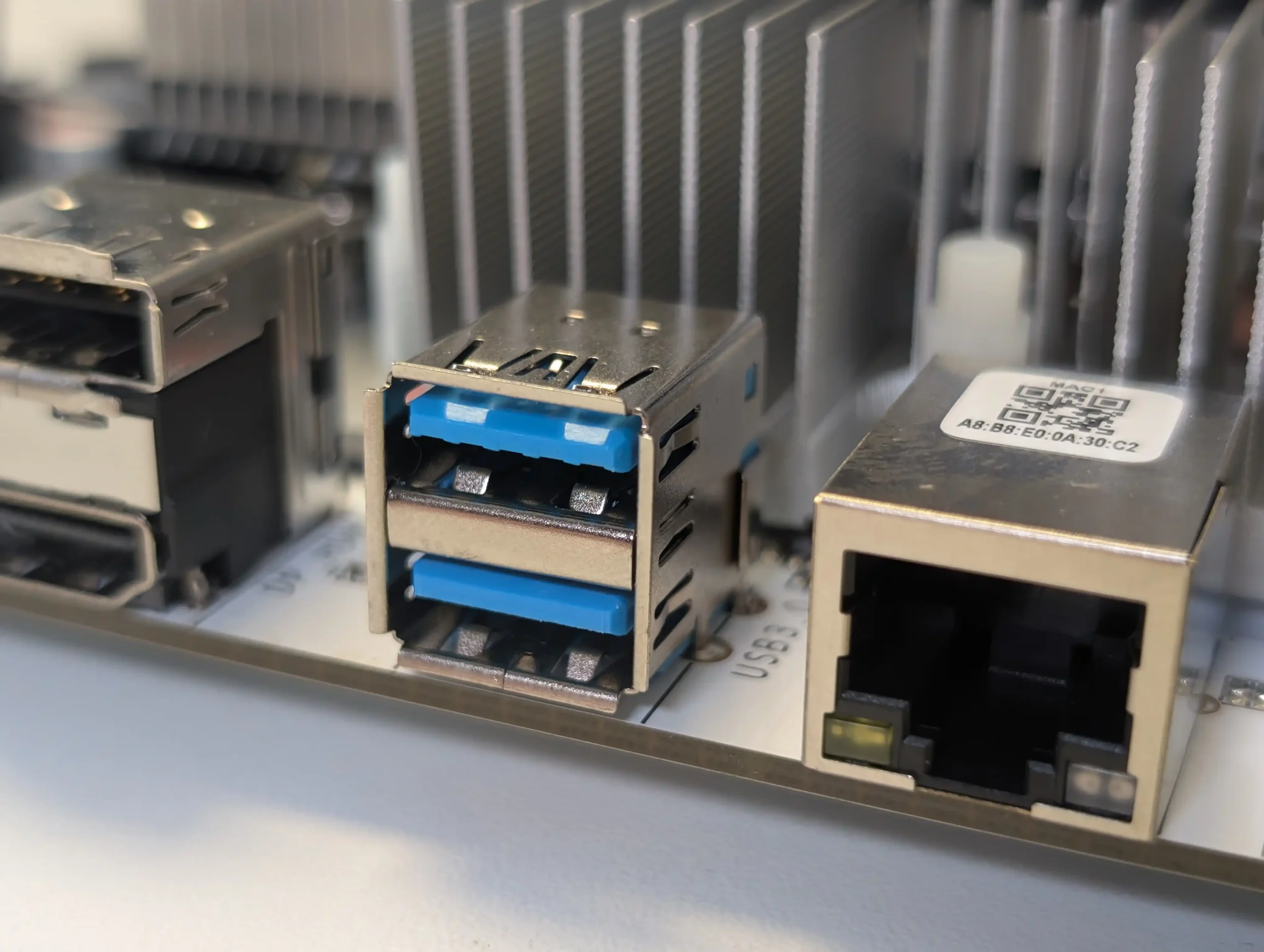
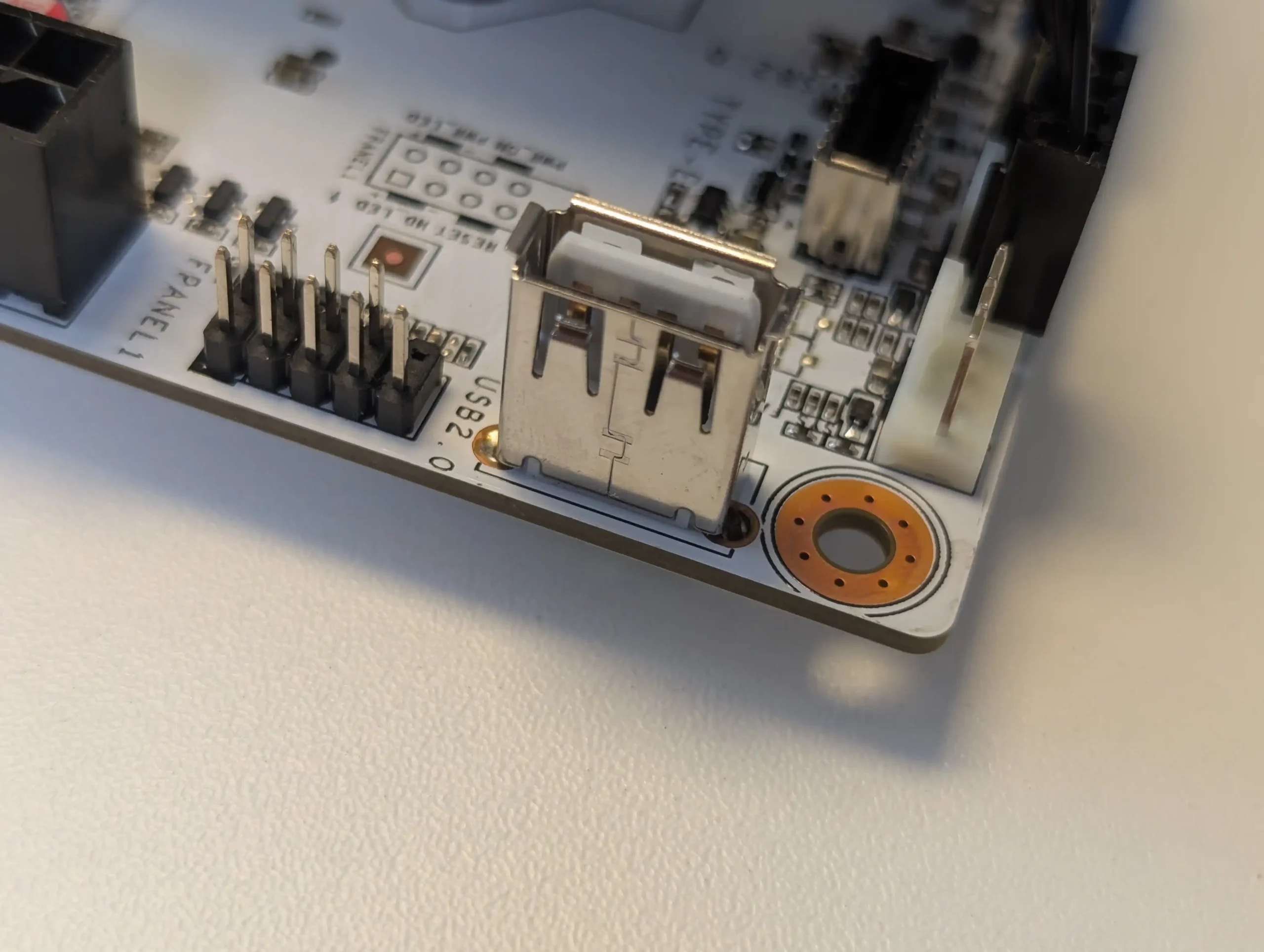
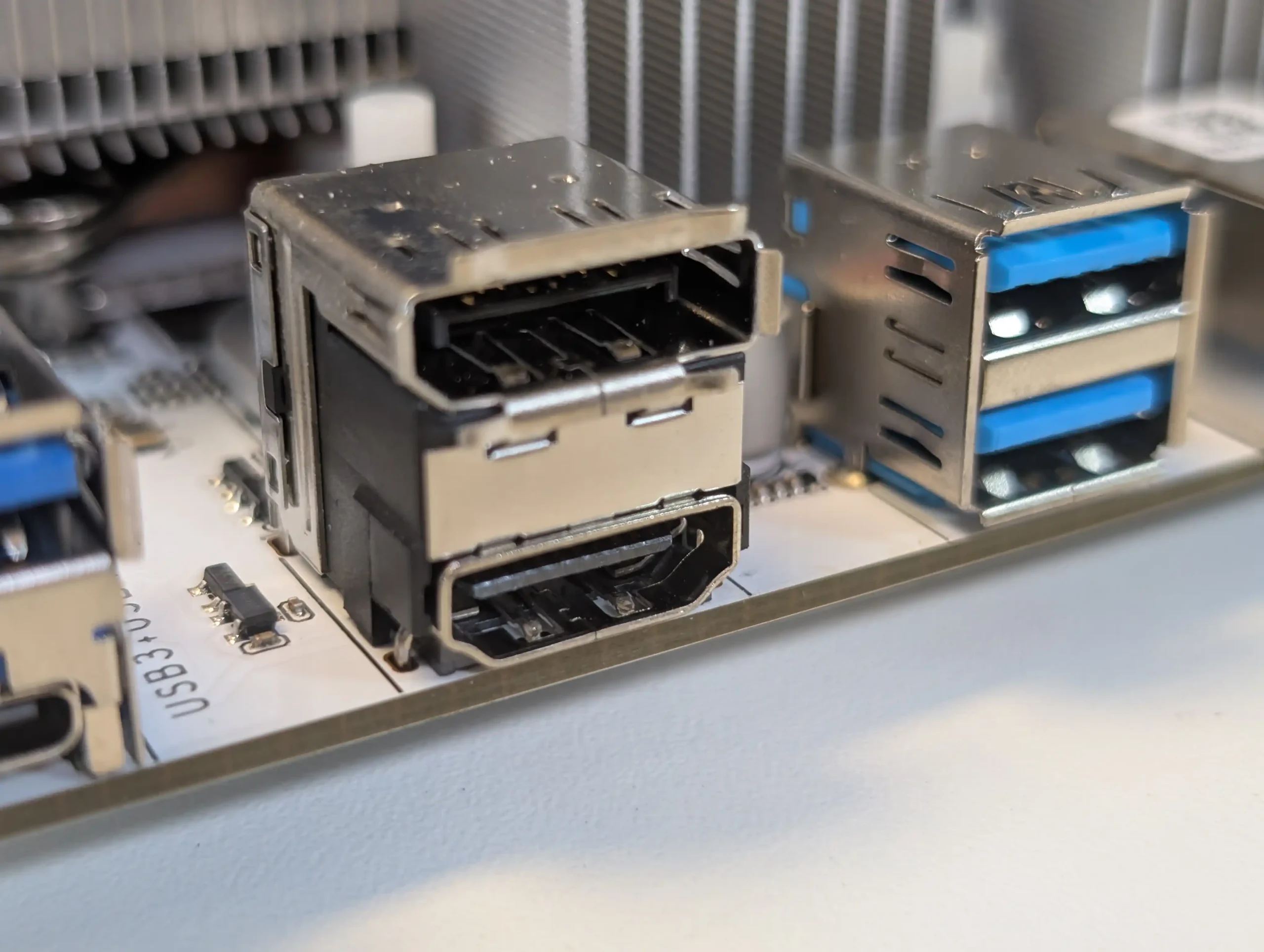
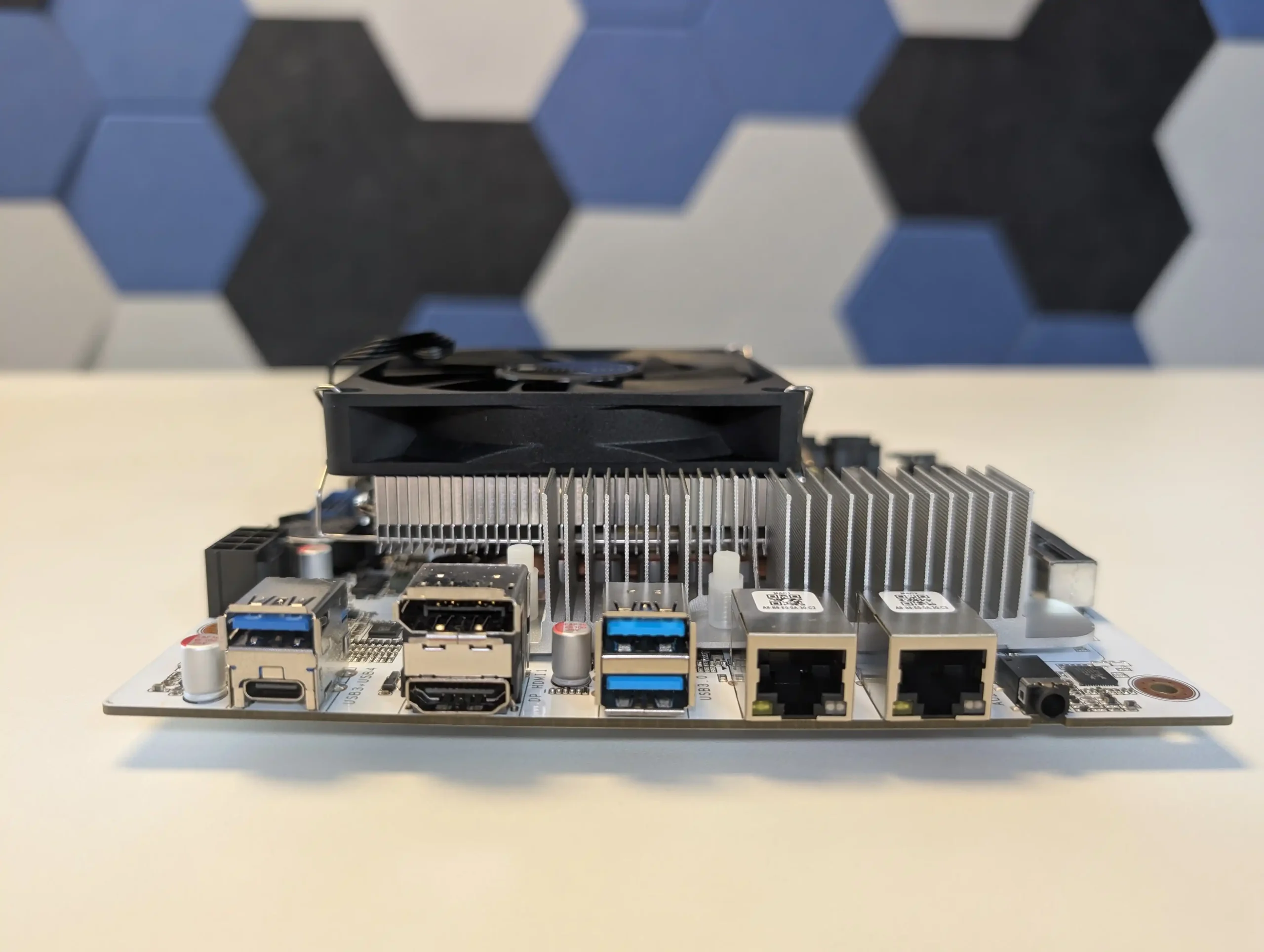
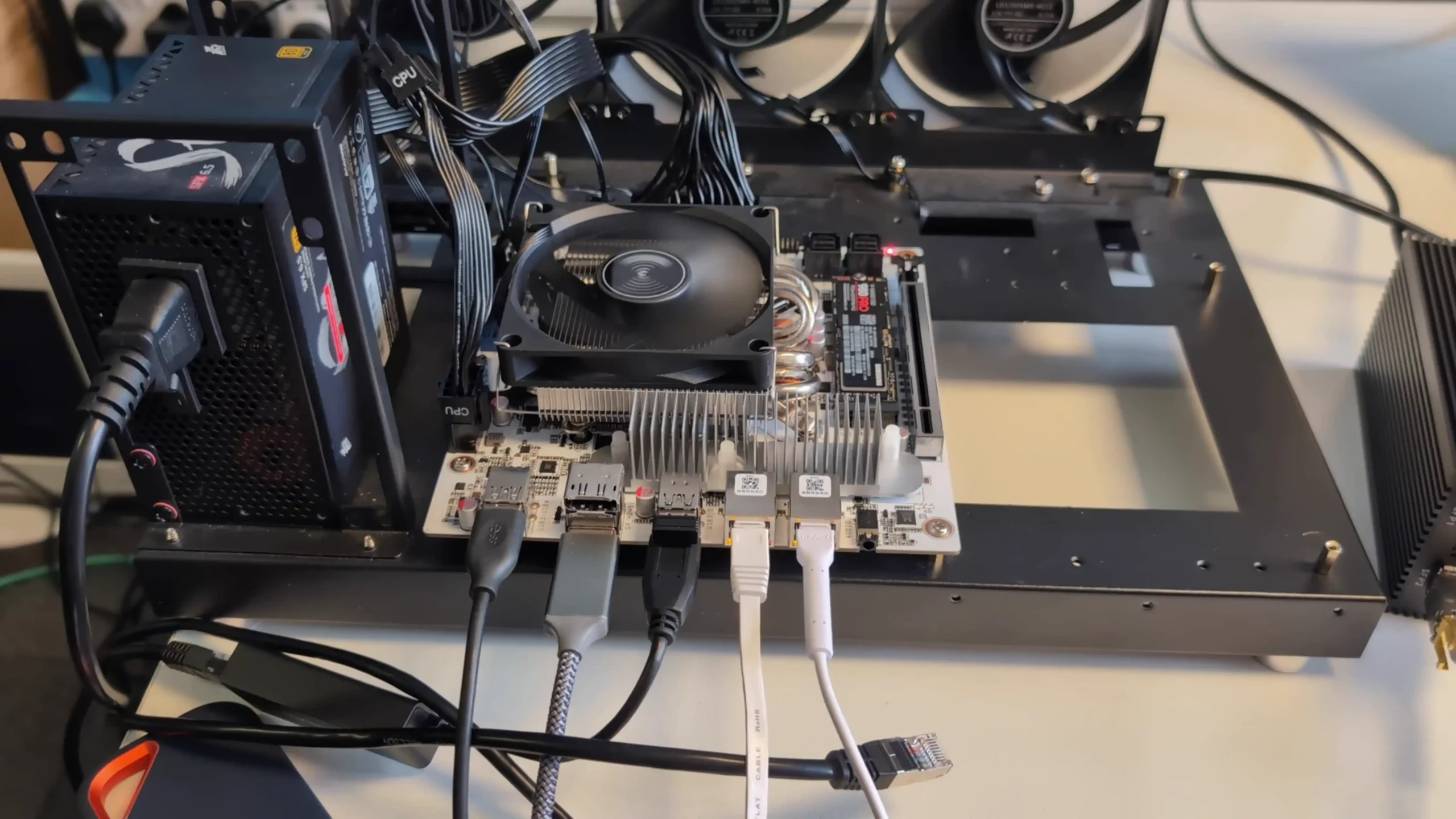



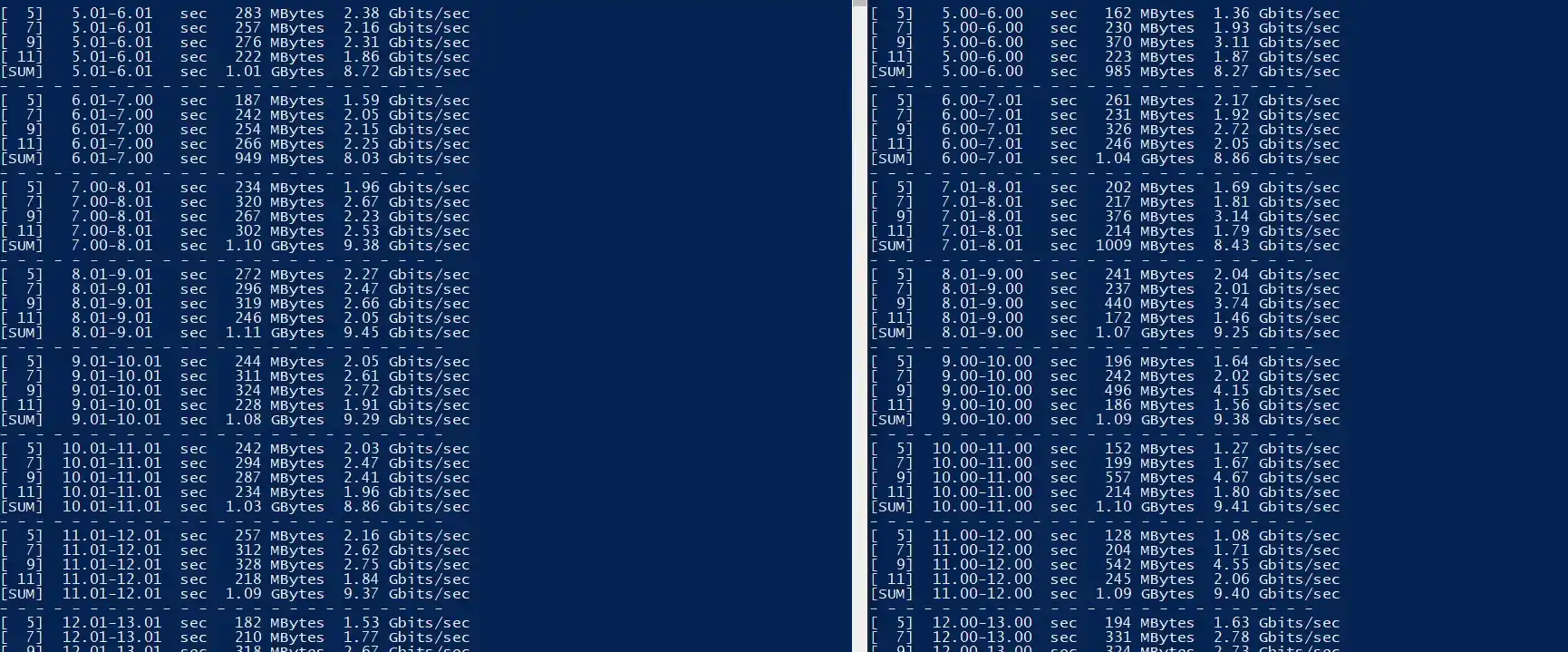
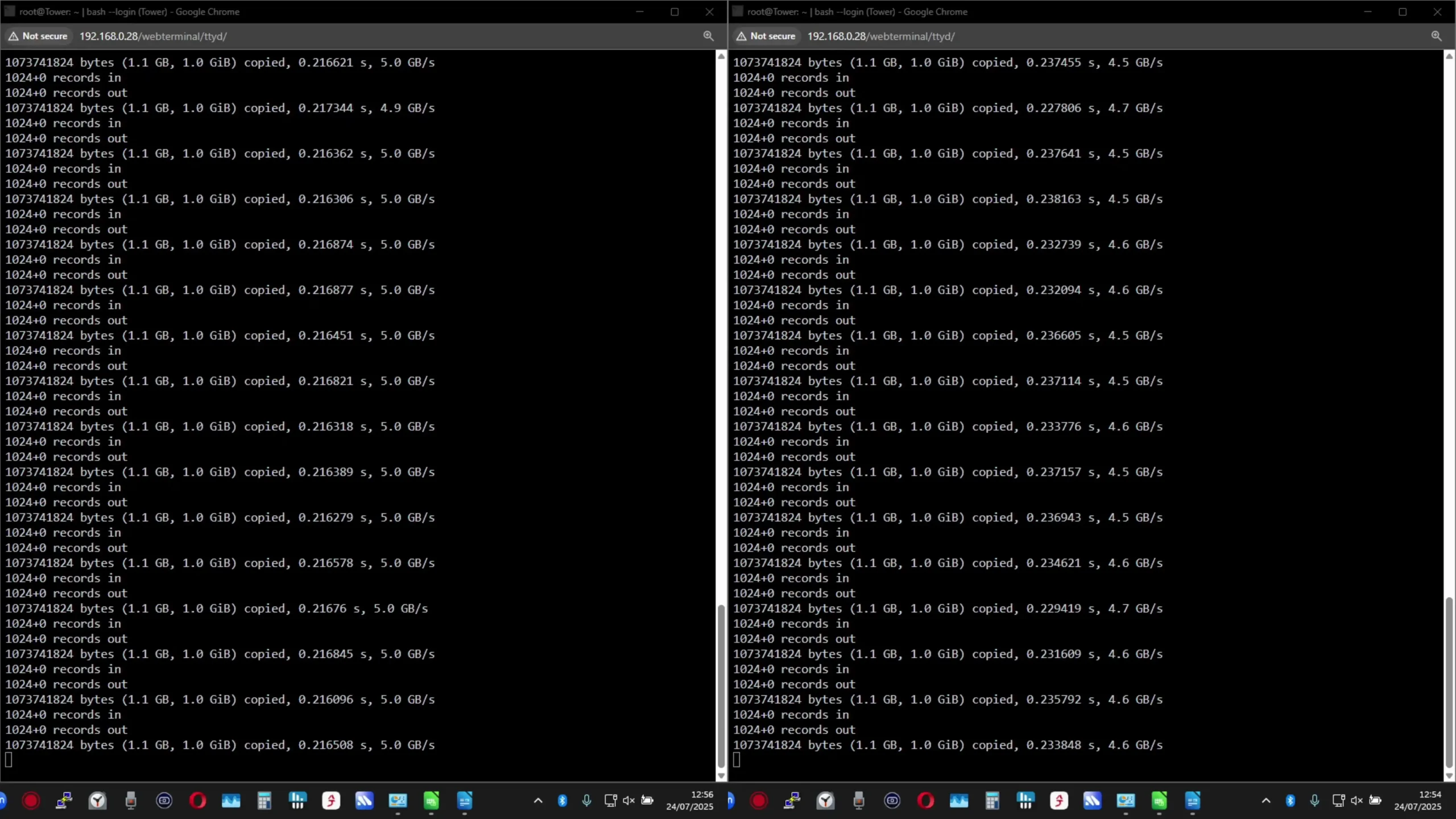
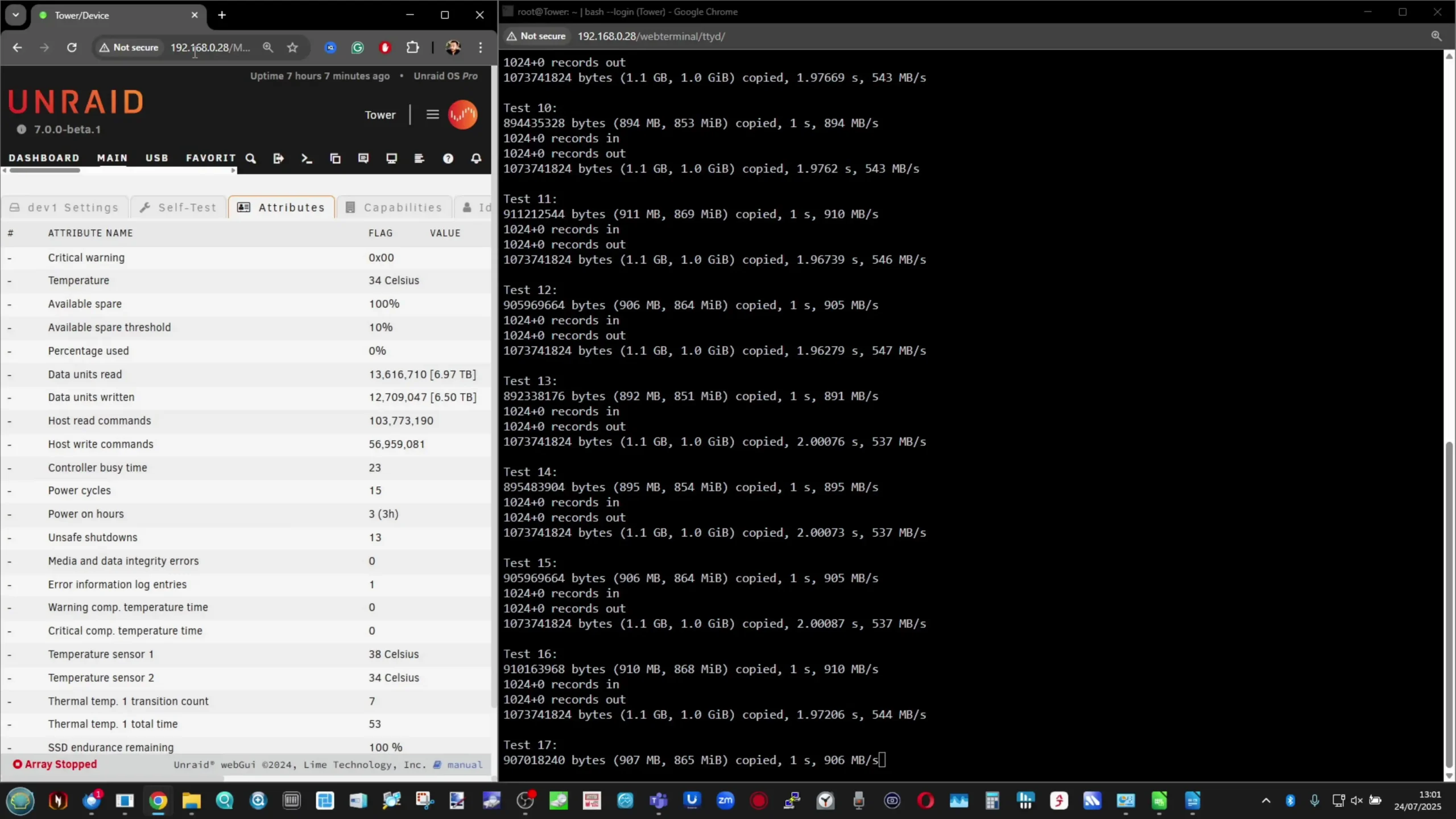
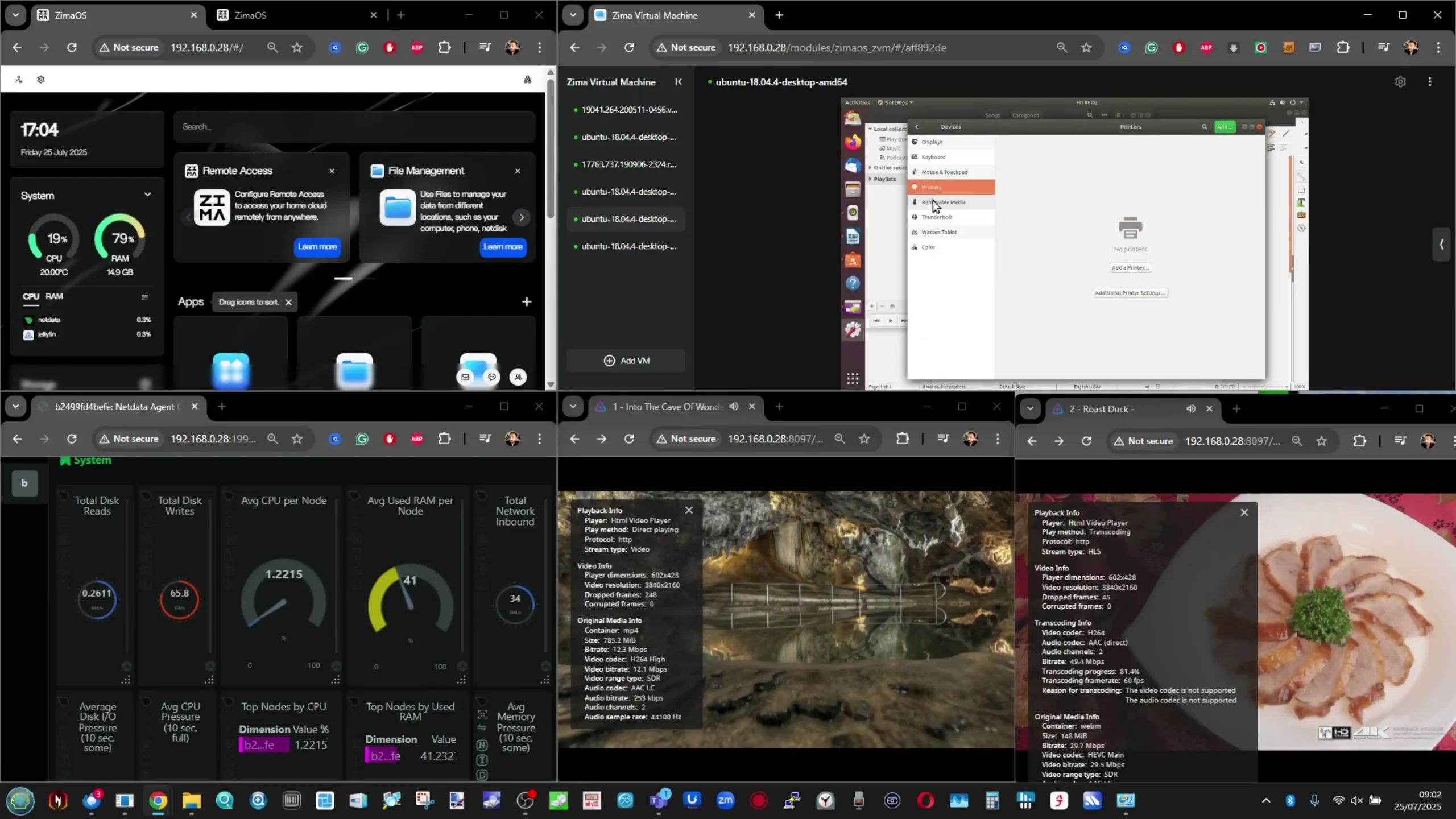
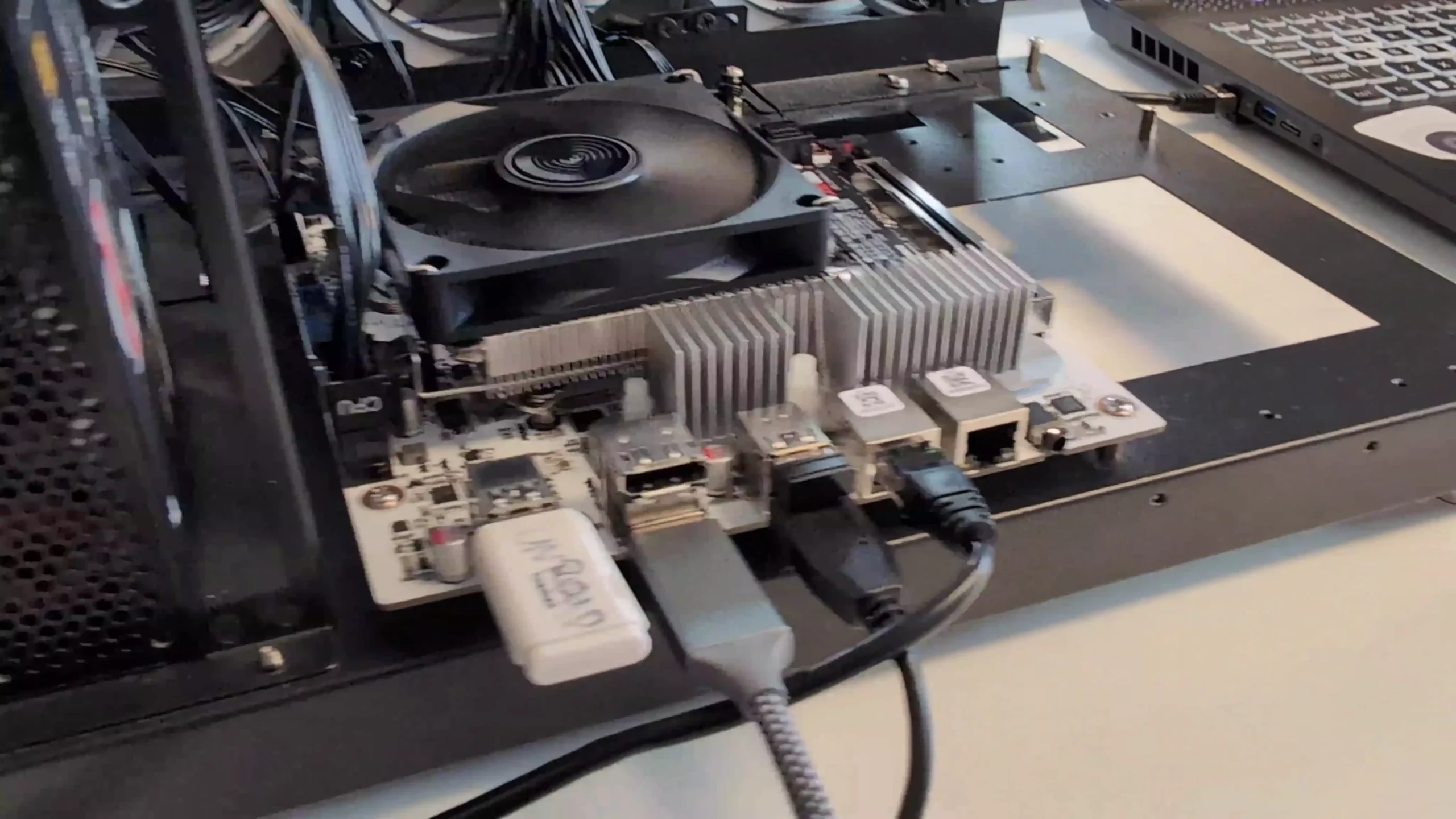
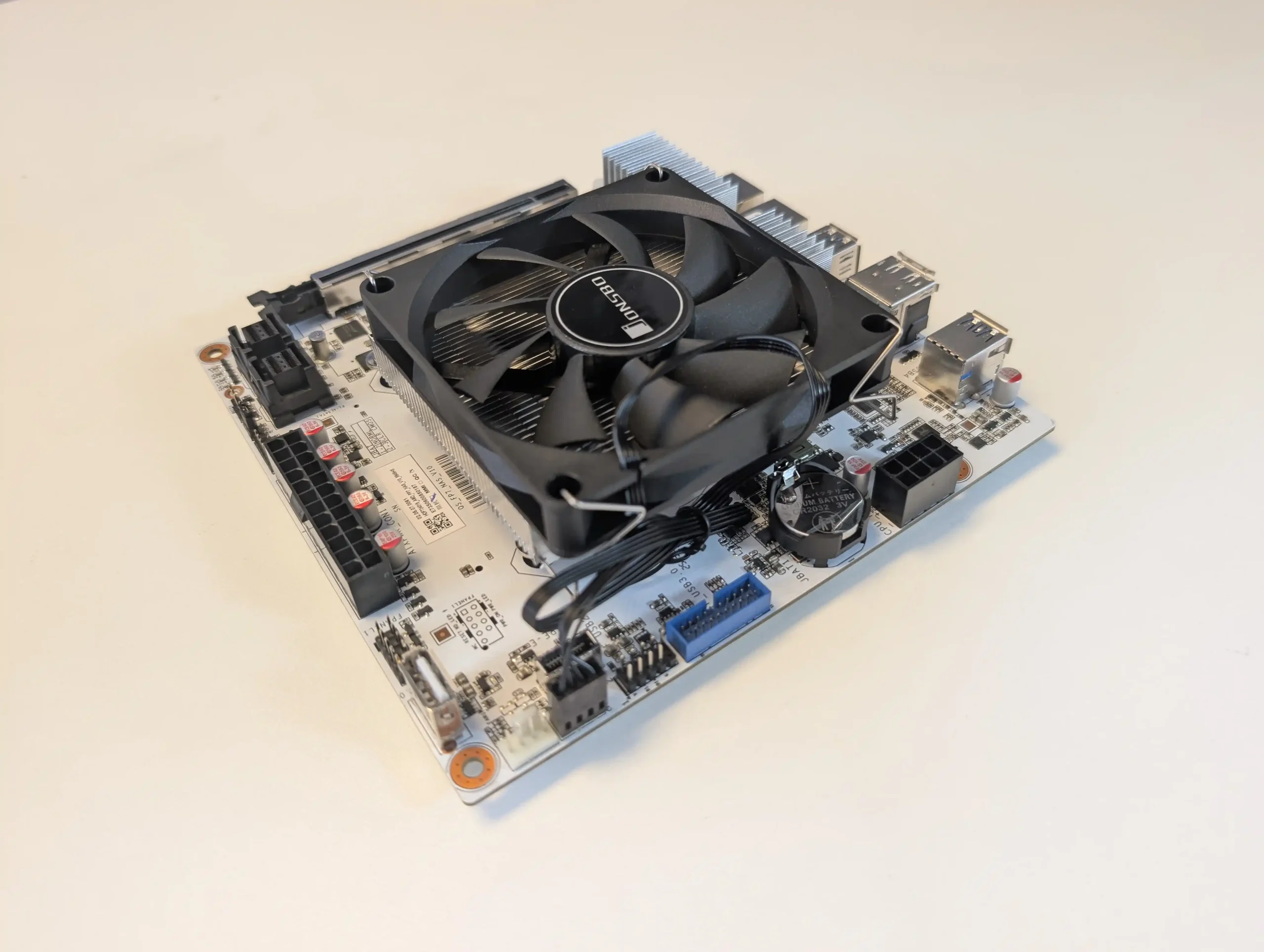
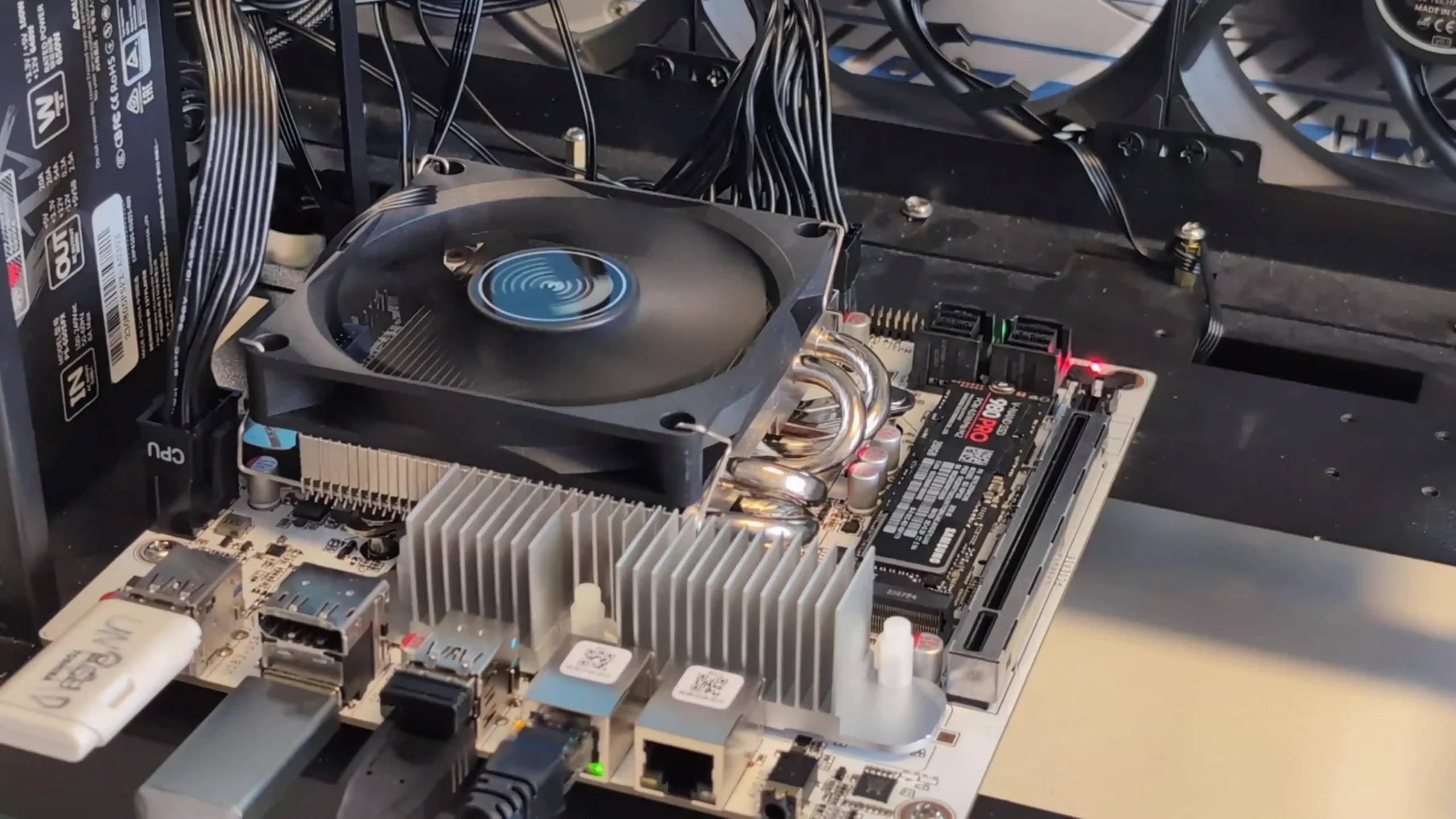
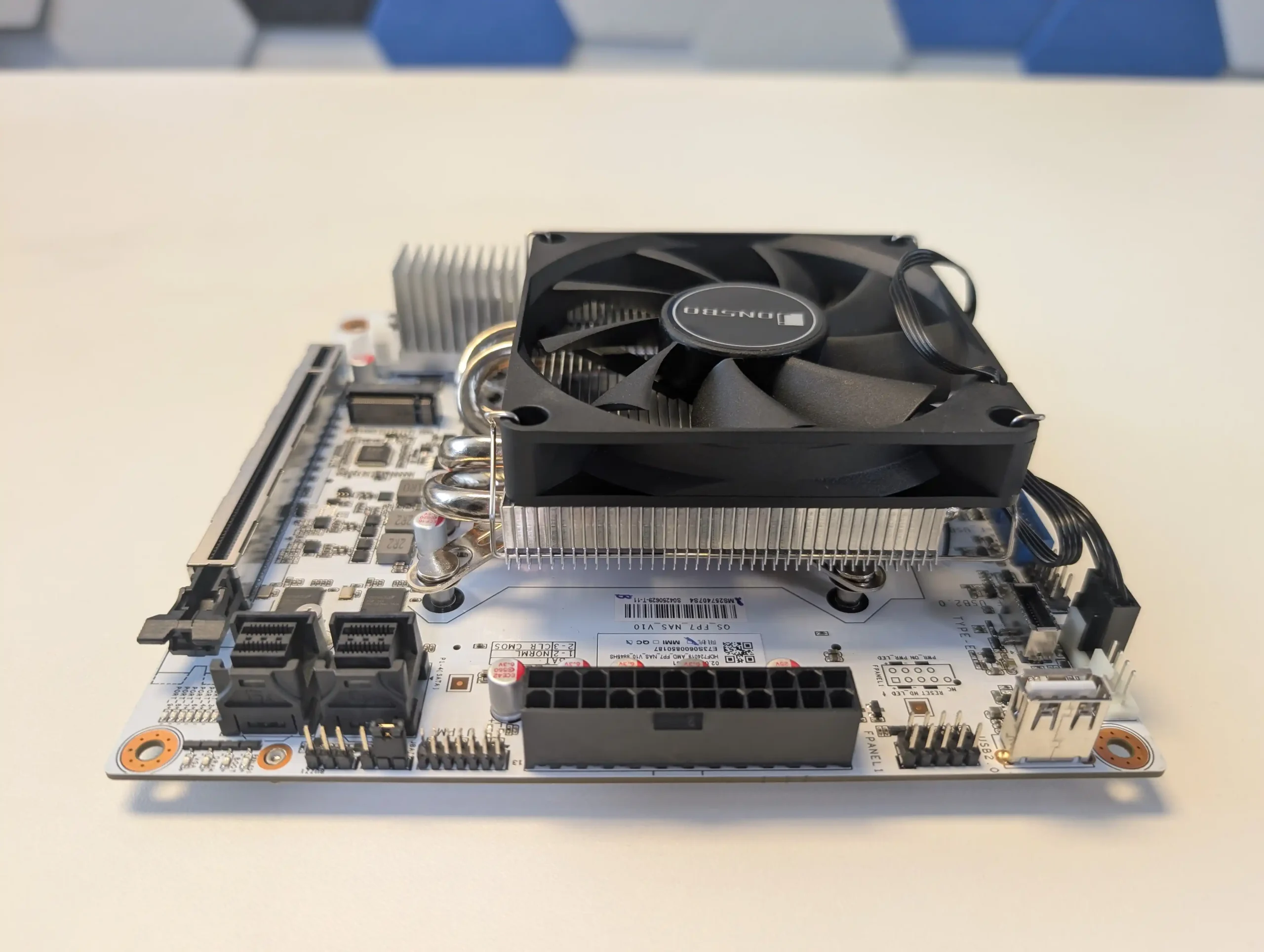
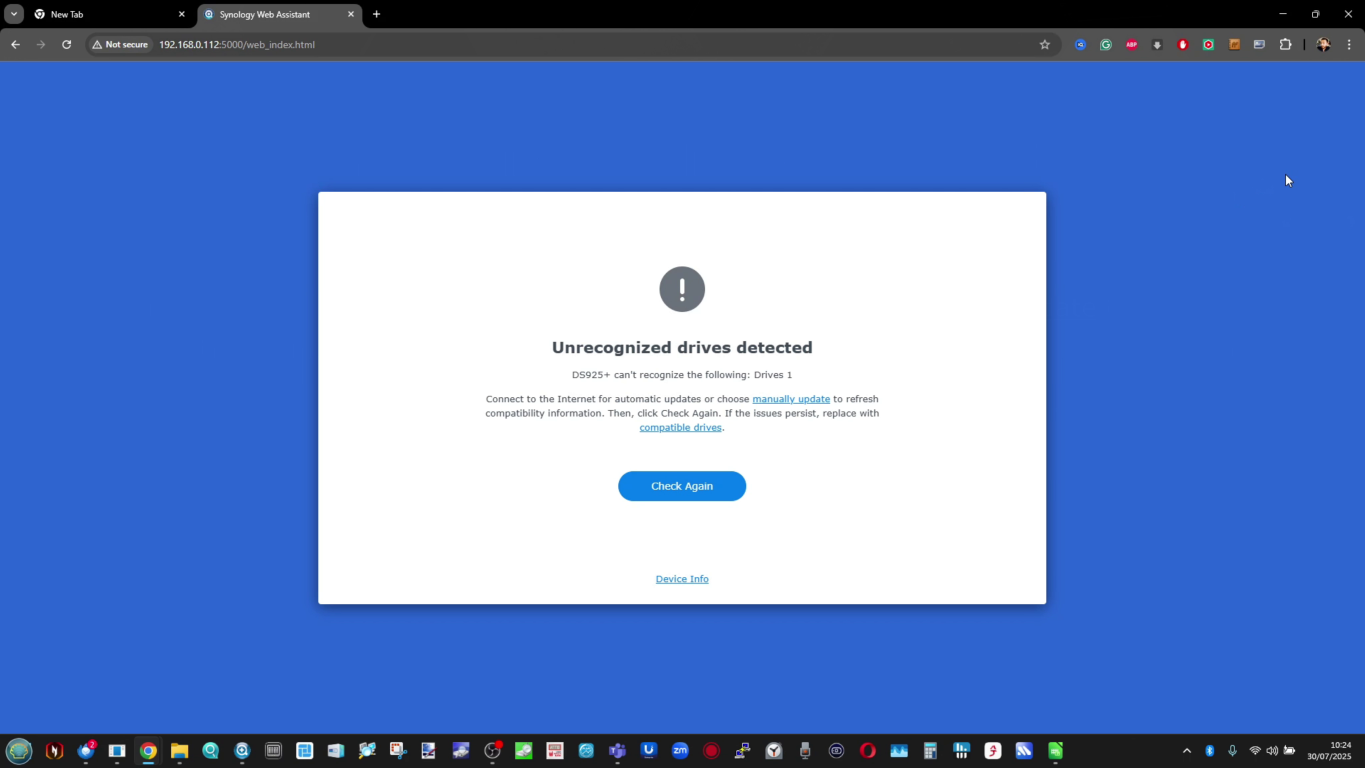
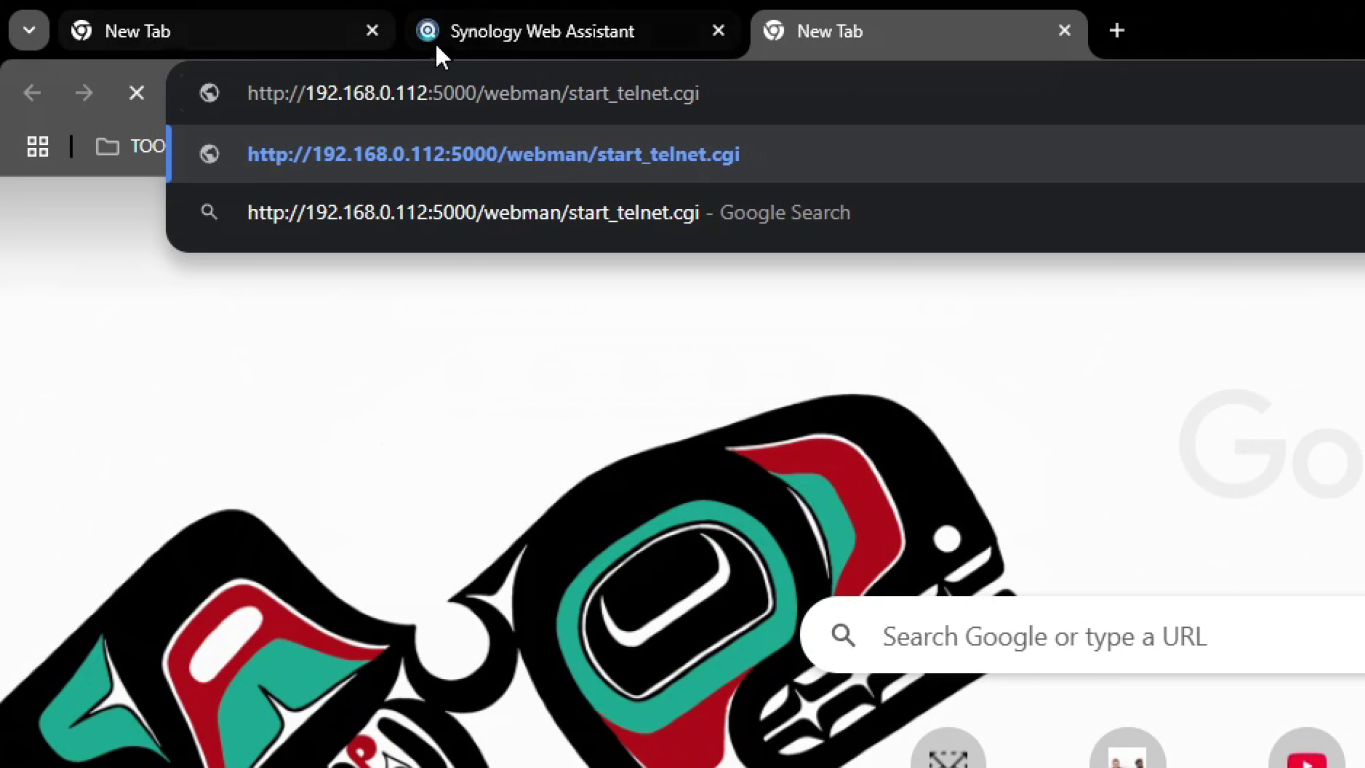
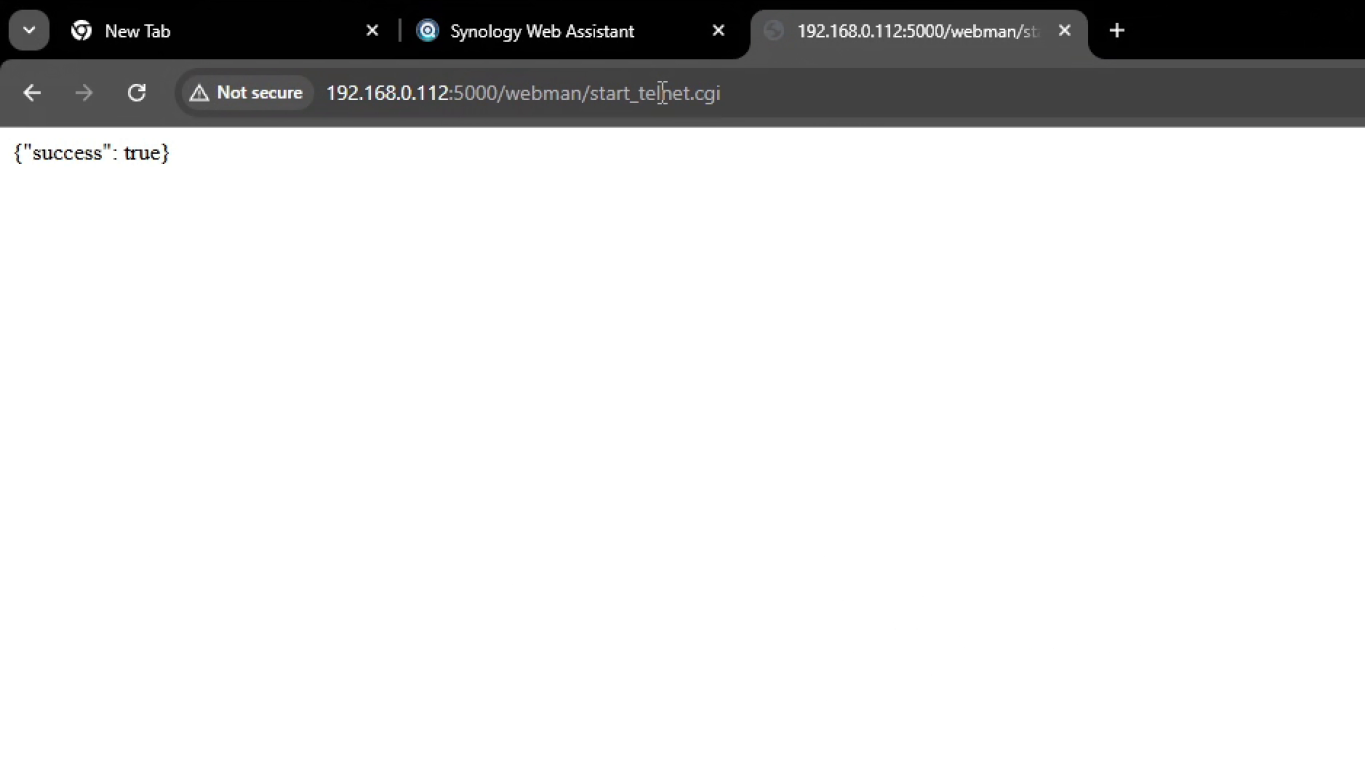
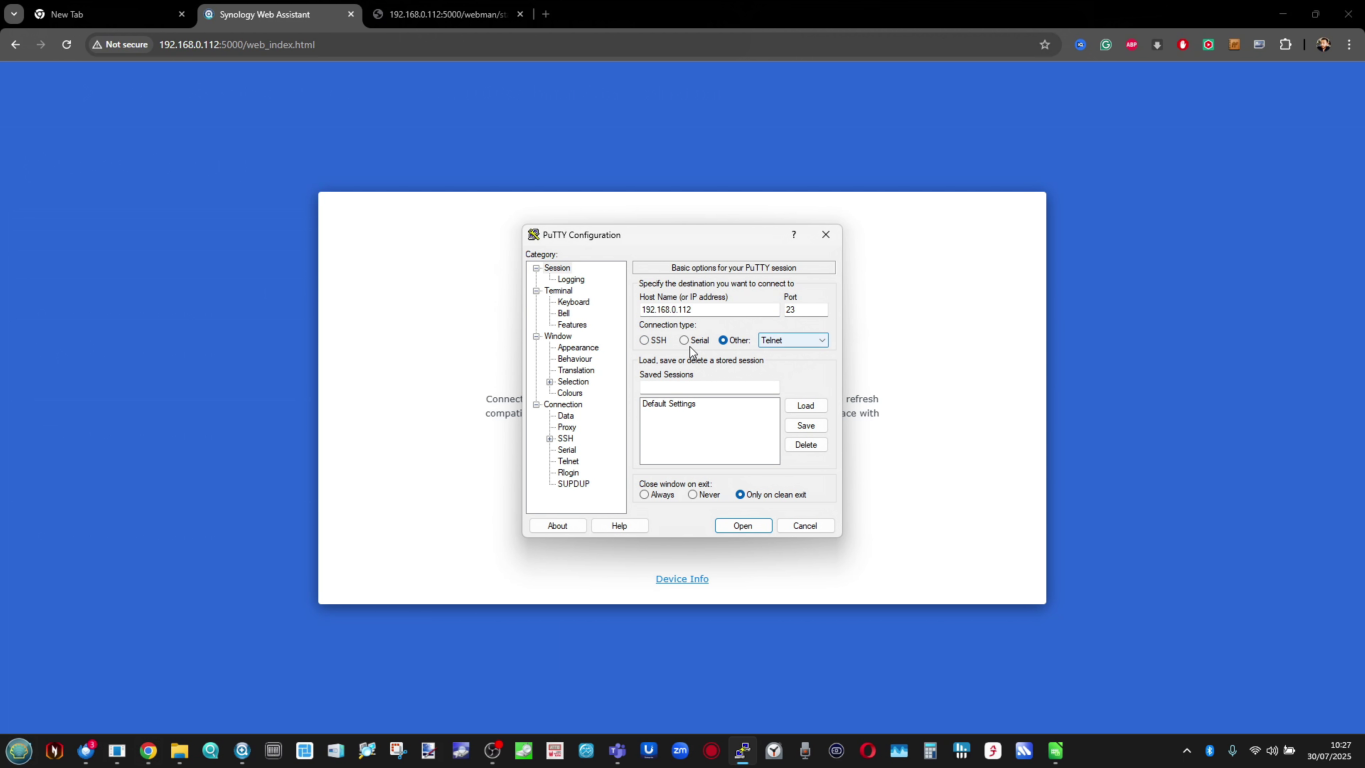
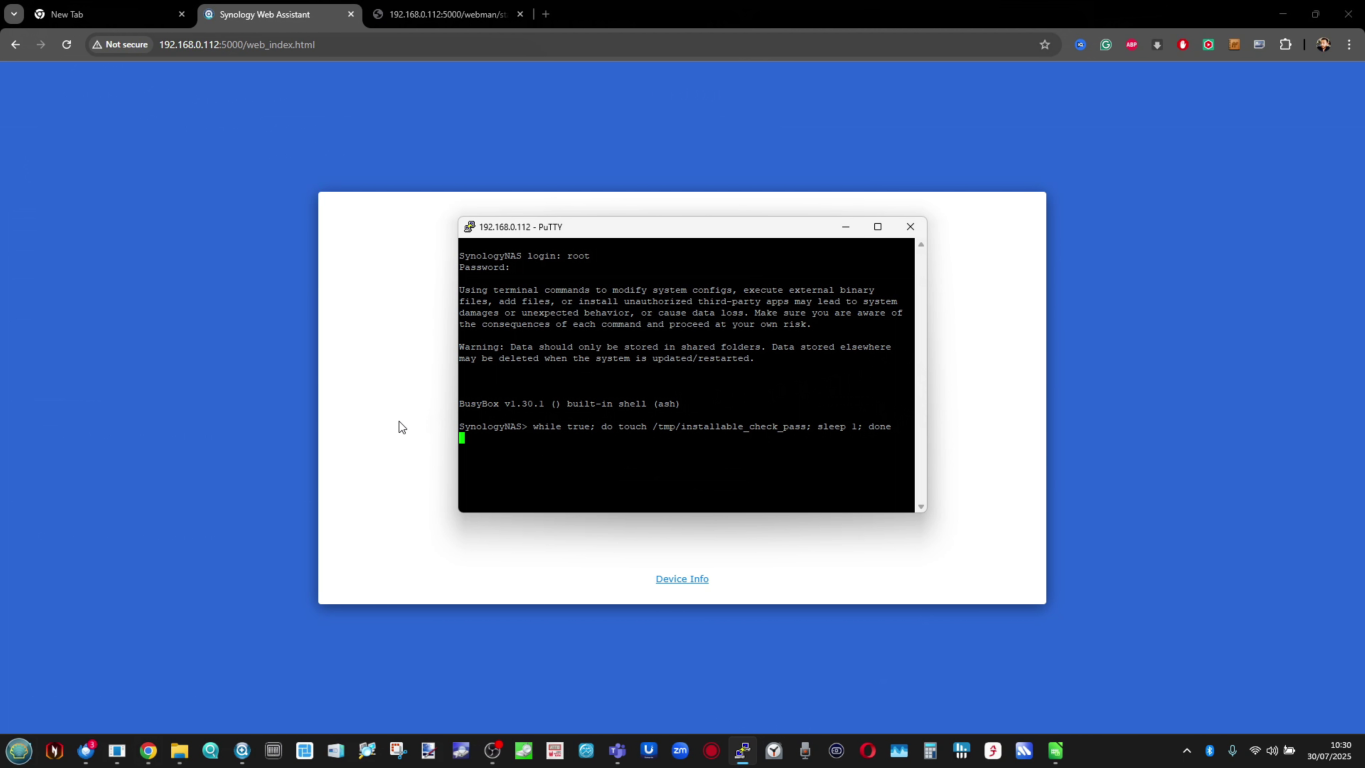
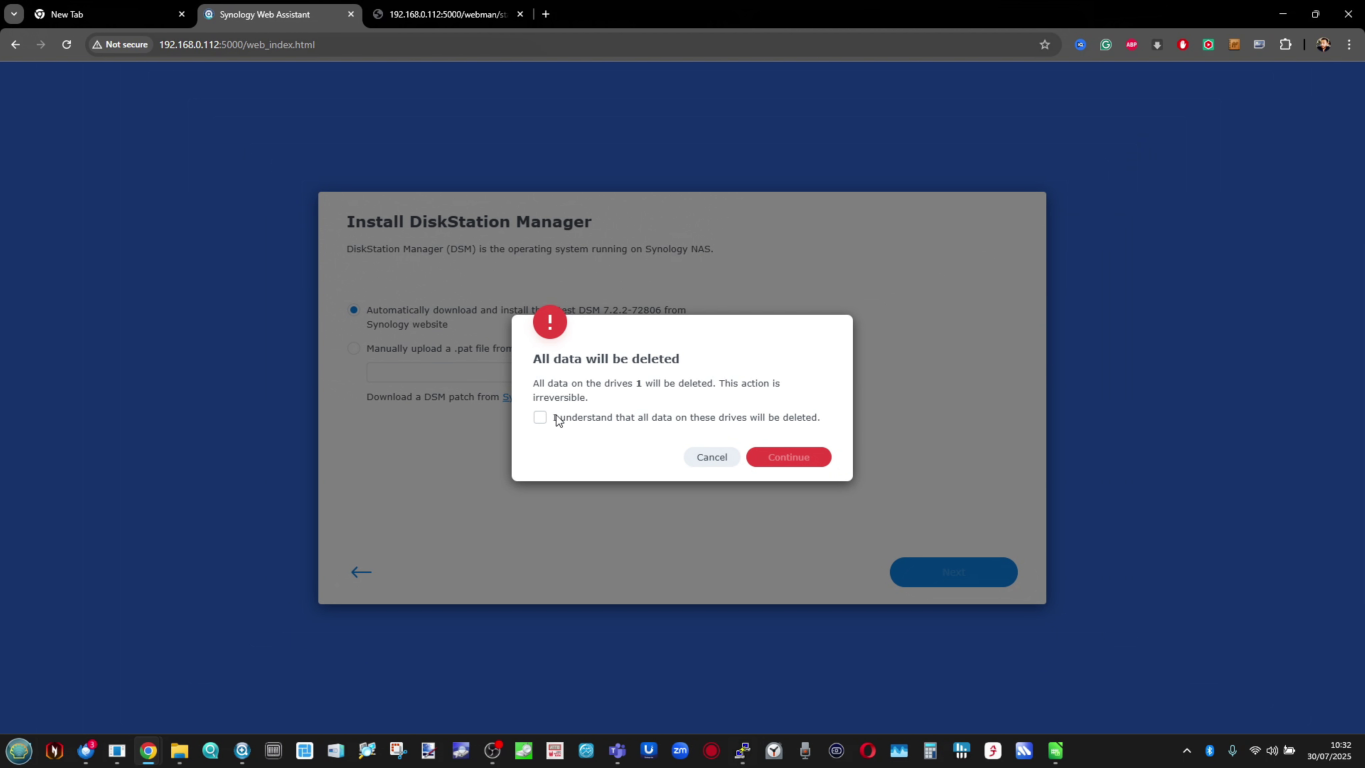
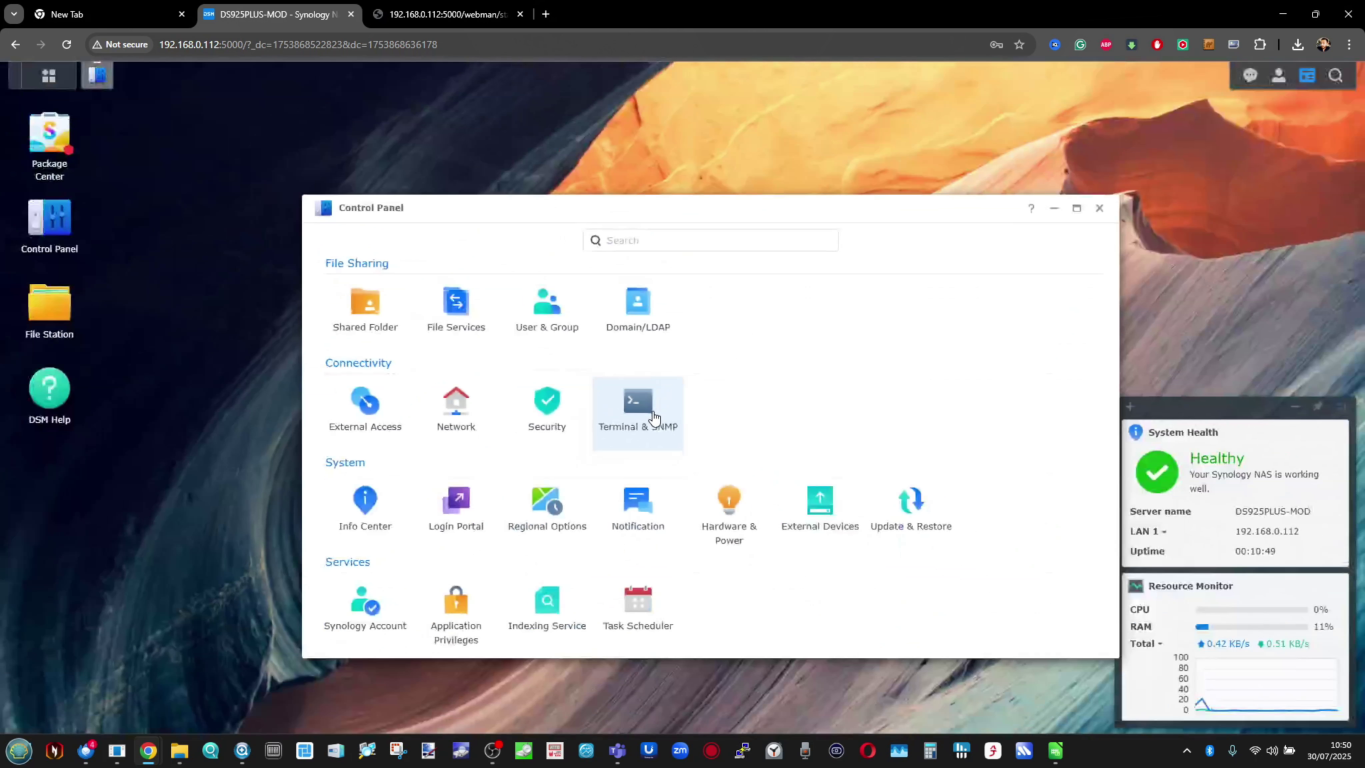
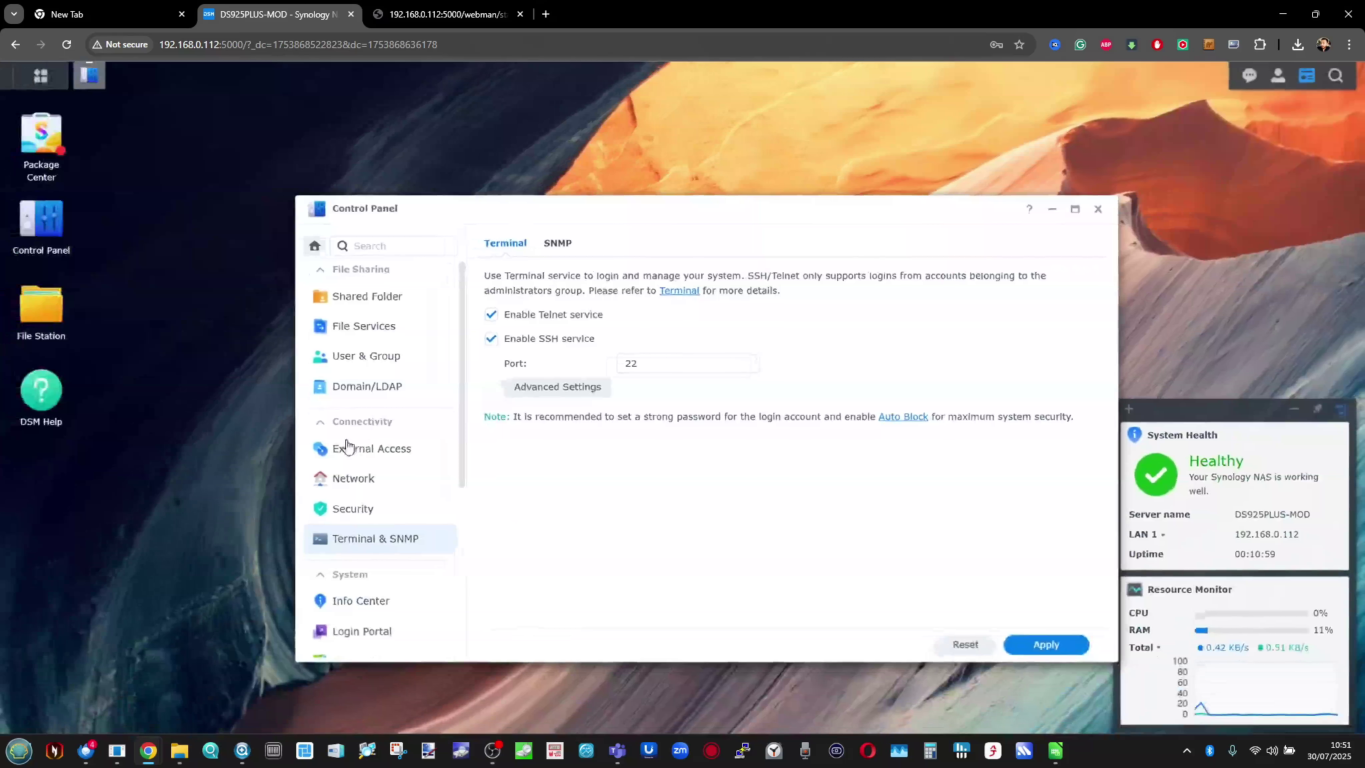
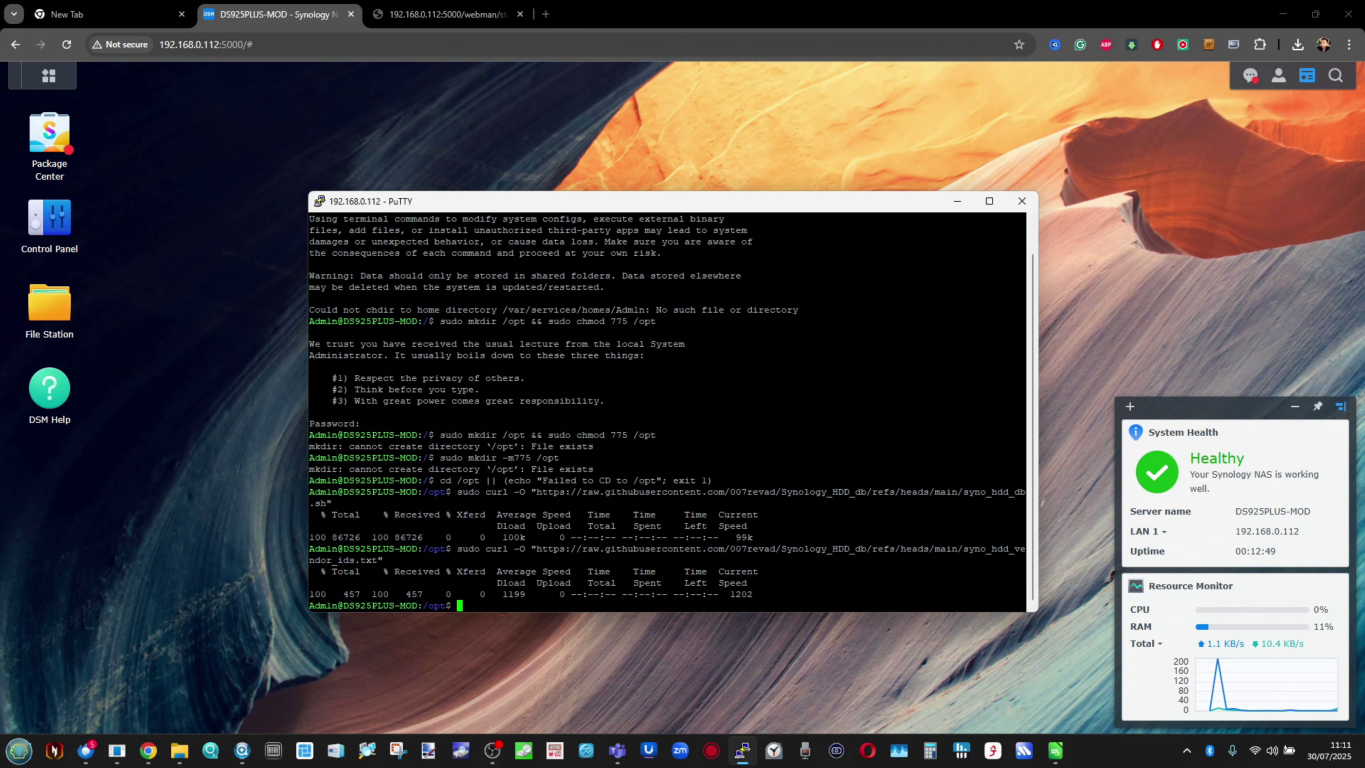
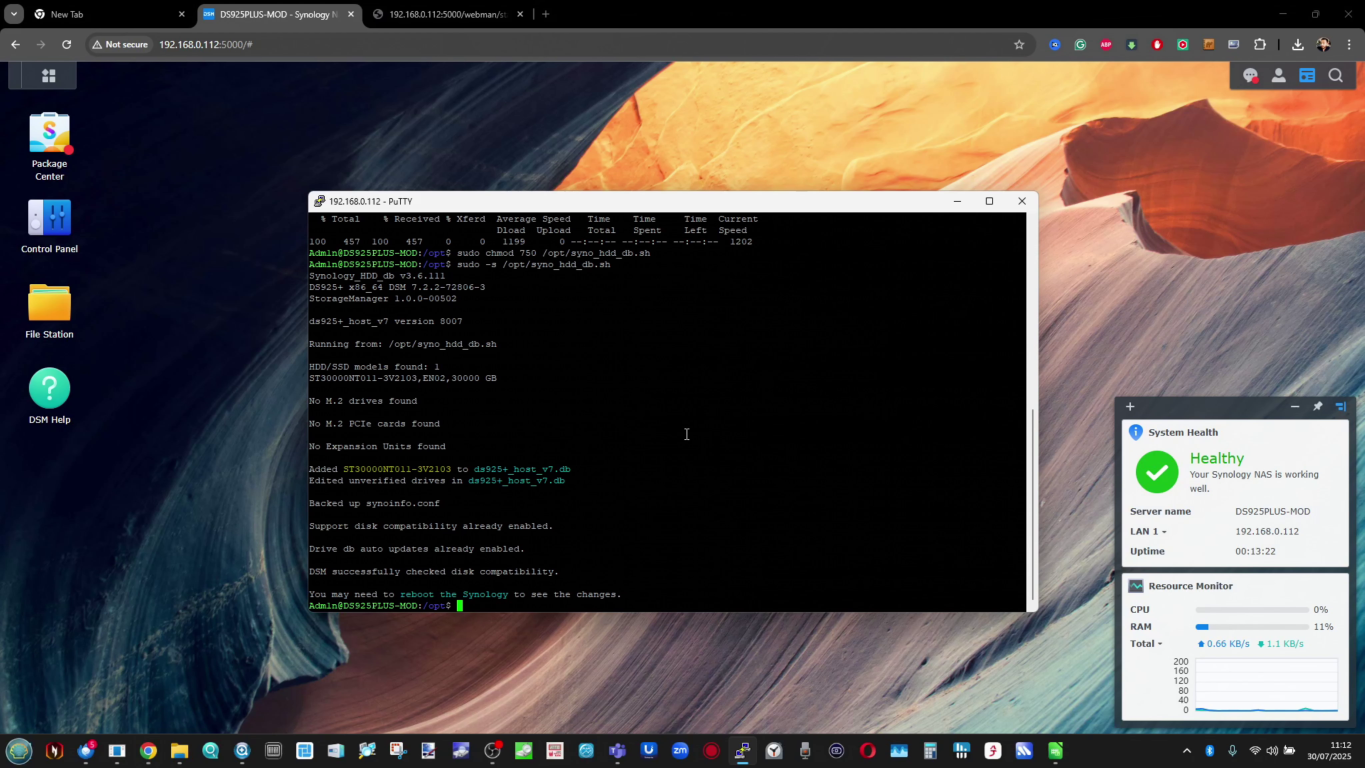
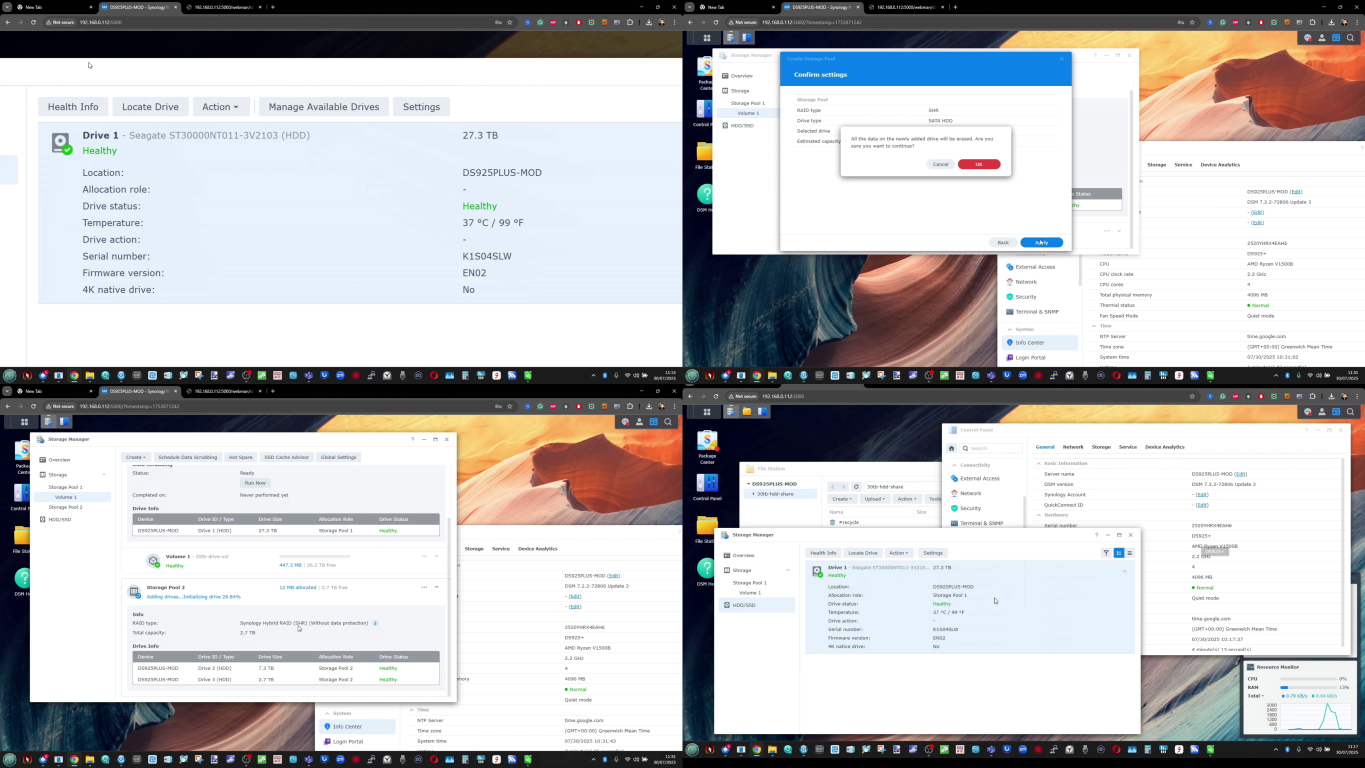
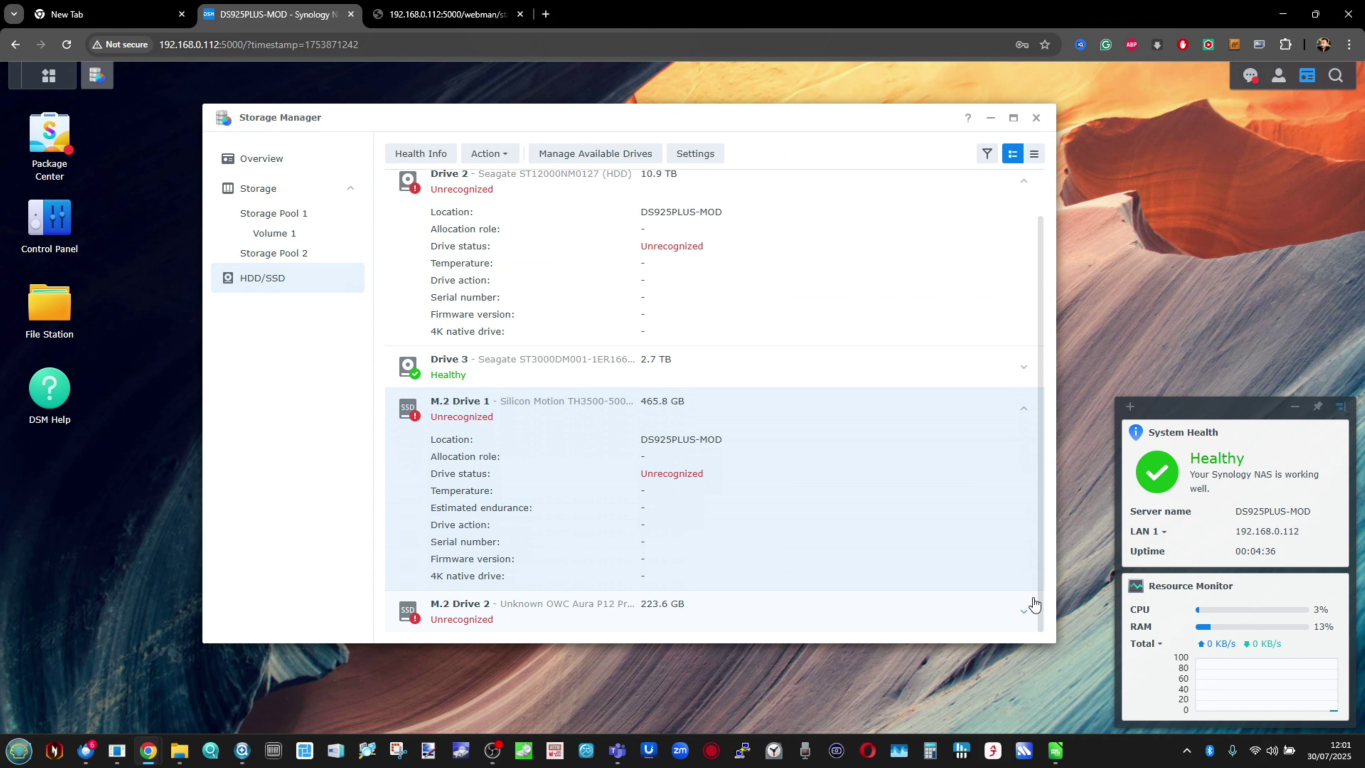
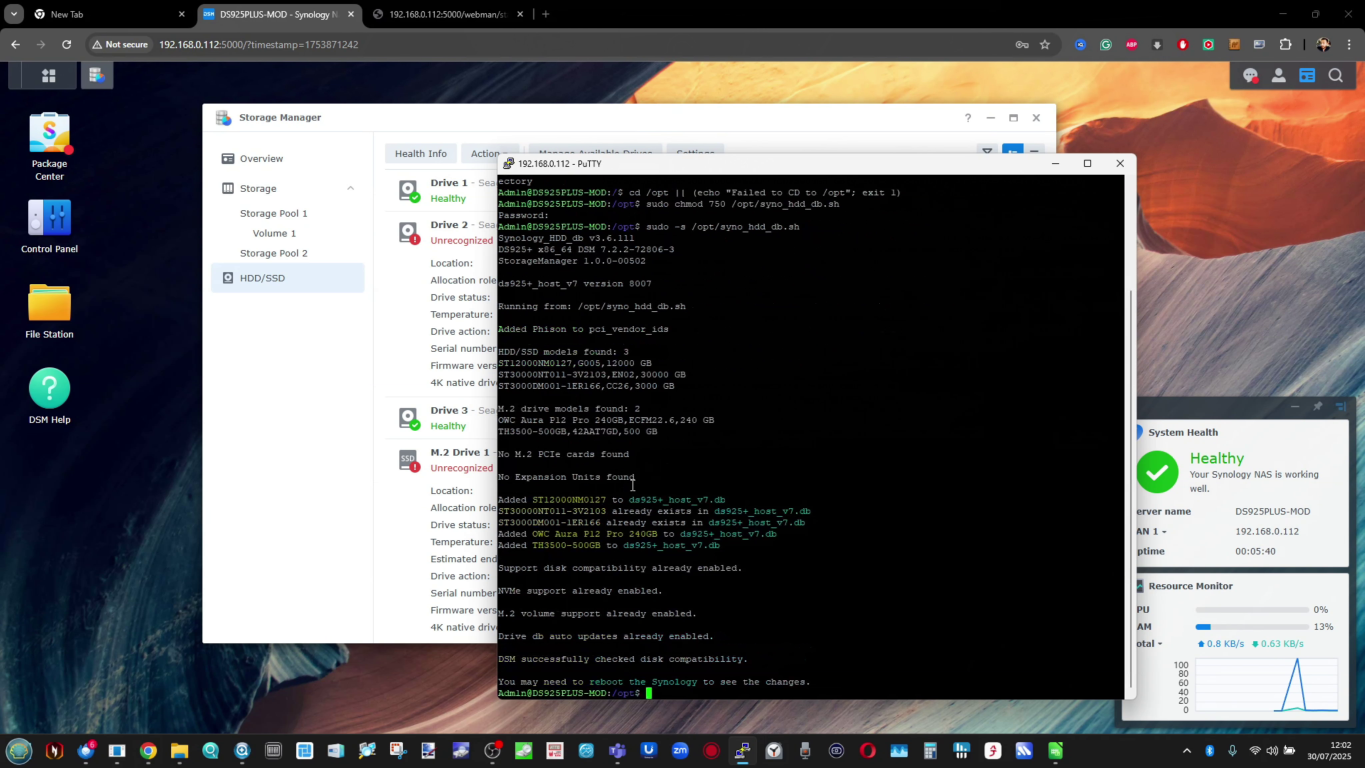
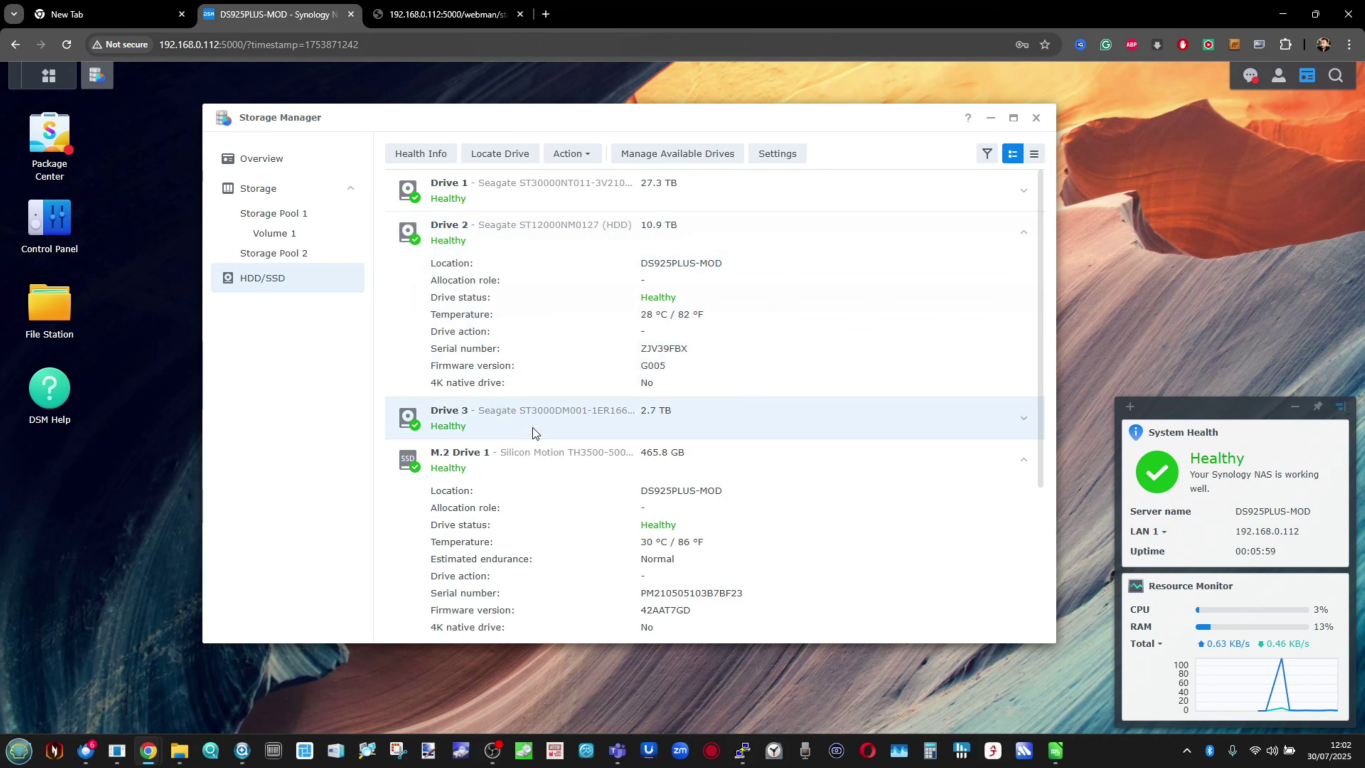
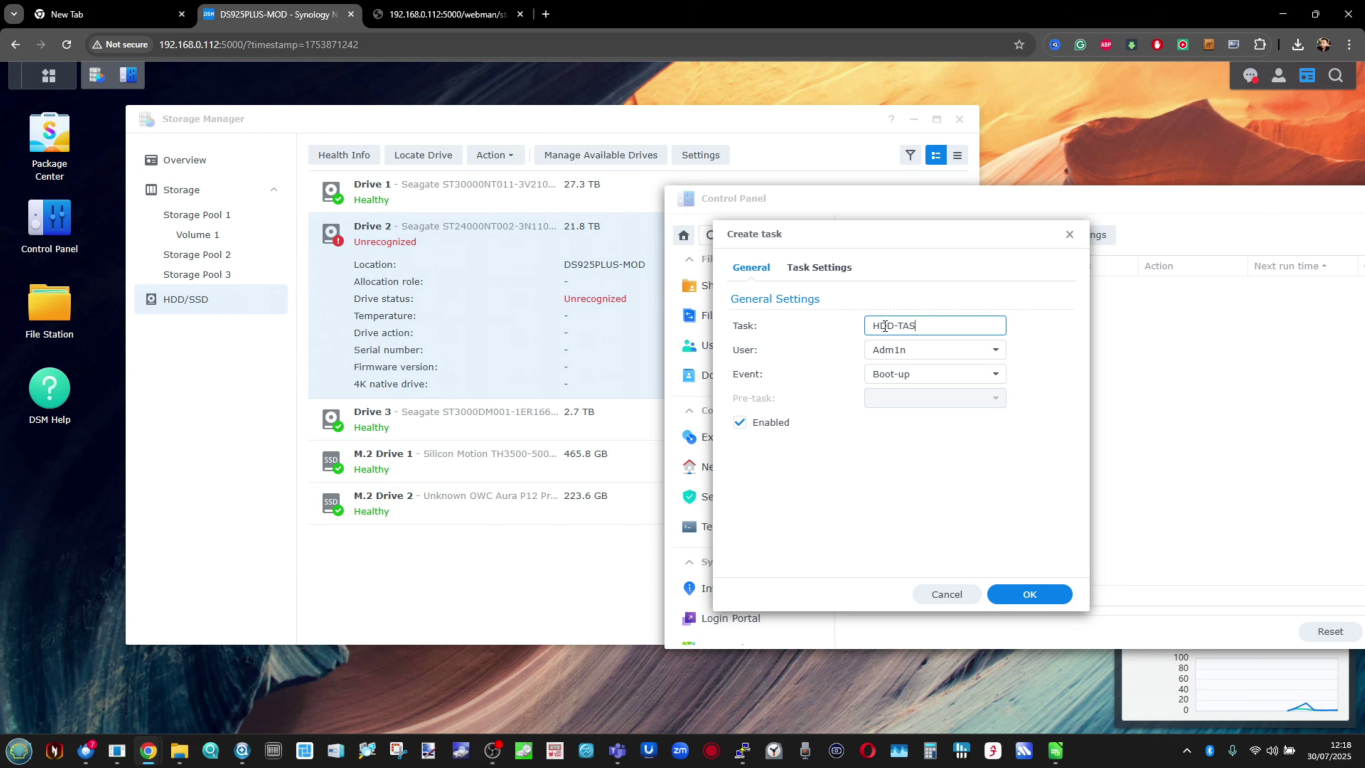
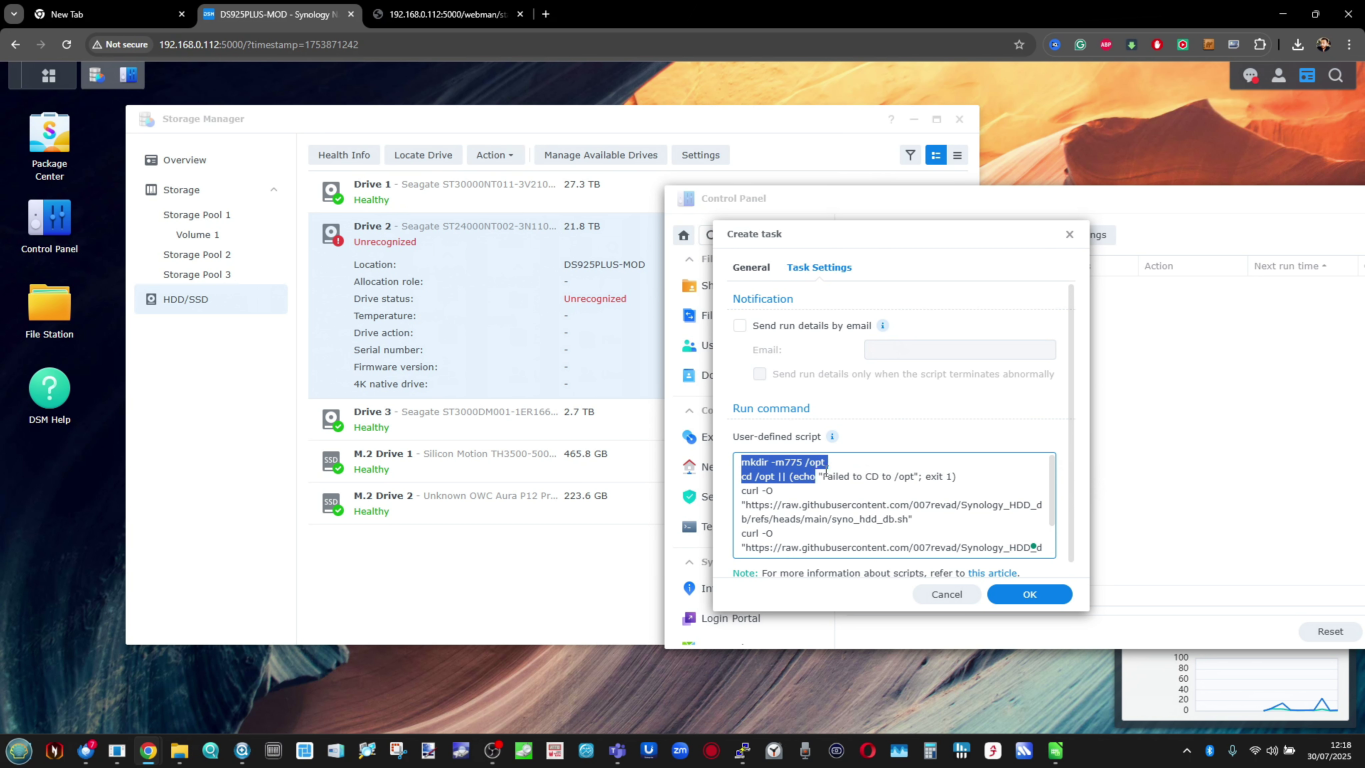
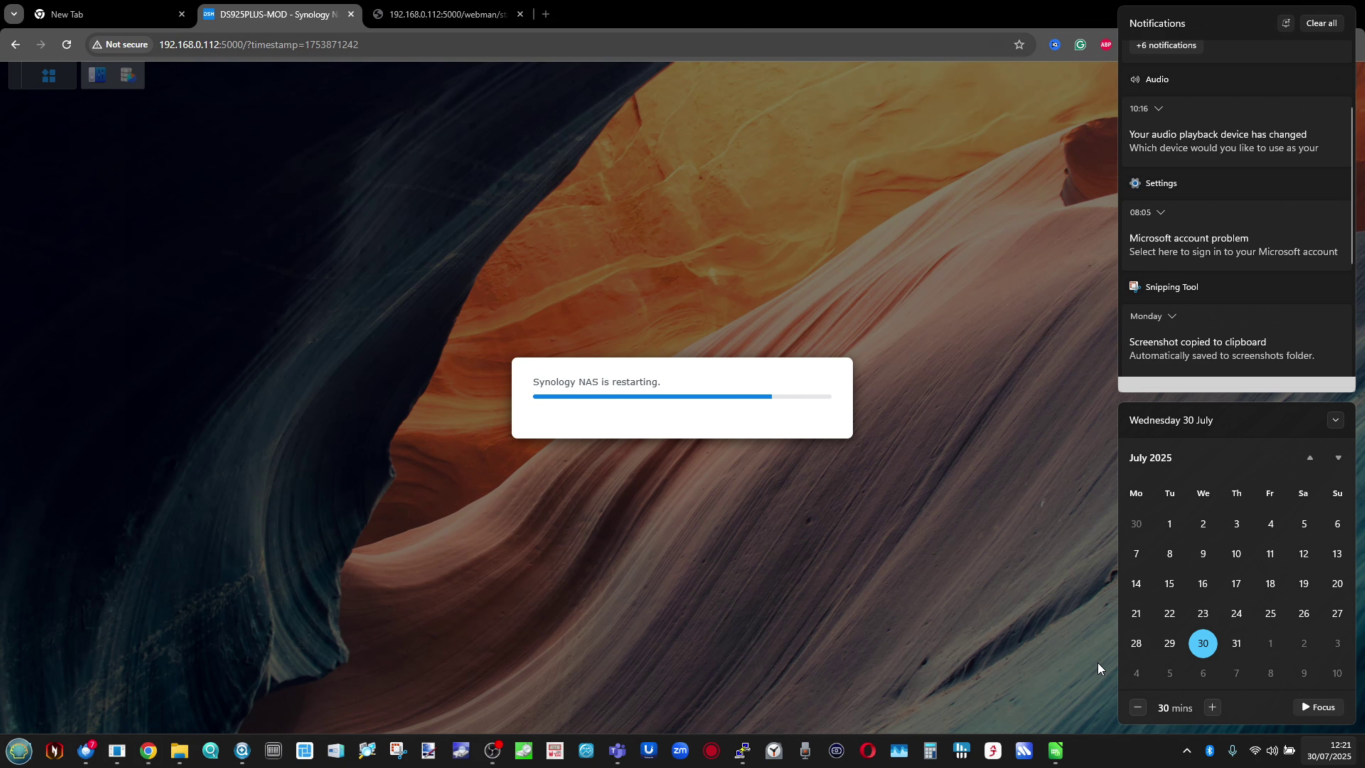

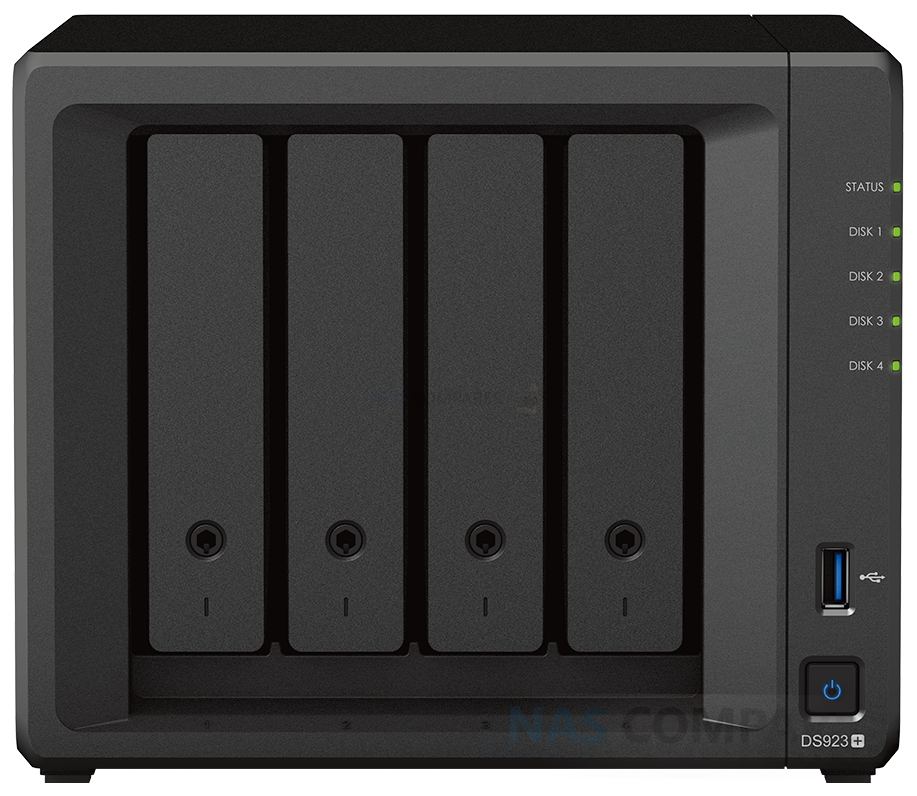
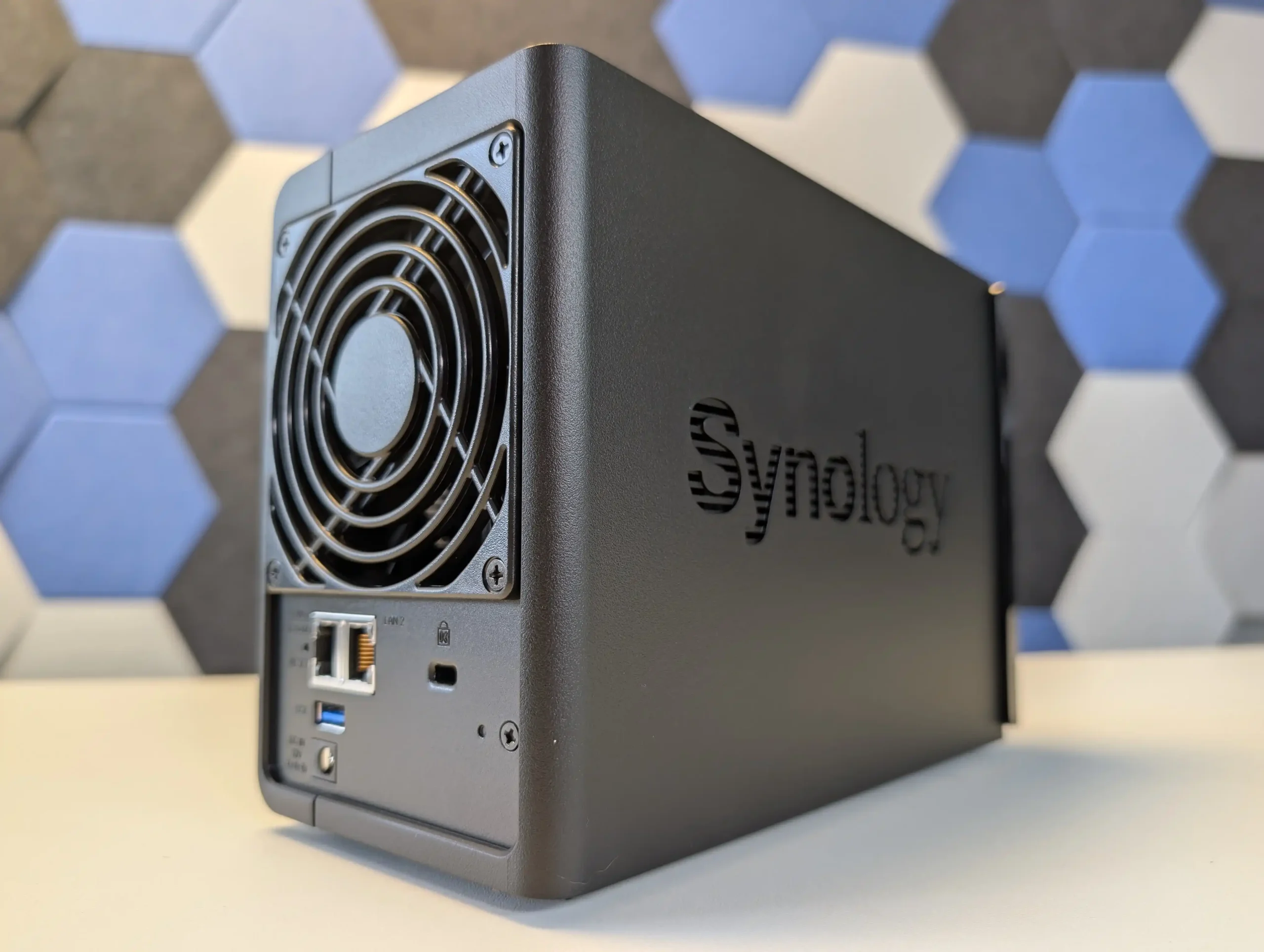
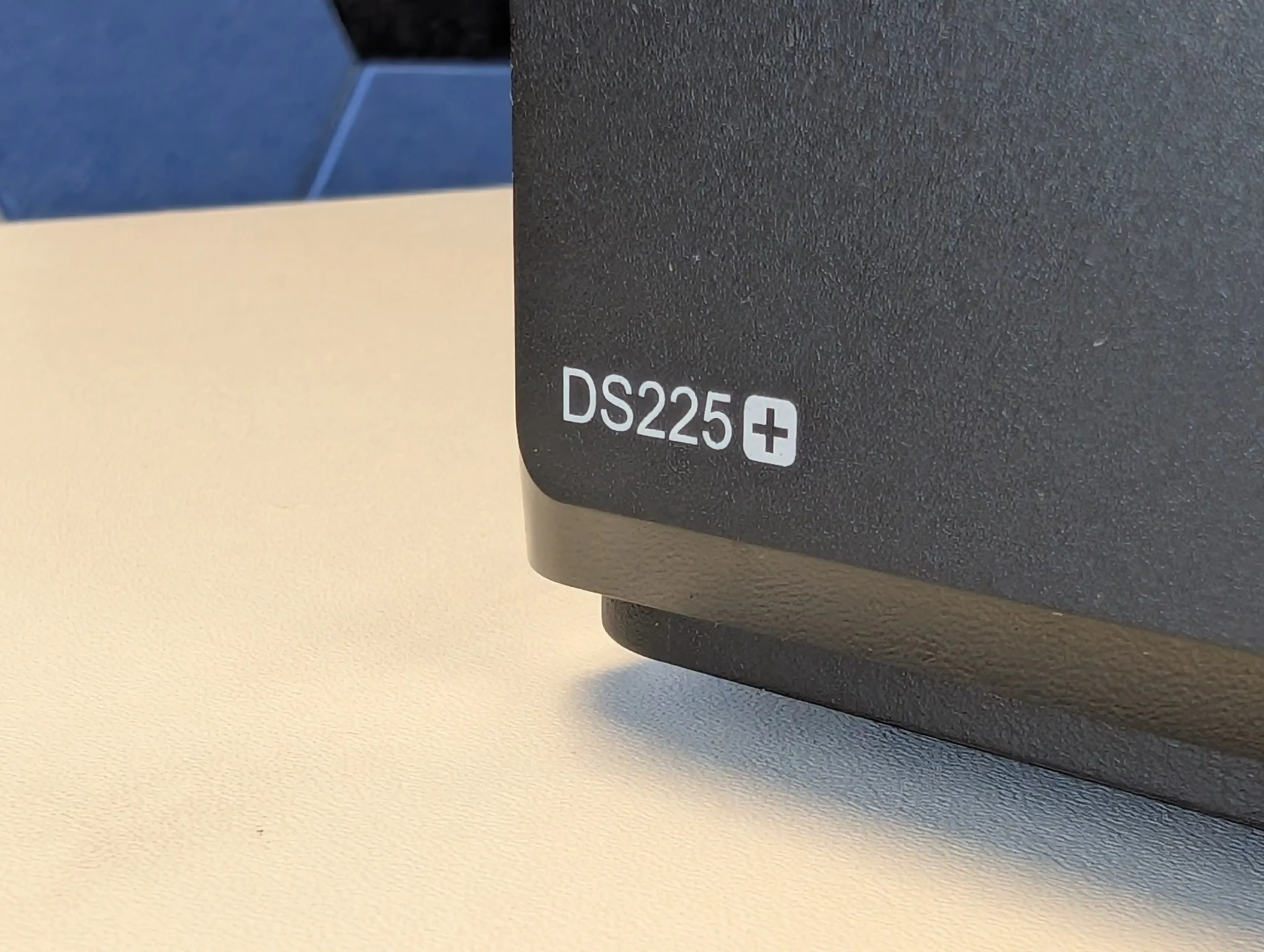
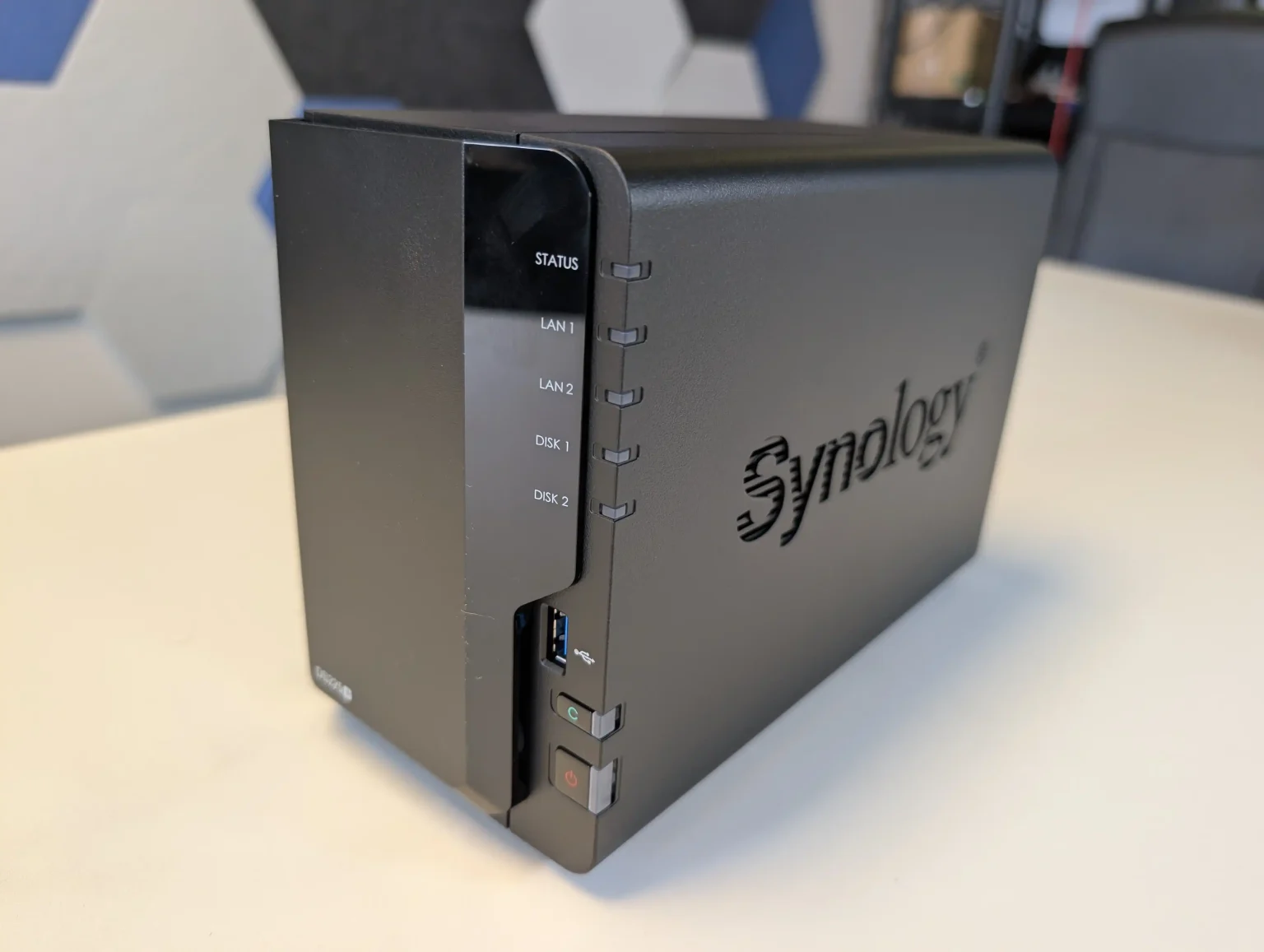

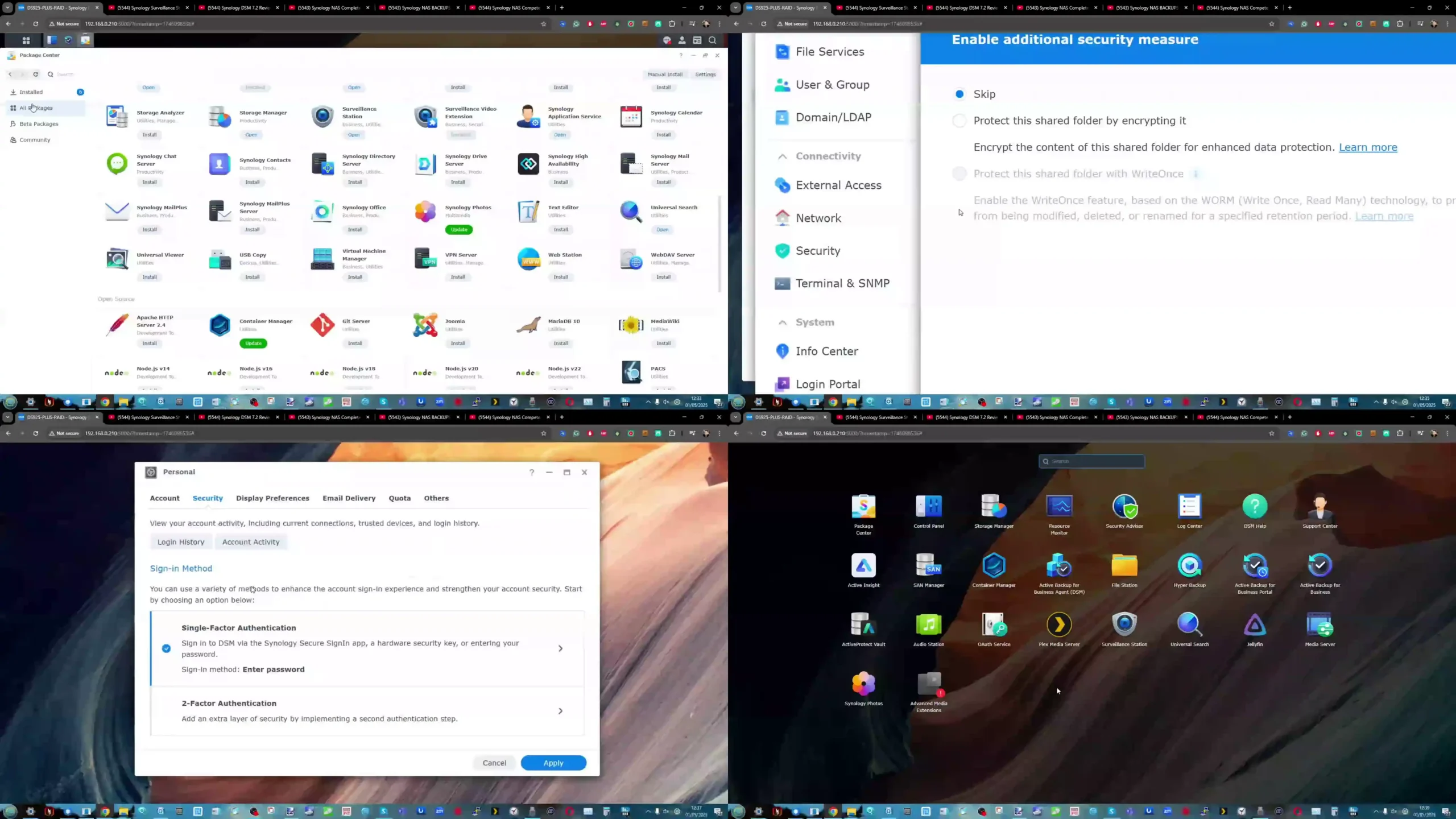
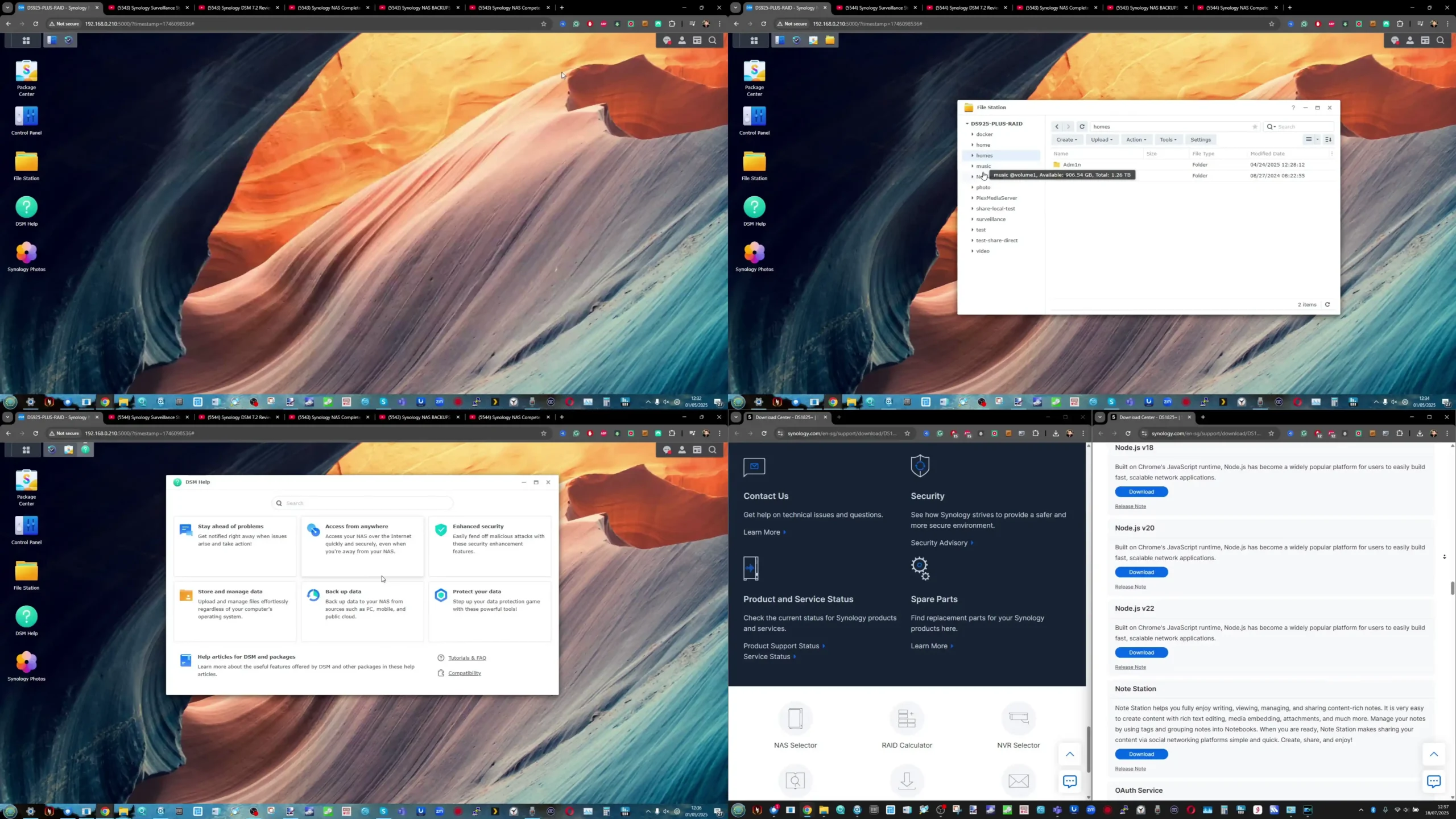
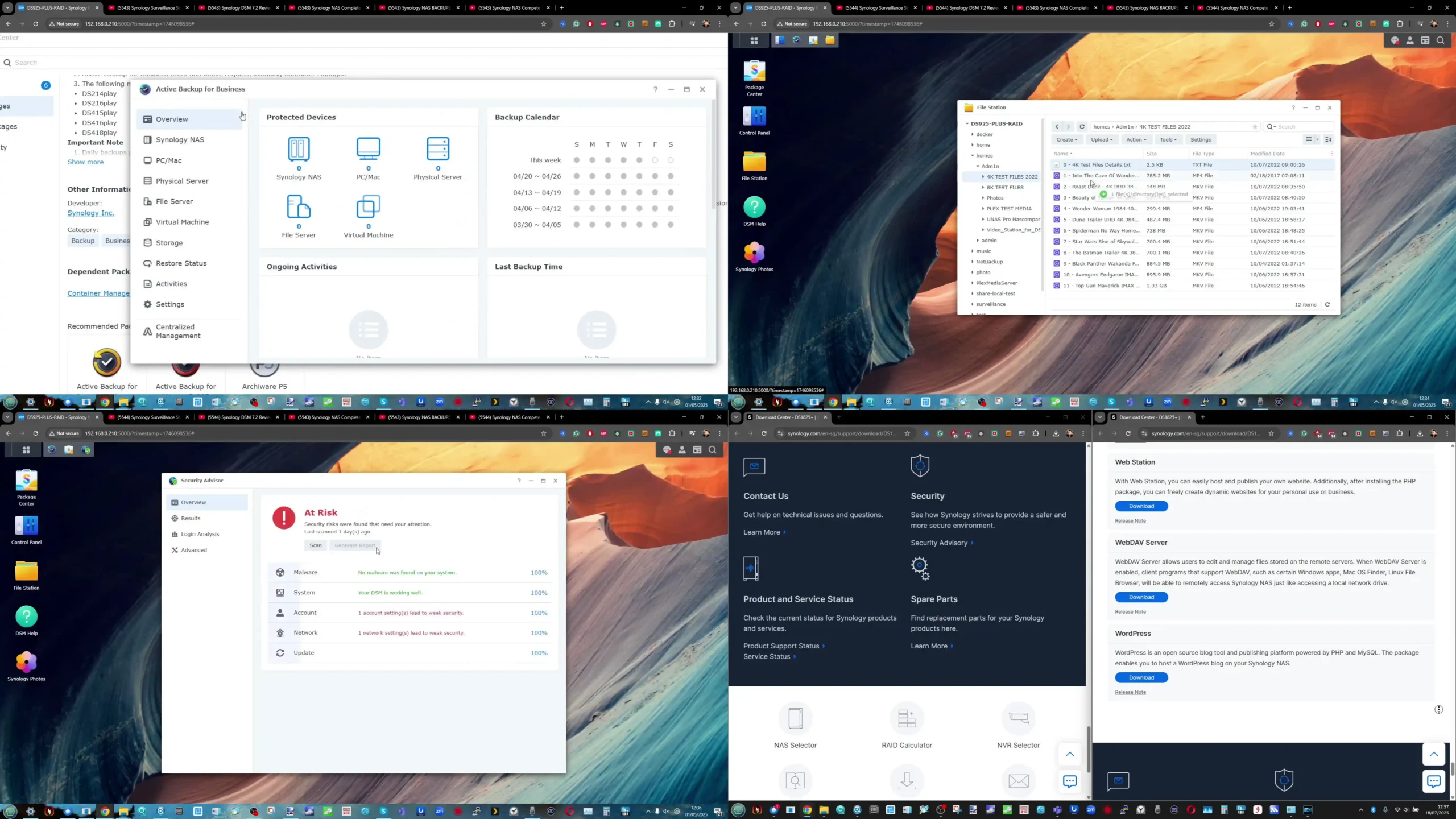
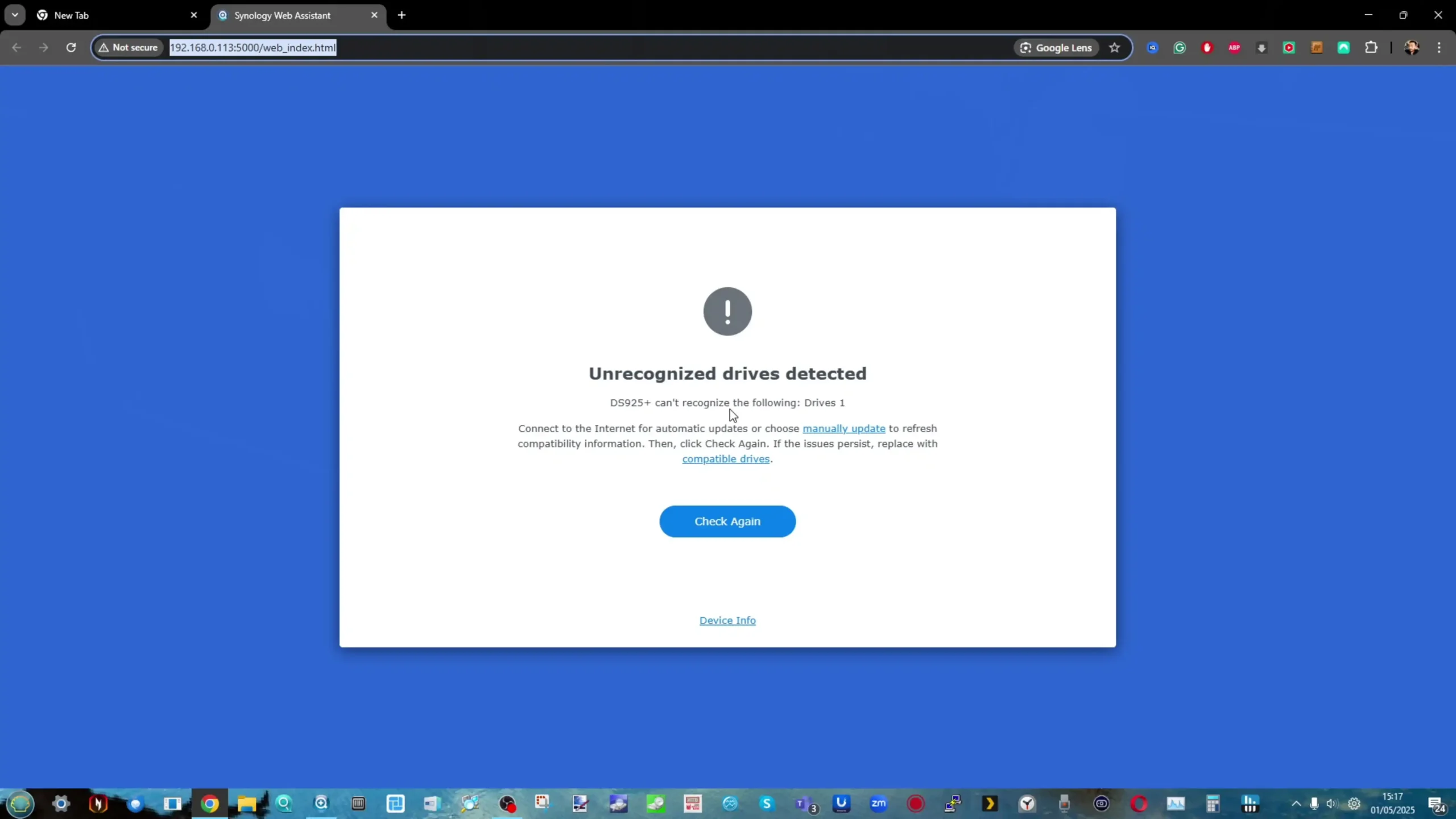
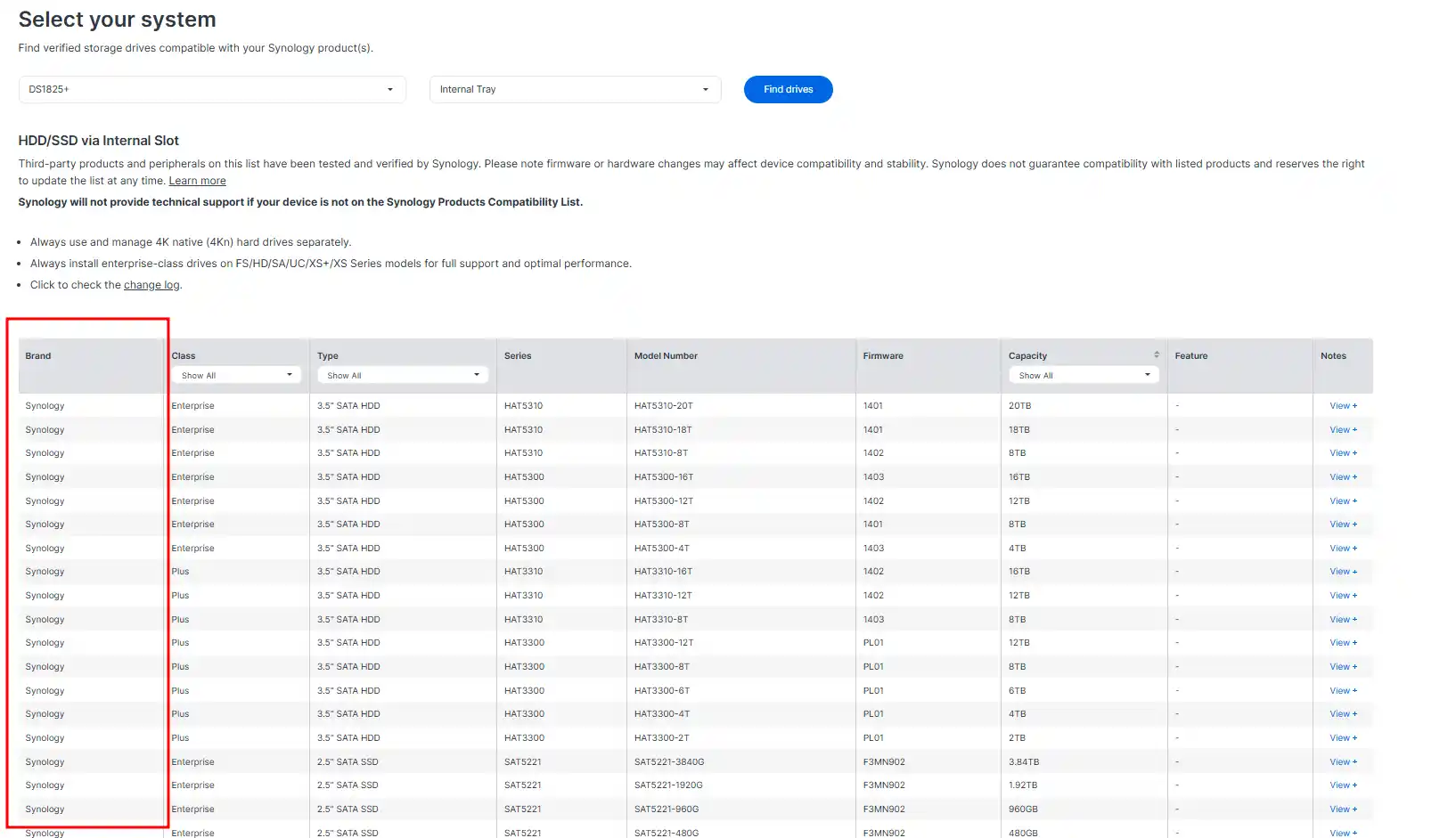
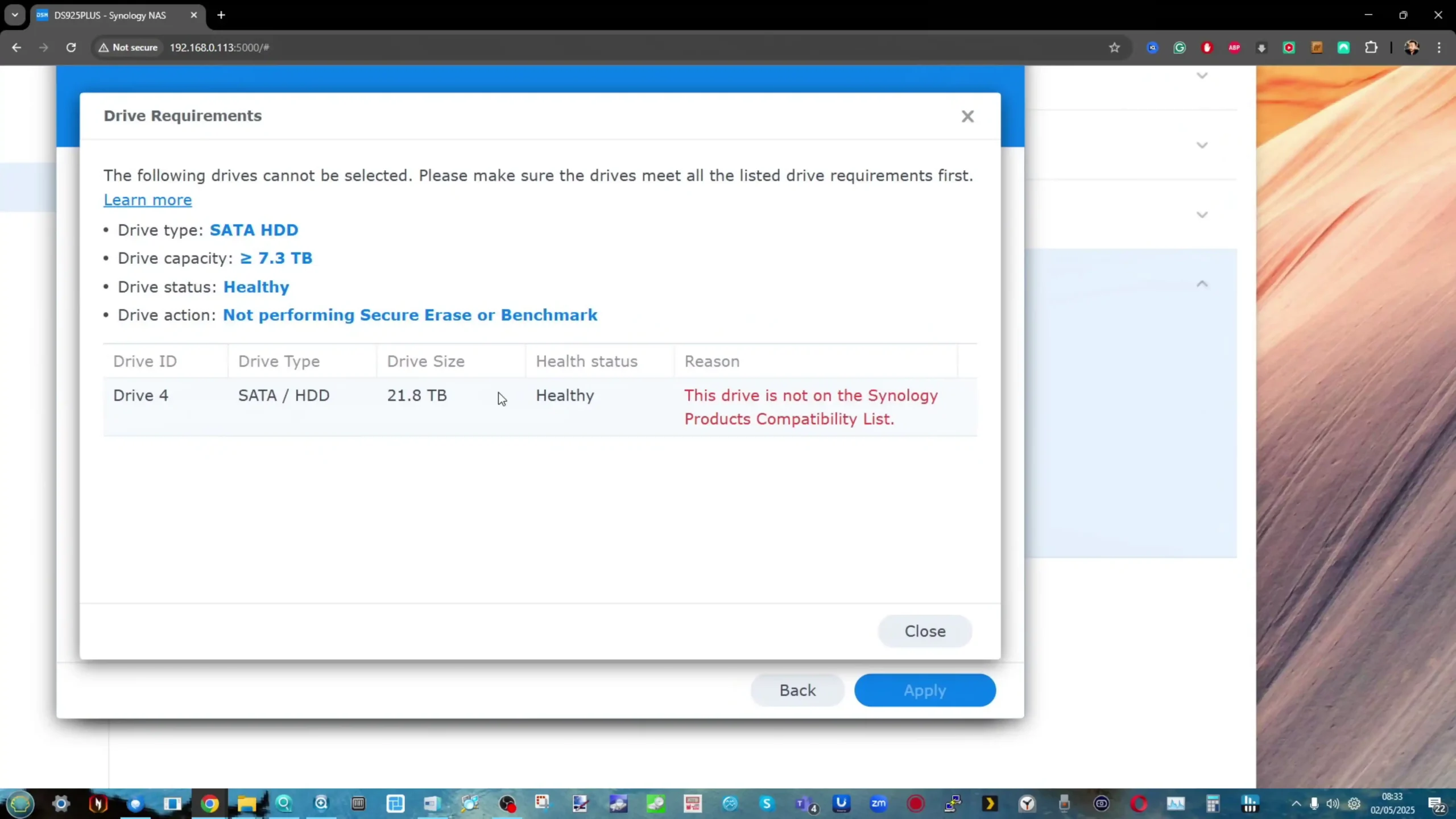



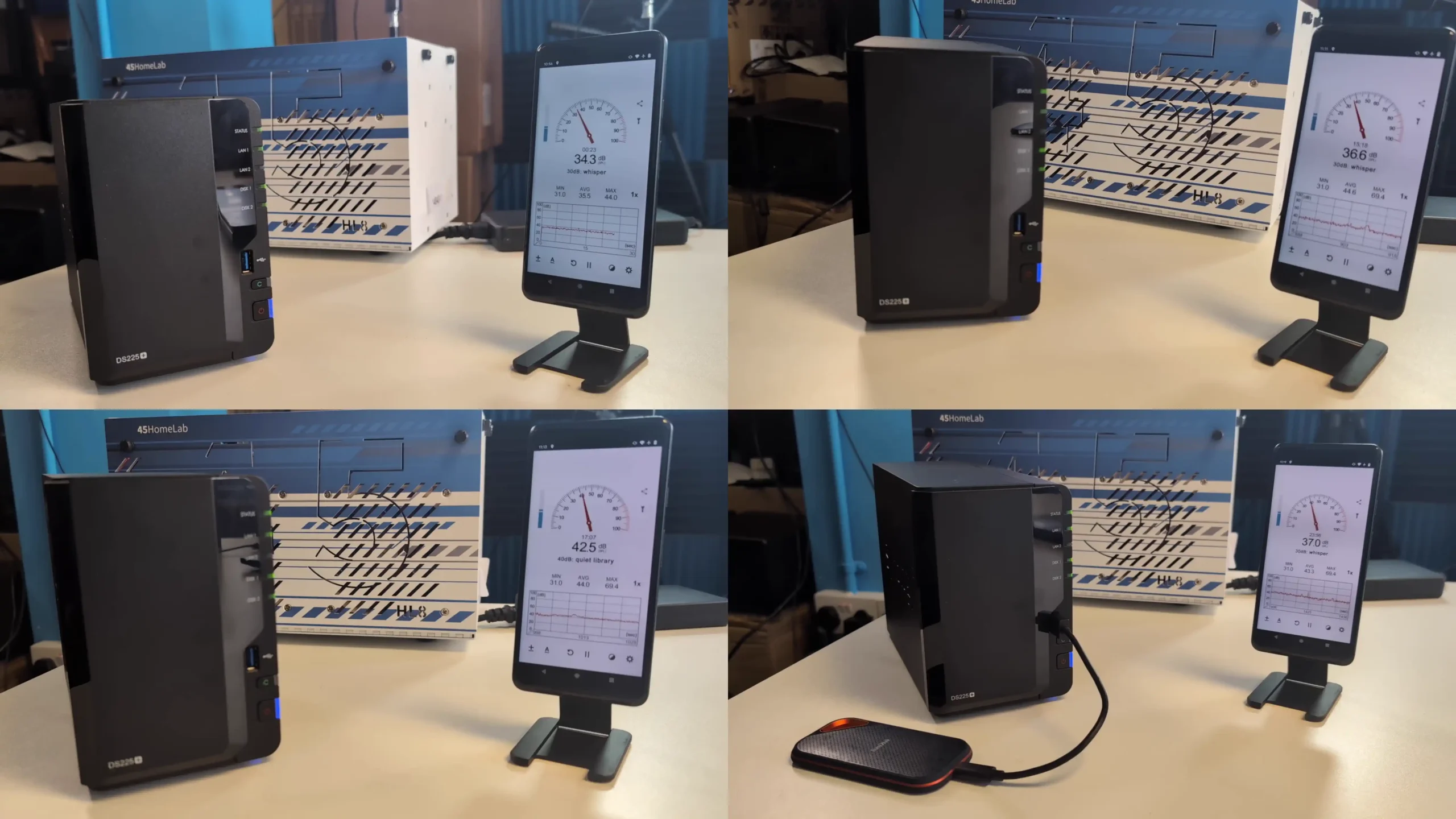
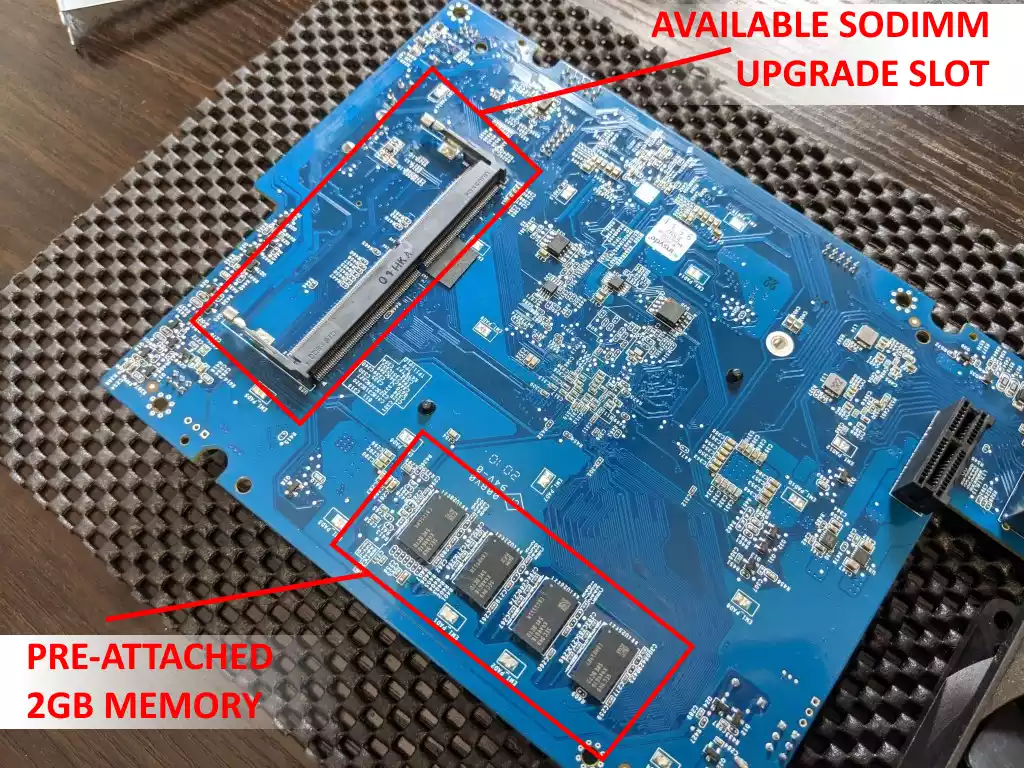
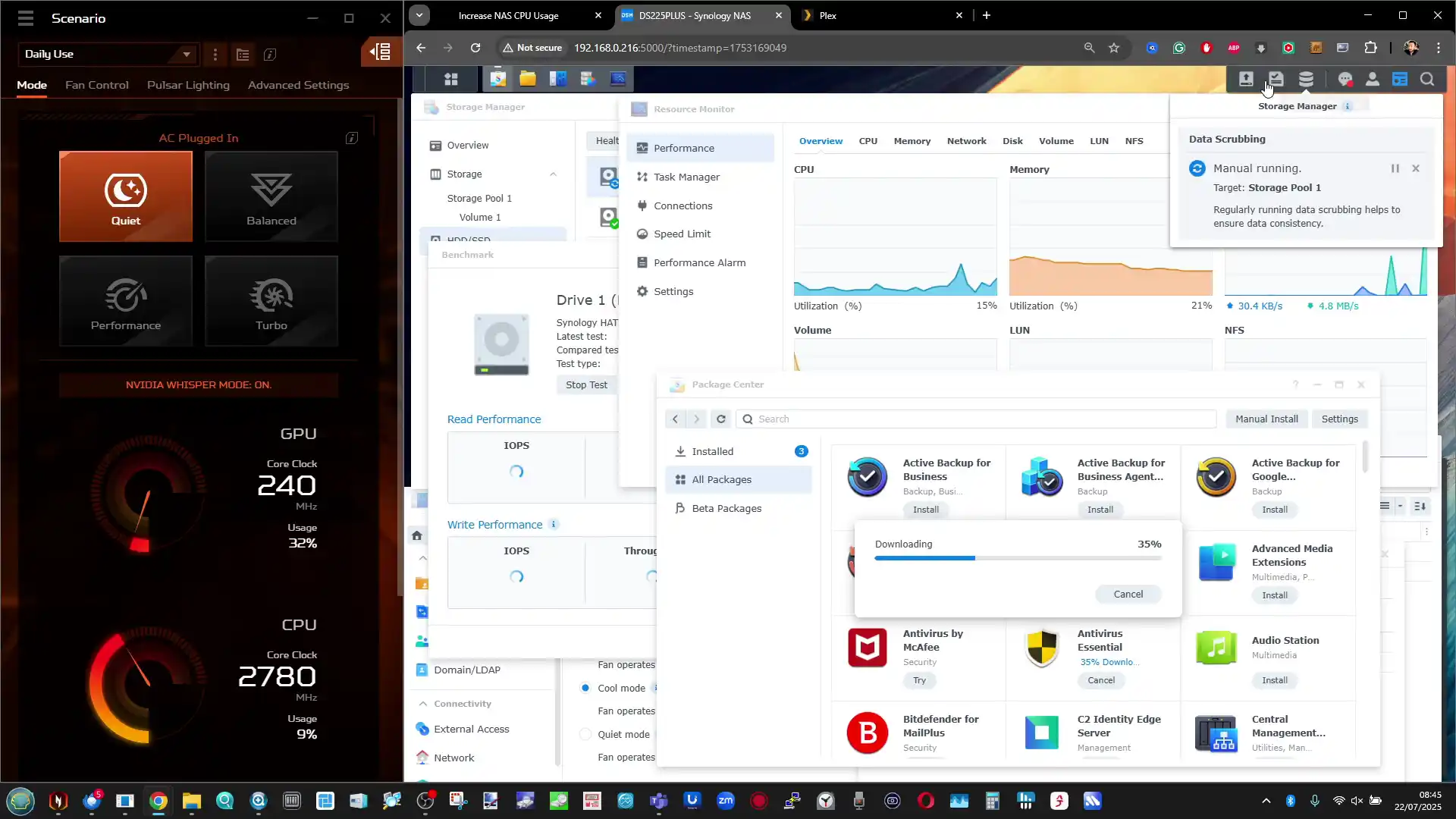
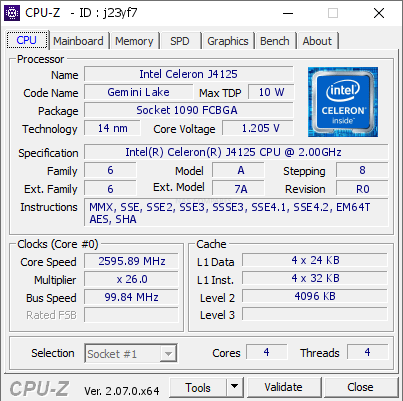
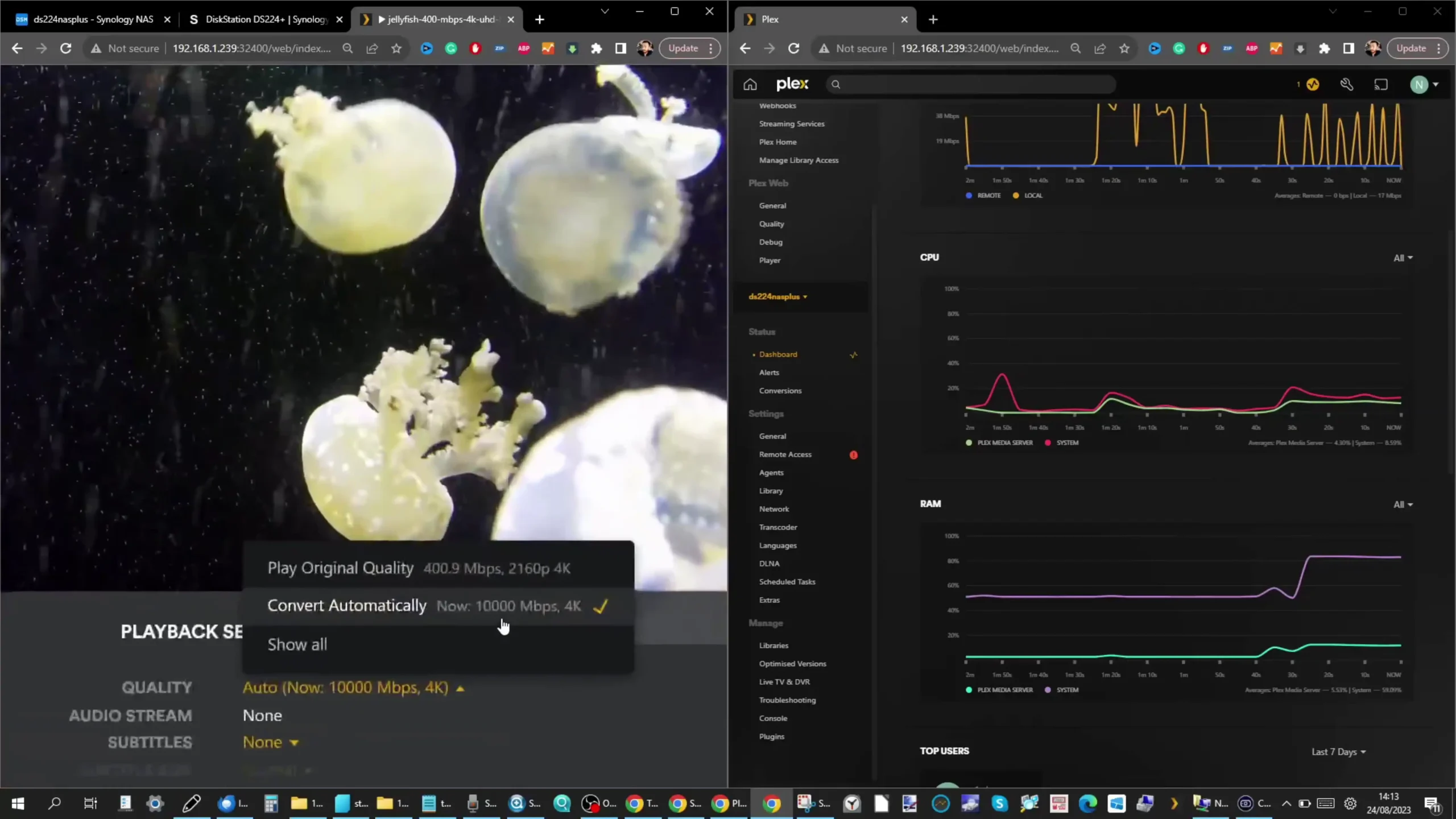
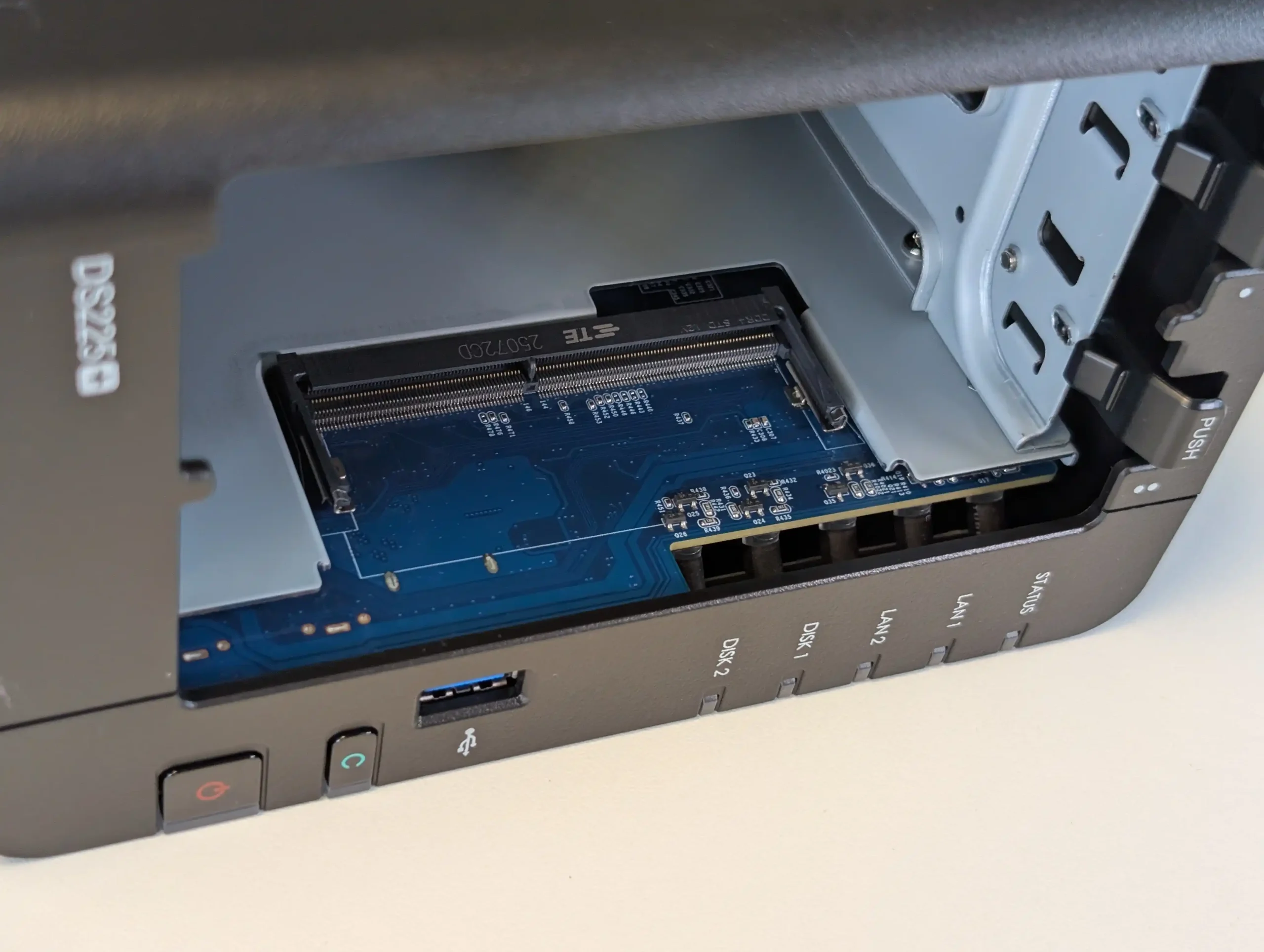
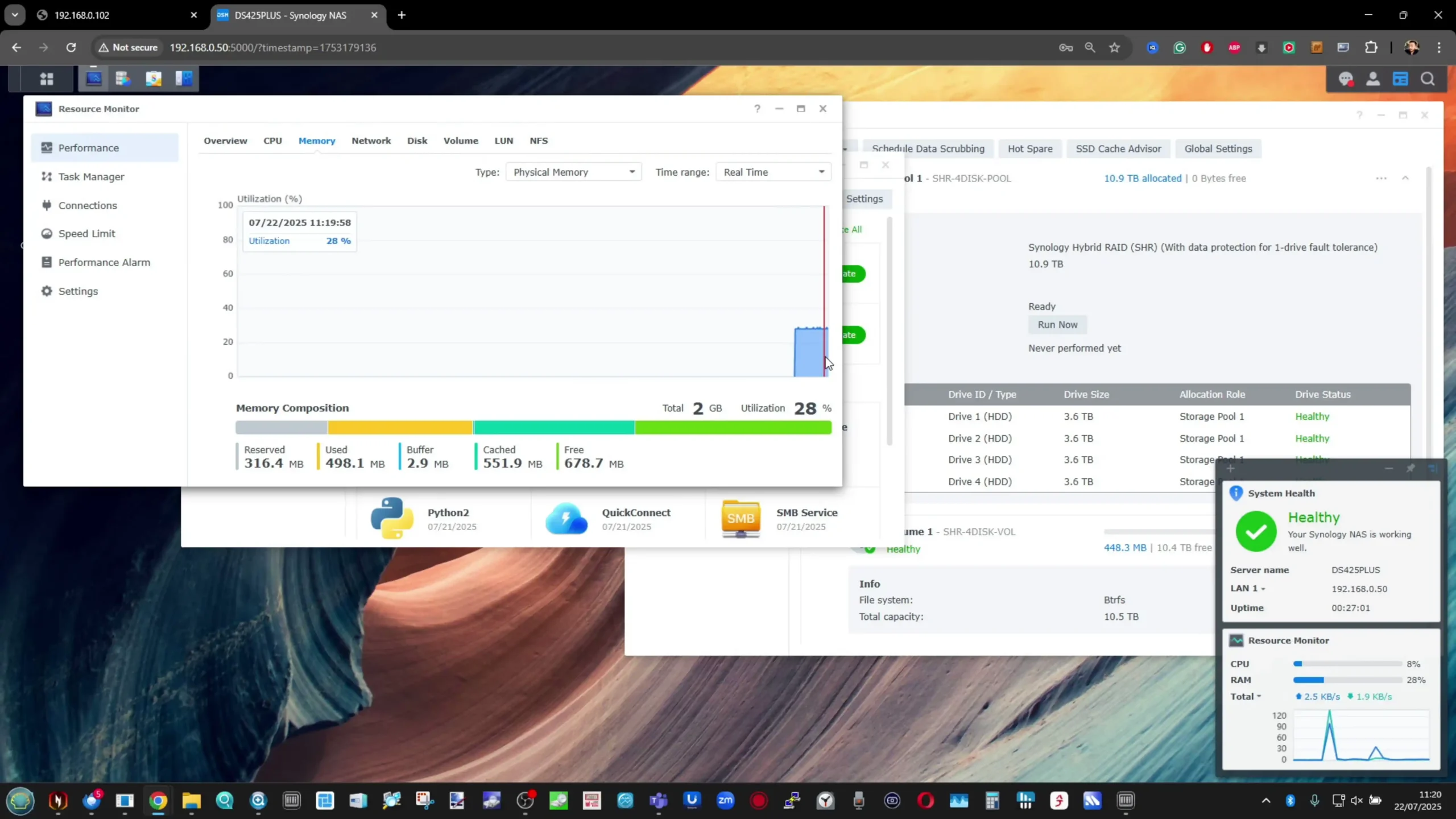
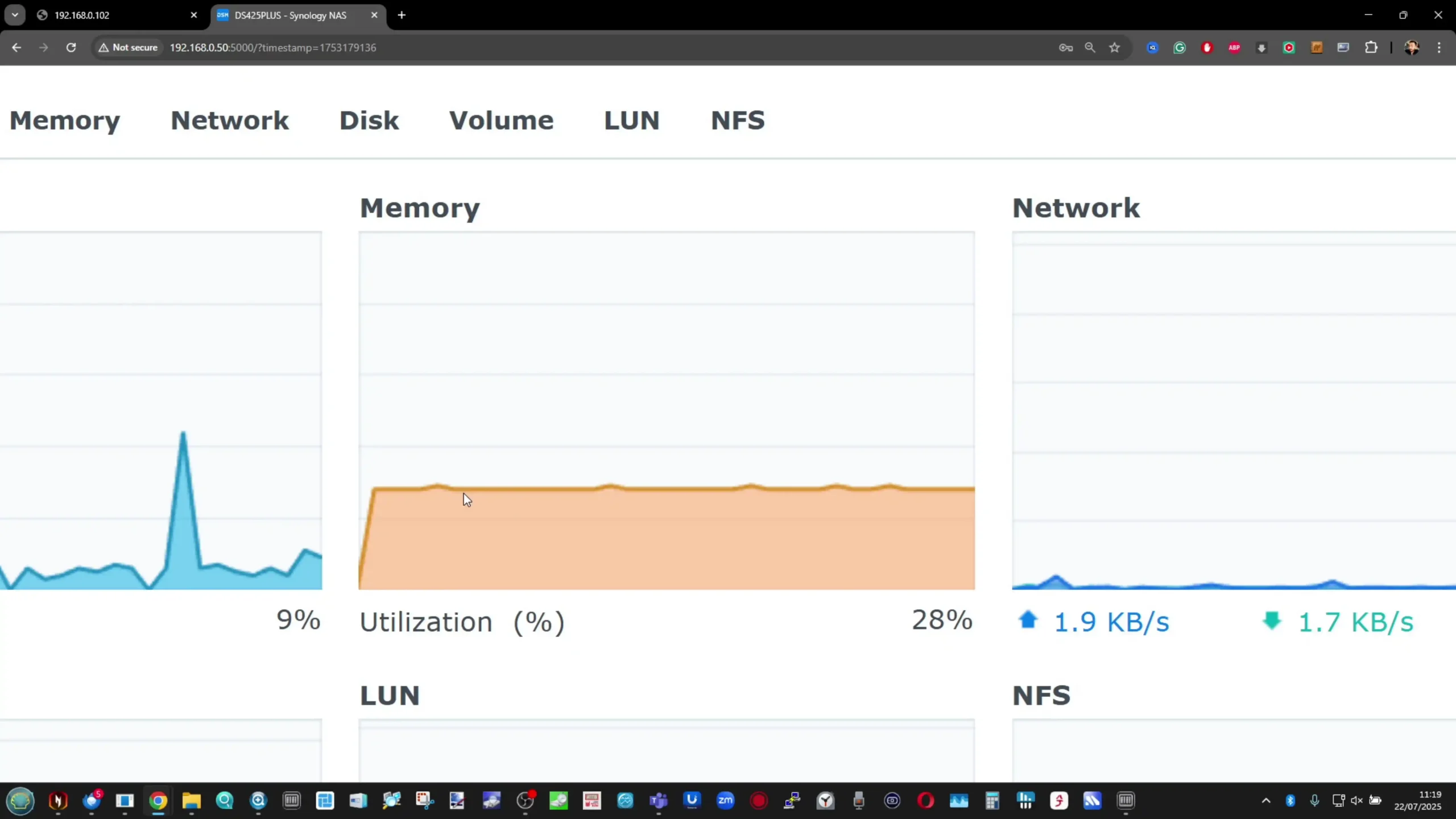

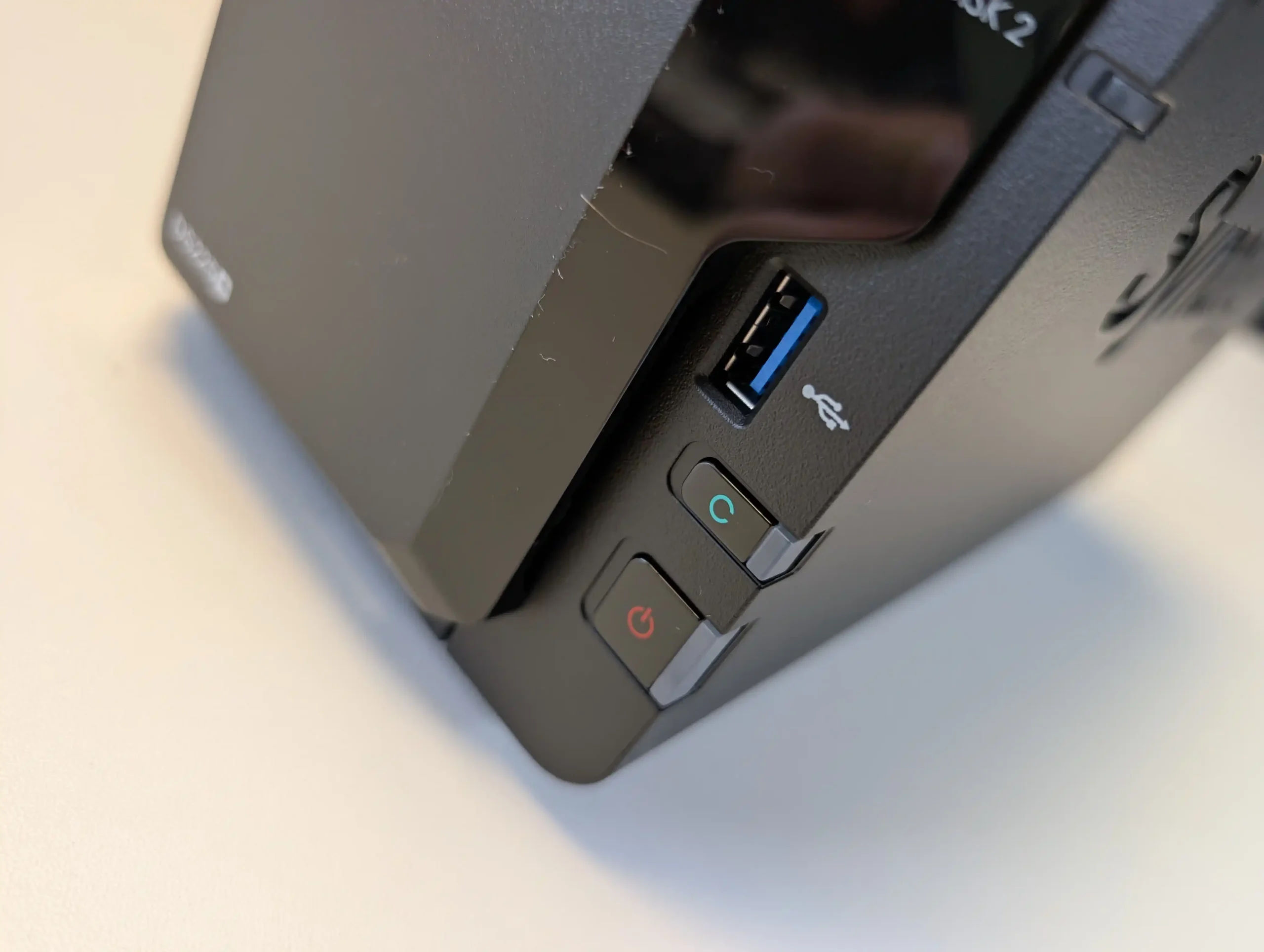
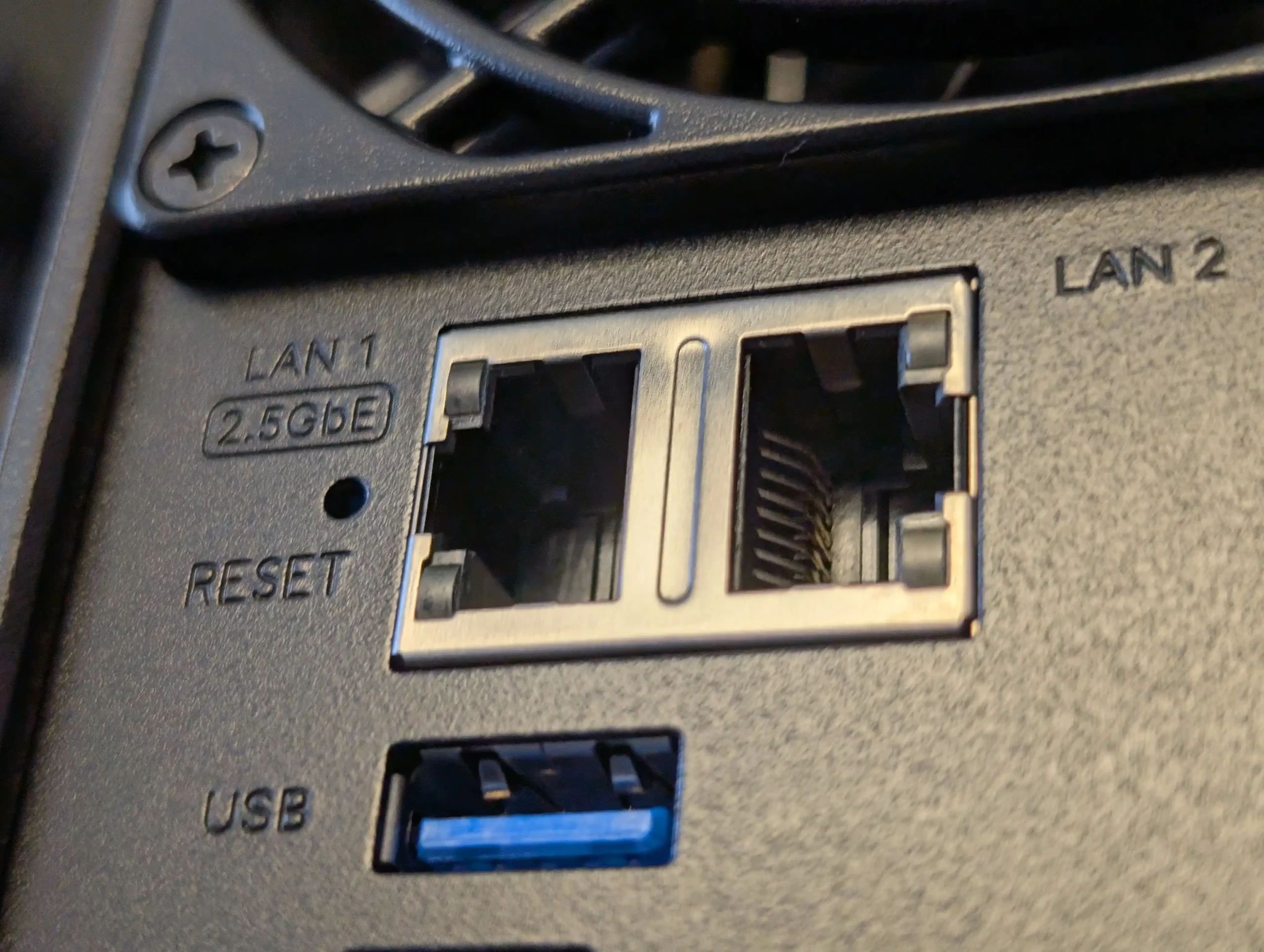
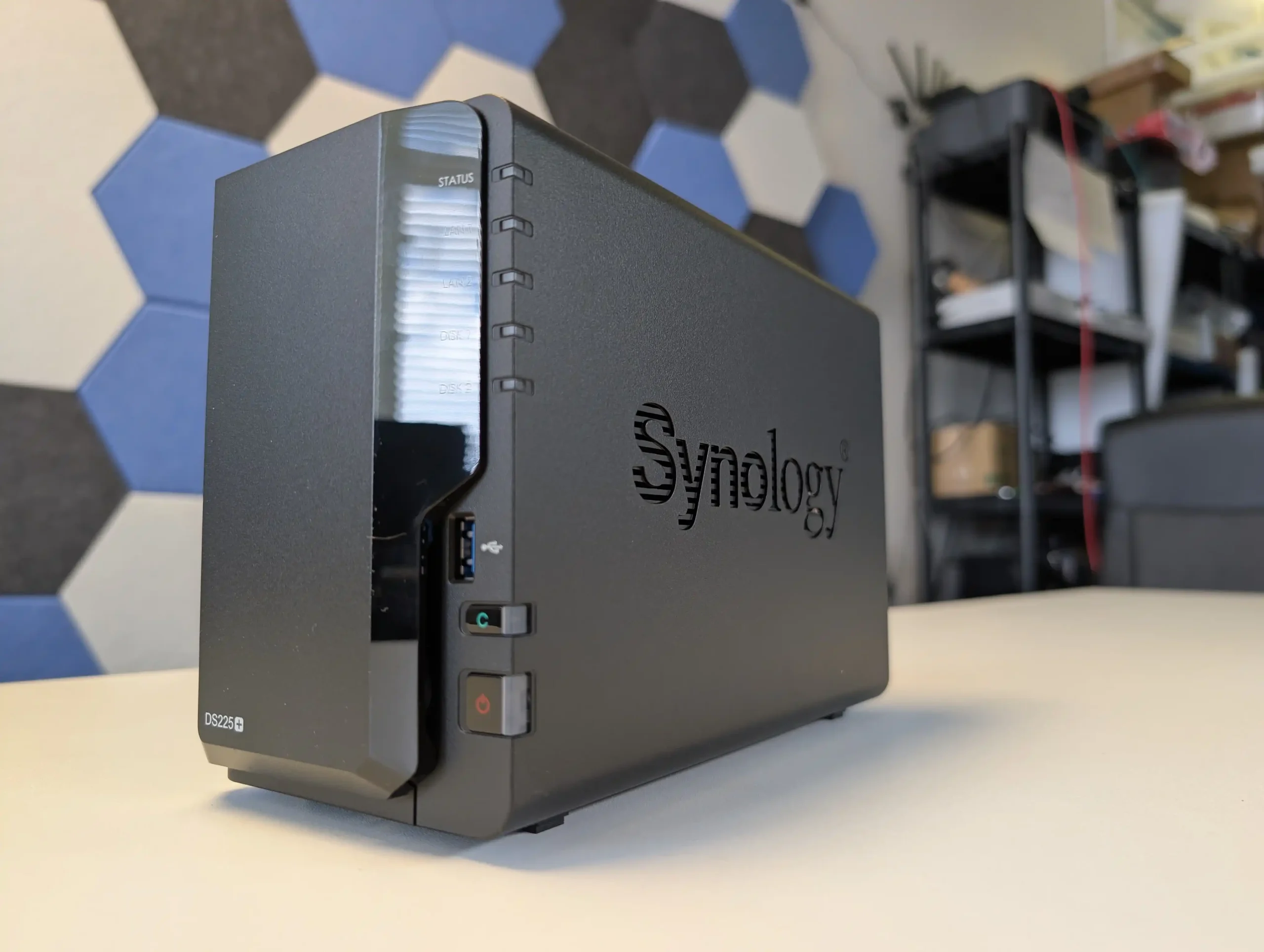
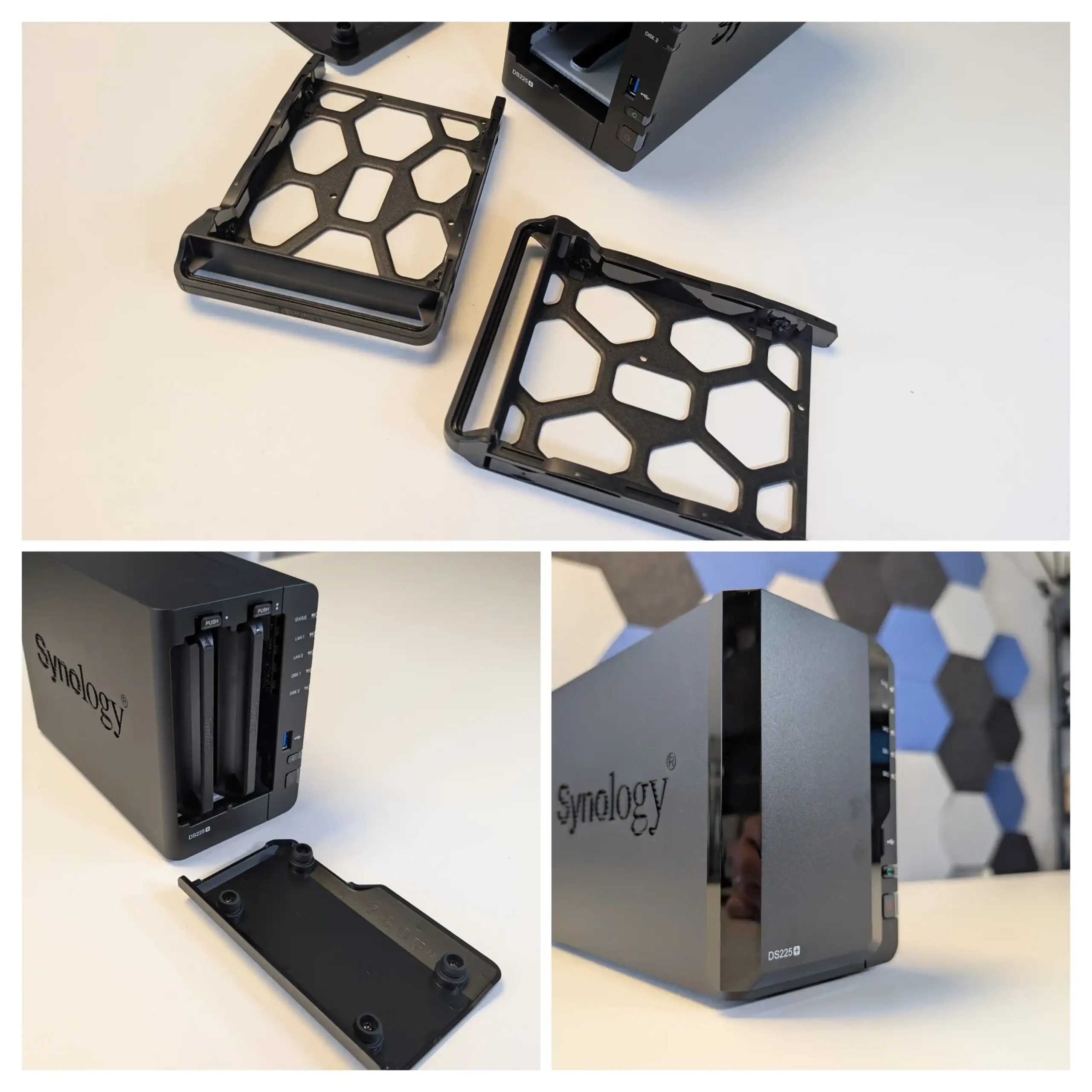
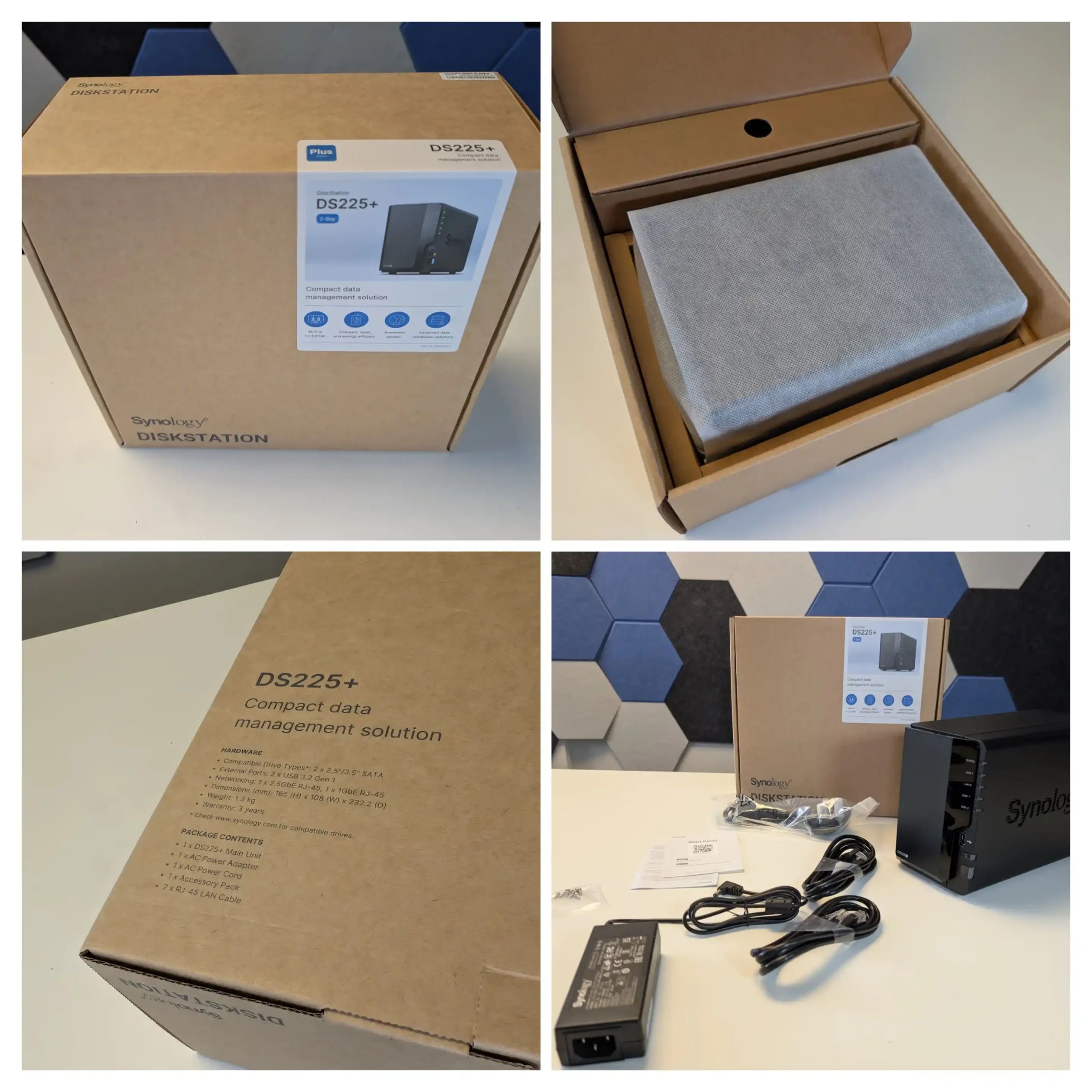
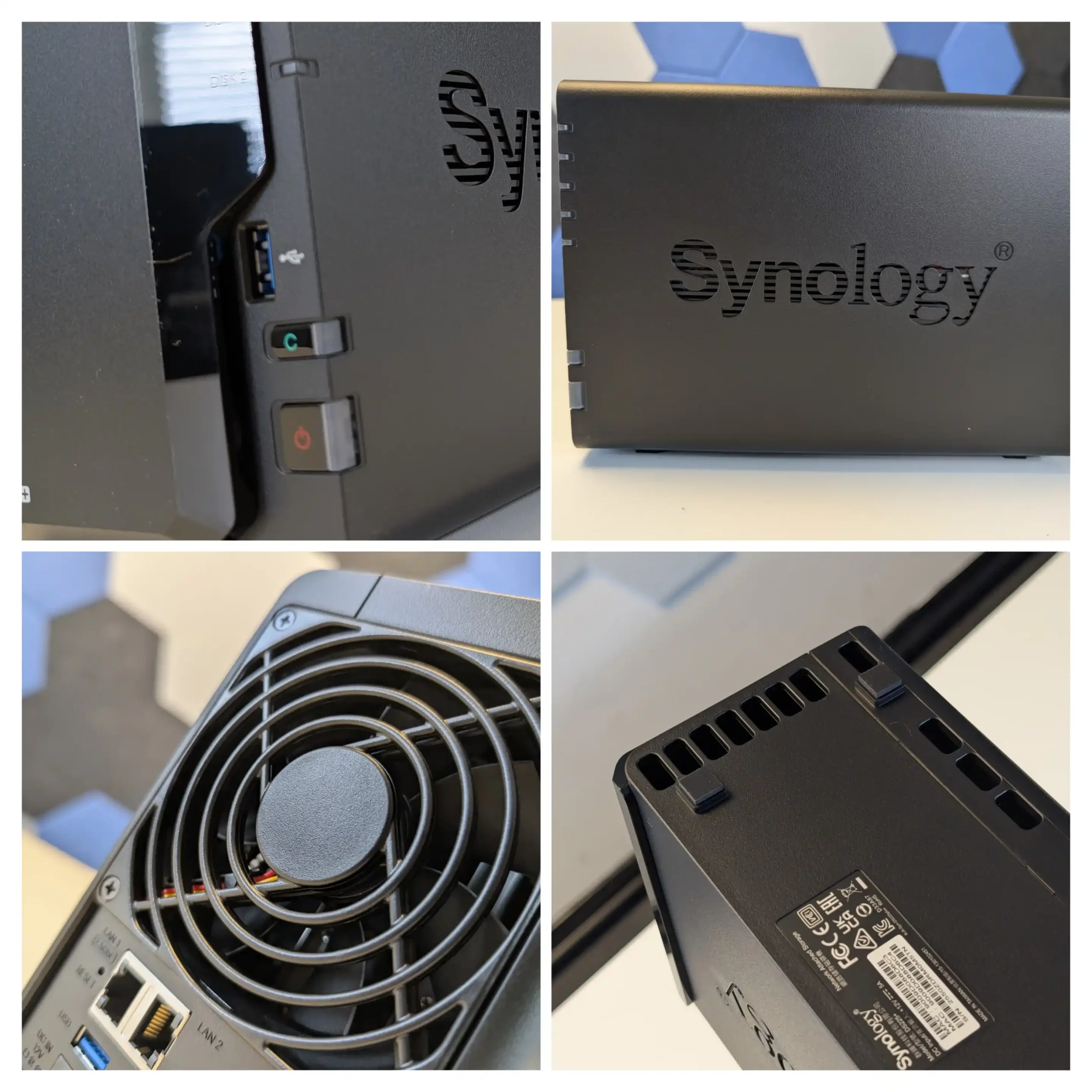
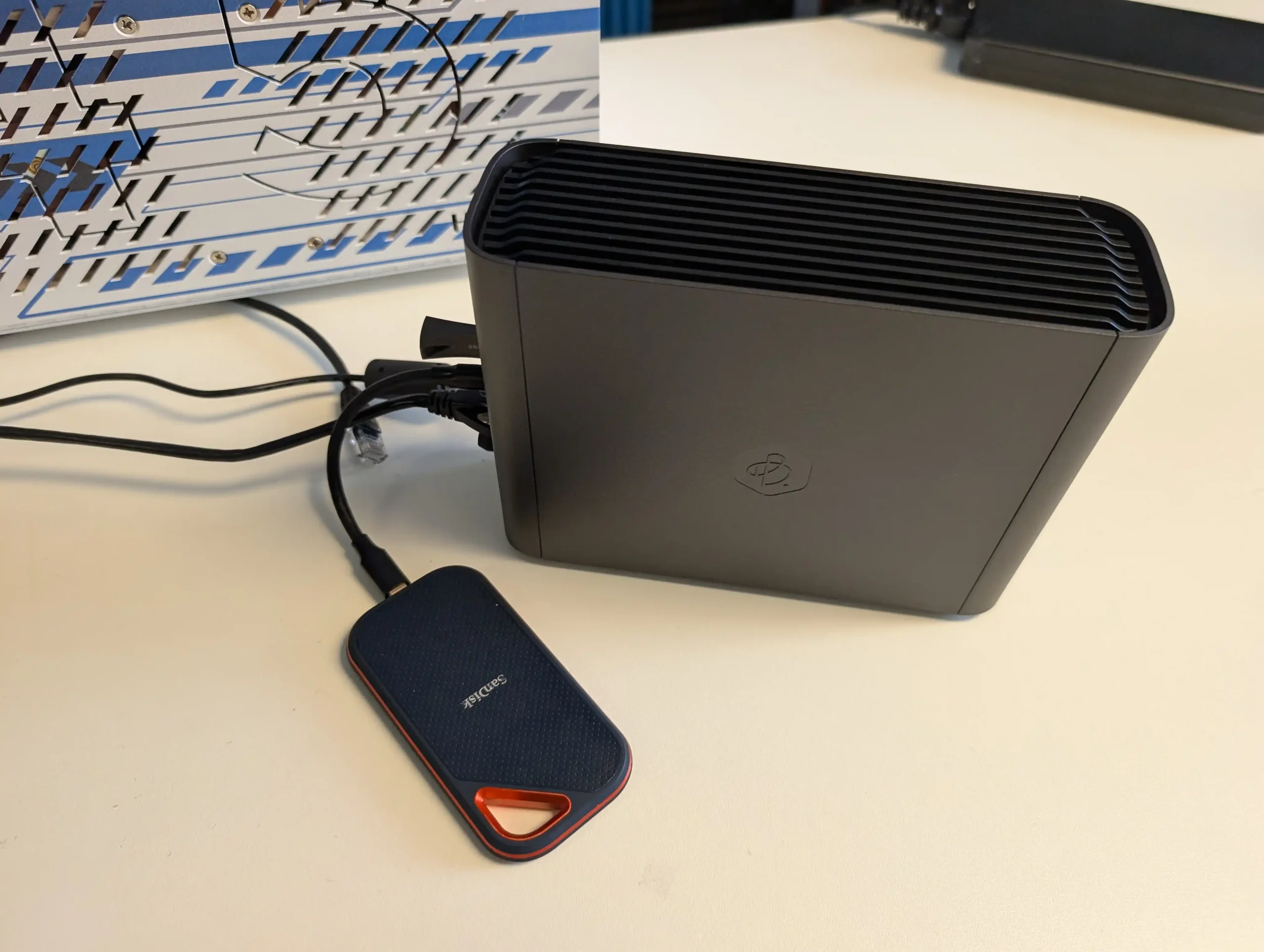
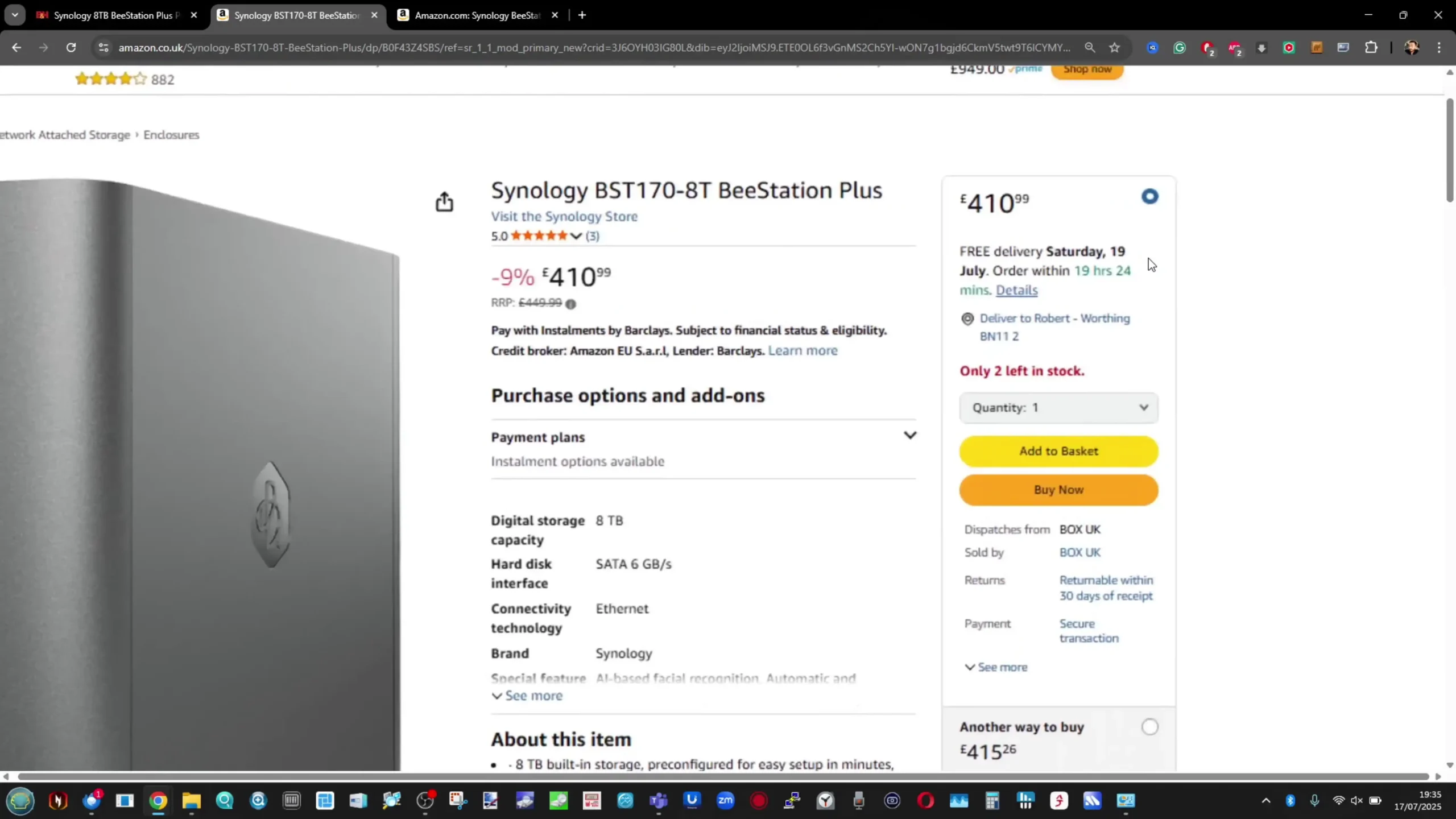
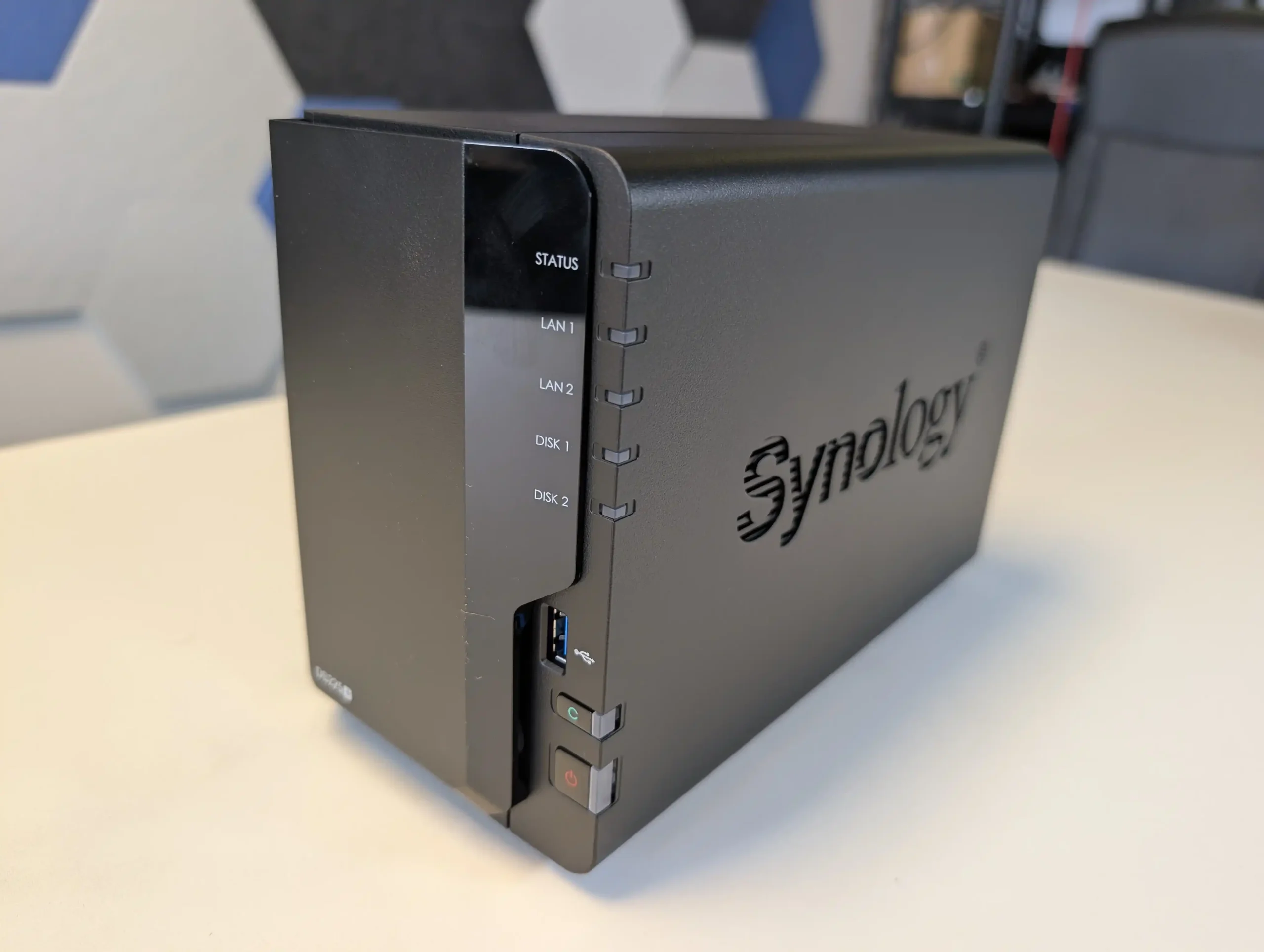
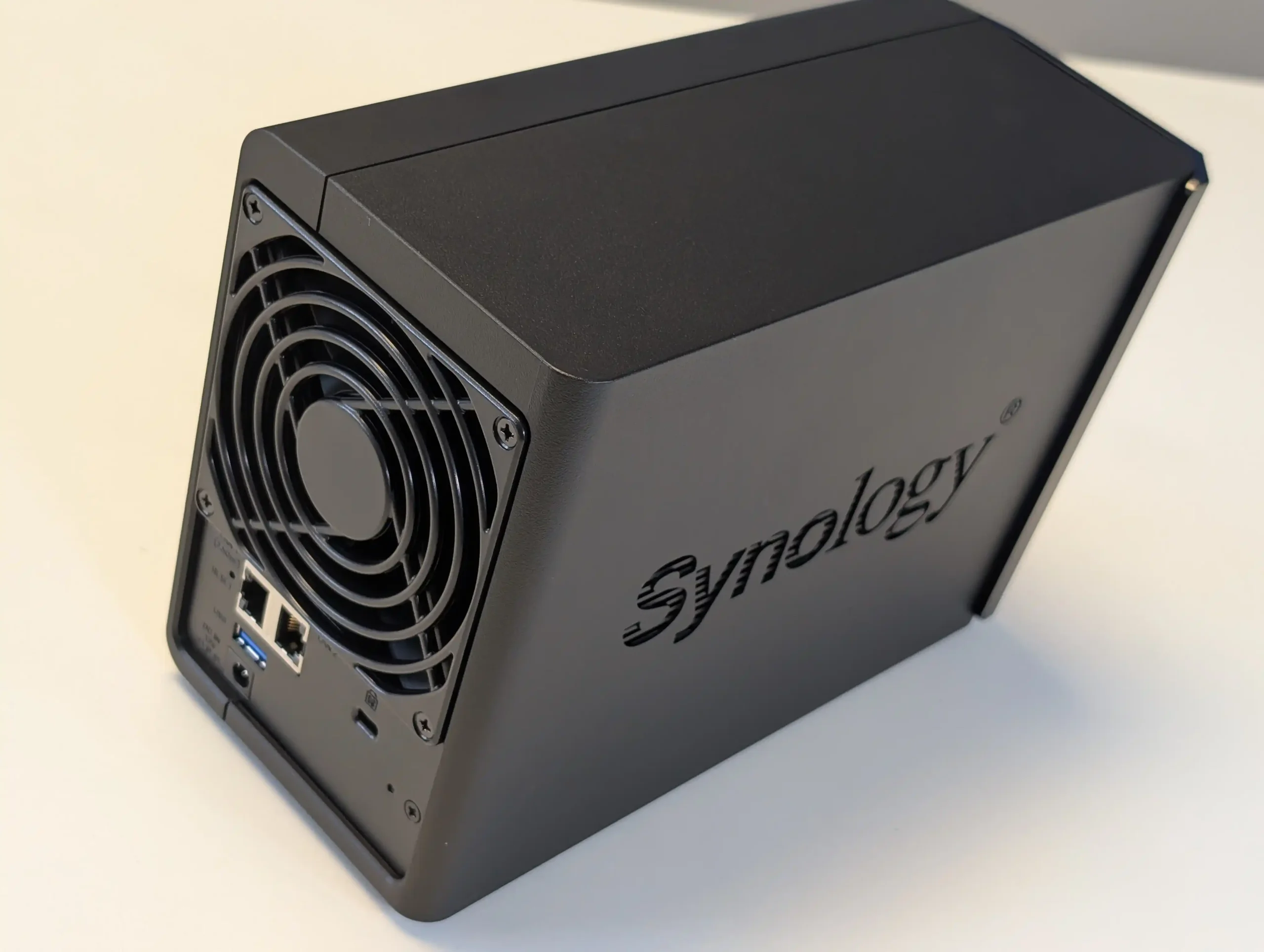
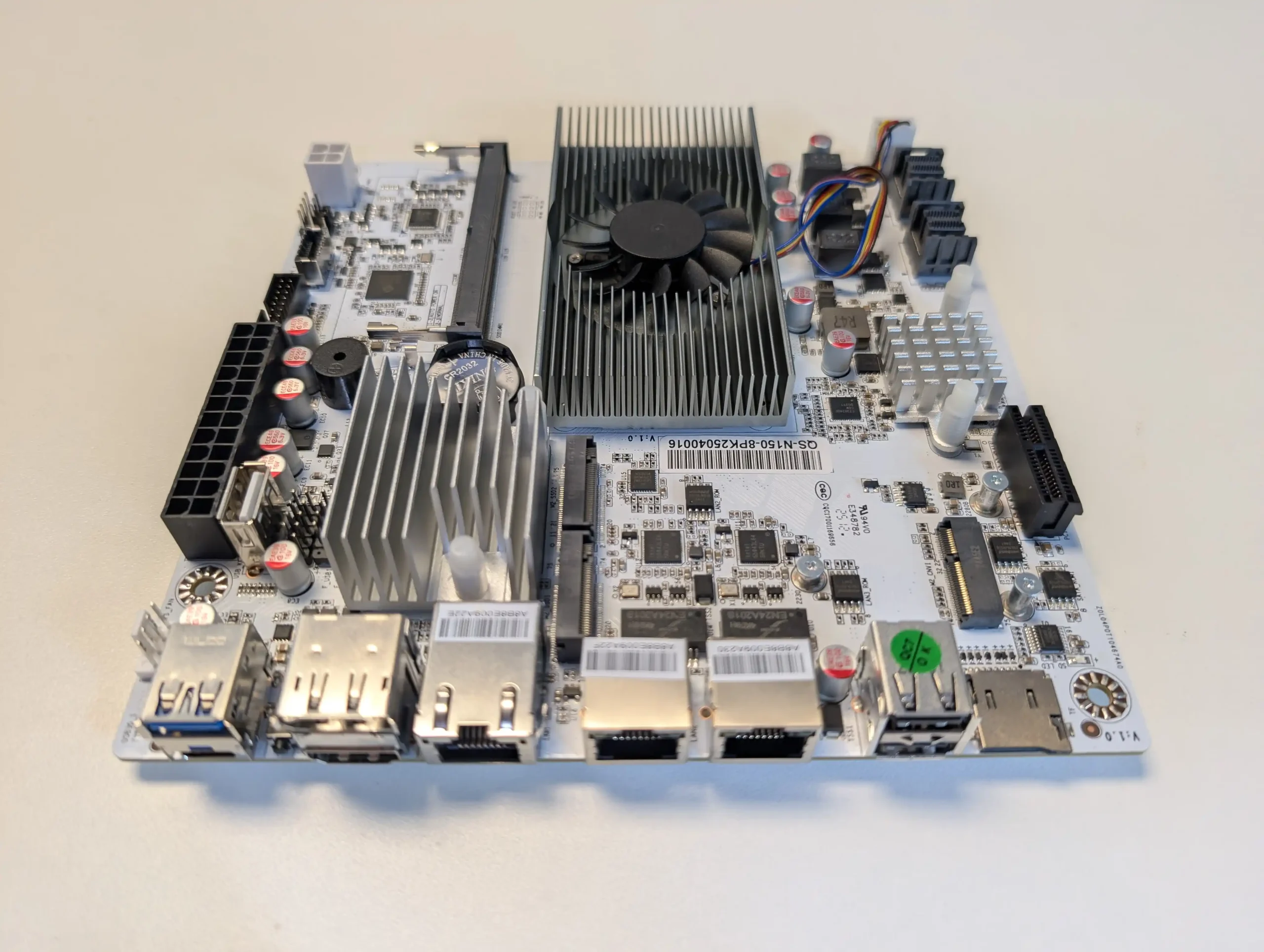



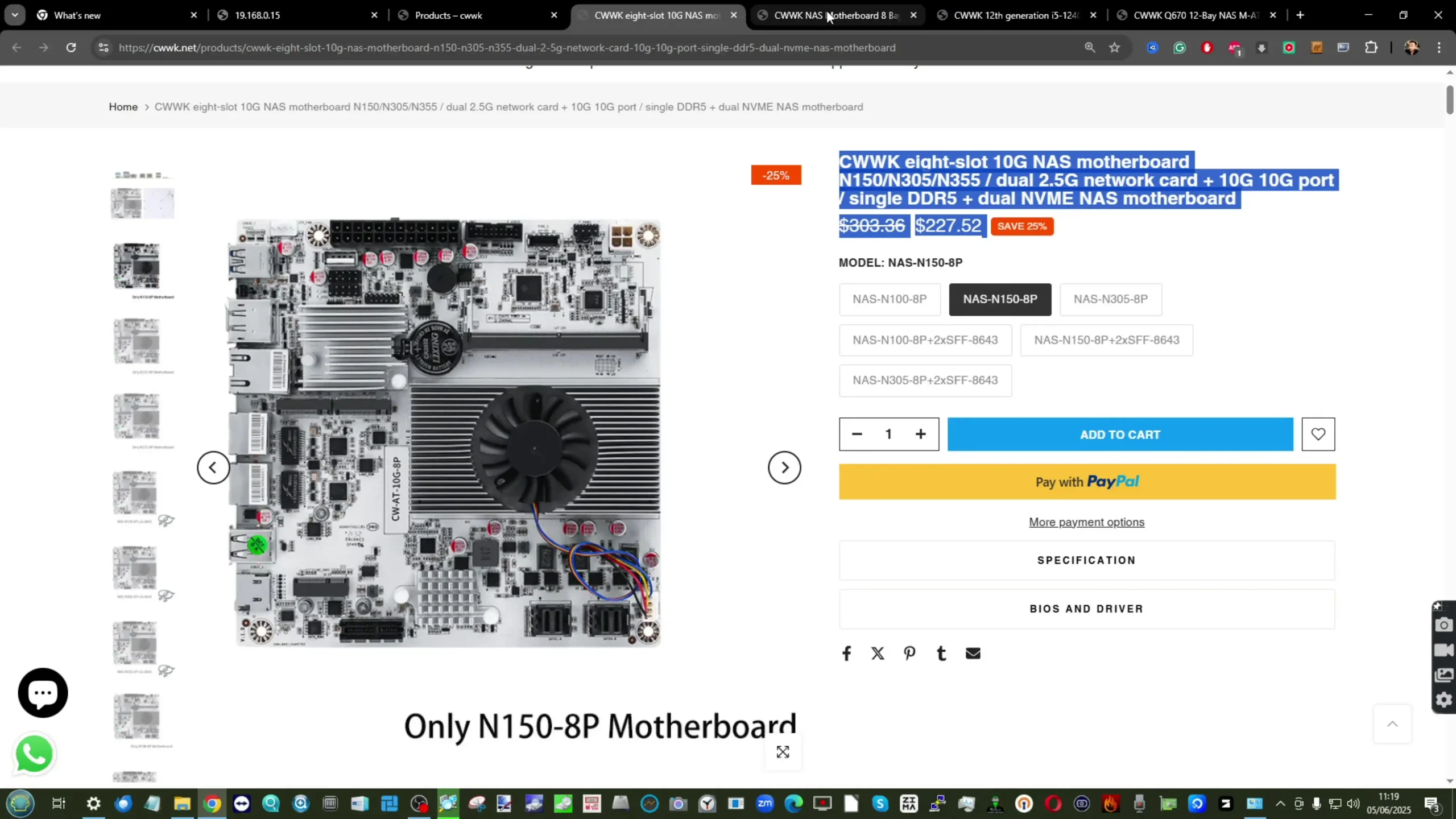
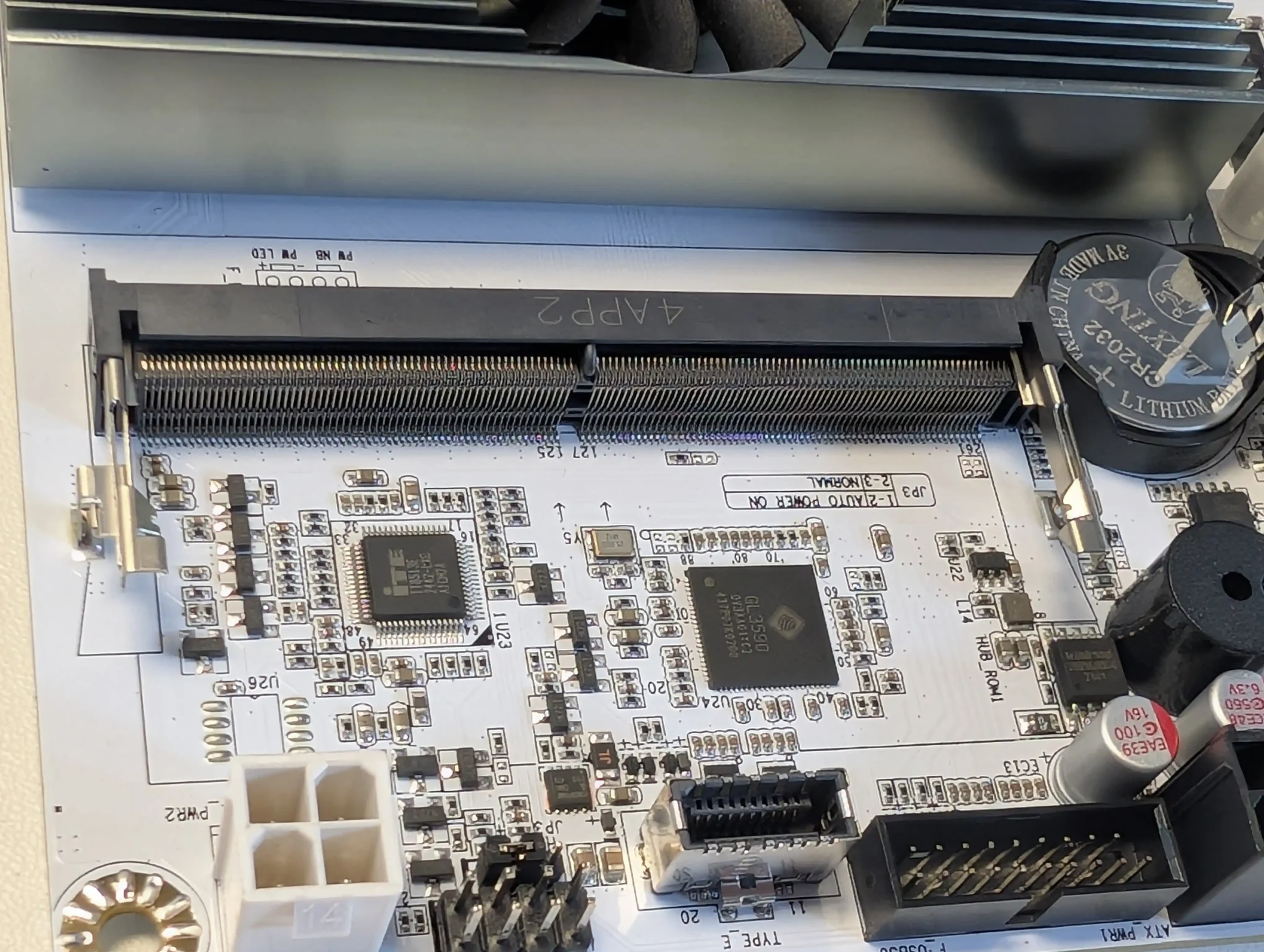
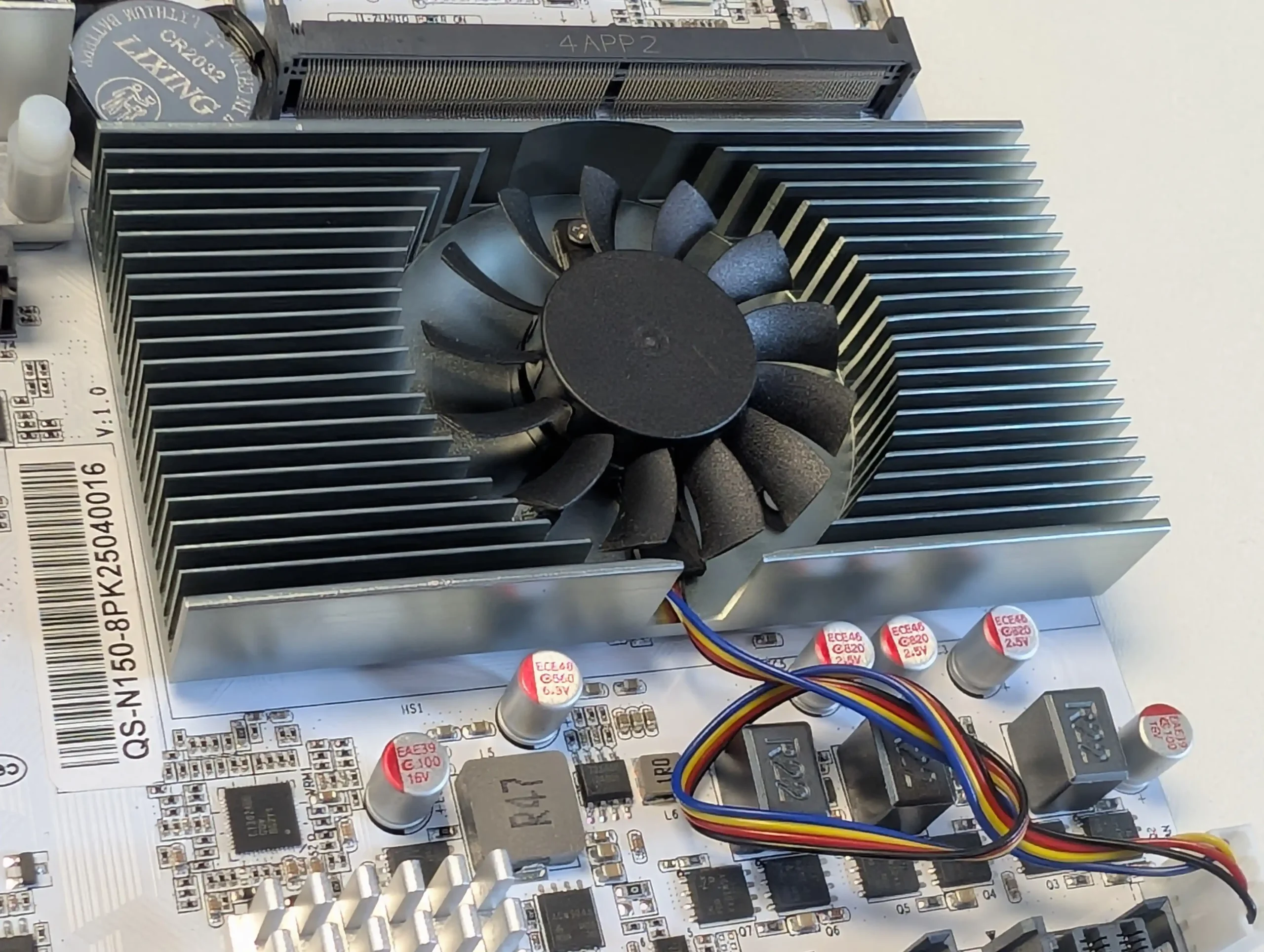

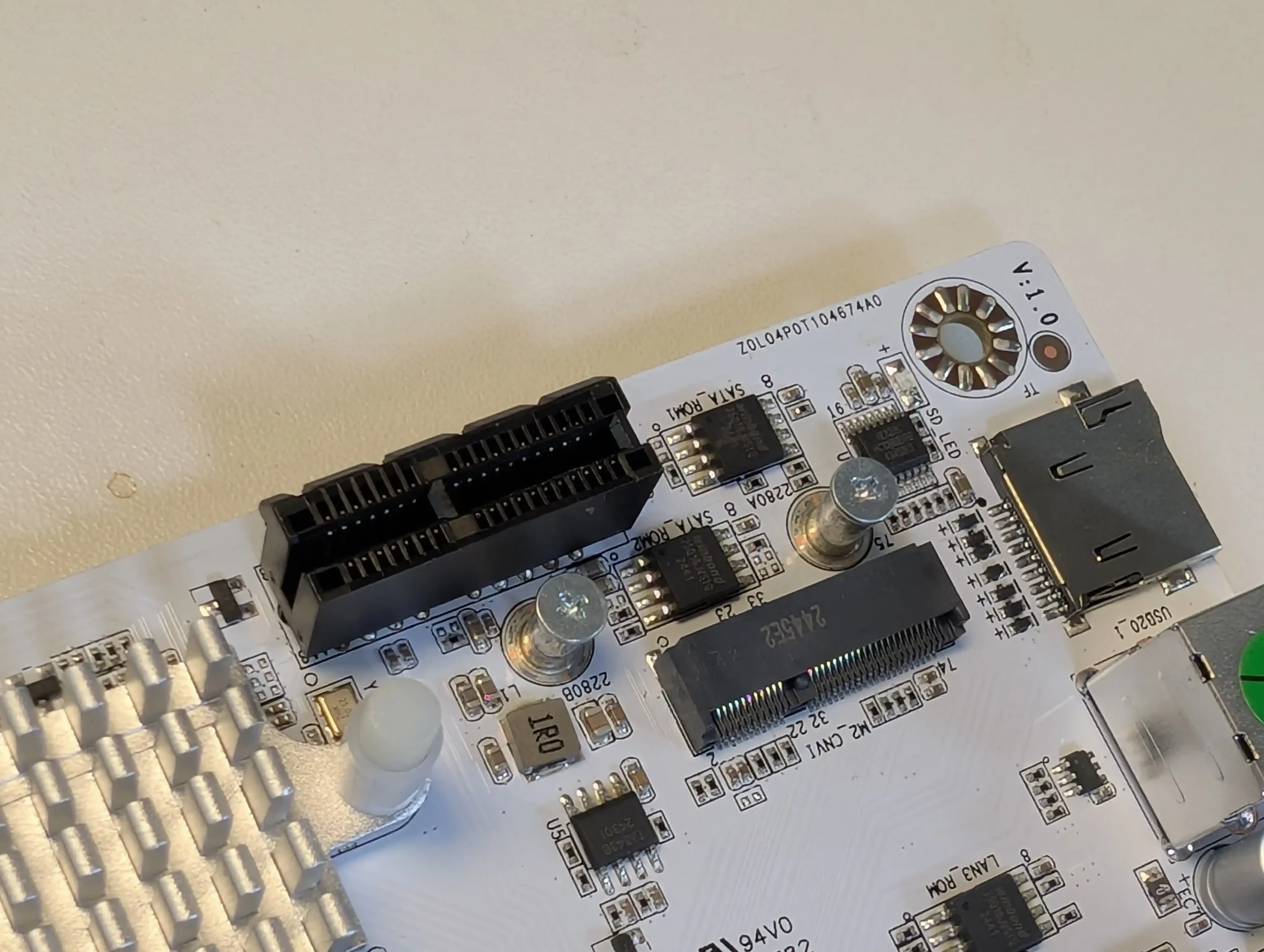
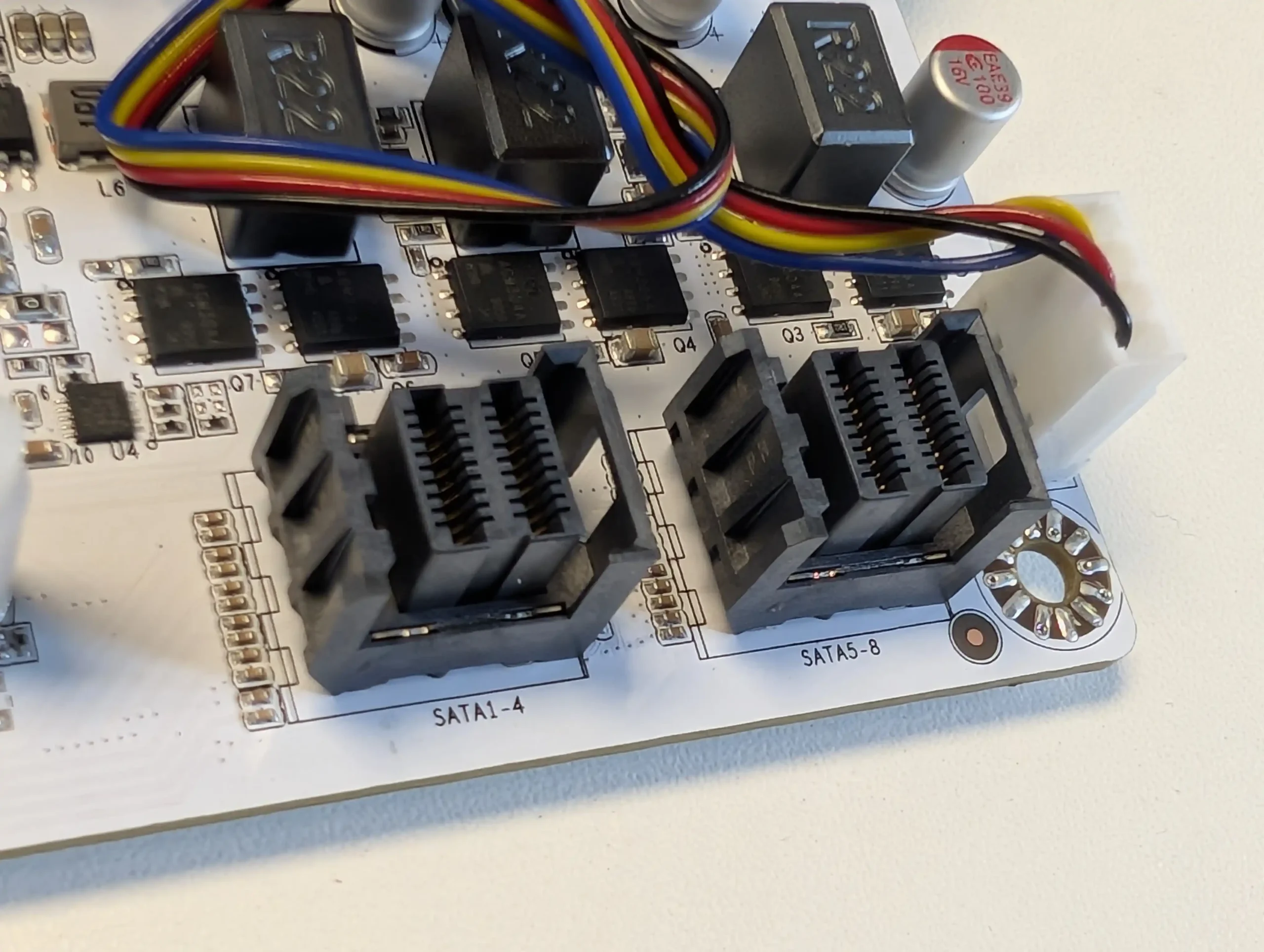
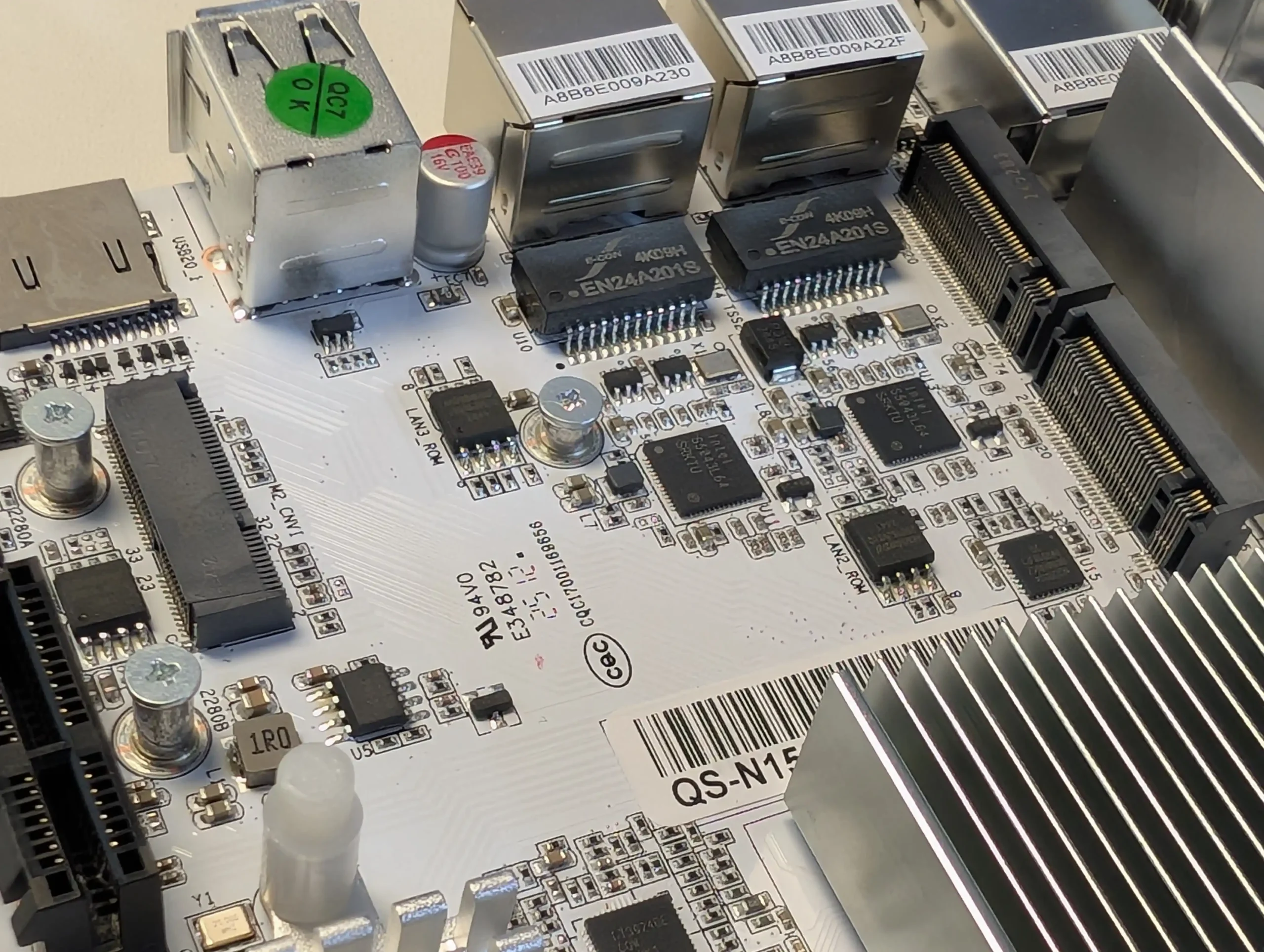
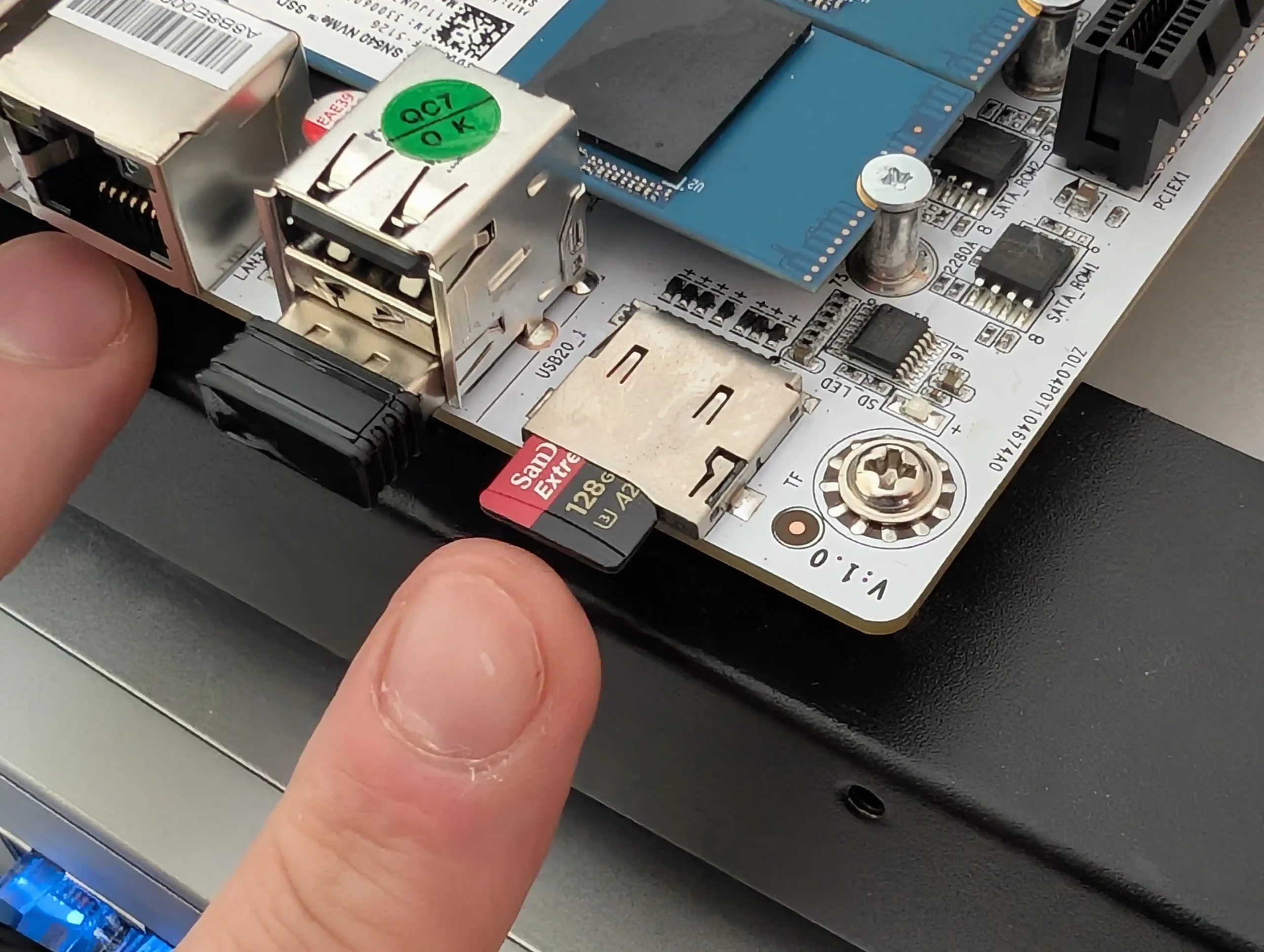

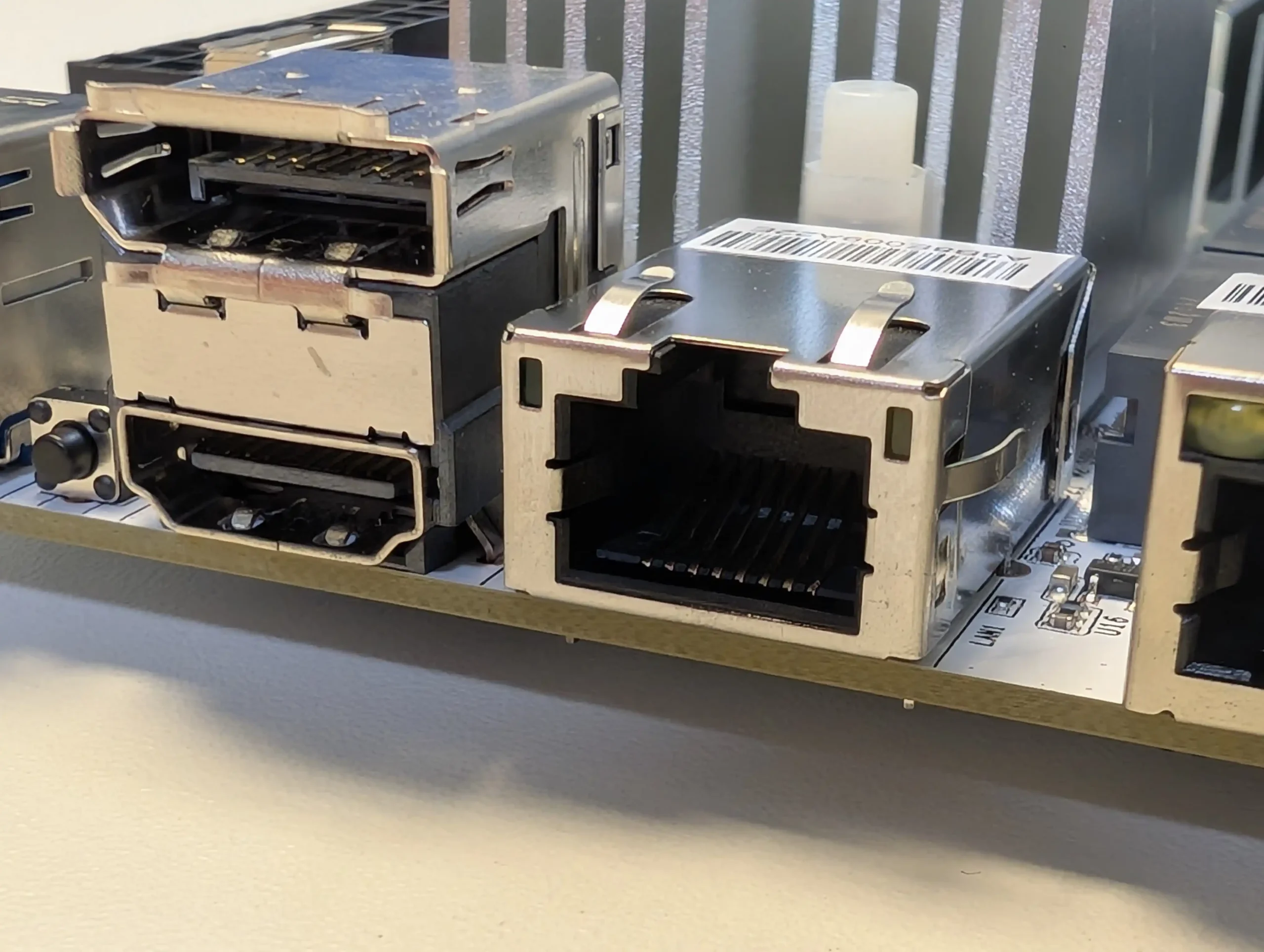
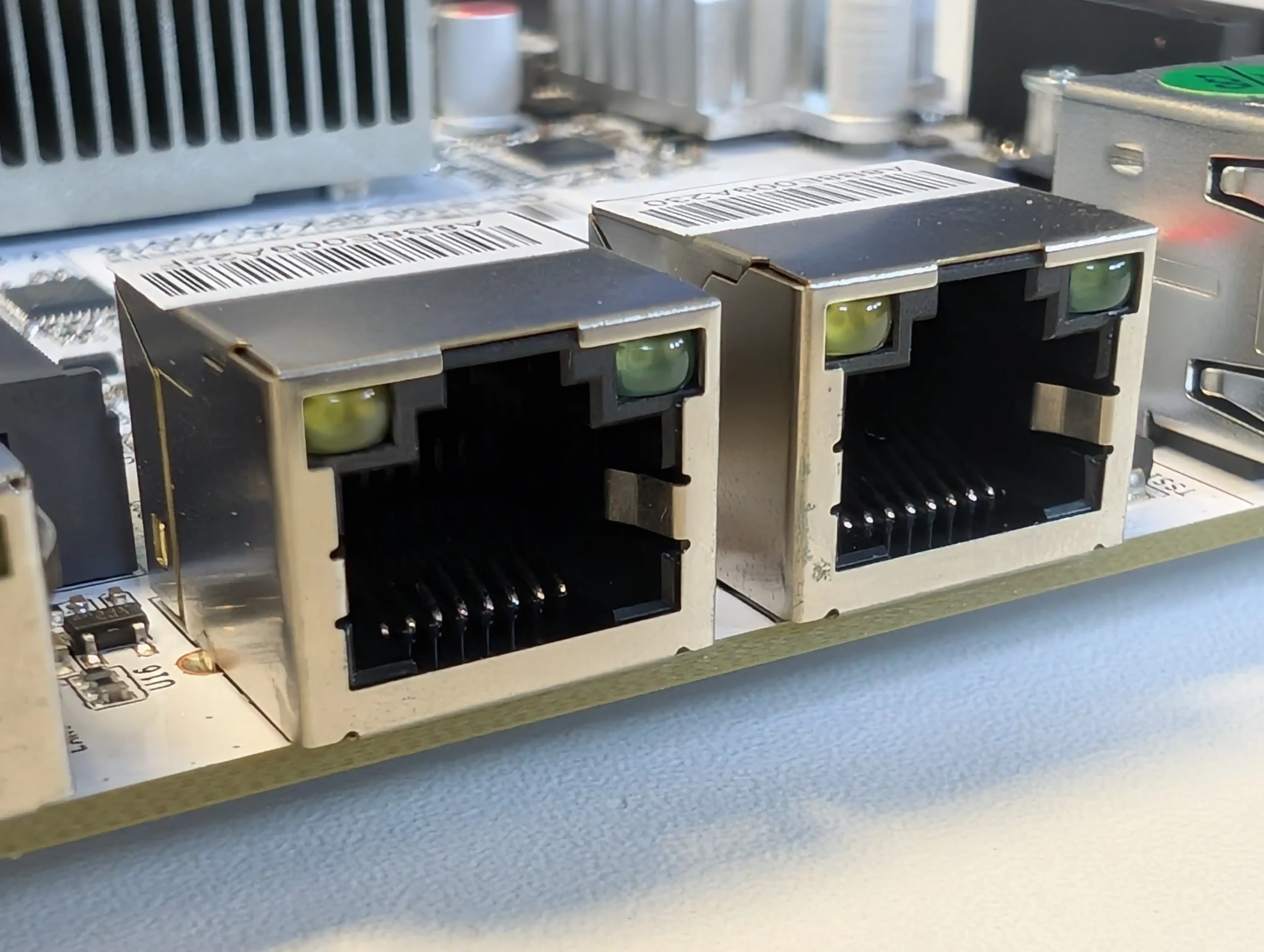
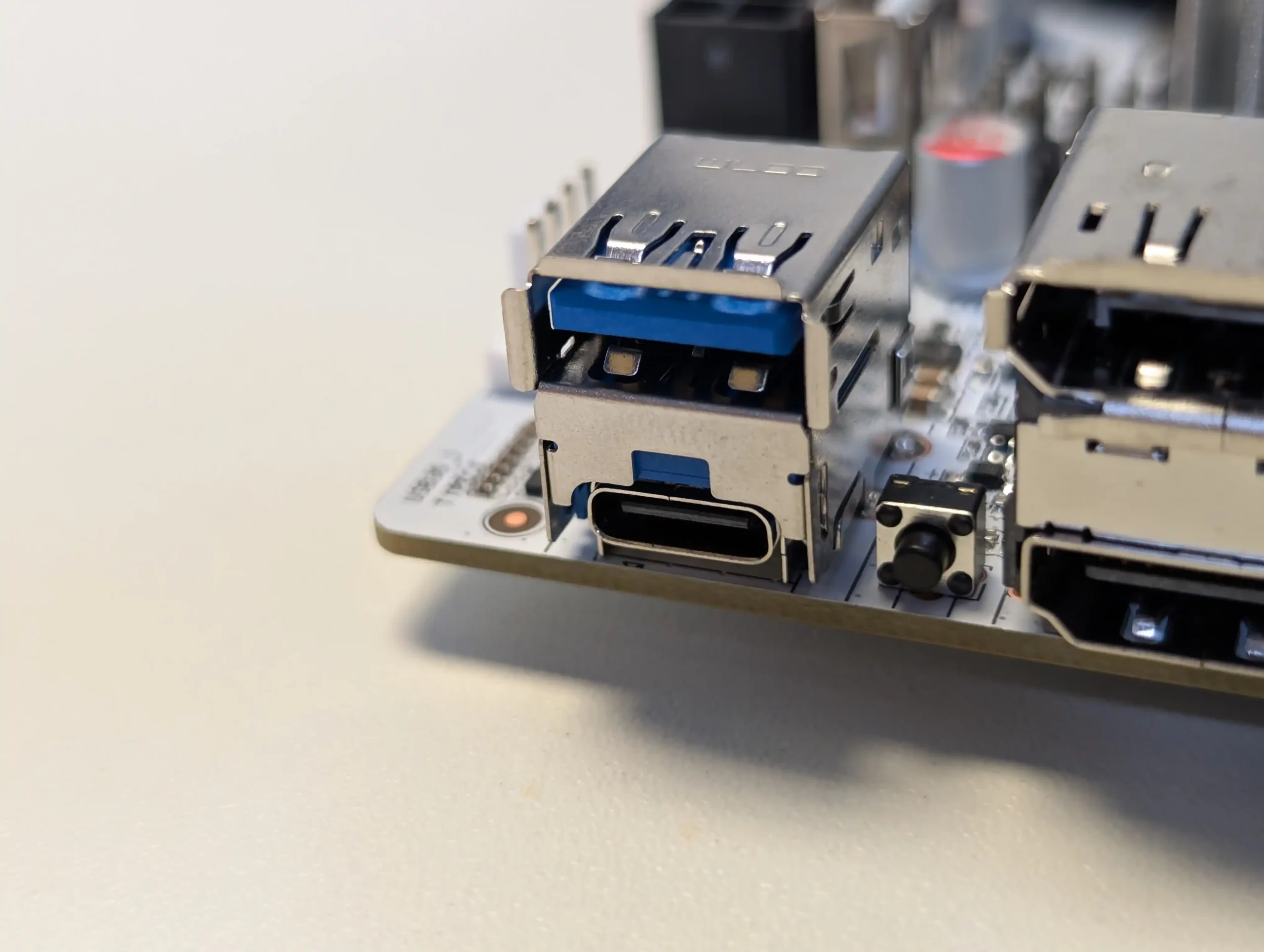
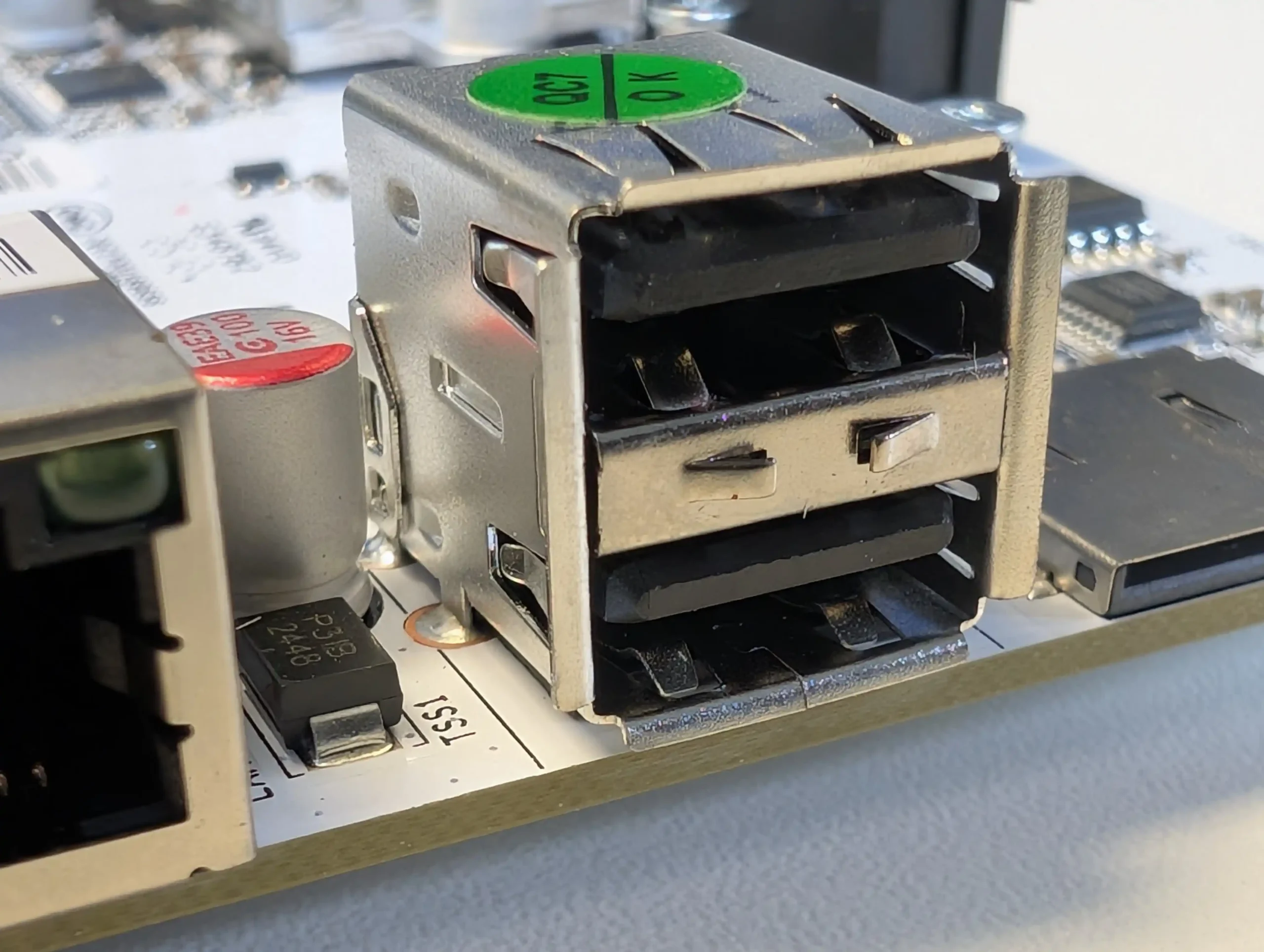

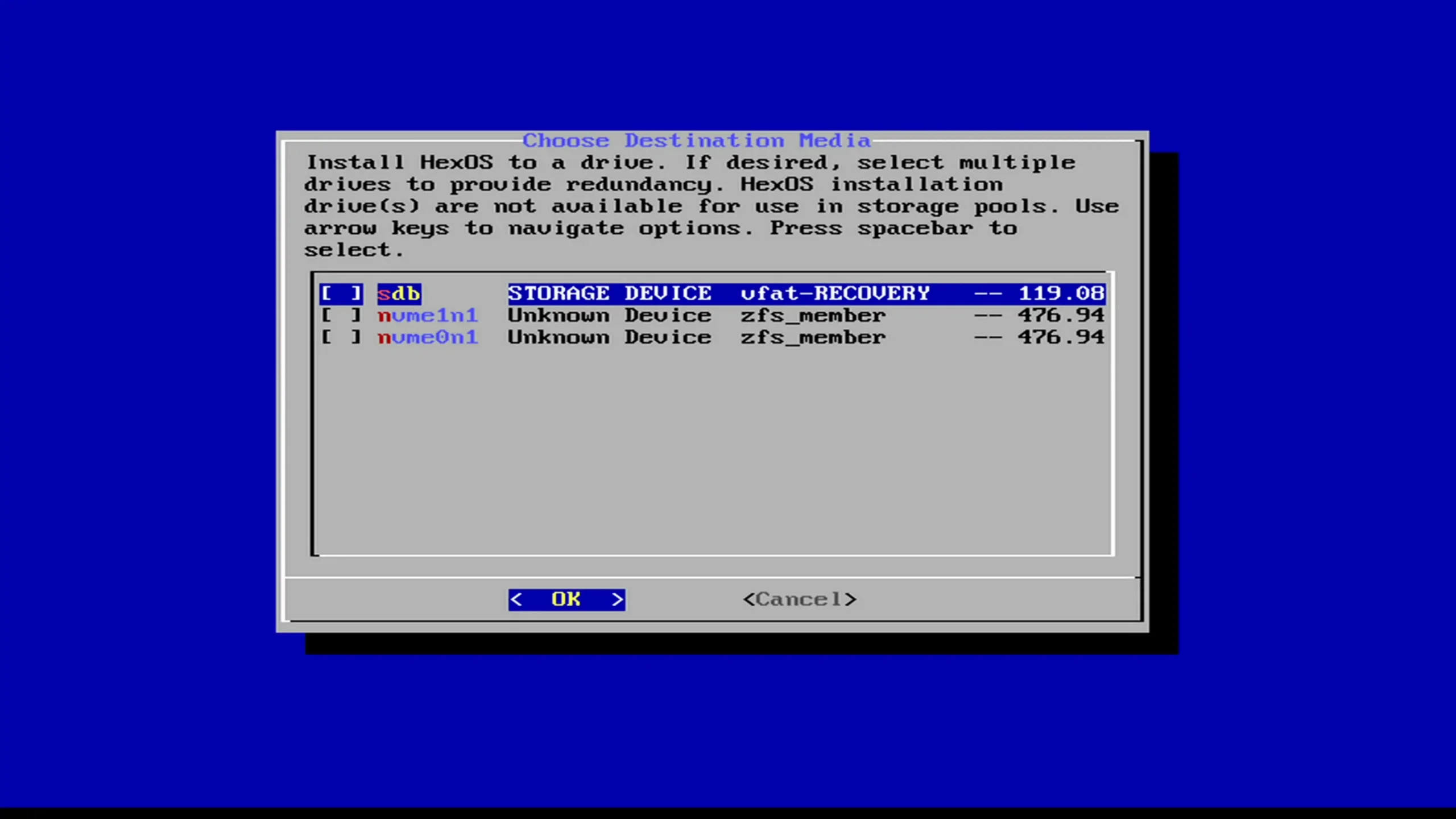
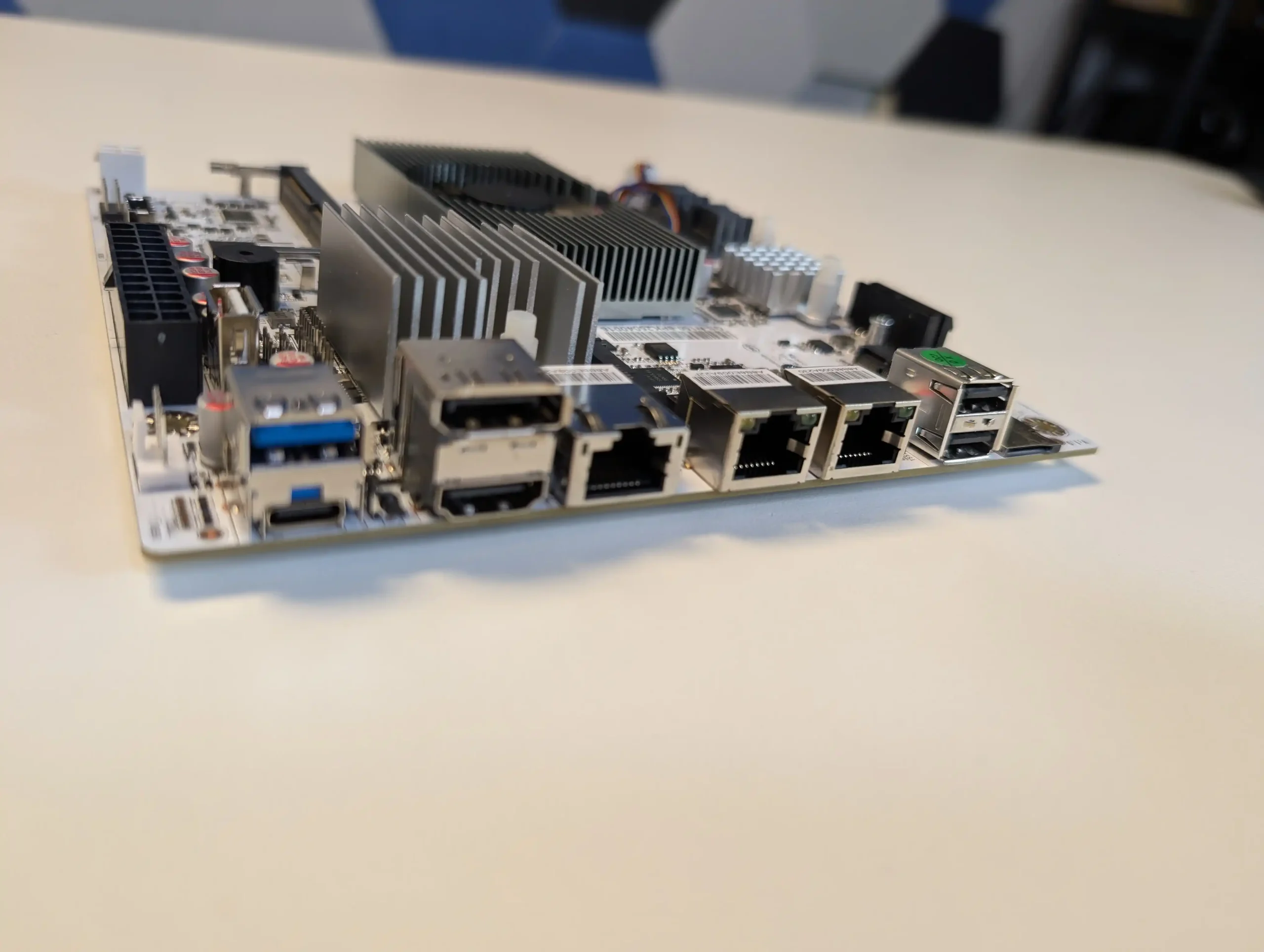
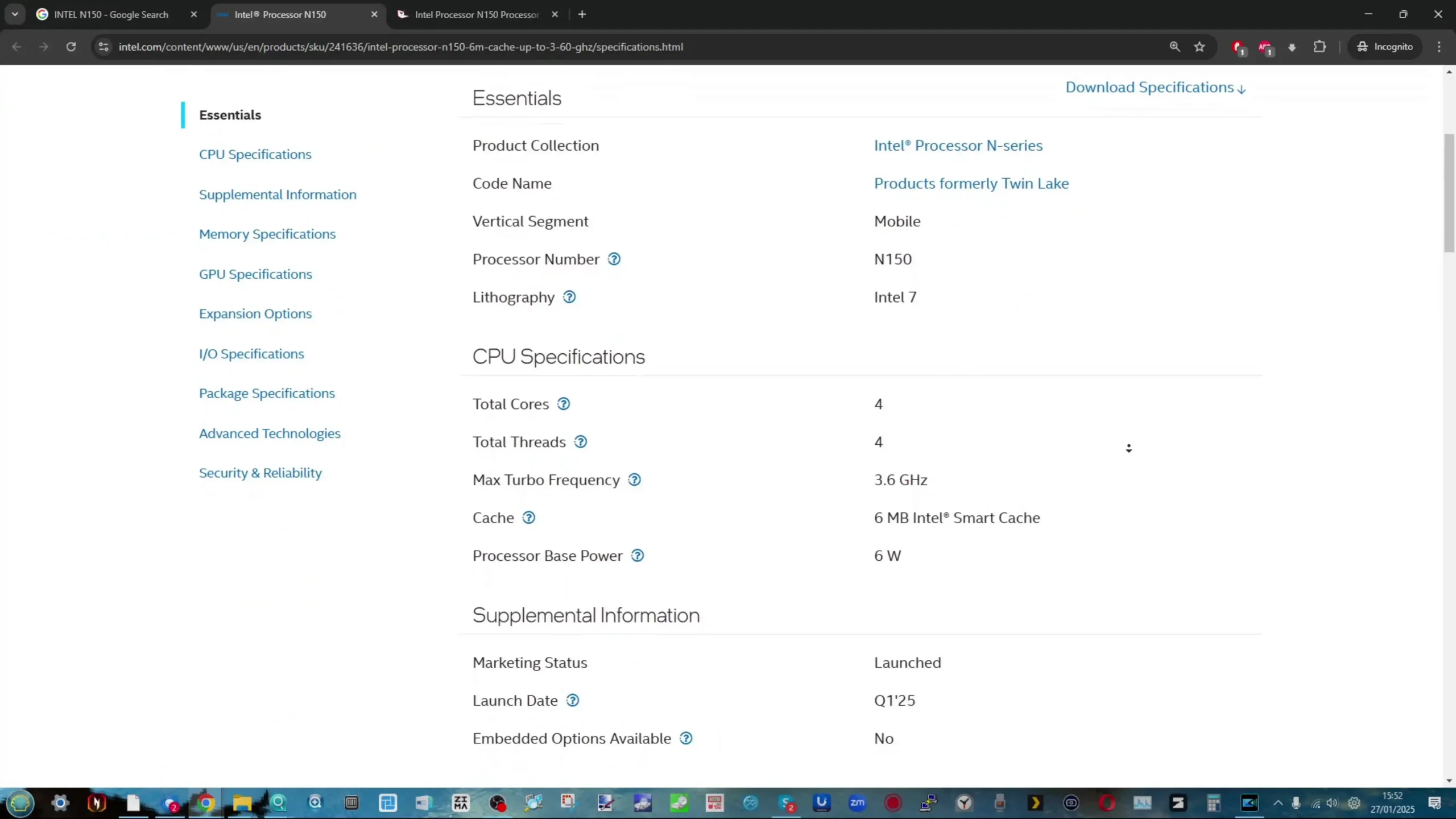
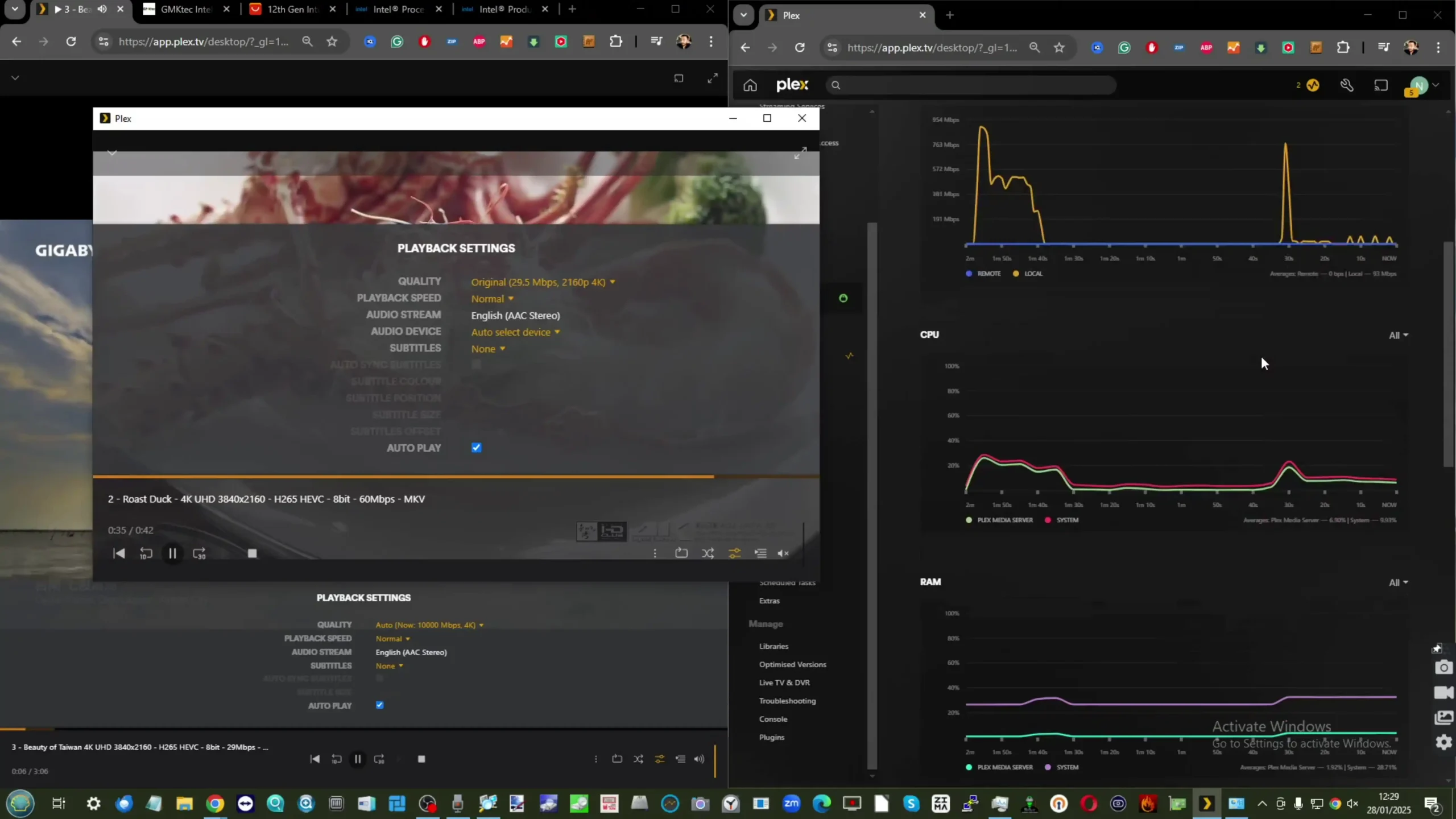

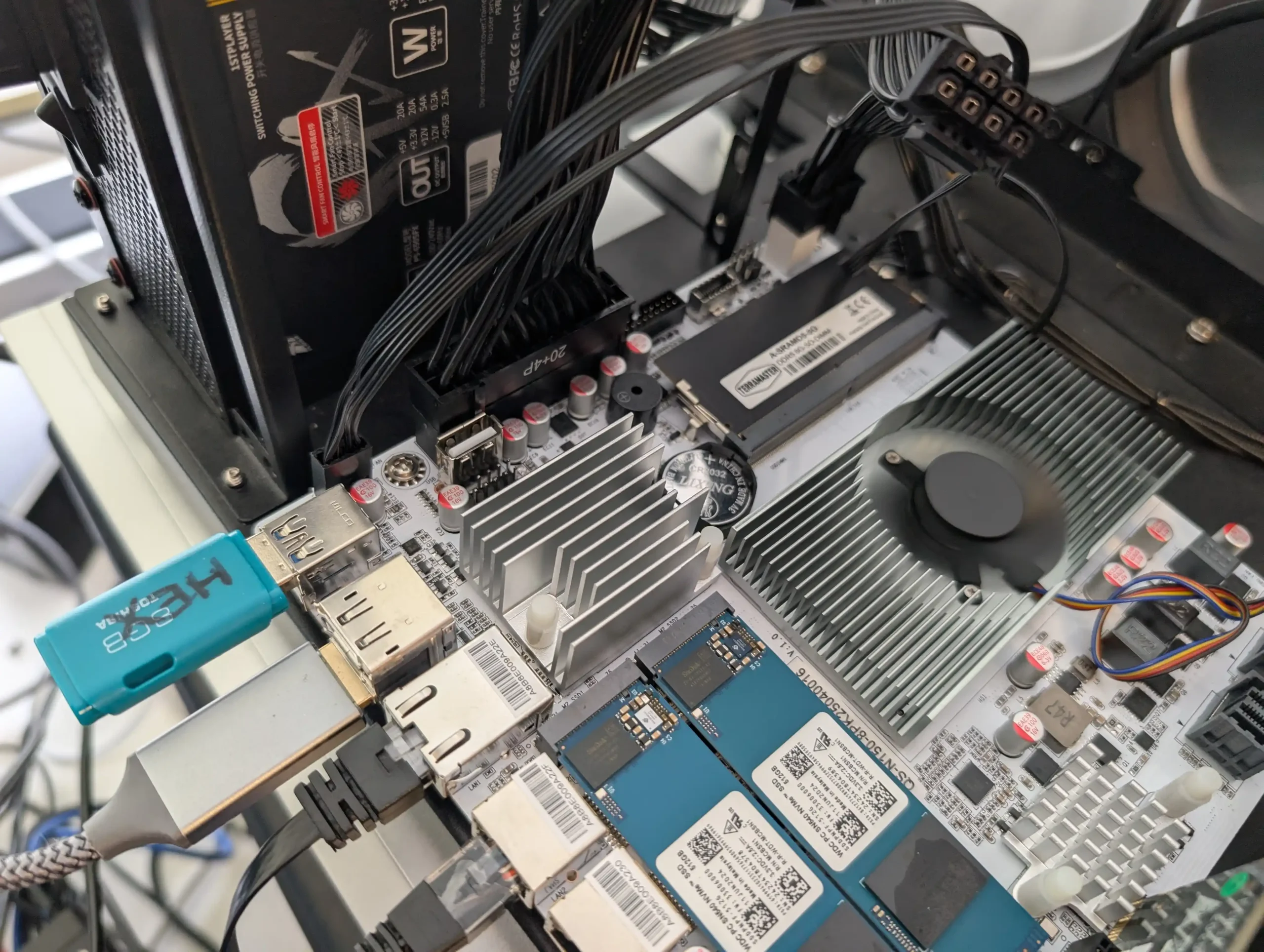

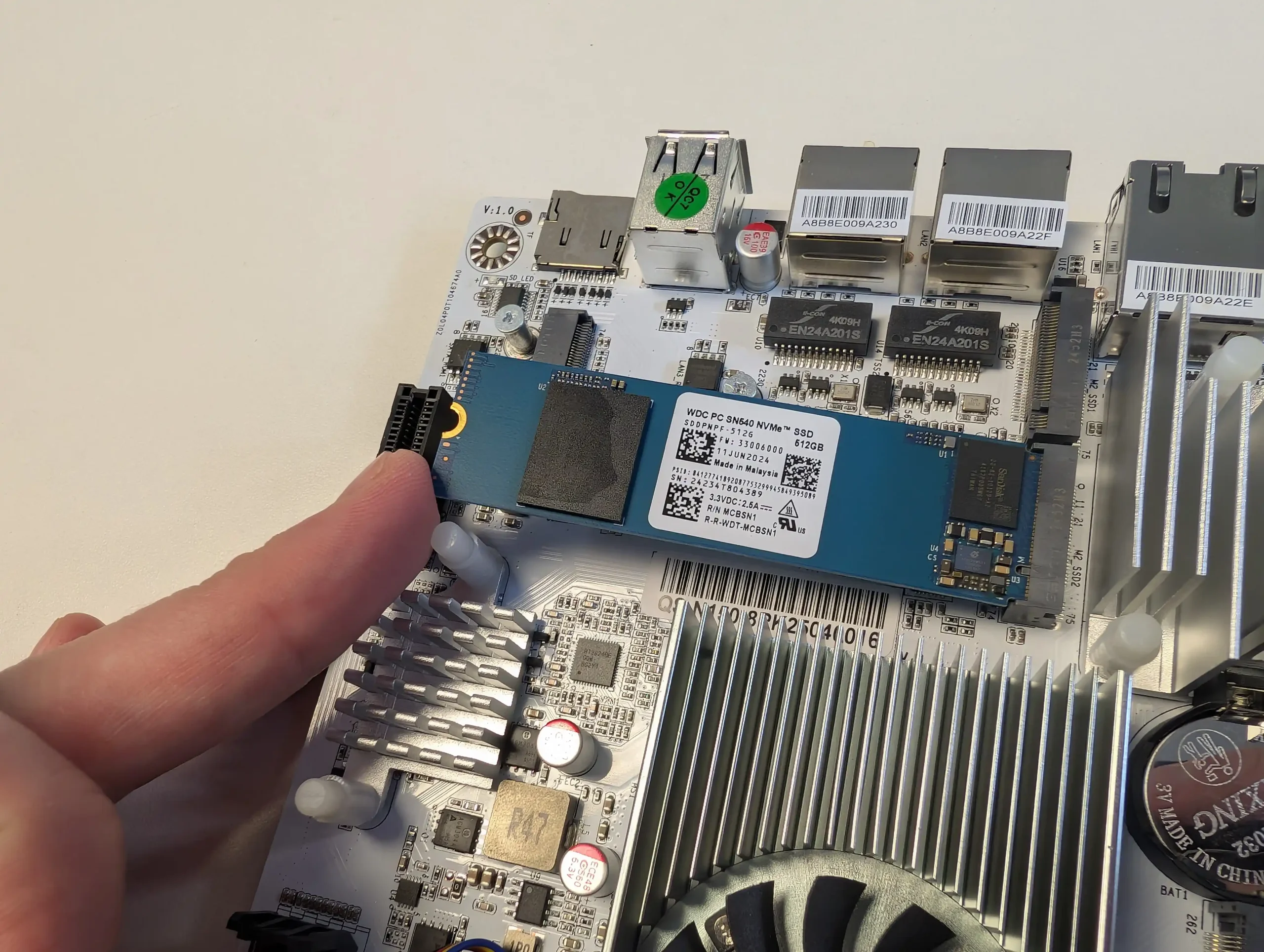

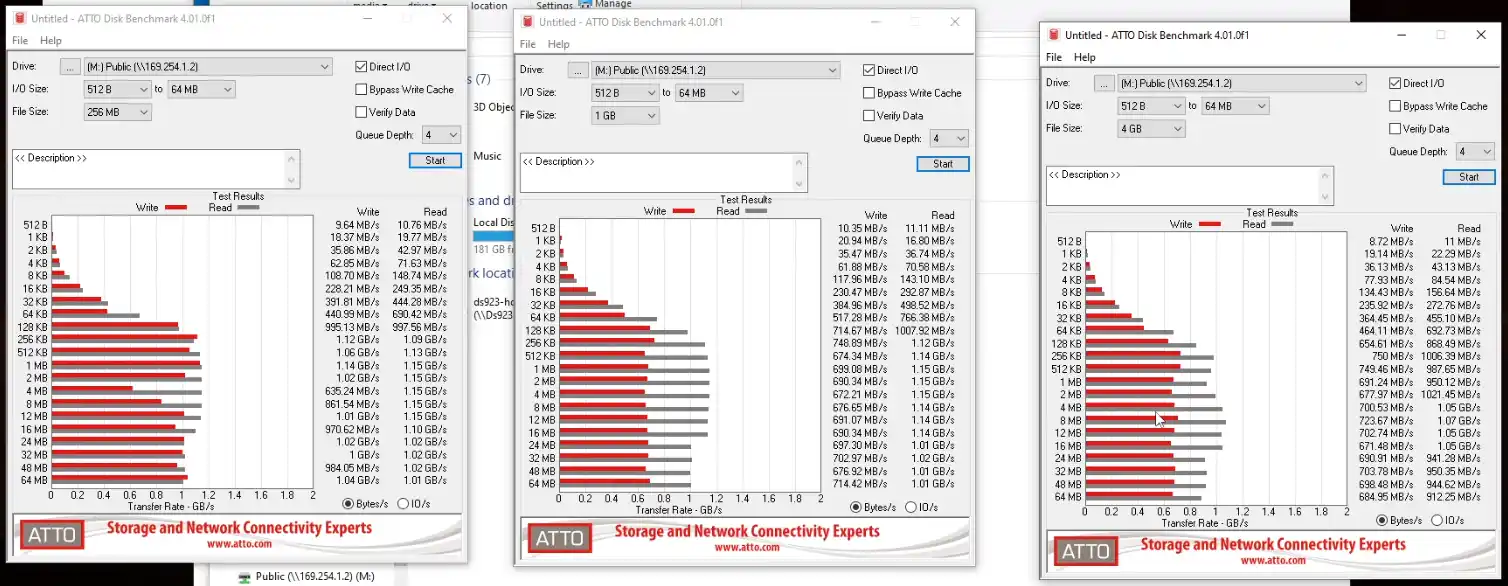
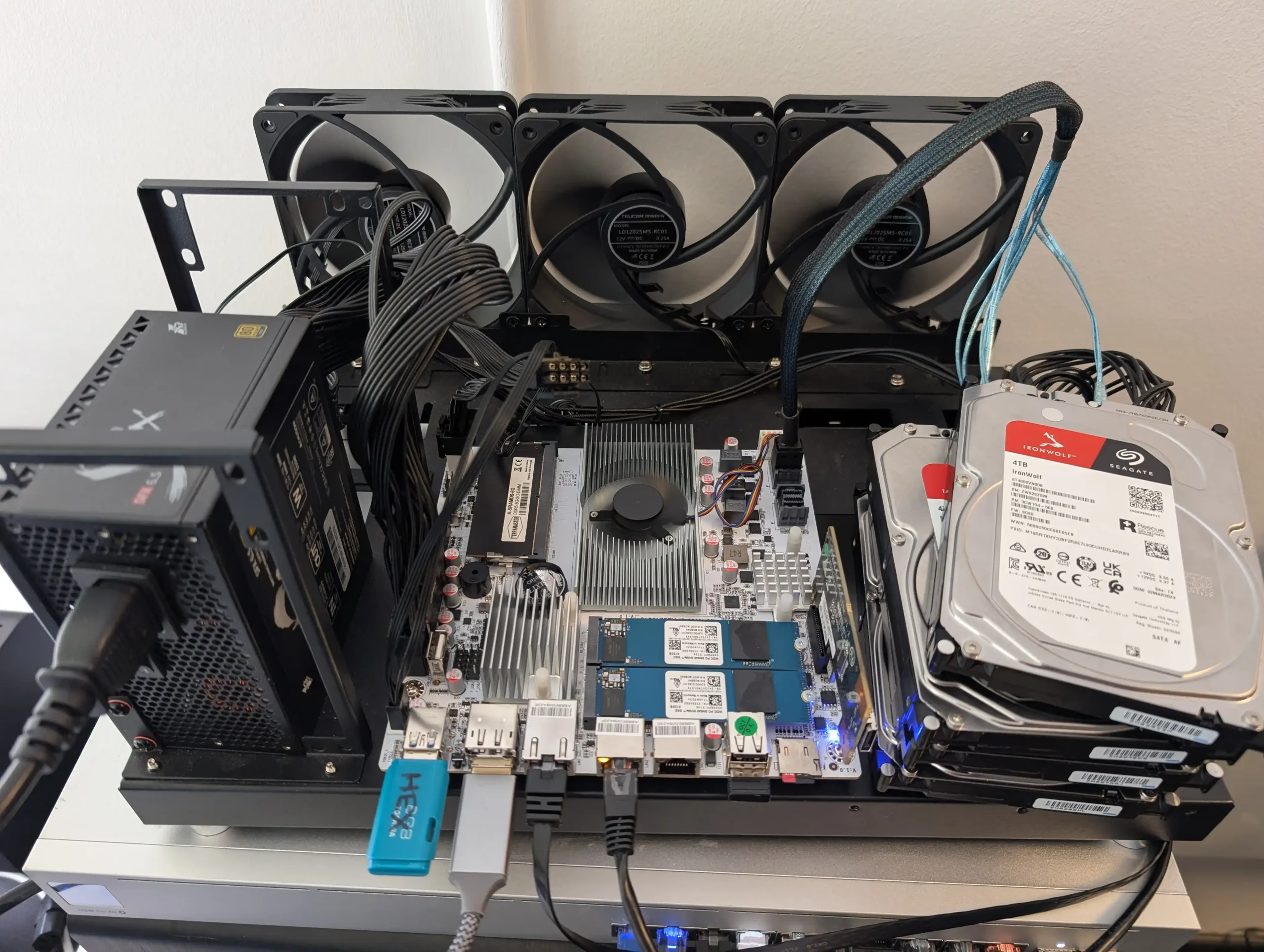
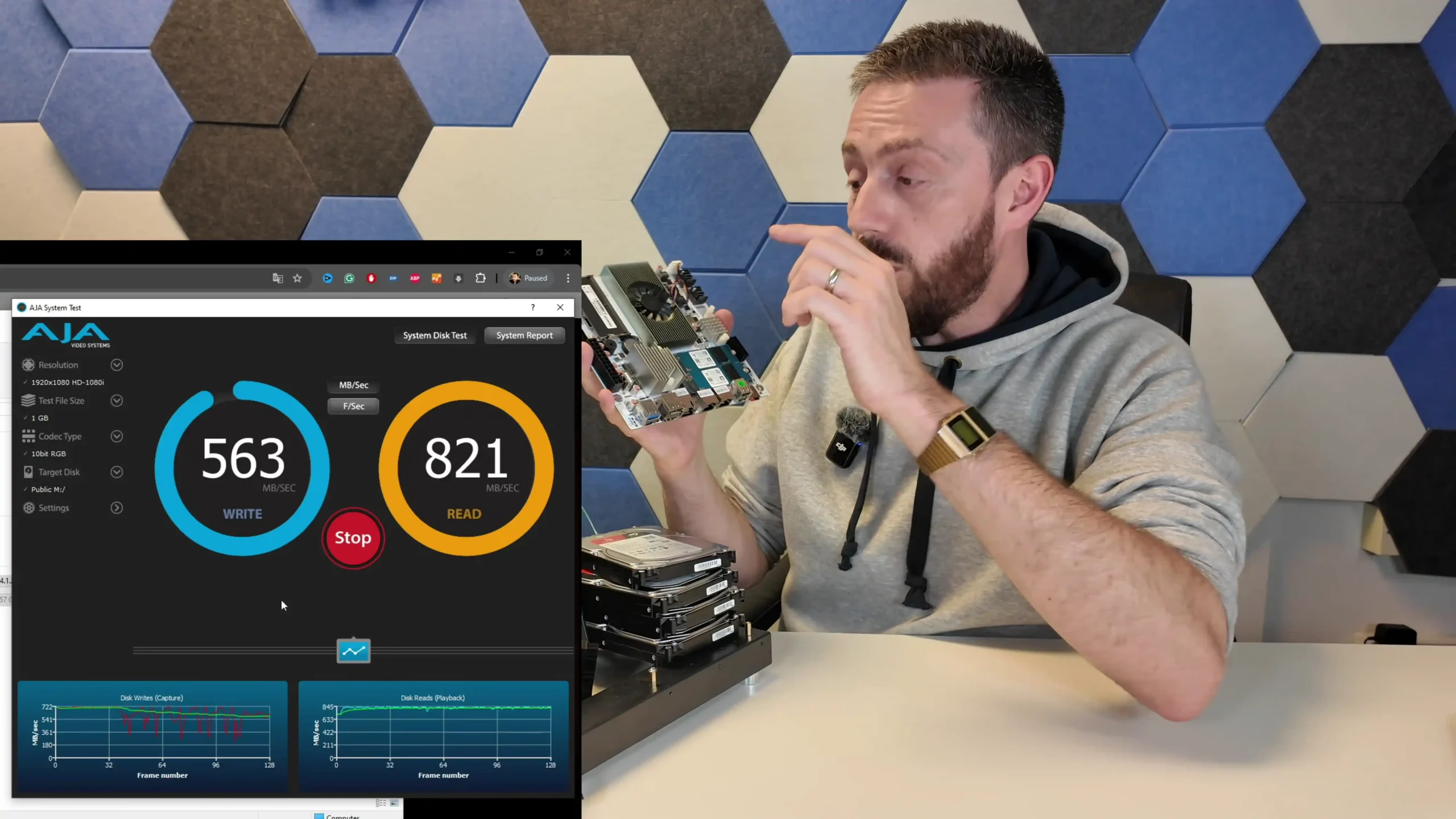




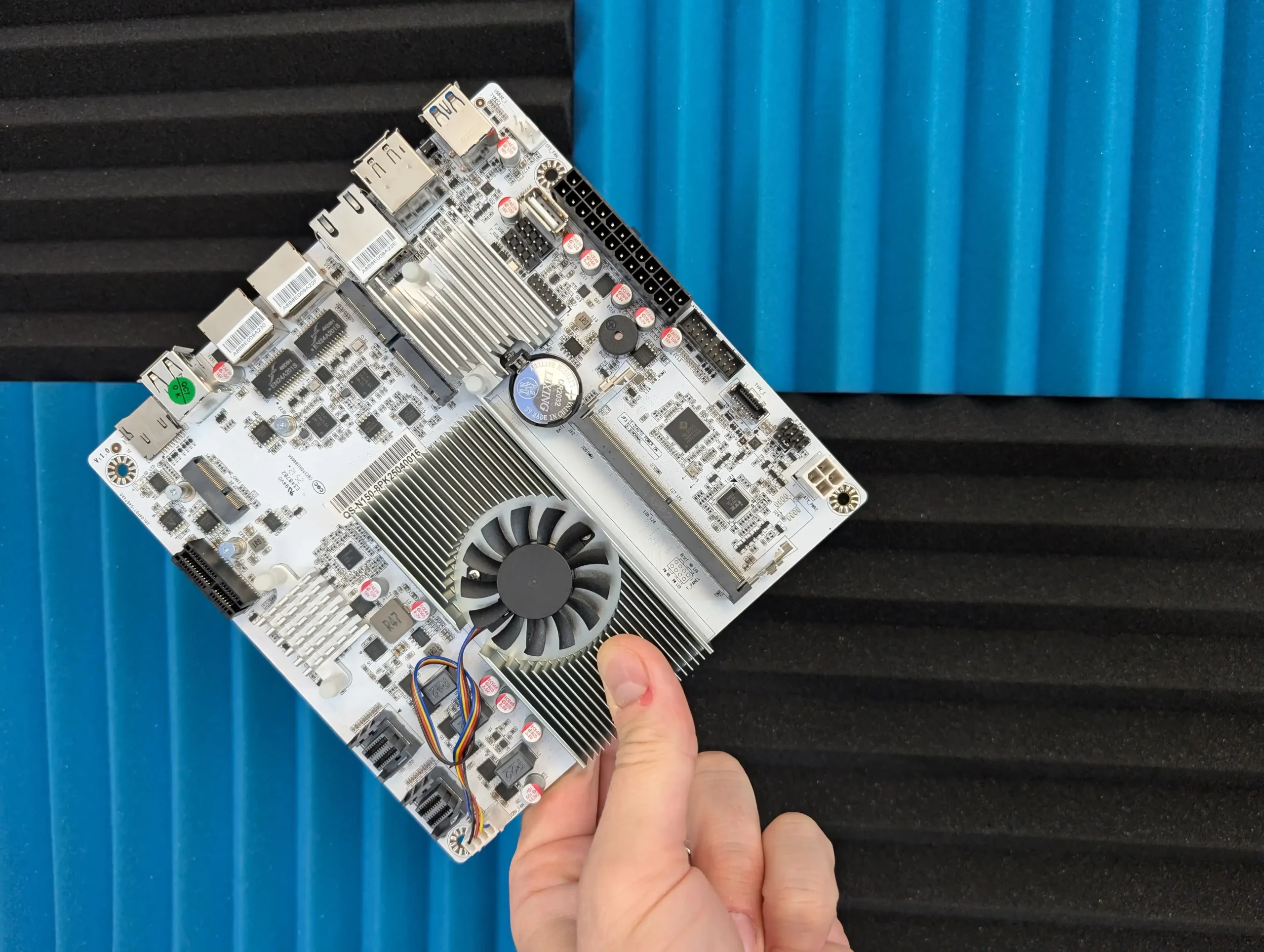
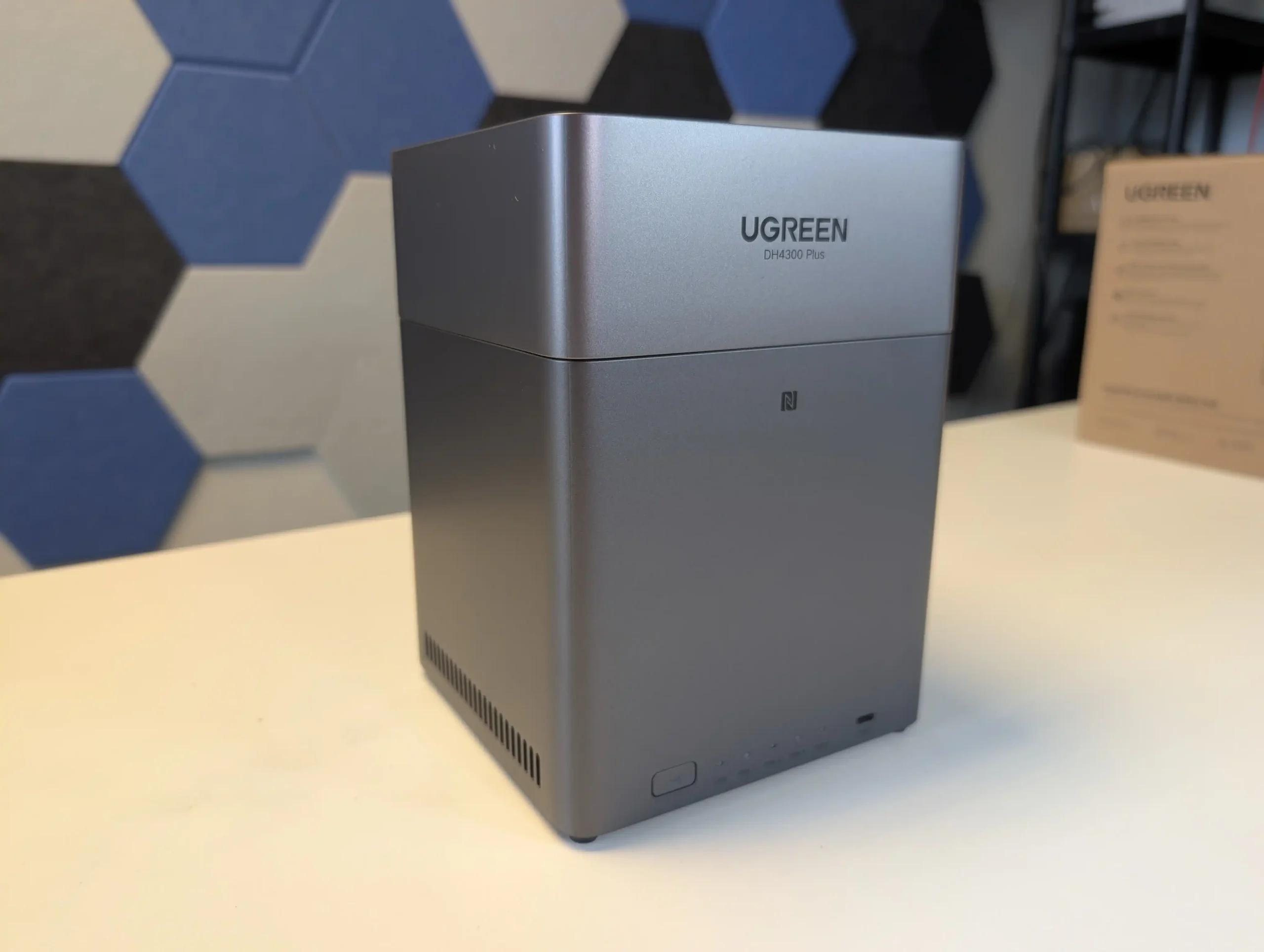
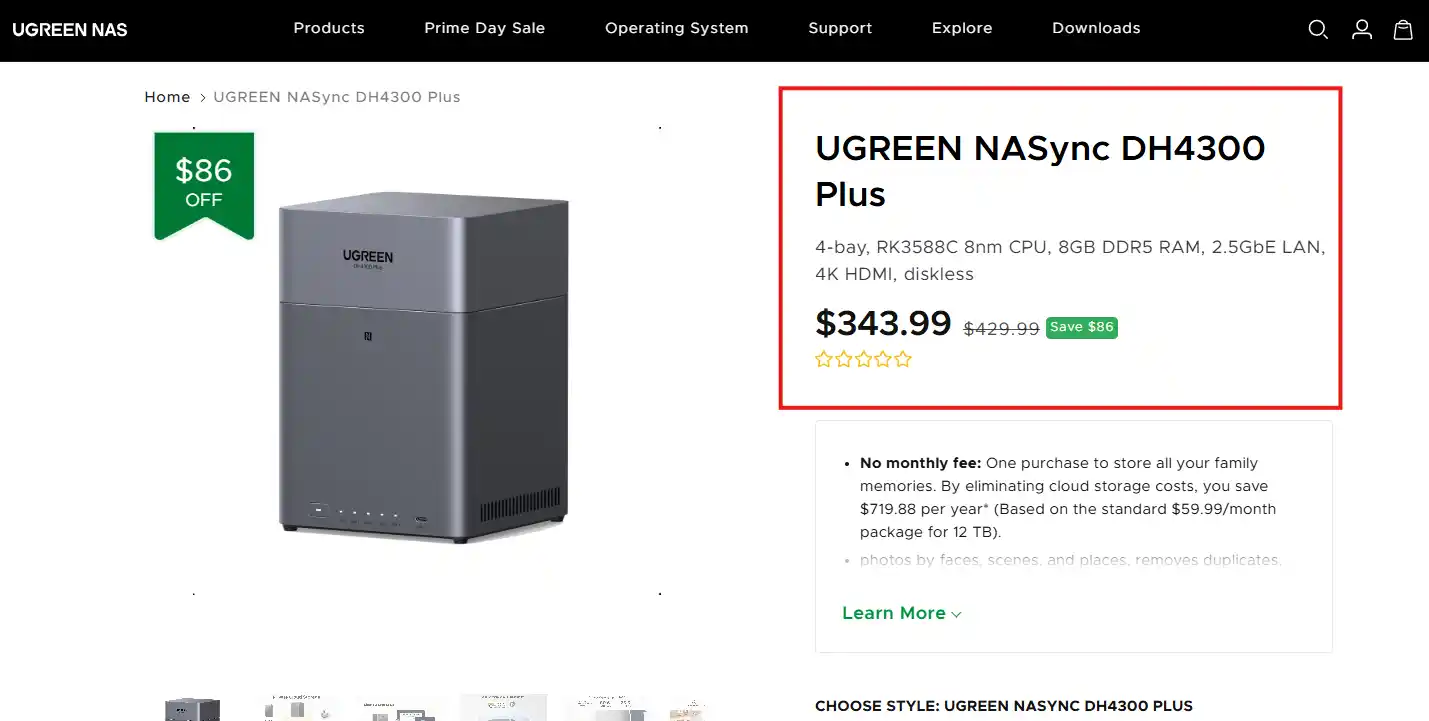
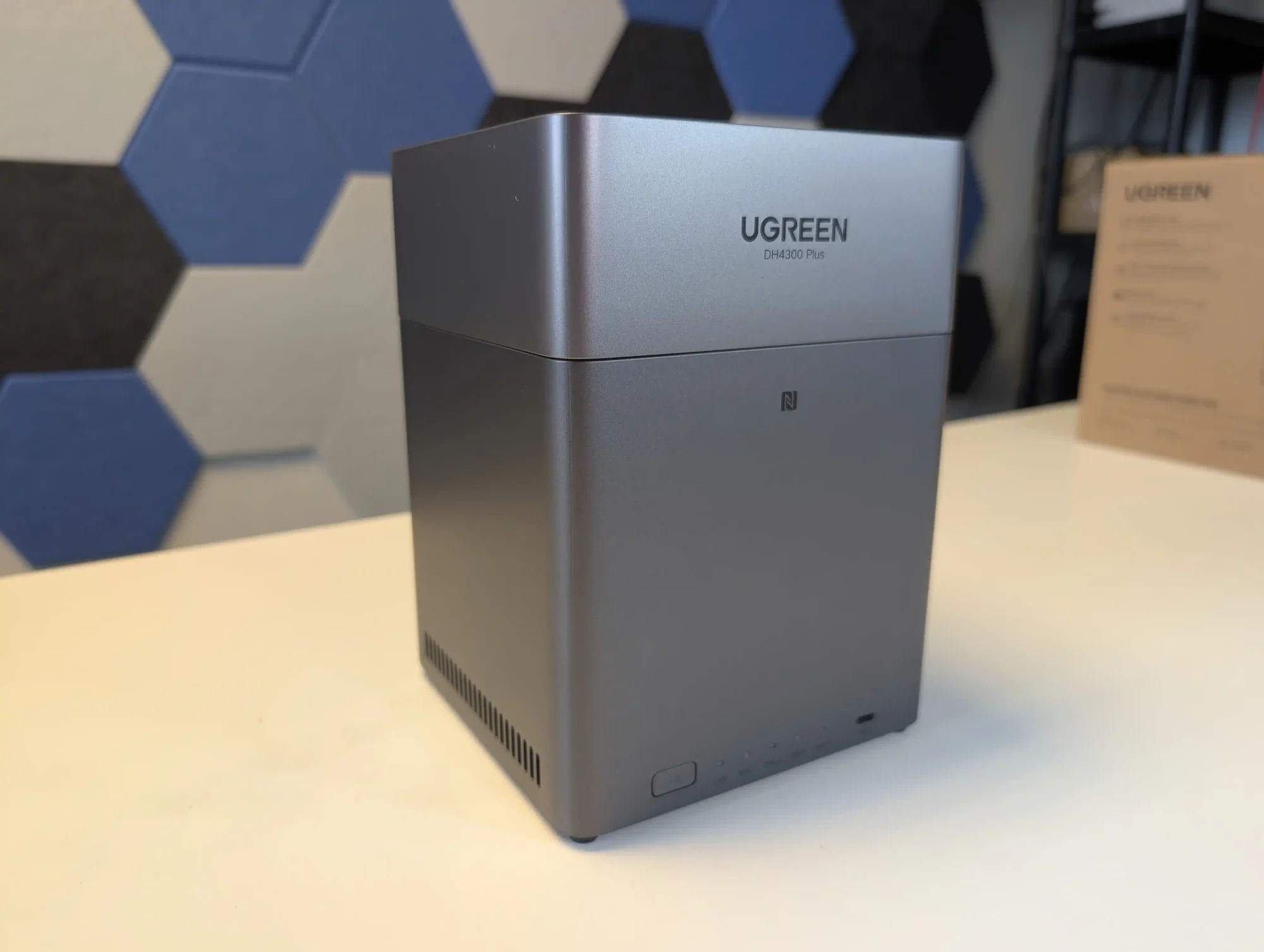

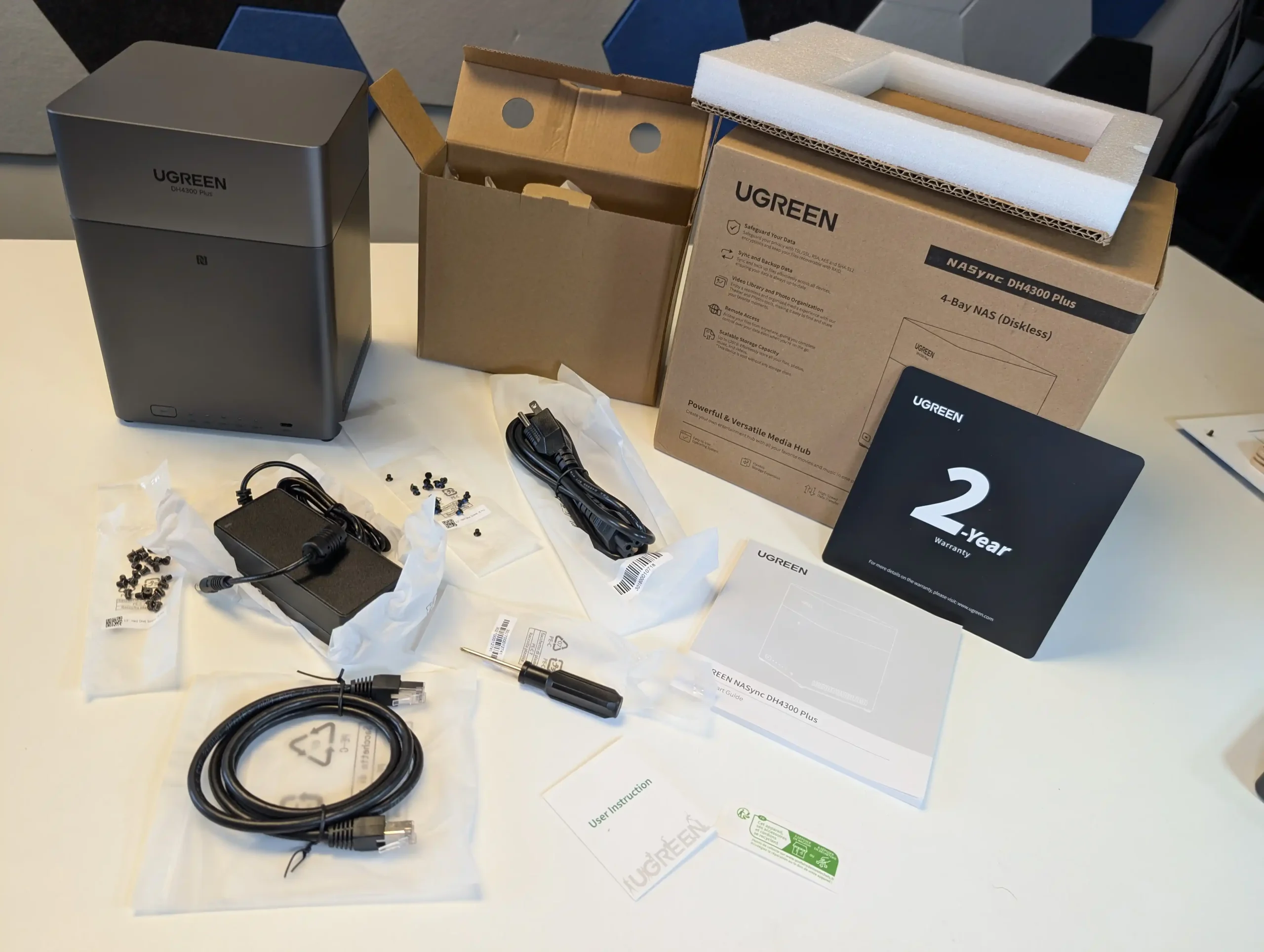
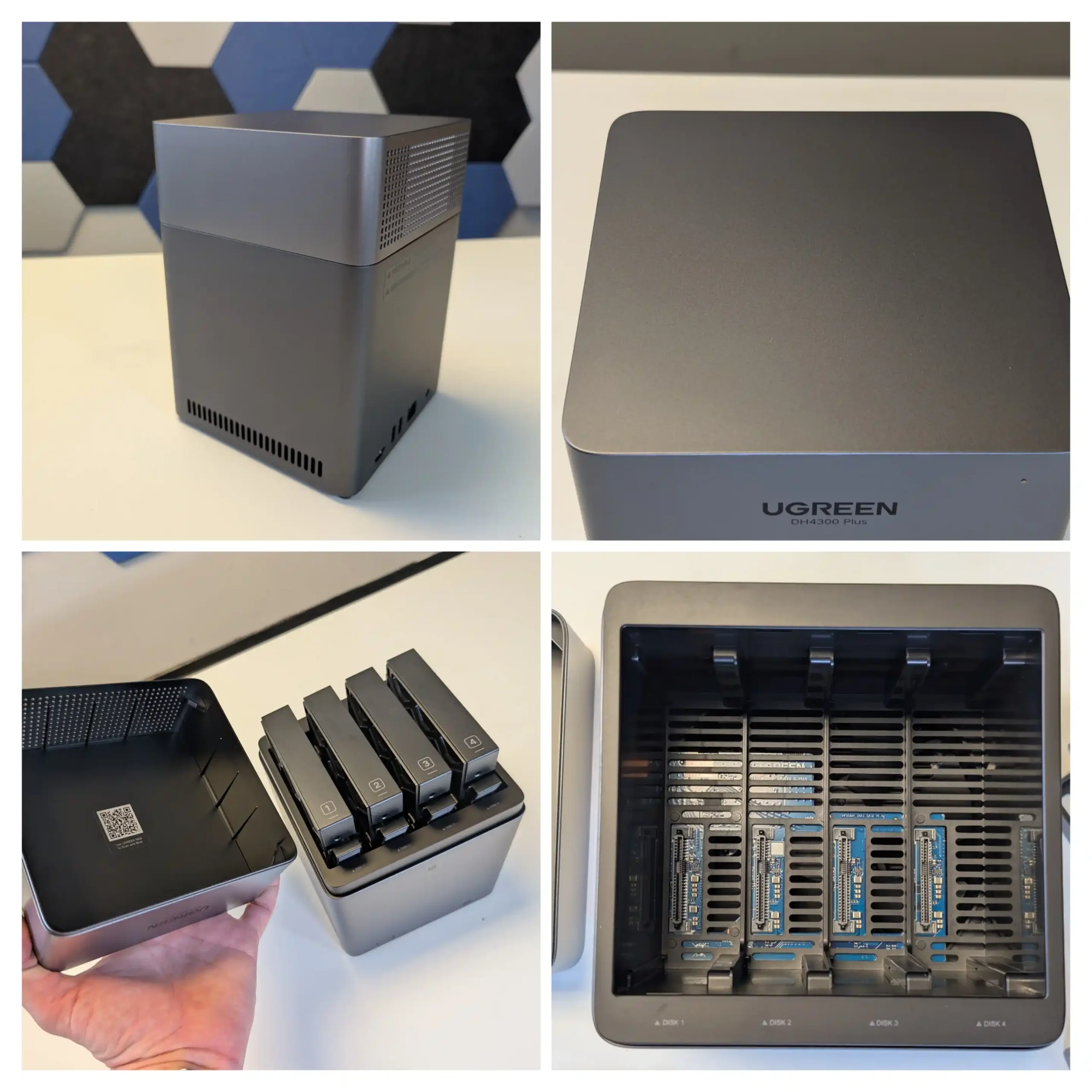
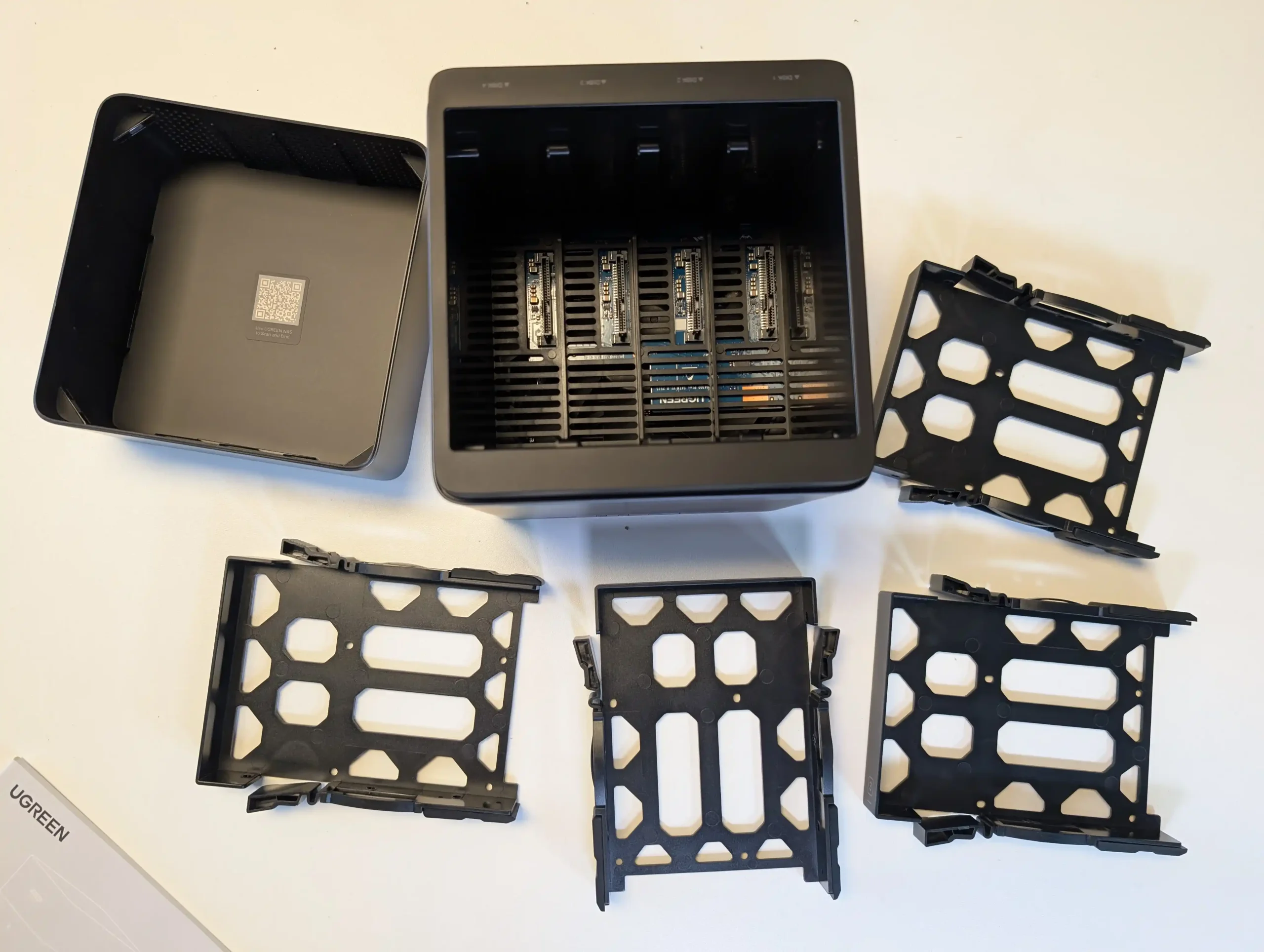

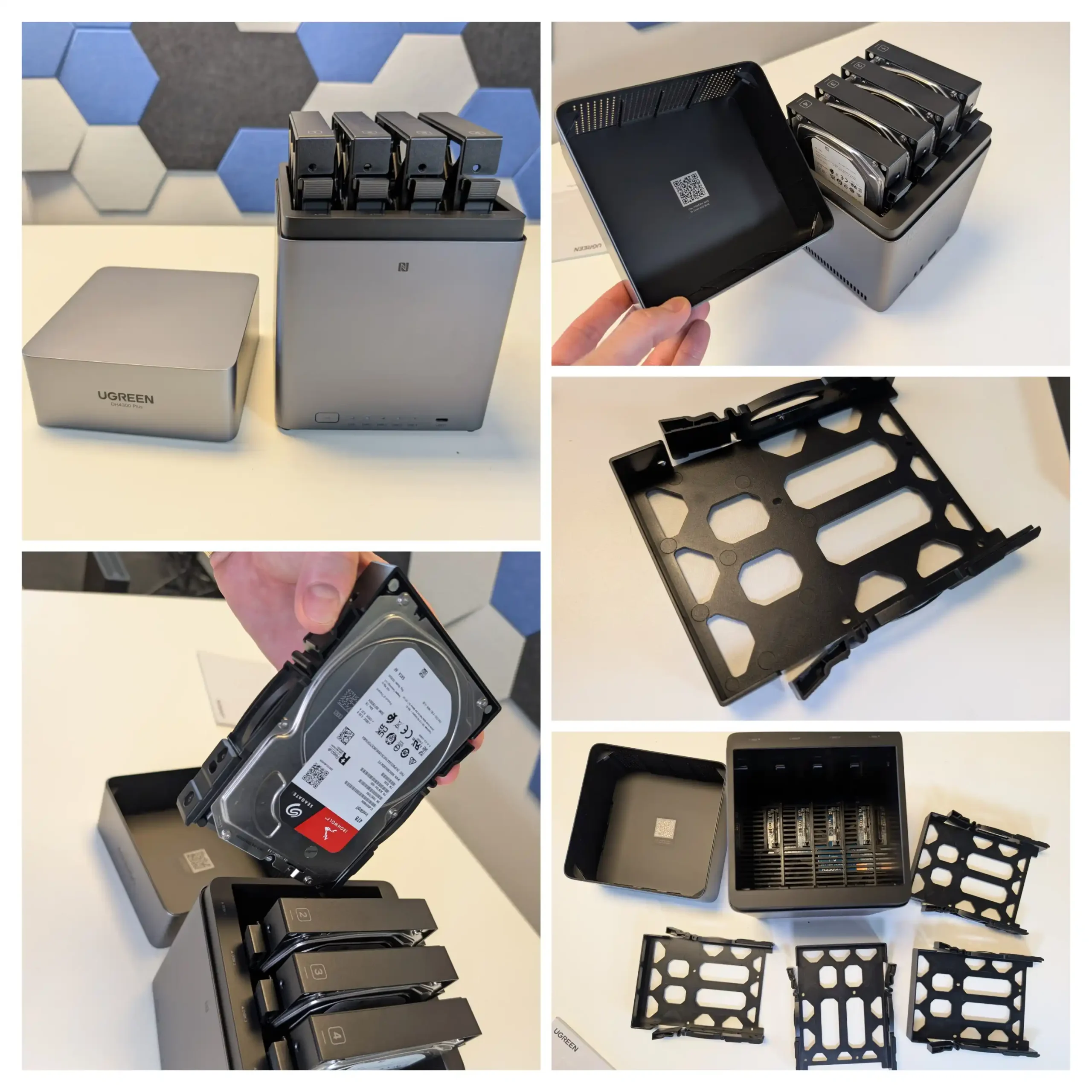




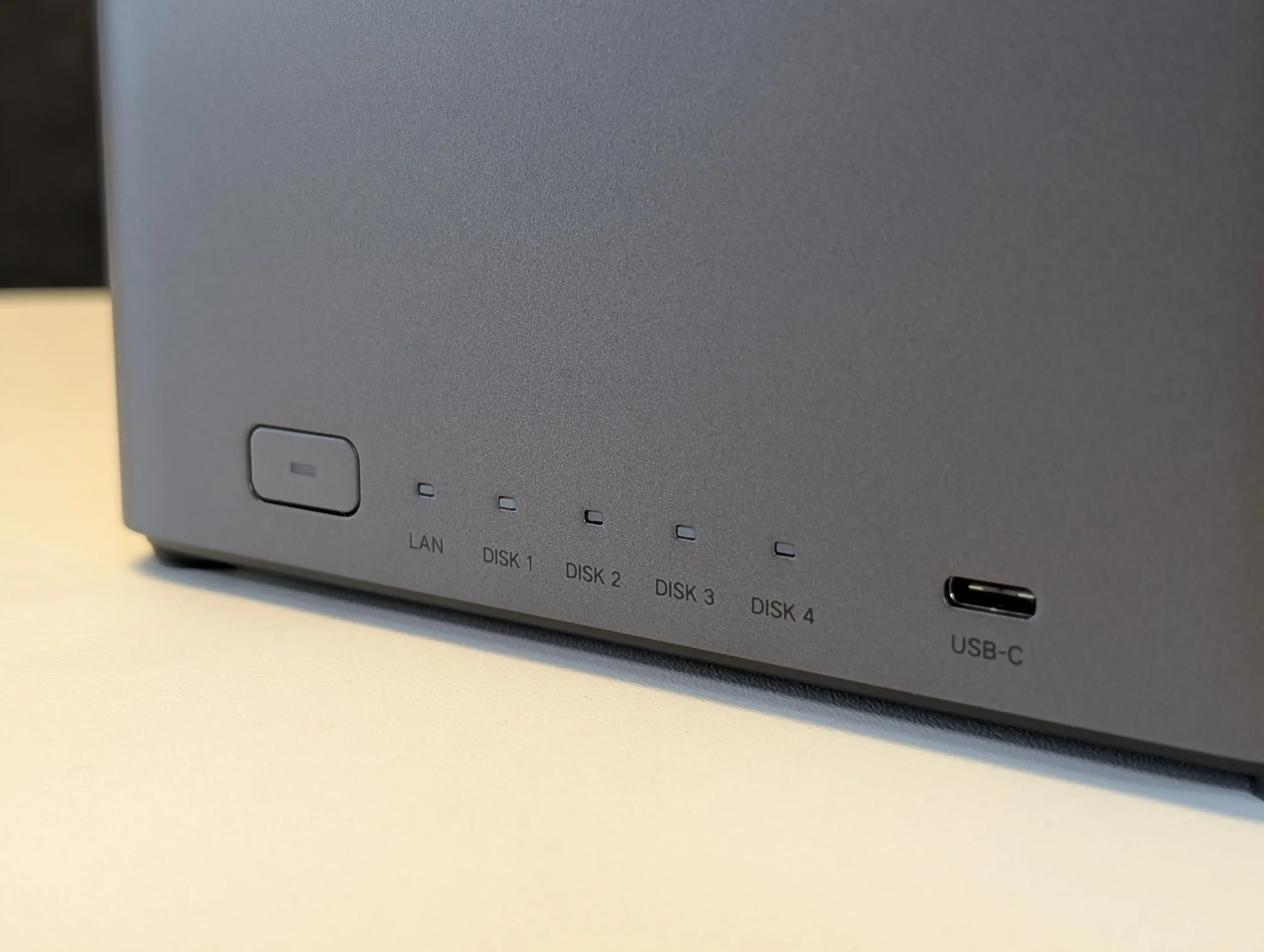
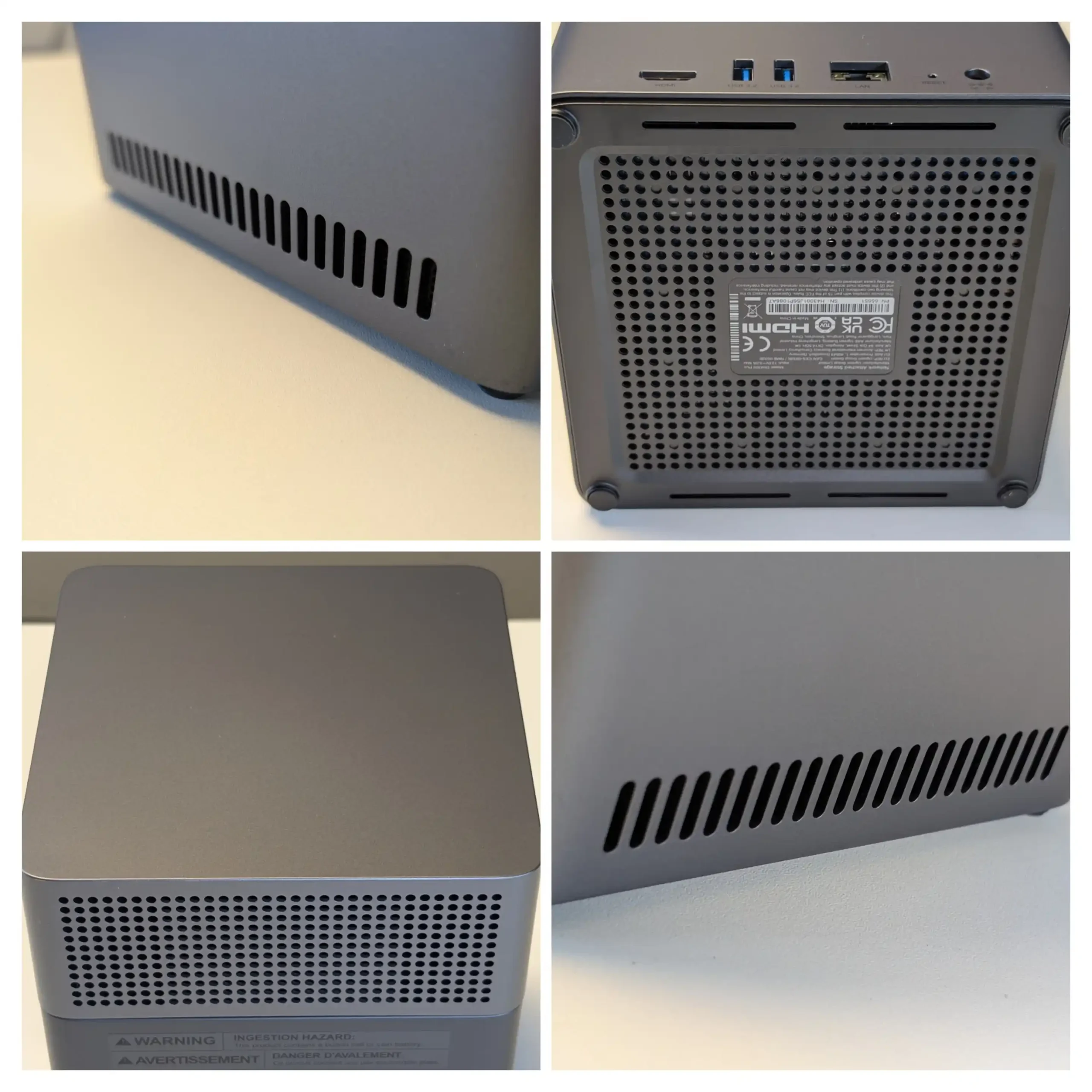
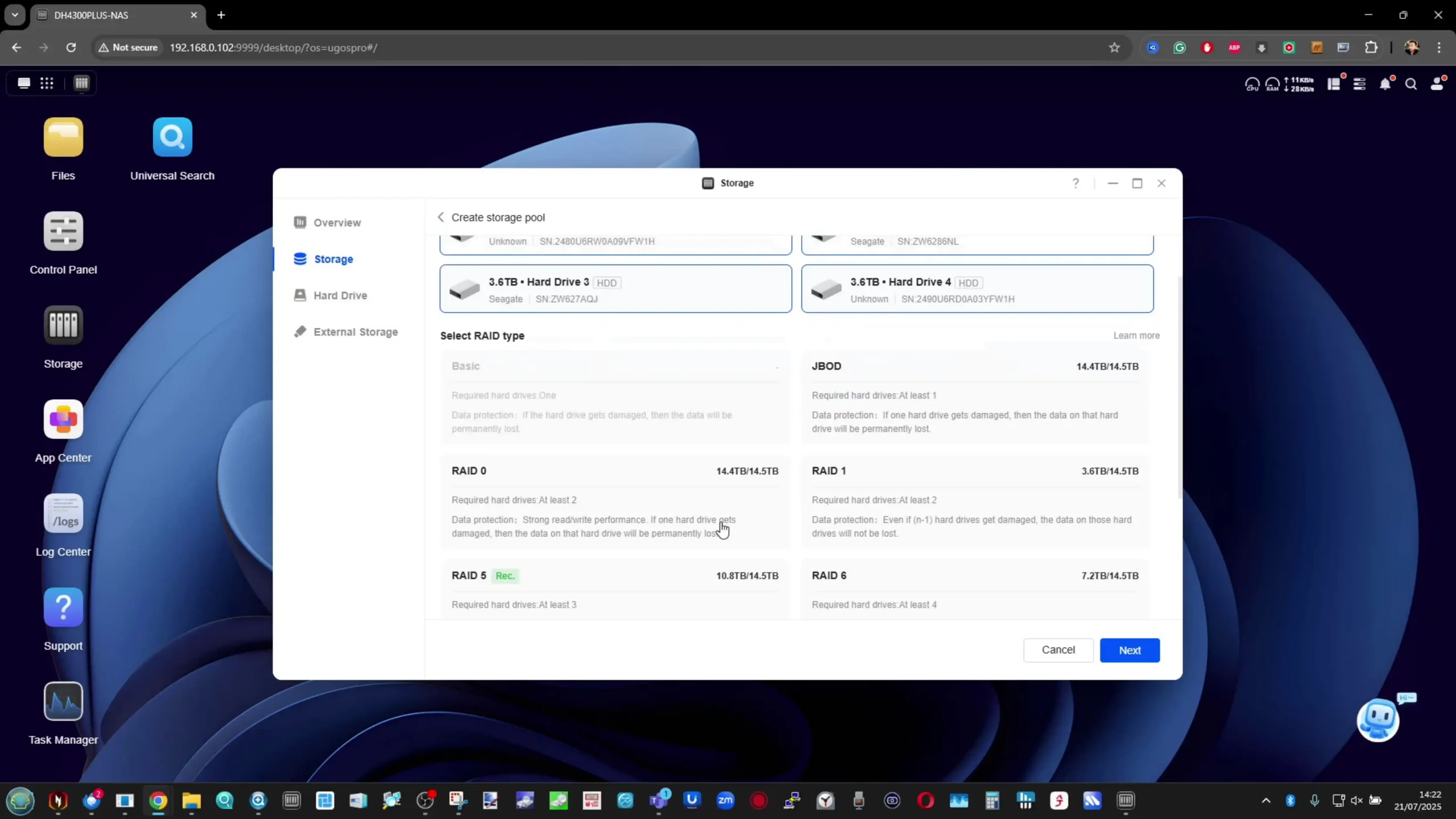
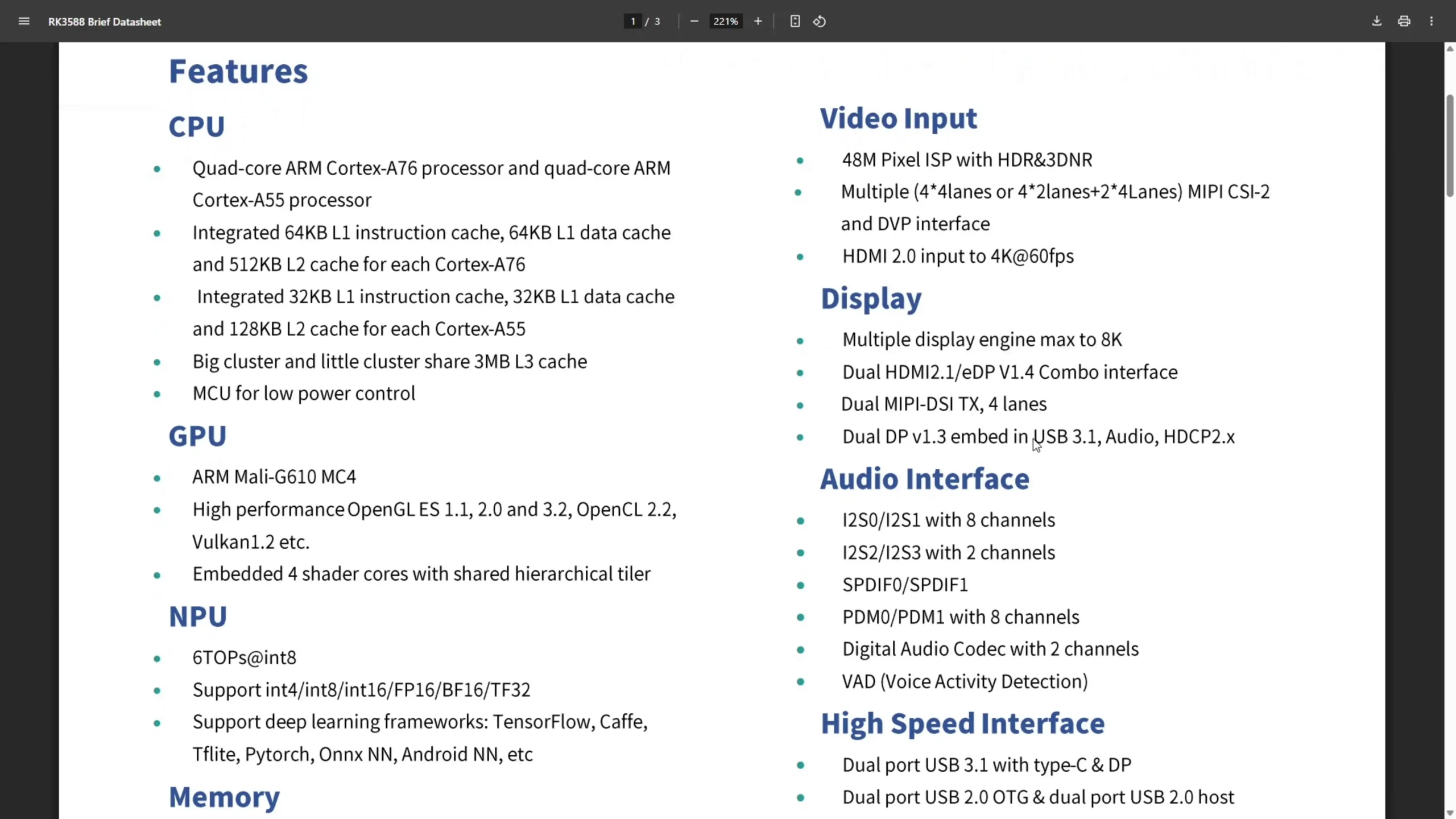
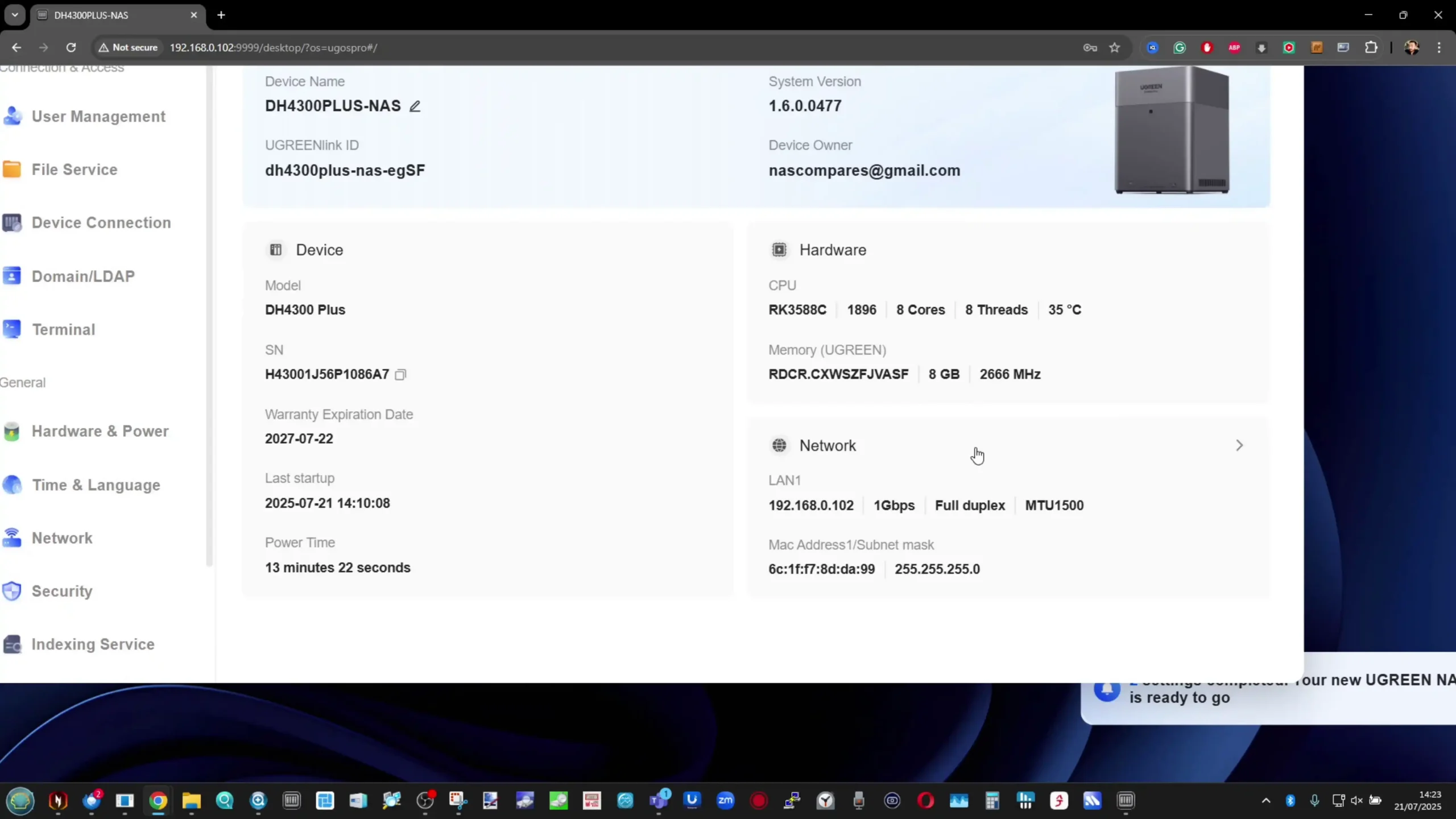

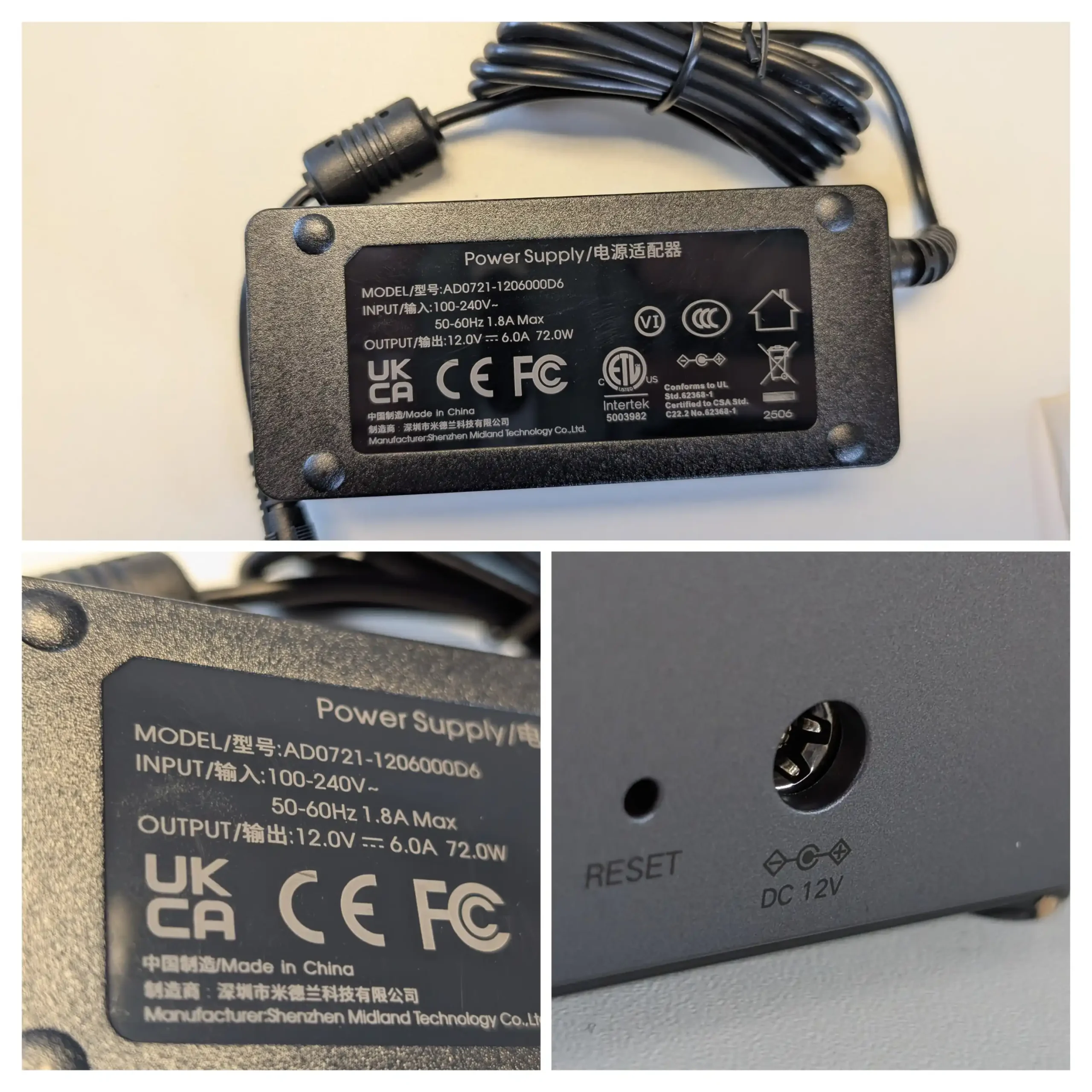
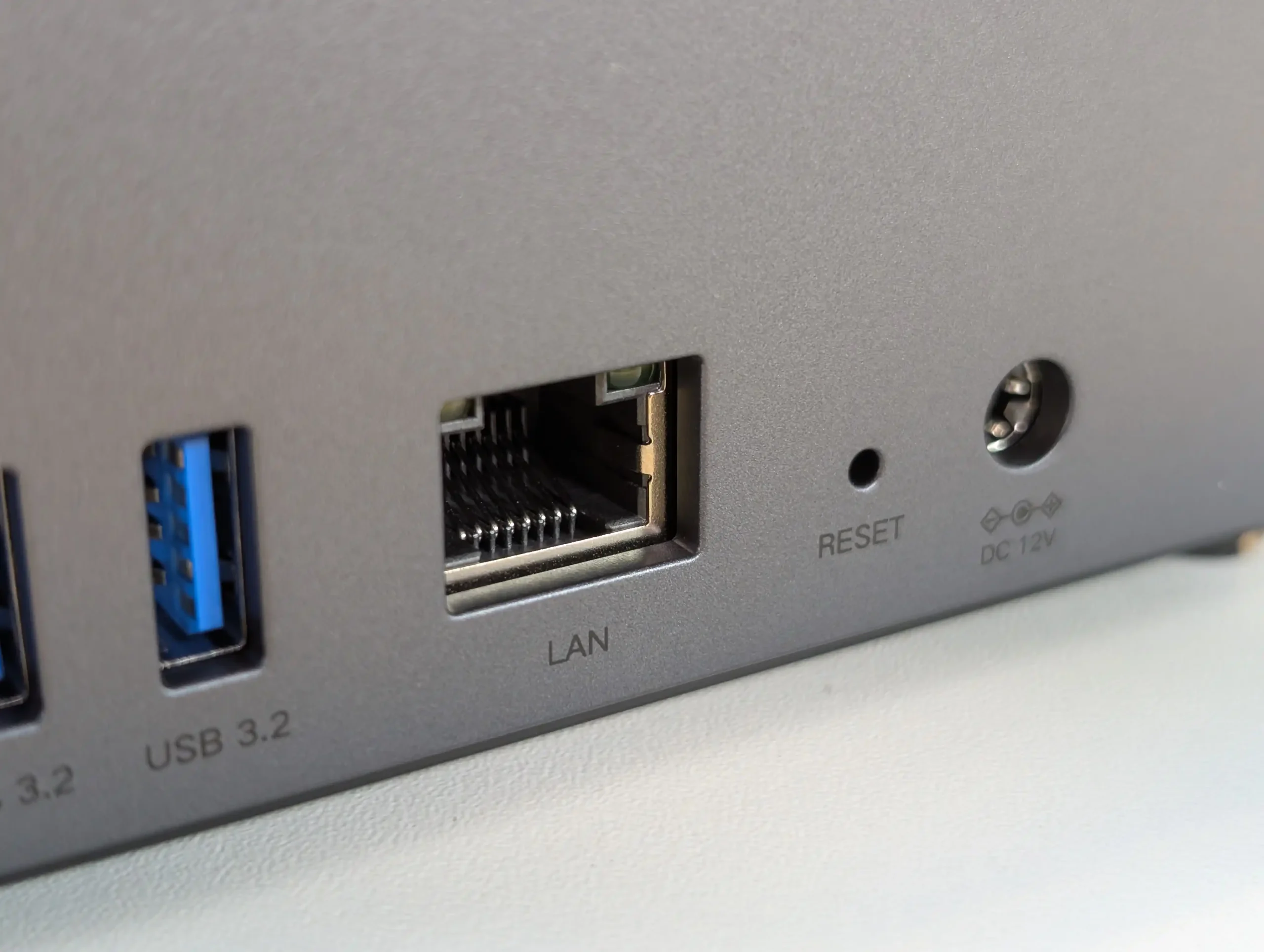
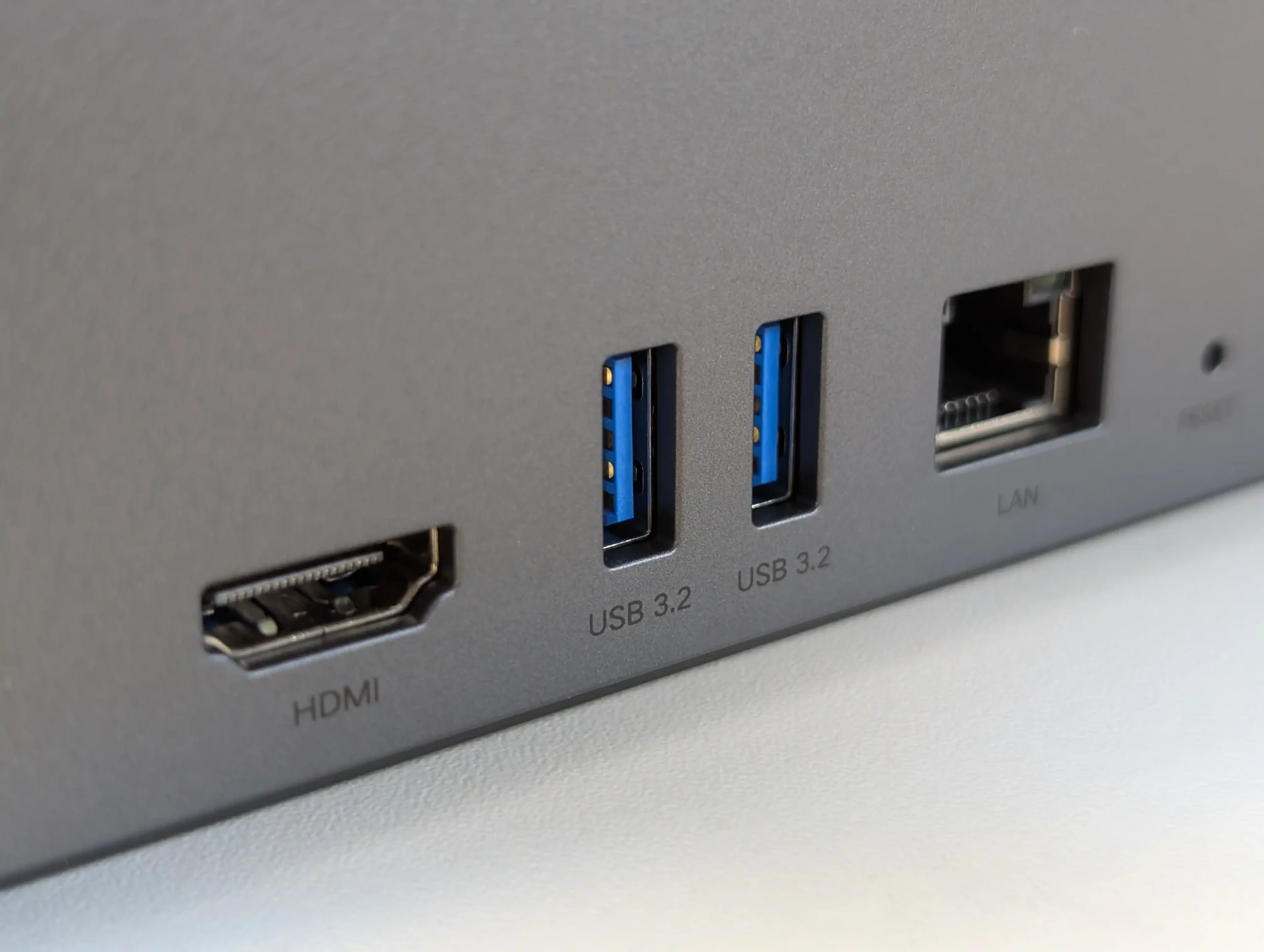
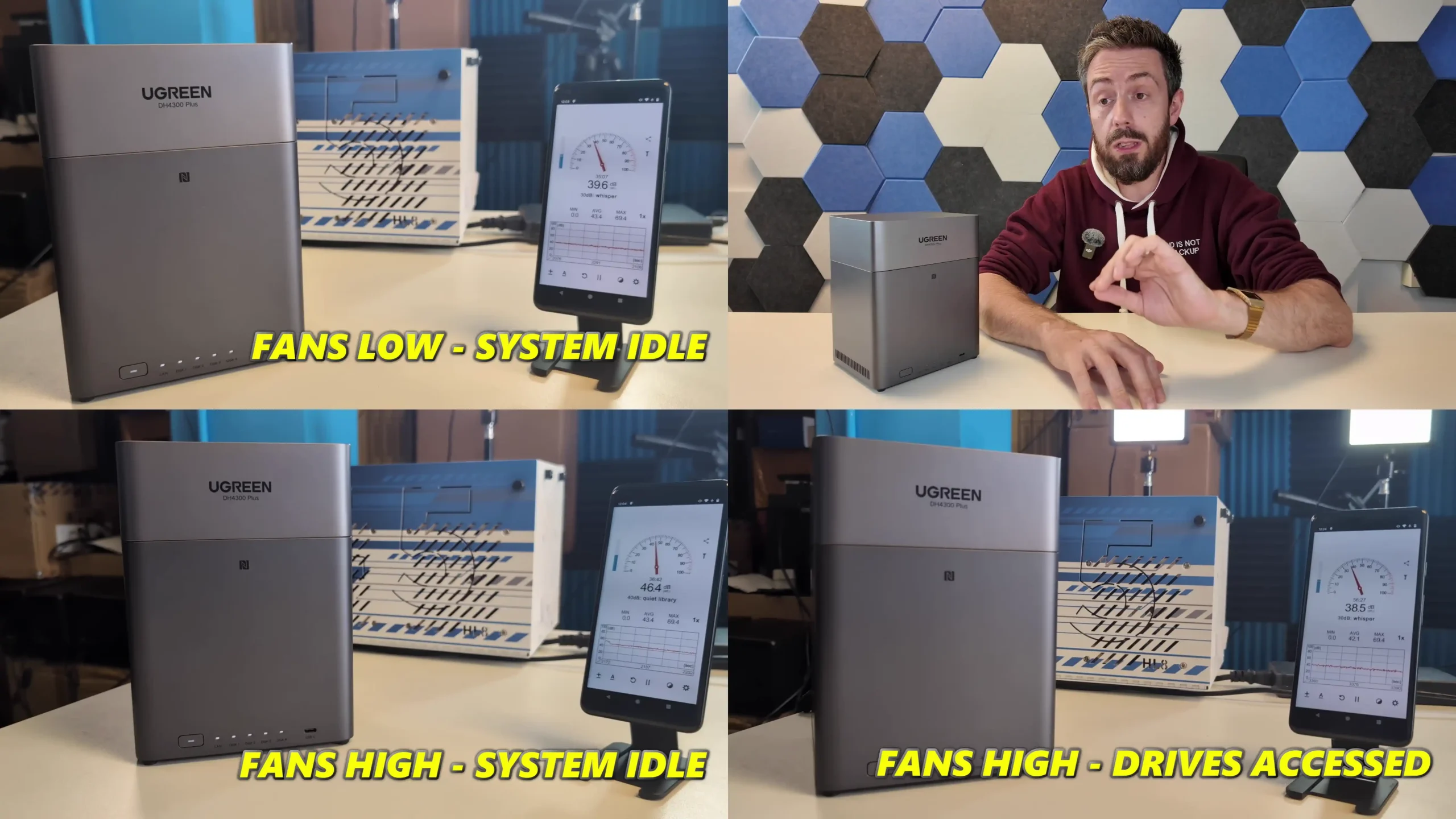
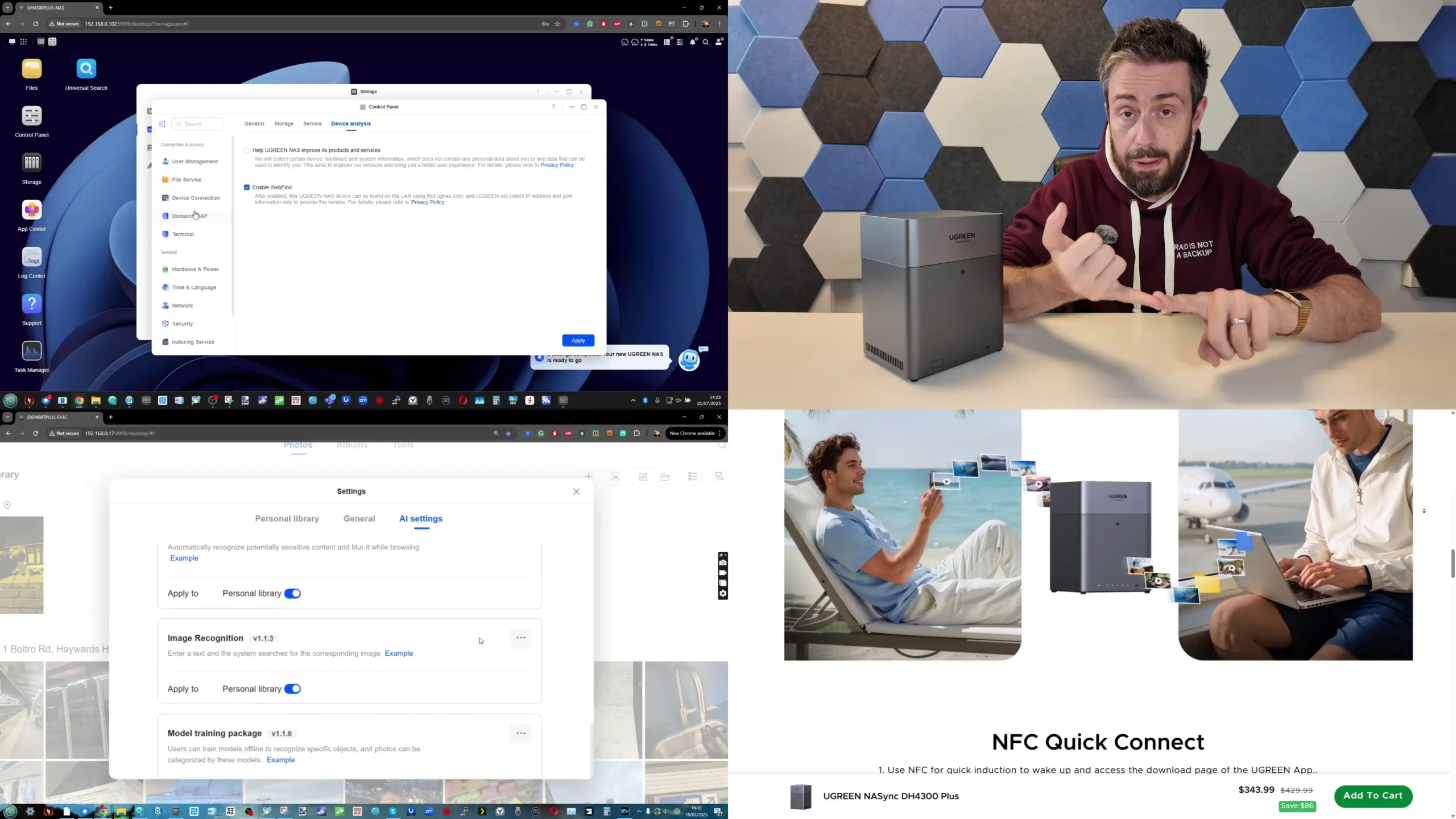
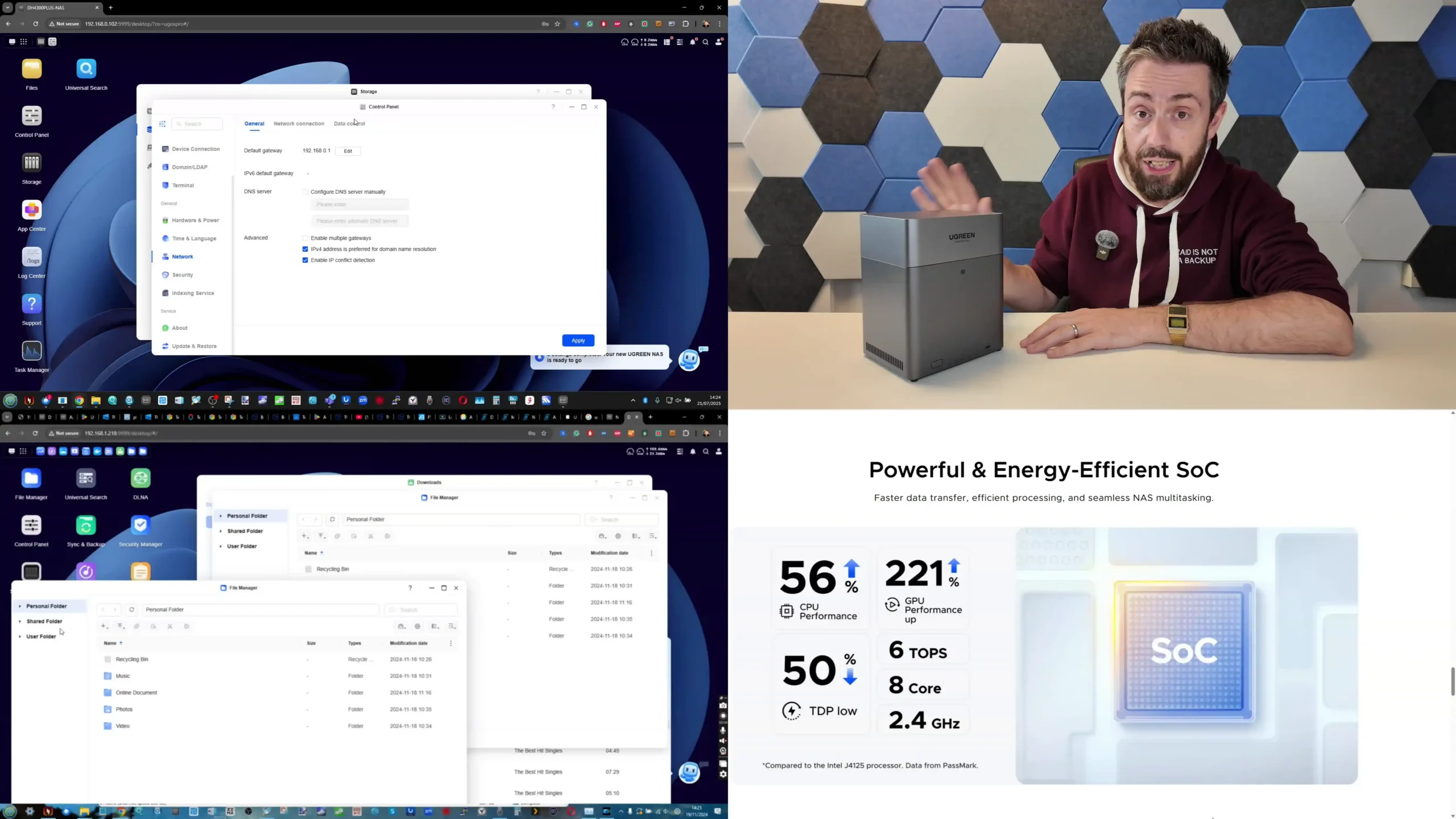
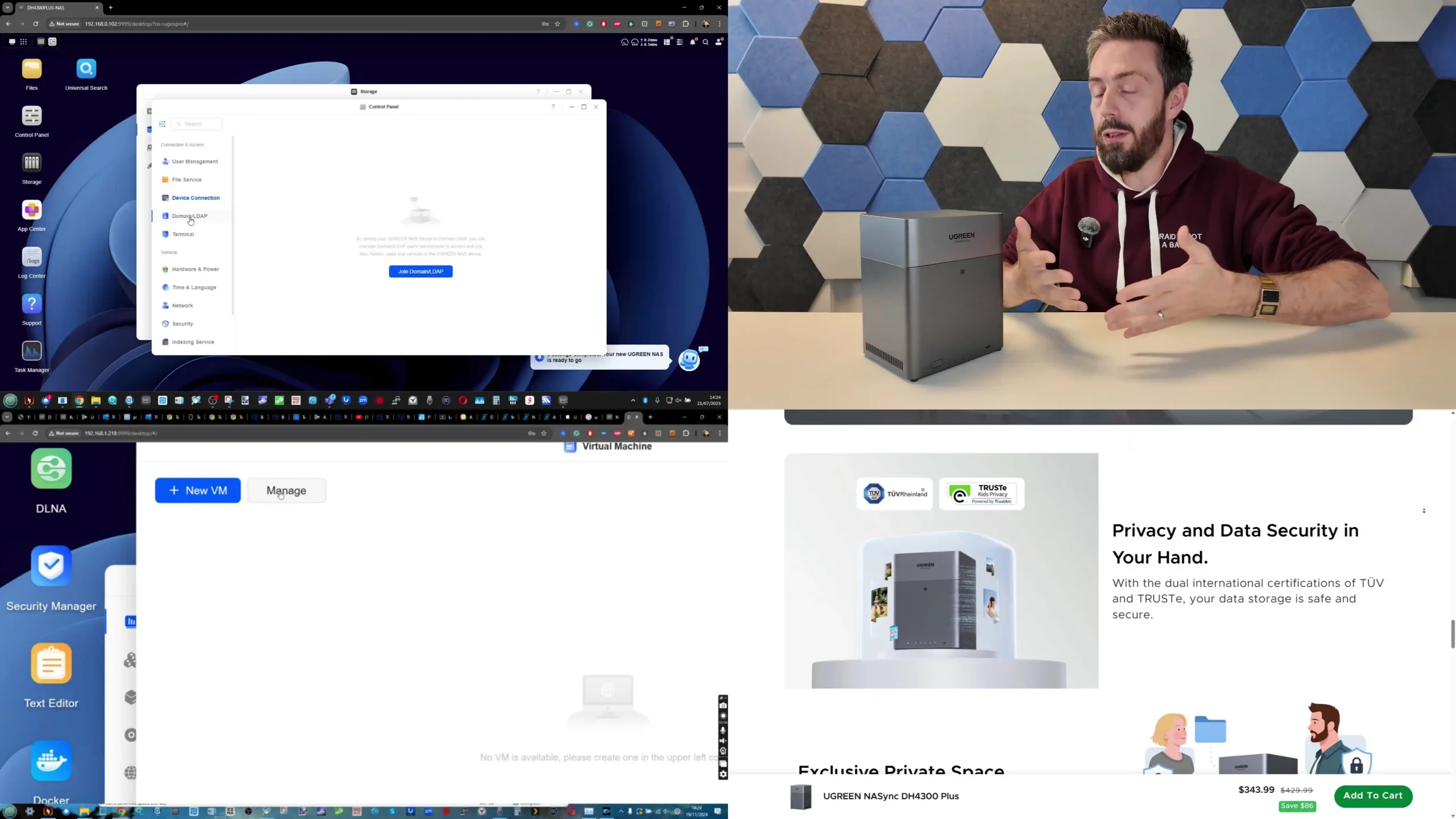
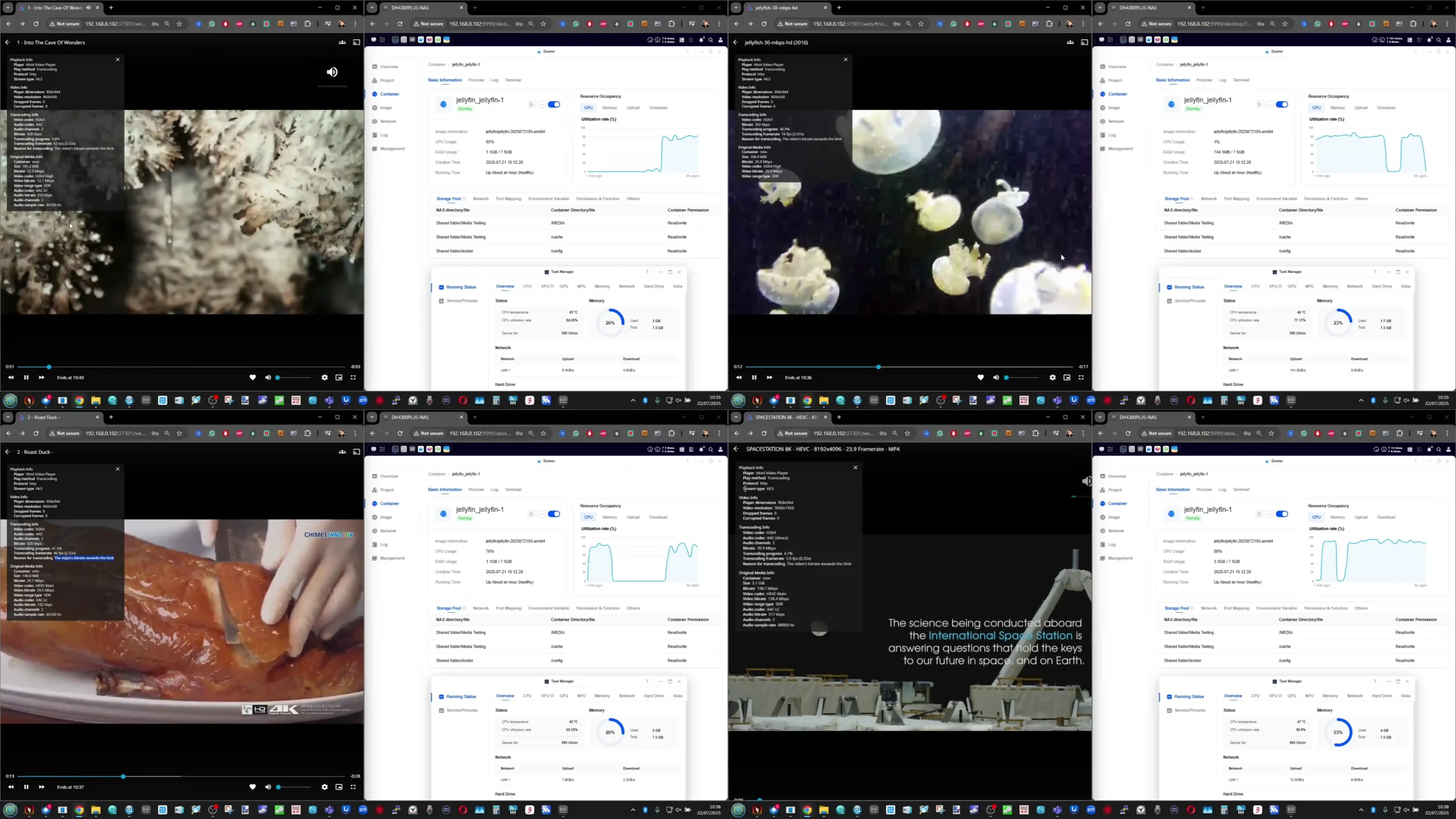
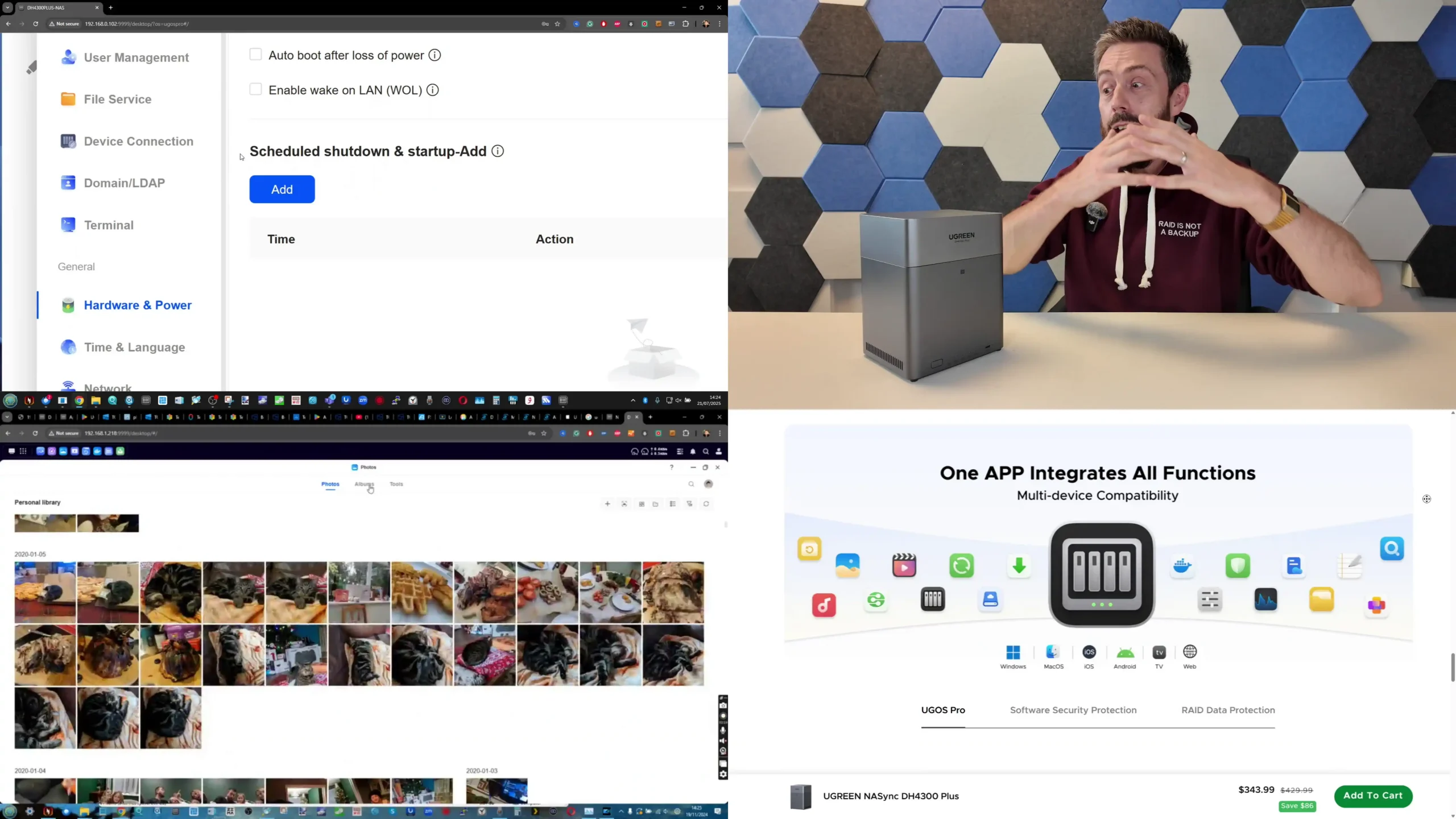
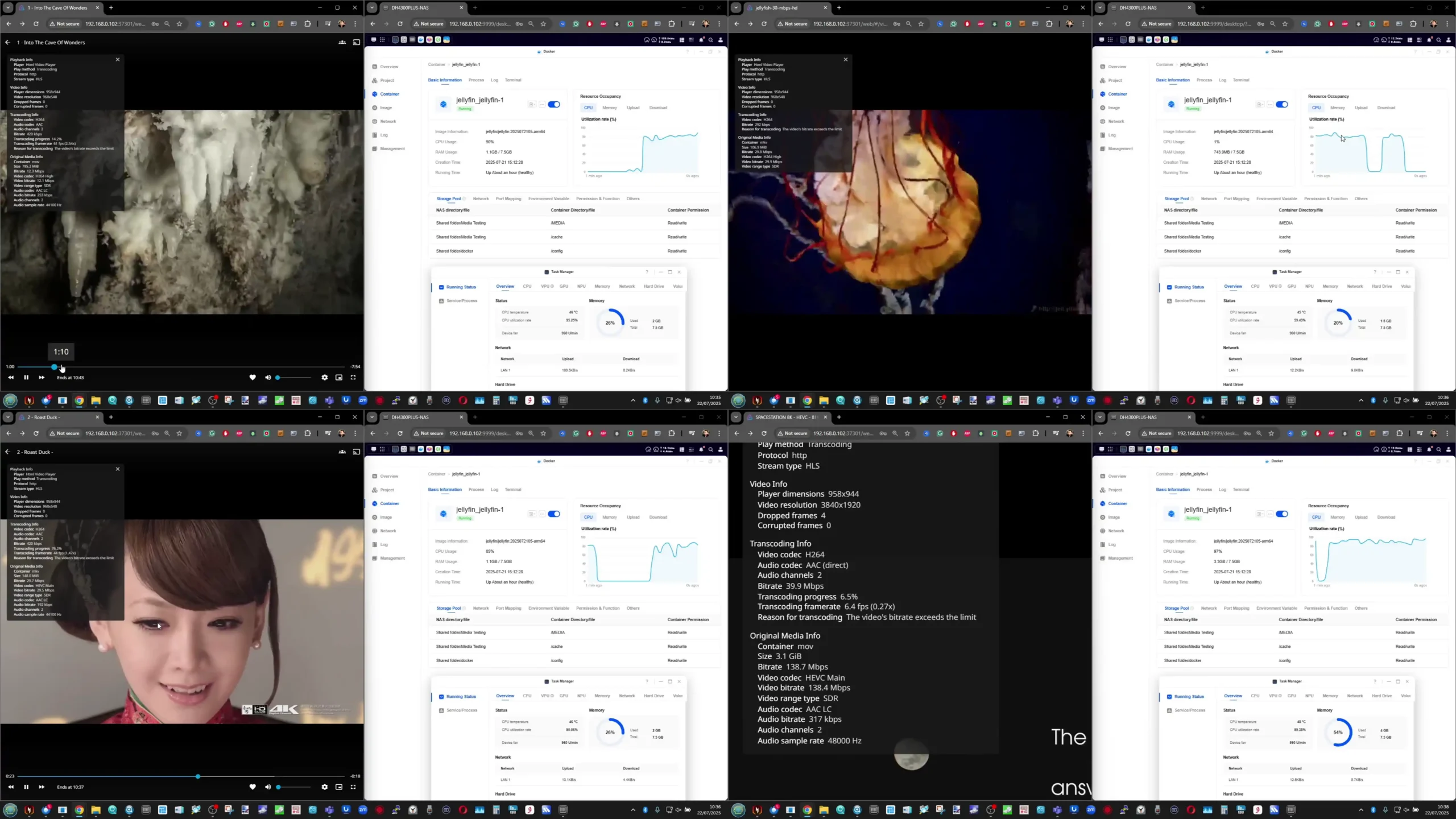
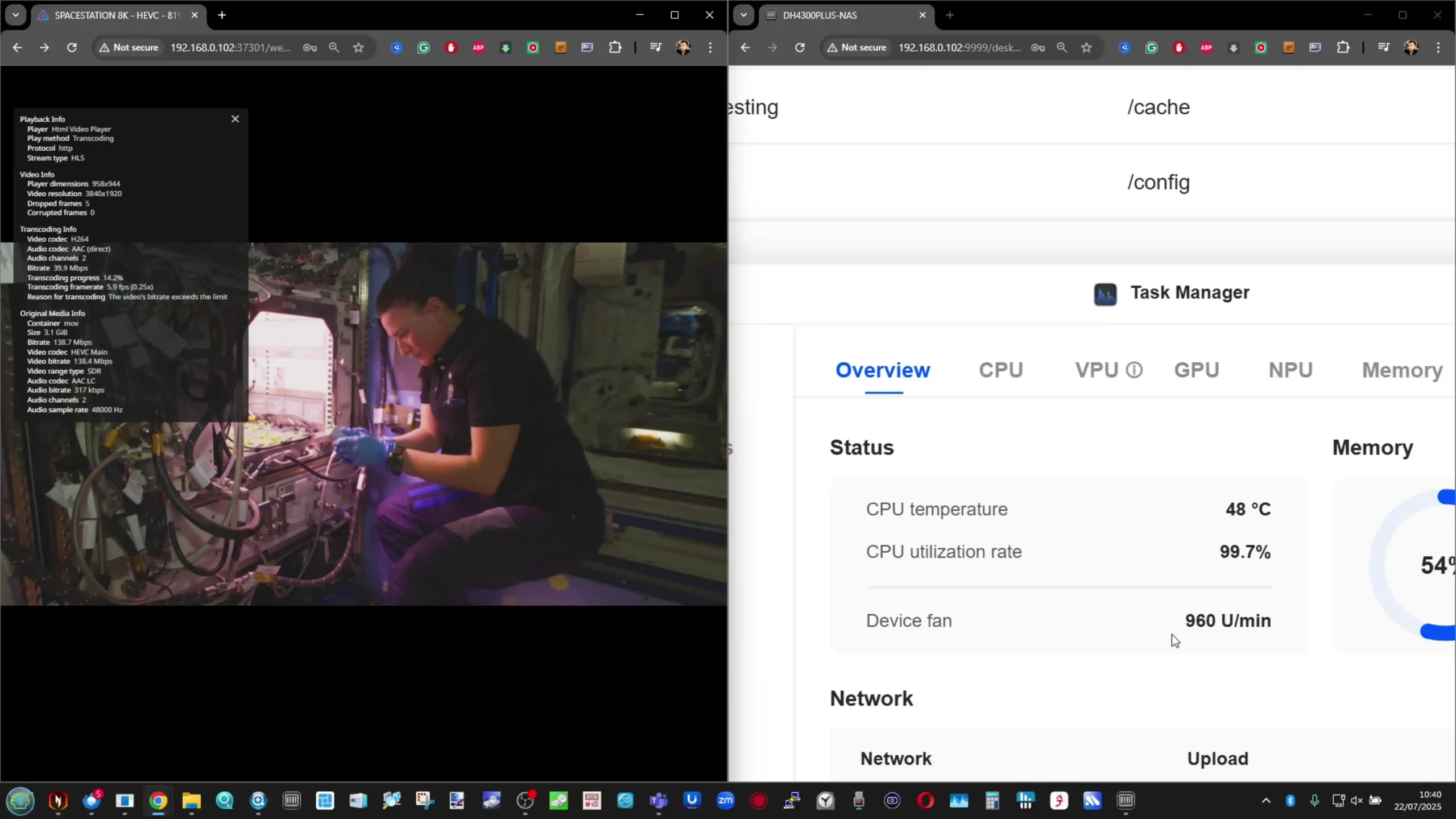
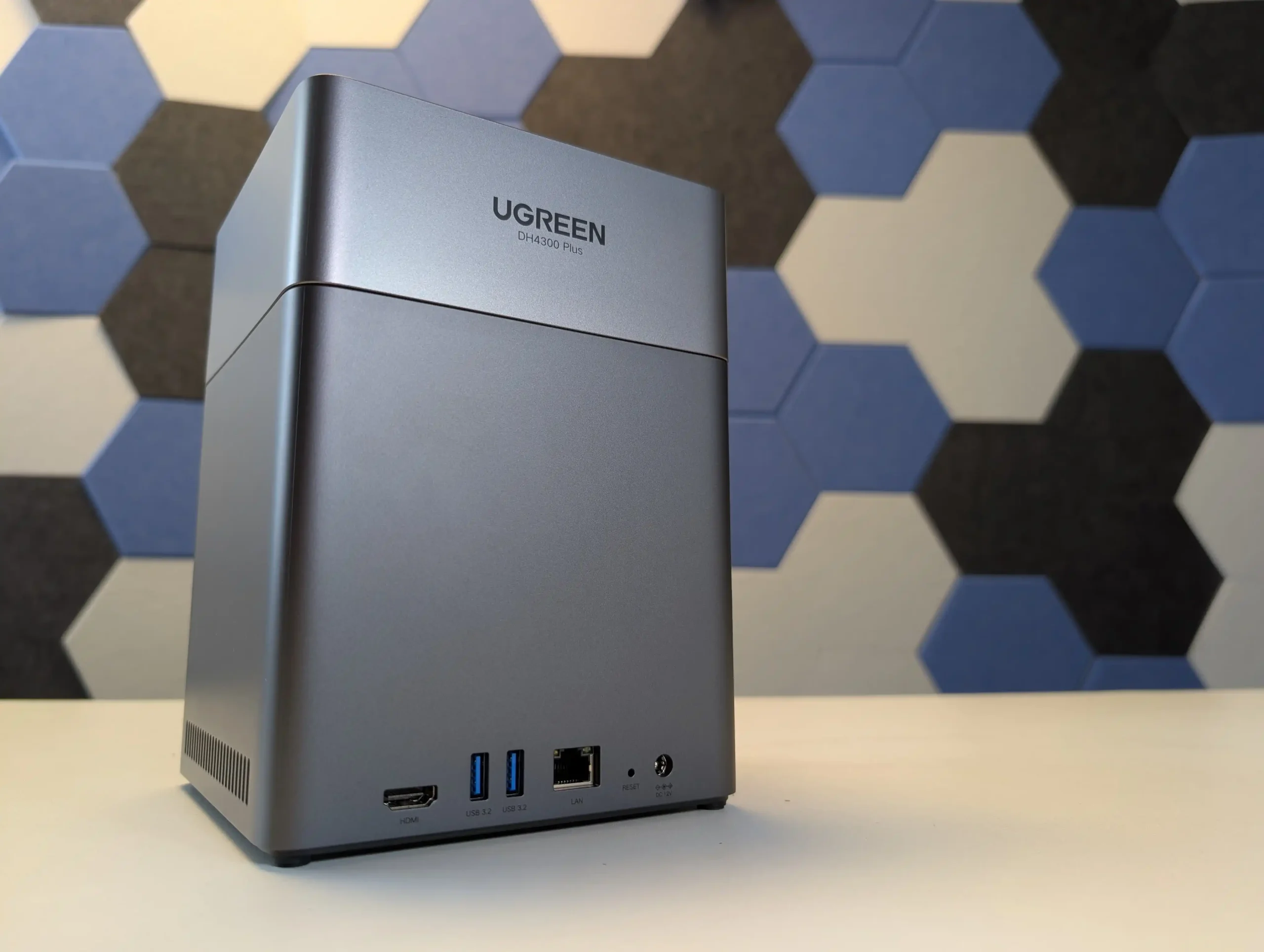
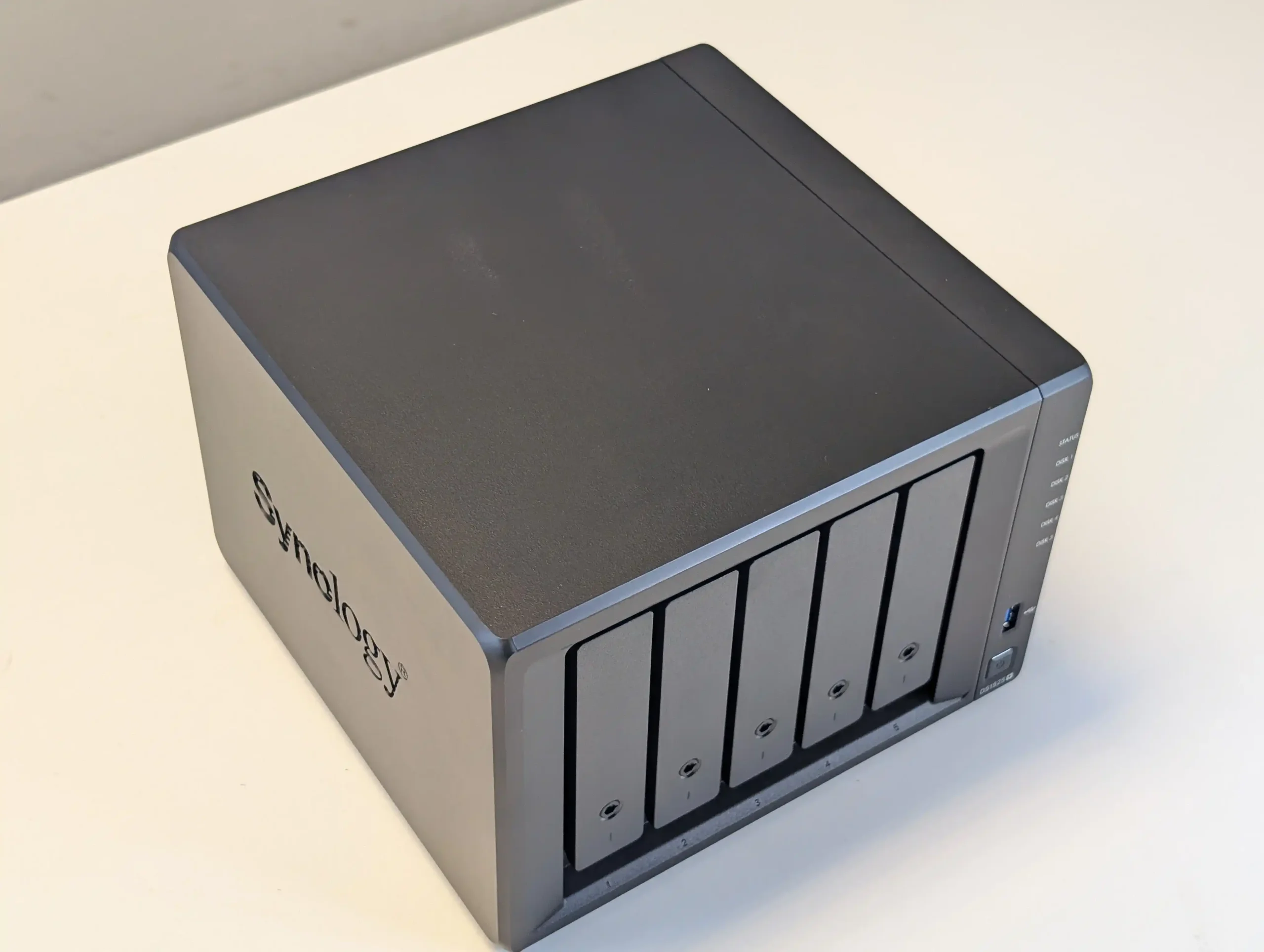
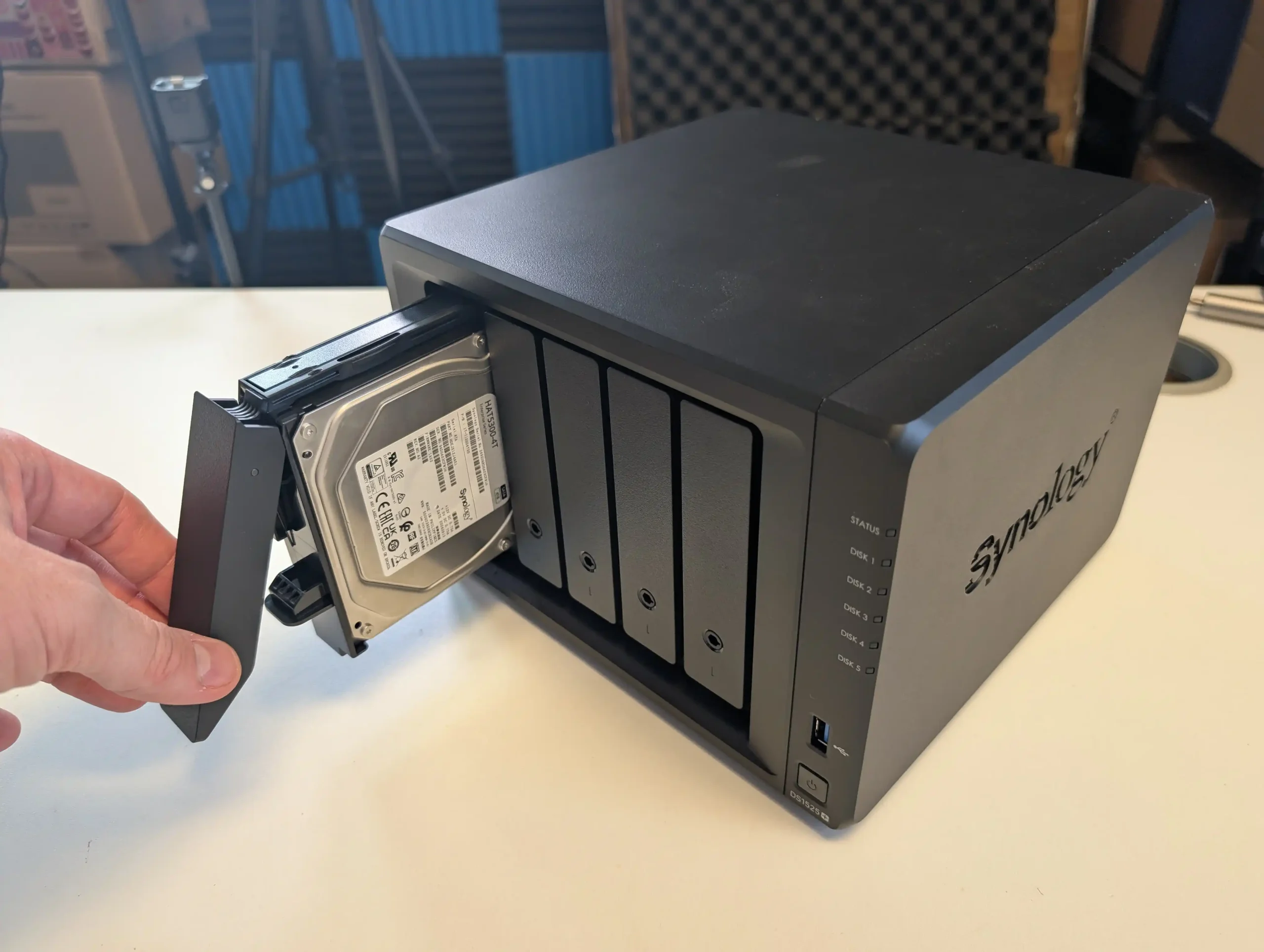
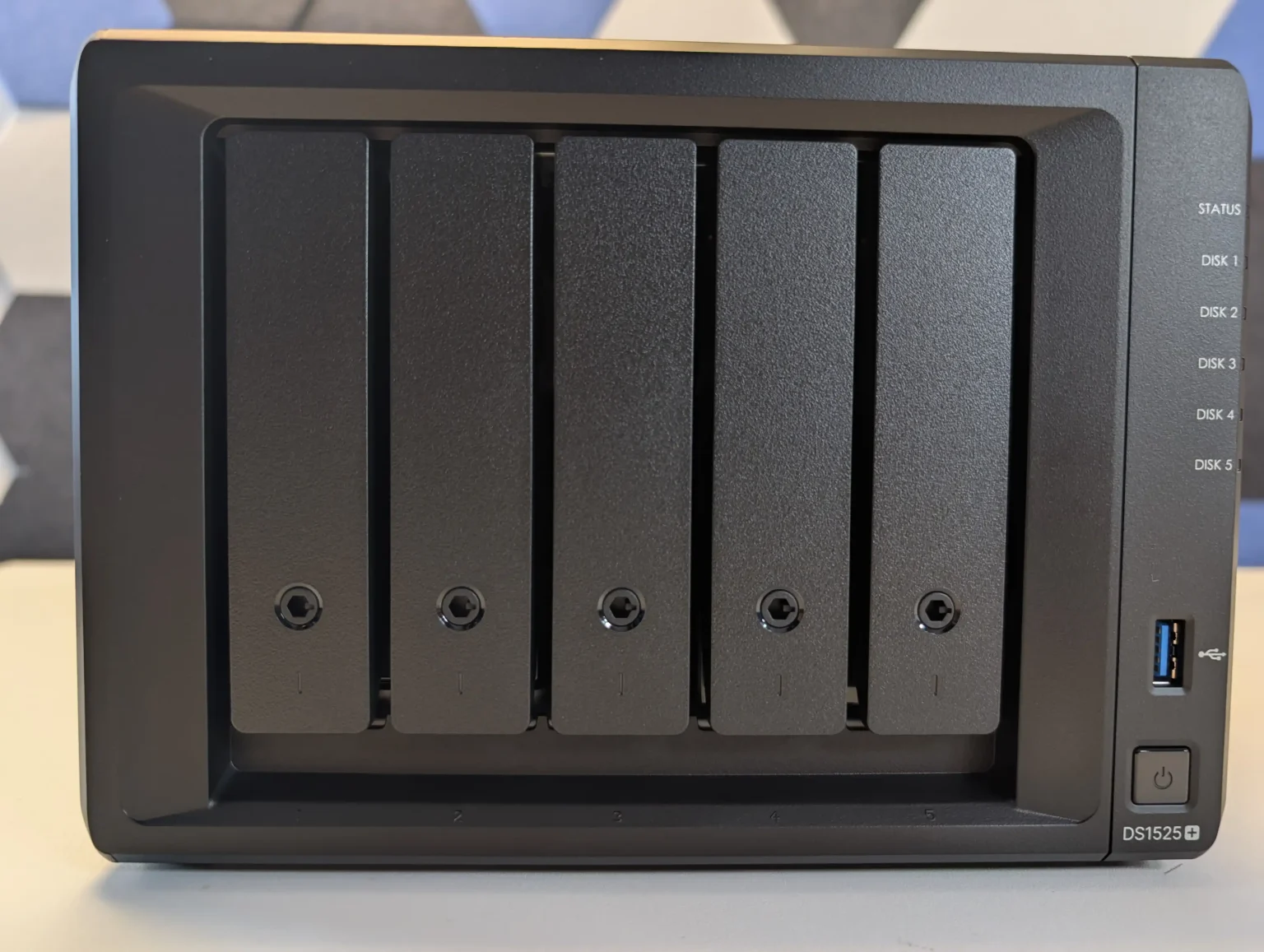
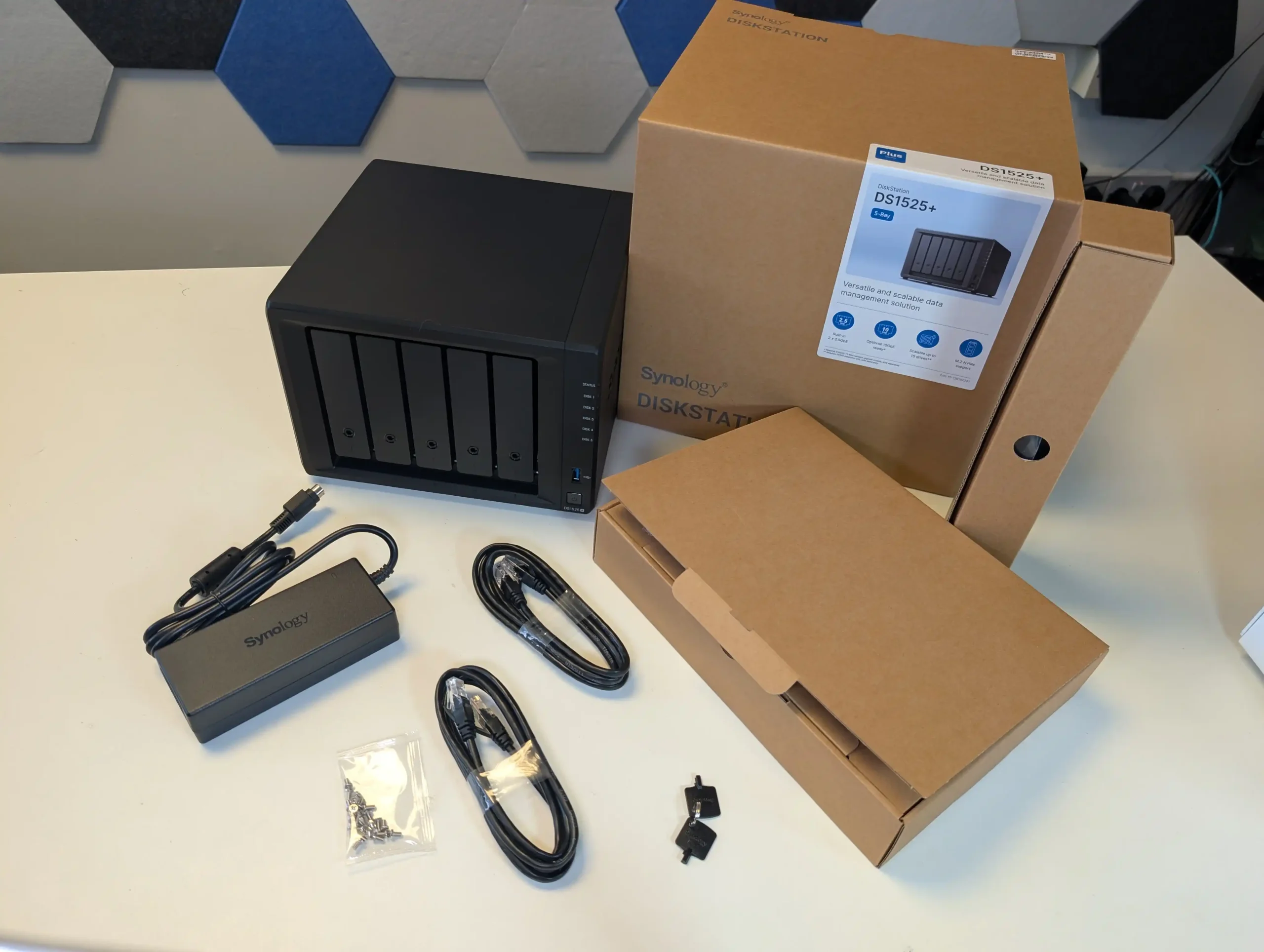

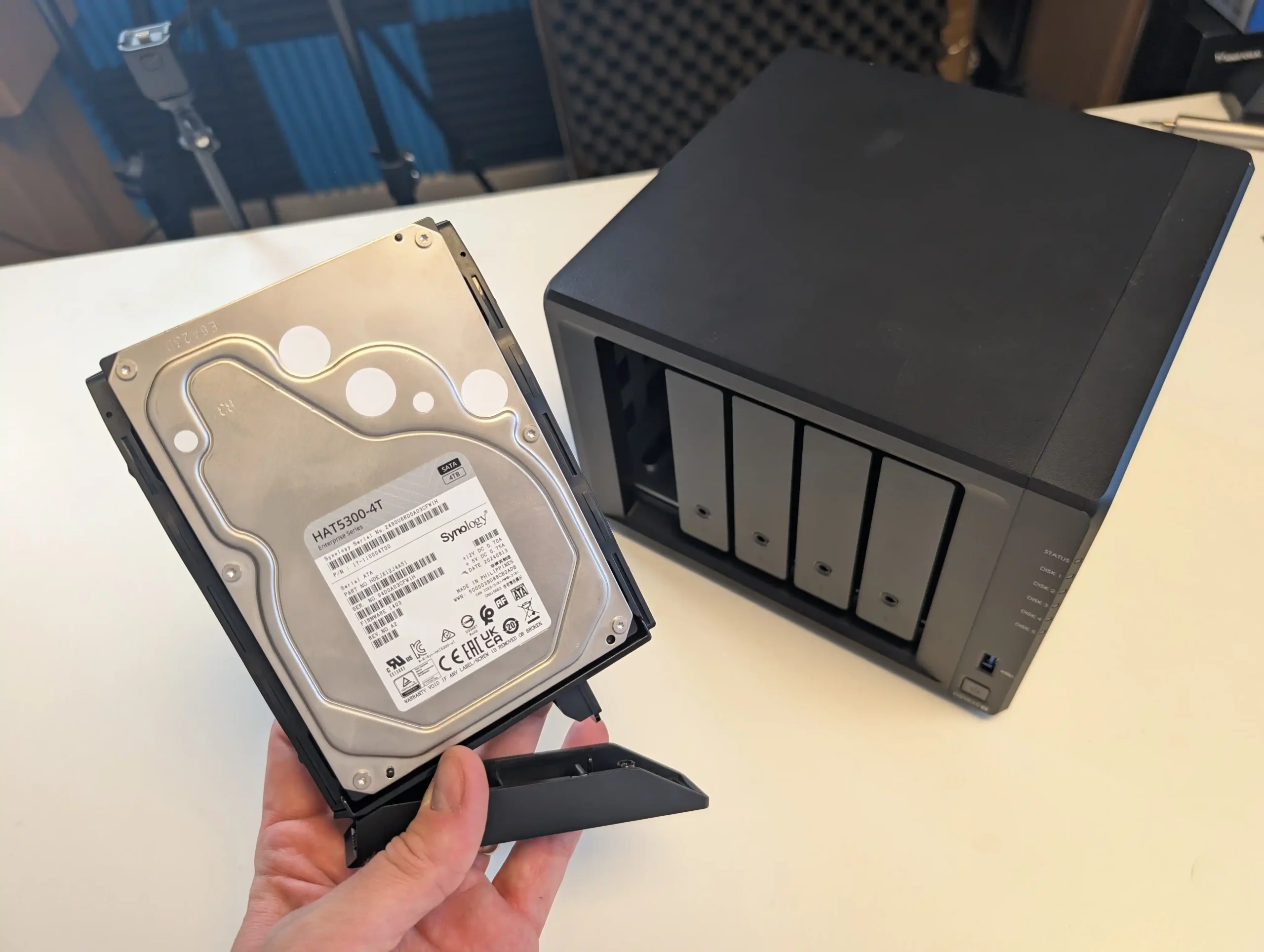
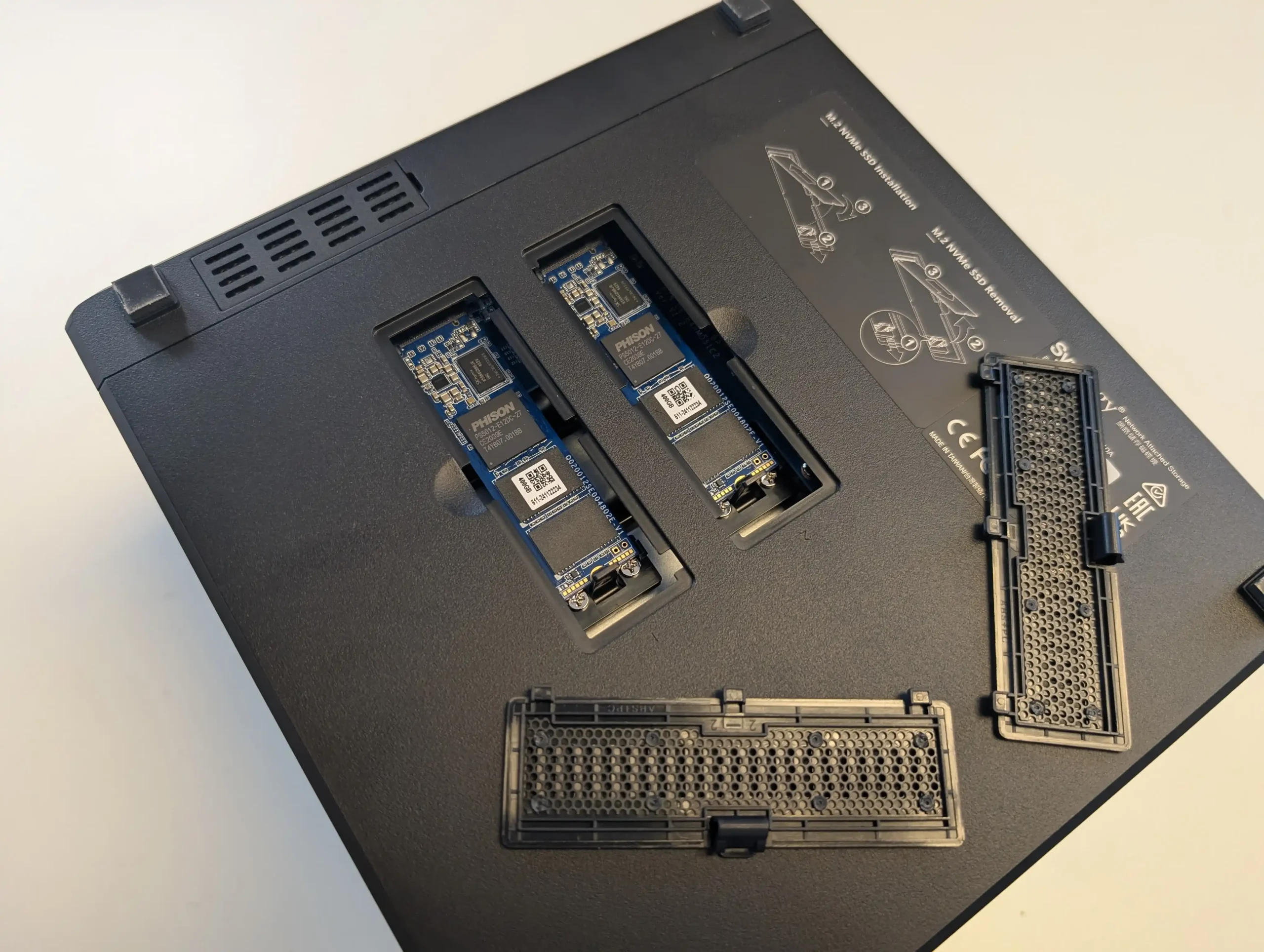


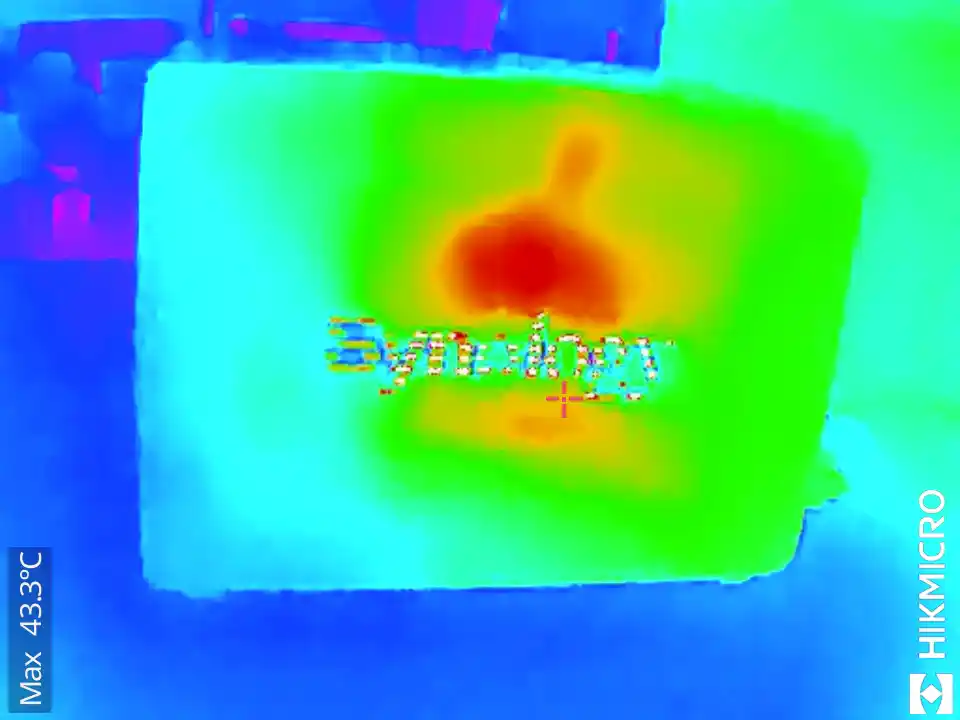

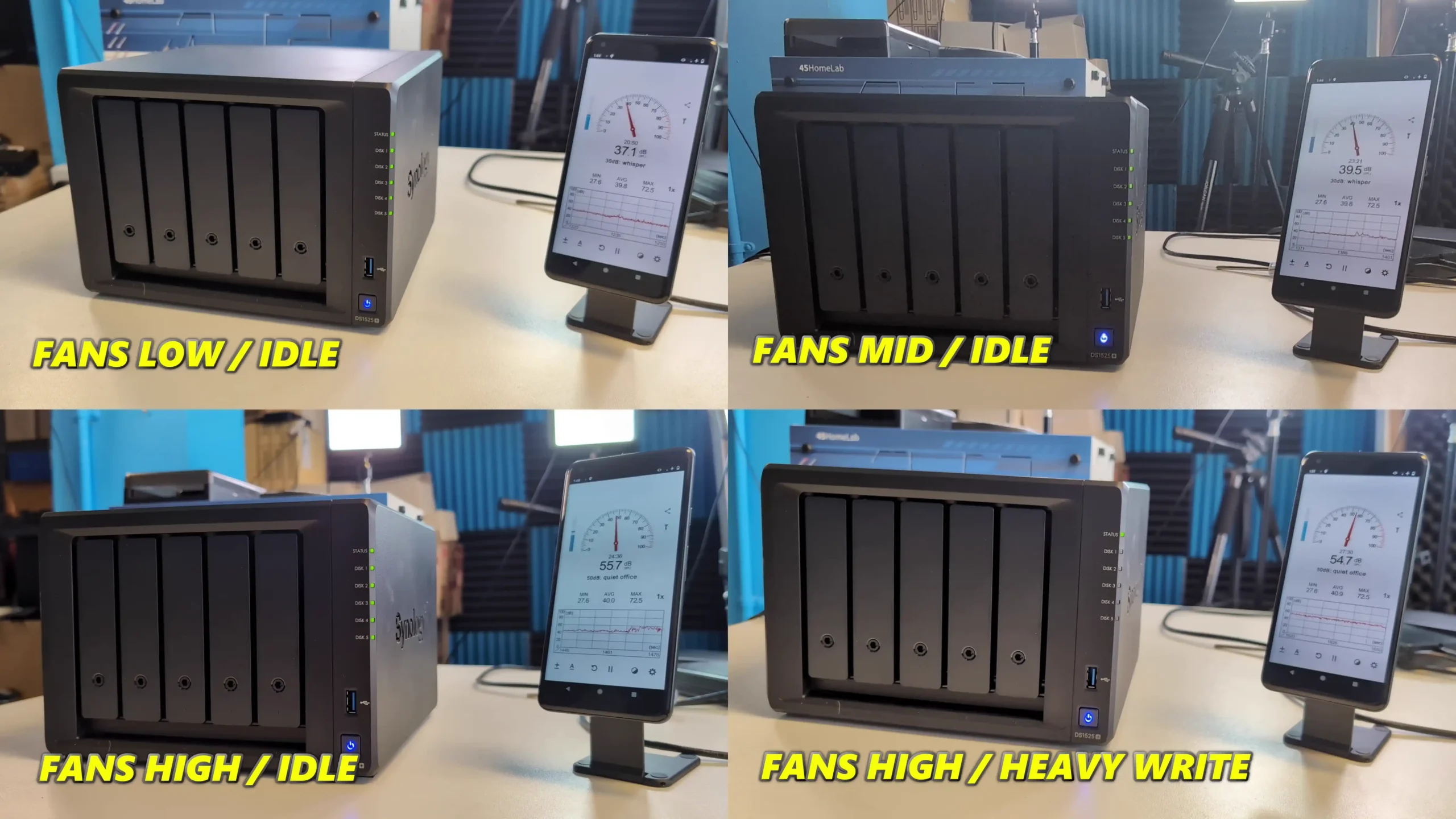
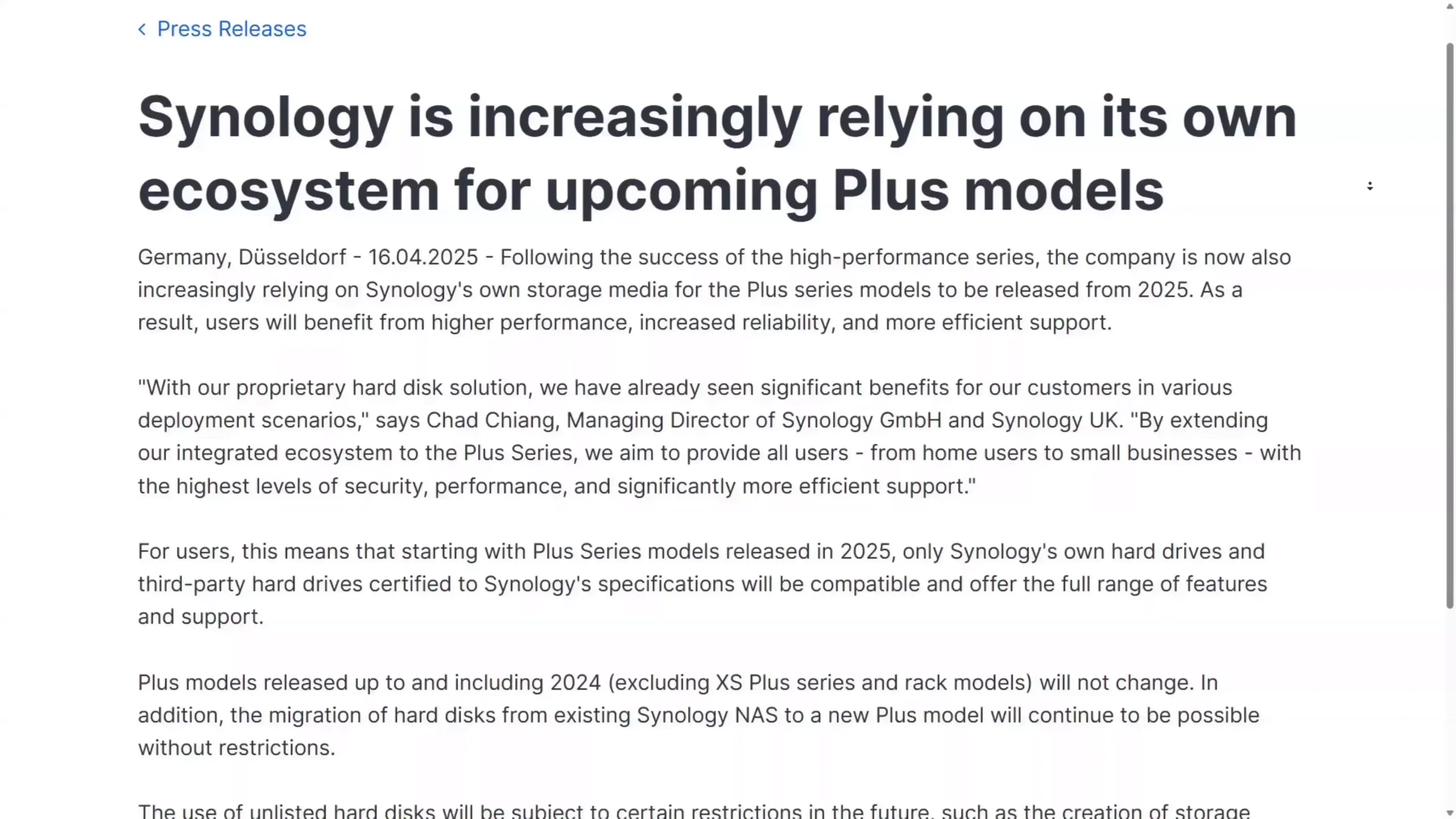
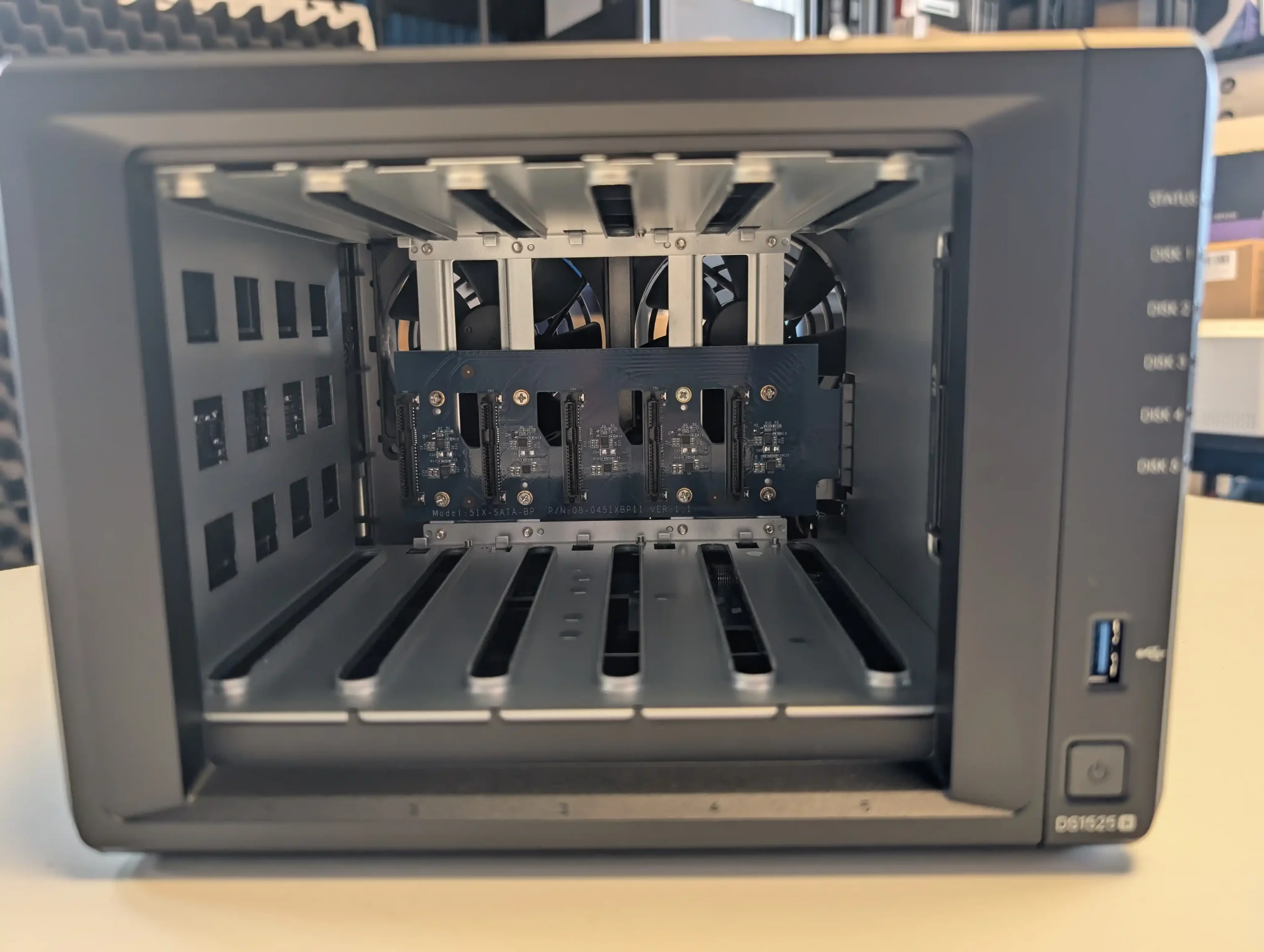
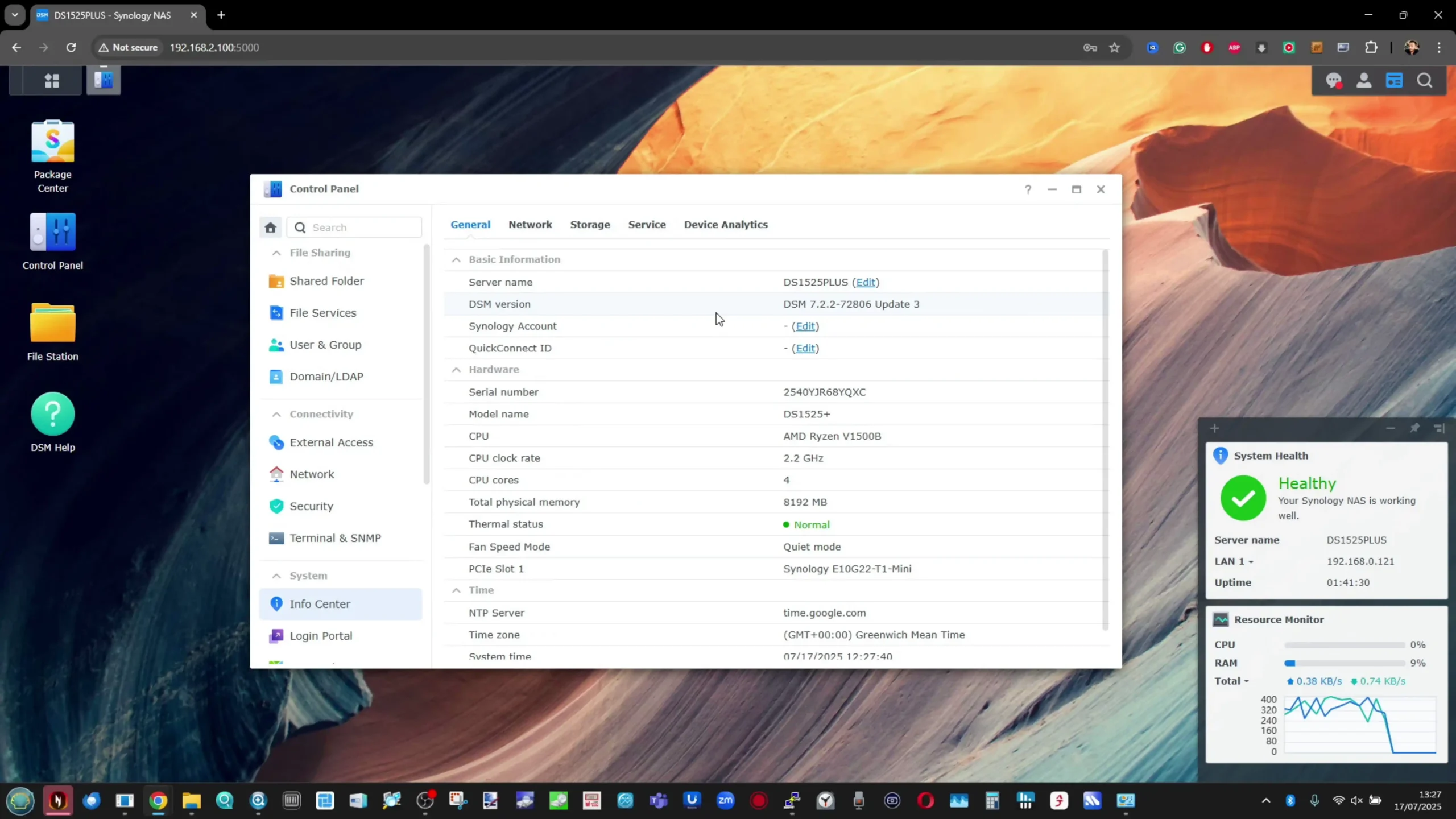
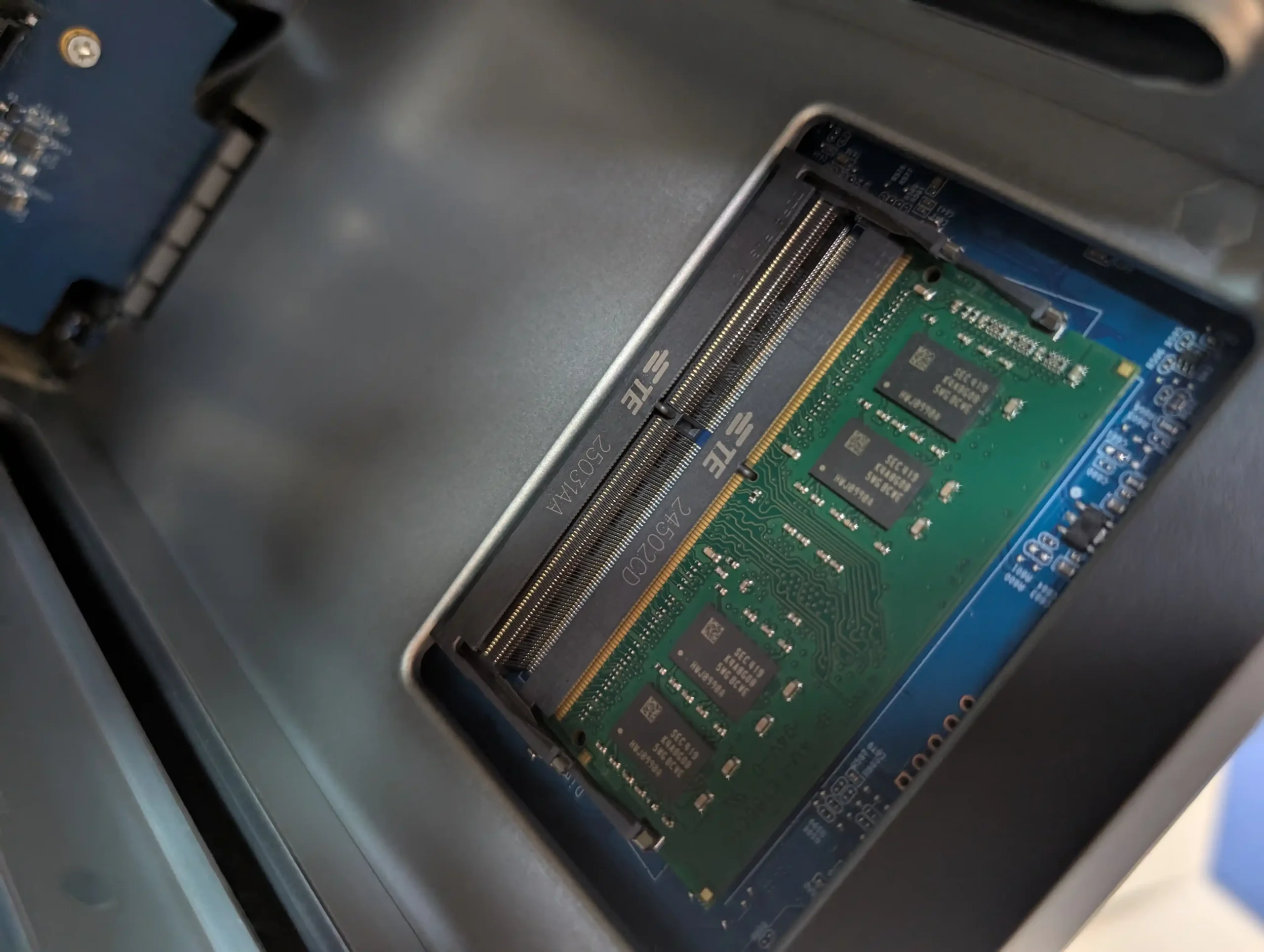


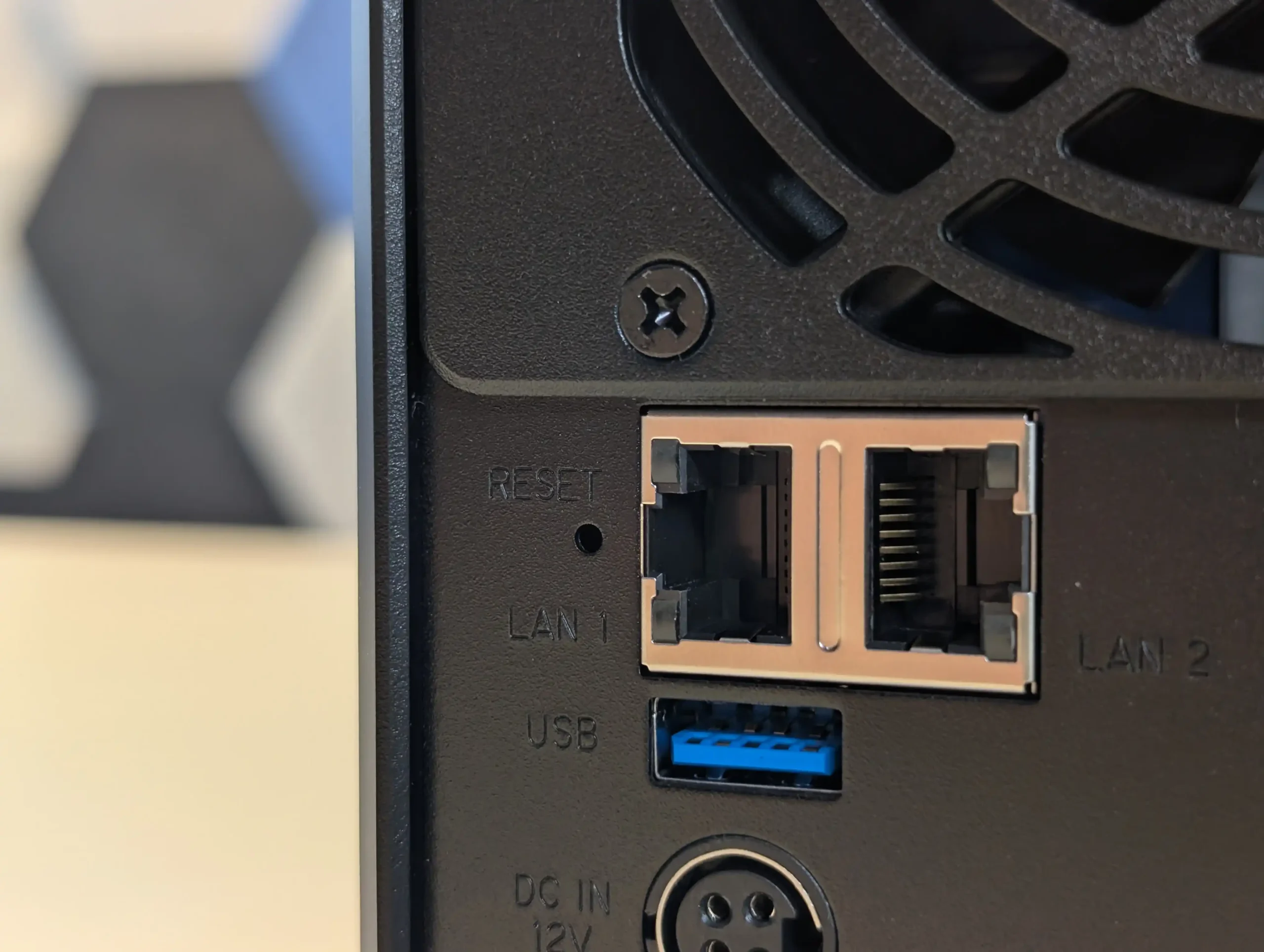


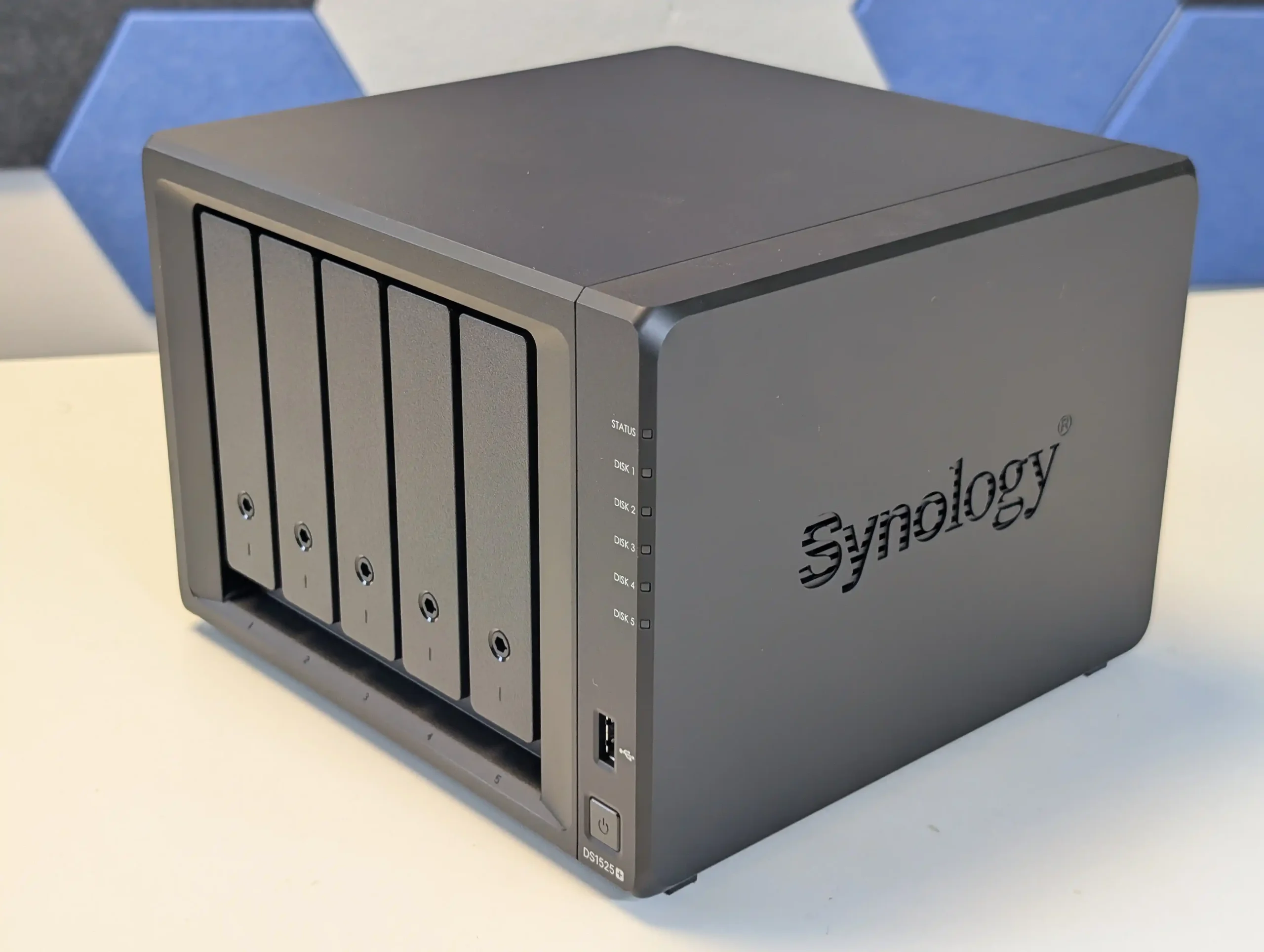
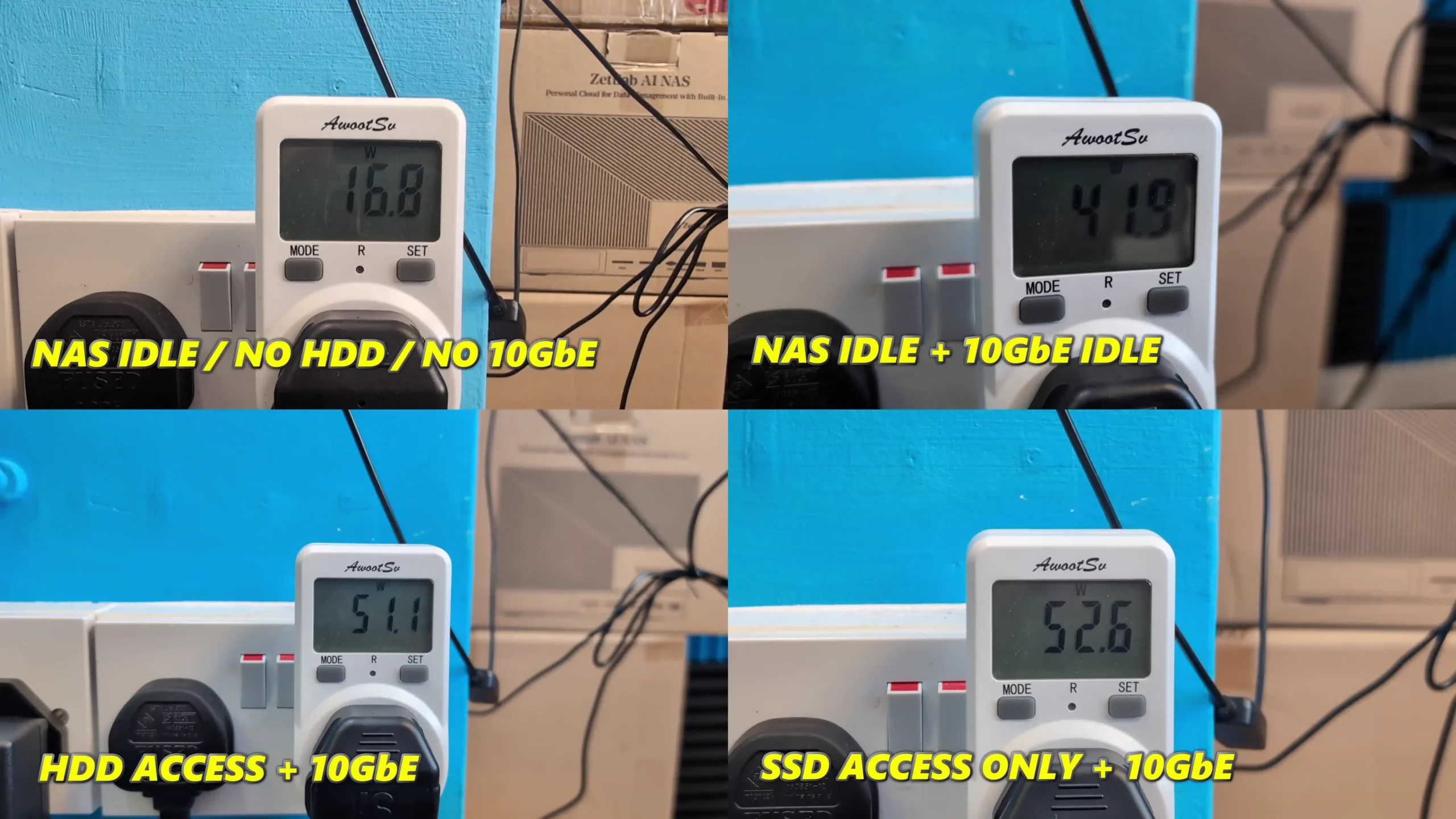

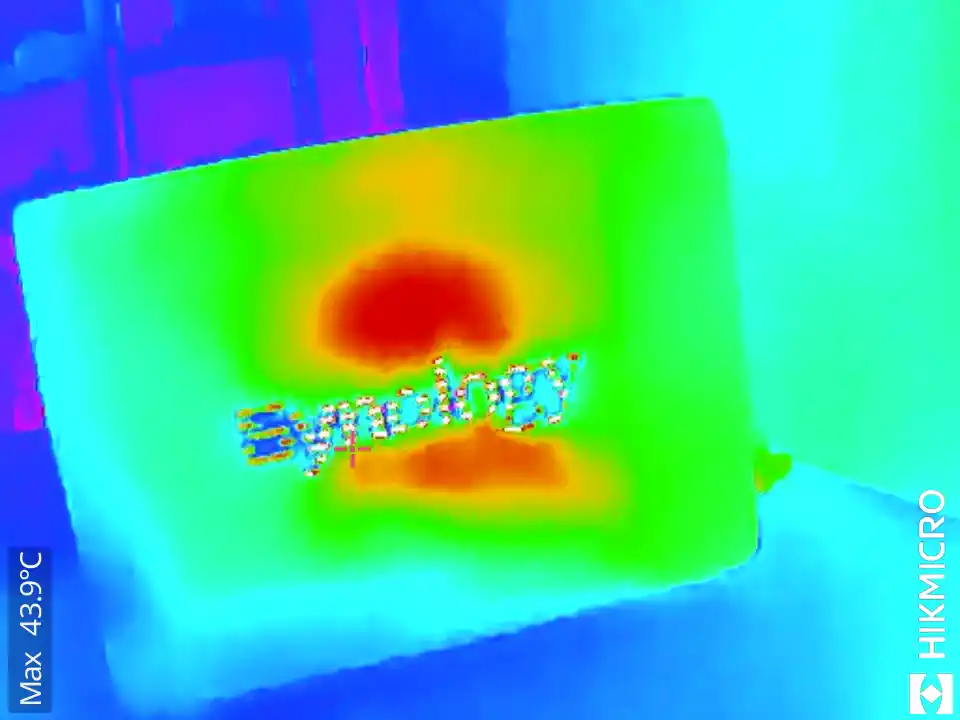

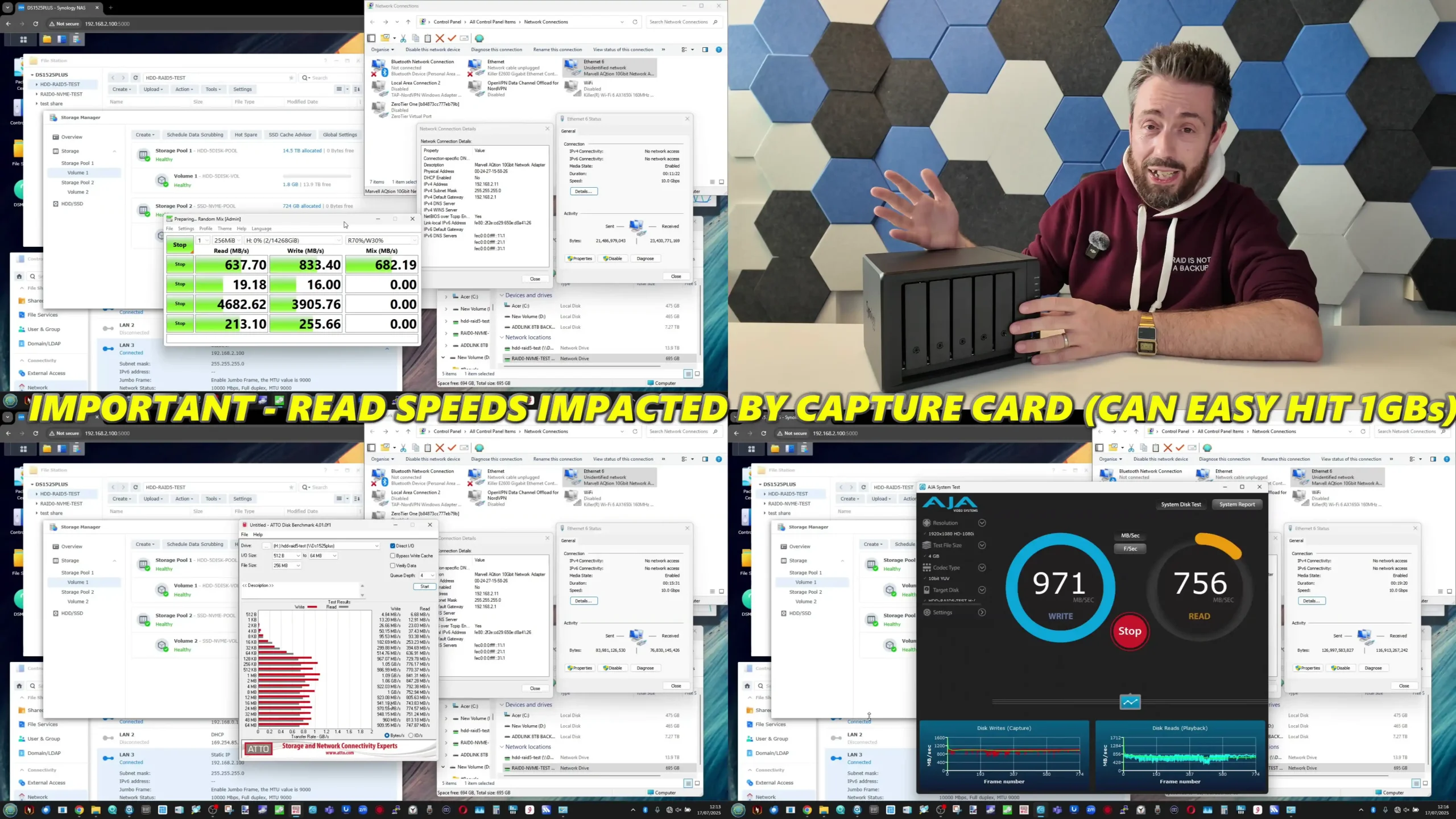
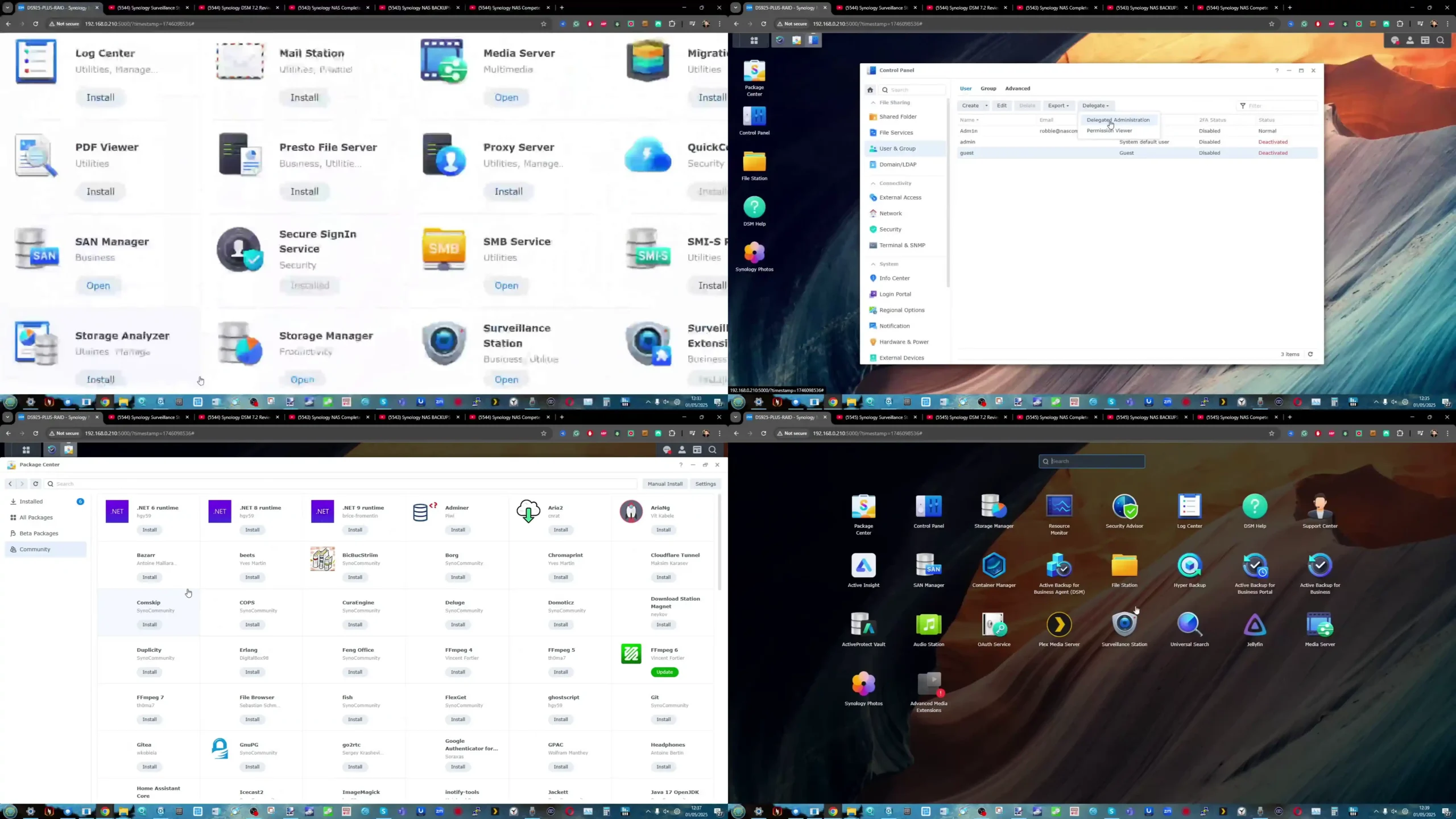
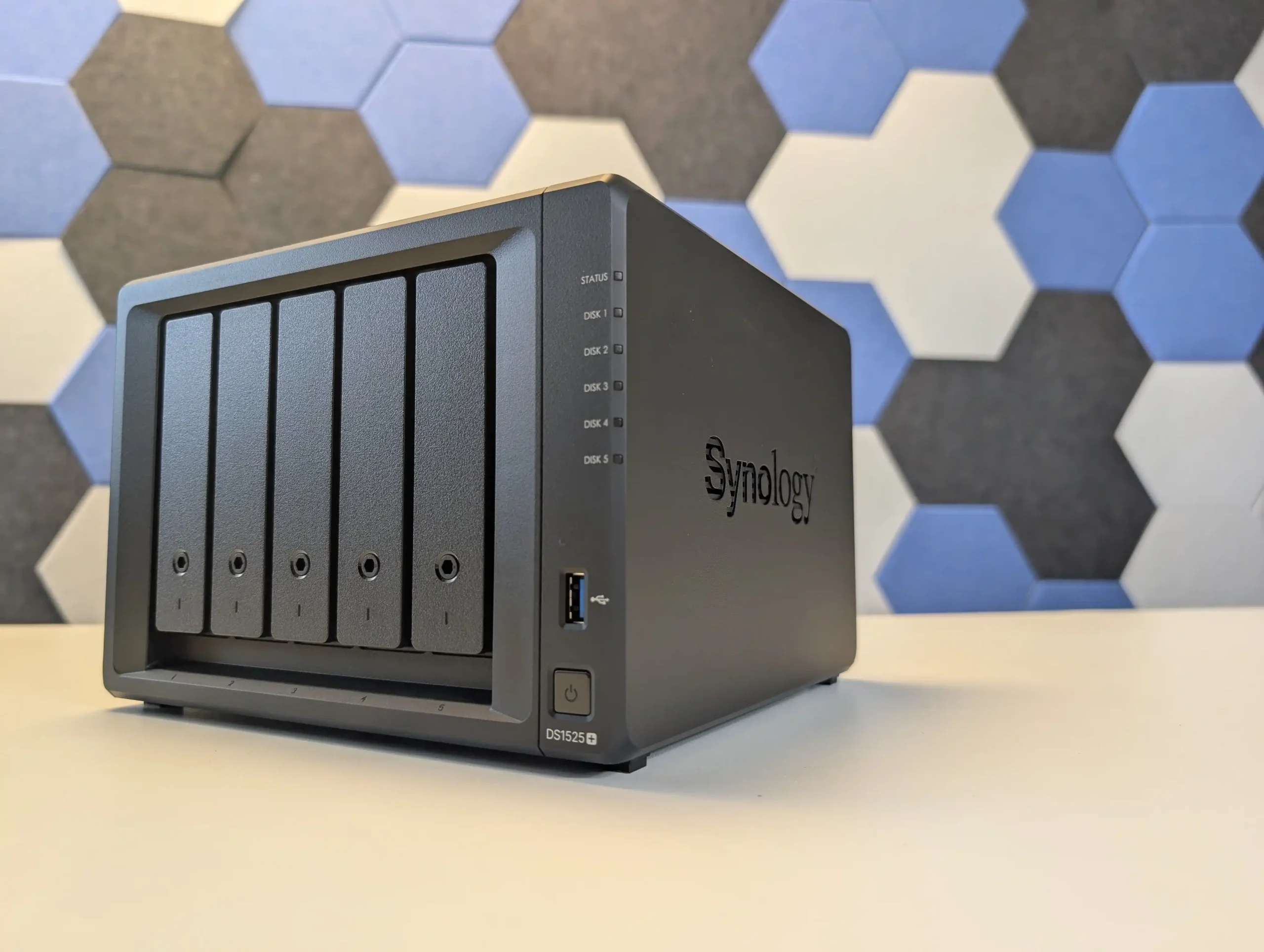
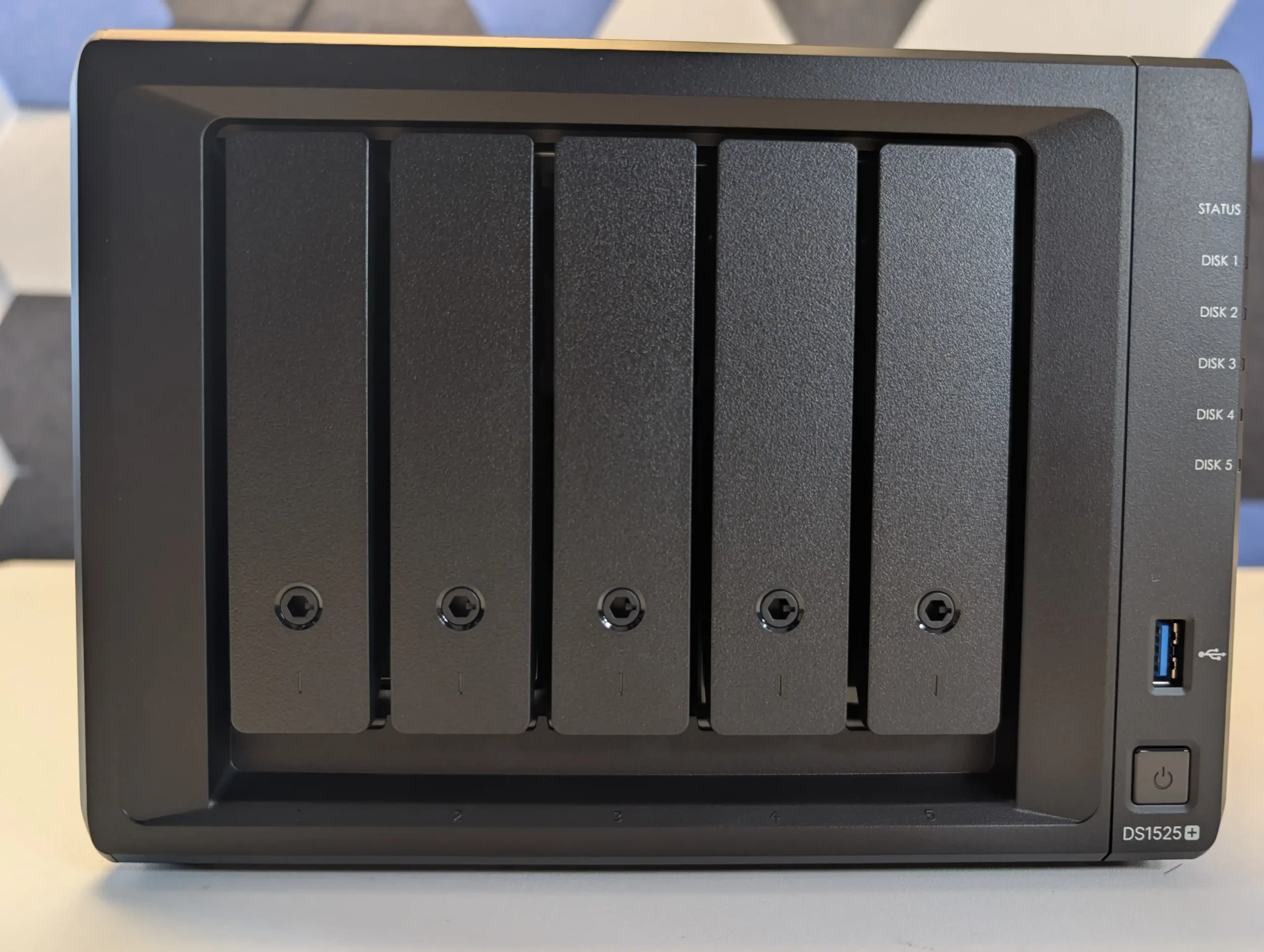

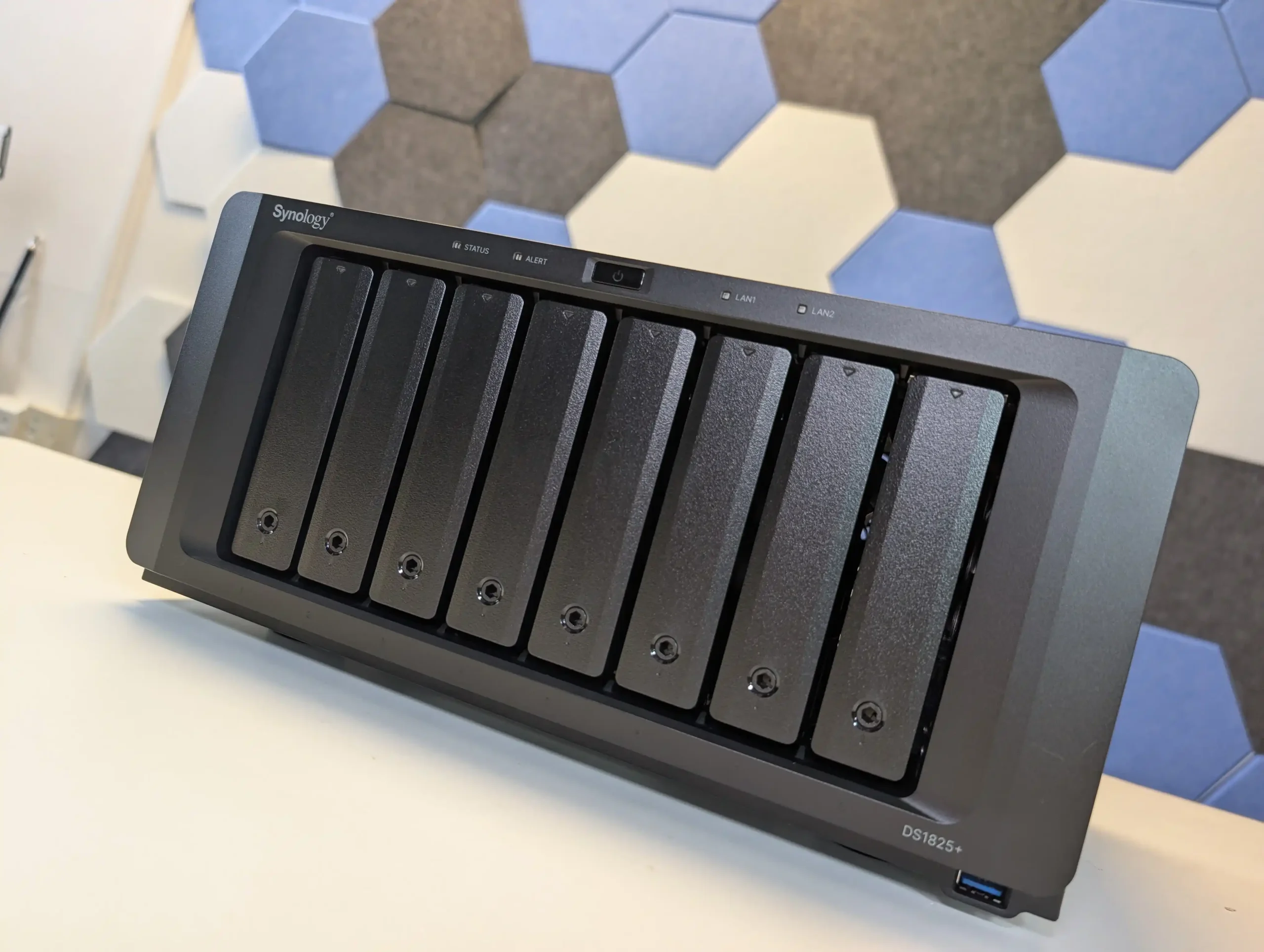
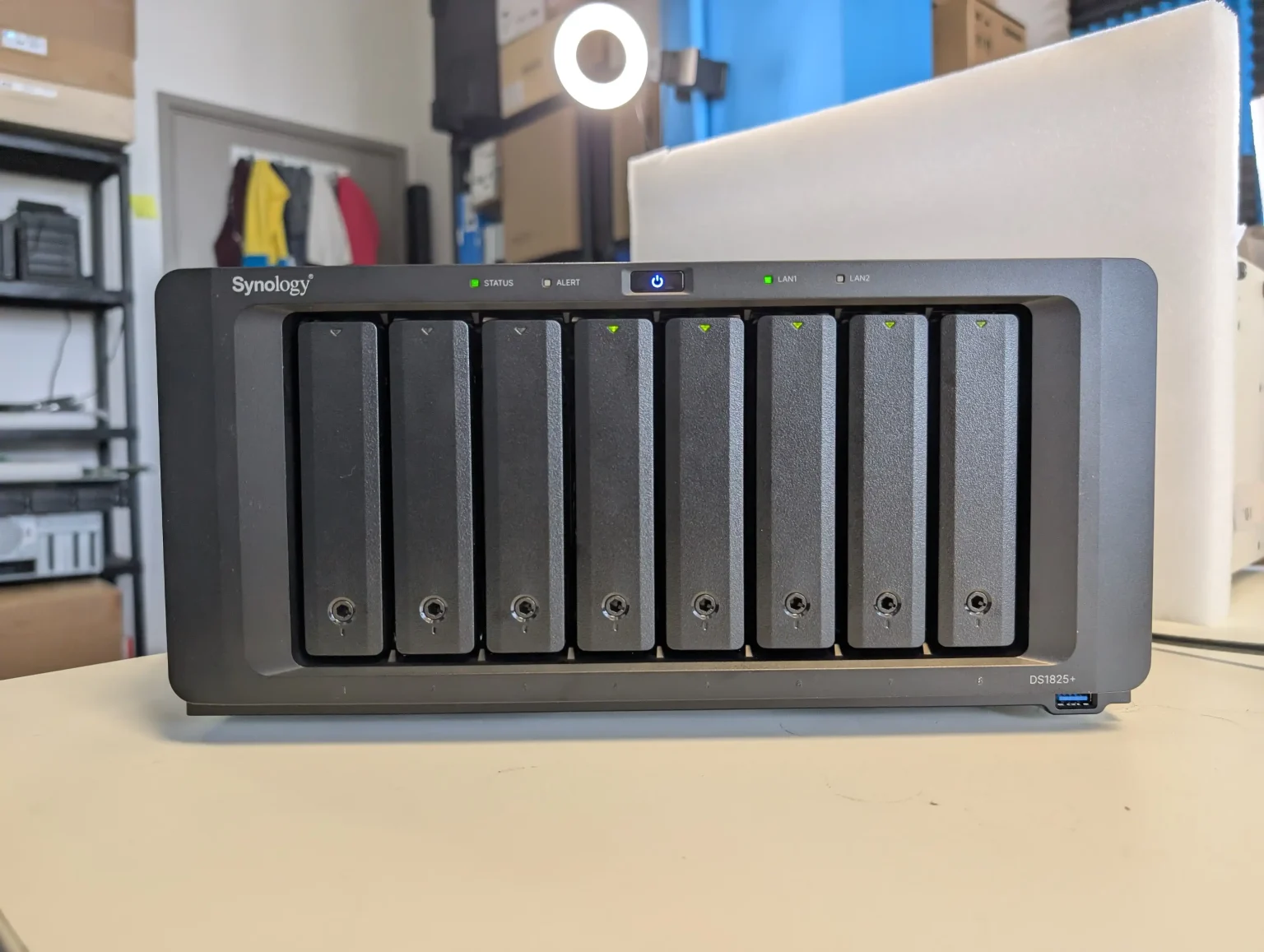
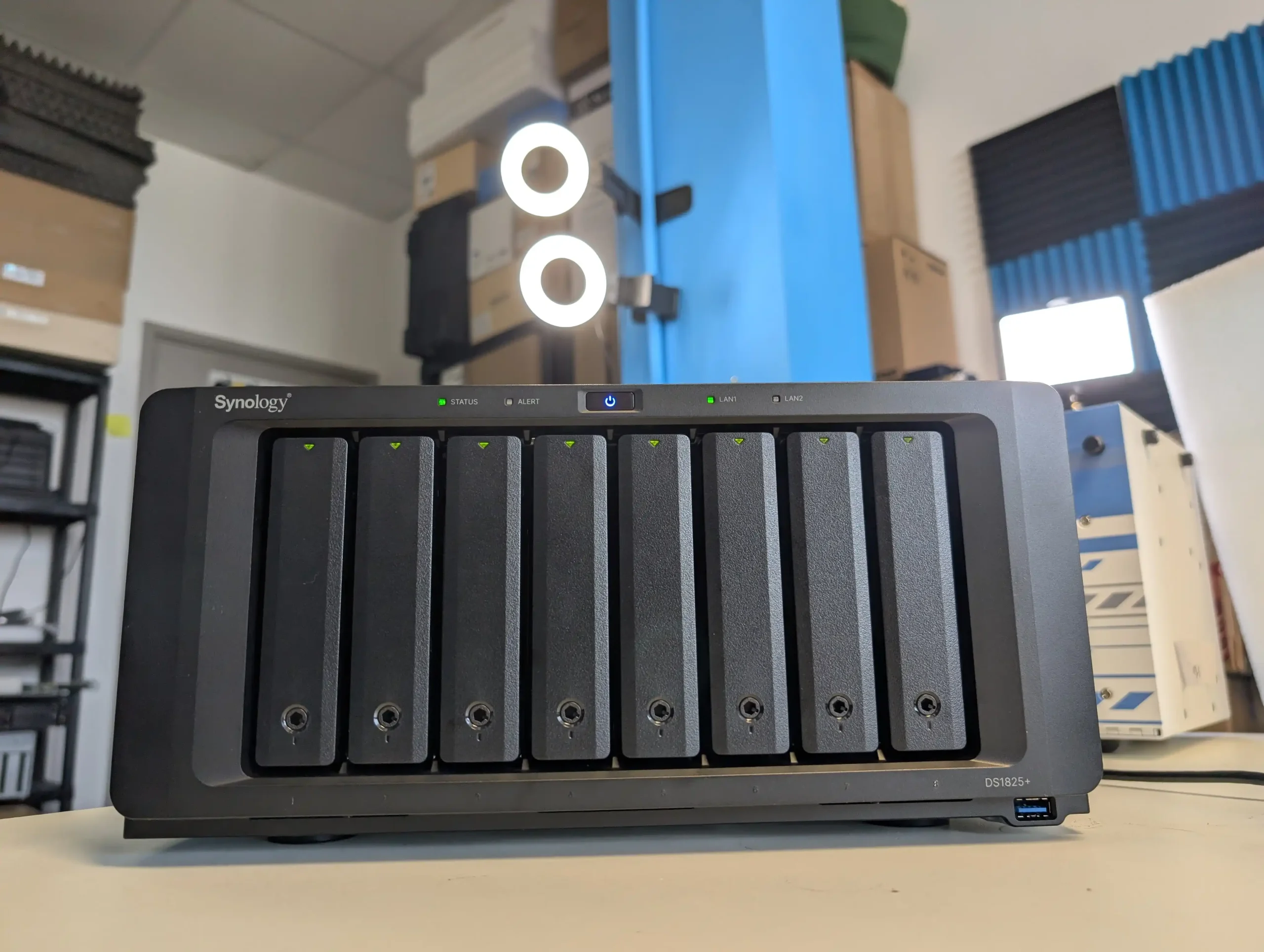
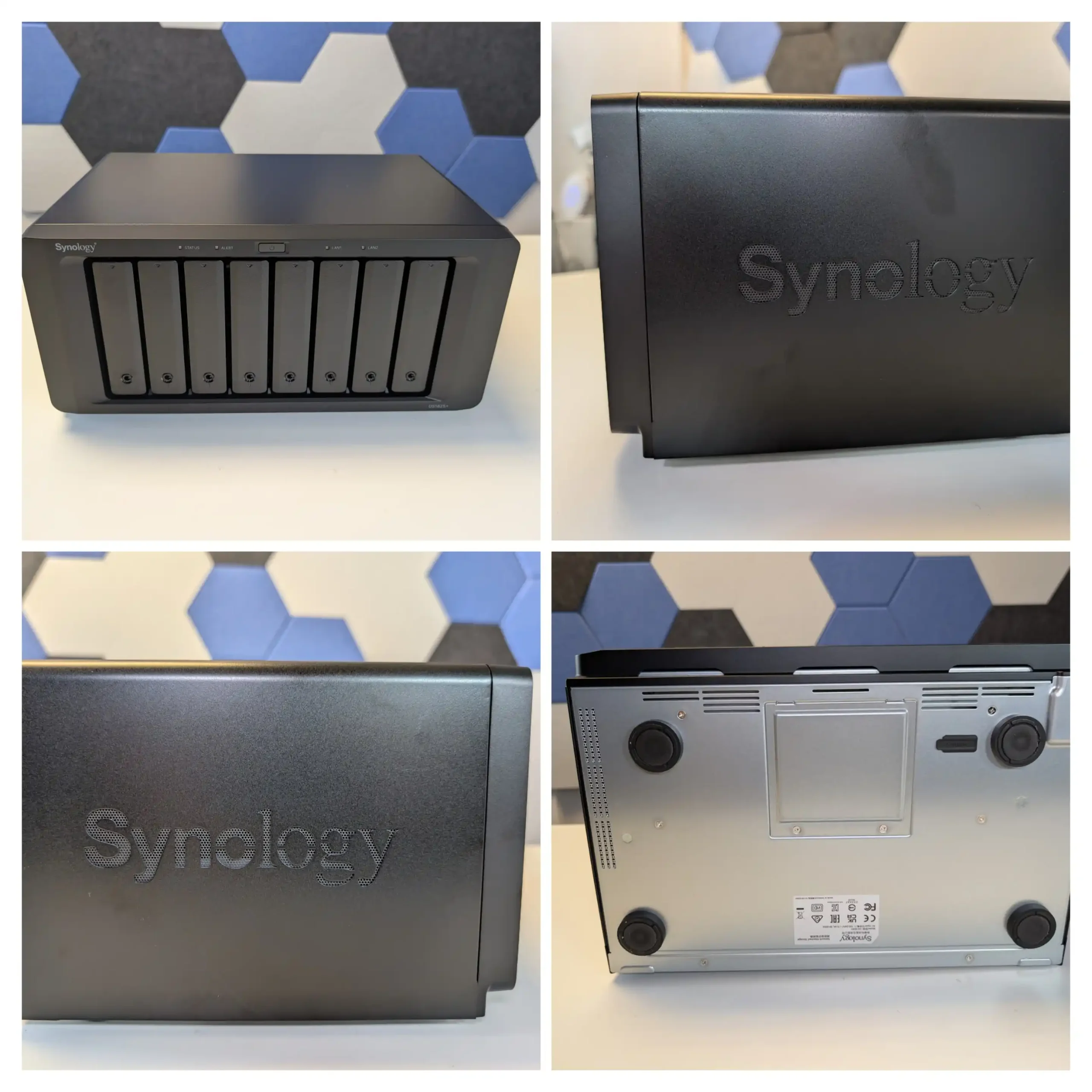
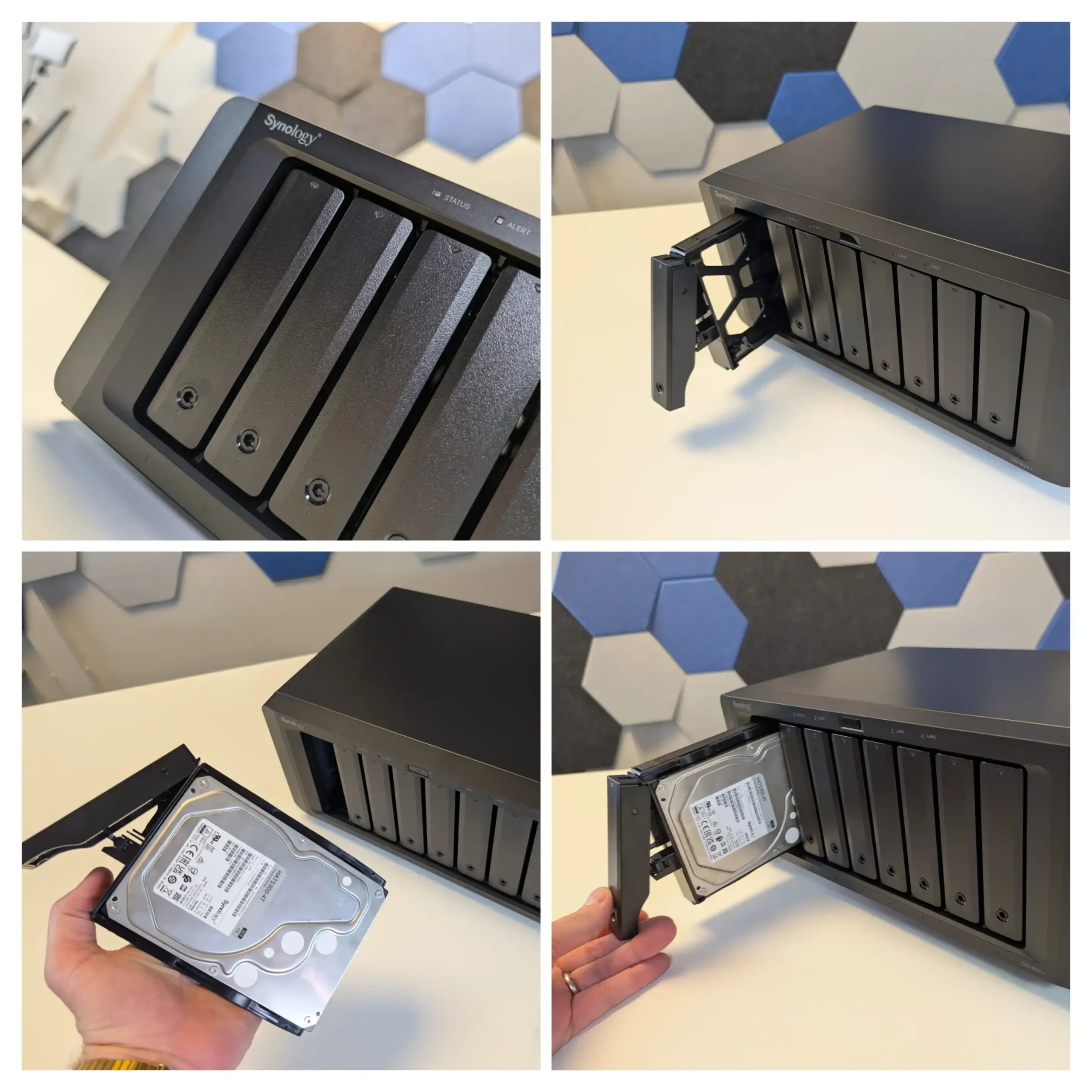
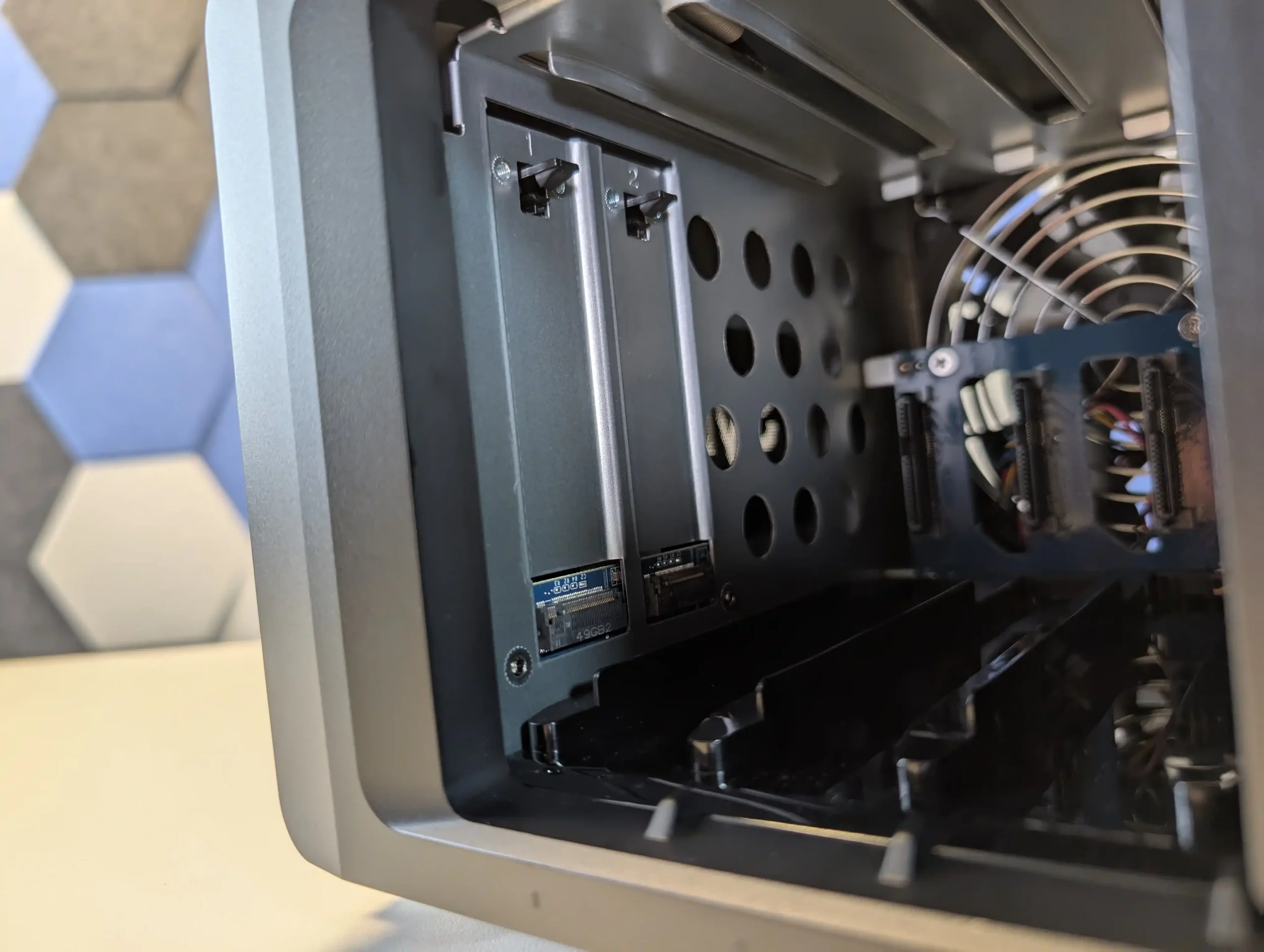
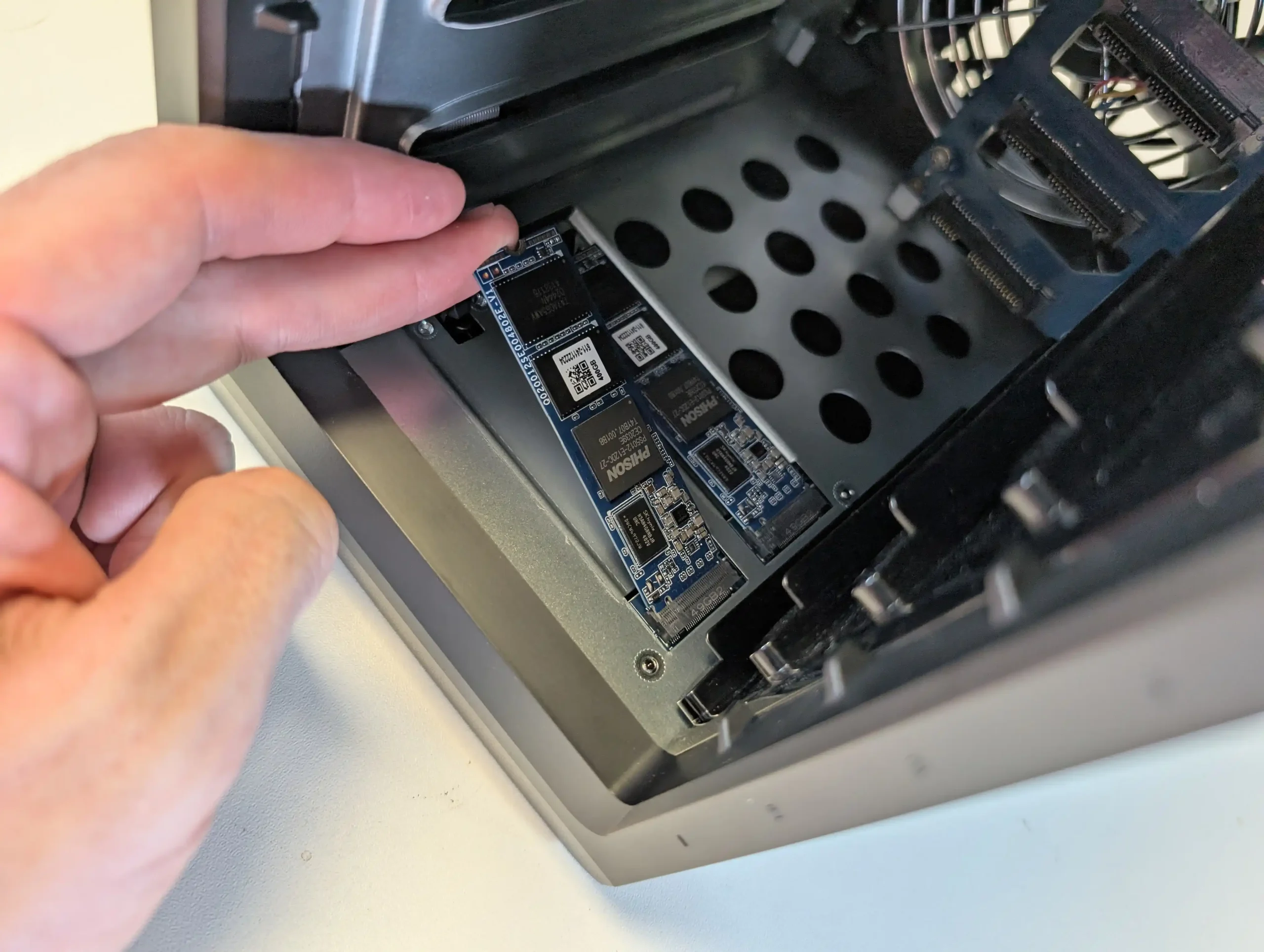
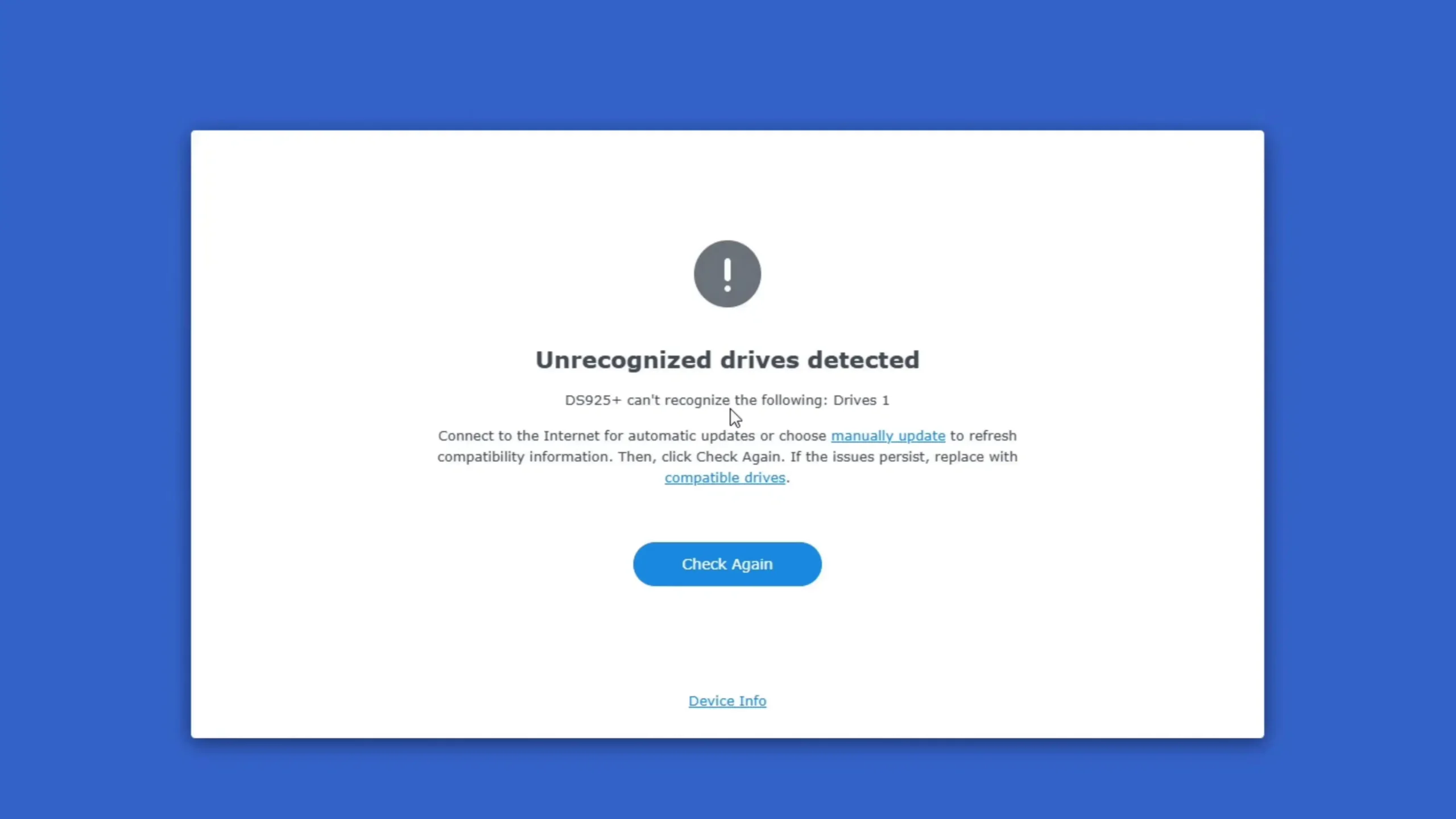
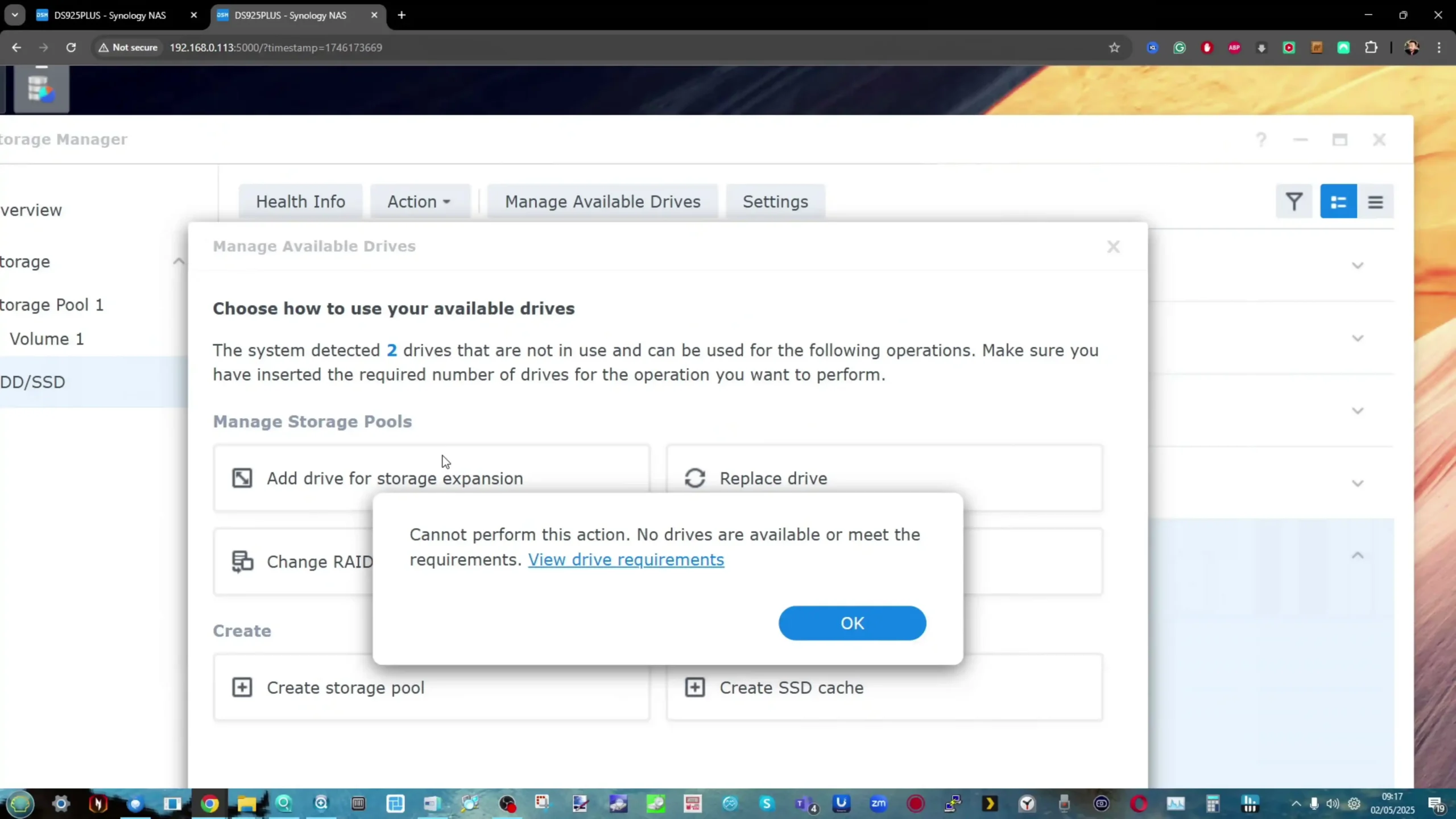
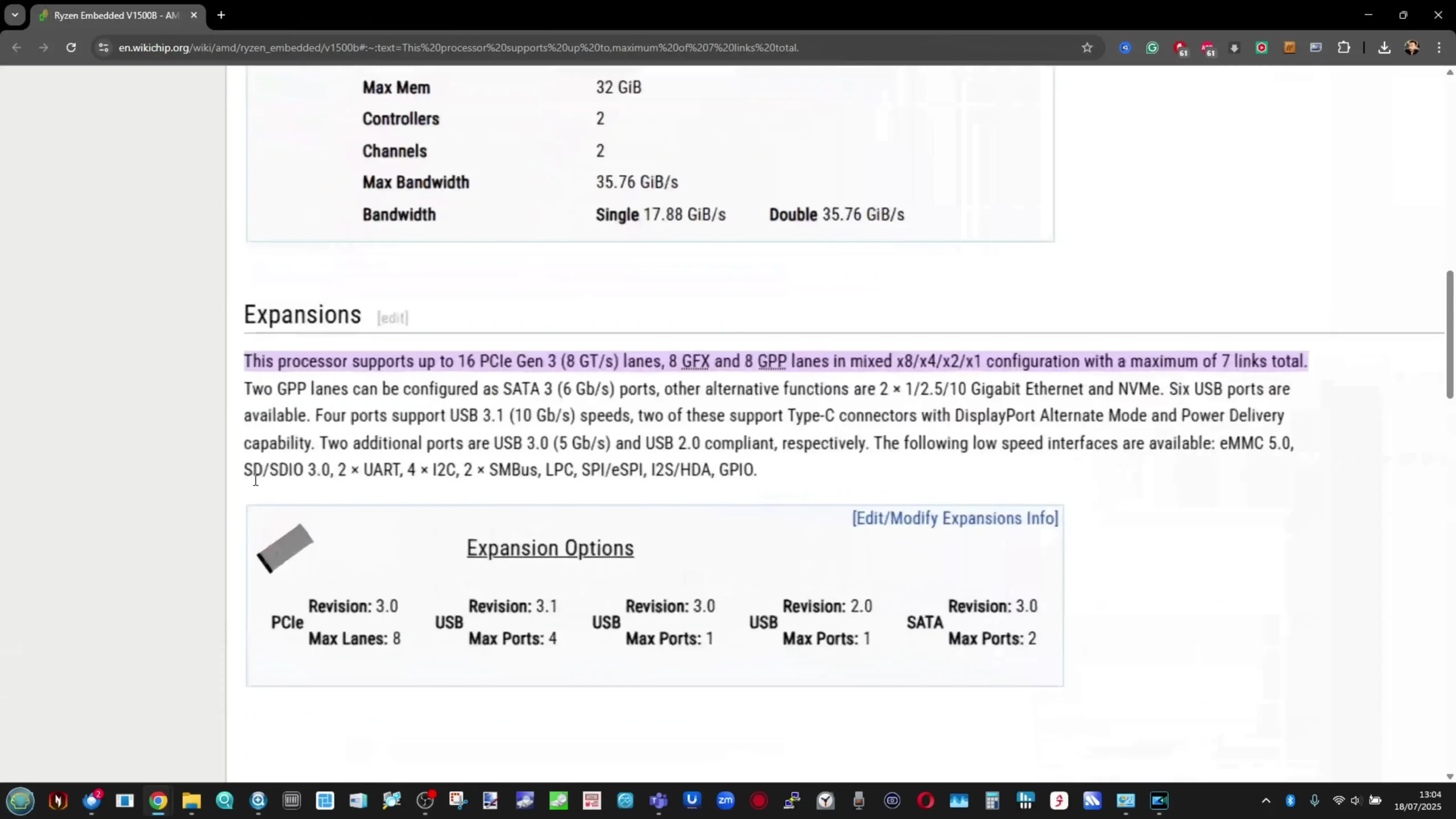
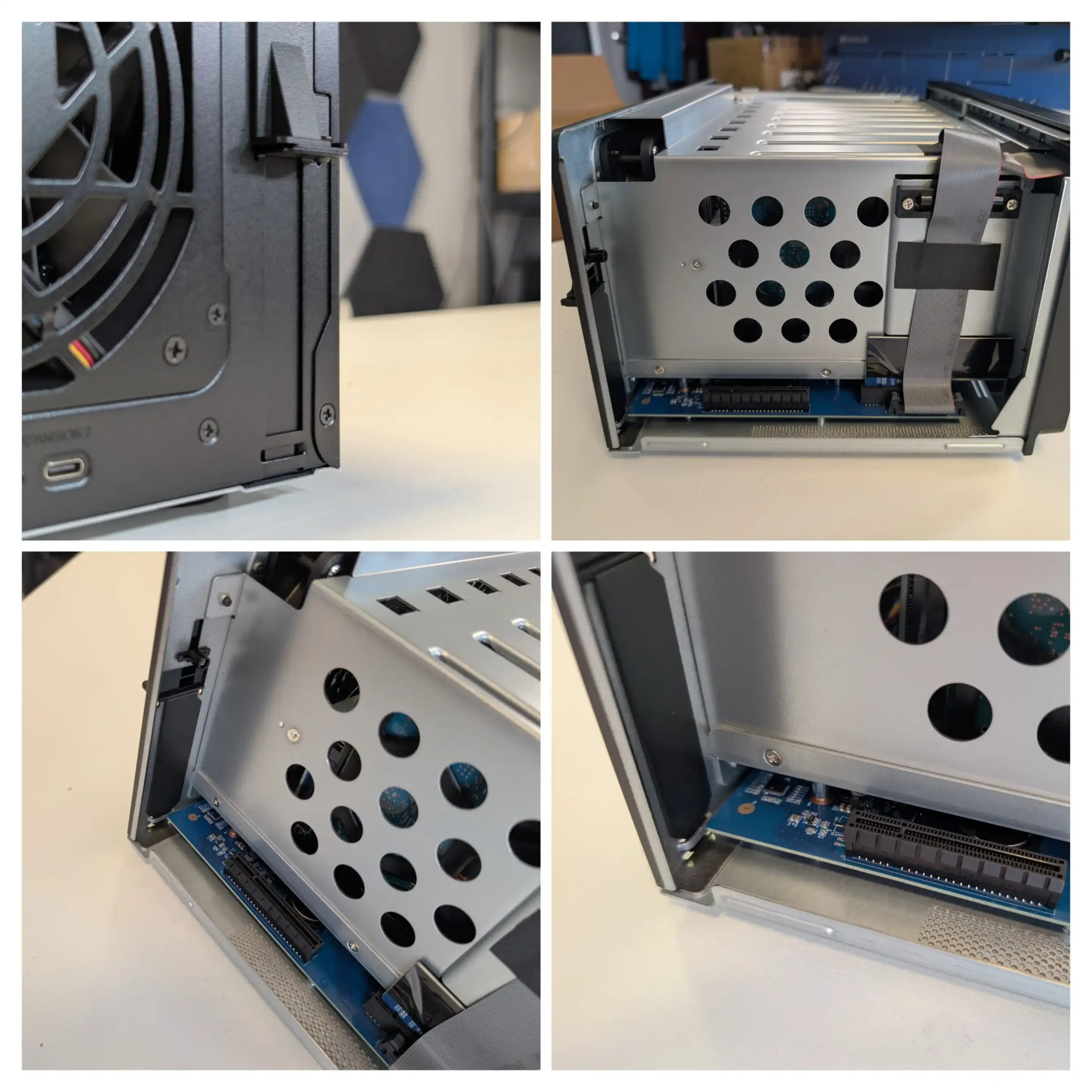
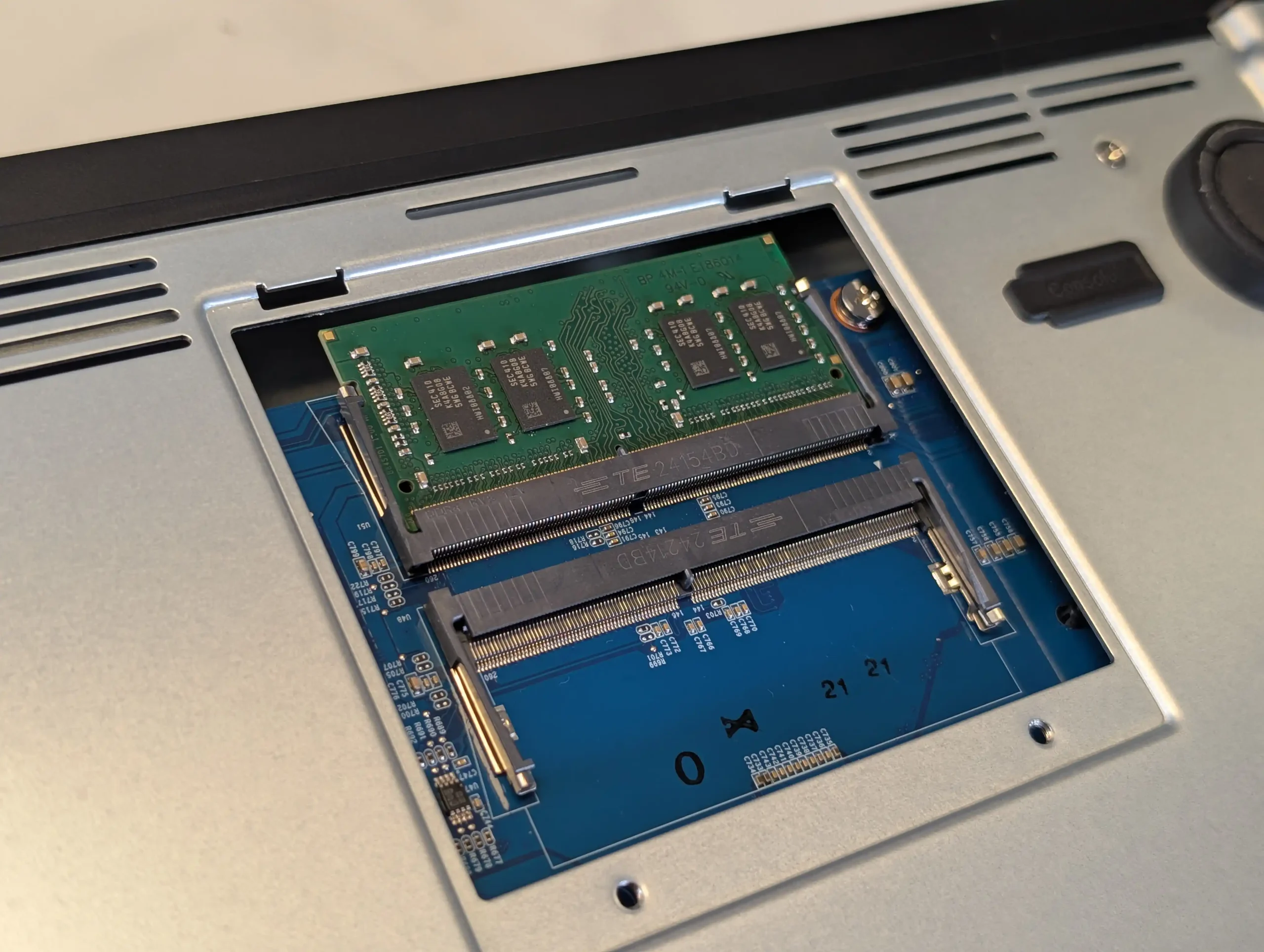

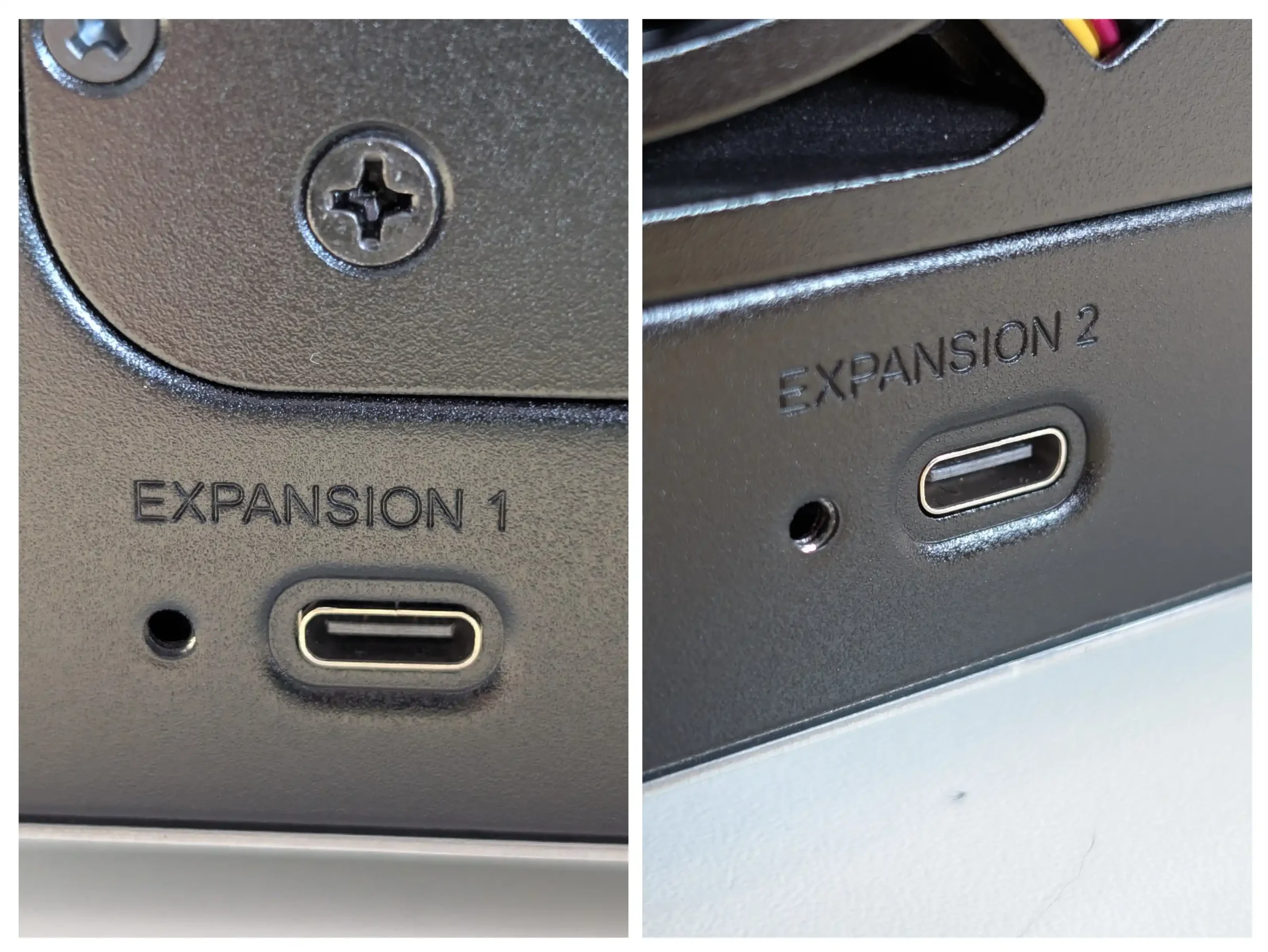
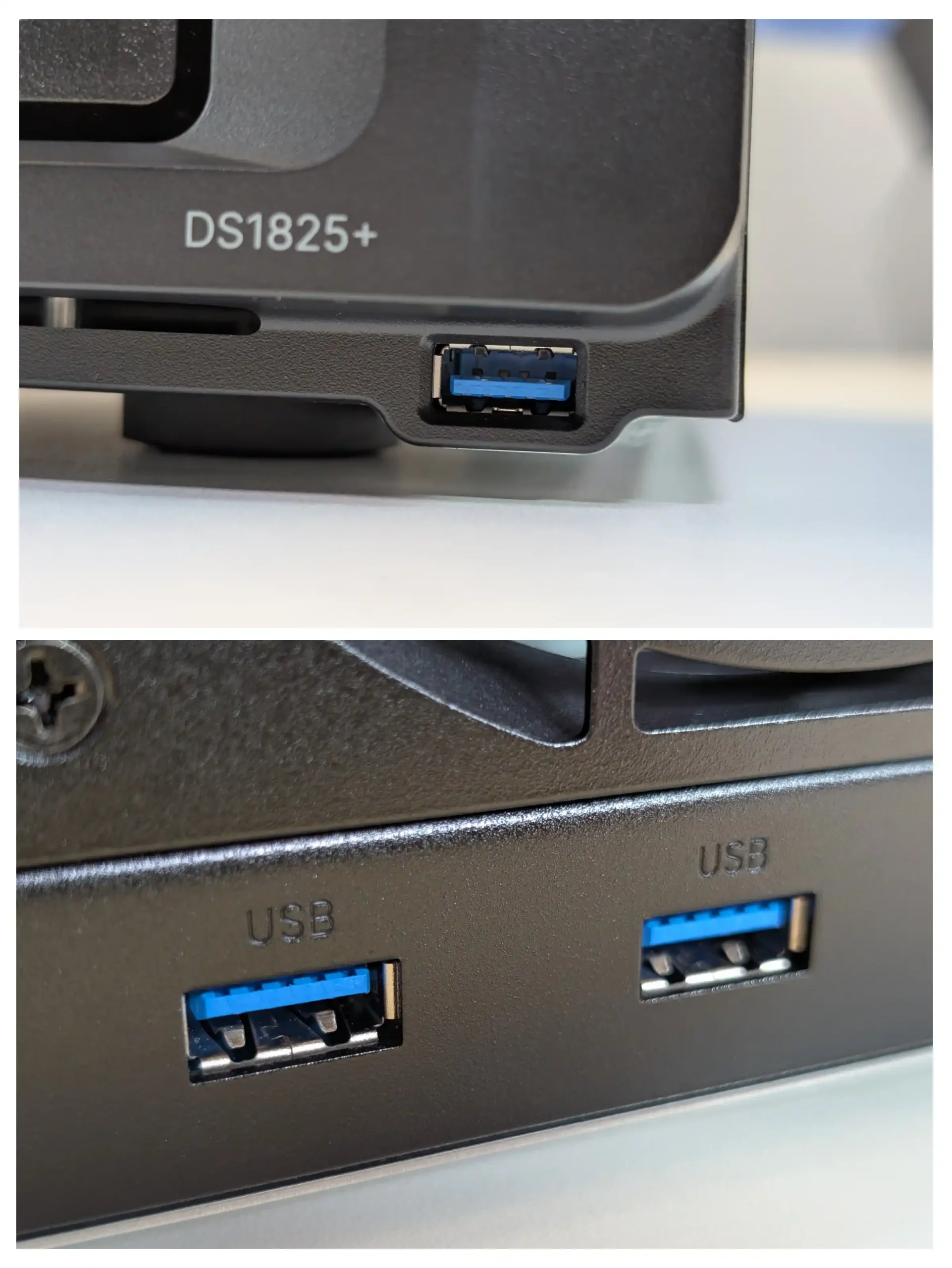
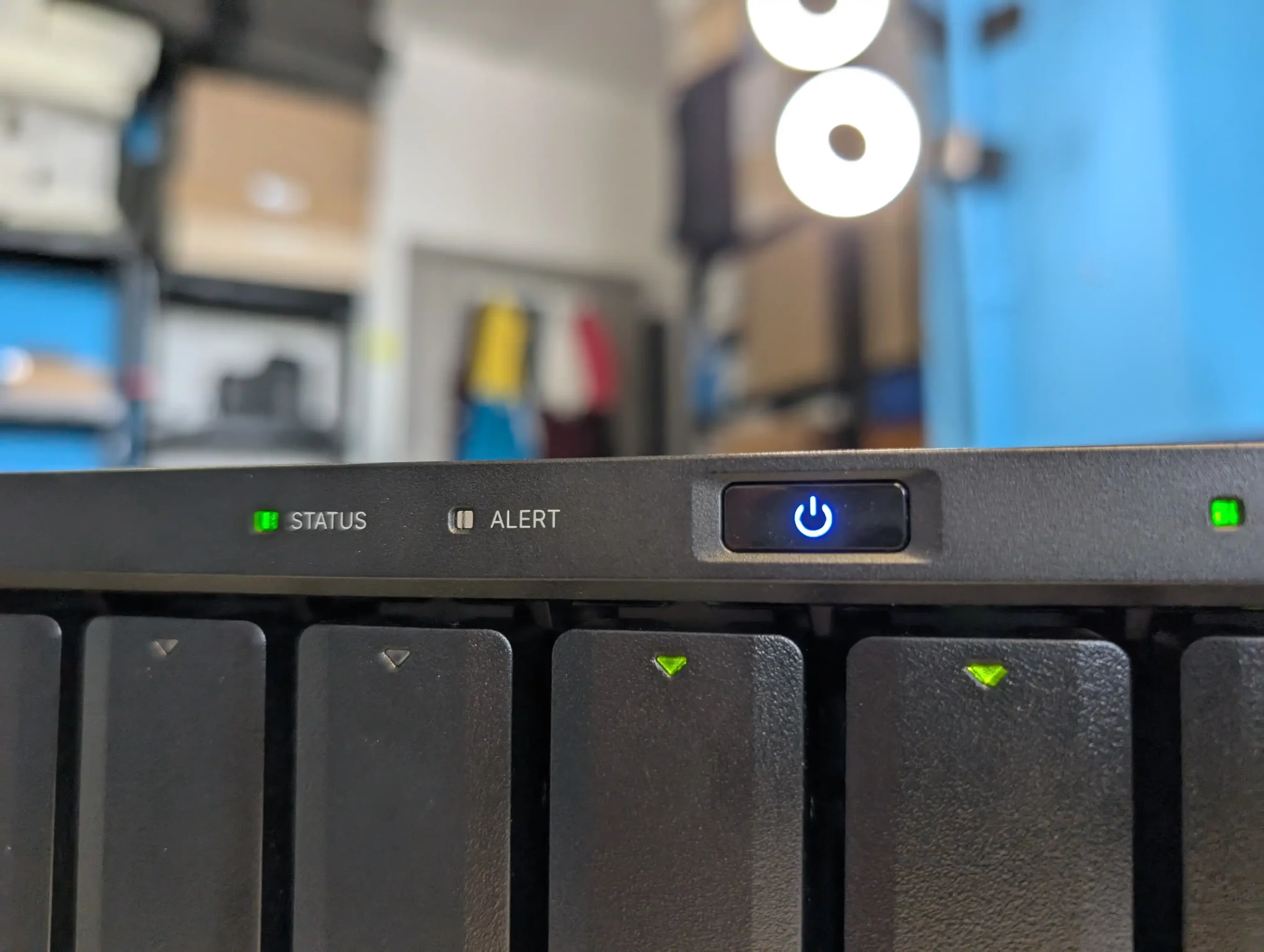
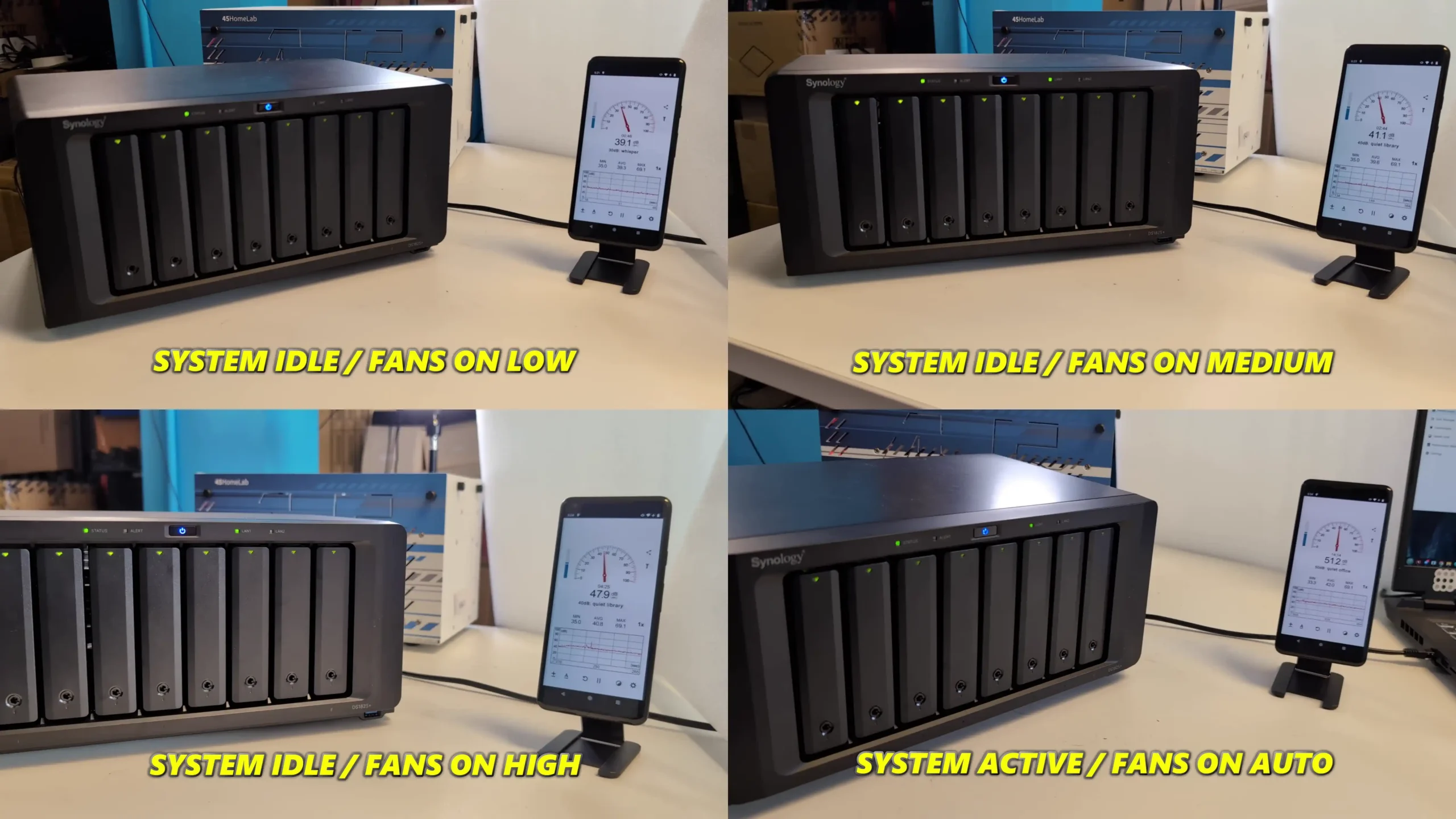



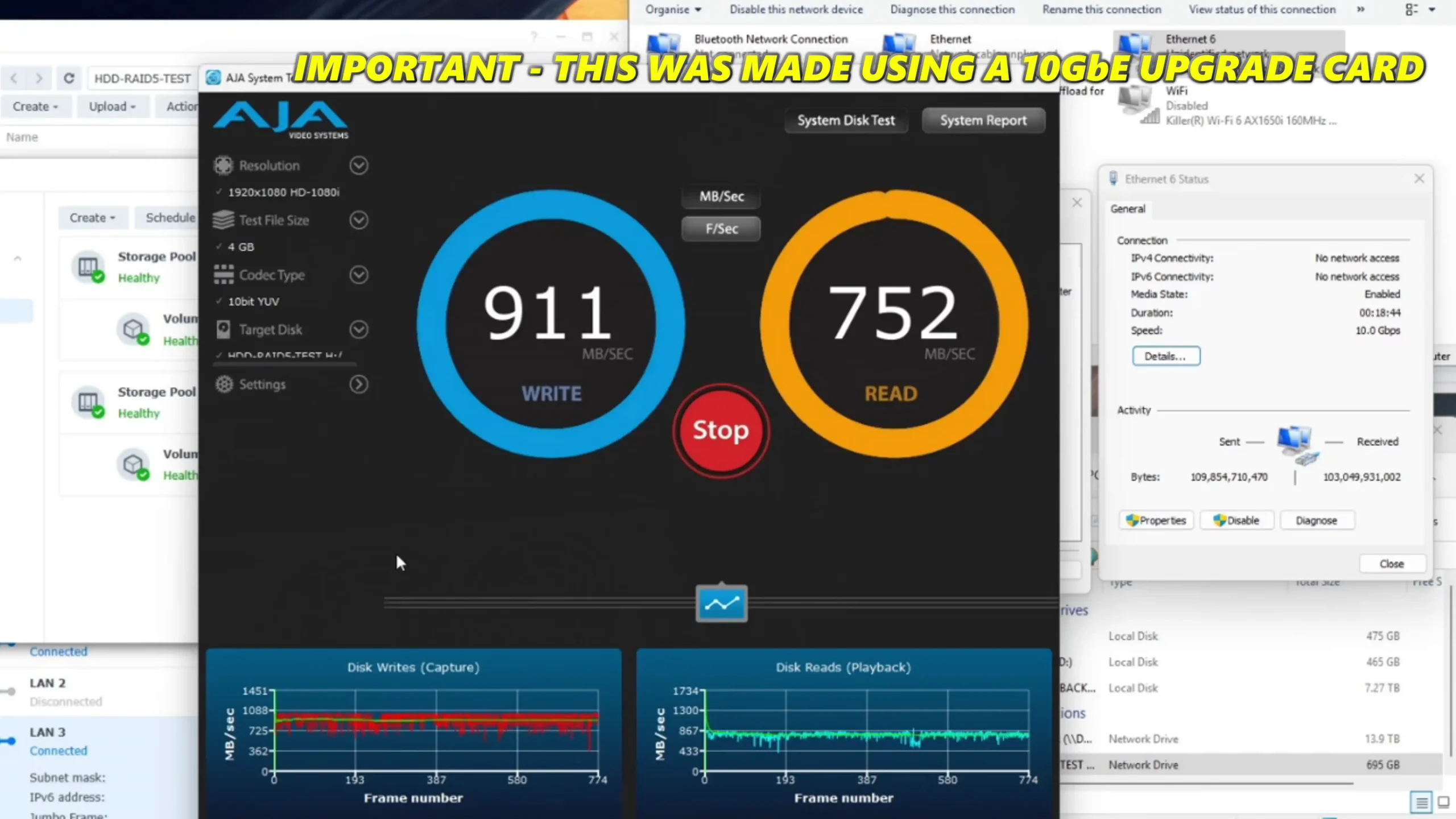
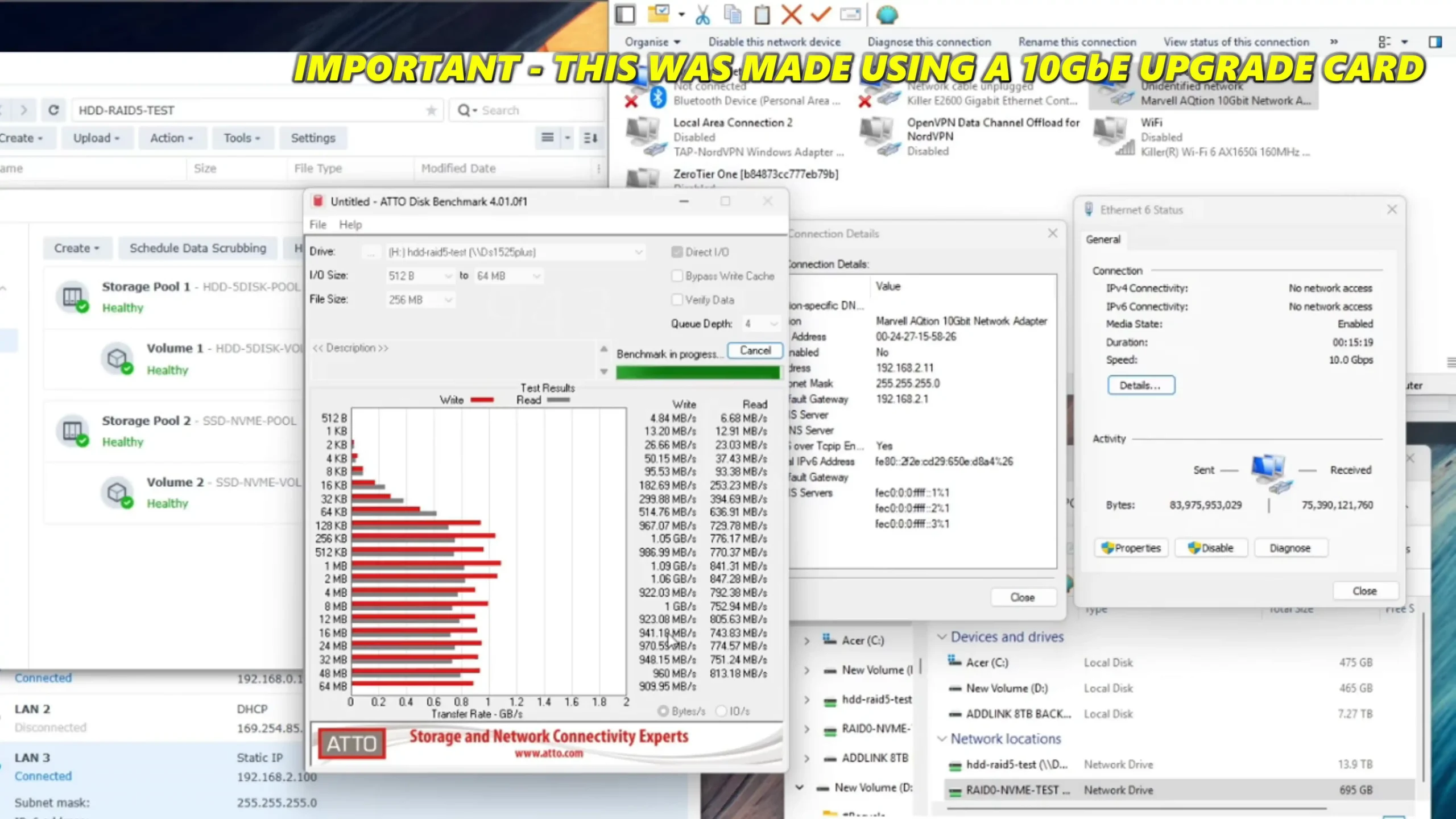
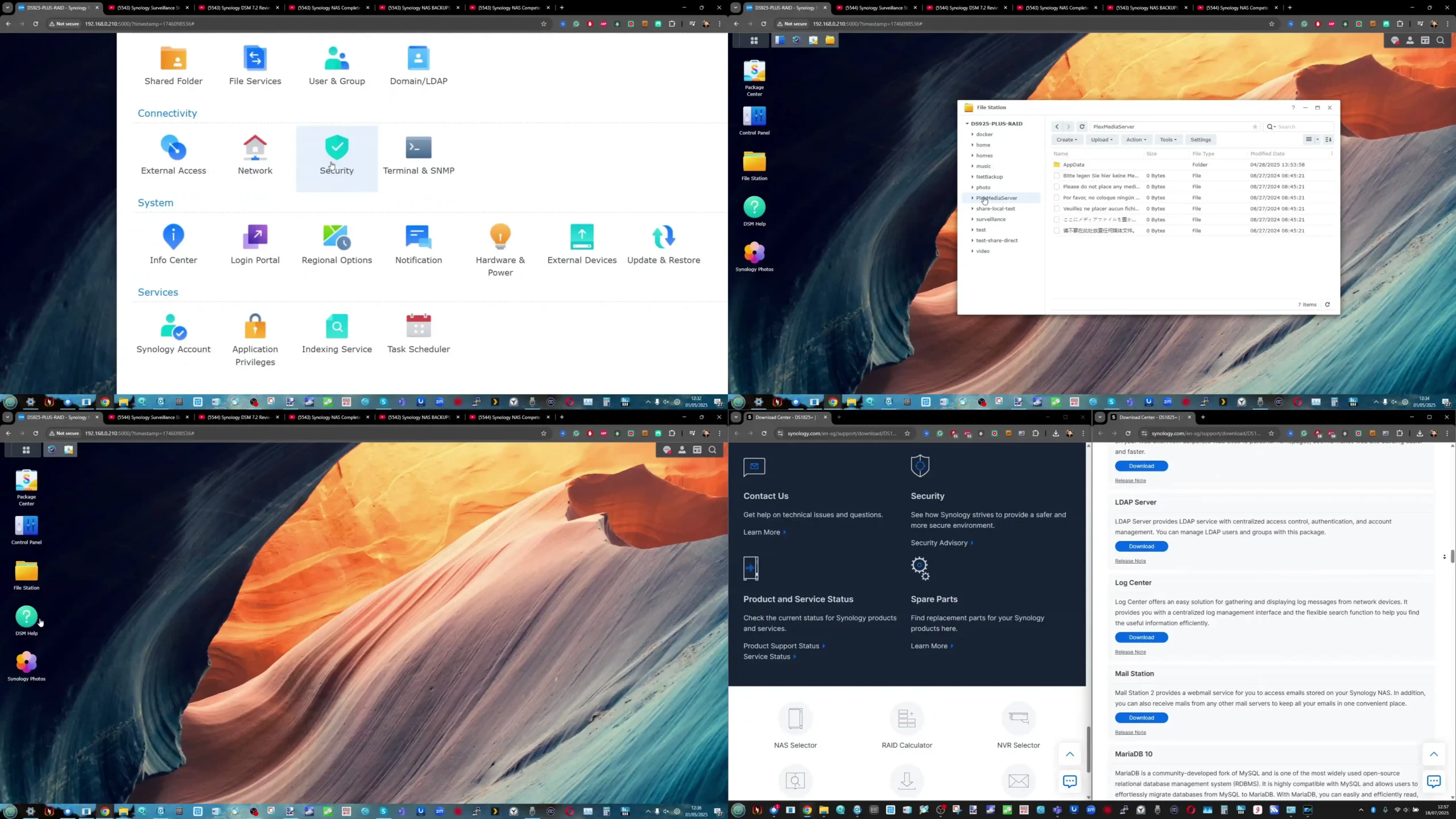
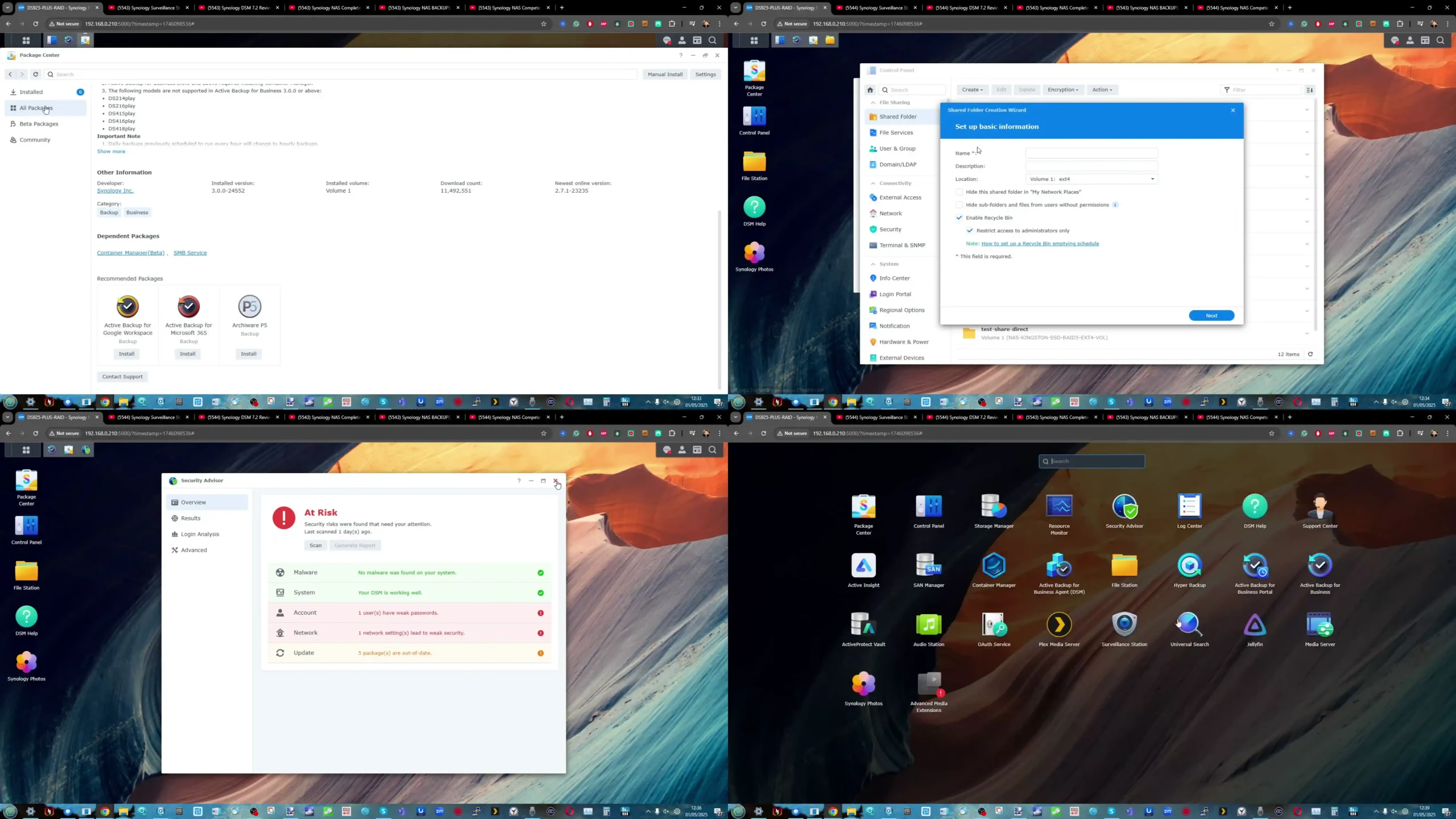
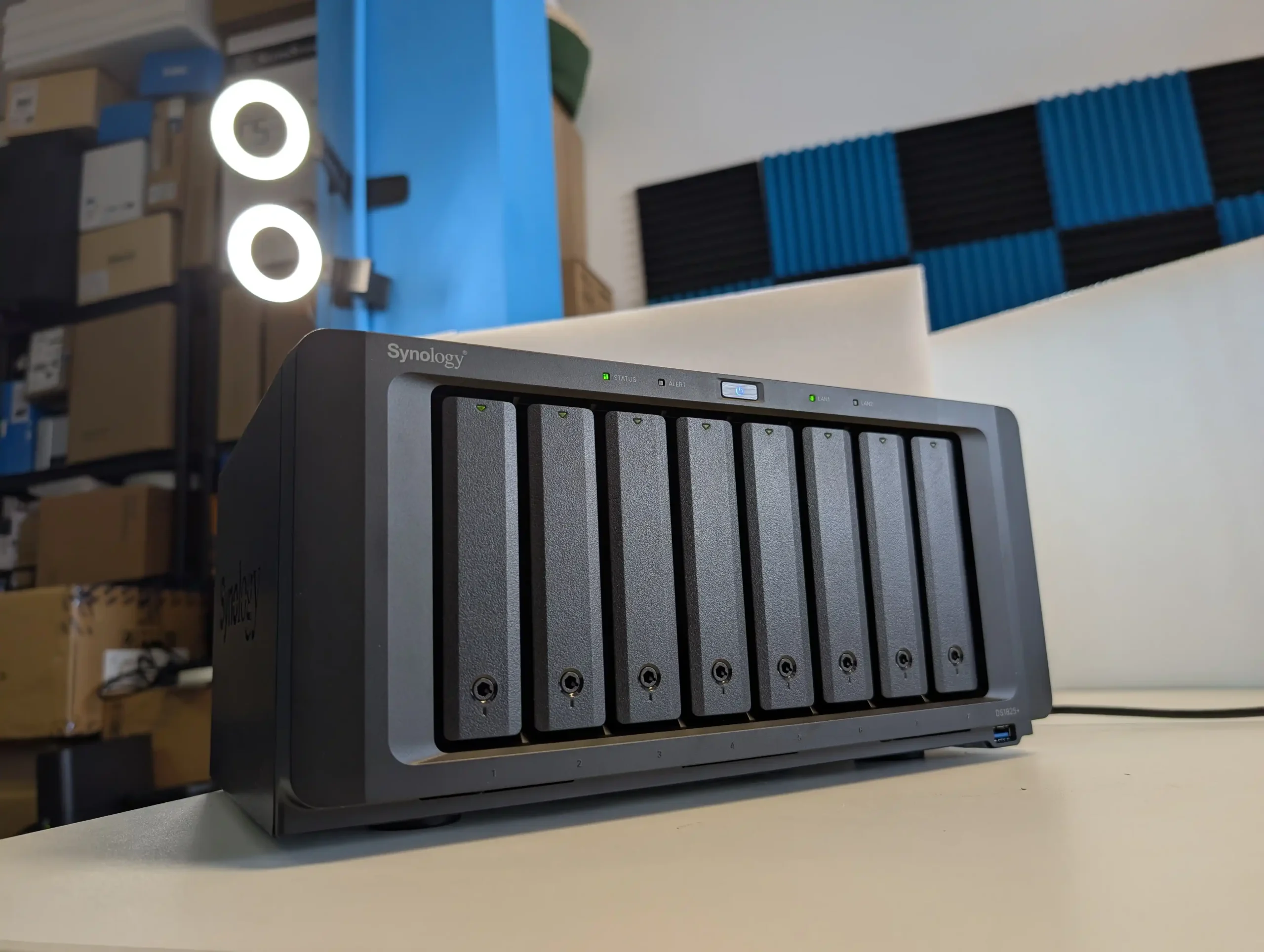
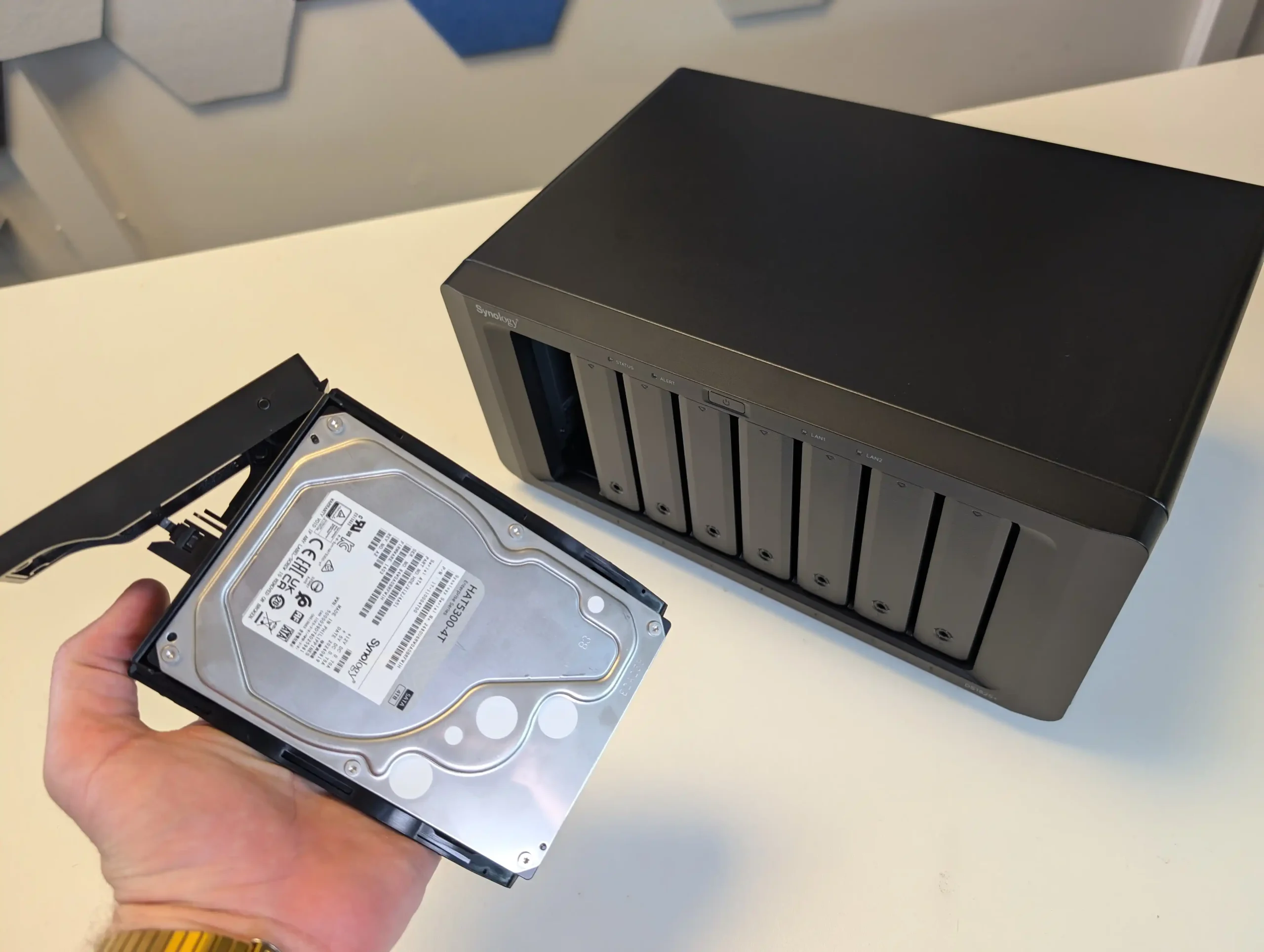
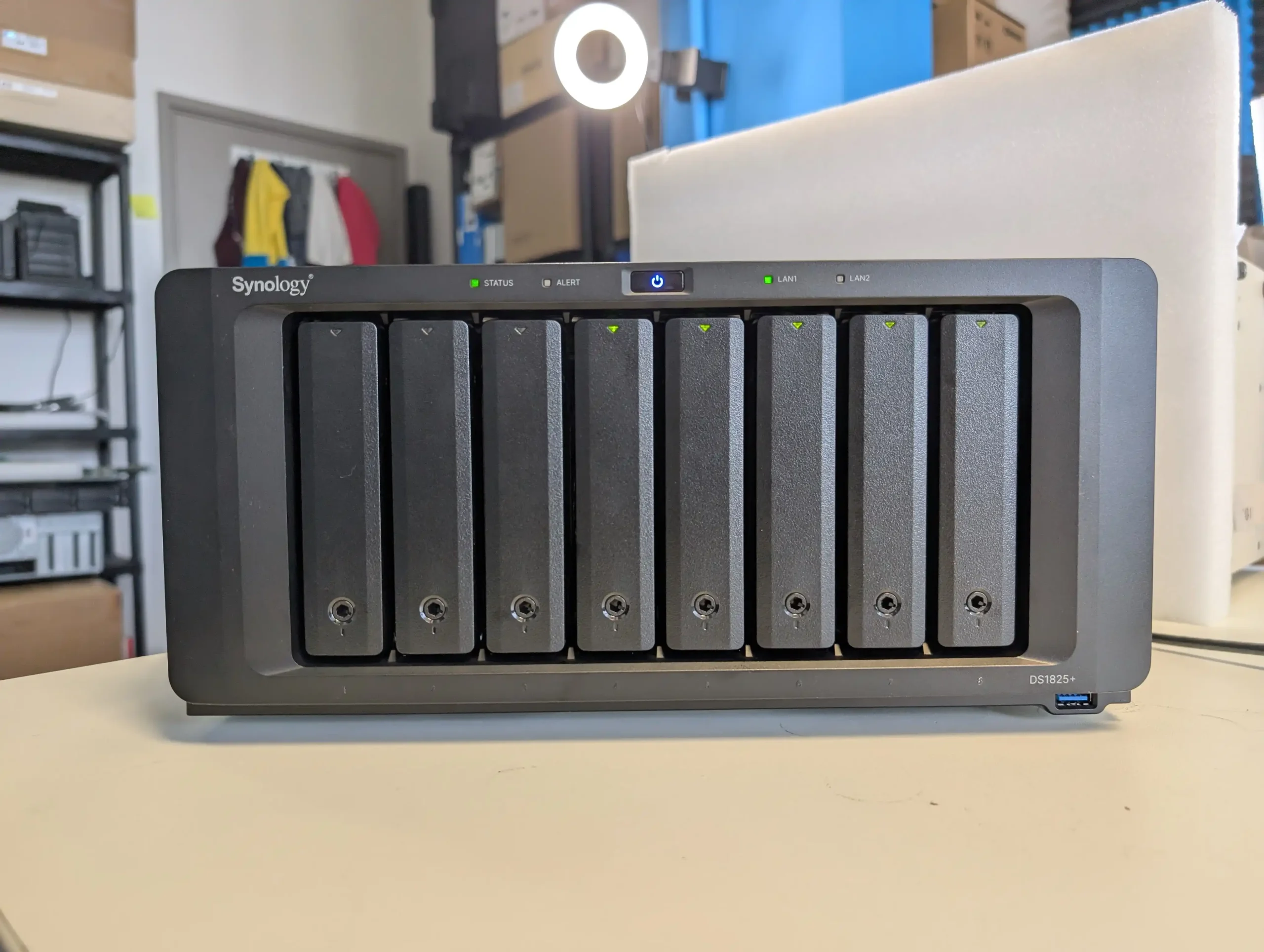






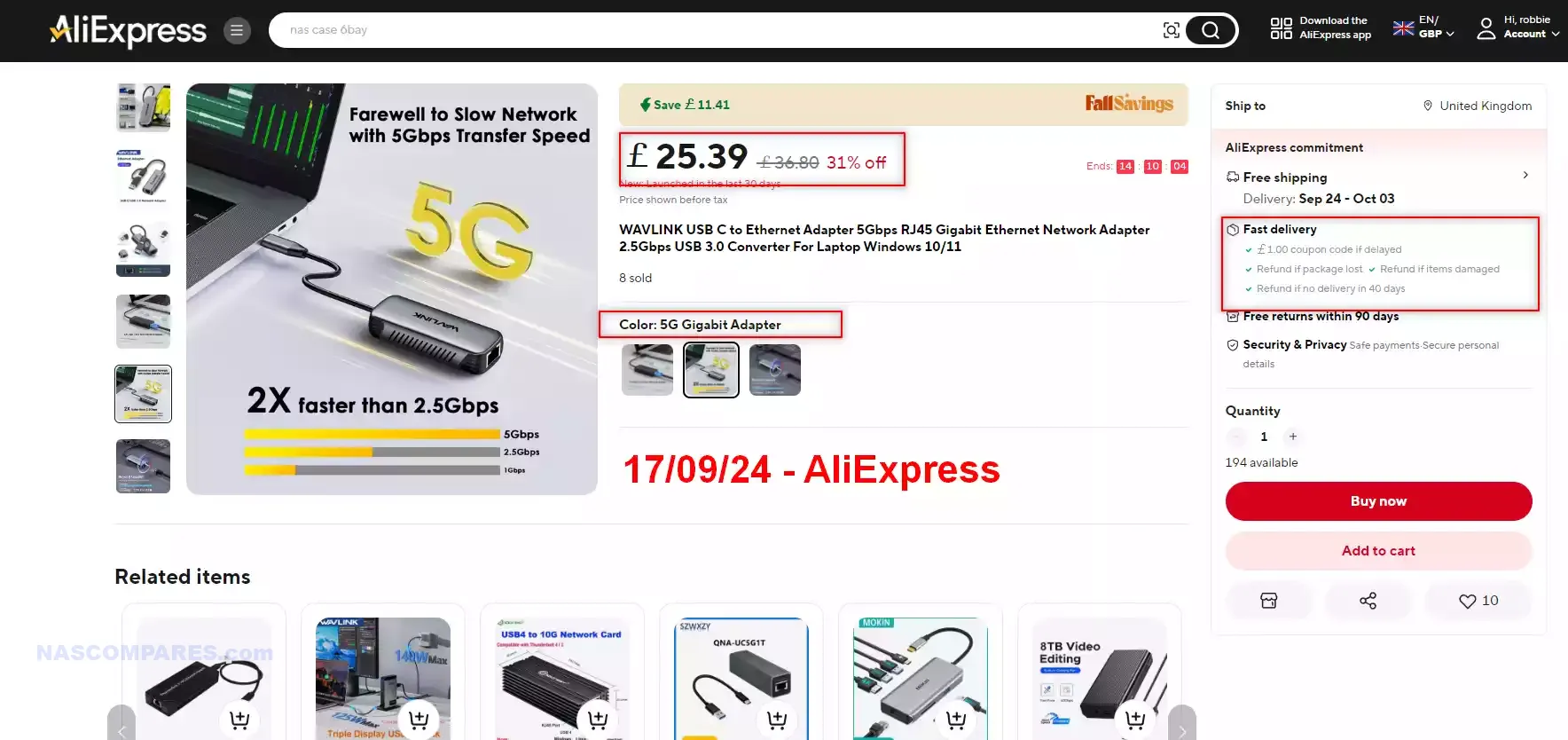

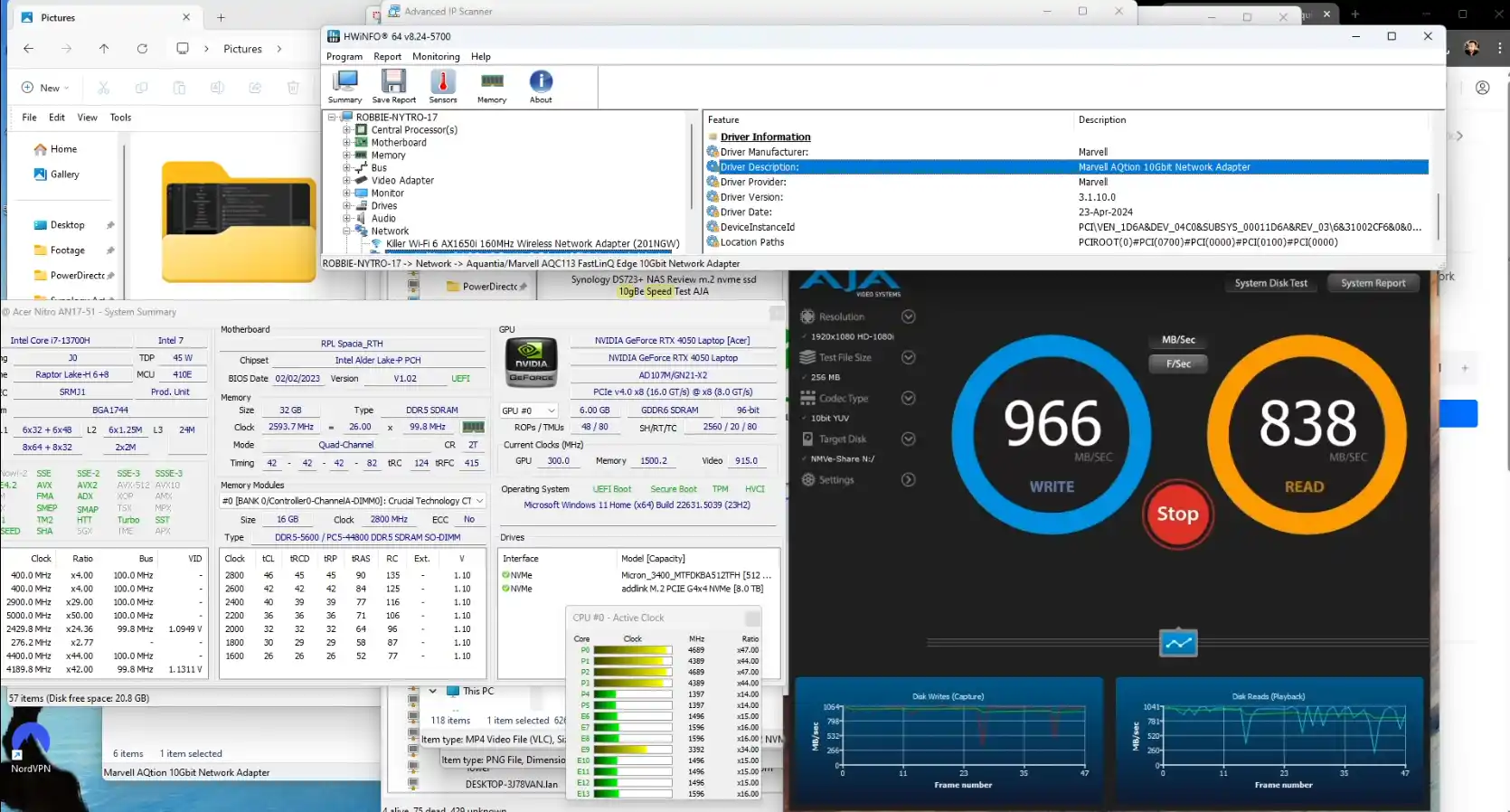

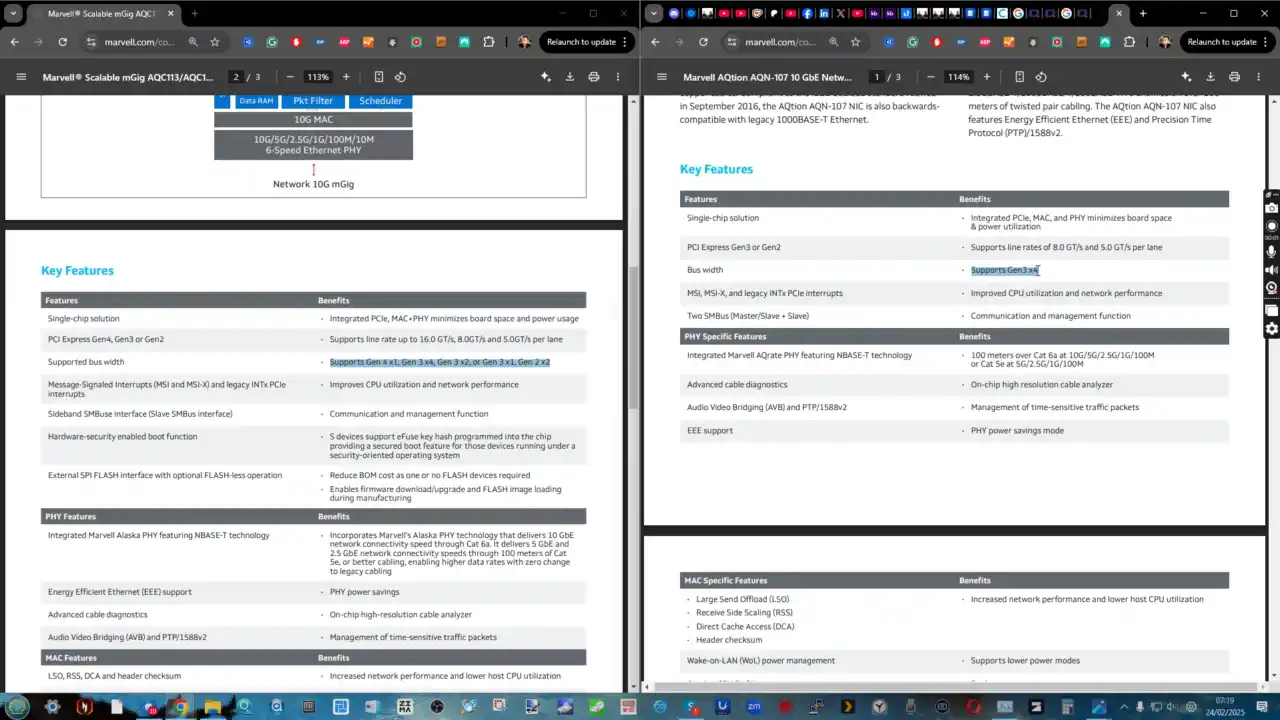
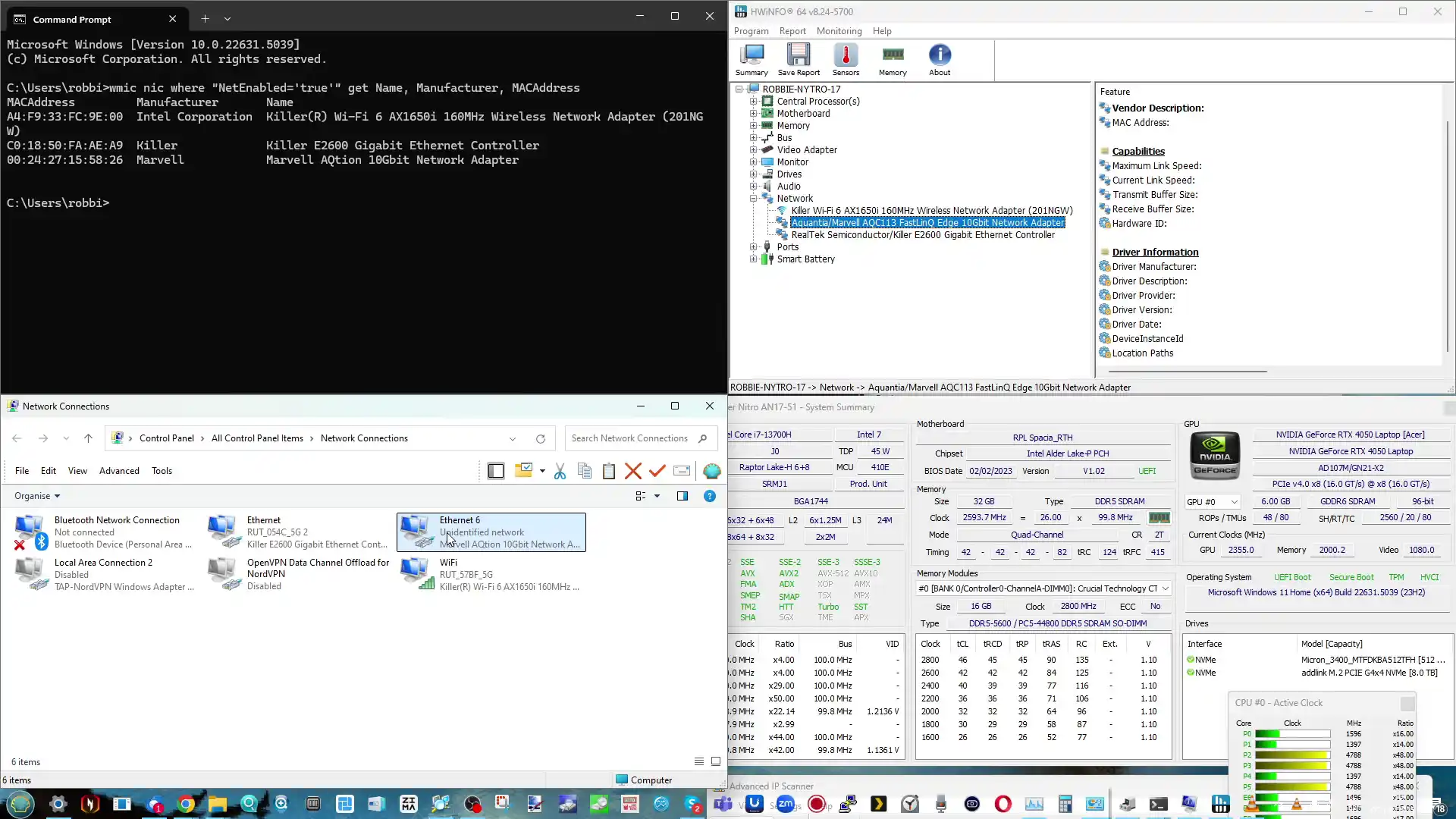
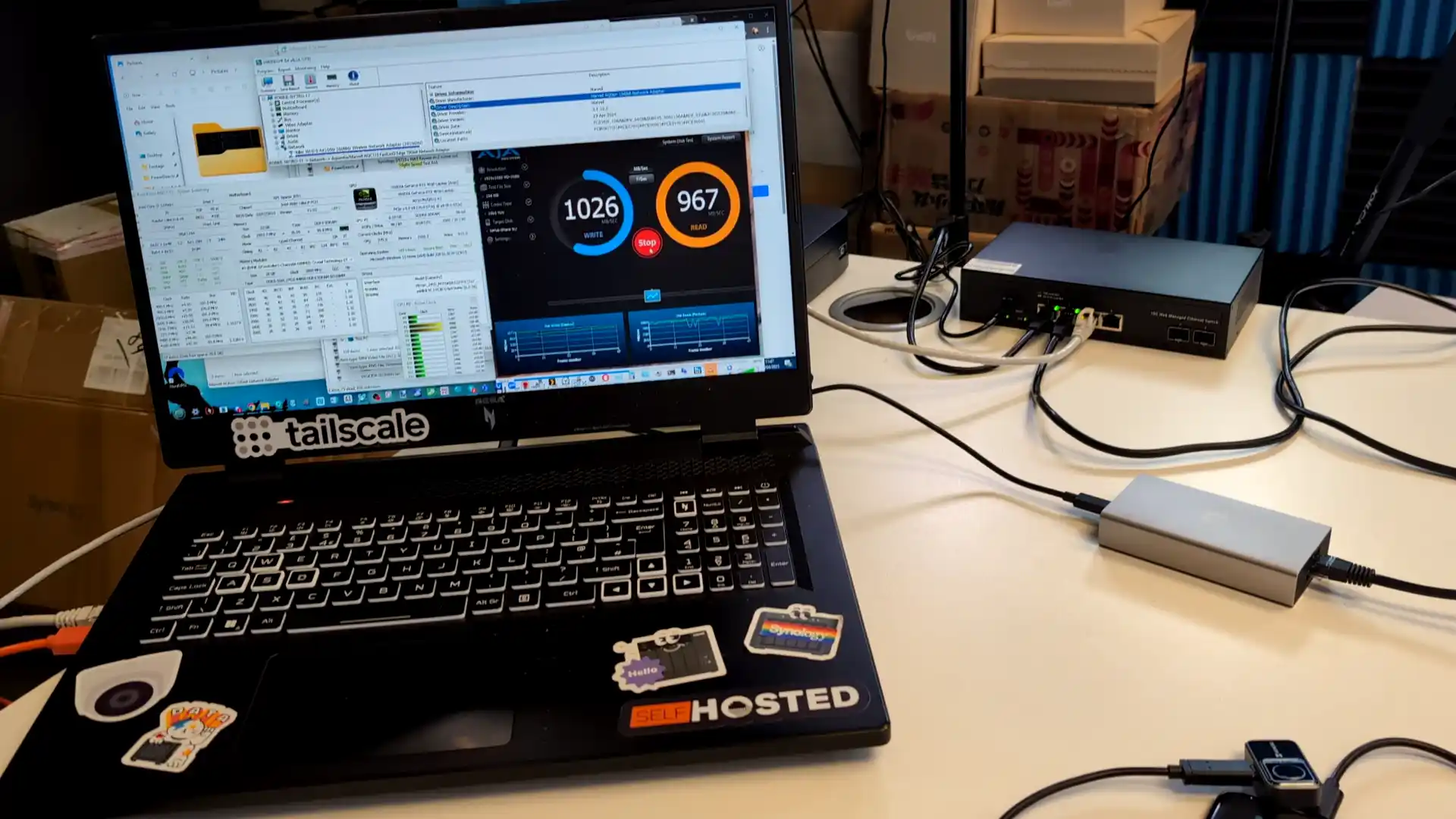

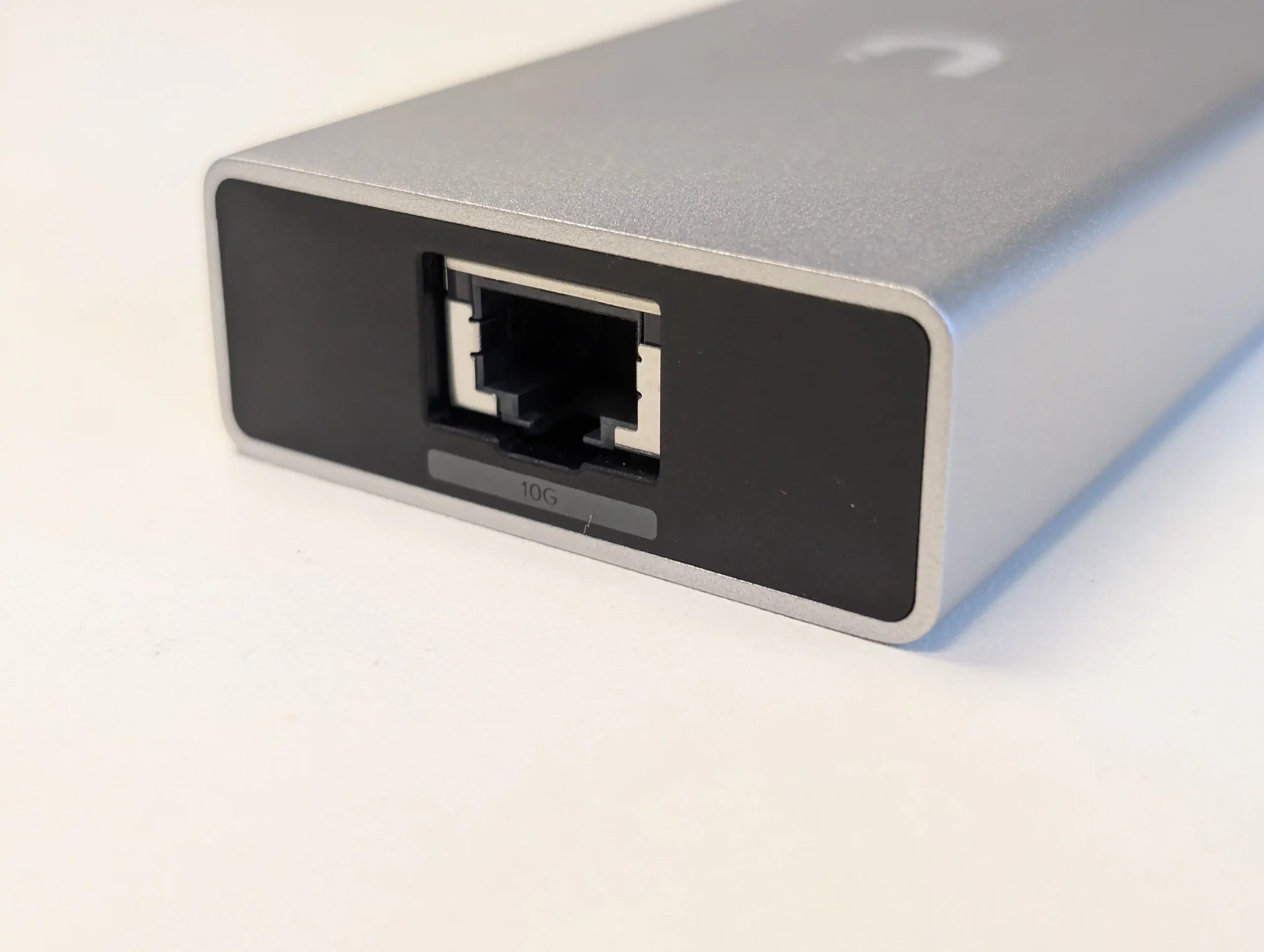




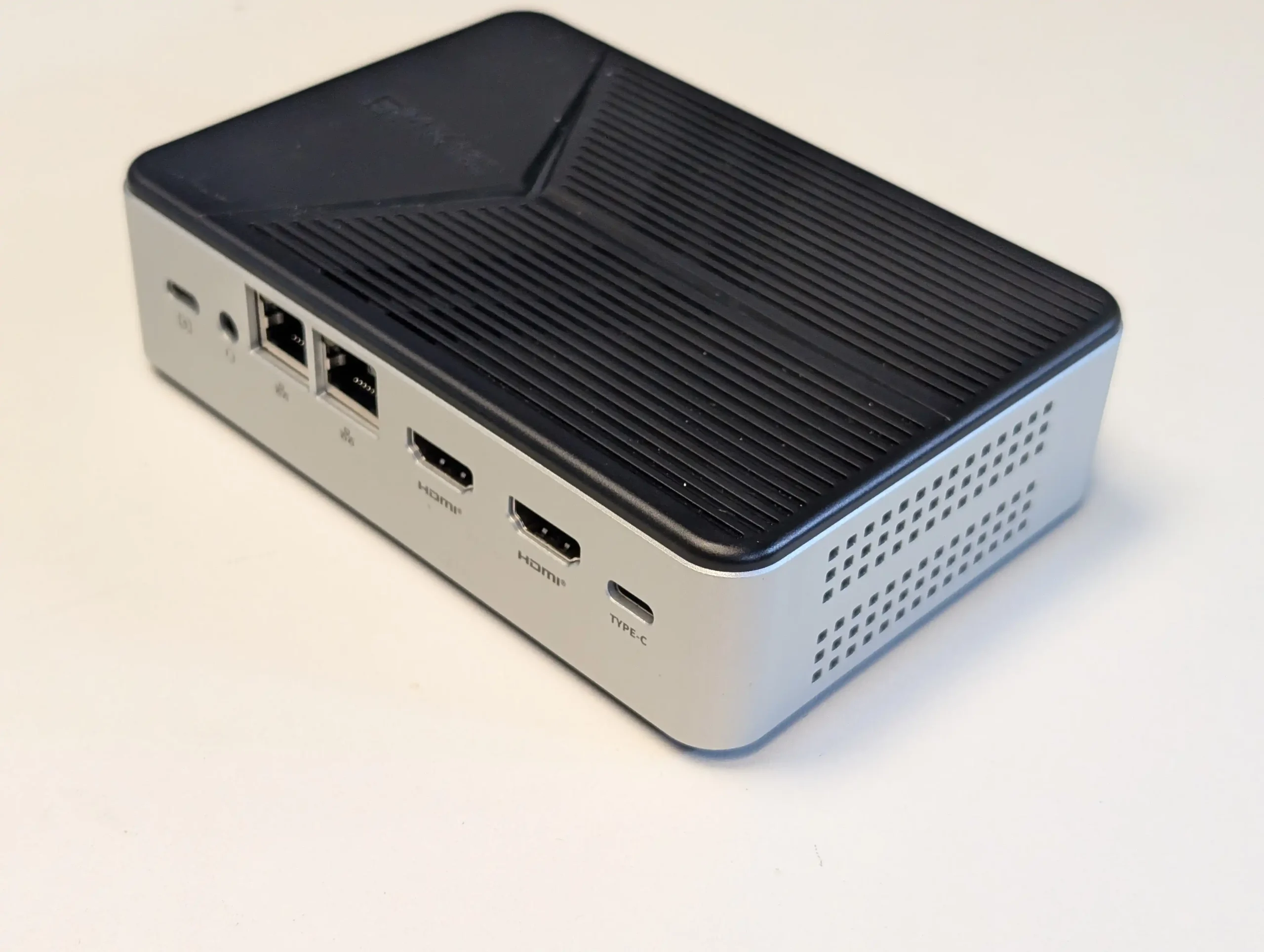
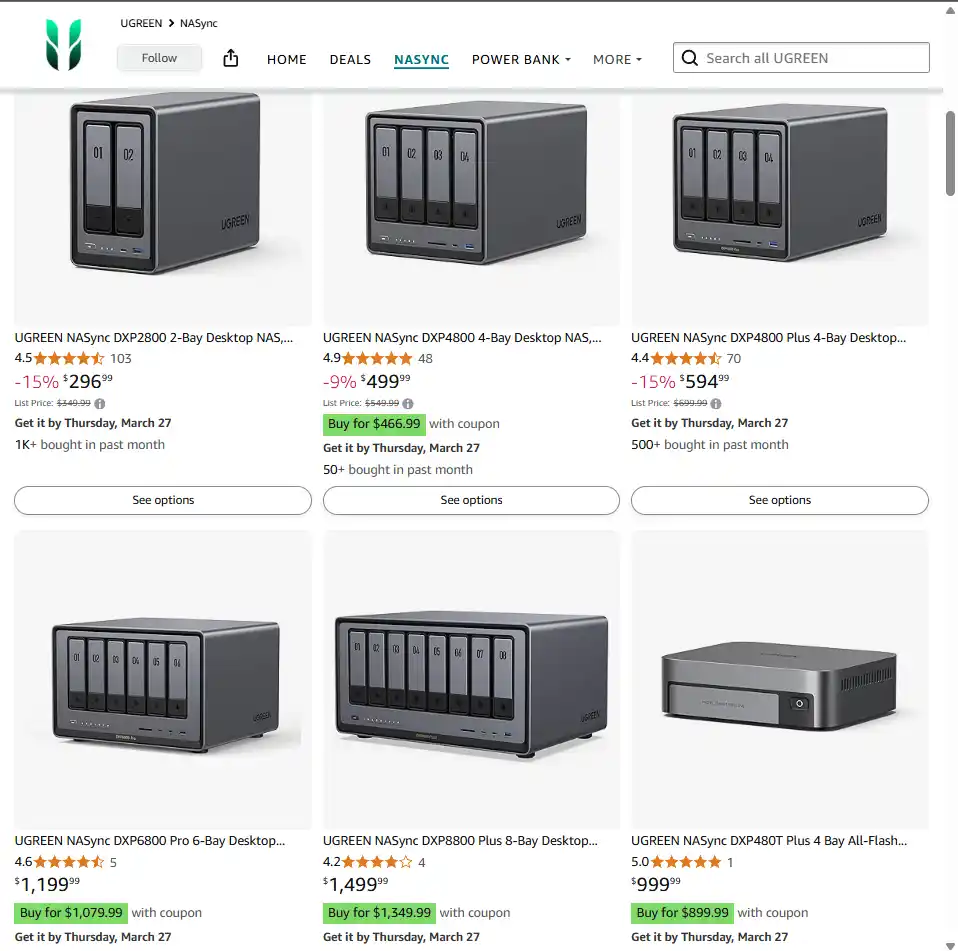
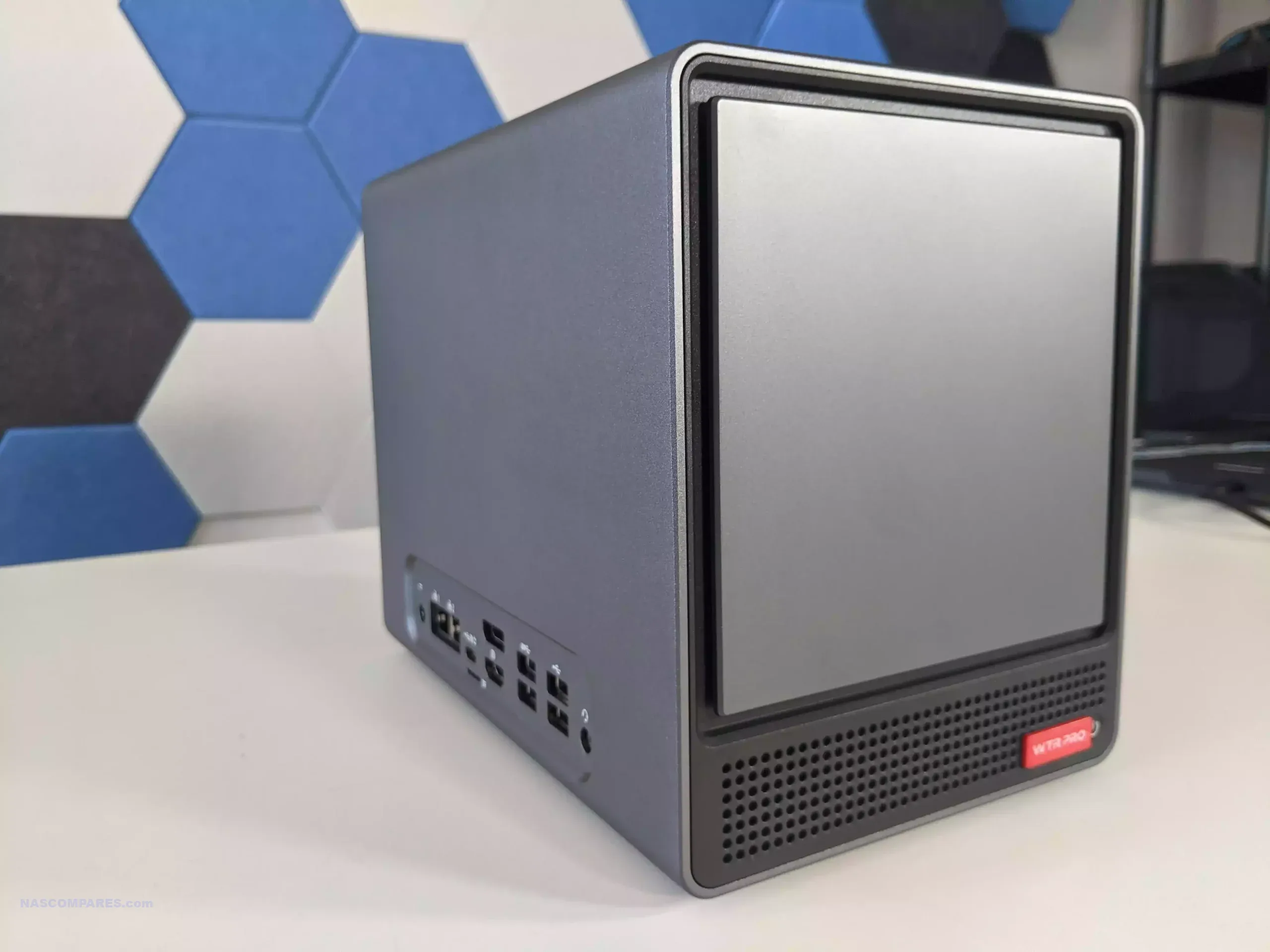
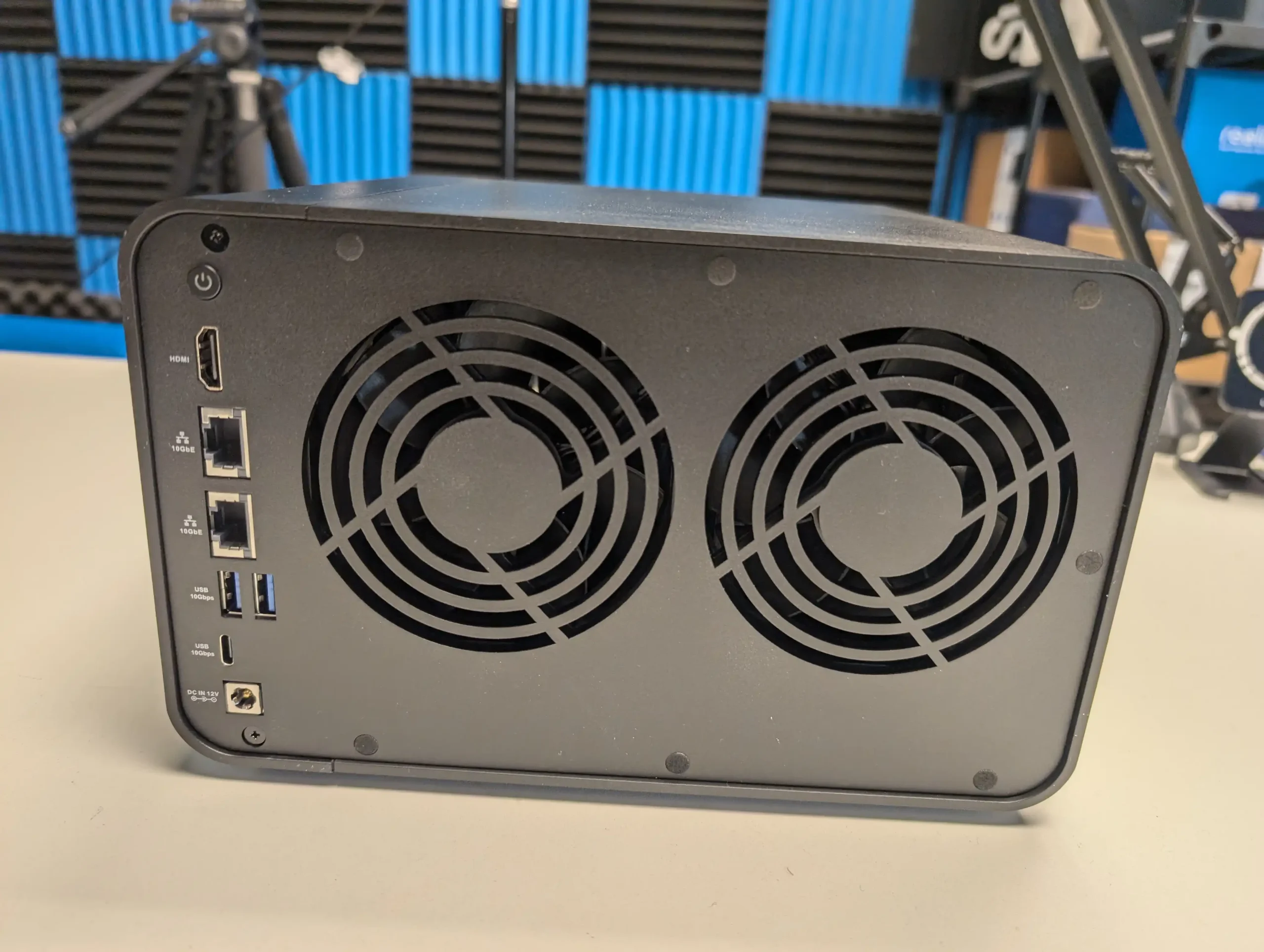
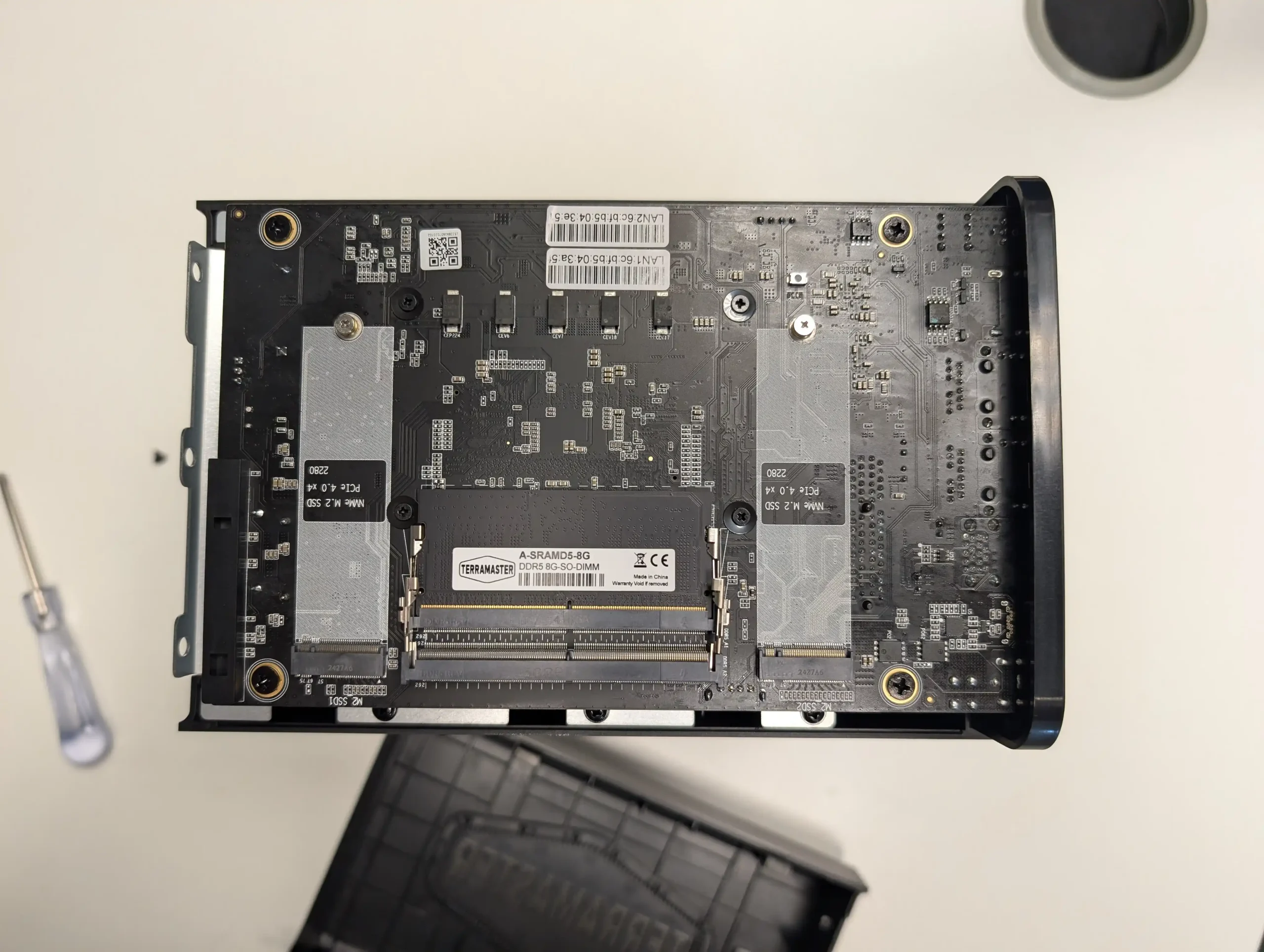
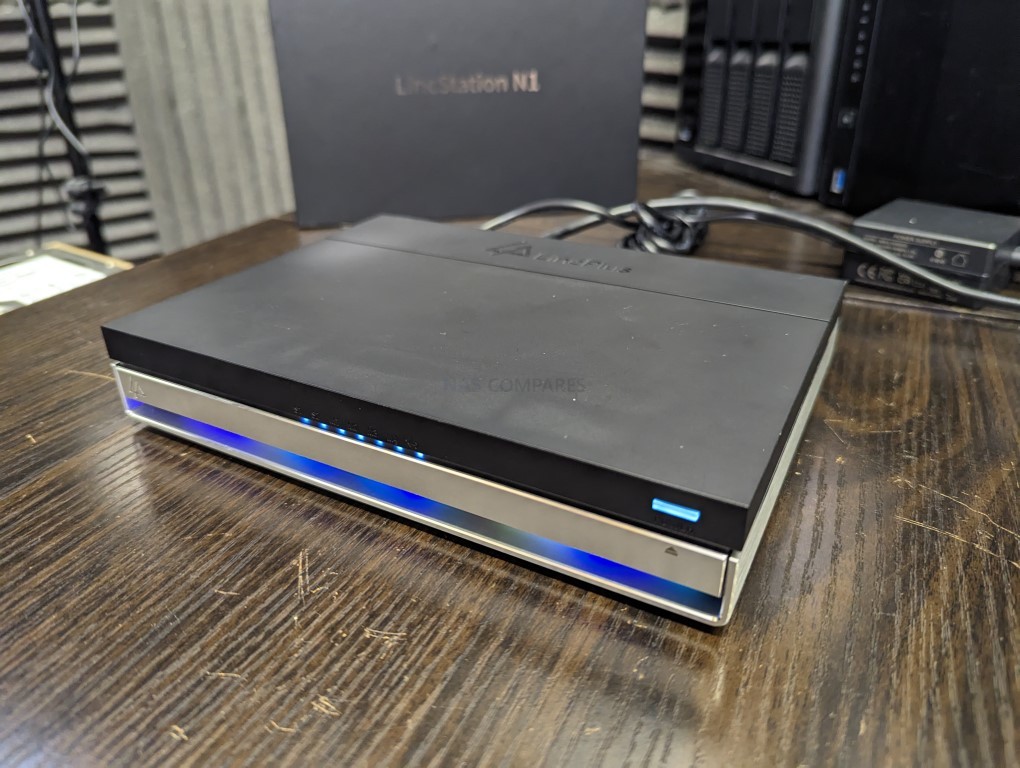
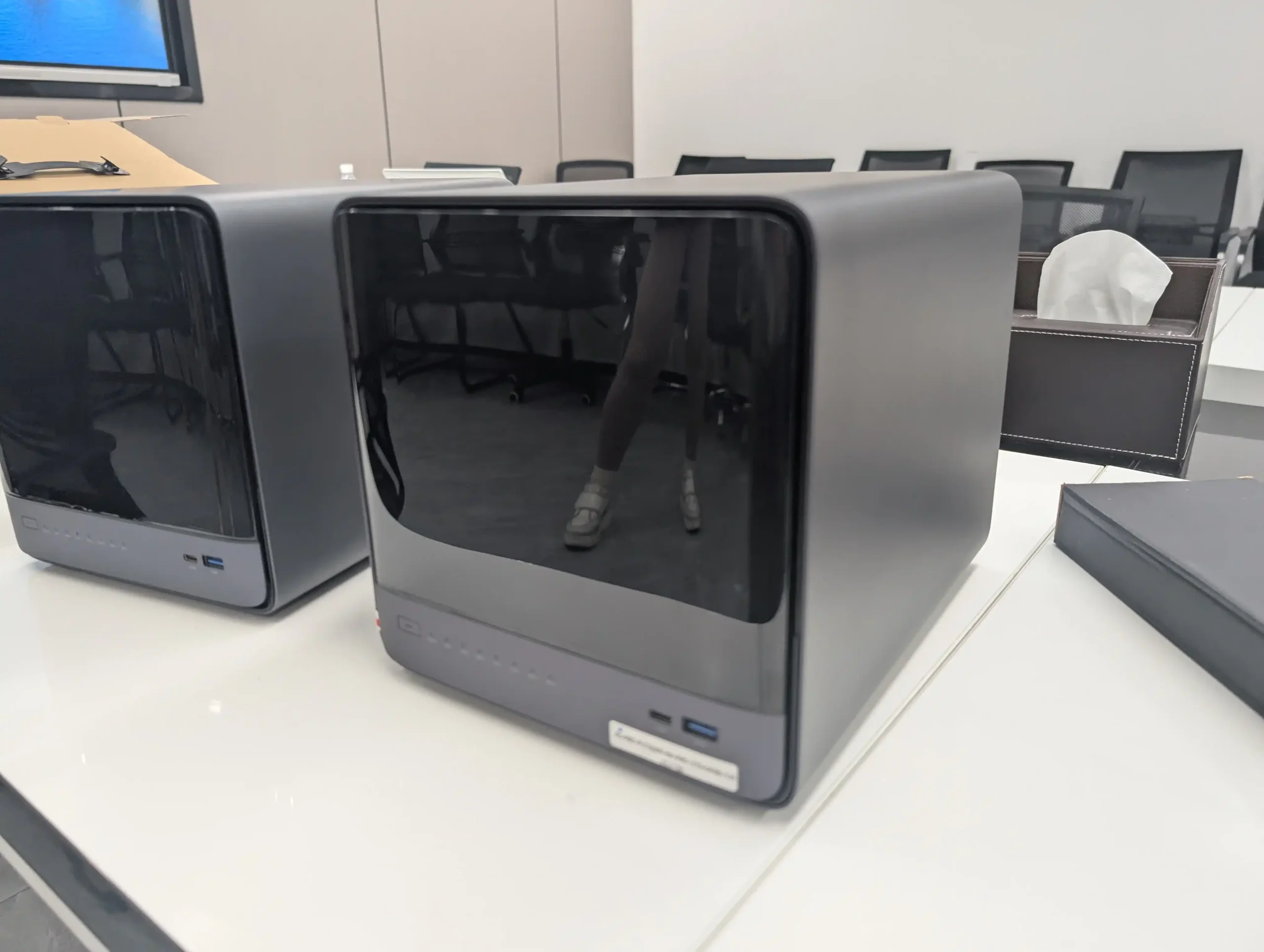

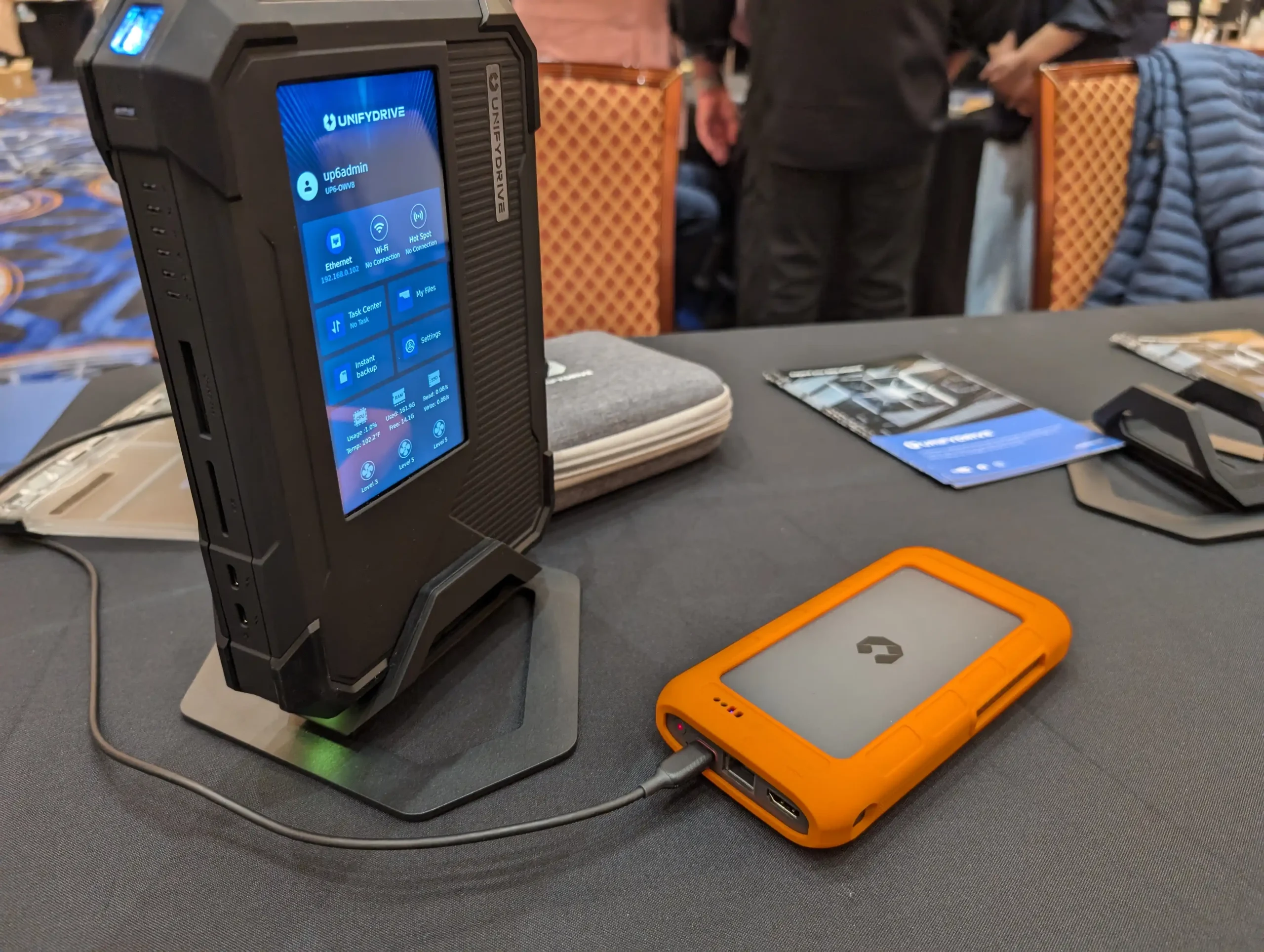

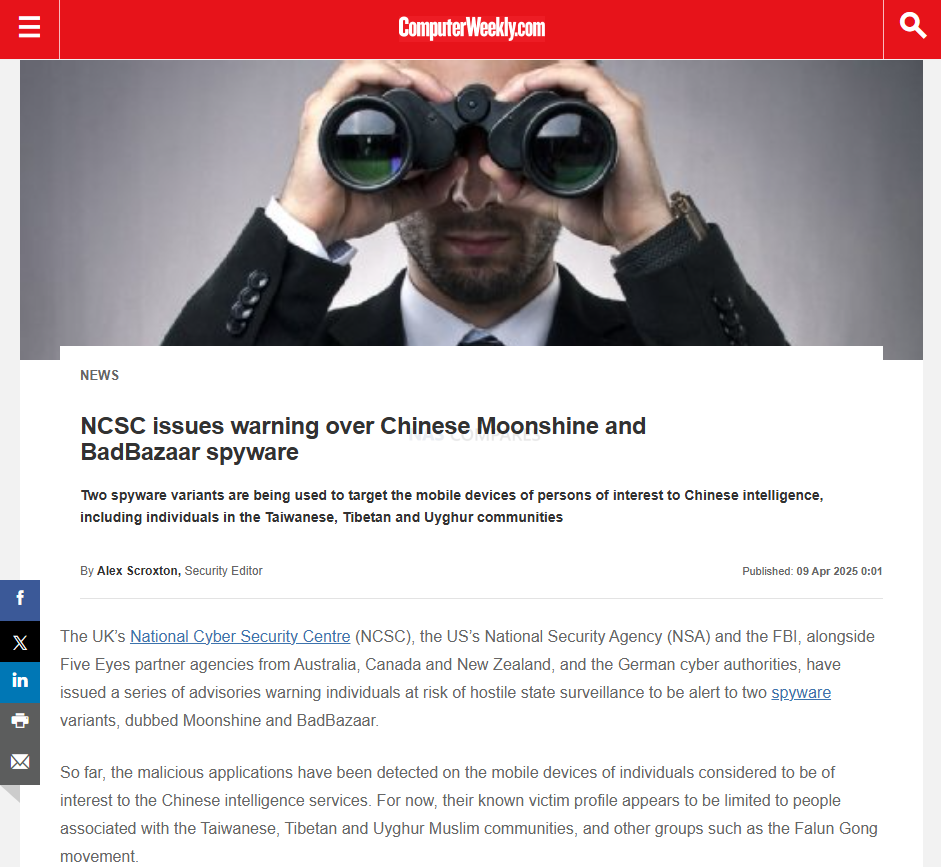

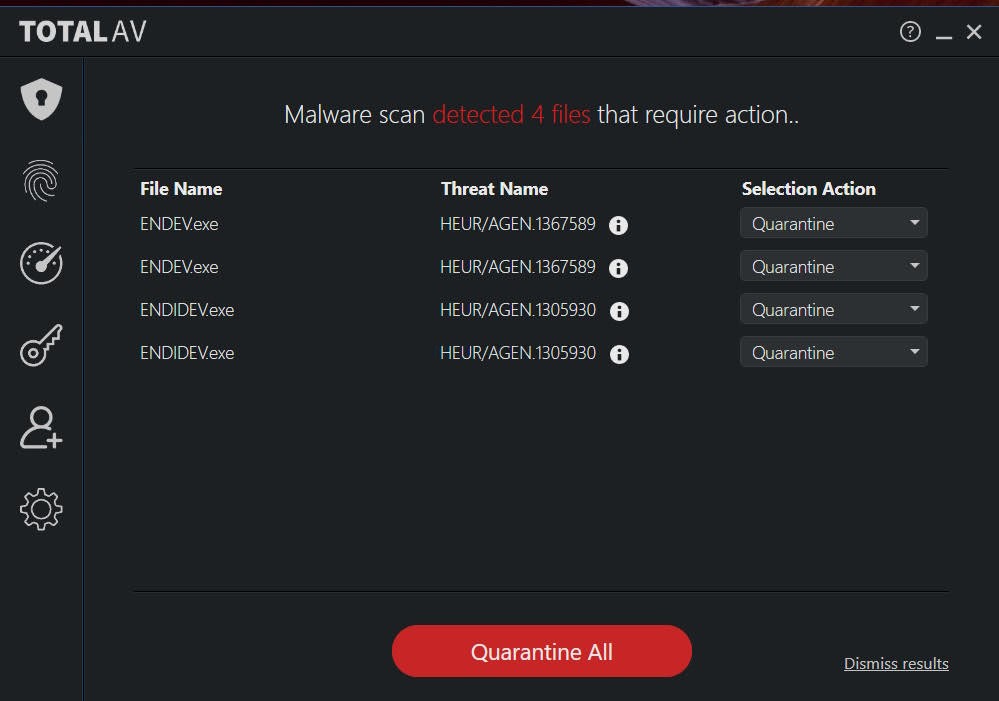
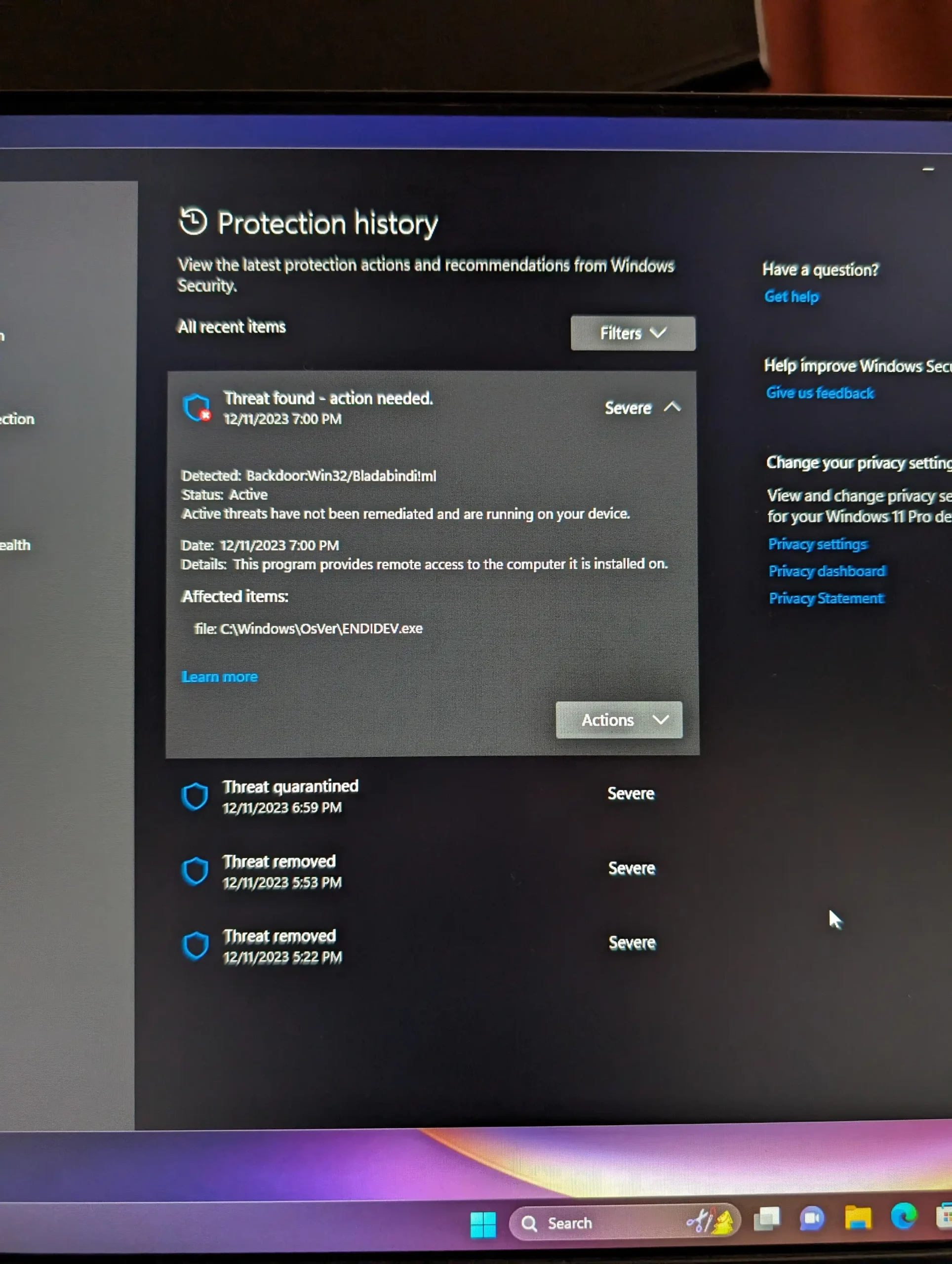

 ZeroTier – Virtual network overlay with programmable access control and P2P routing
ZeroTier – Virtual network overlay with programmable access control and P2P routing WireGuard (standalone) – Lightweight, fast, and secure VPN for advanced users
WireGuard (standalone) – Lightweight, fast, and secure VPN for advanced users OpenVPN – A well-established, highly configurable VPN solution
OpenVPN – A well-established, highly configurable VPN solution Dockerized Access Tools – Solutions like Headscale (Tailscale self-hosted), PiVPN, or Cloudflare Tunnel
Dockerized Access Tools – Solutions like Headscale (Tailscale self-hosted), PiVPN, or Cloudflare Tunnel Cloudflare Tunnel (Argo Tunnel) – Secure reverse proxy with public access protection
Cloudflare Tunnel (Argo Tunnel) – Secure reverse proxy with public access protection FRP (Fast Reverse Proxy) – Lightweight self-hosted tunnel service often used in Chinese networks
FRP (Fast Reverse Proxy) – Lightweight self-hosted tunnel service often used in Chinese networks Syncthing – Peer-to-peer file sync tool for remote file access without VPN (for specific folders)
Syncthing – Peer-to-peer file sync tool for remote file access without VPN (for specific folders)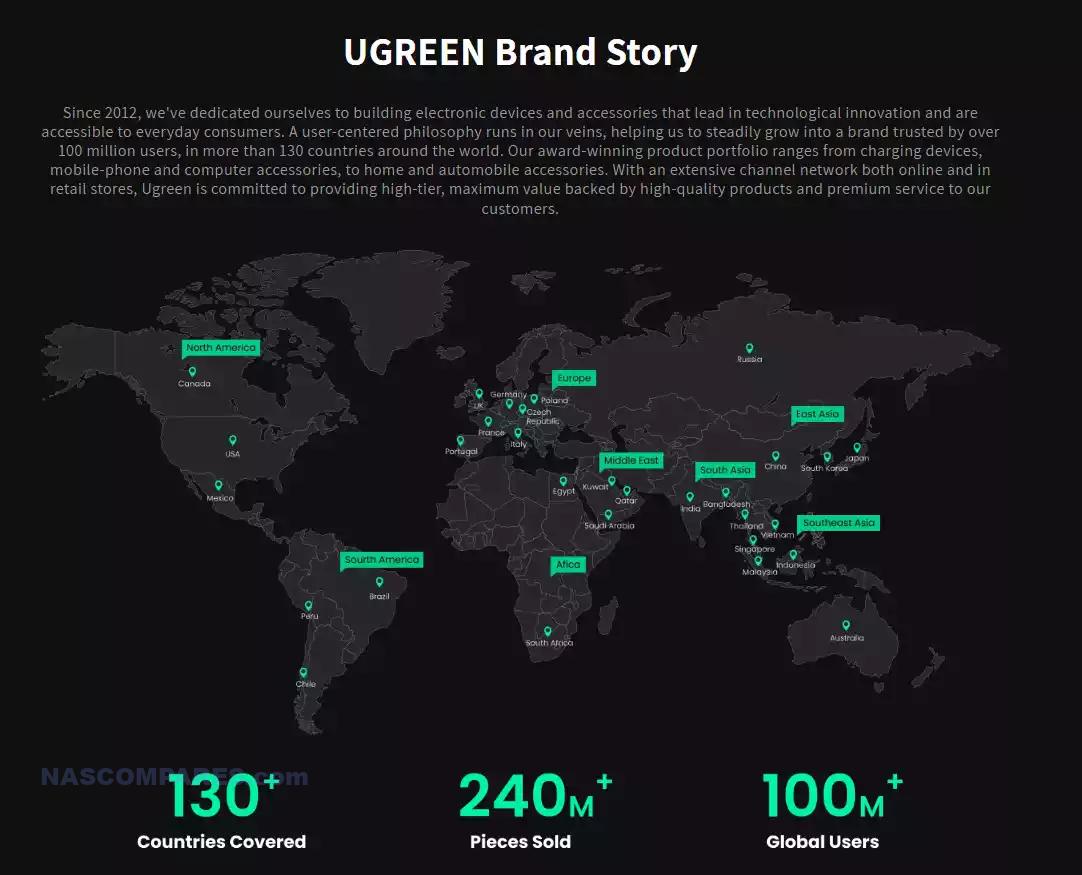
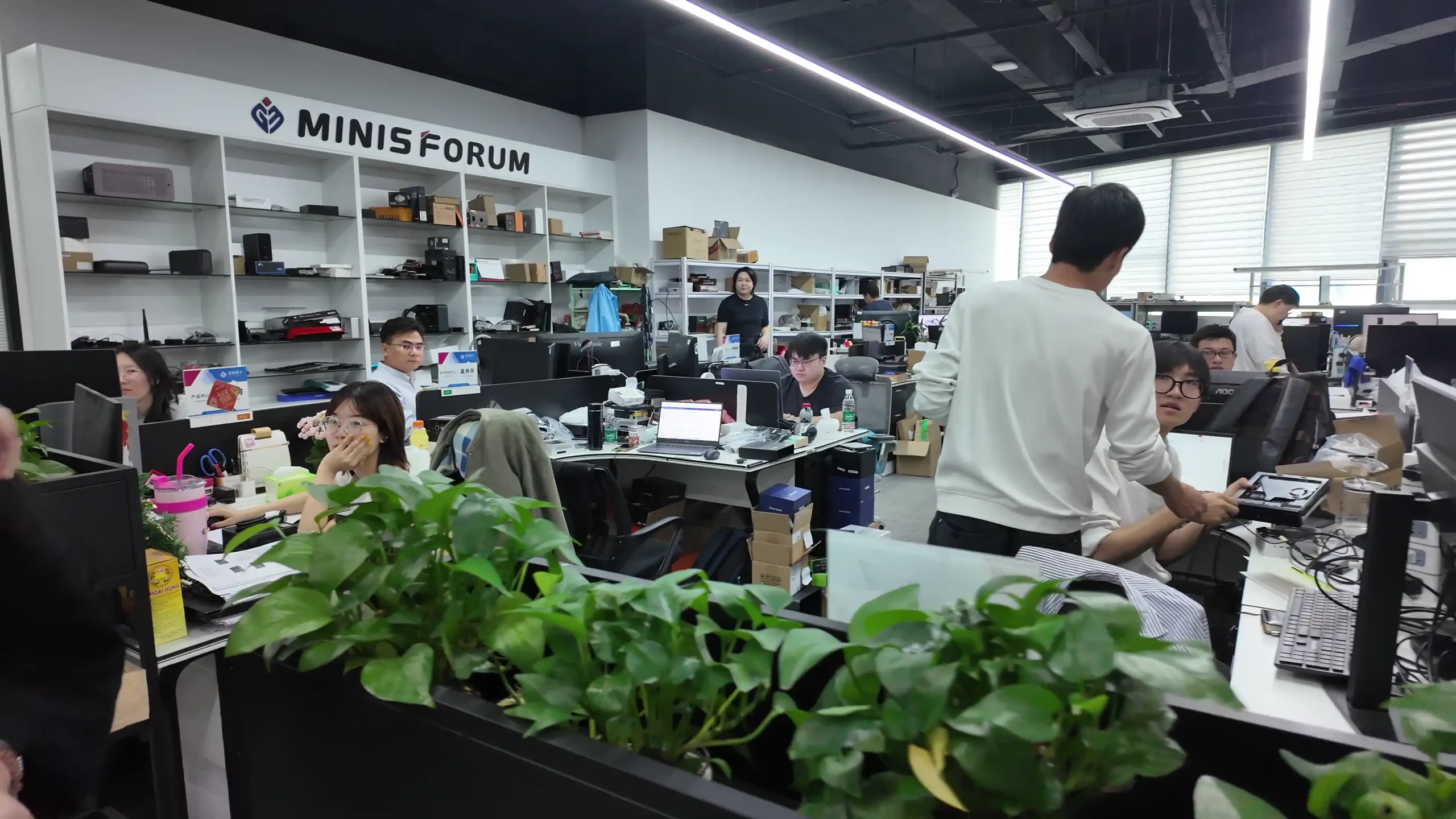
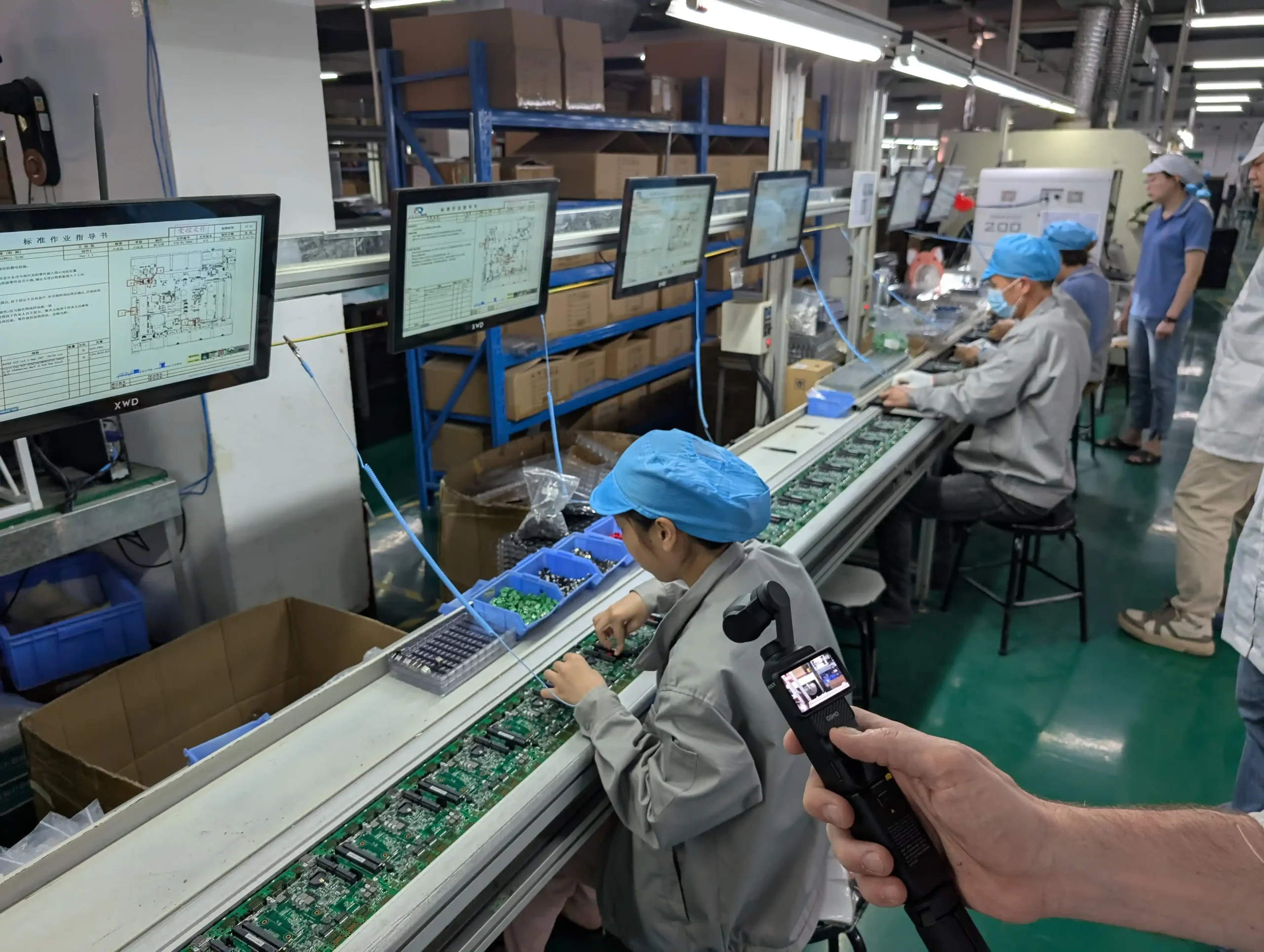
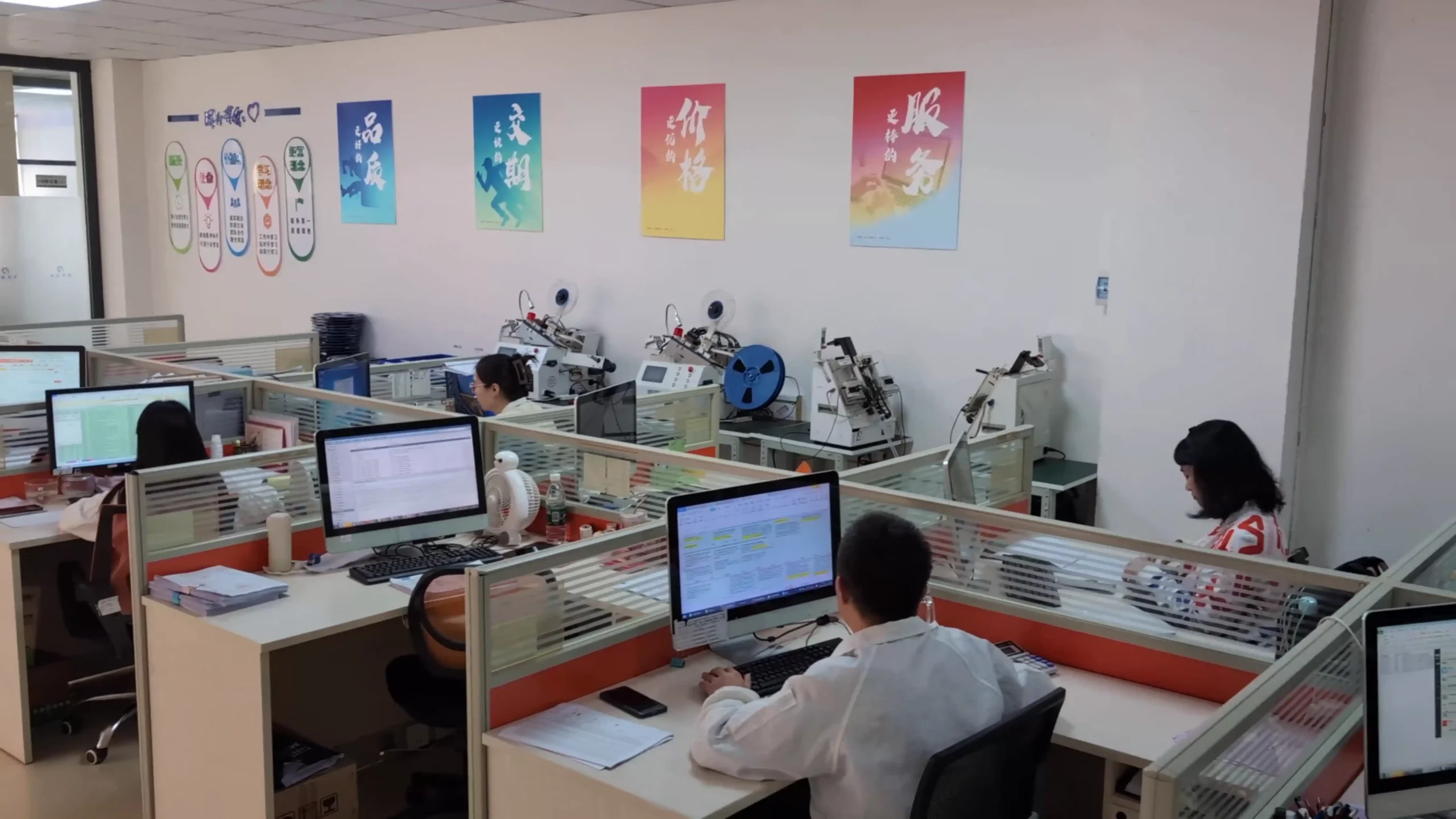
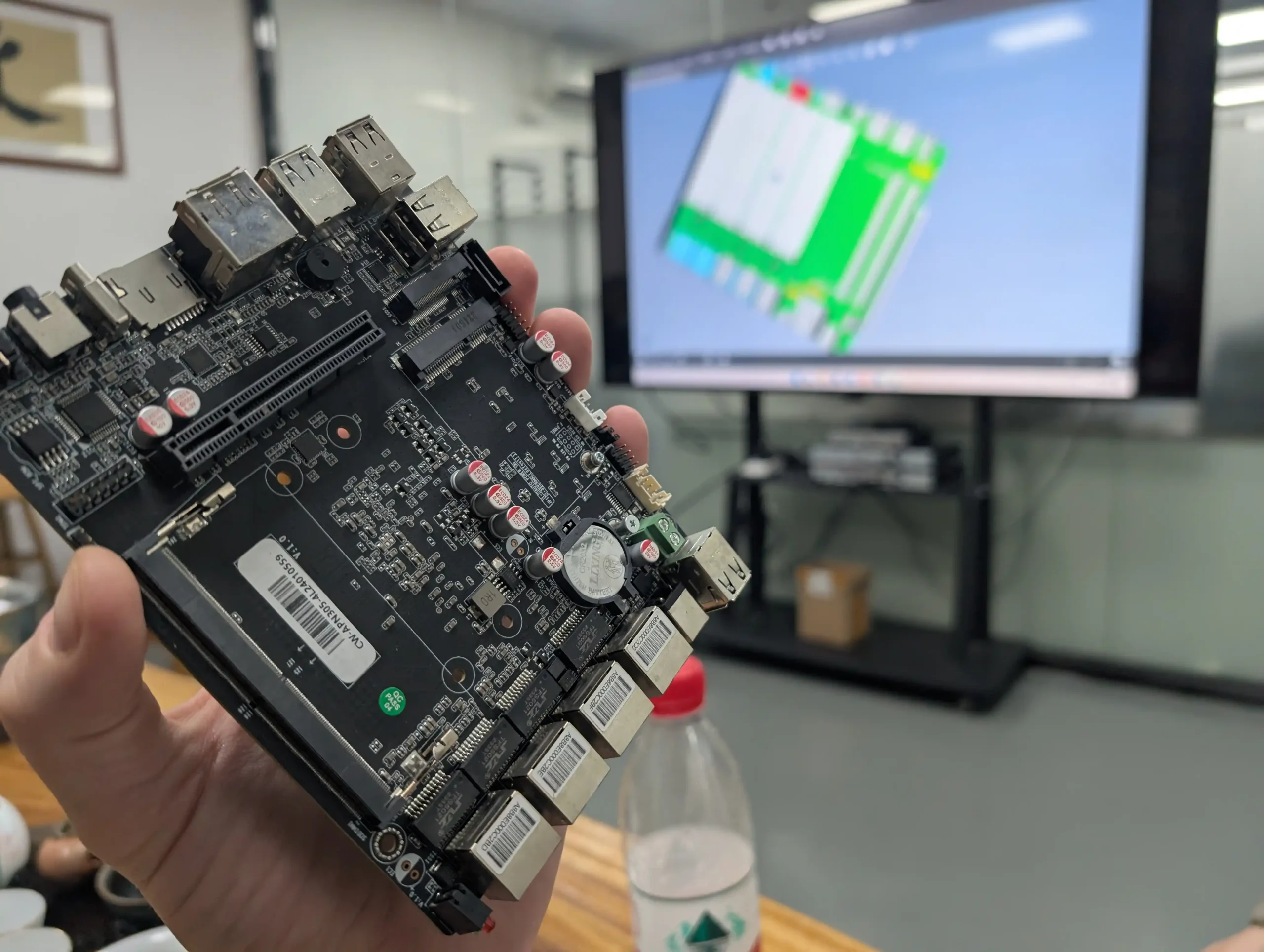
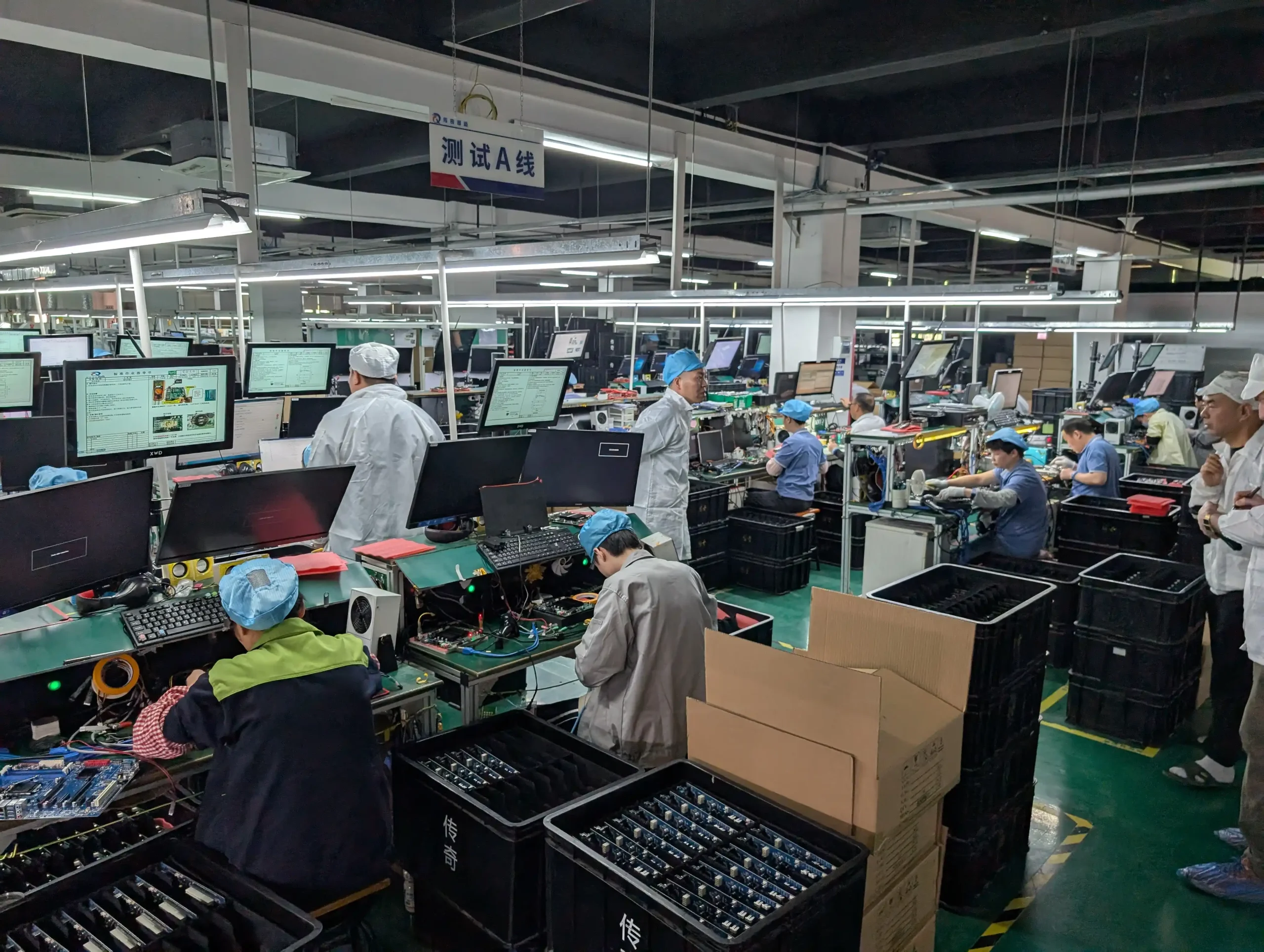

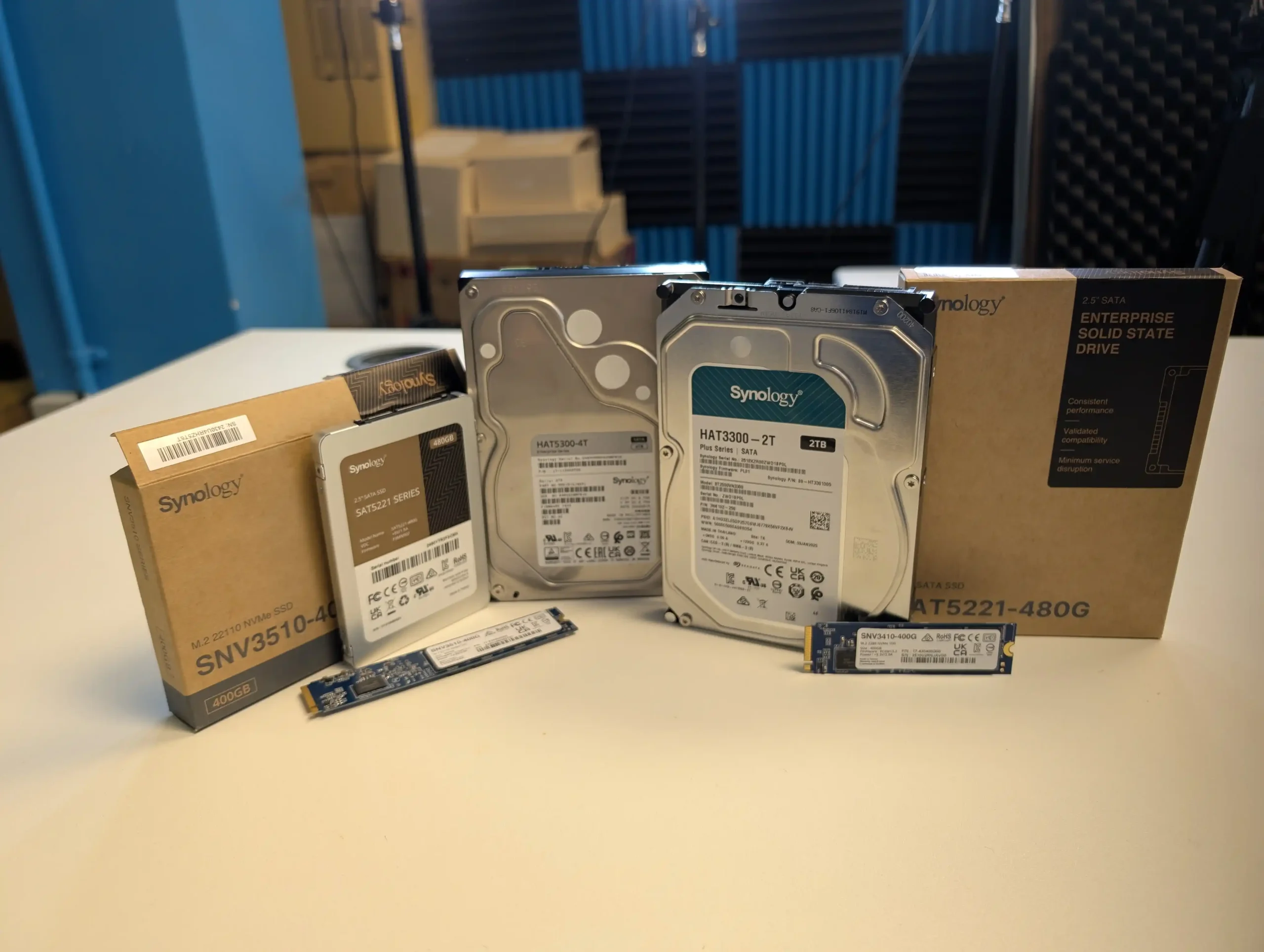
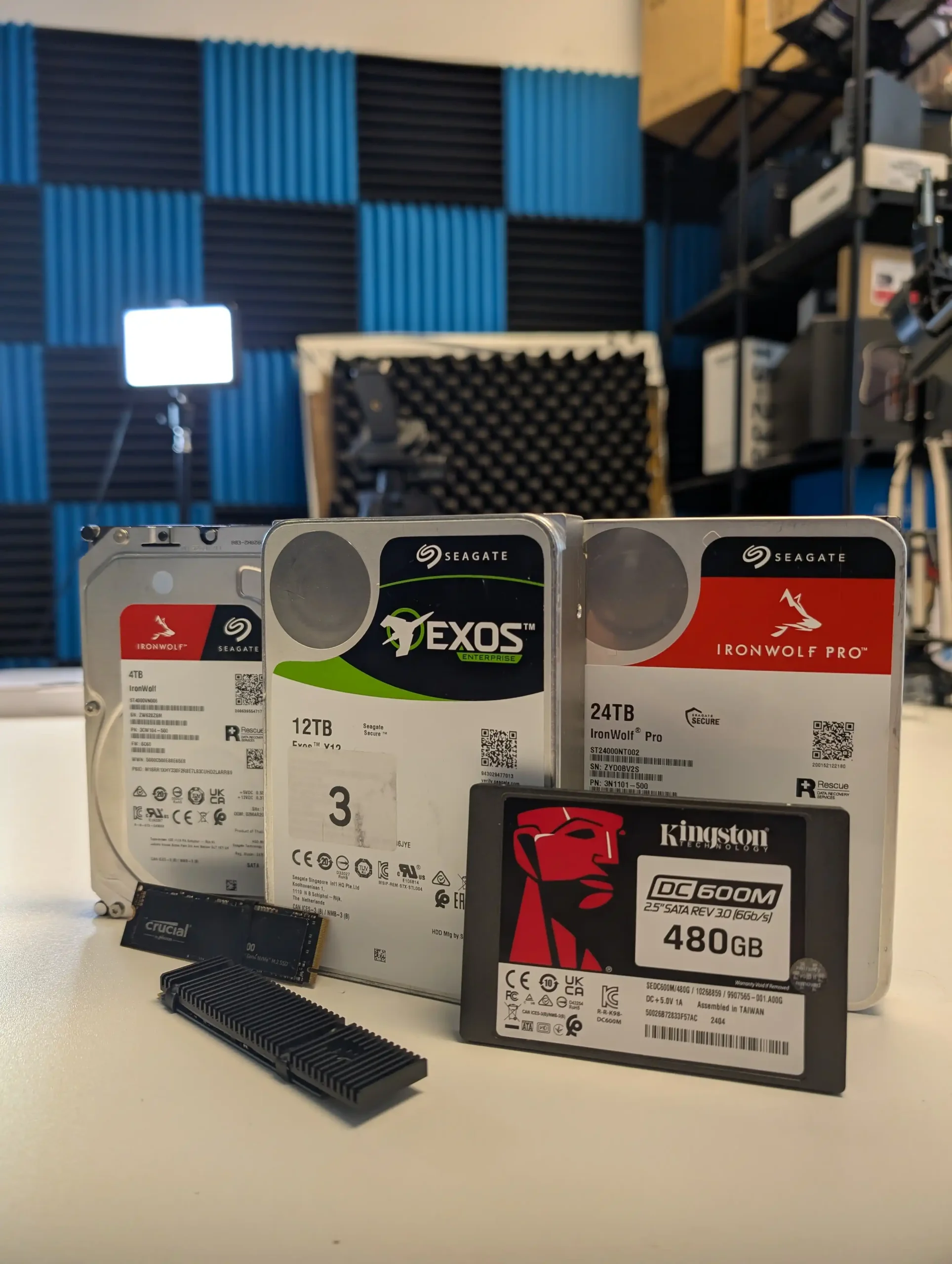
 Synology NAS HDDs – HAT Series (SATA)
Synology NAS HDDs – HAT Series (SATA)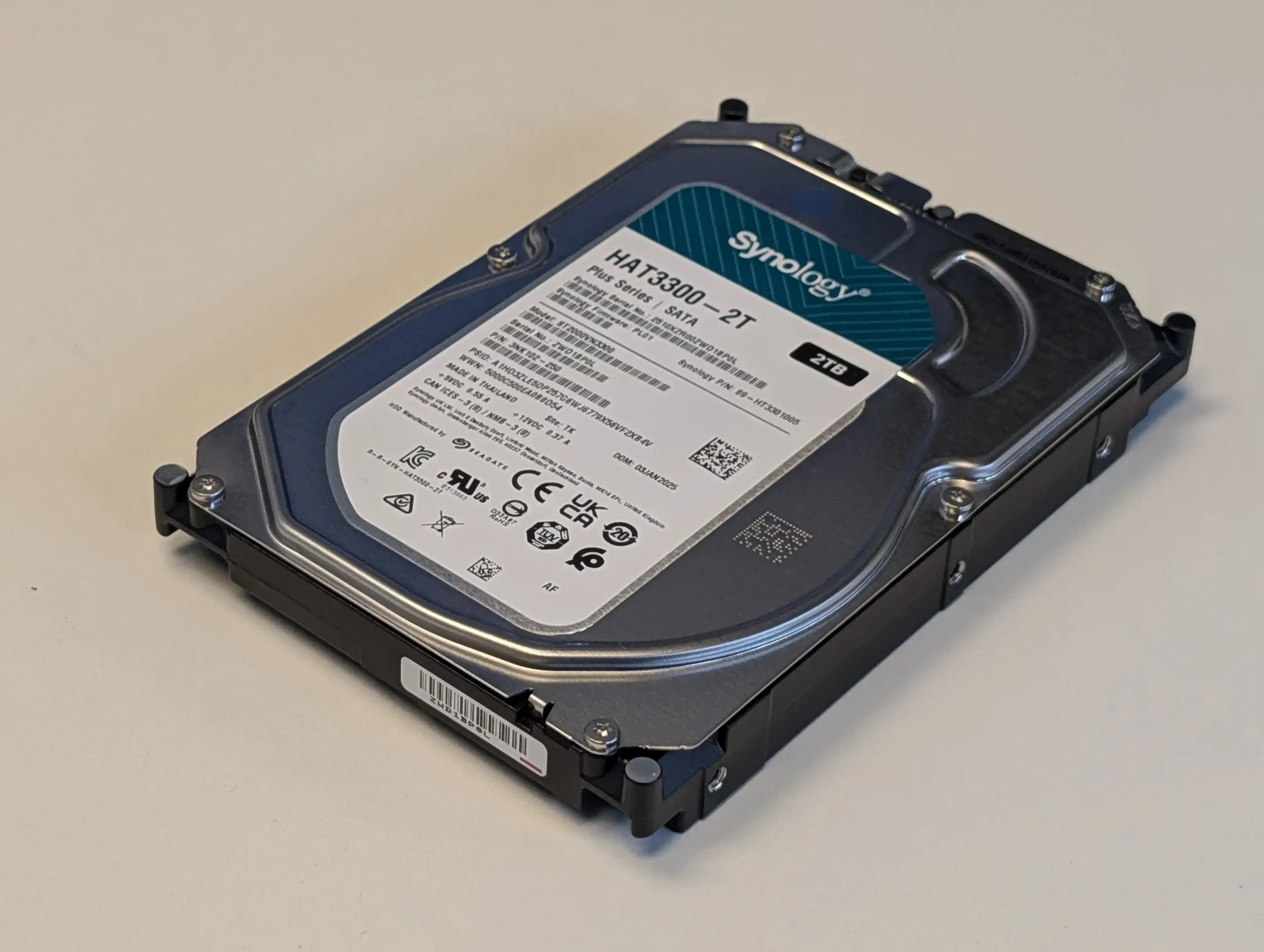
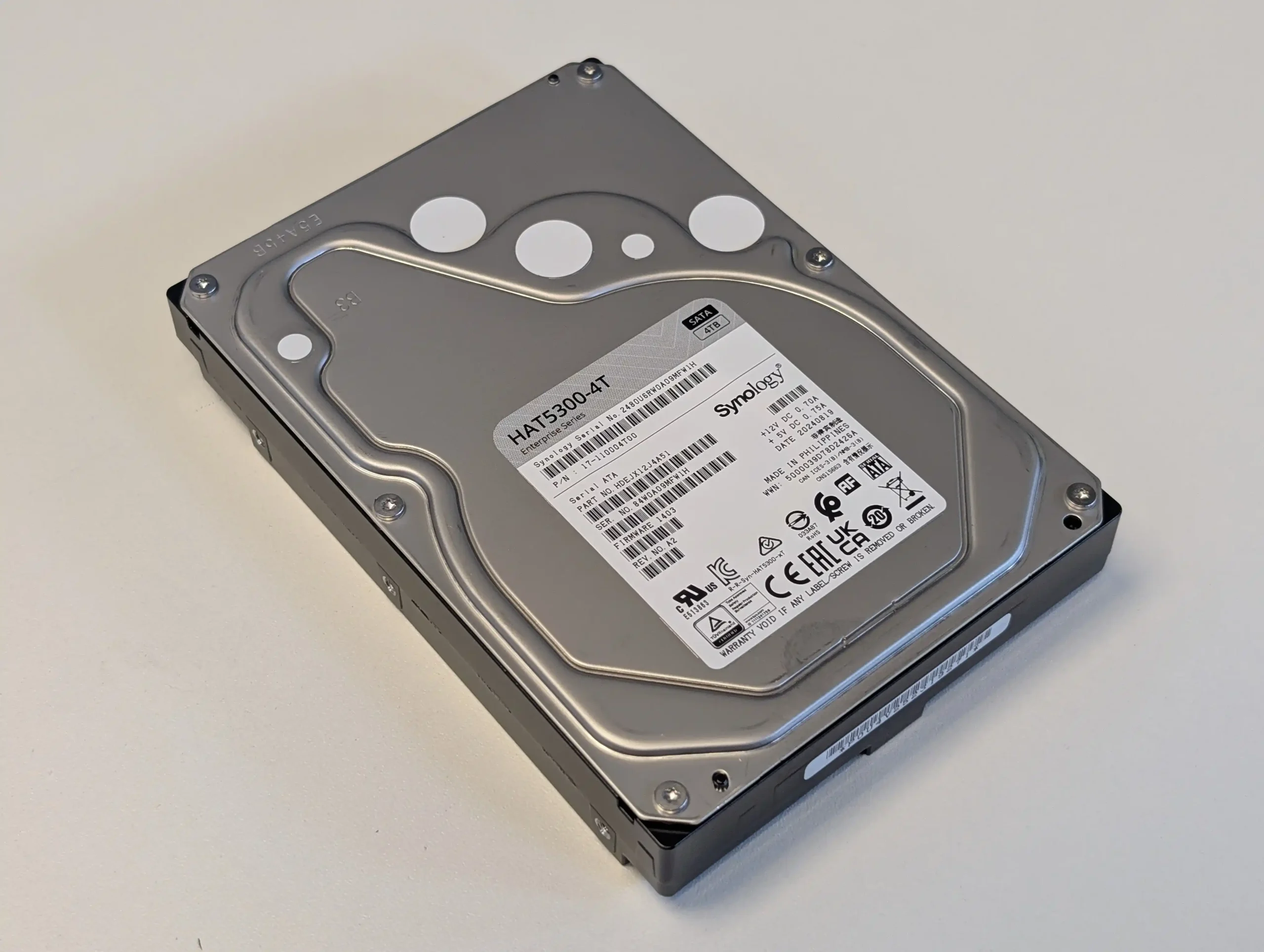
 Synology SAS HDDs – HAS Series
Synology SAS HDDs – HAS Series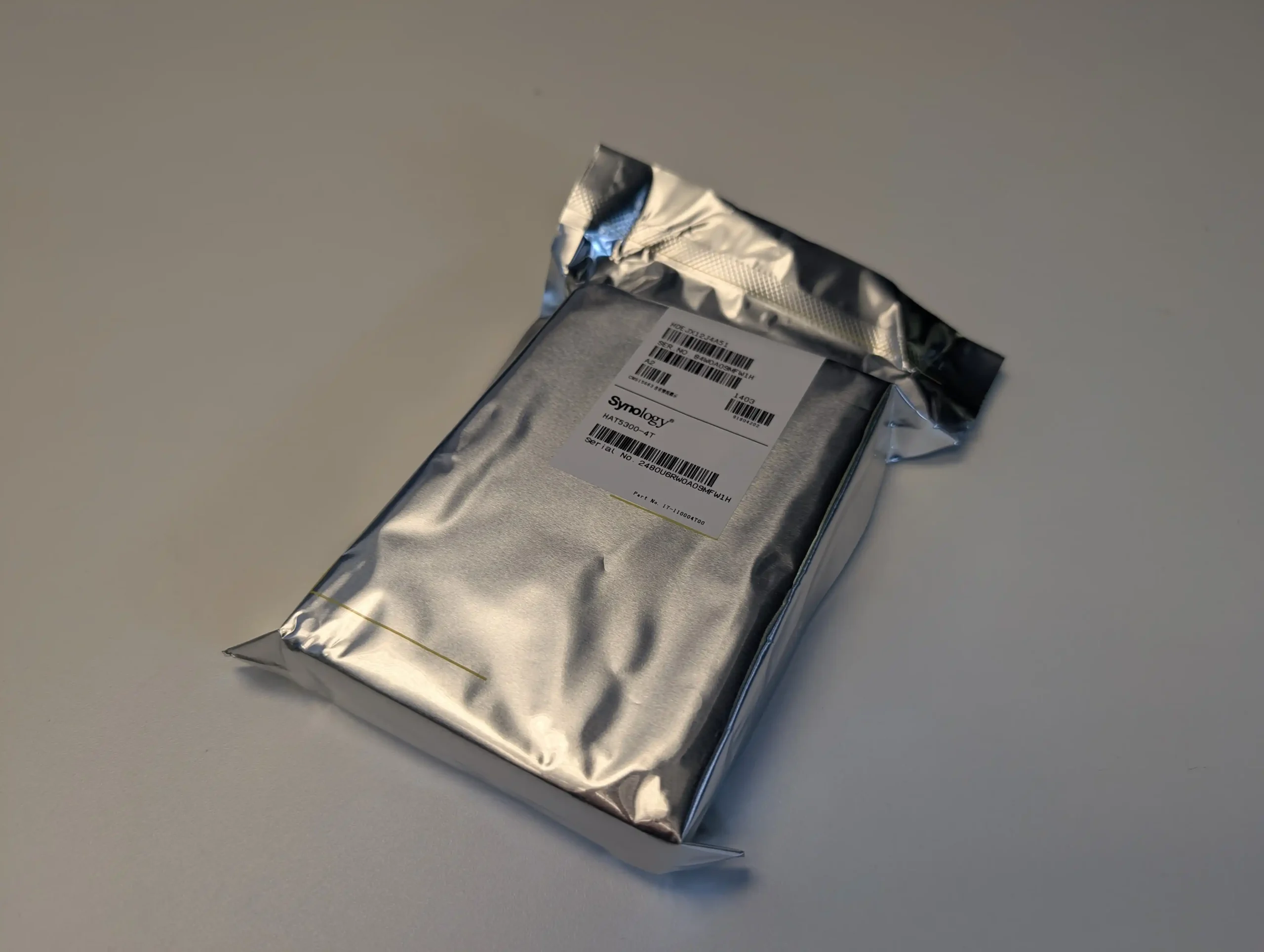
 Synology SATA SSDs – SAT Series
Synology SATA SSDs – SAT Series
 Synology NVMe SSDs – SNV Series
Synology NVMe SSDs – SNV Series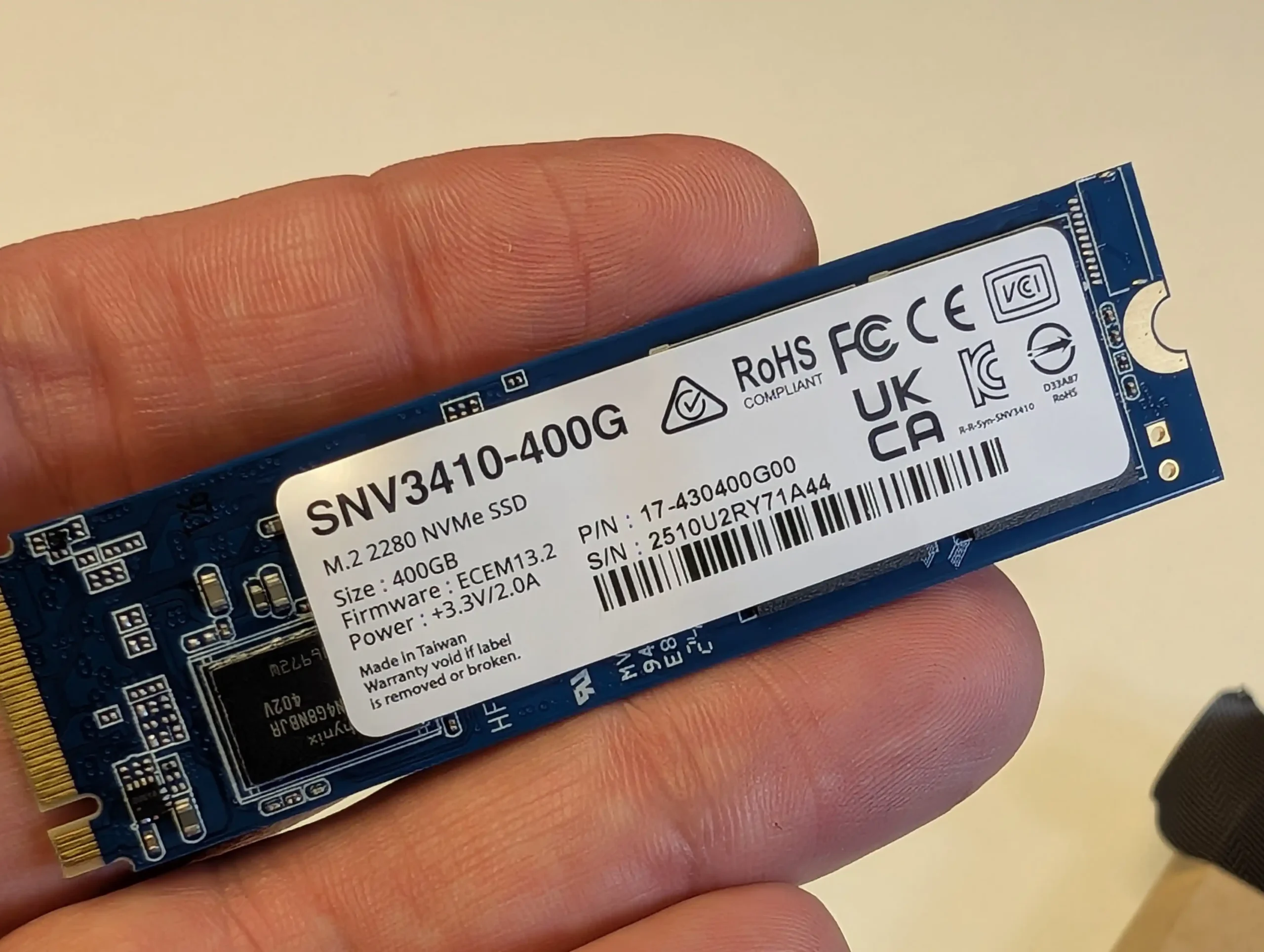

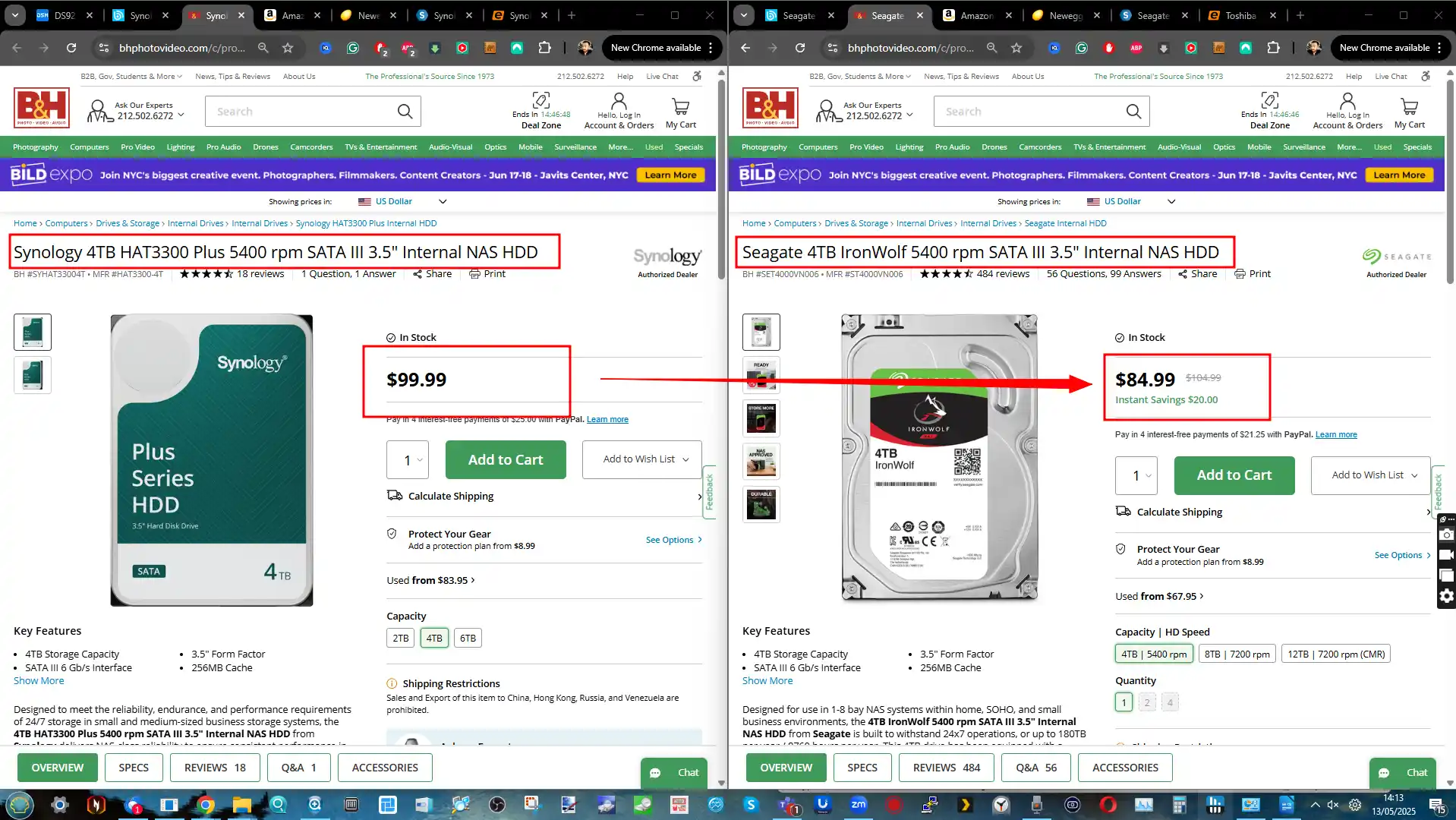
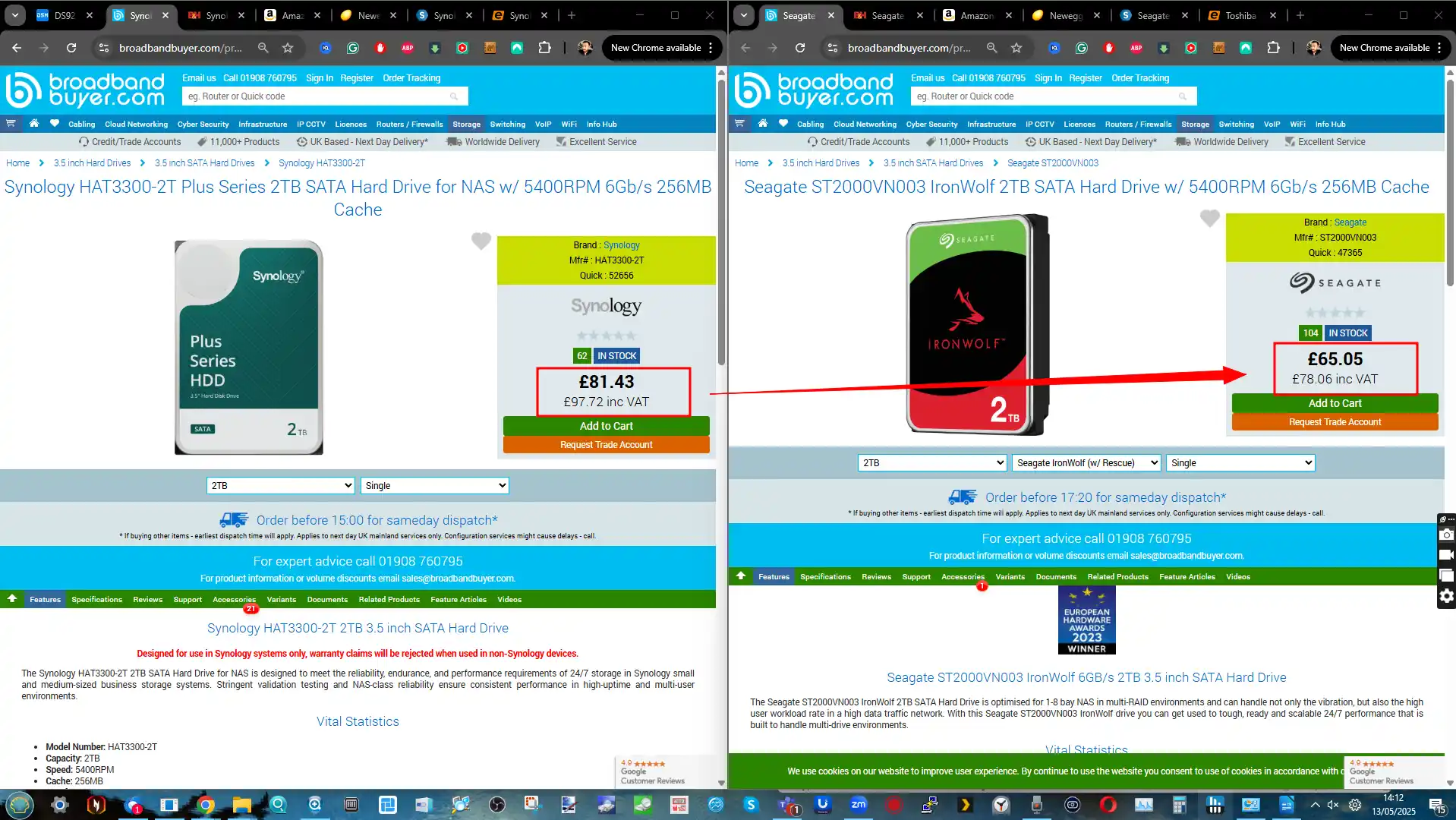
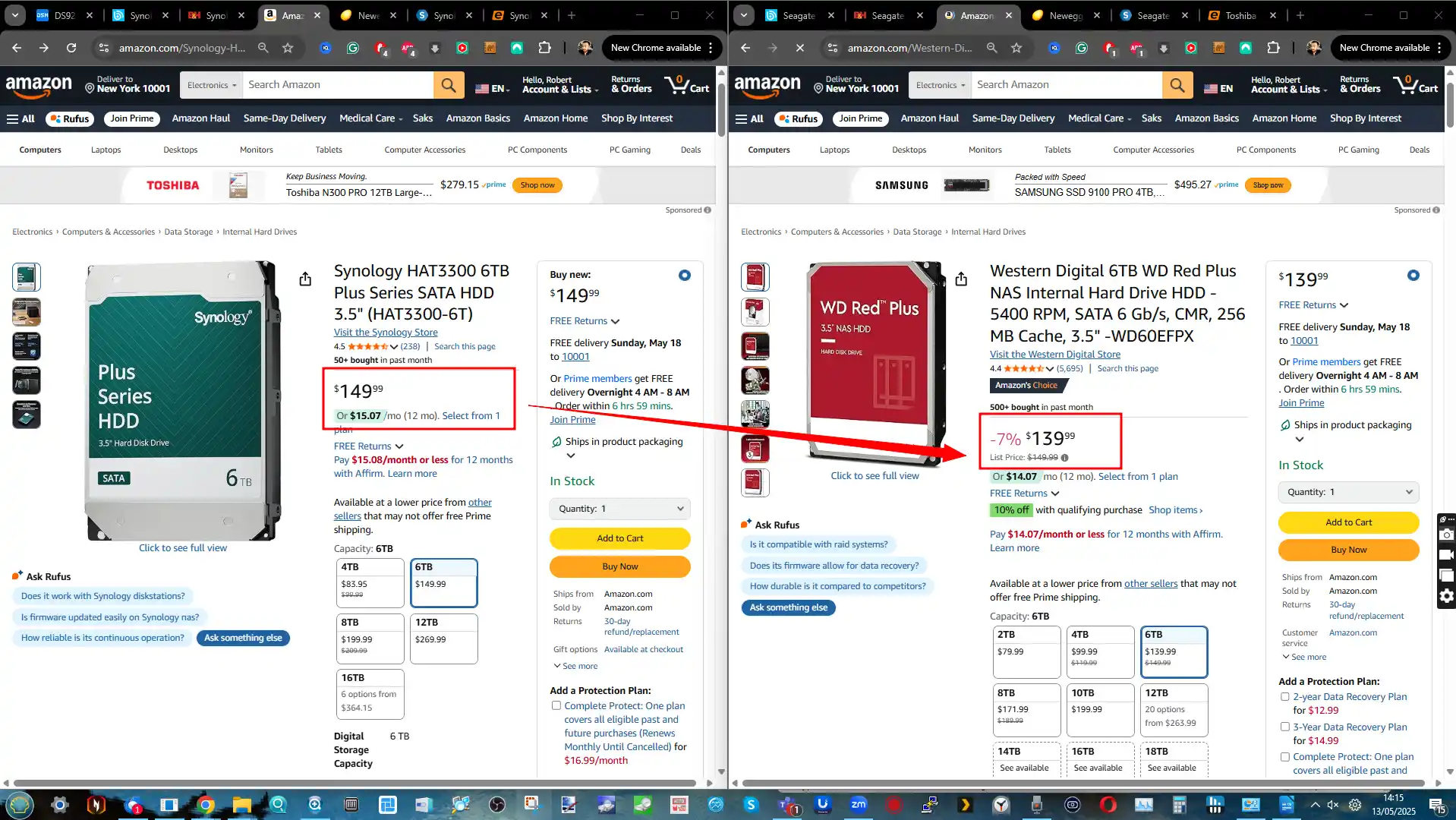
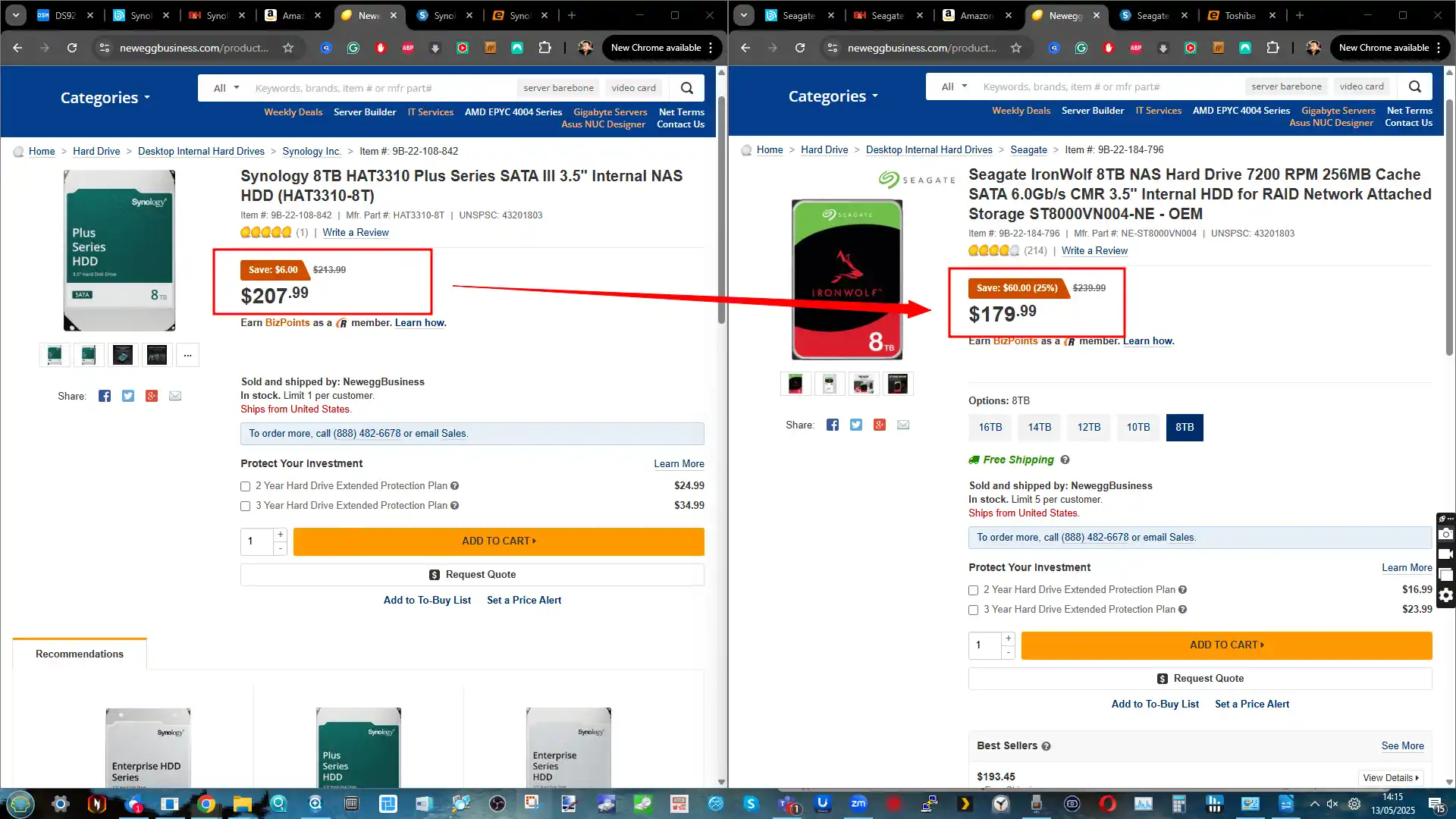
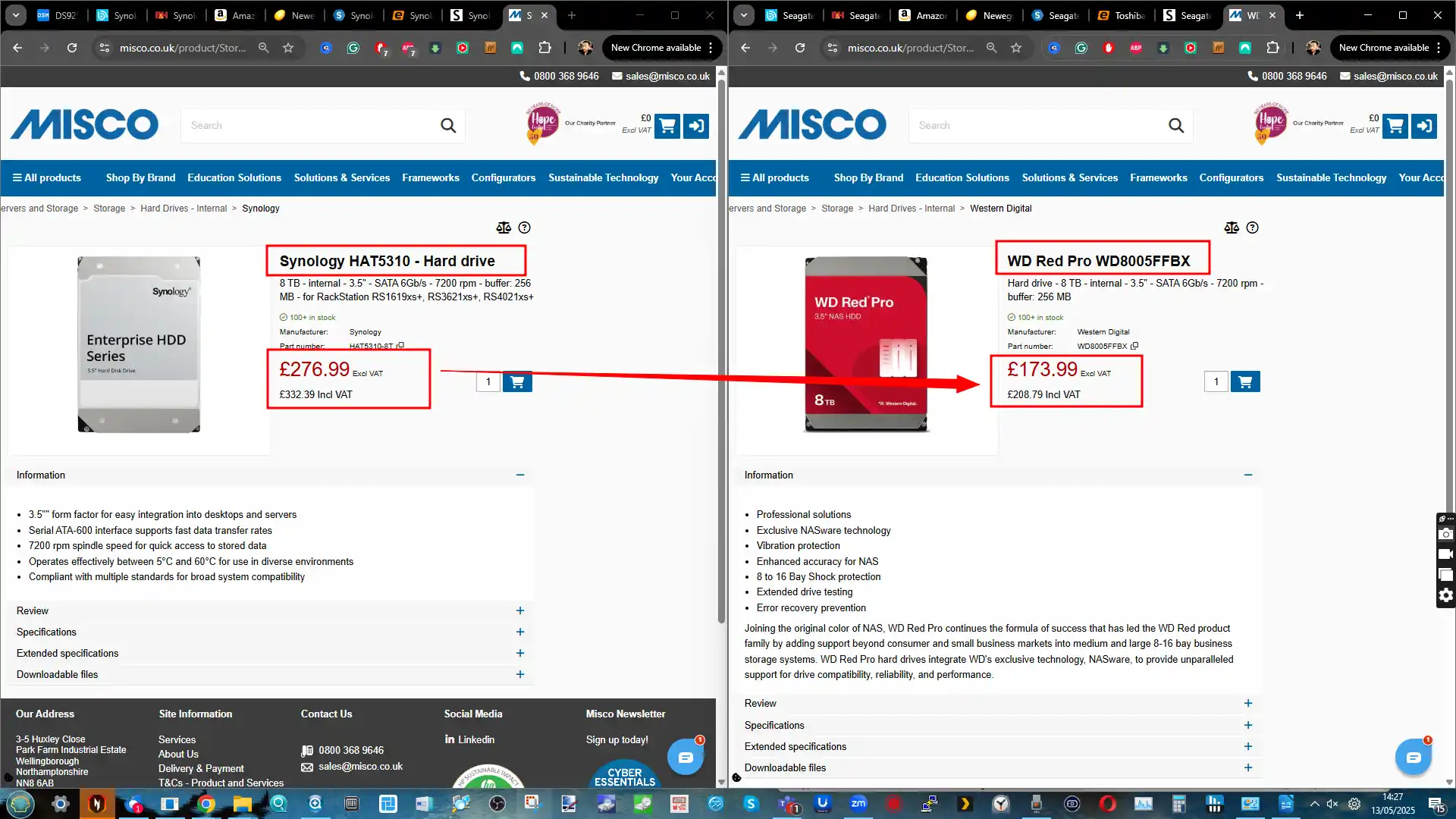
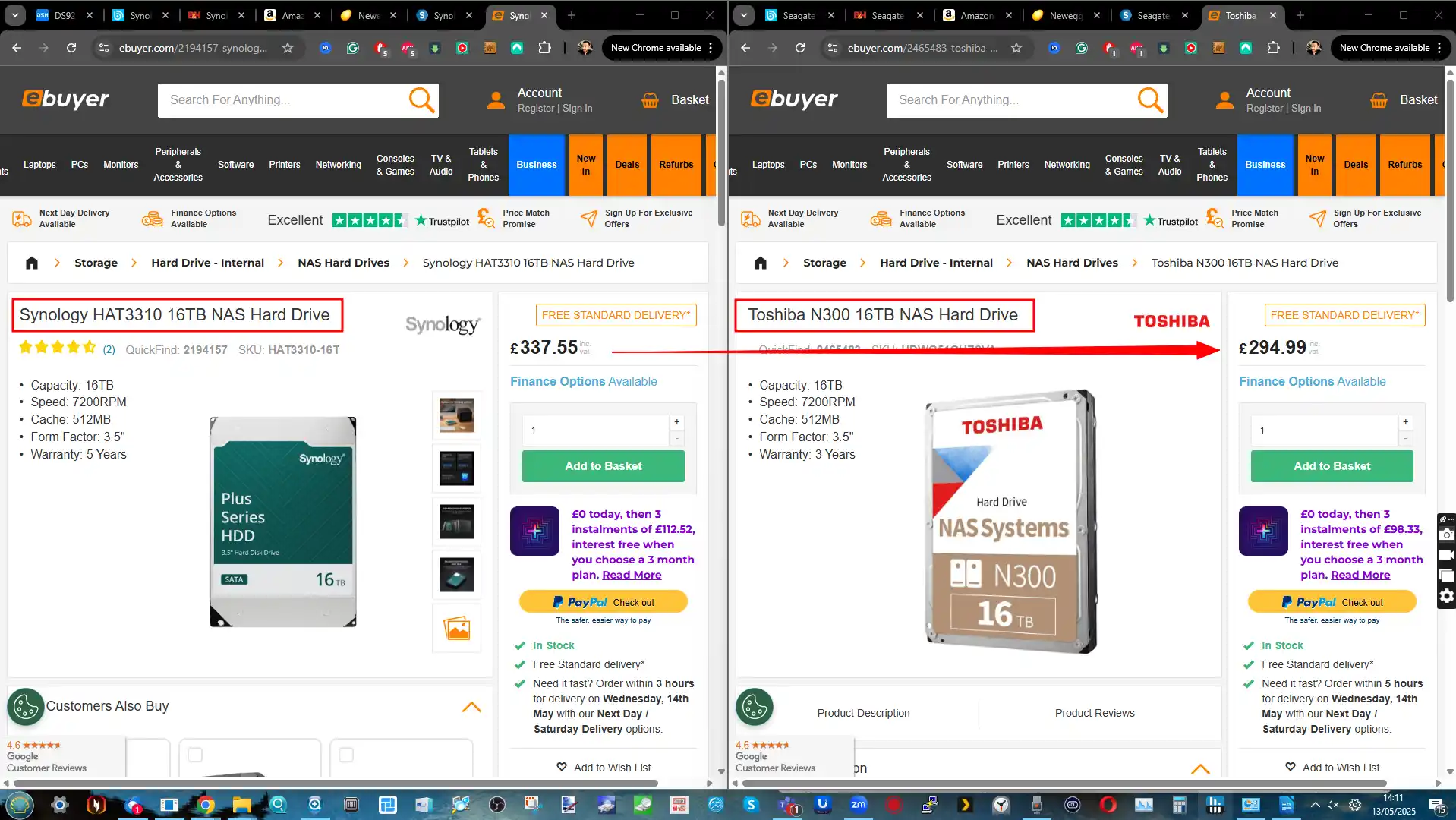
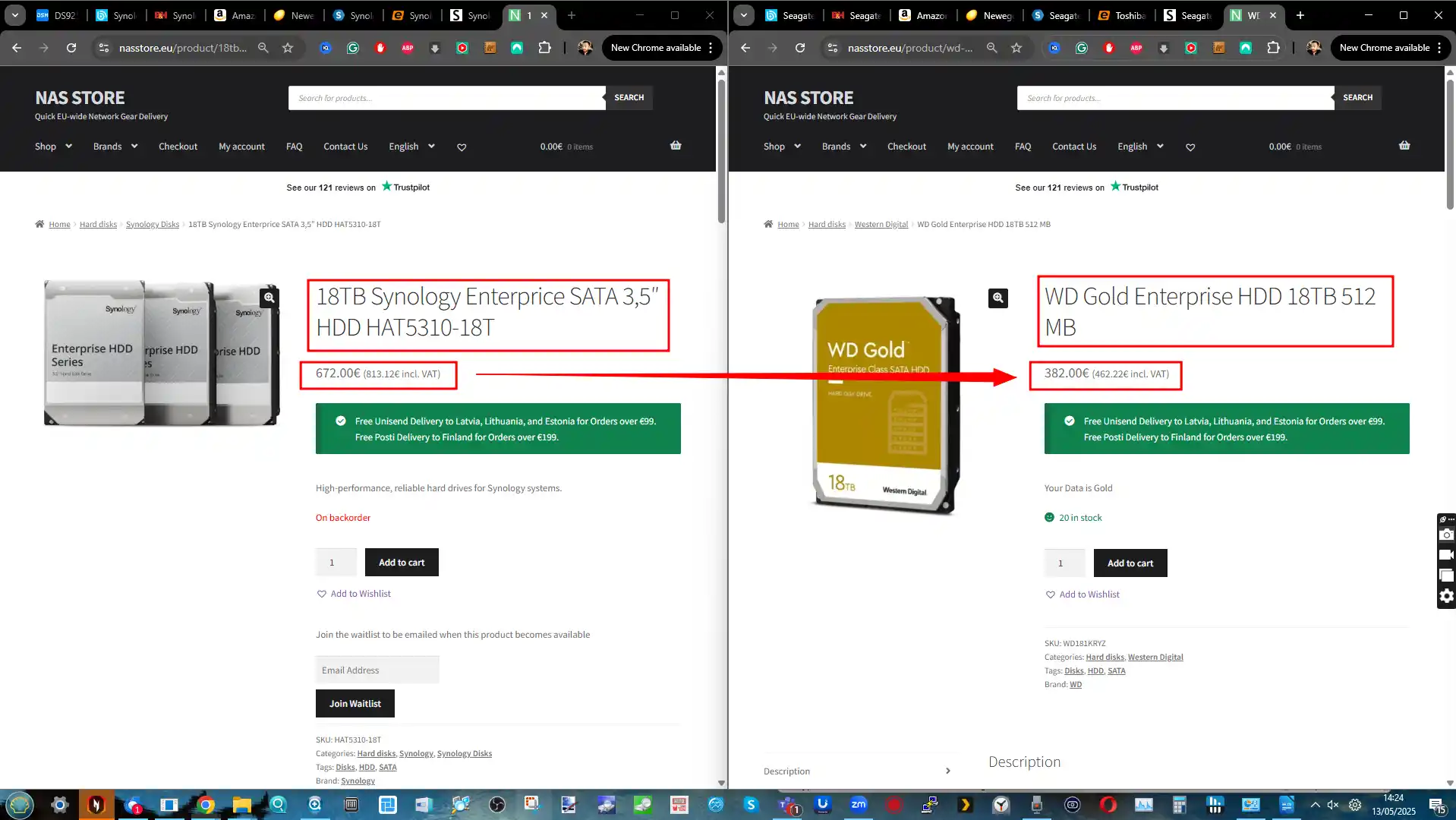

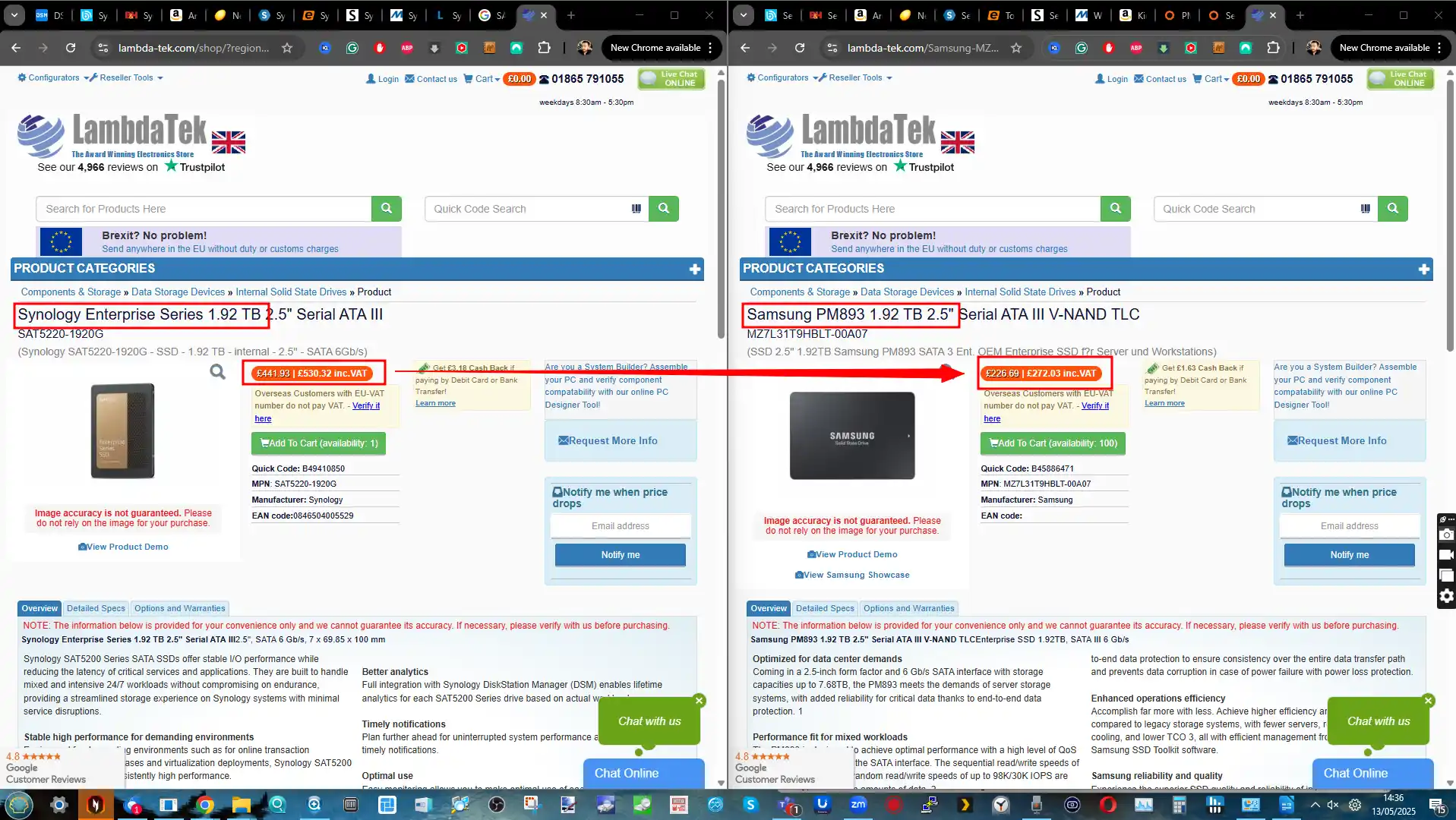
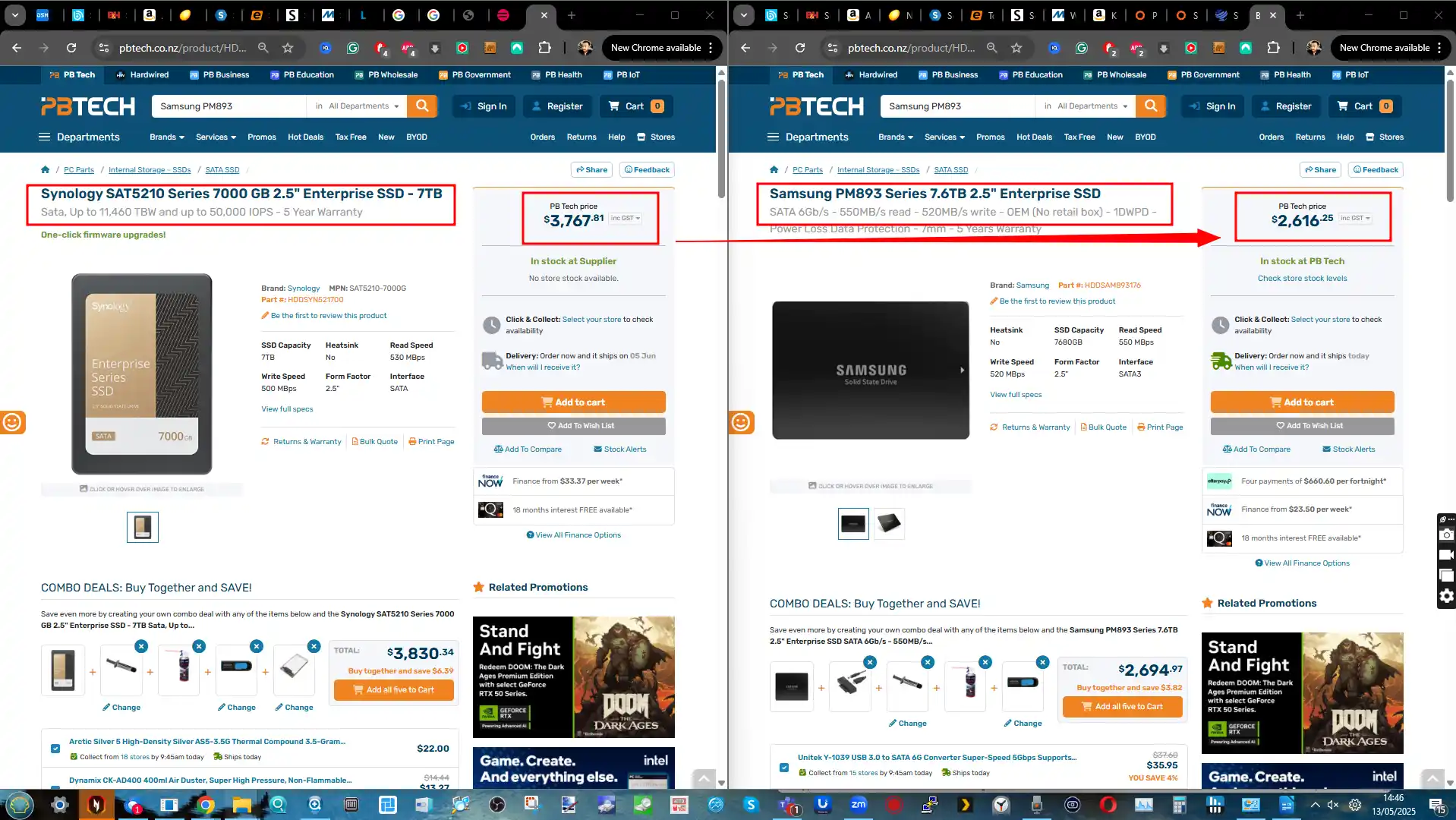
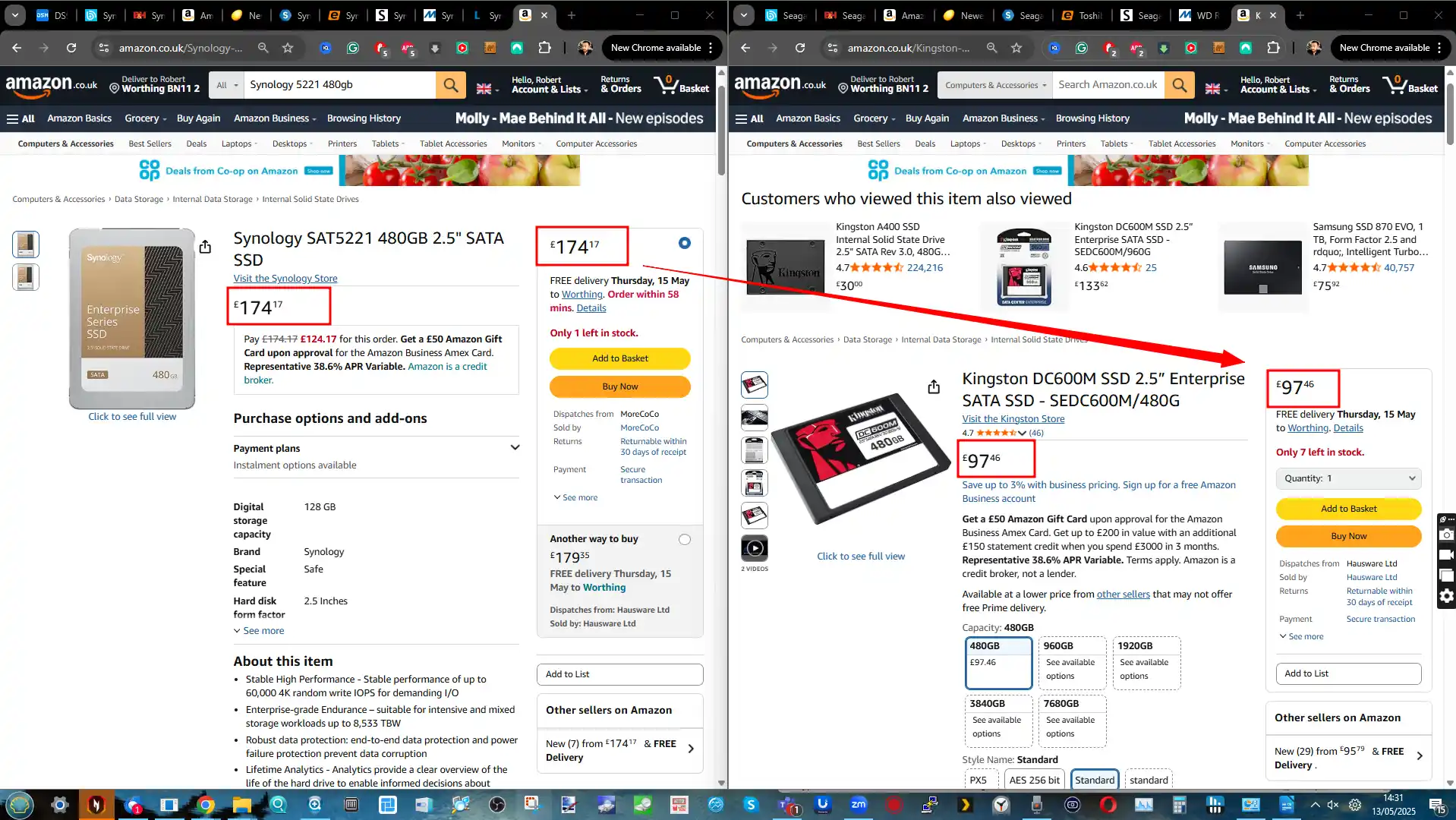
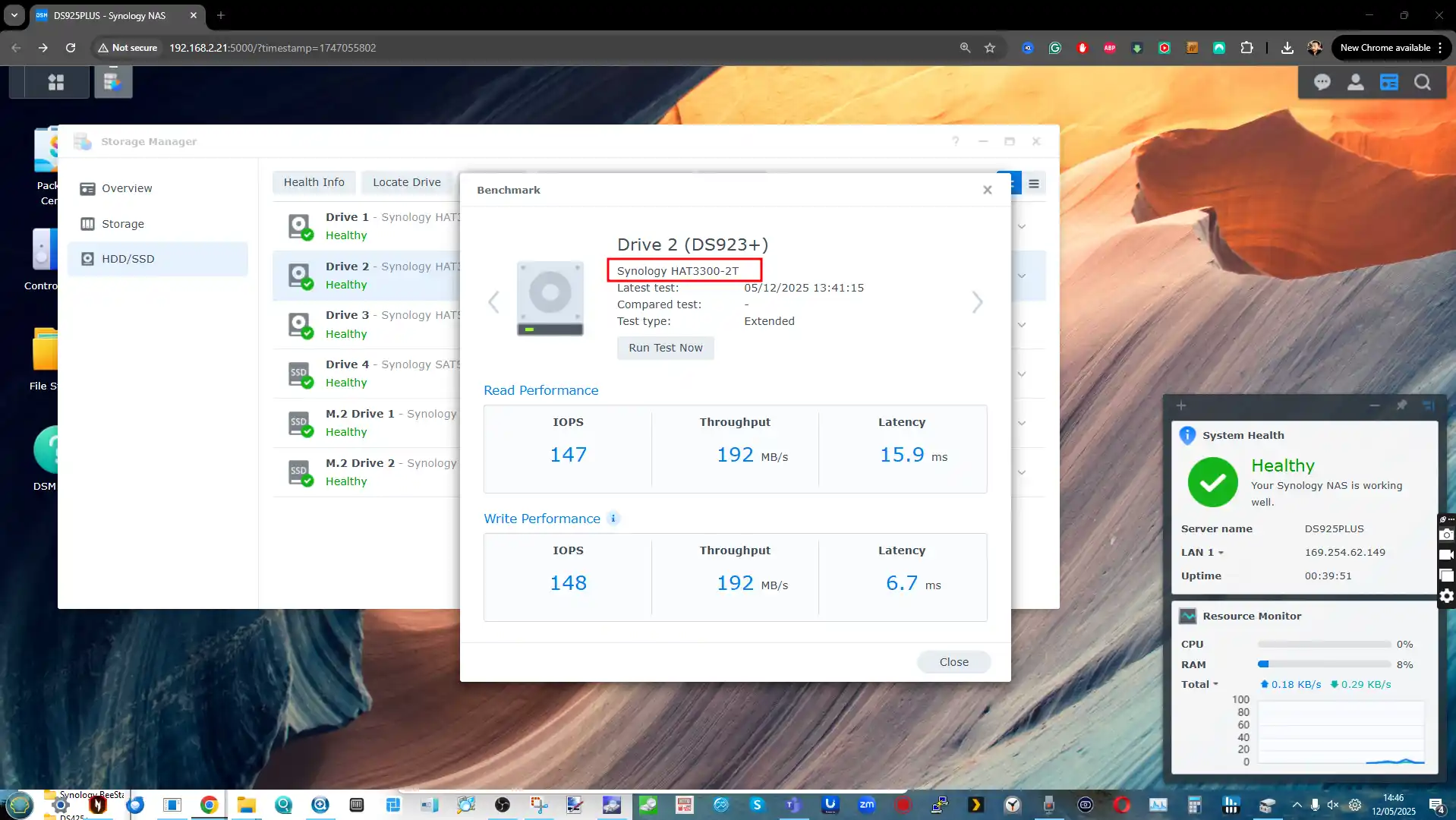
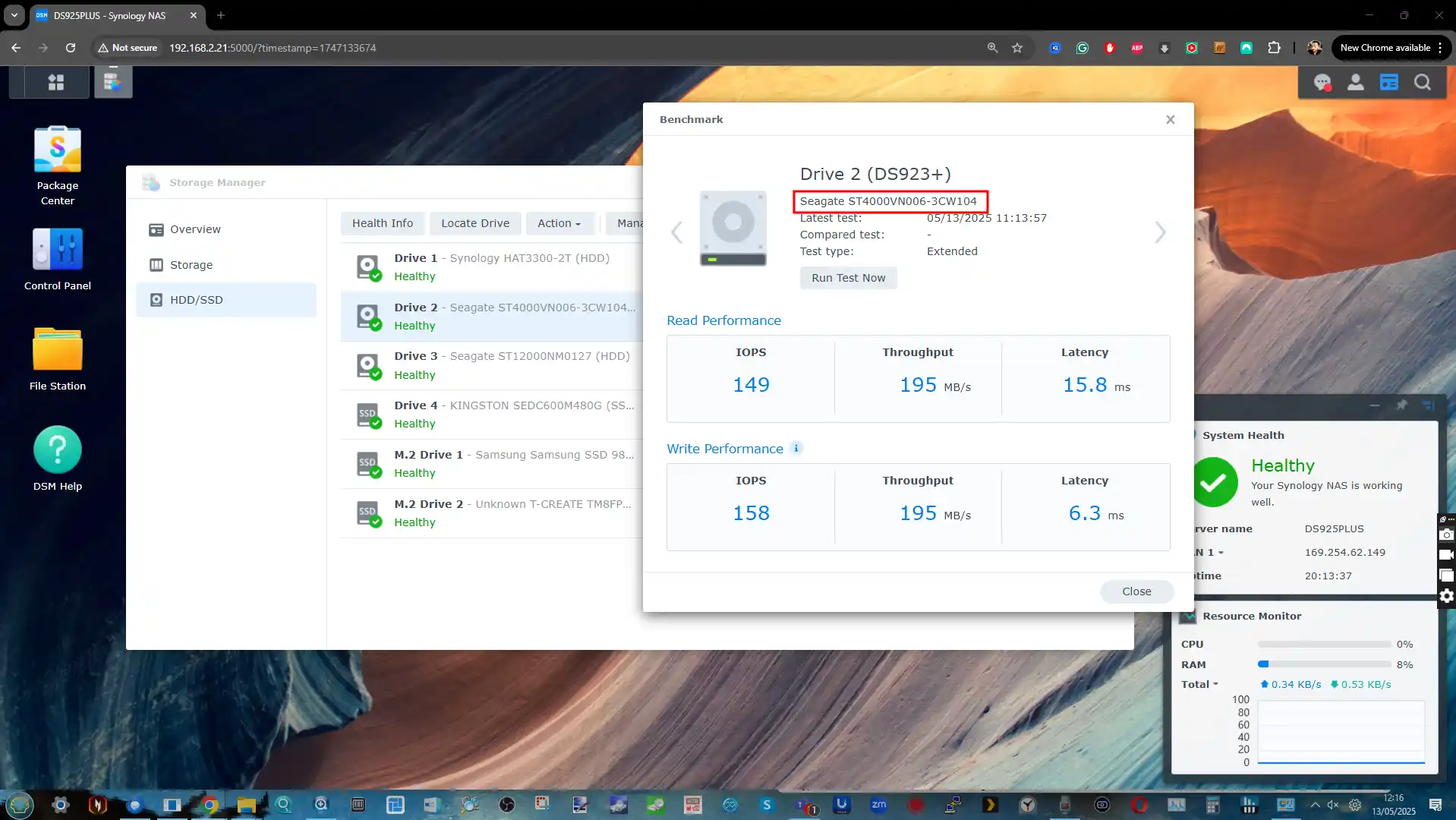
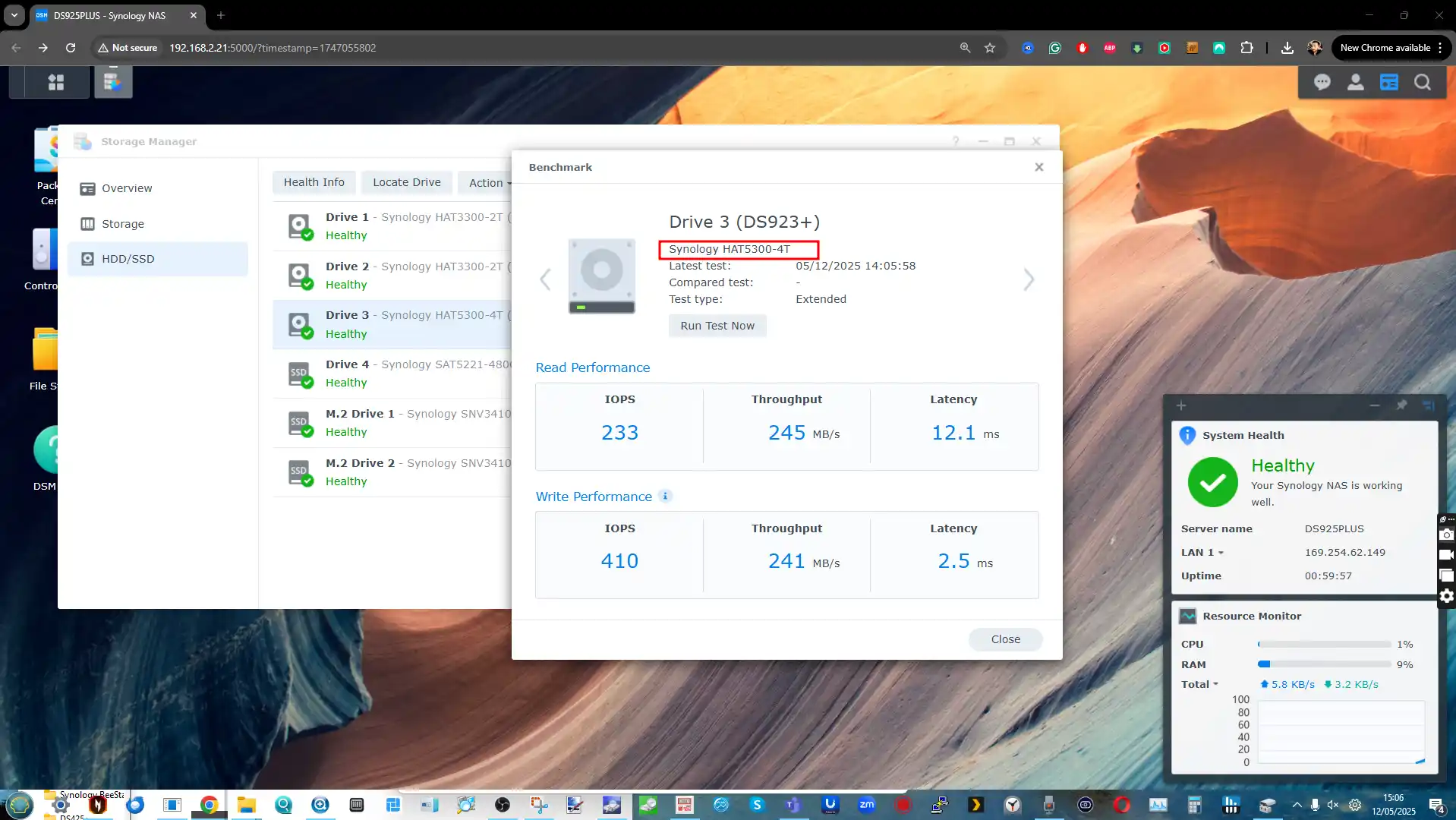
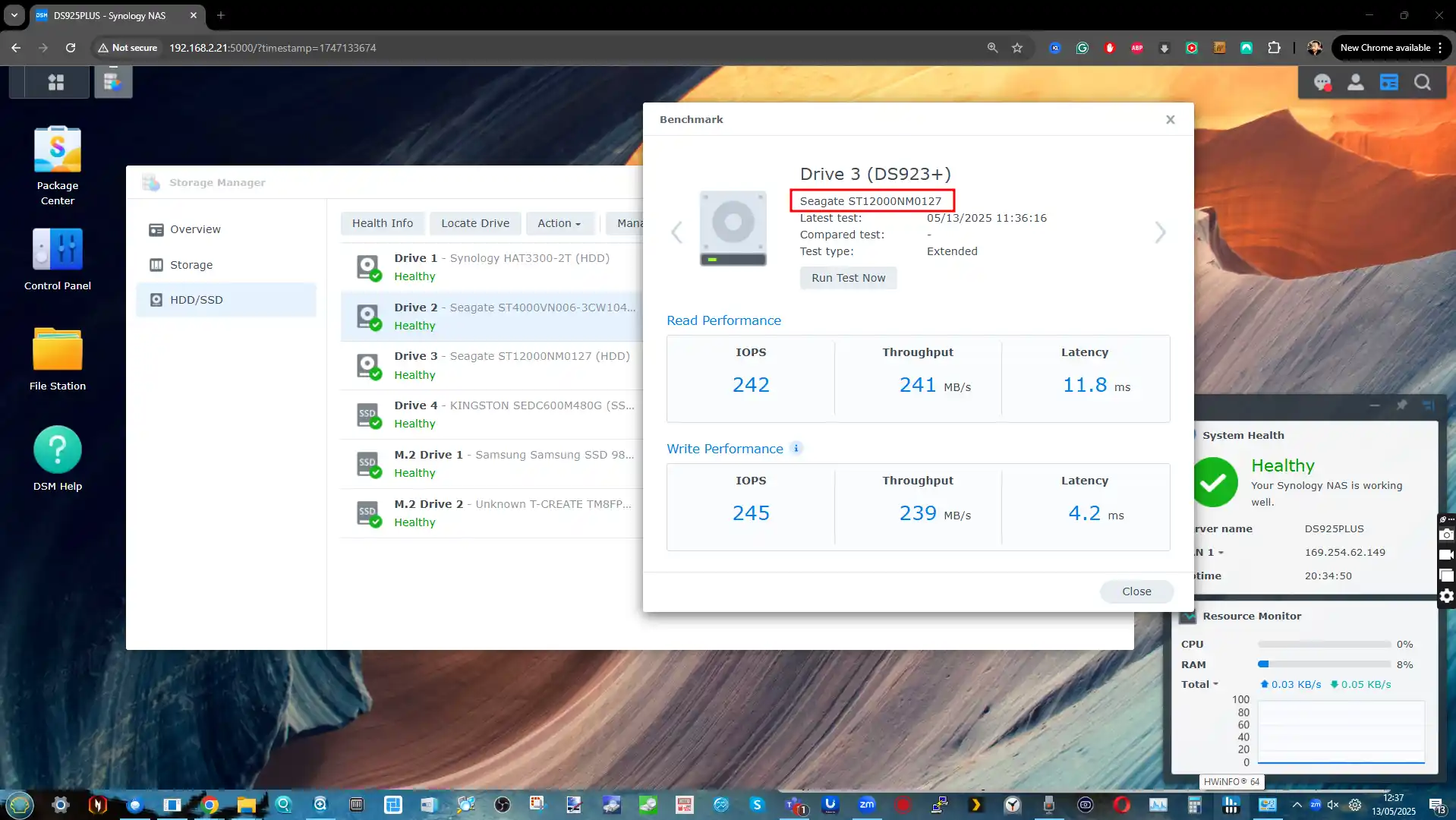
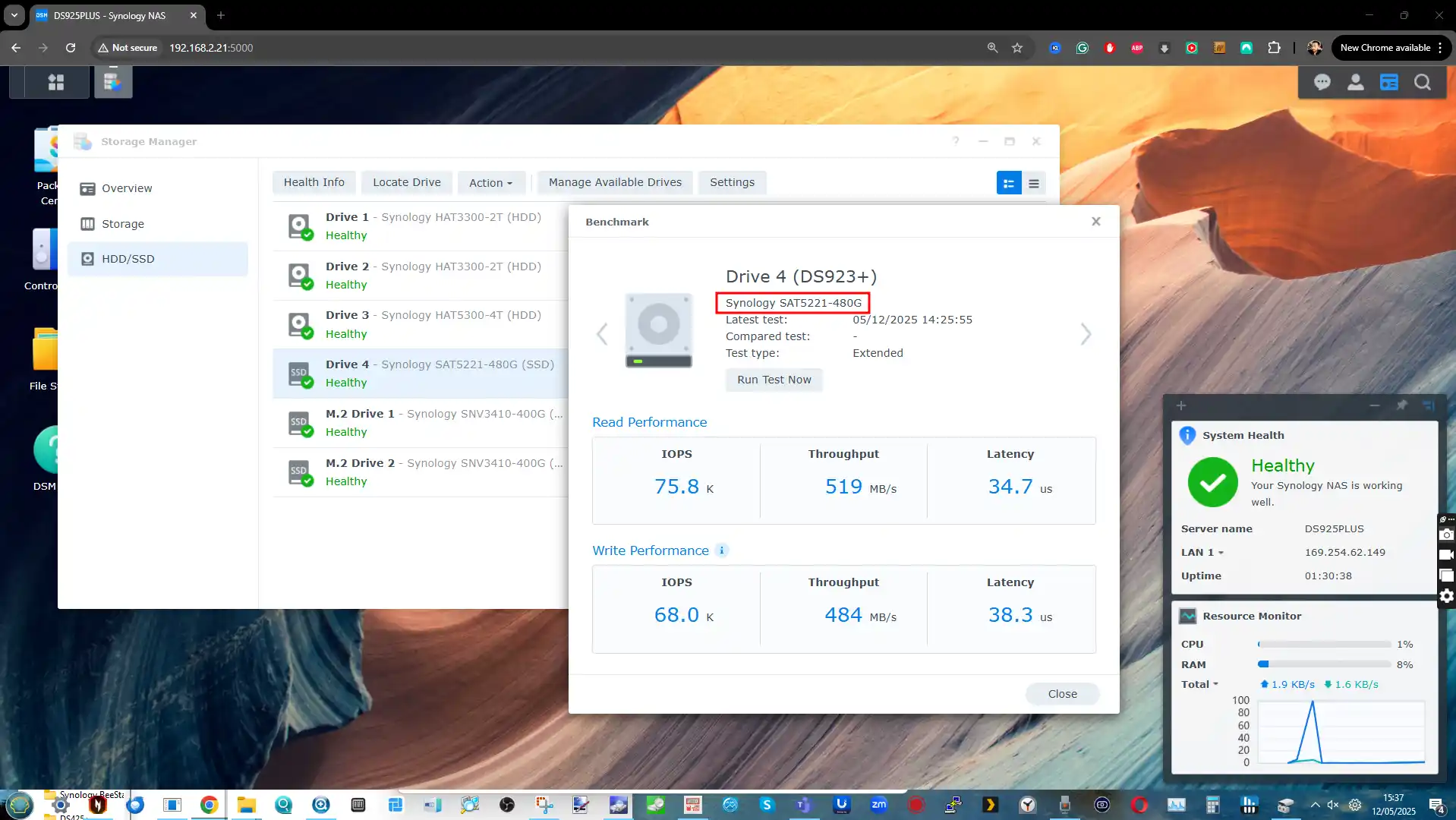
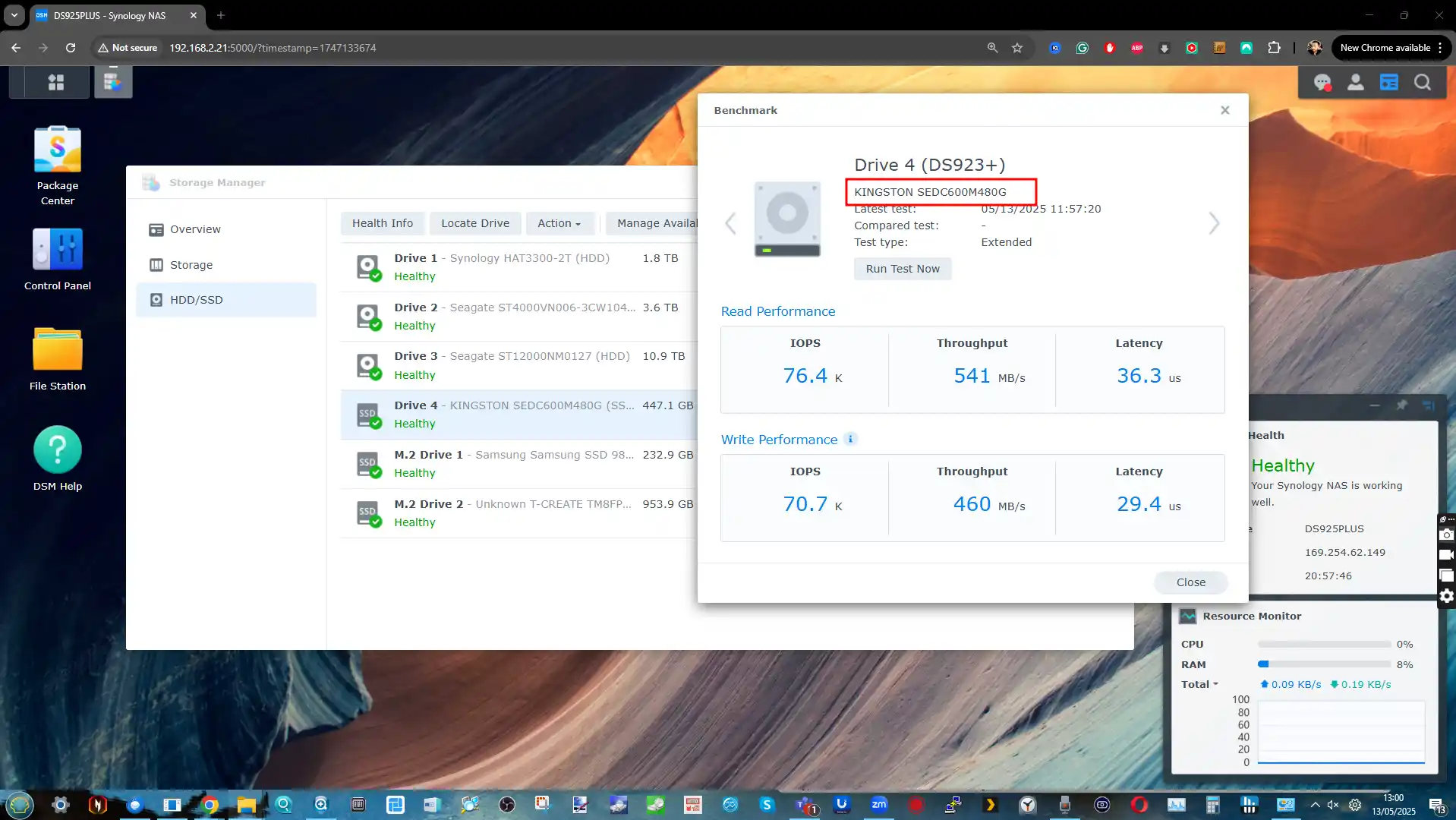
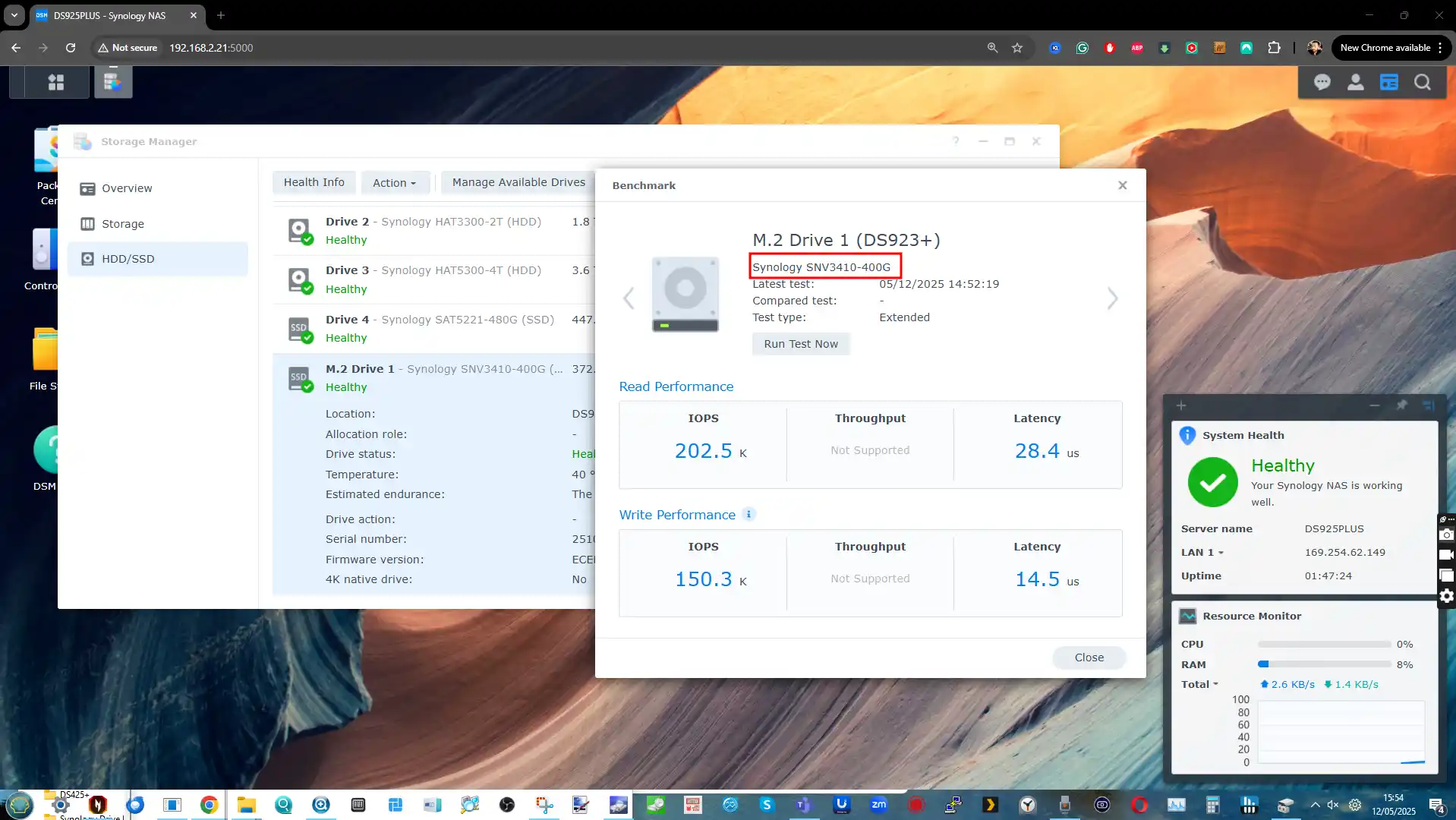
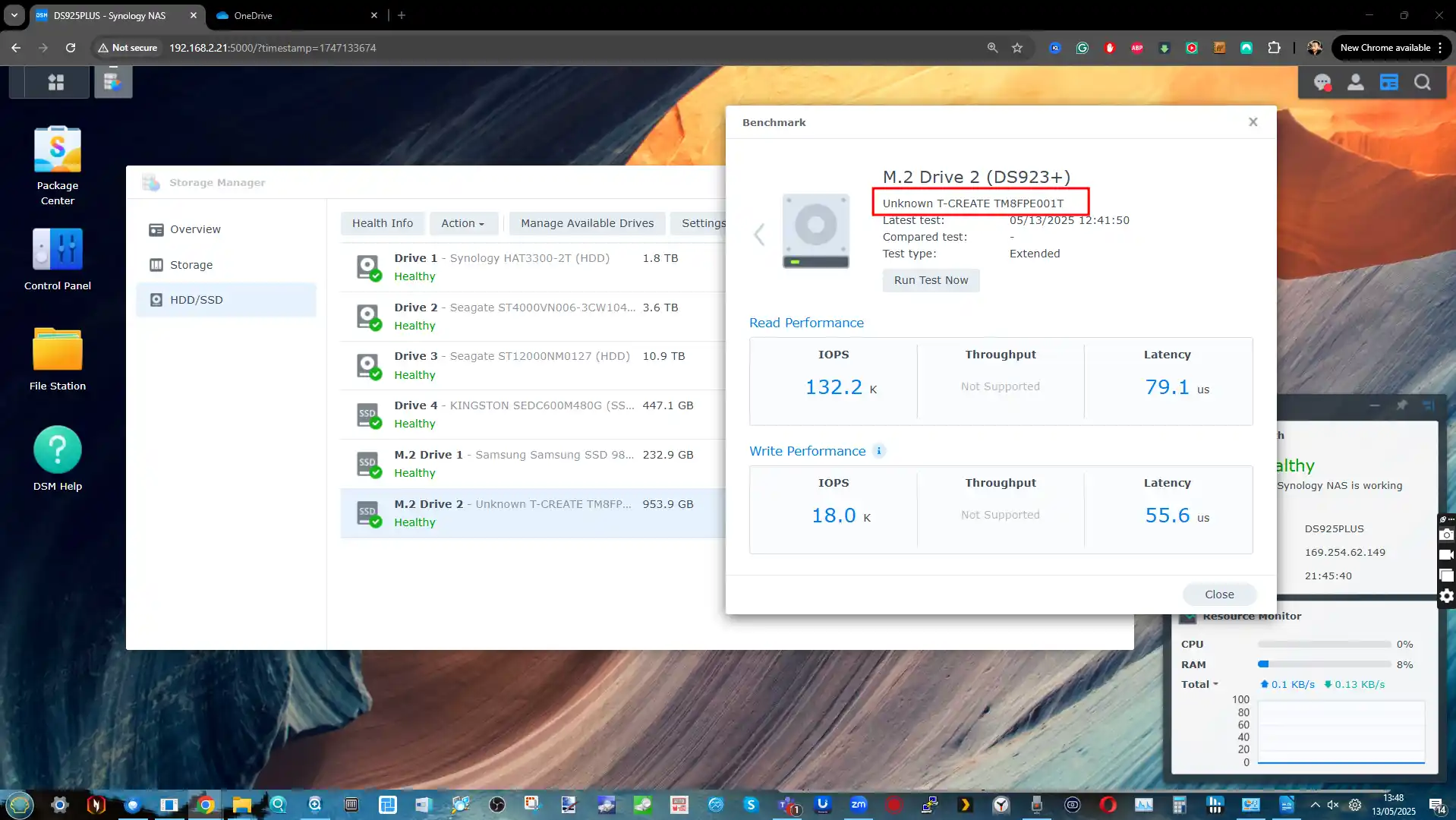
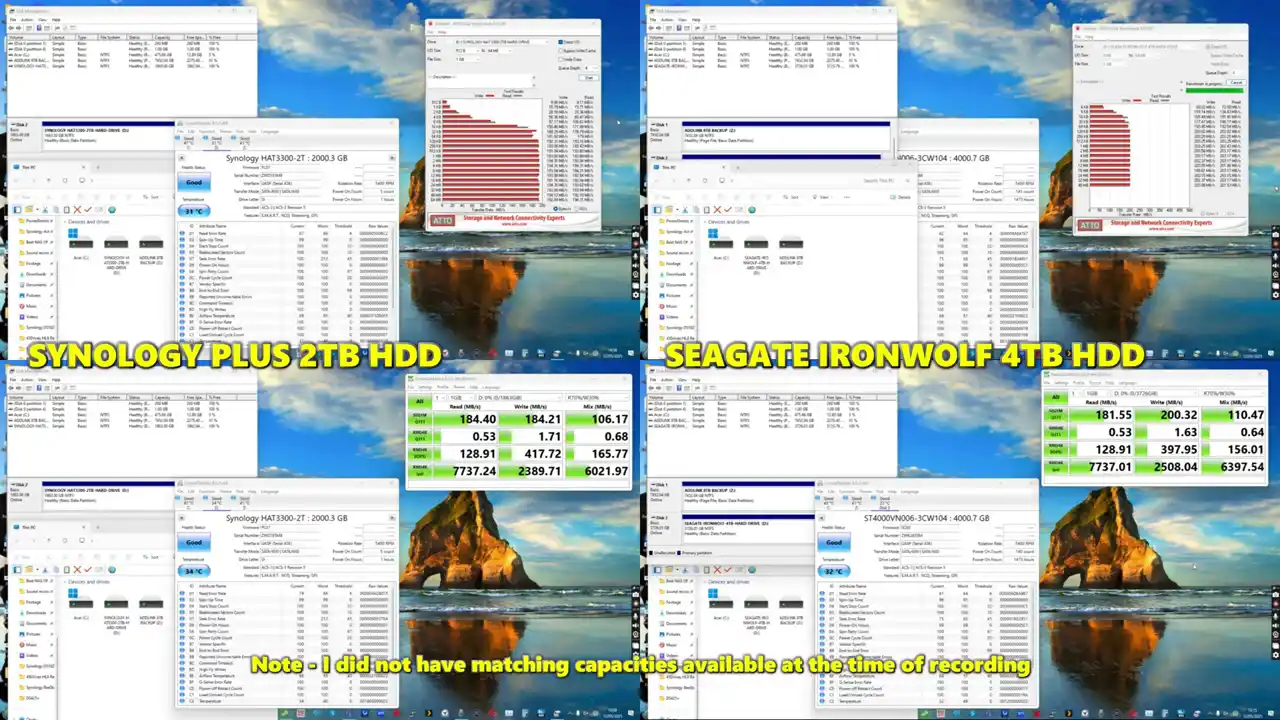
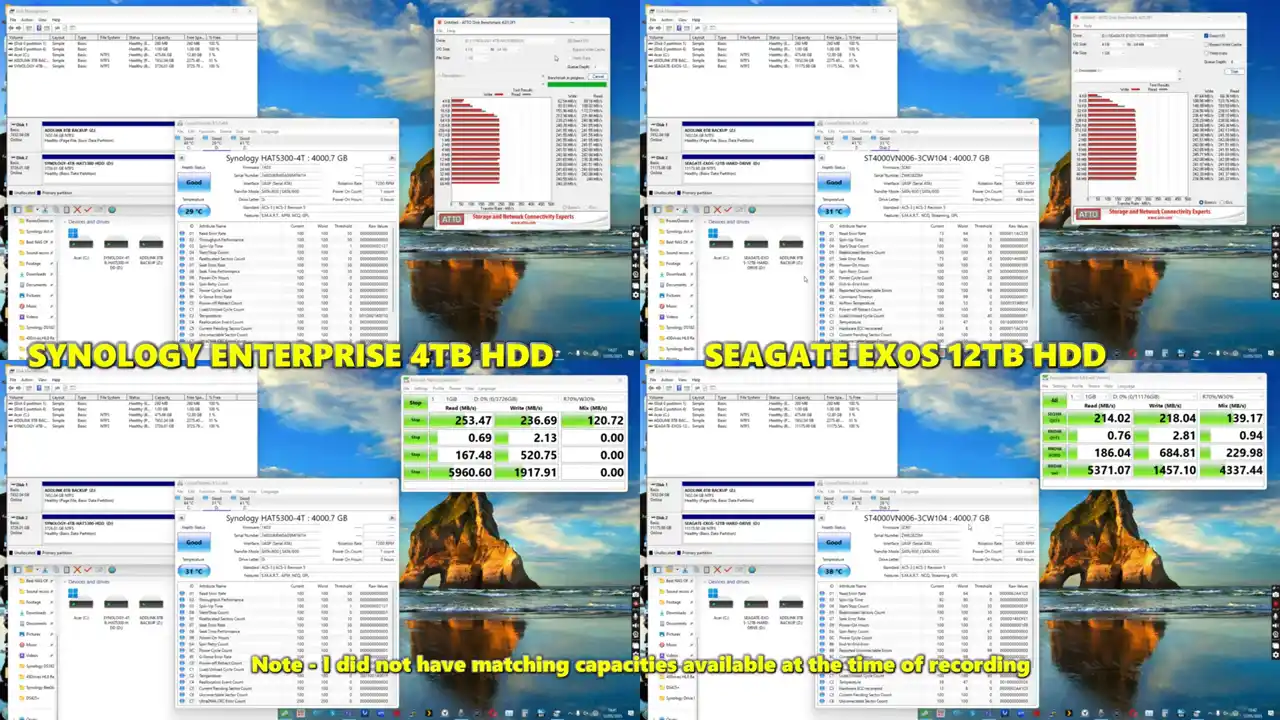
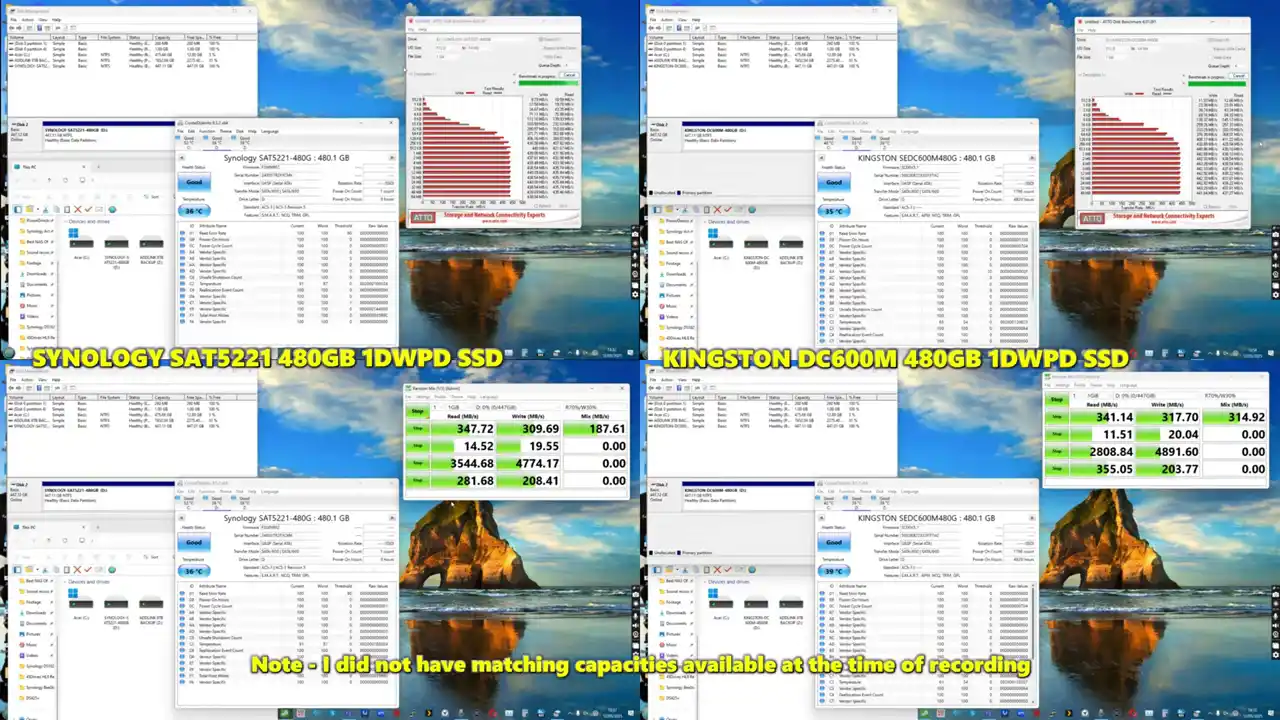
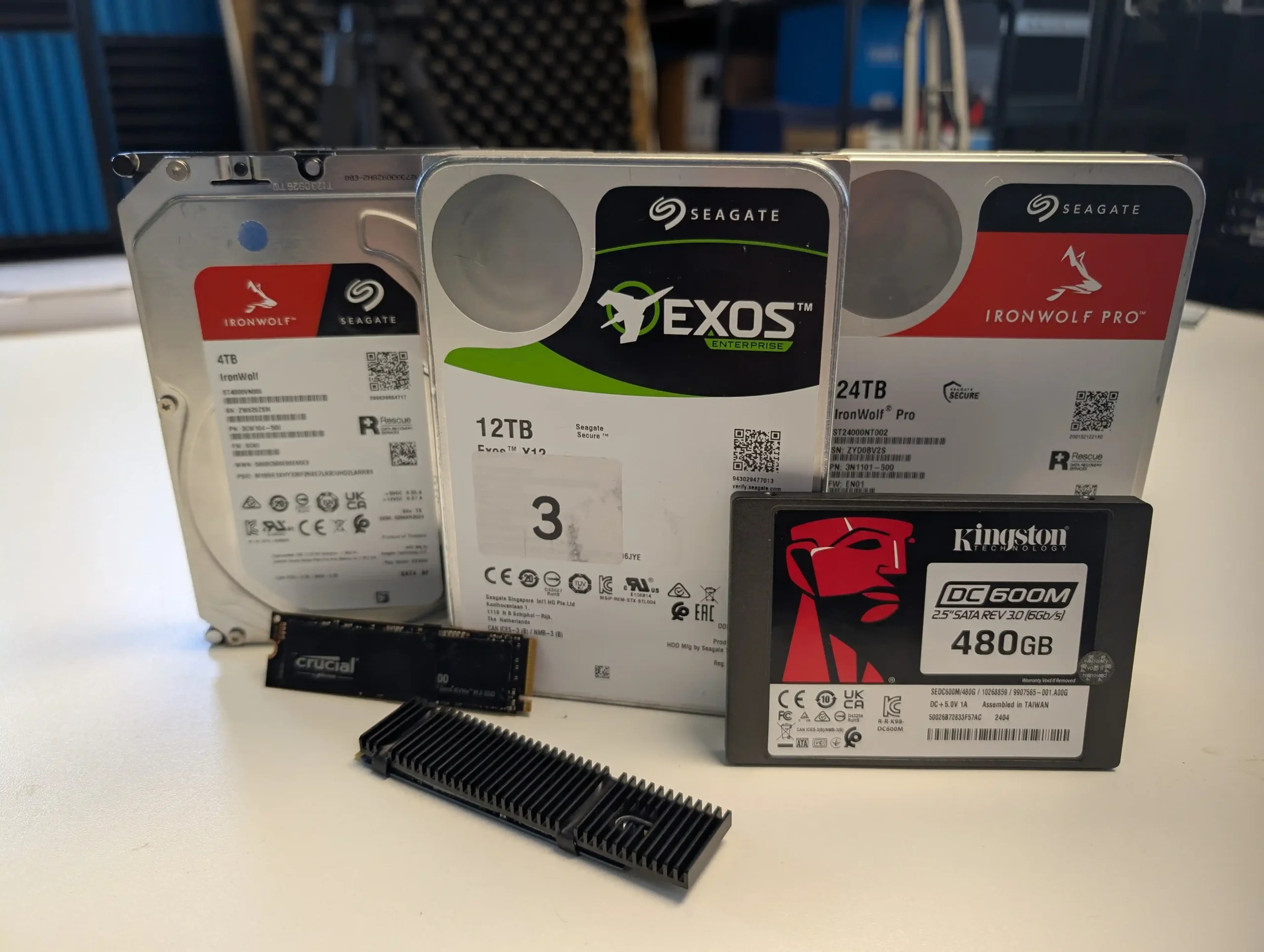

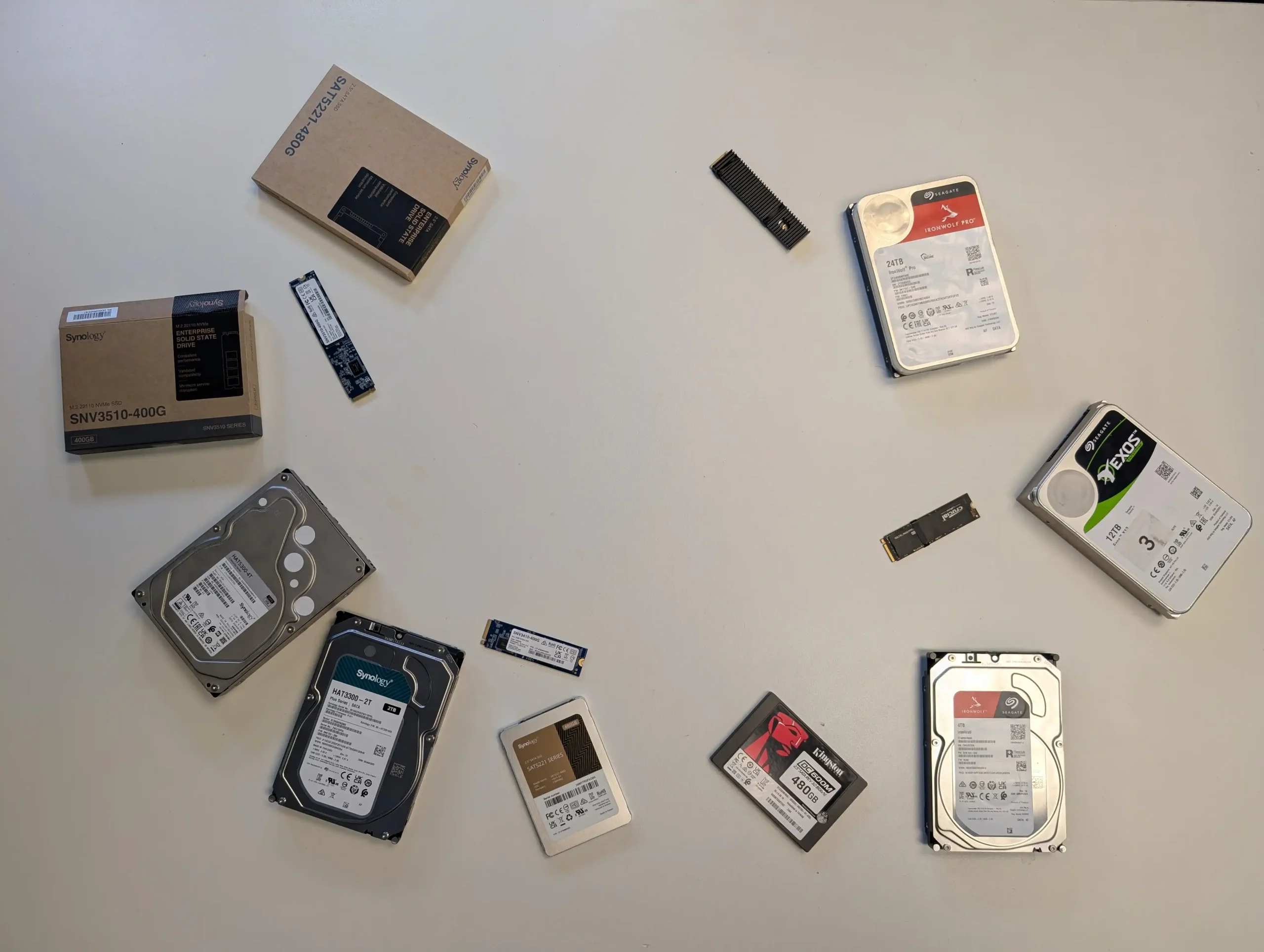
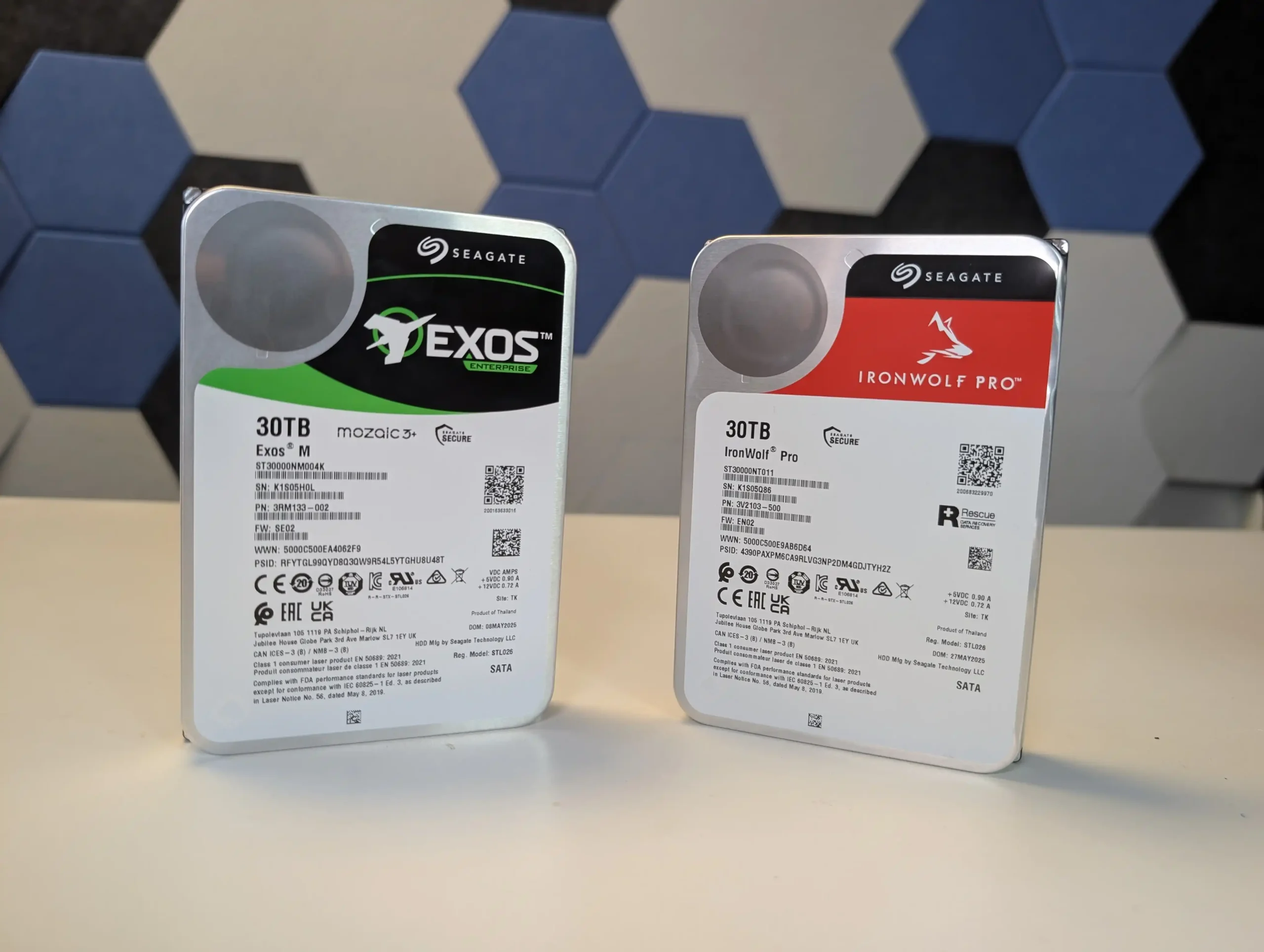
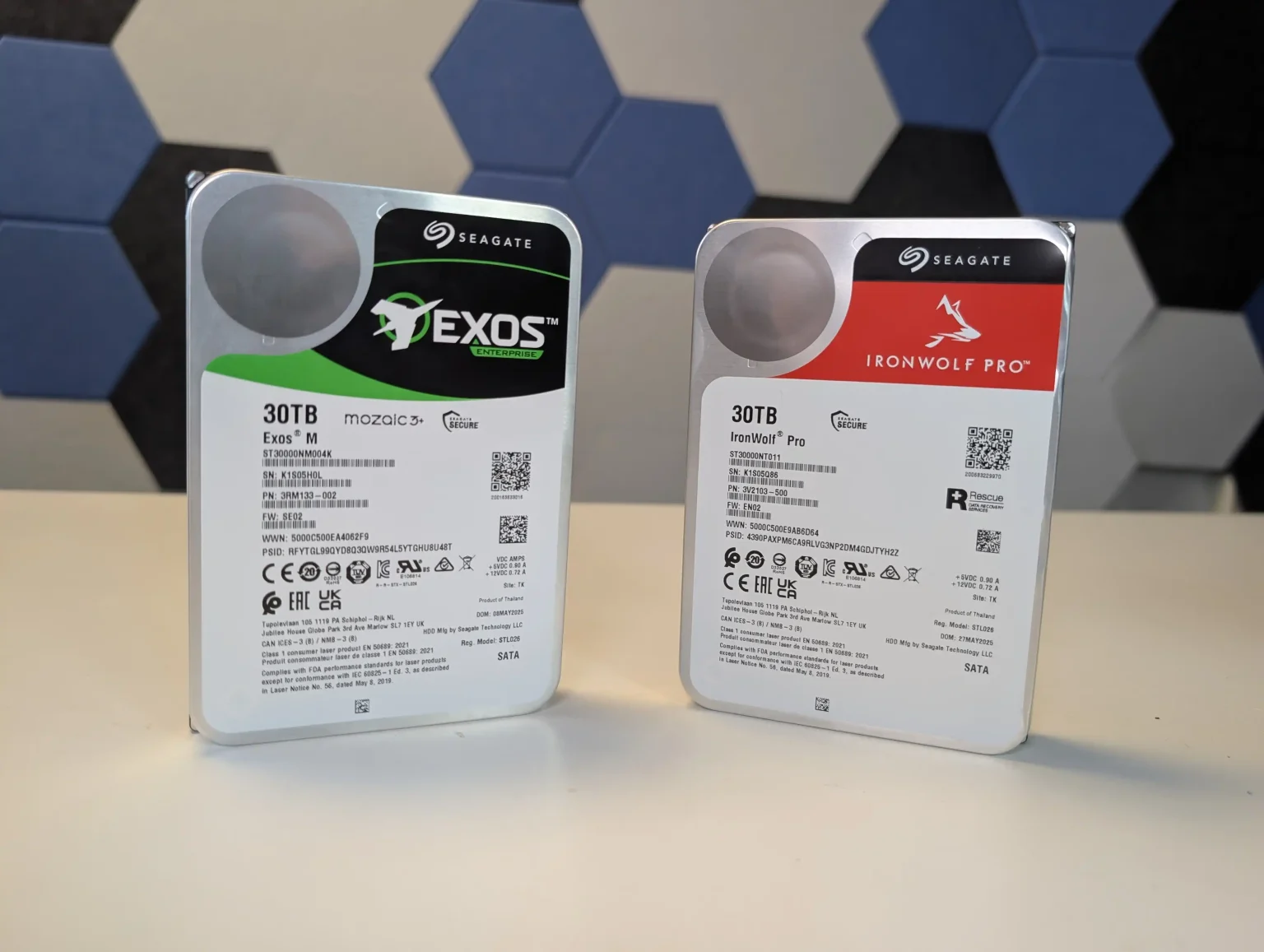

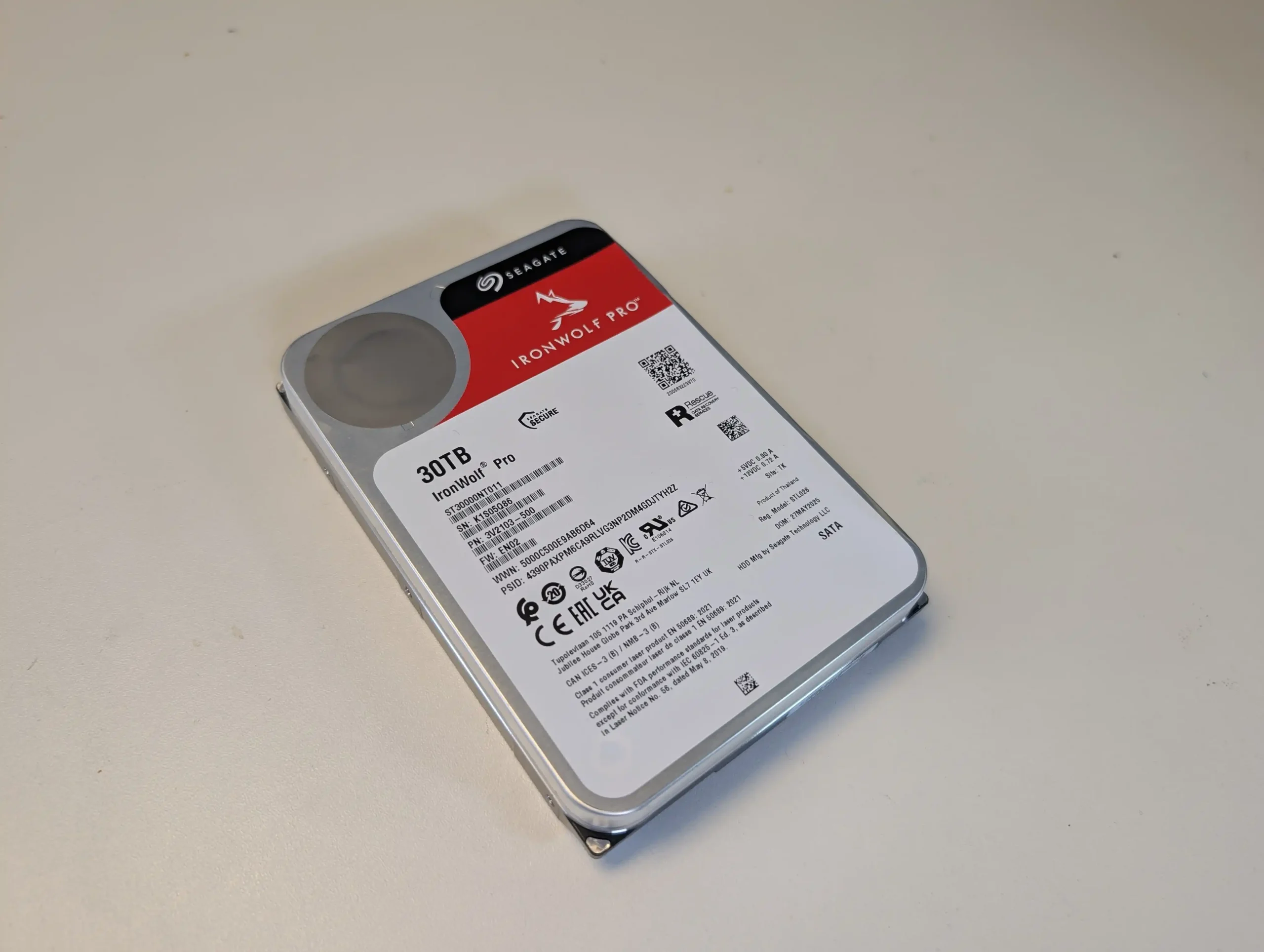
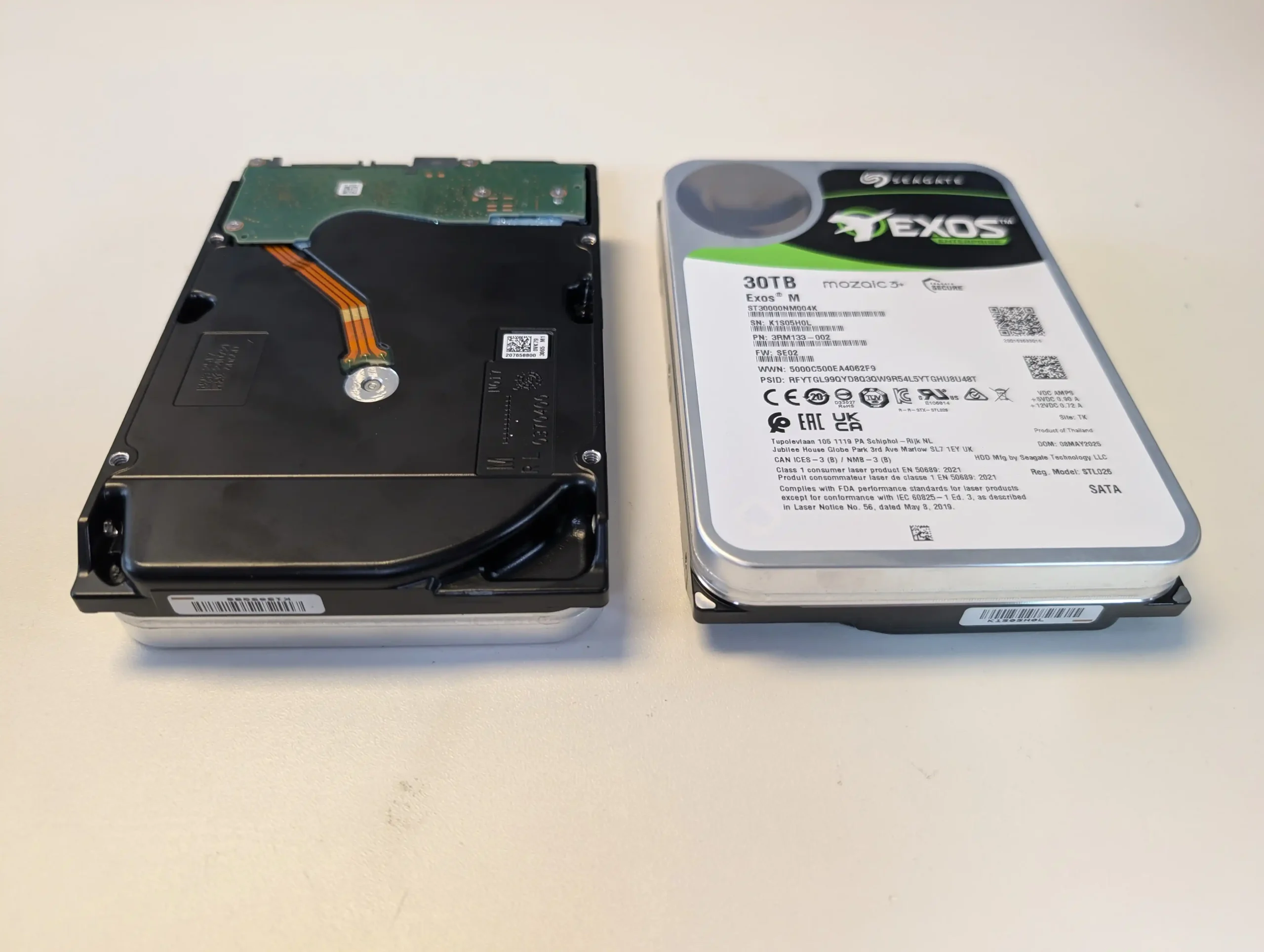
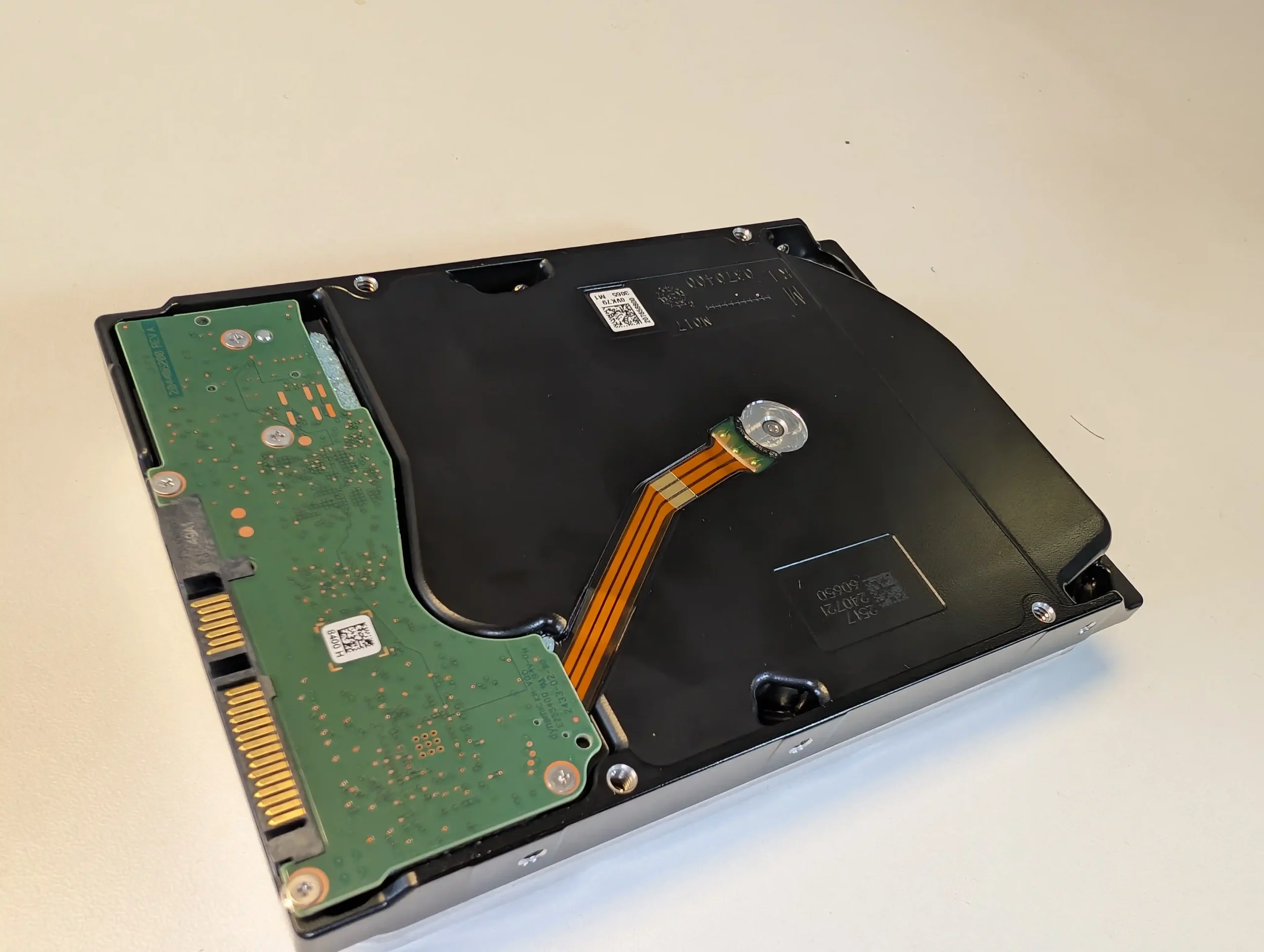

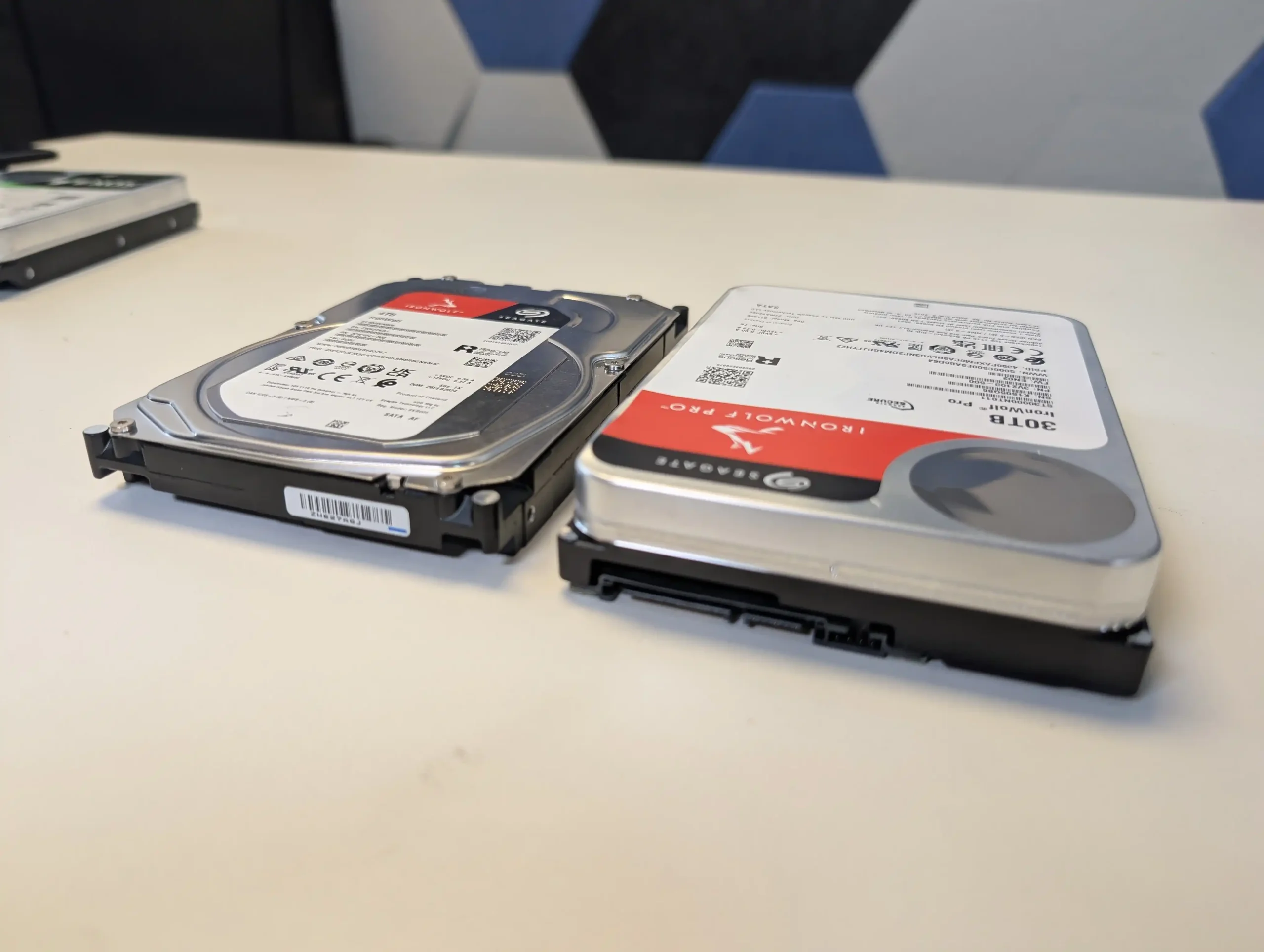
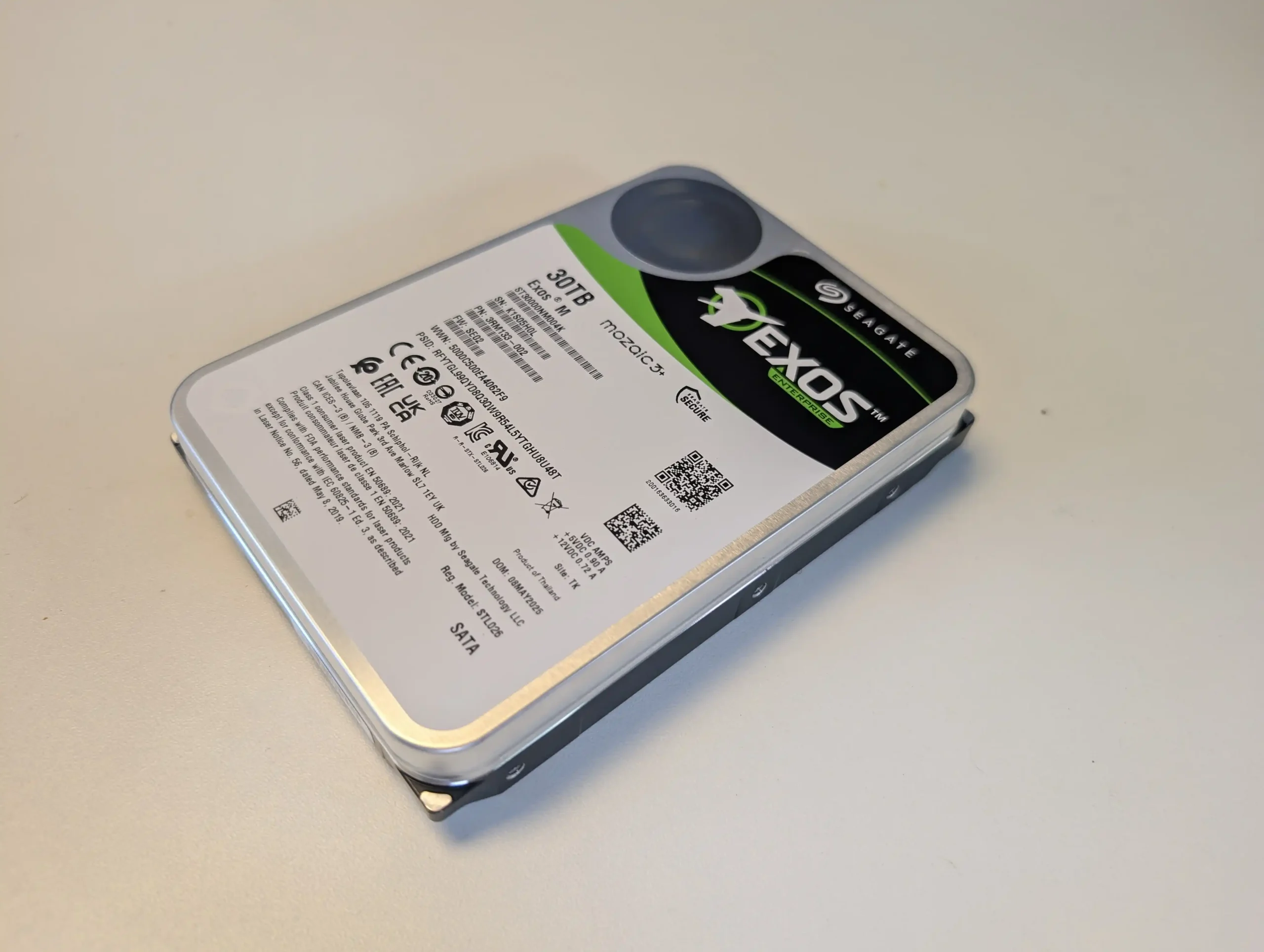
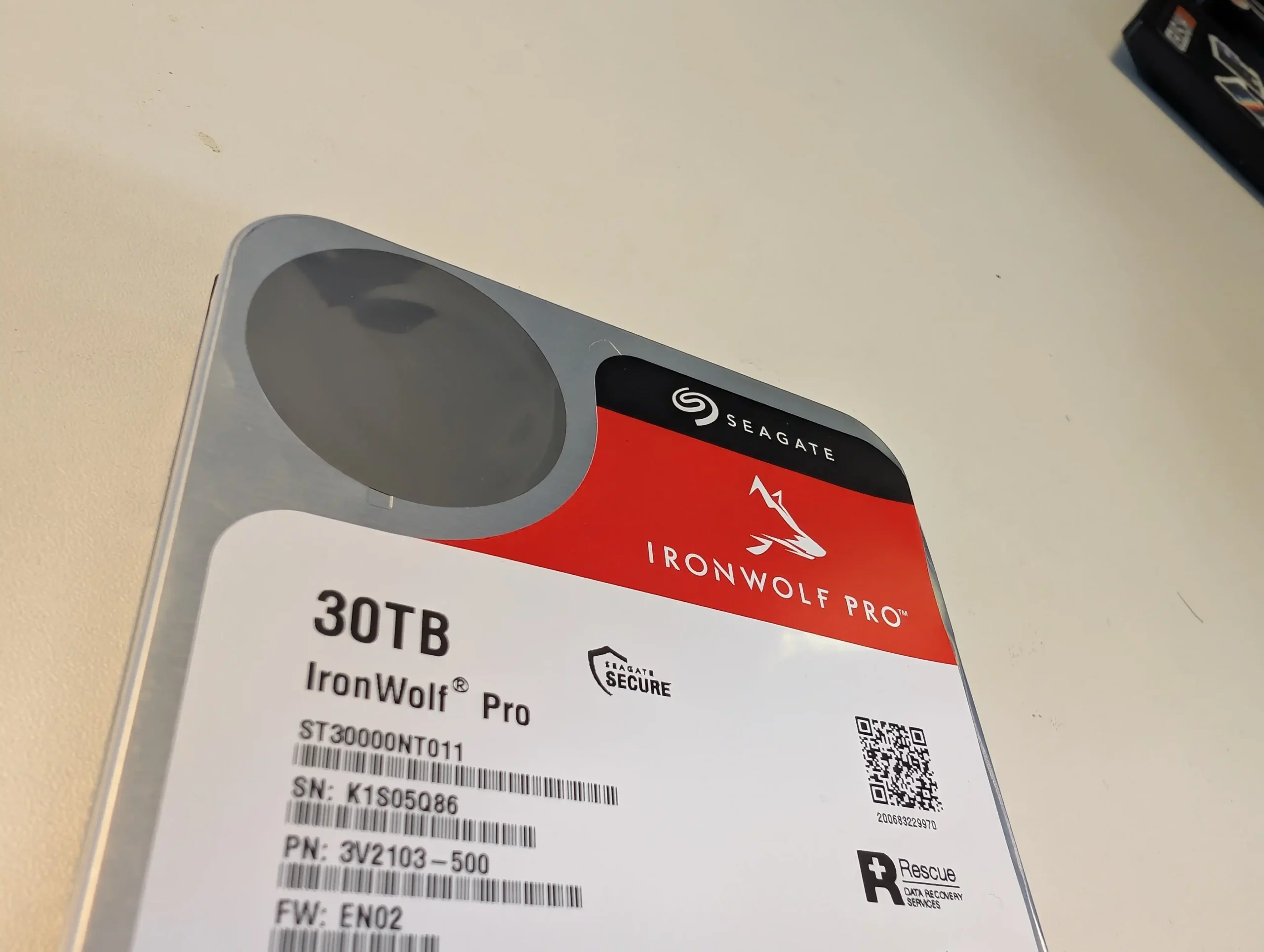

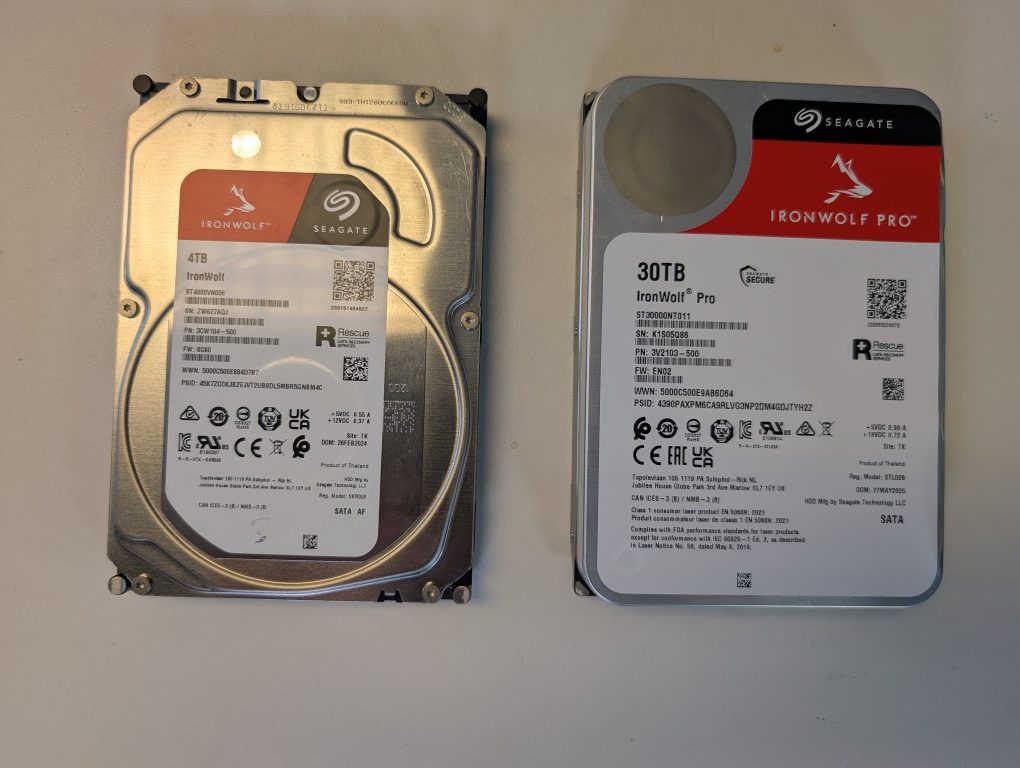
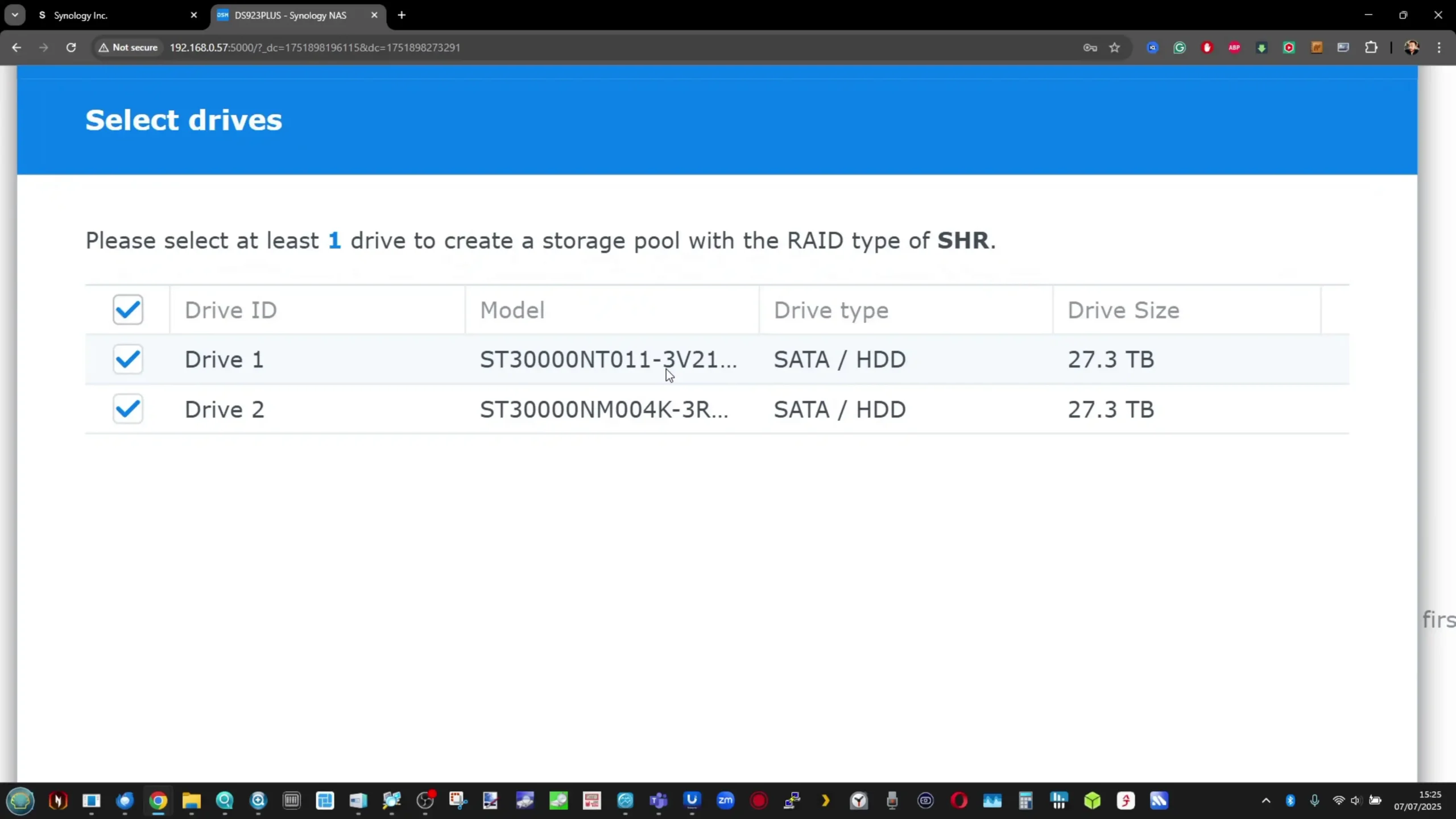
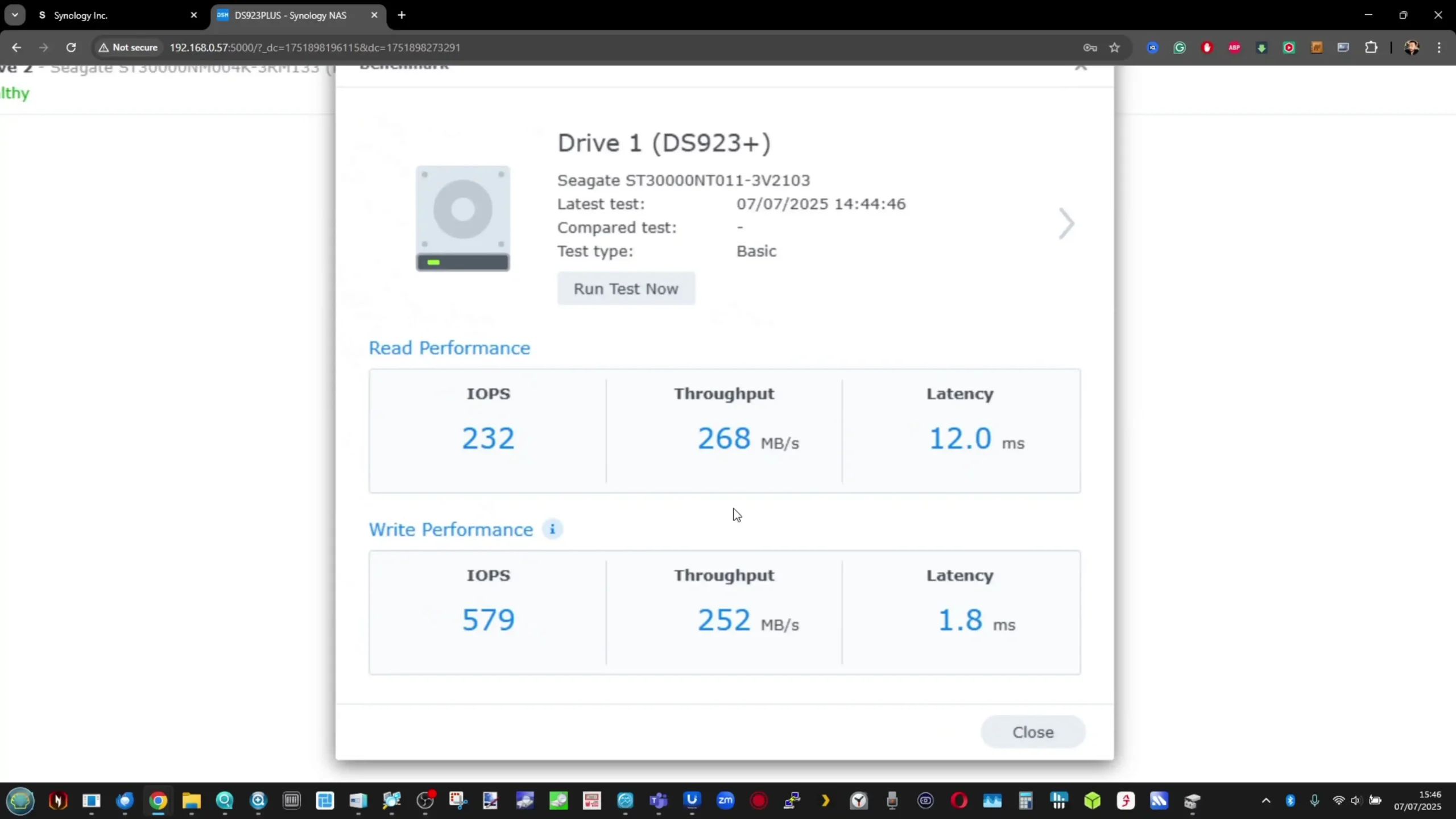
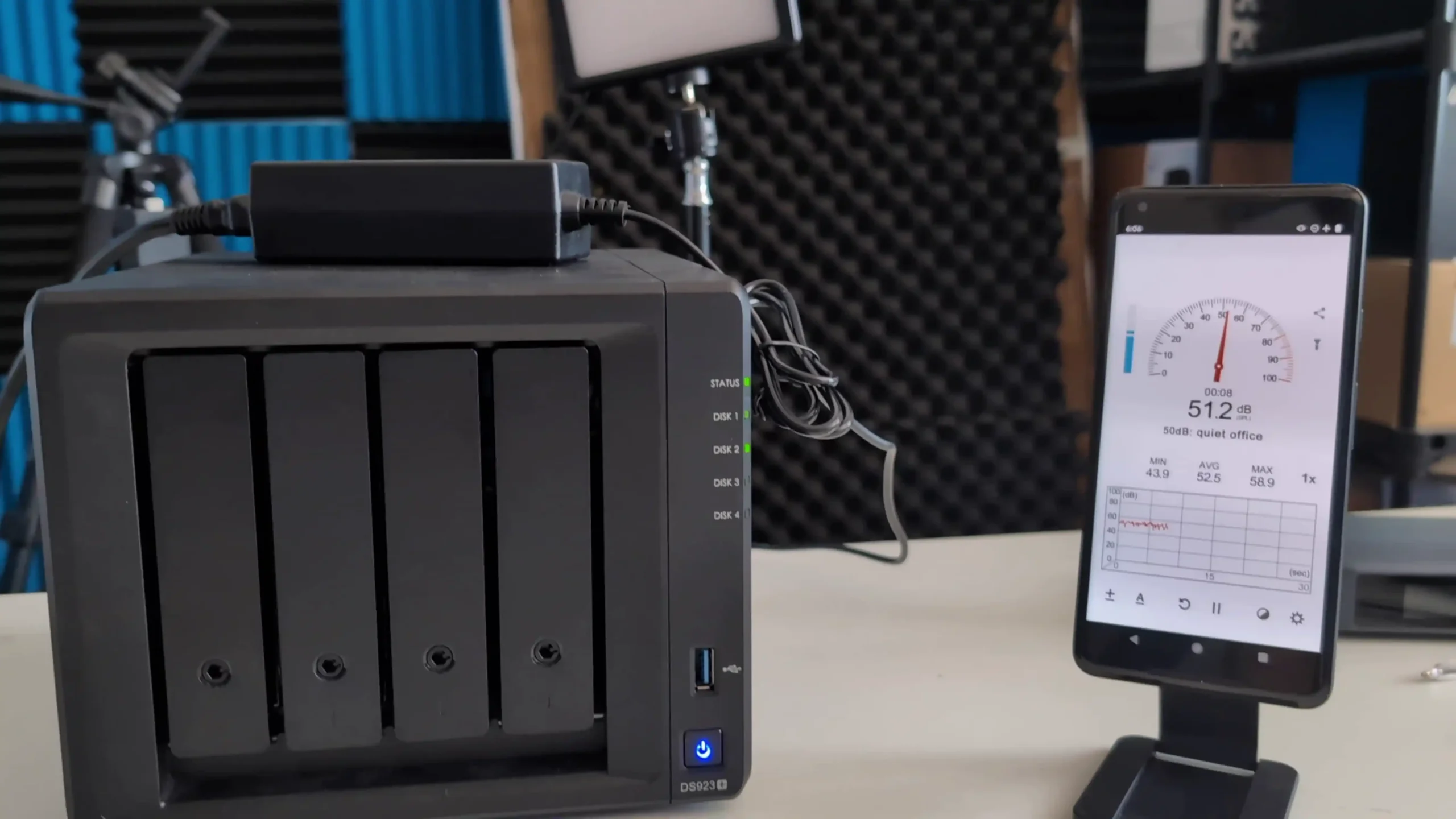


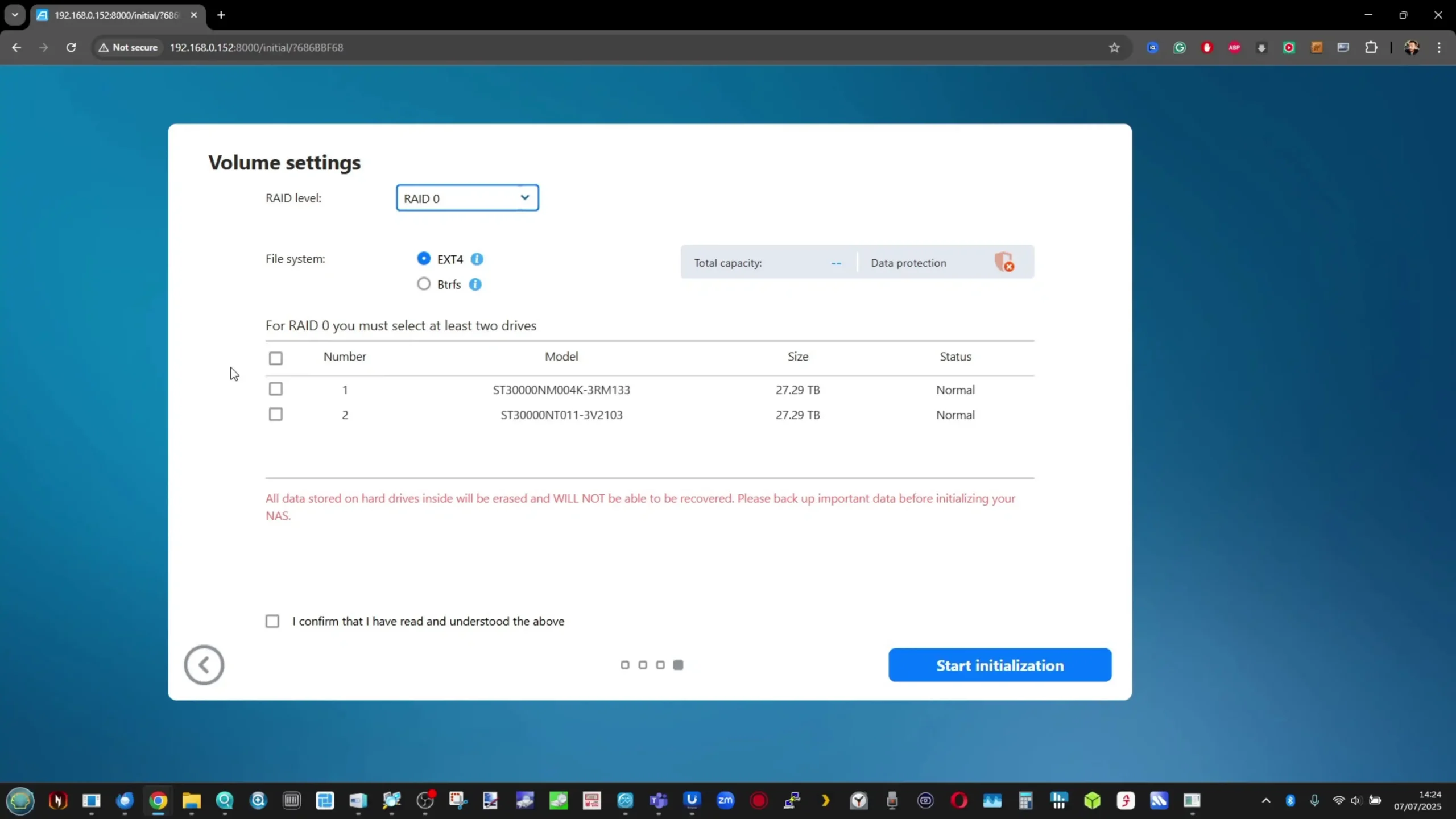
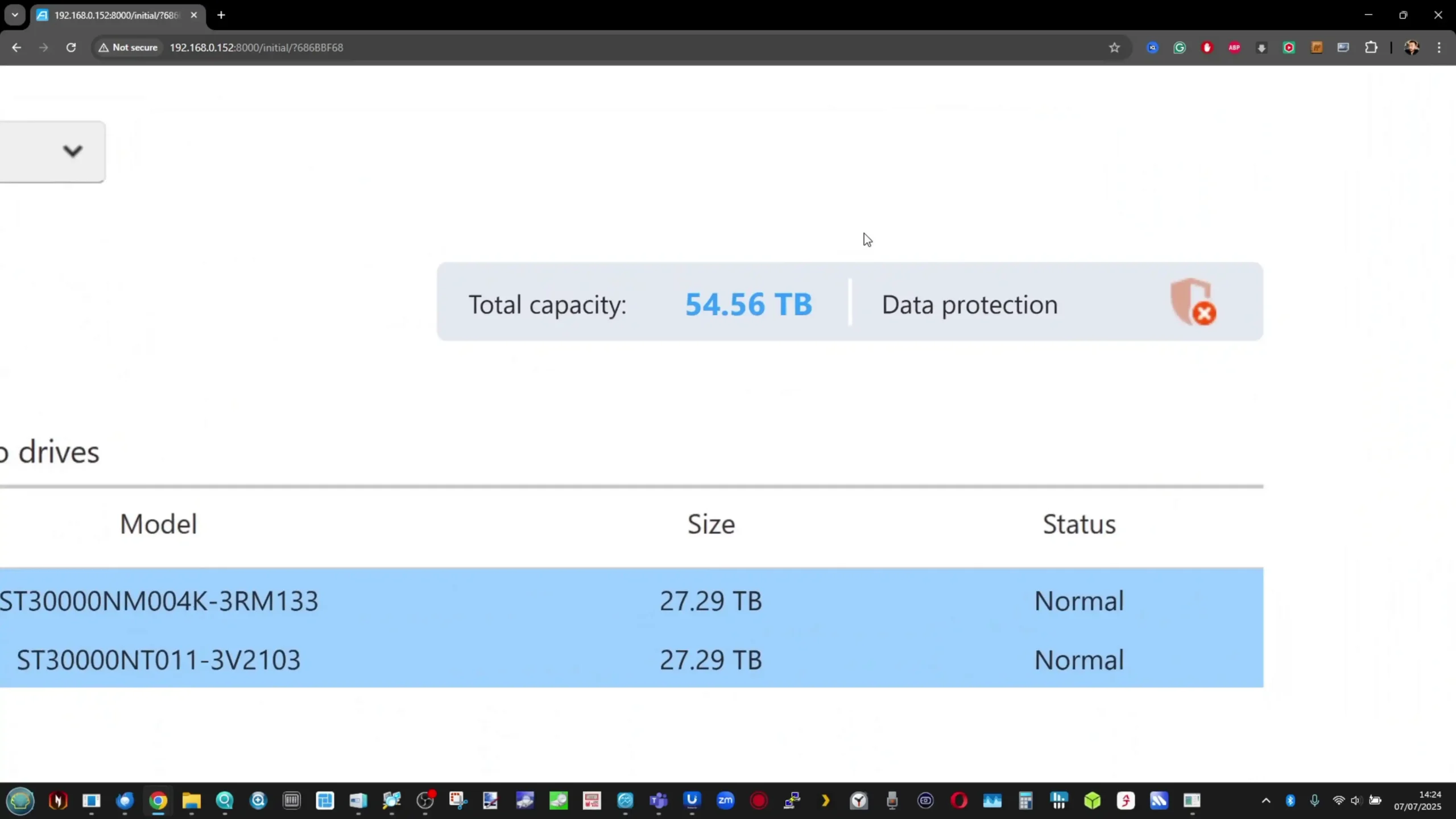


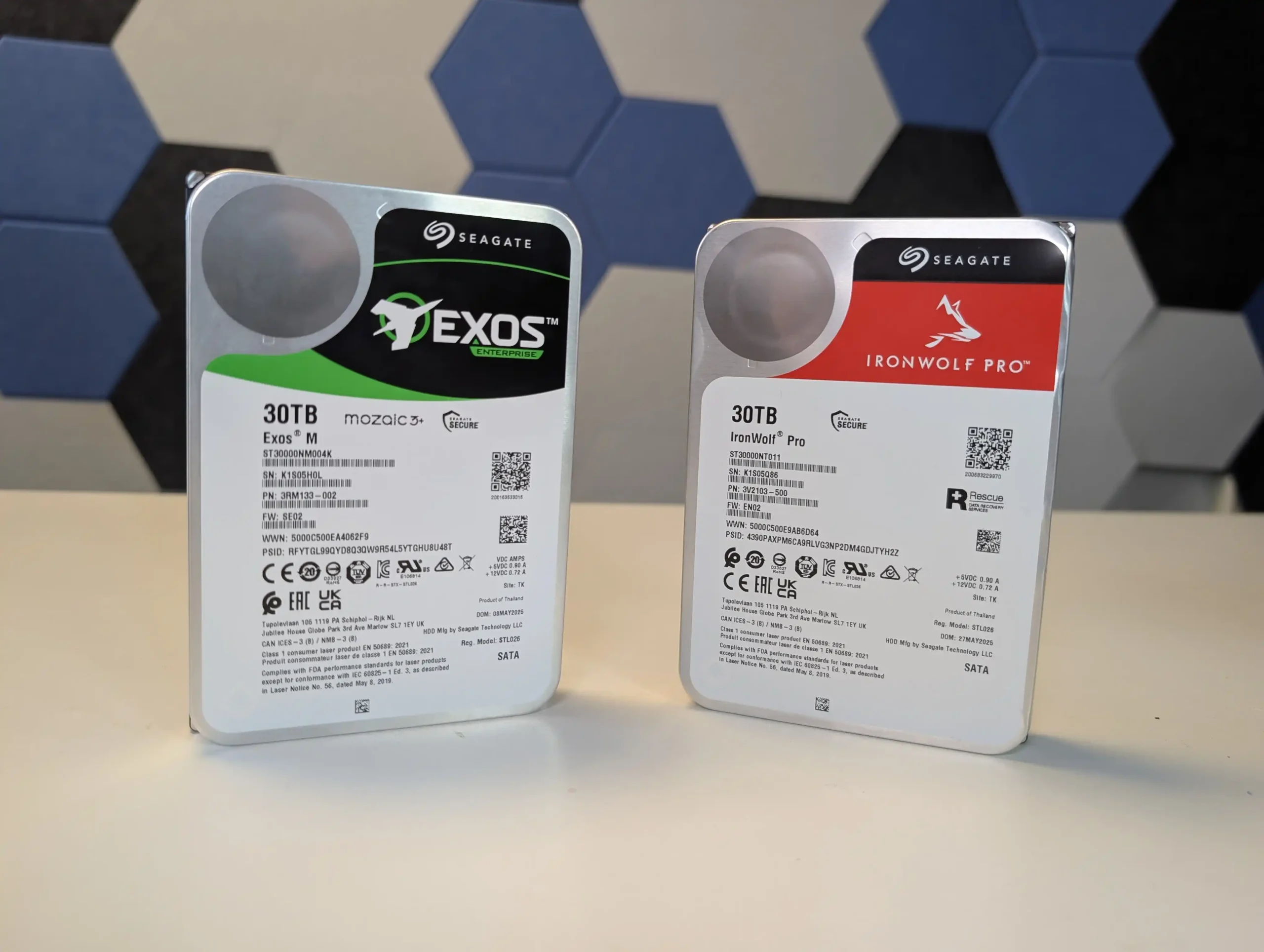
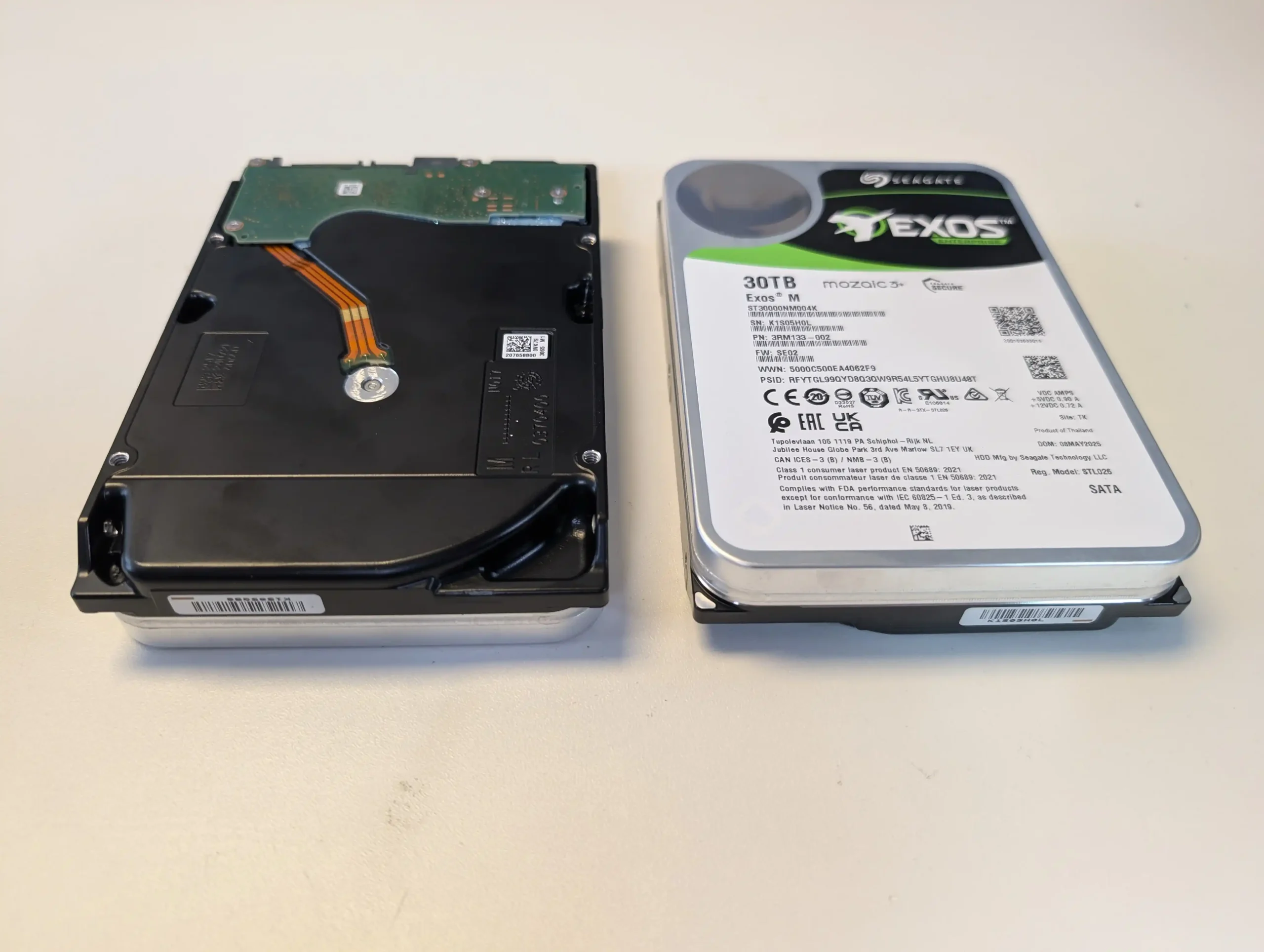
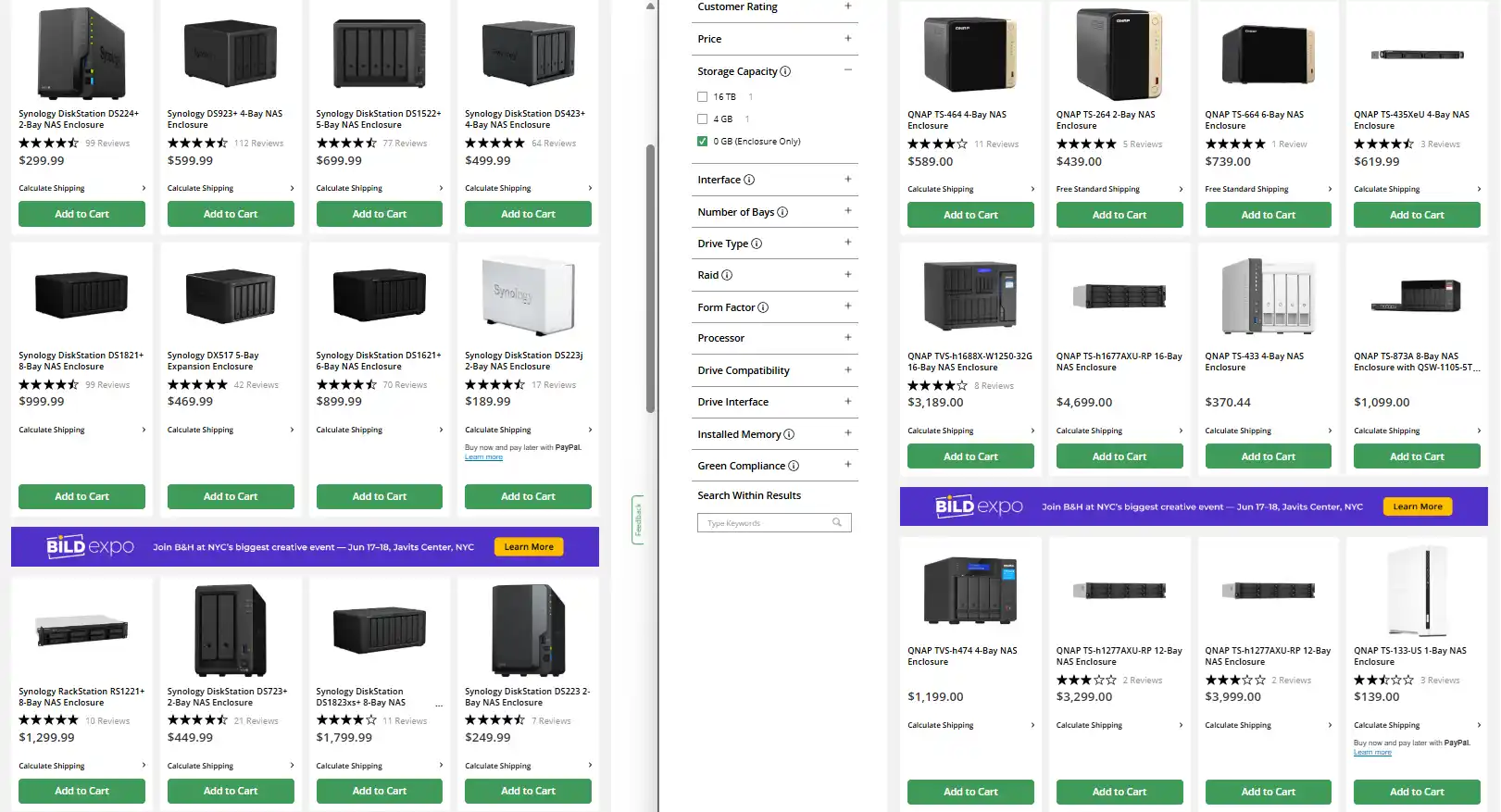
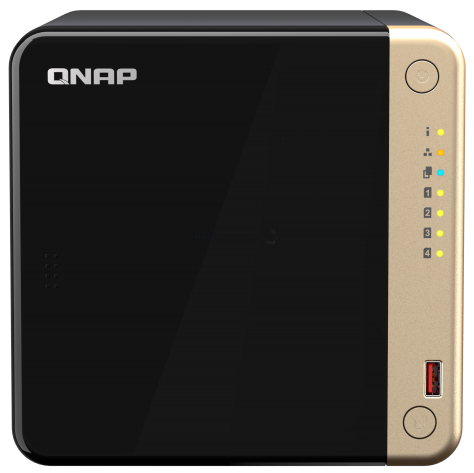

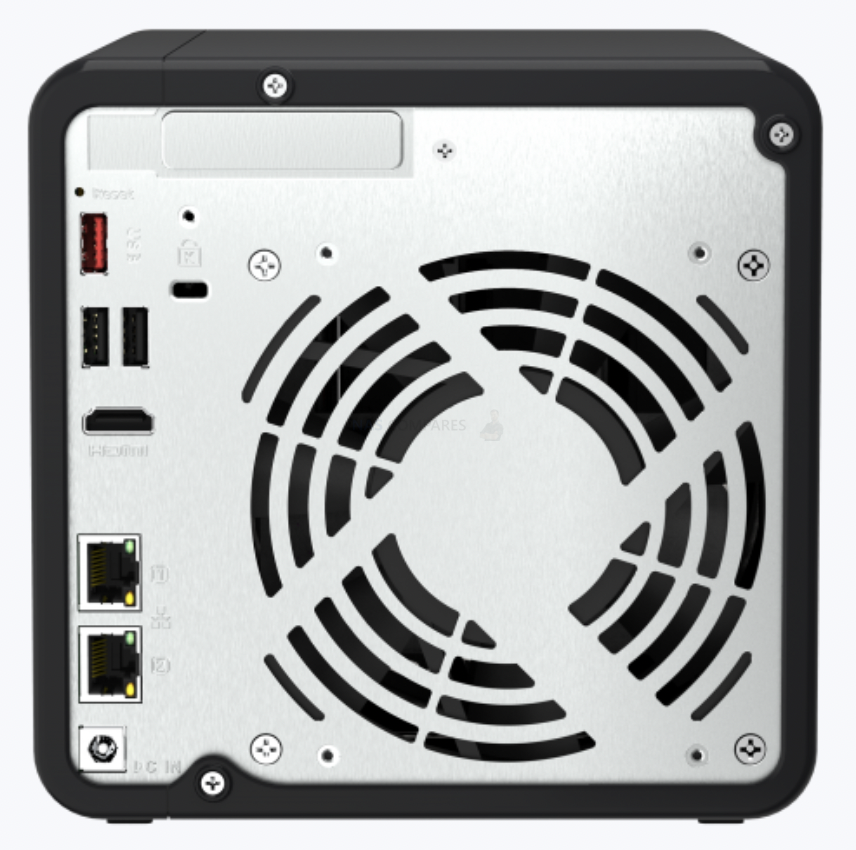
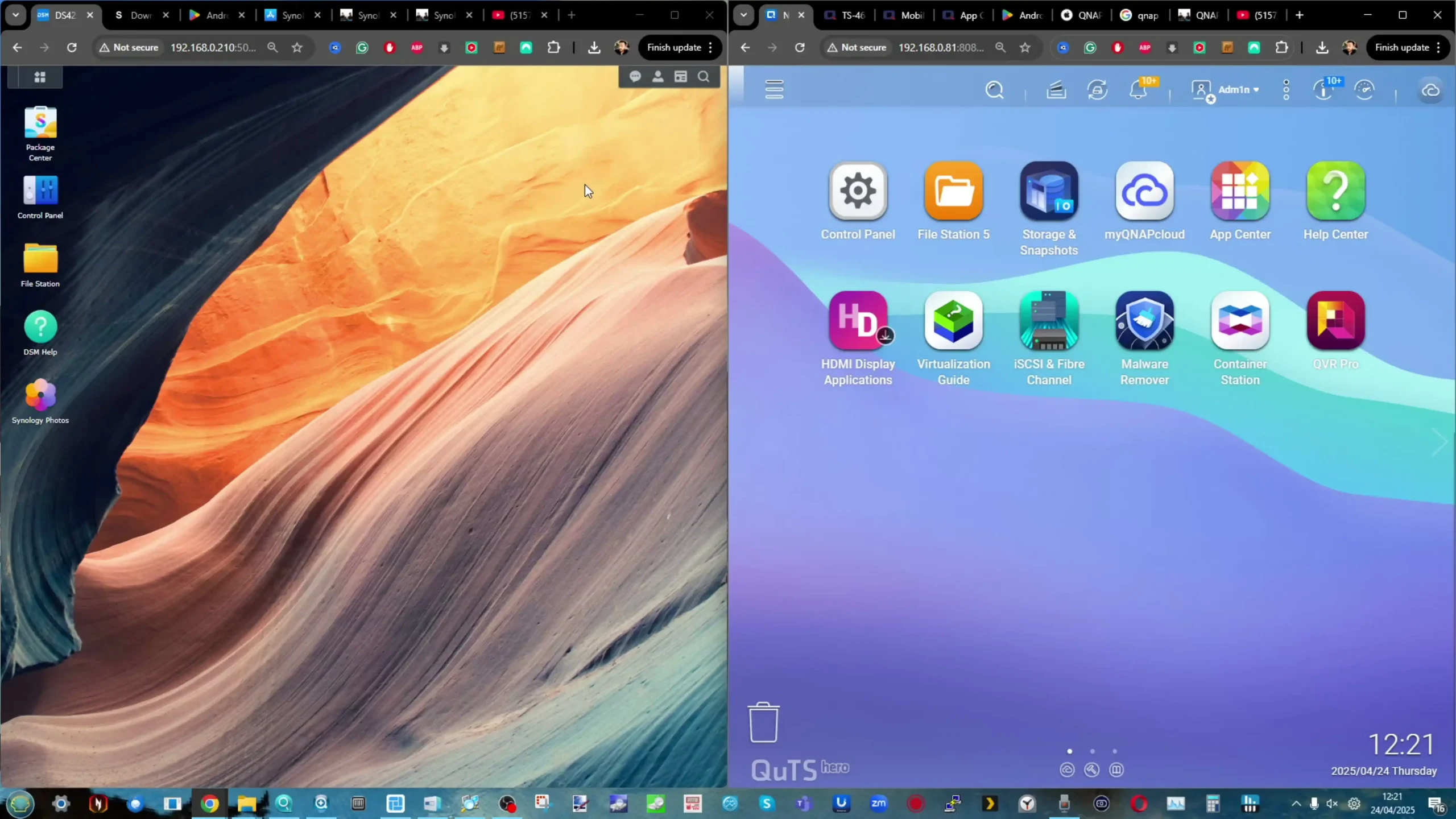
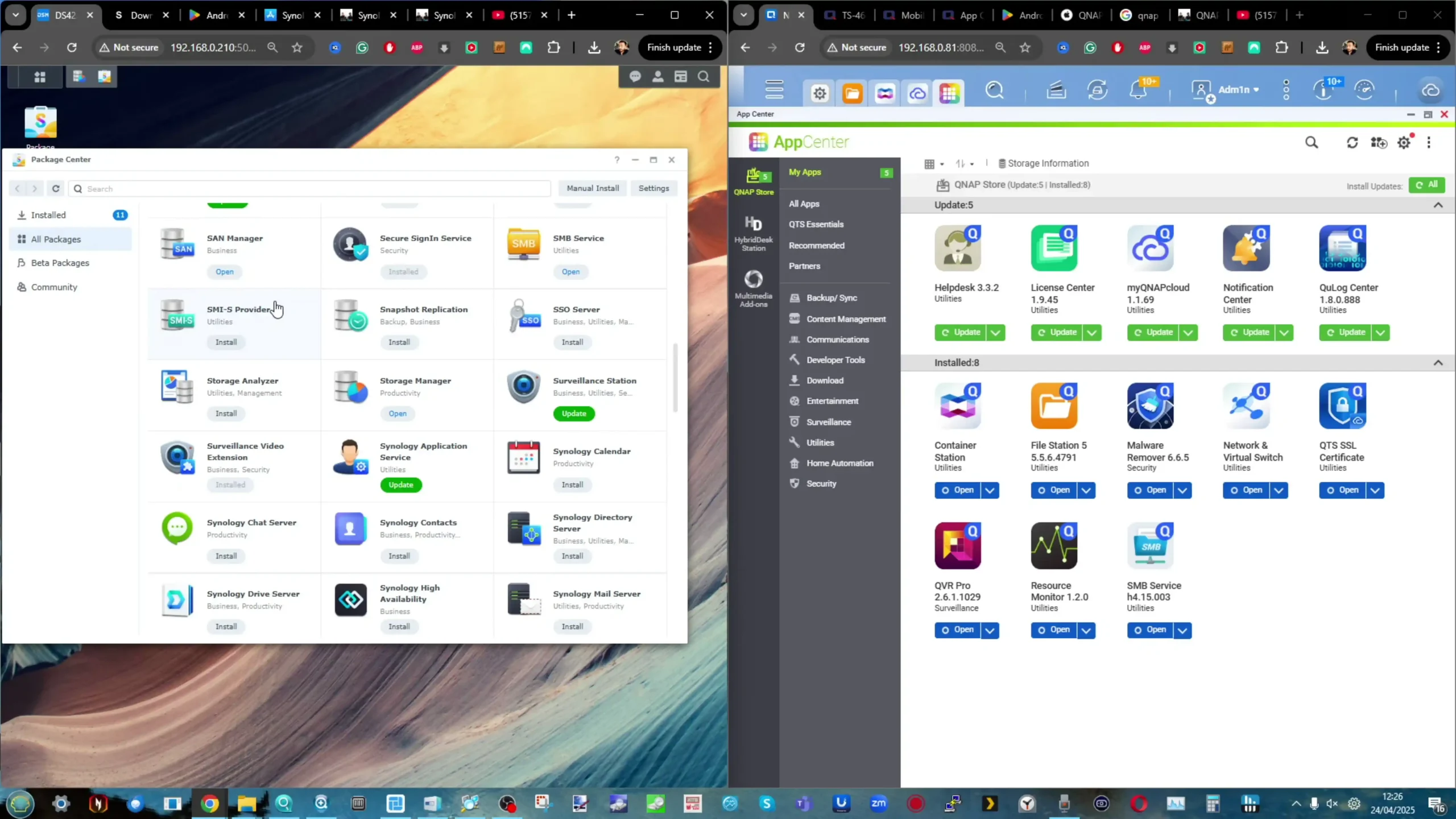
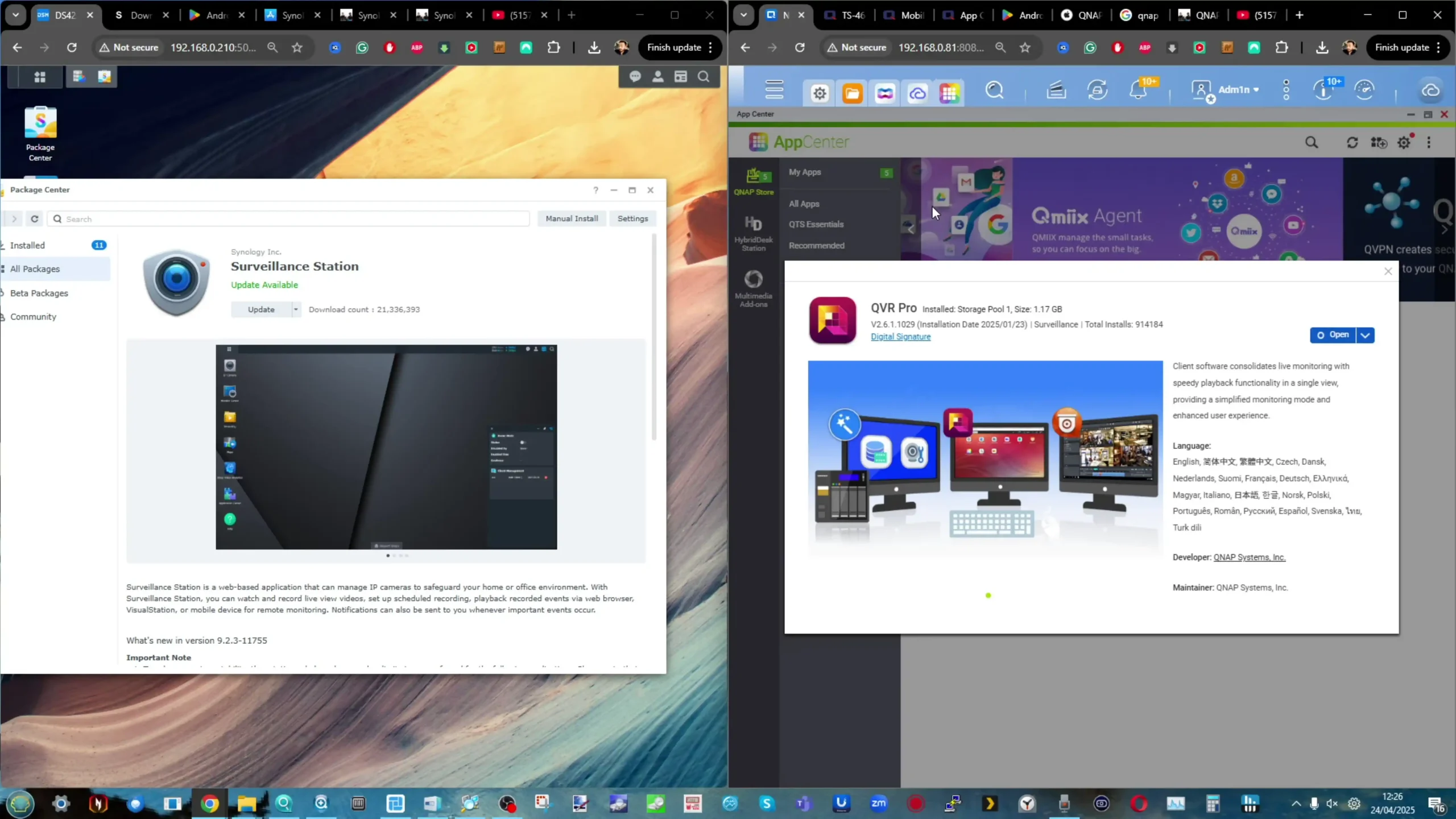
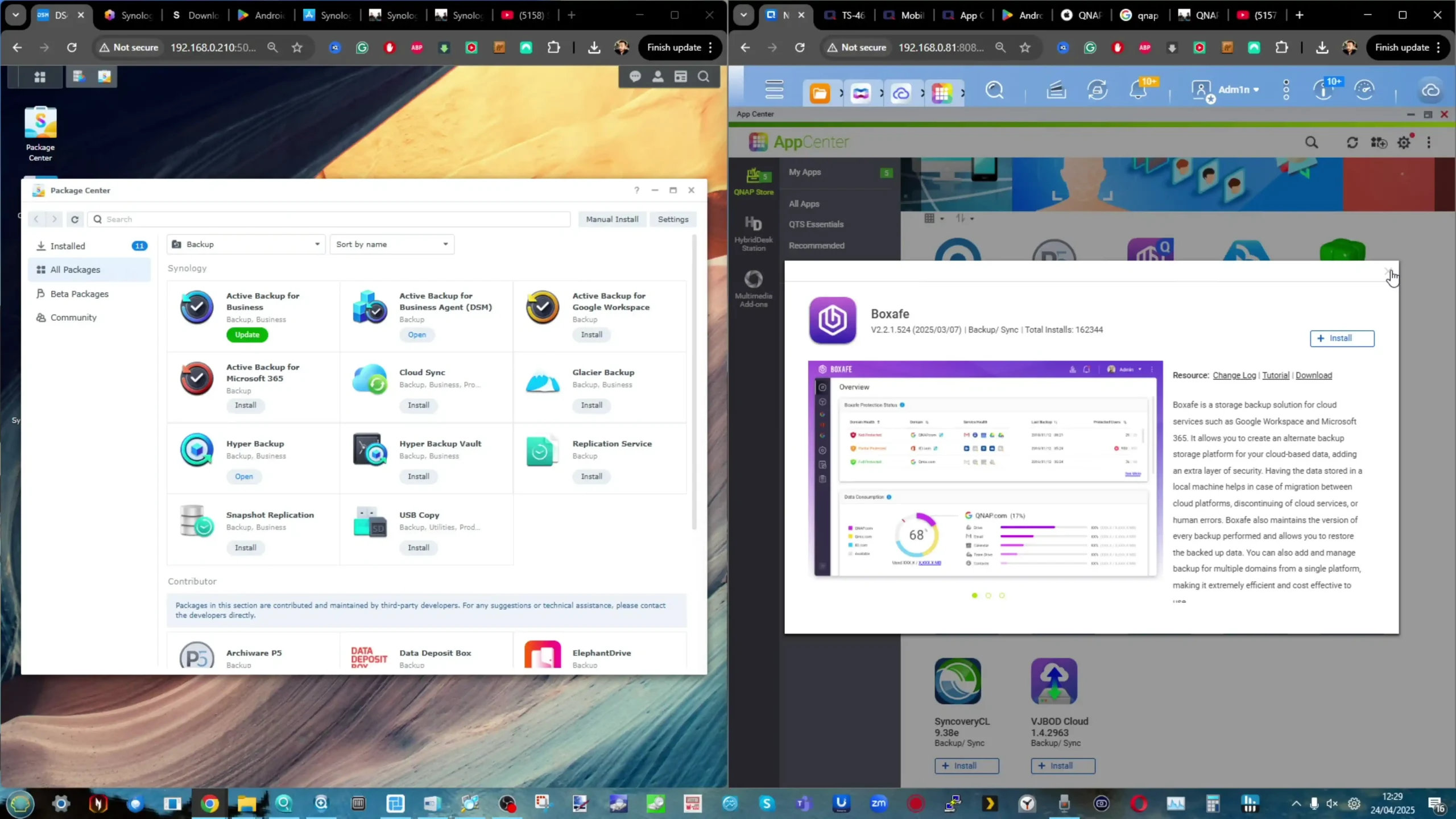

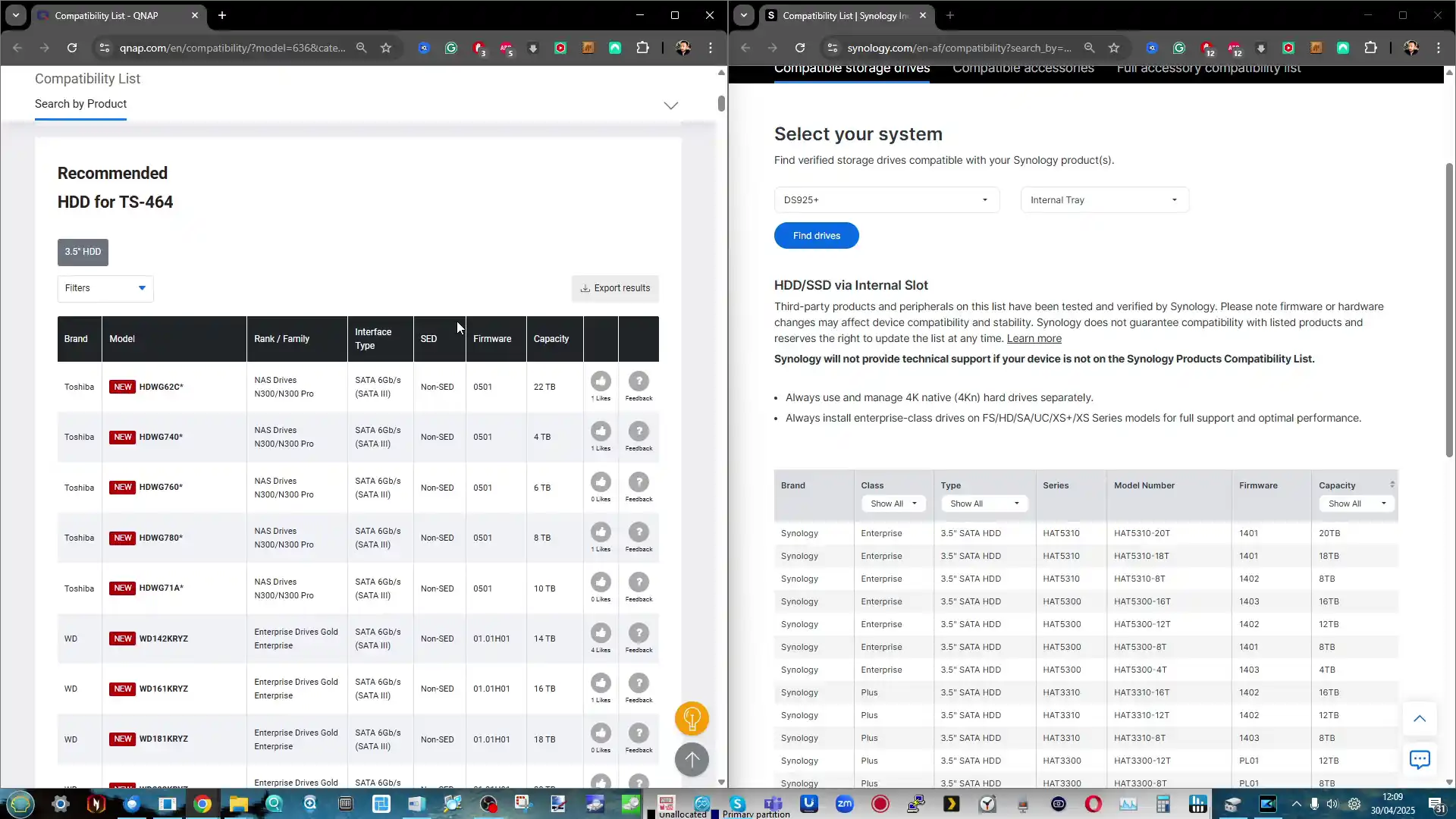




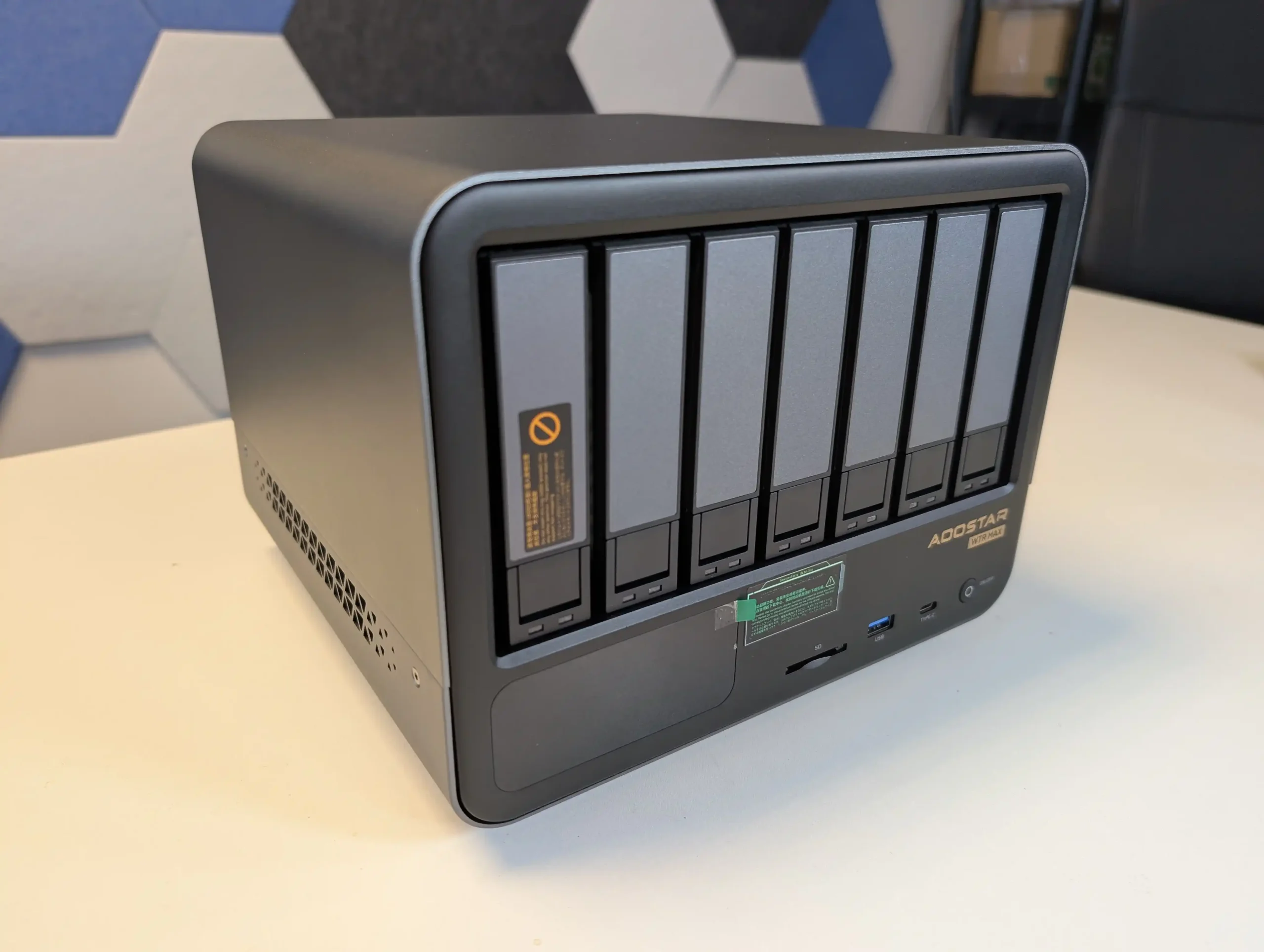



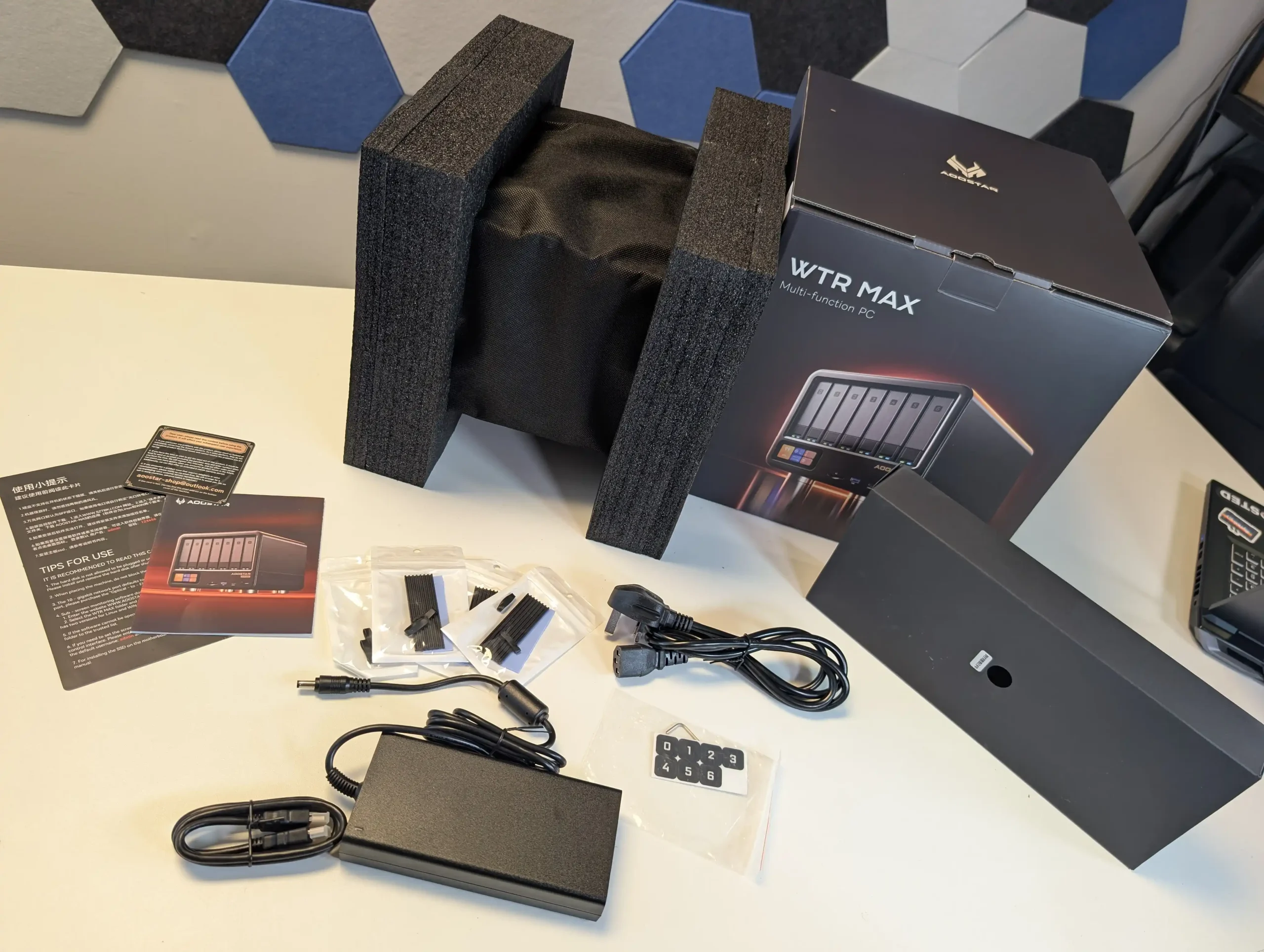
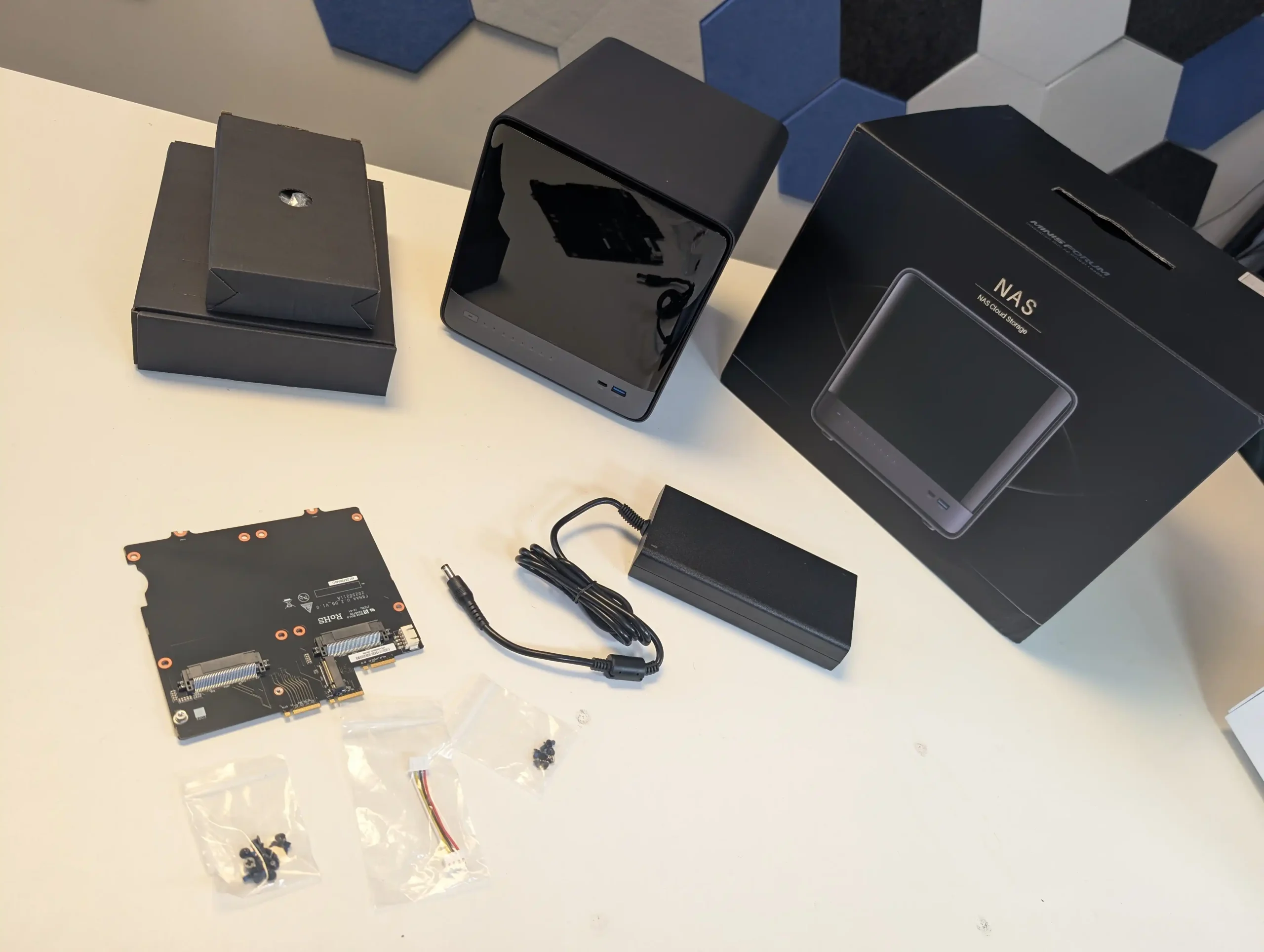
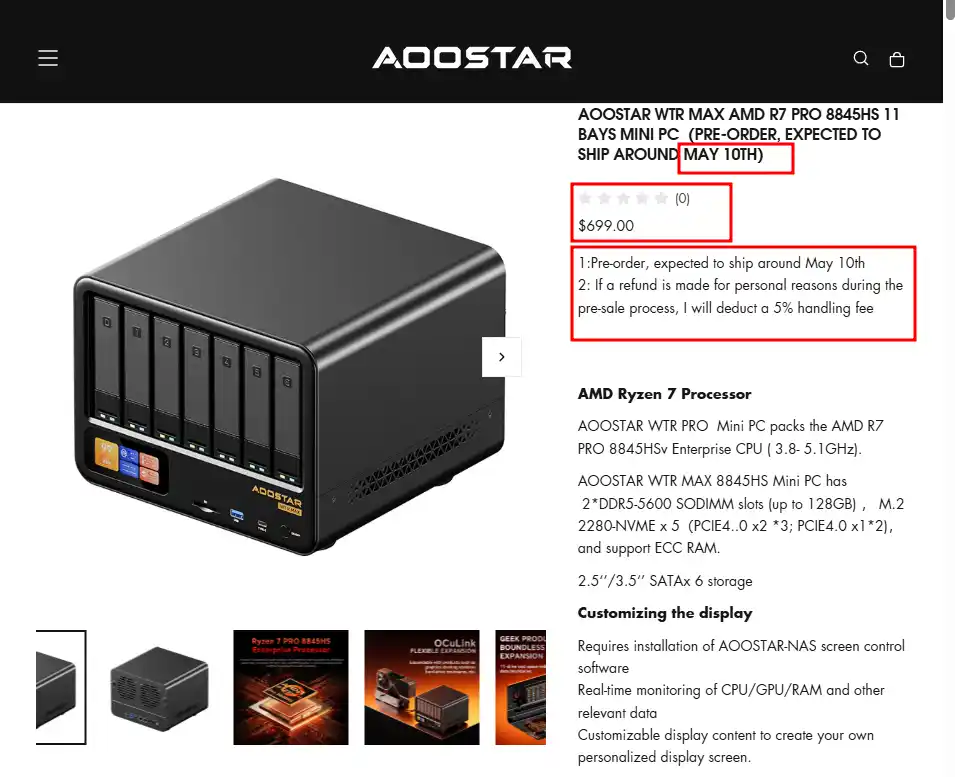
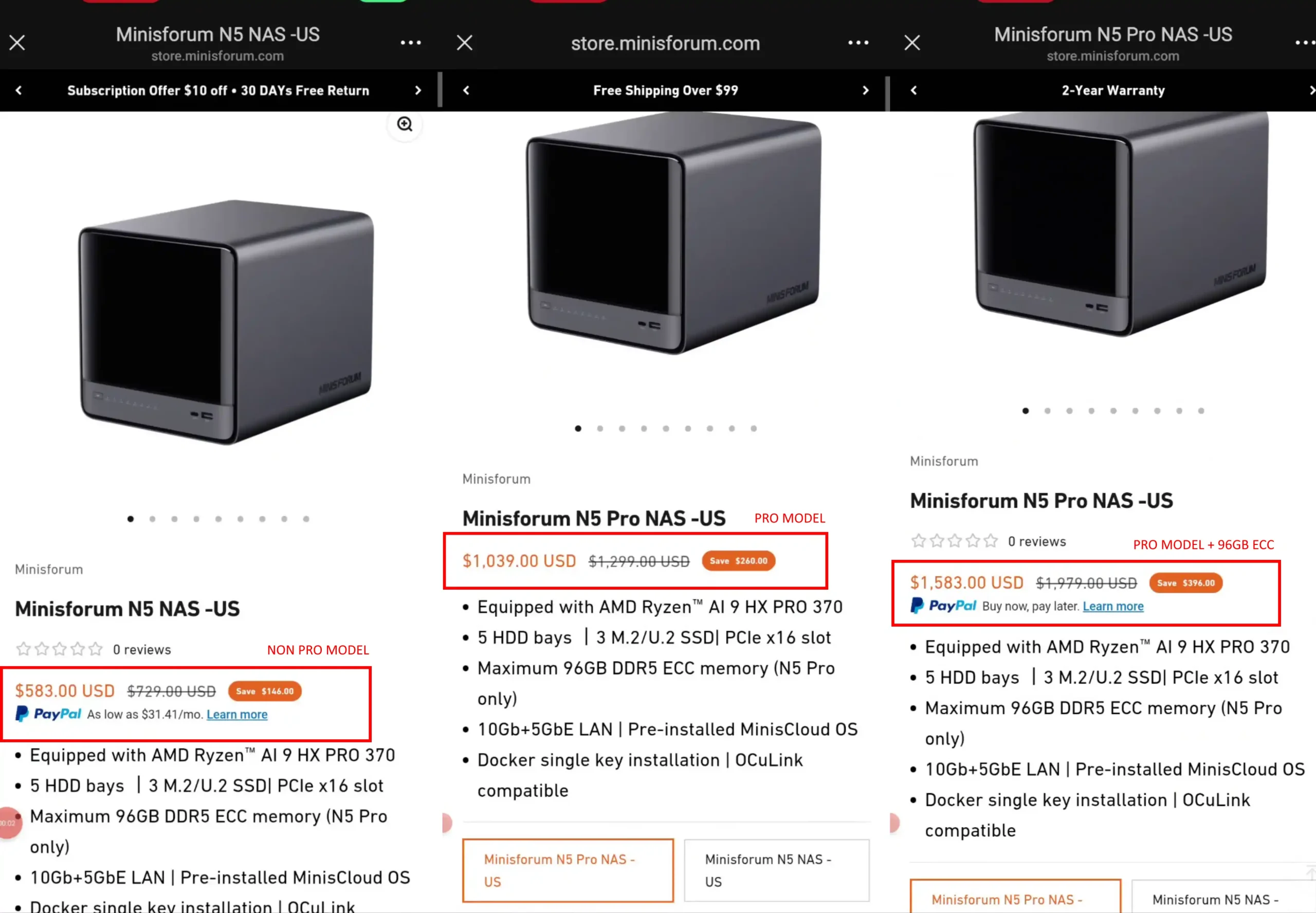
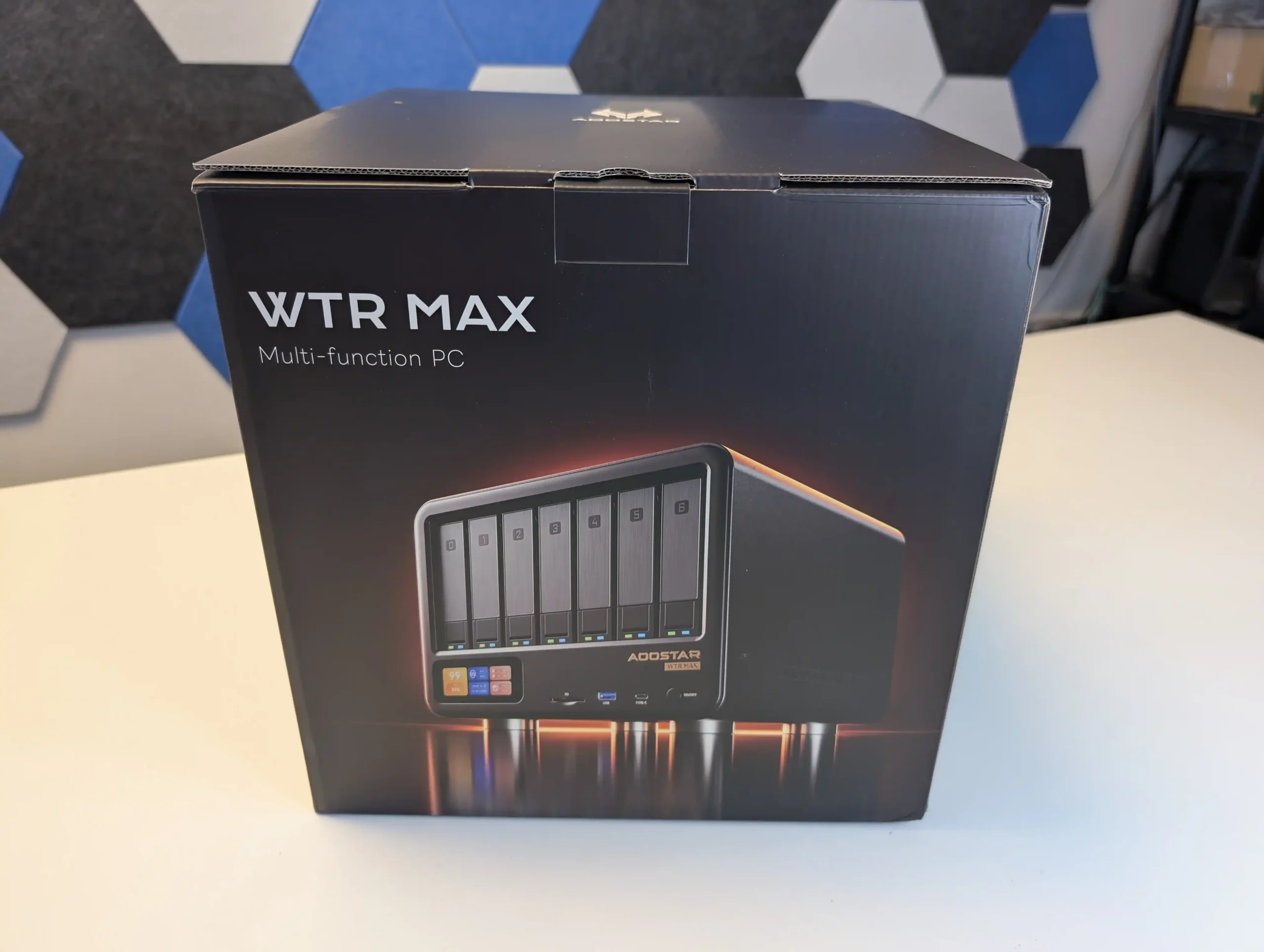
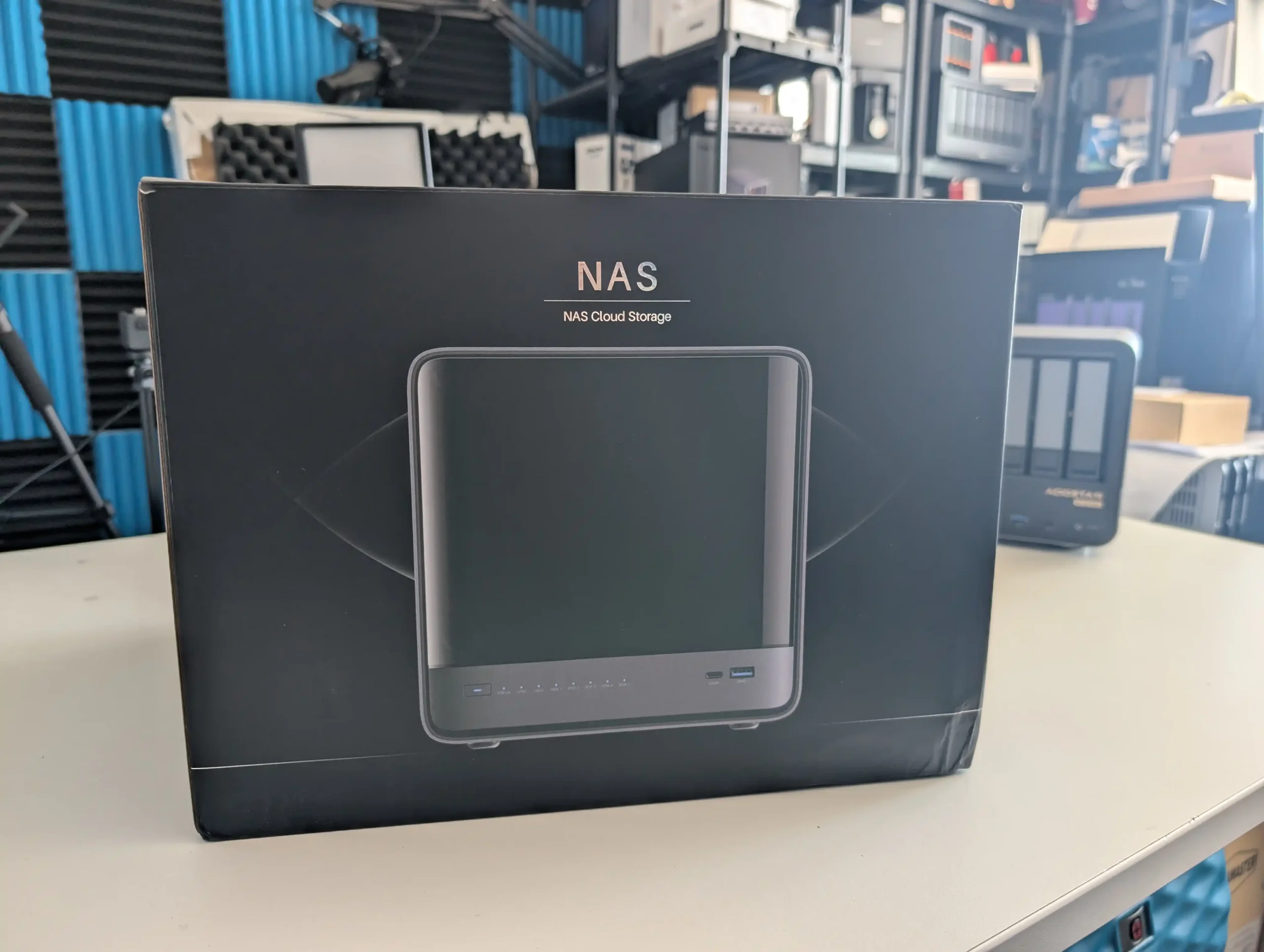
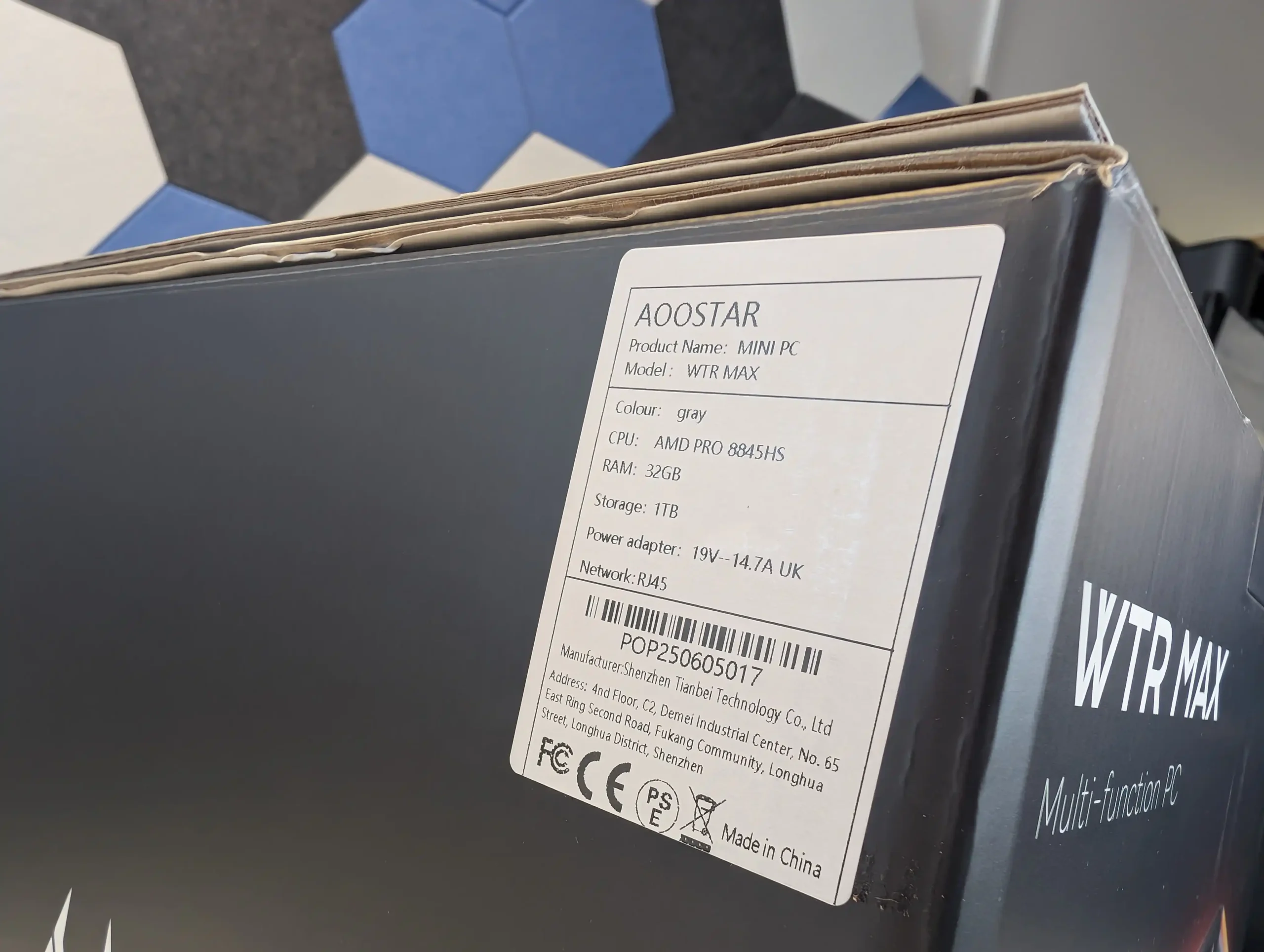
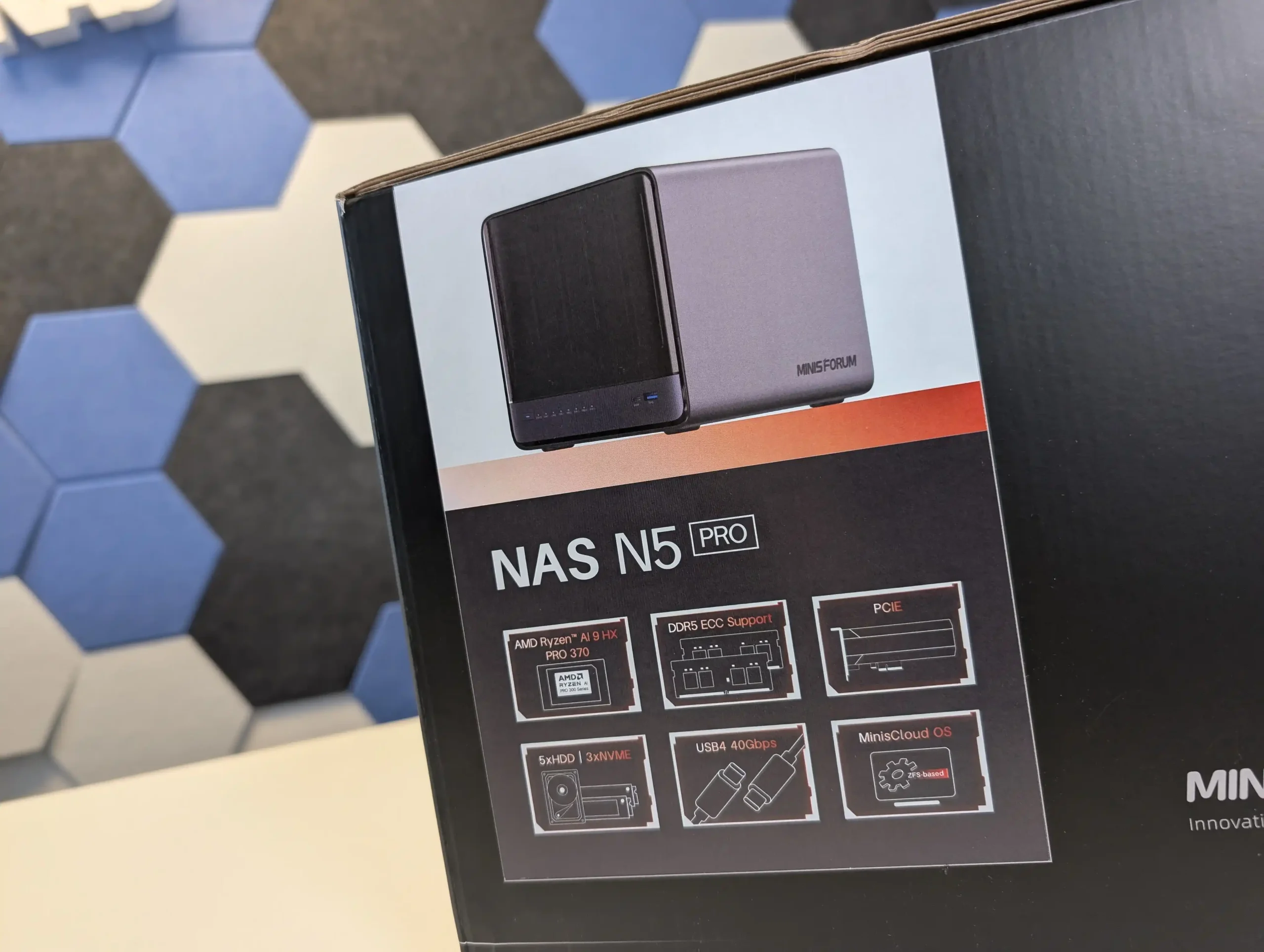
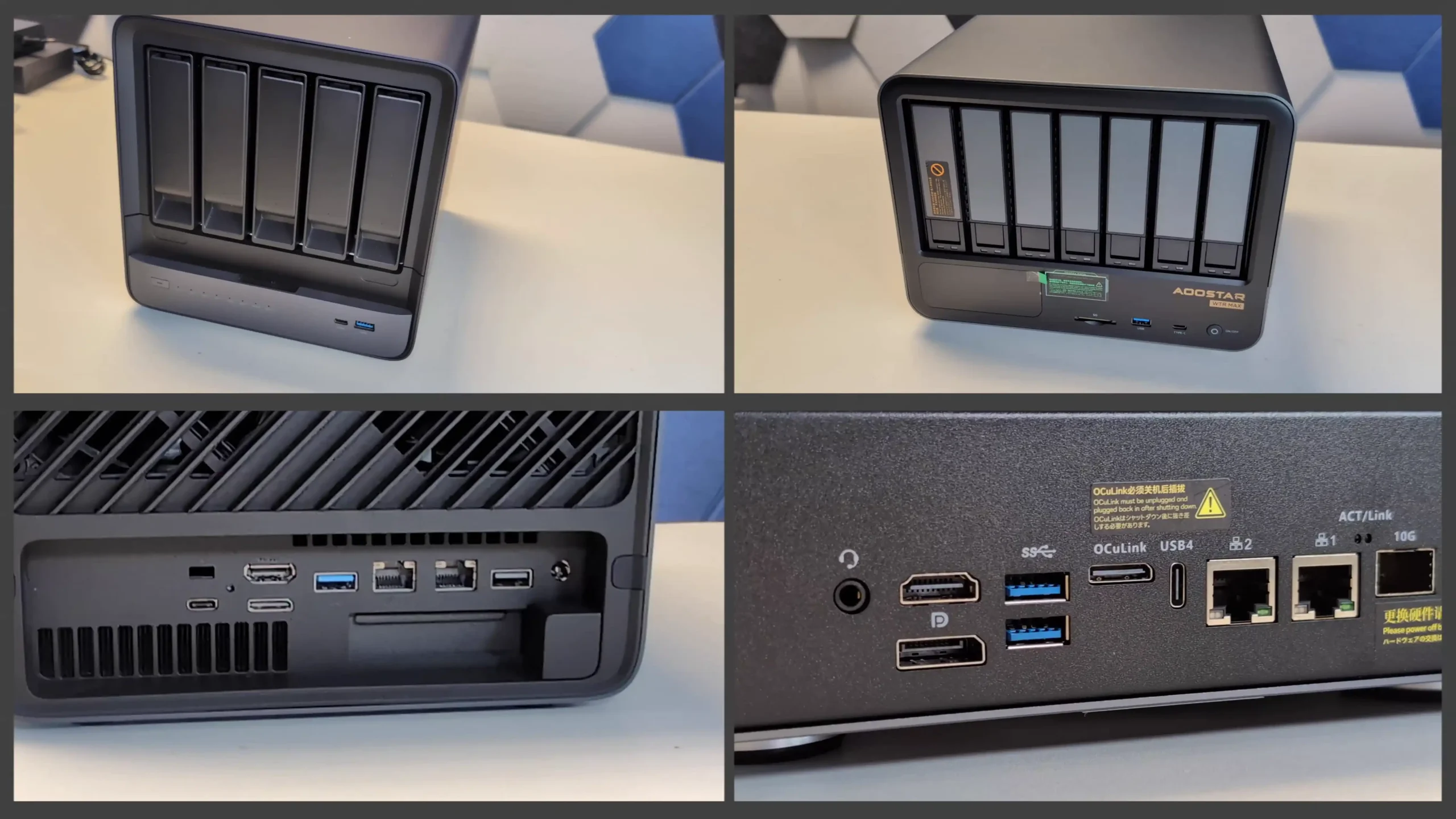
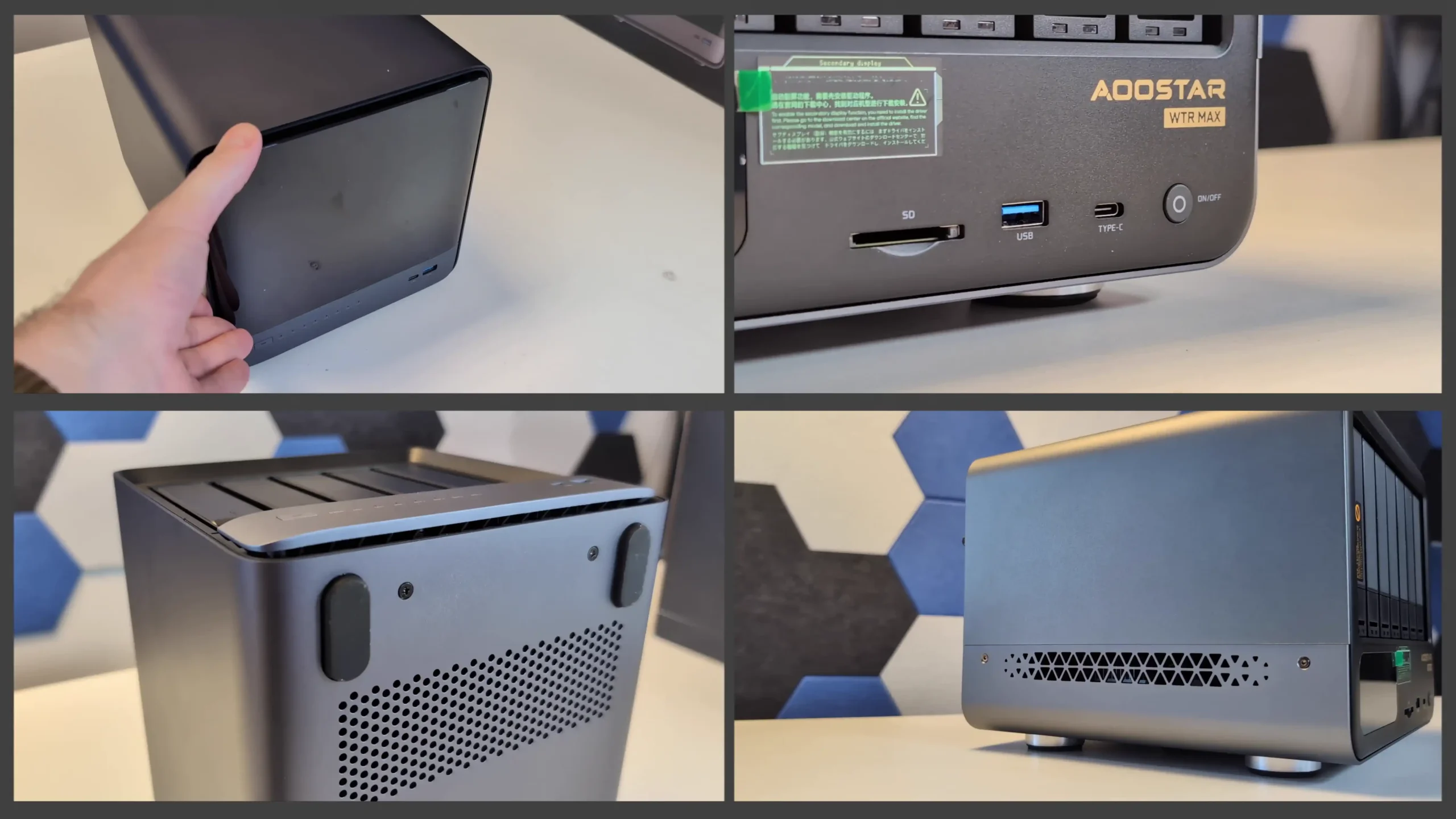
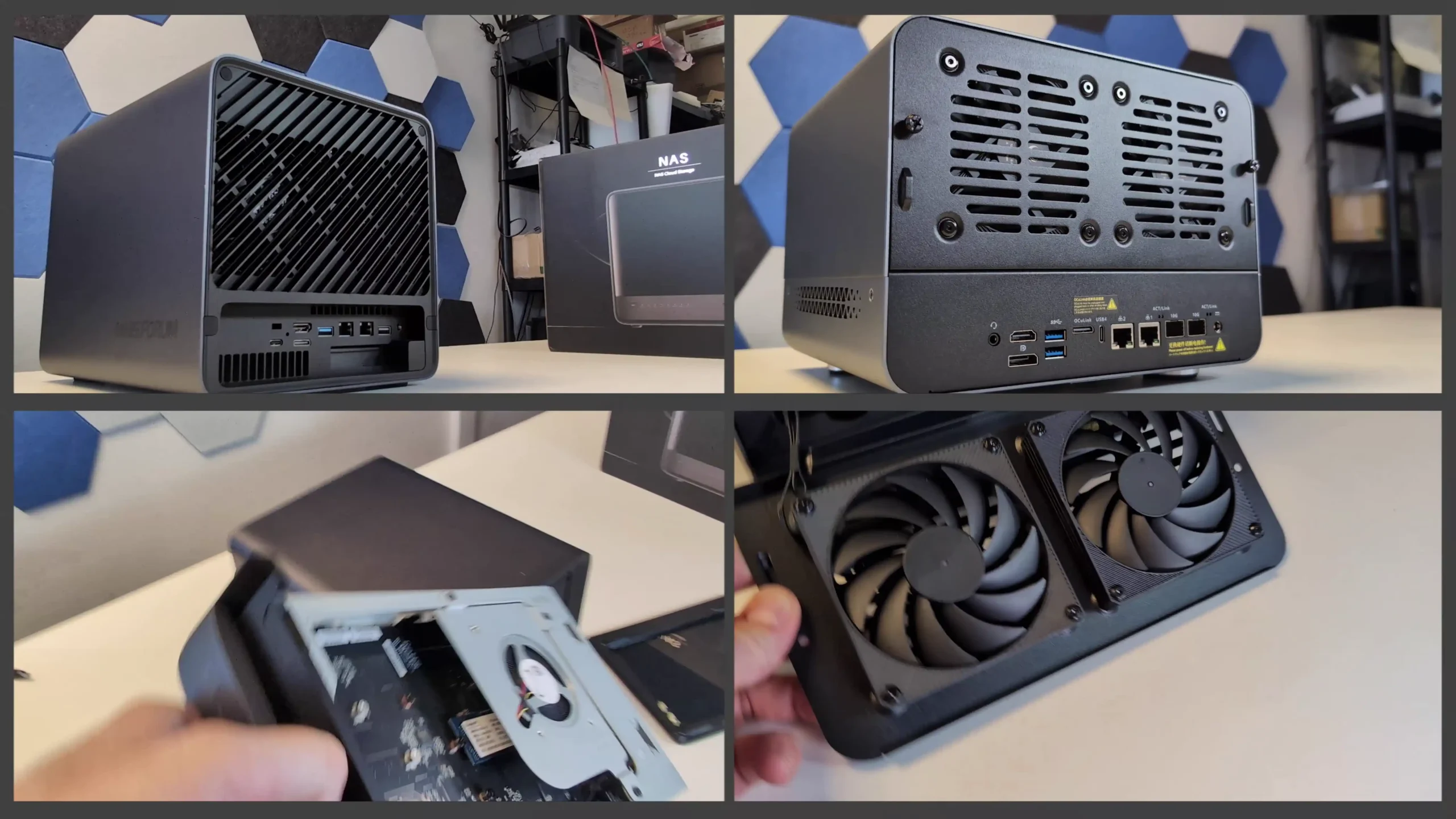
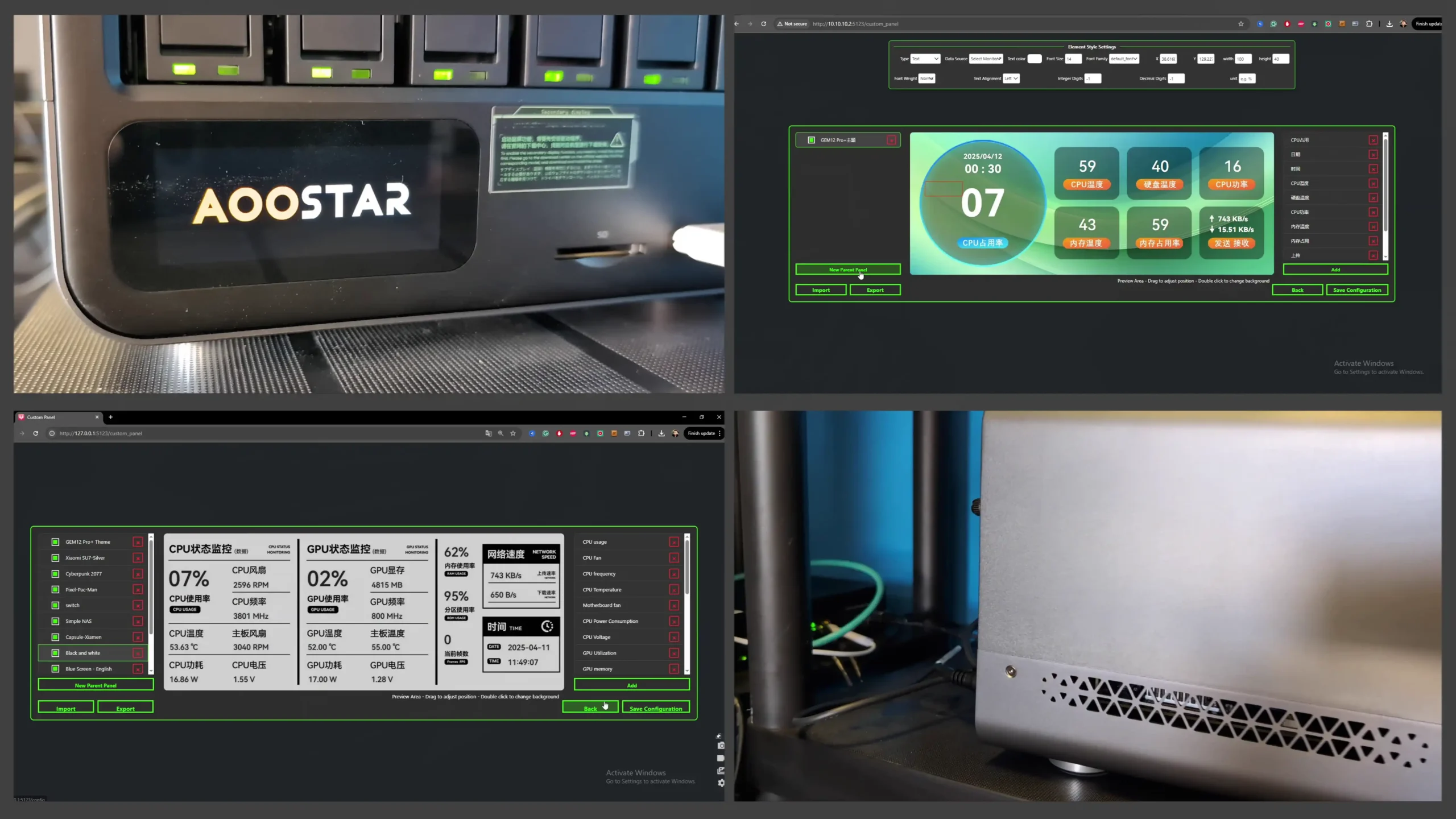
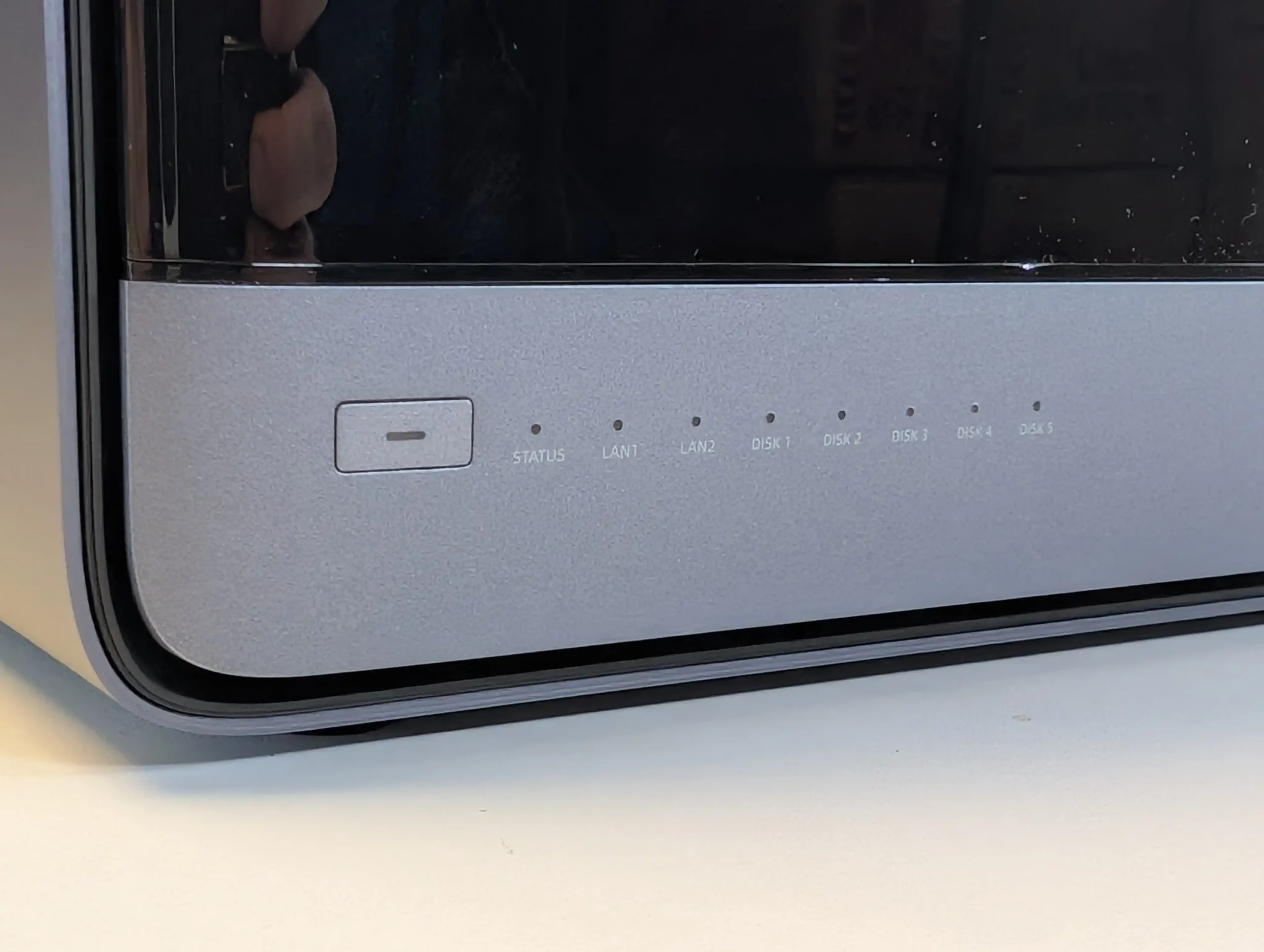
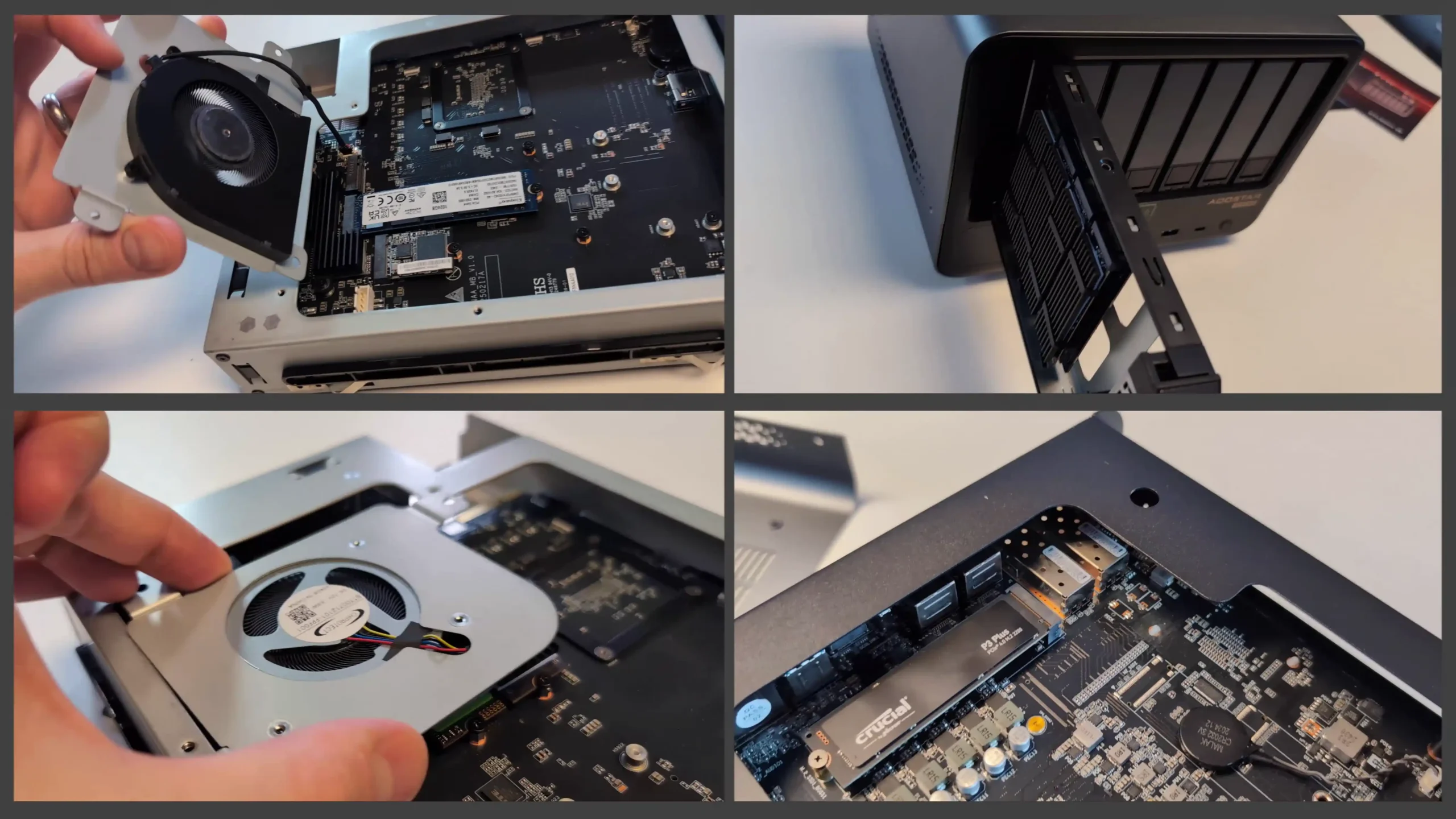
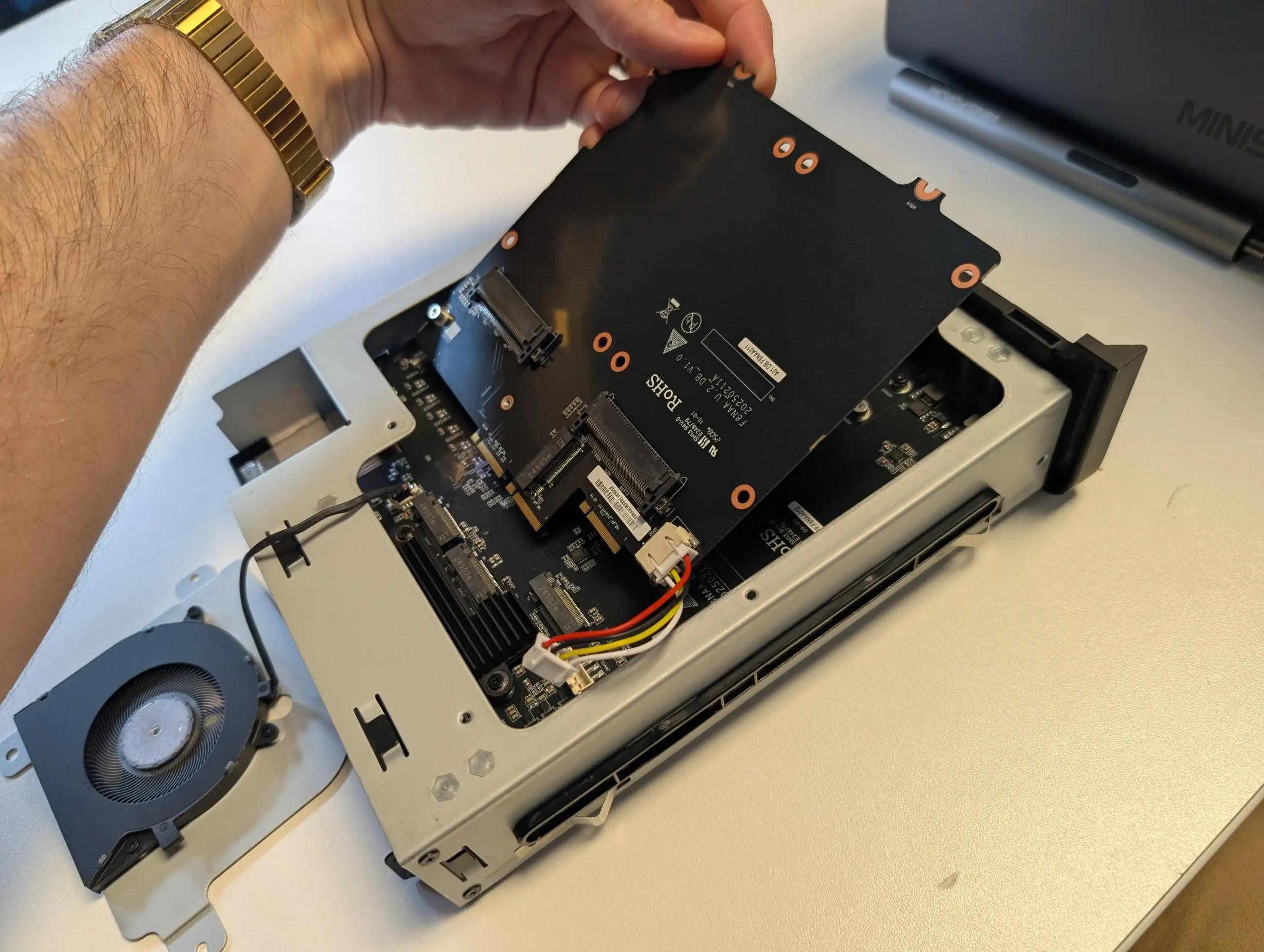
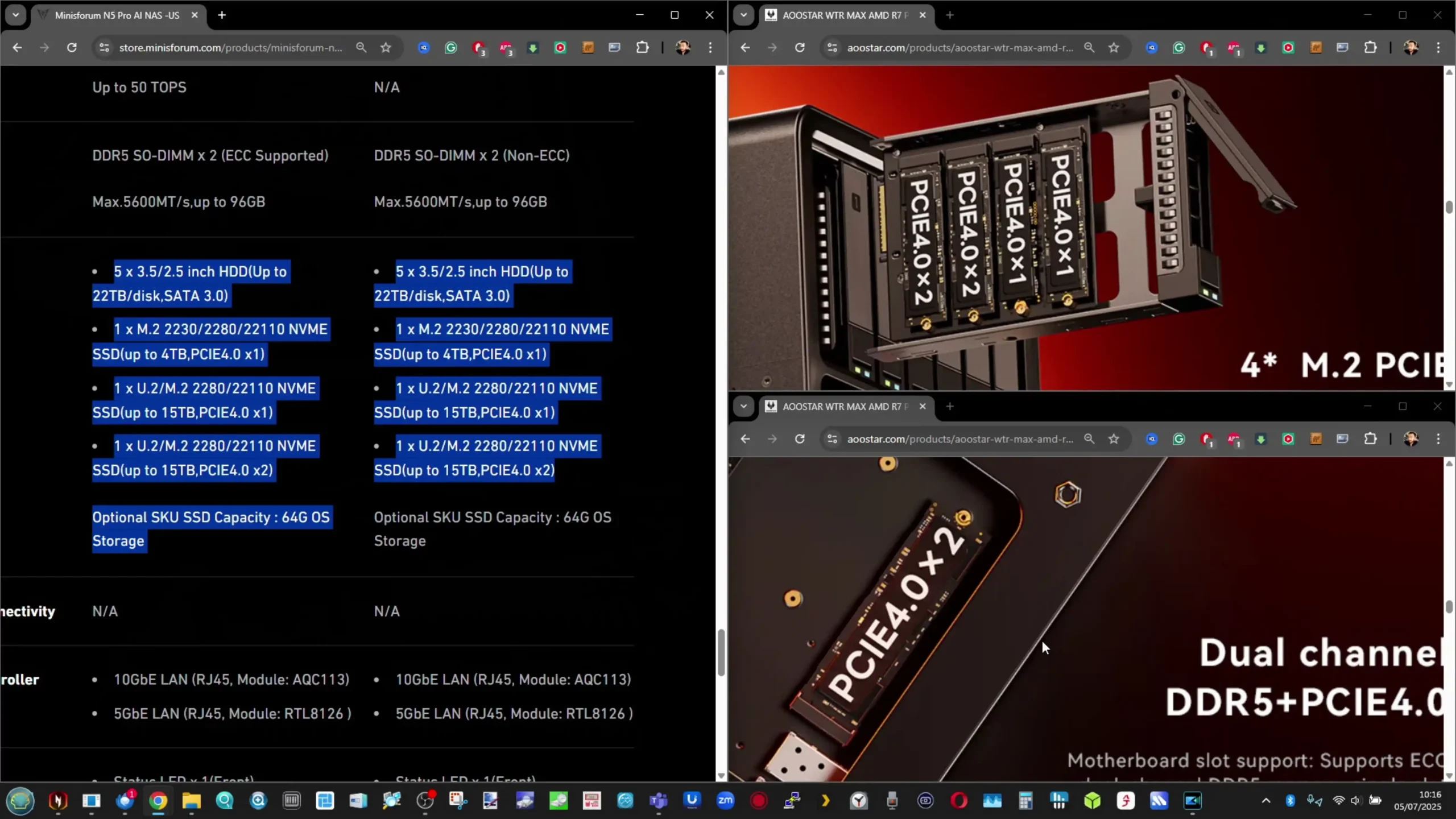
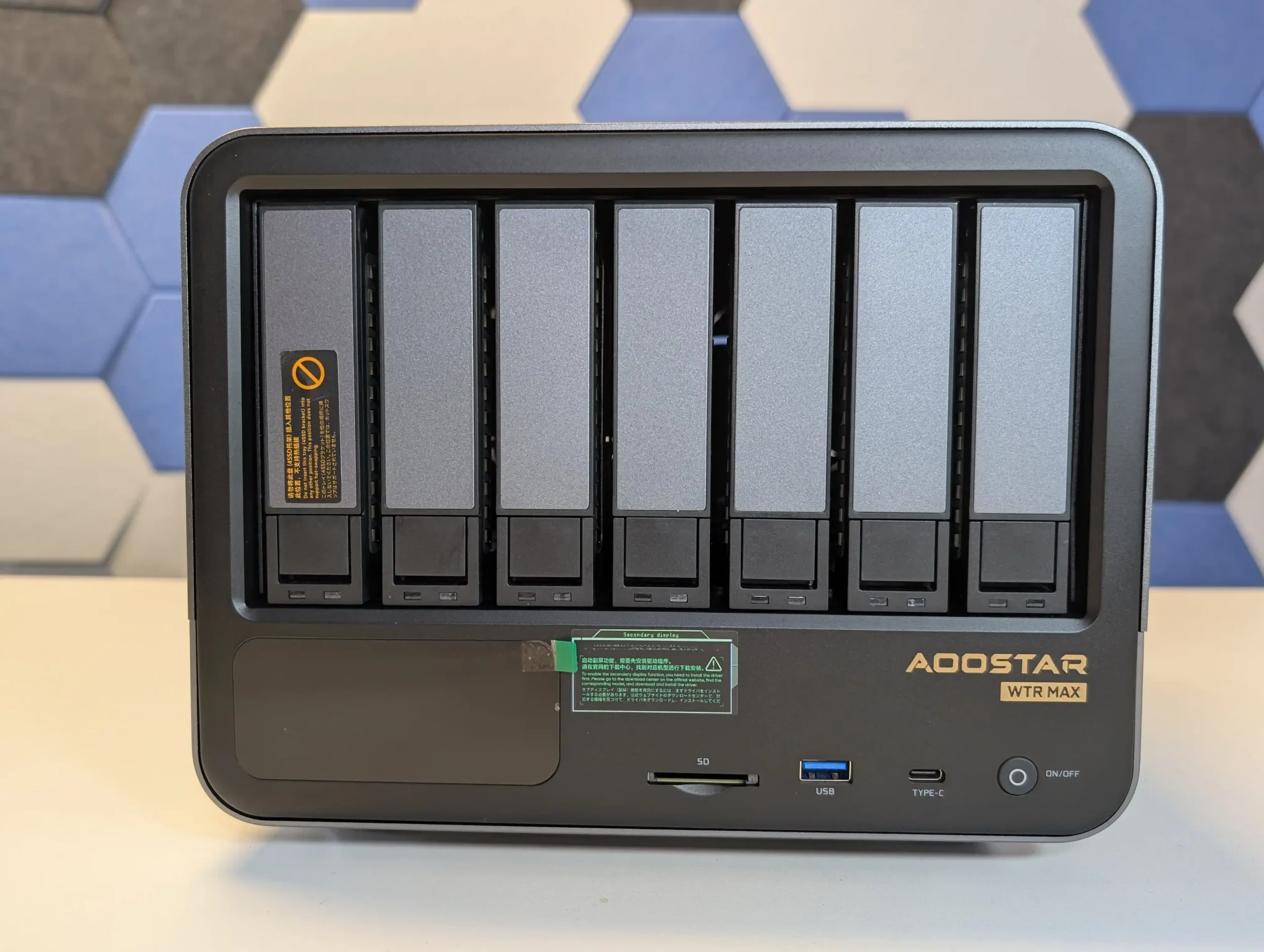
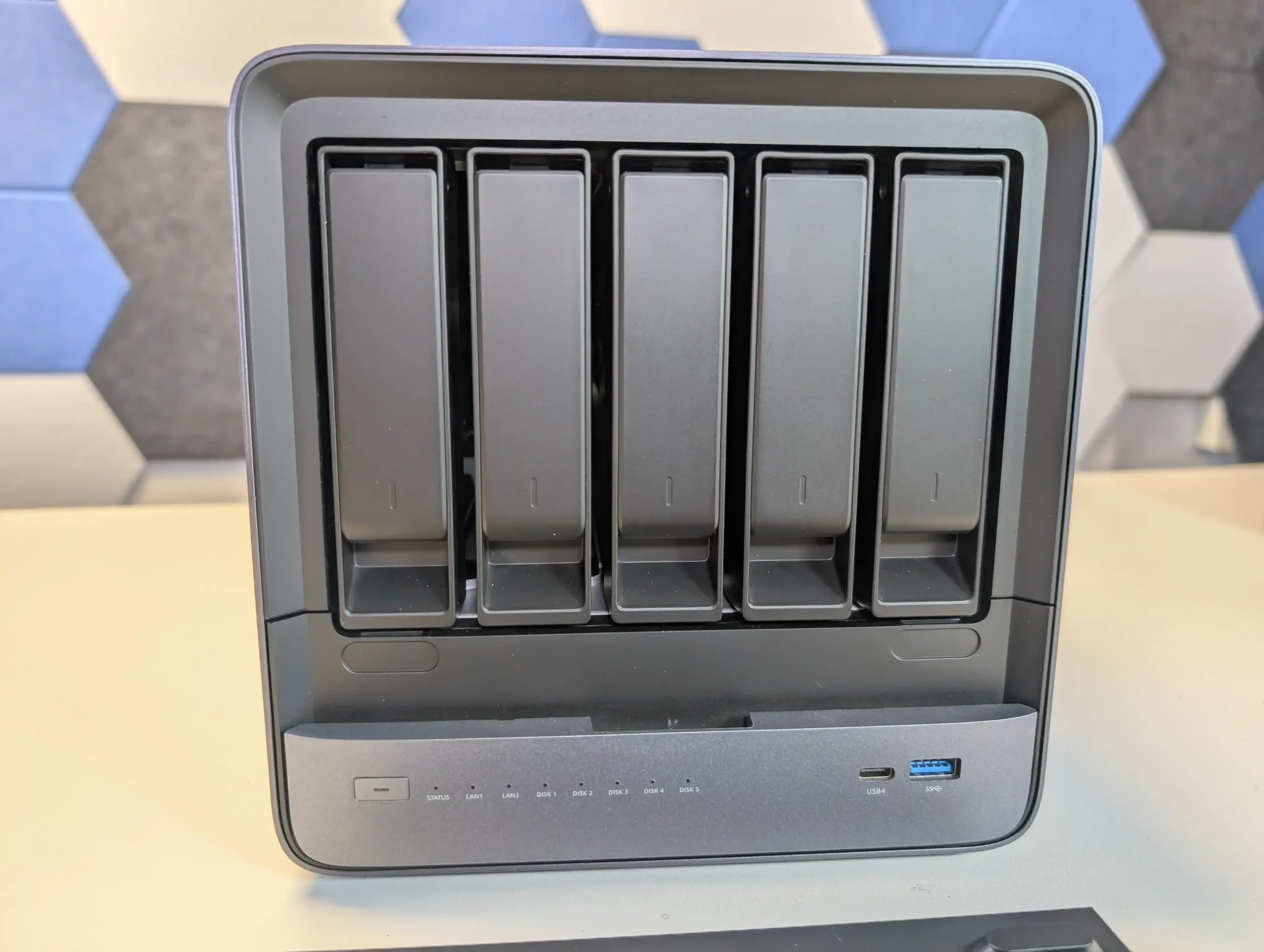
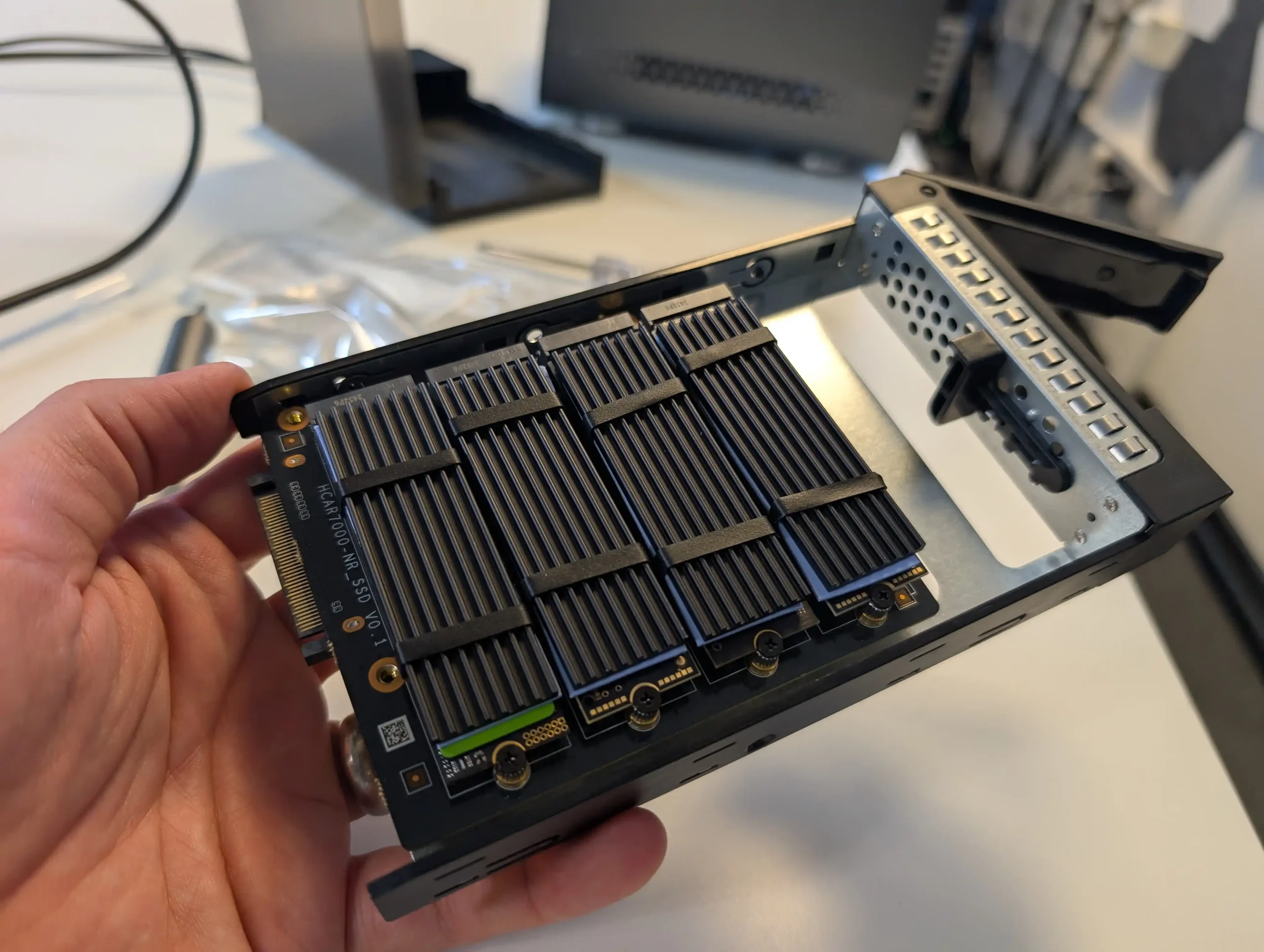
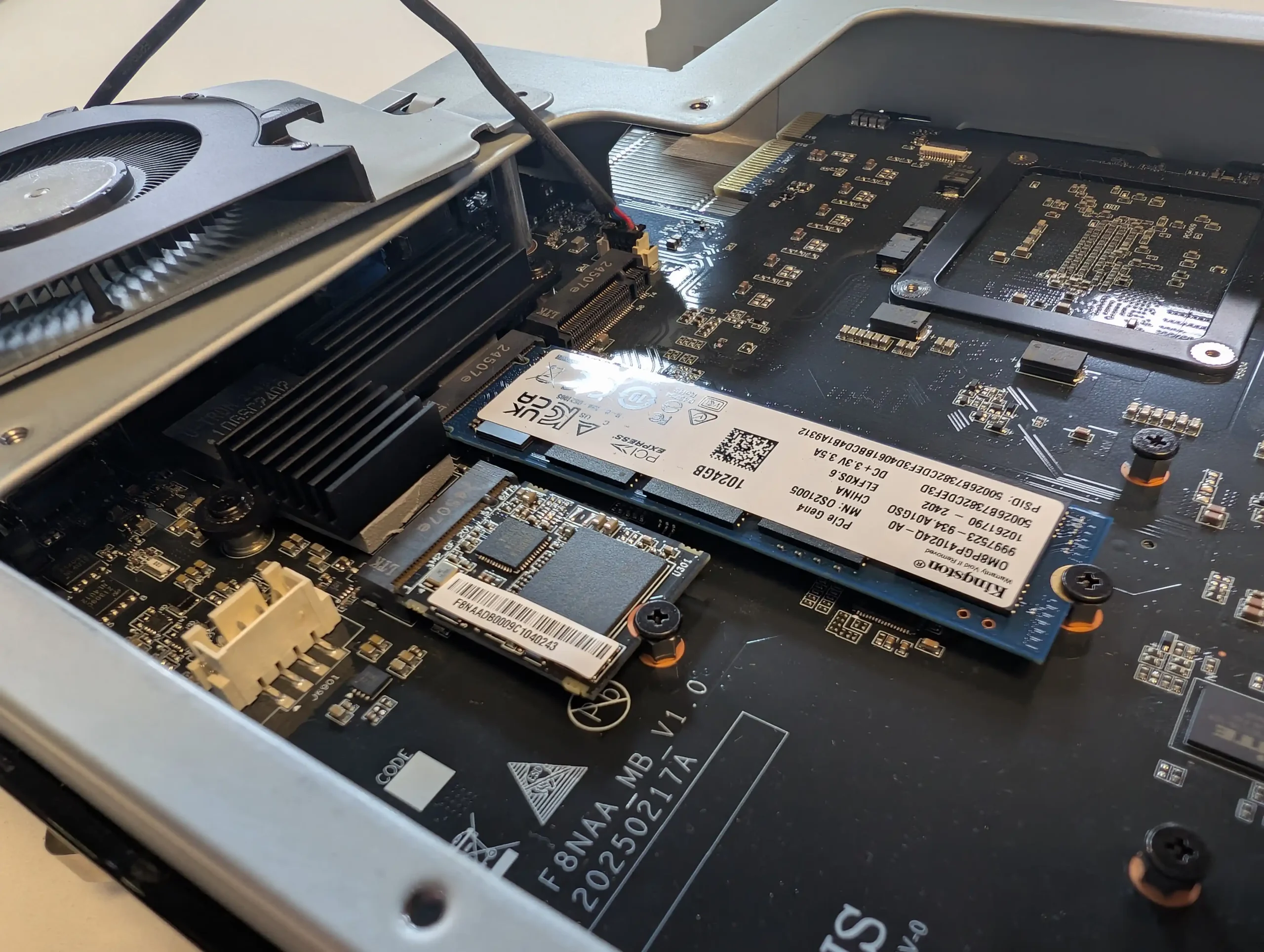
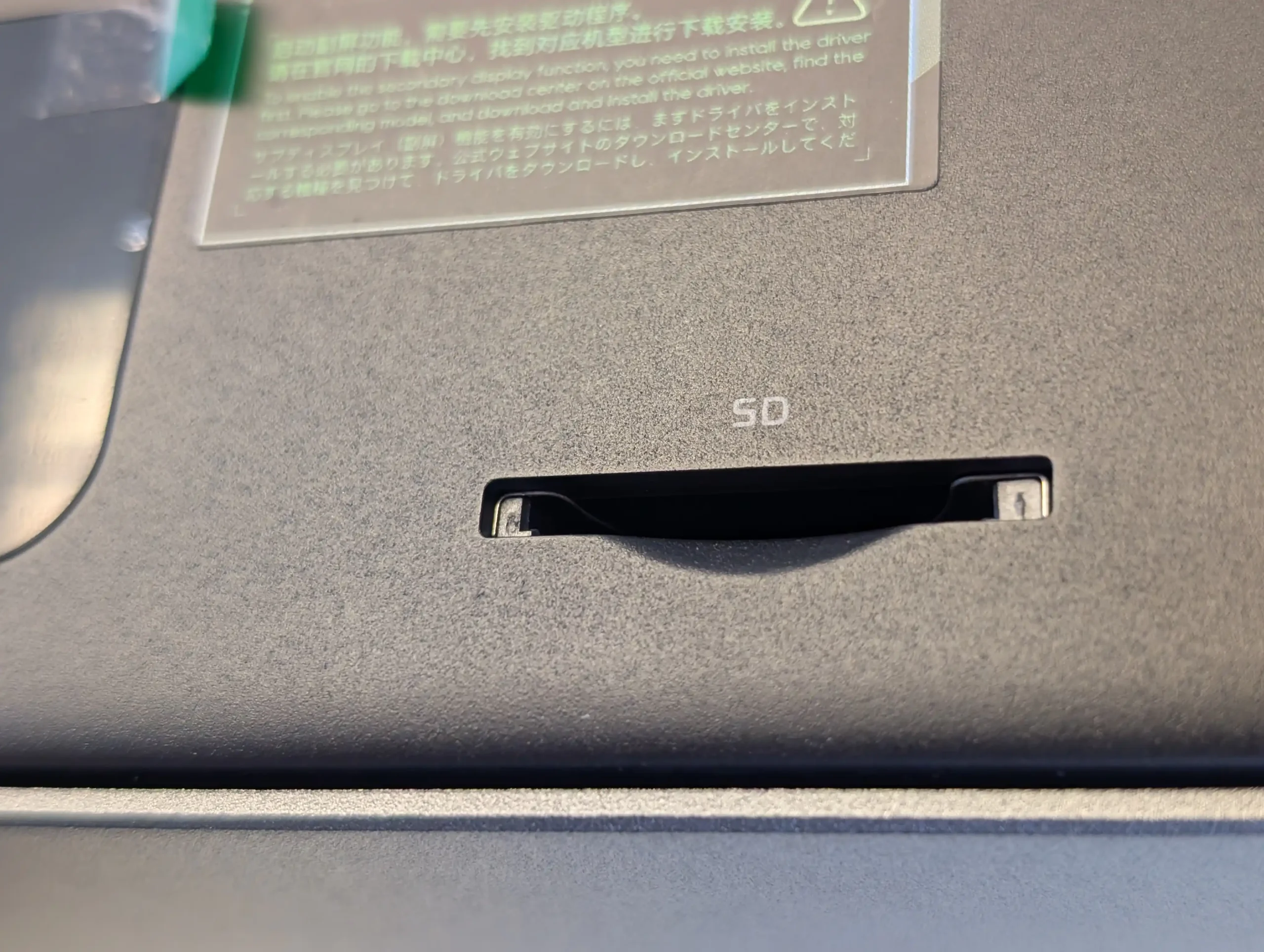
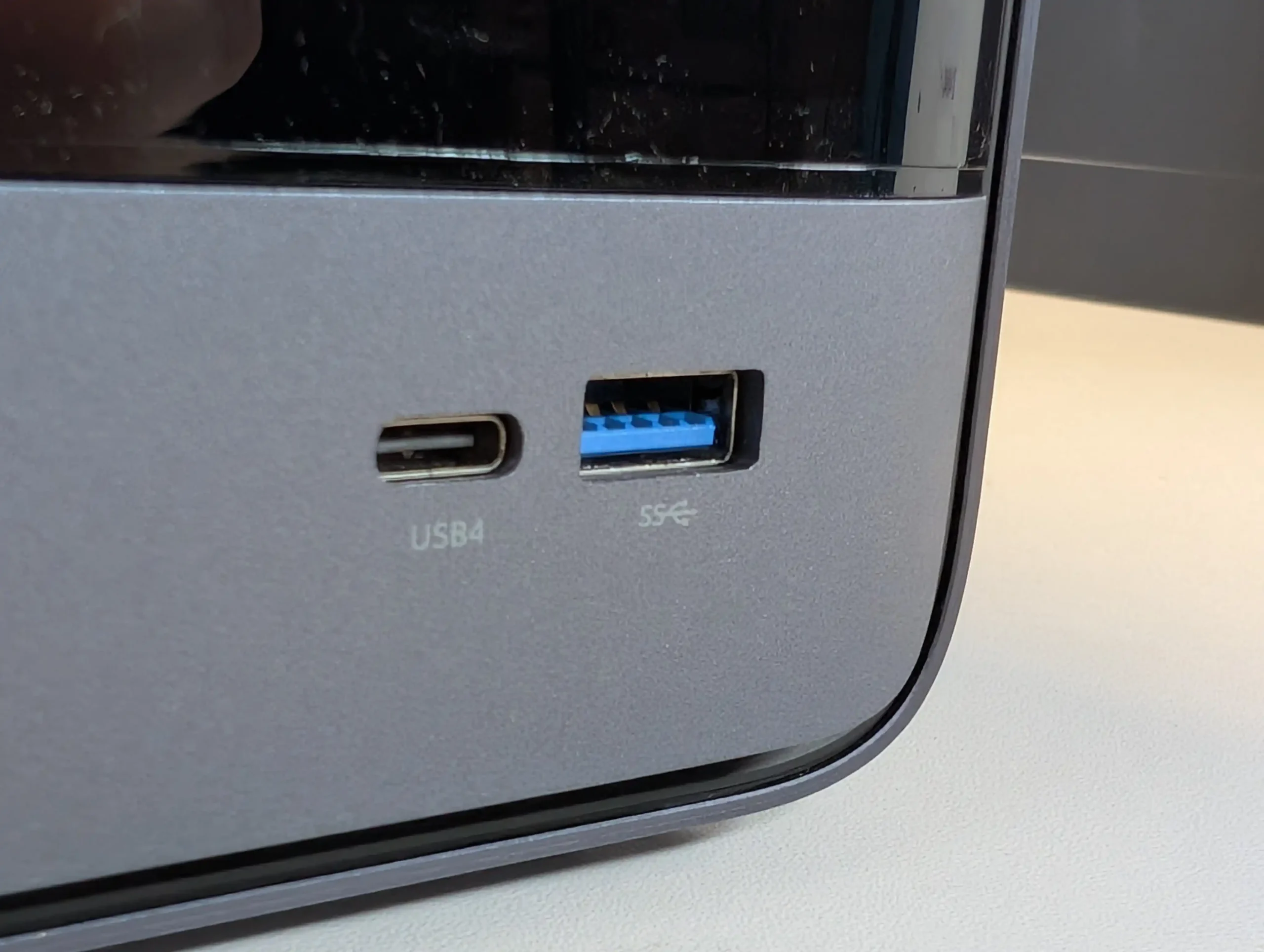
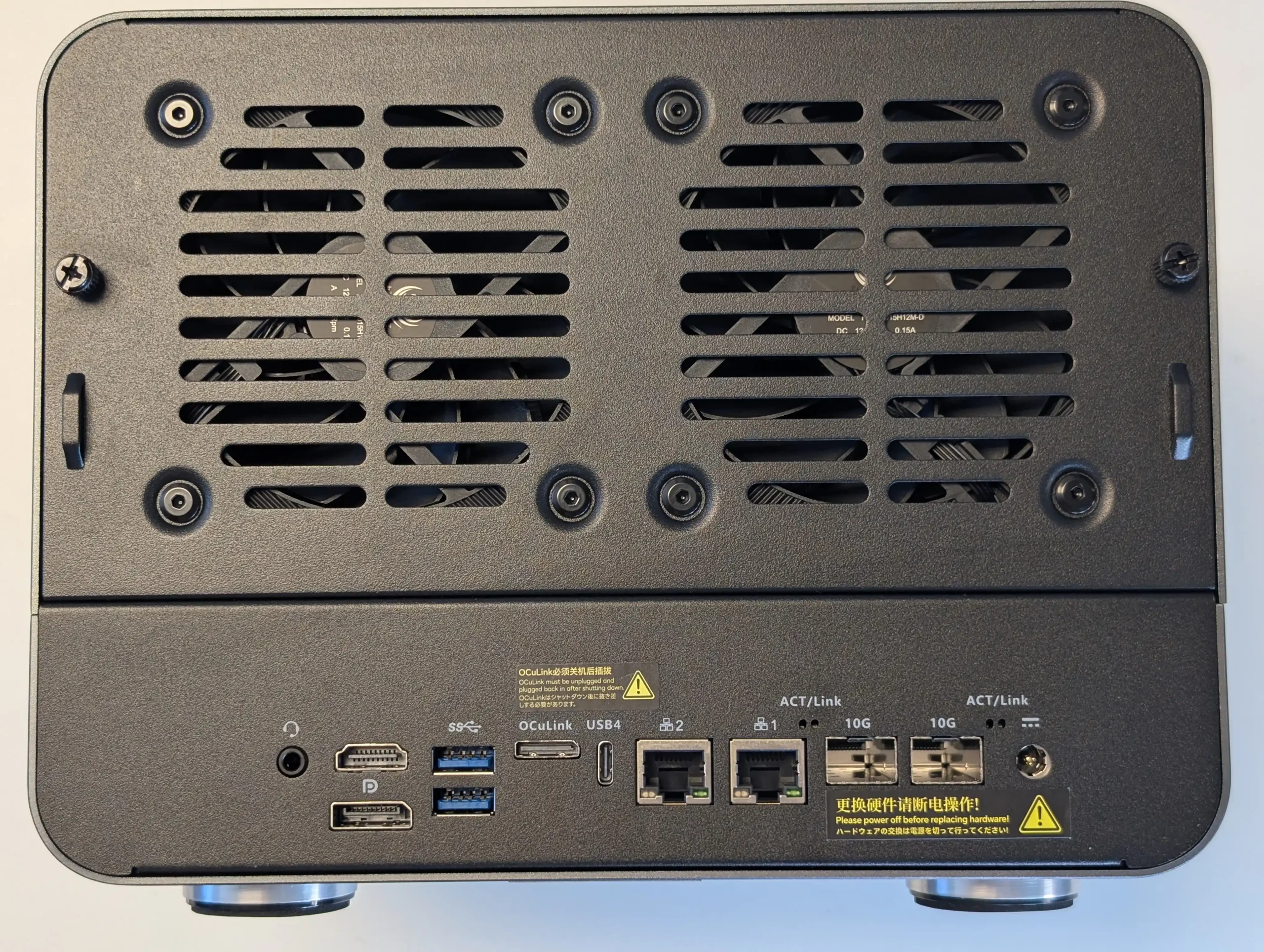
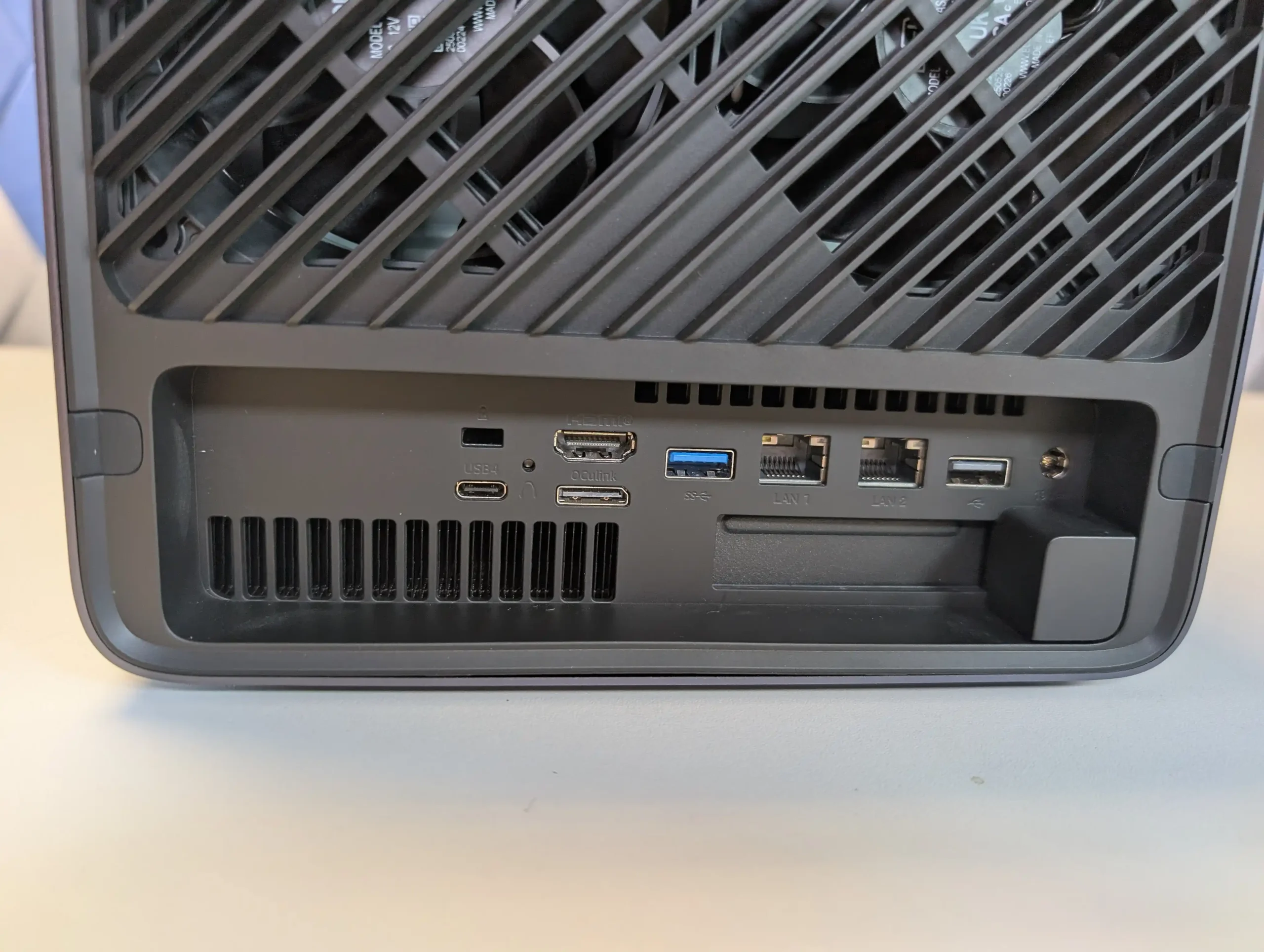
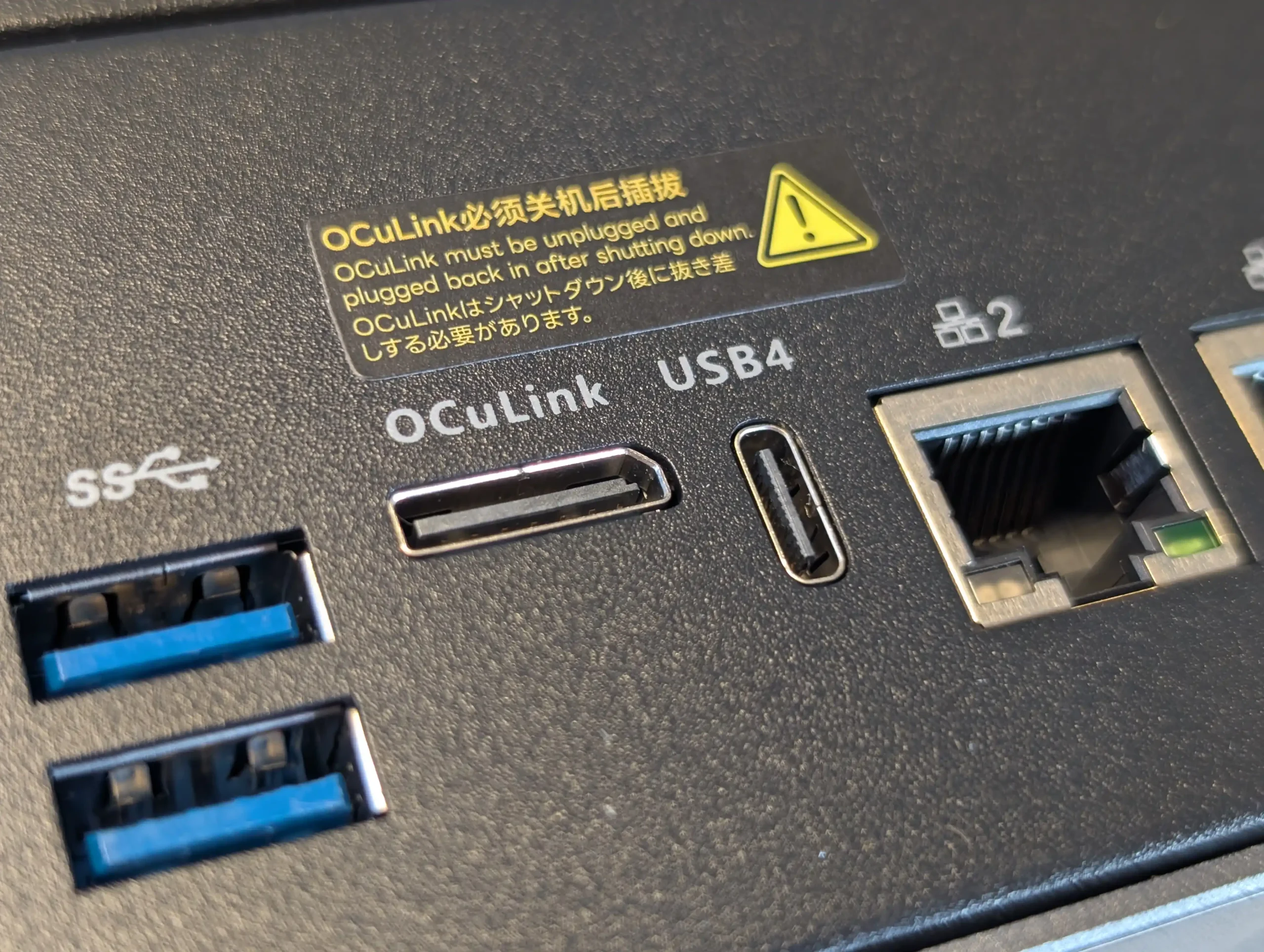
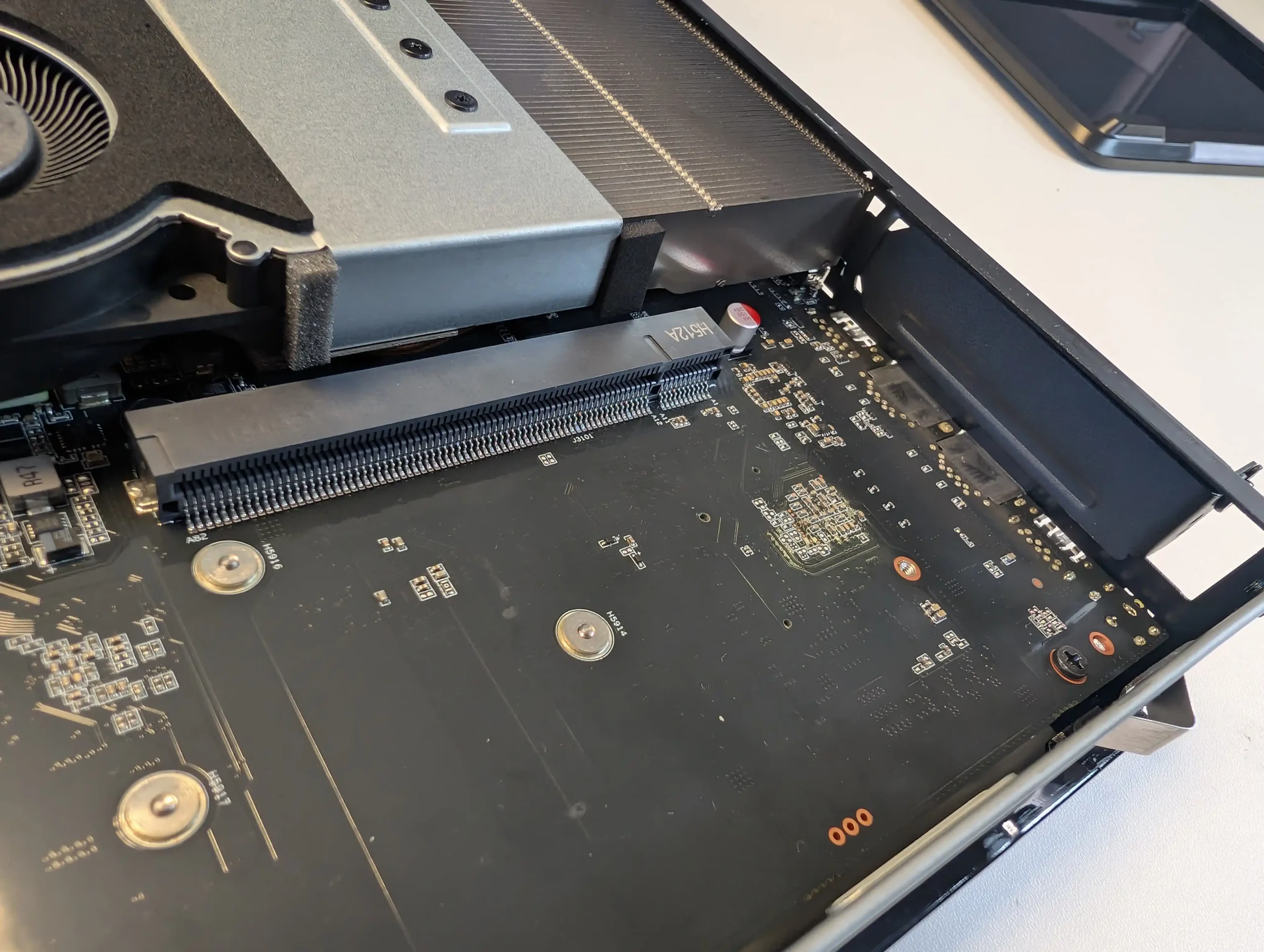
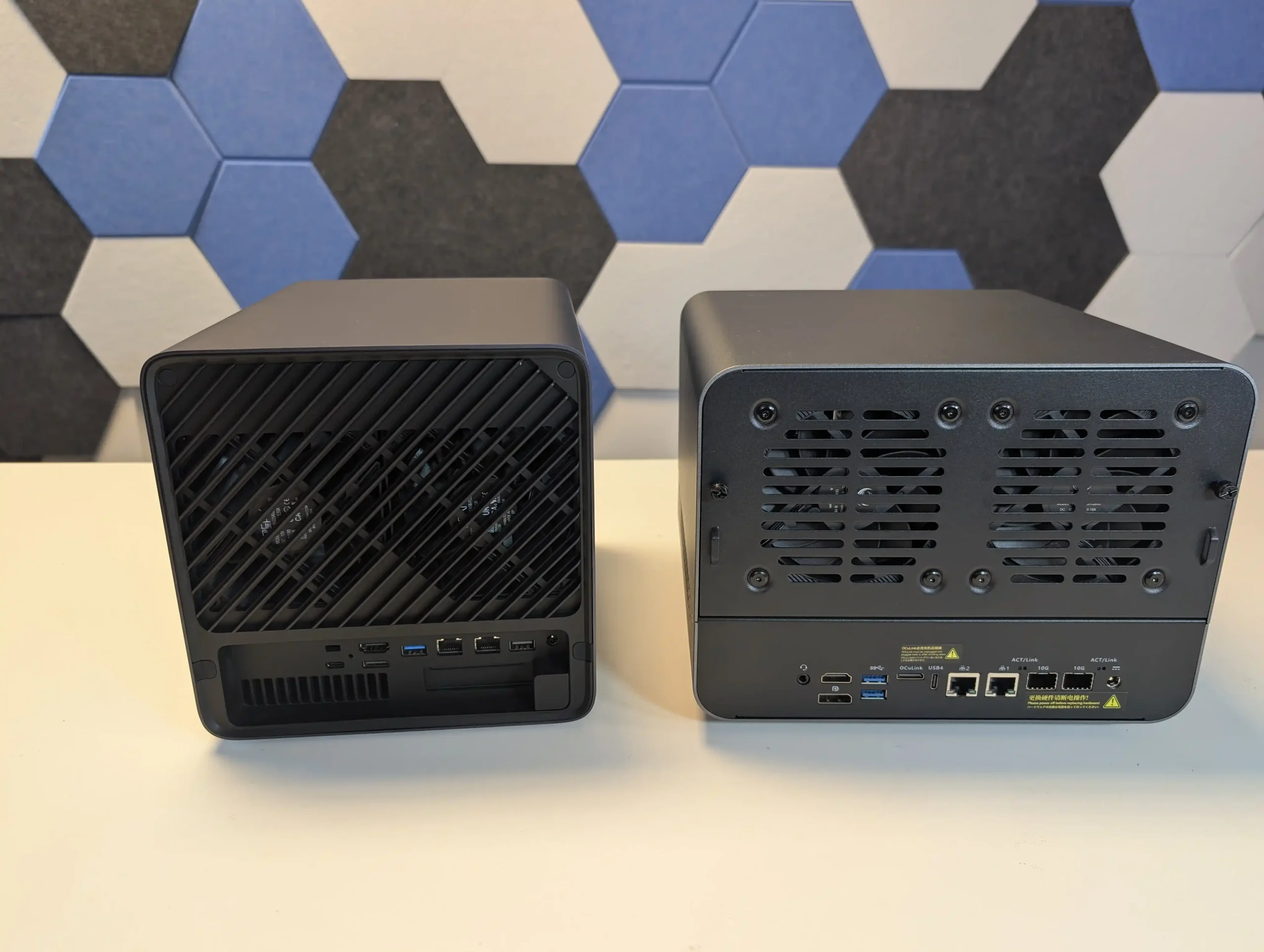
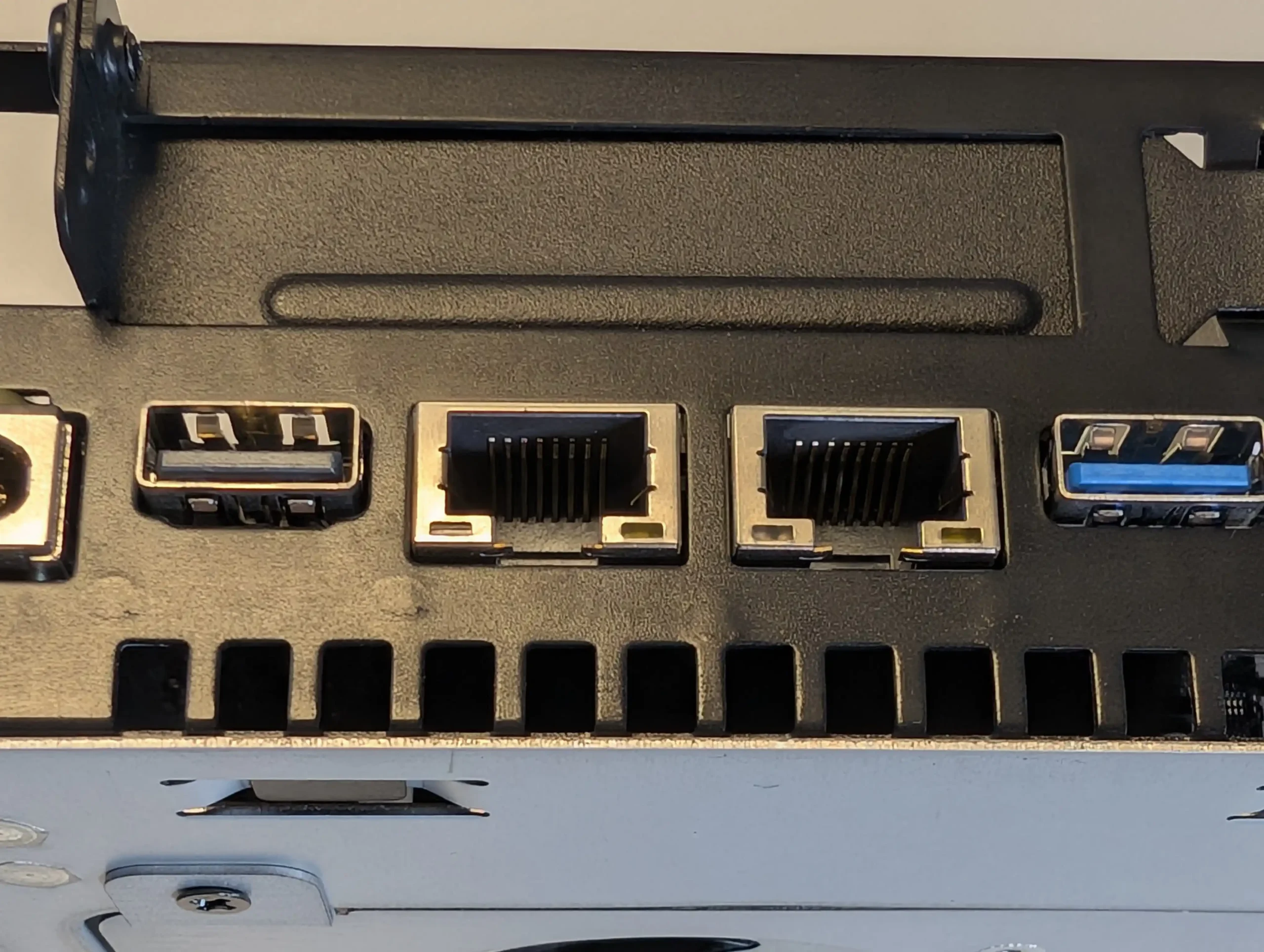
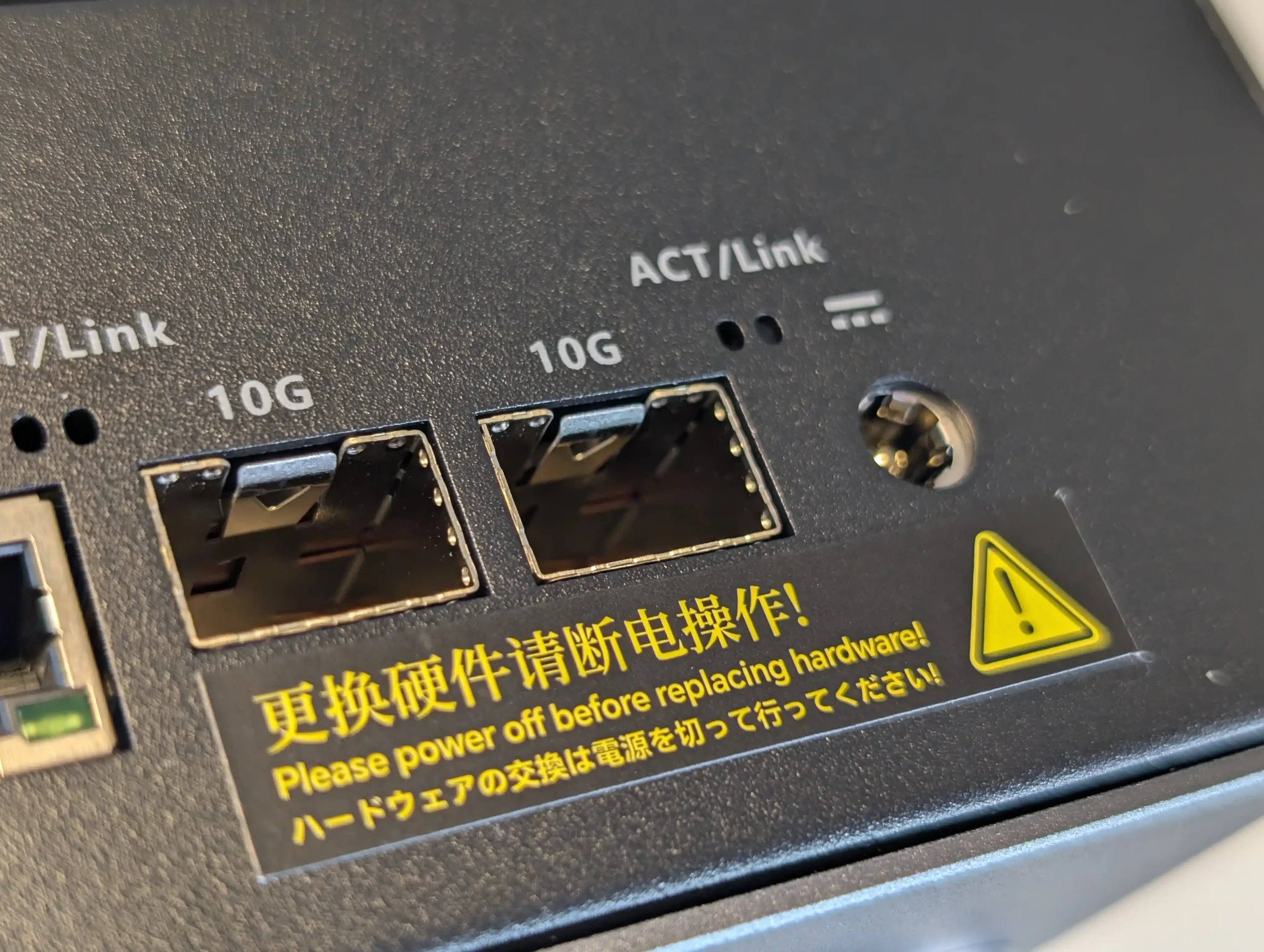
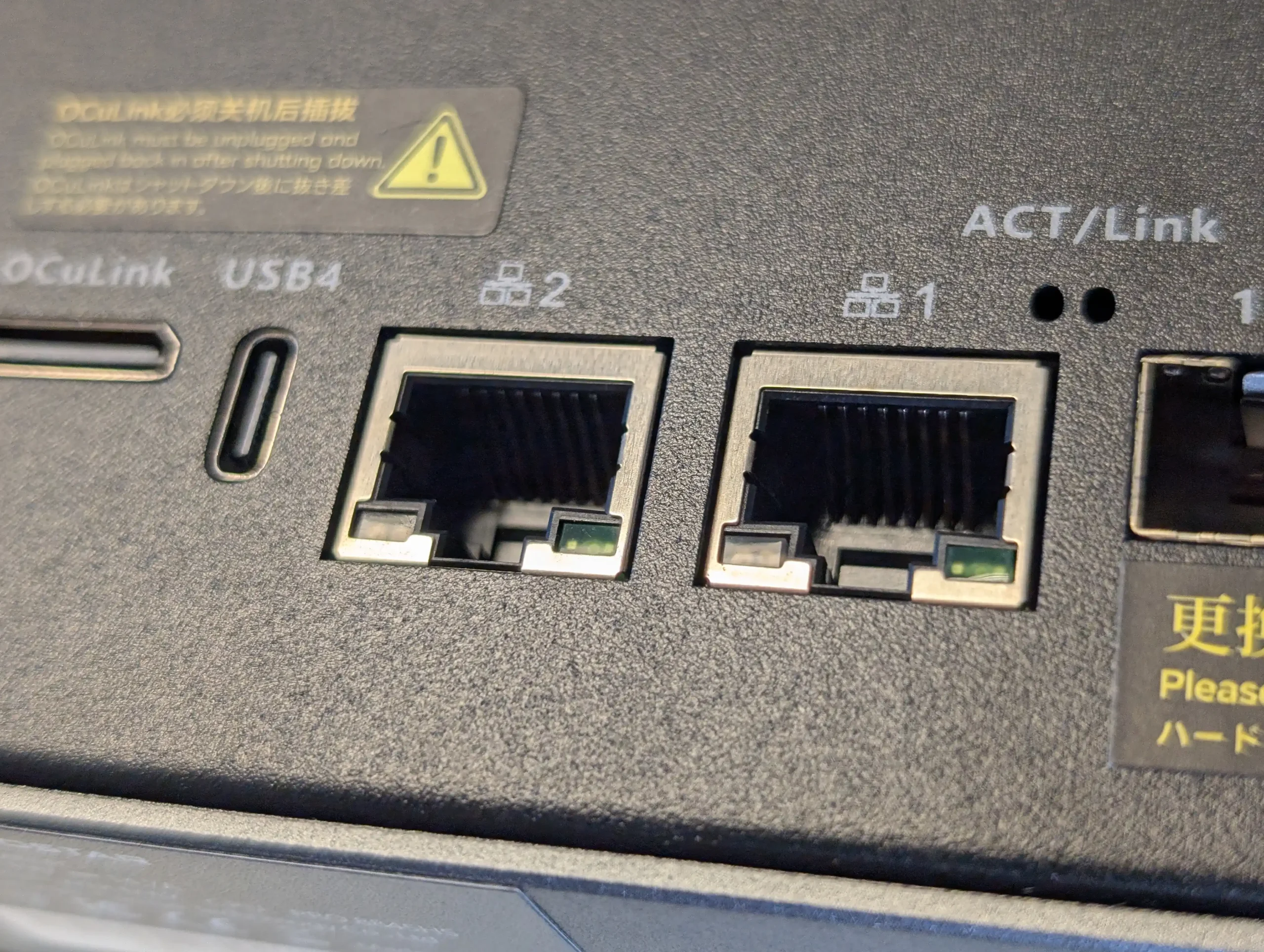
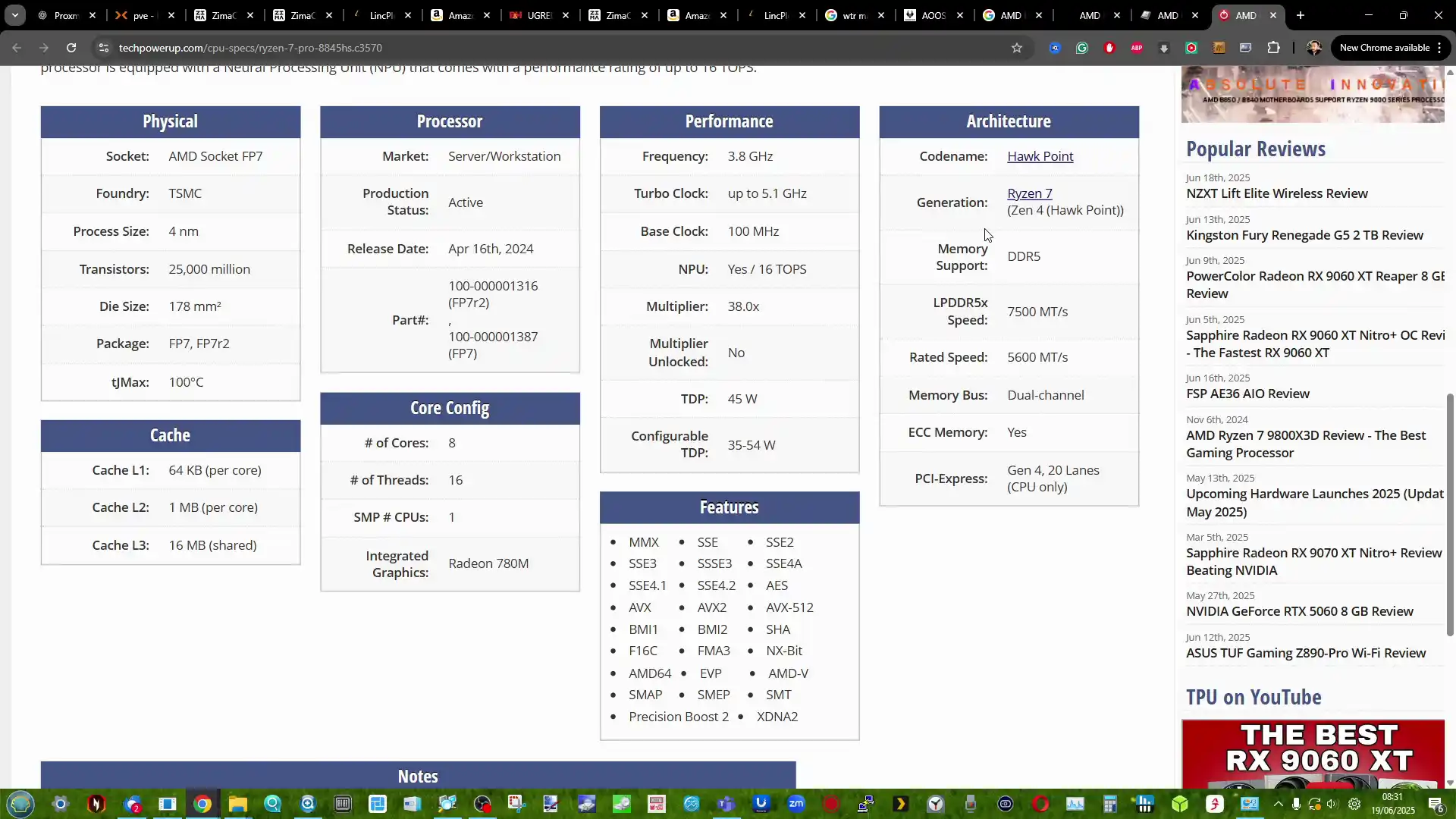
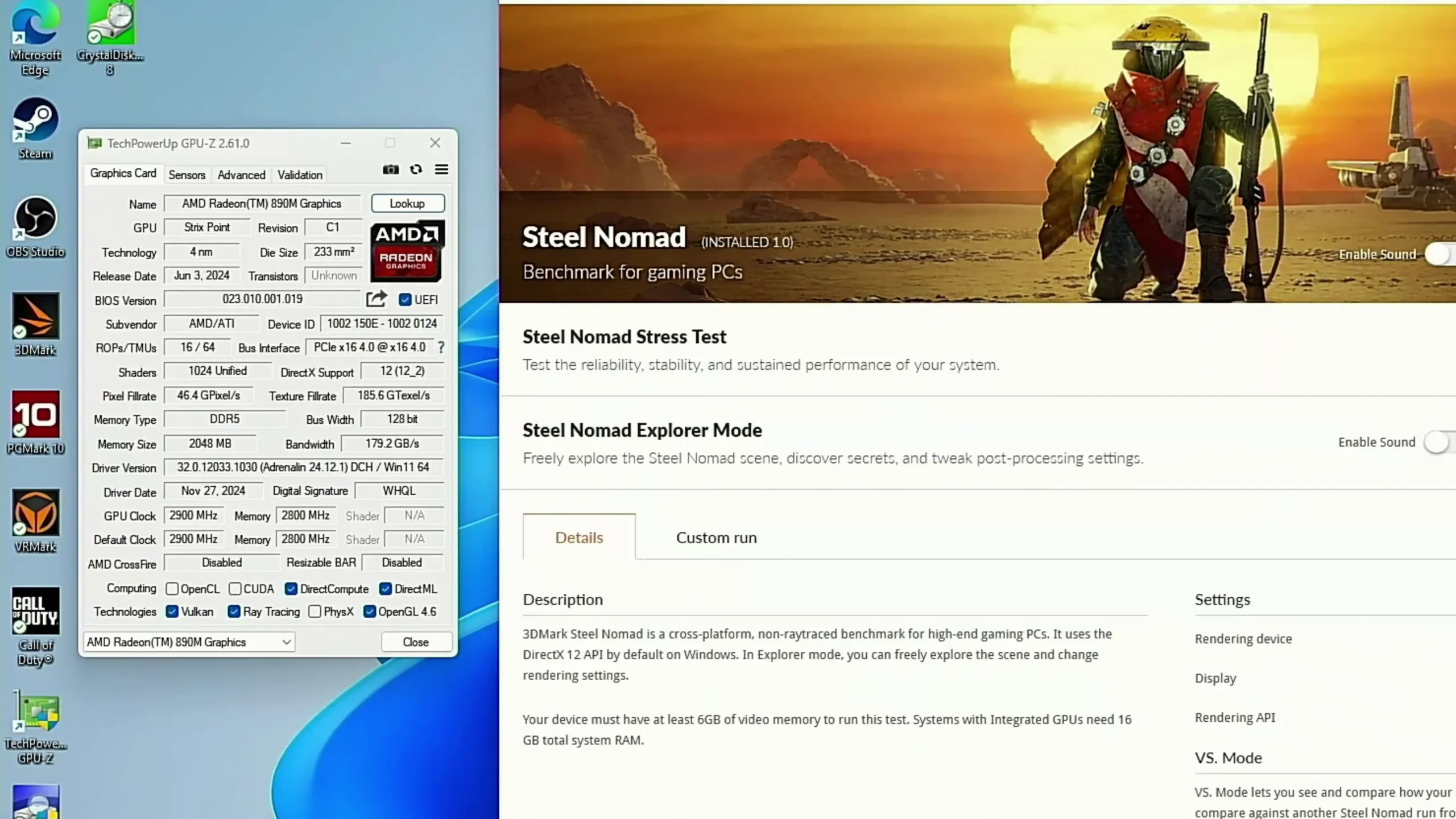
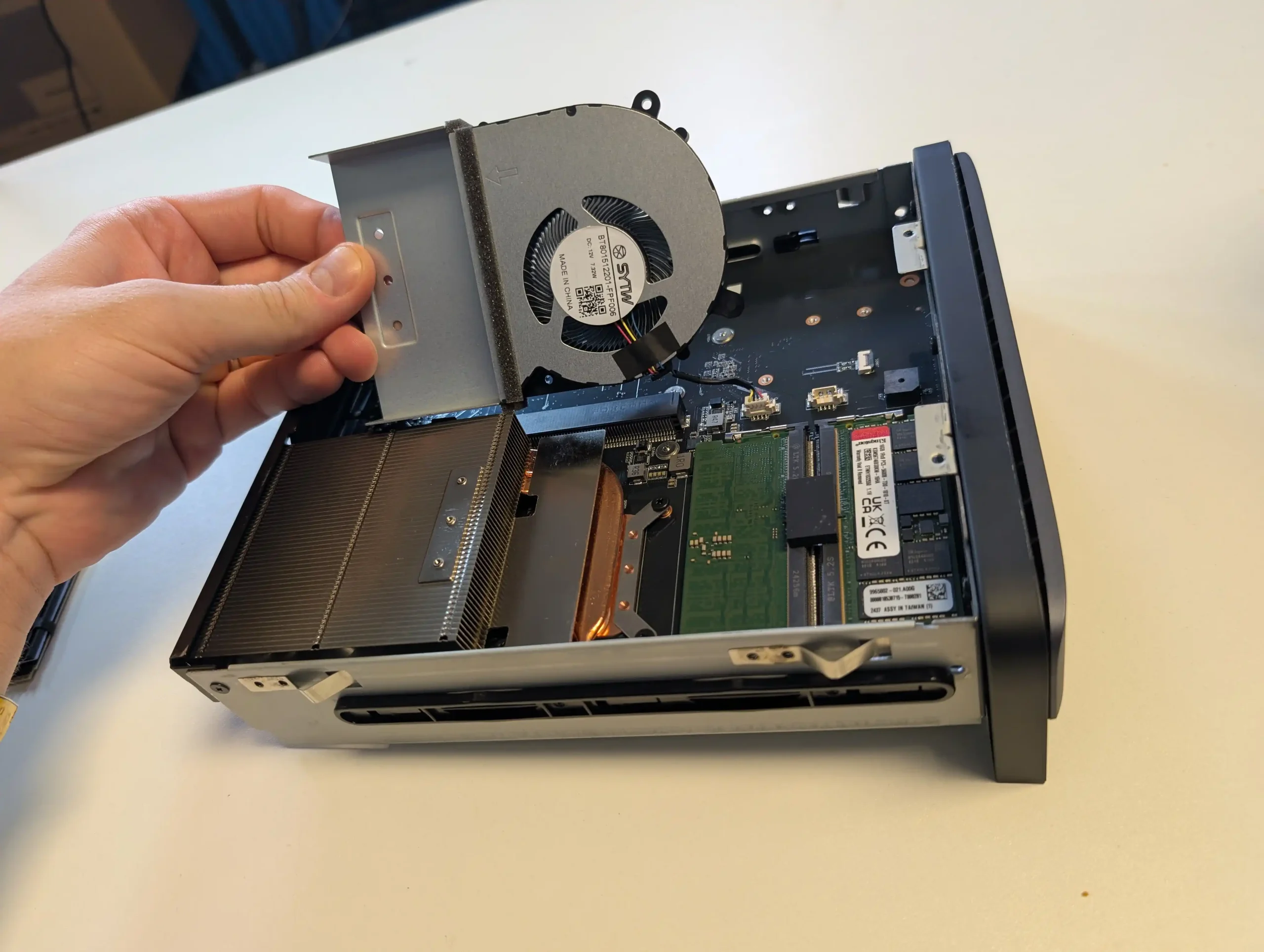
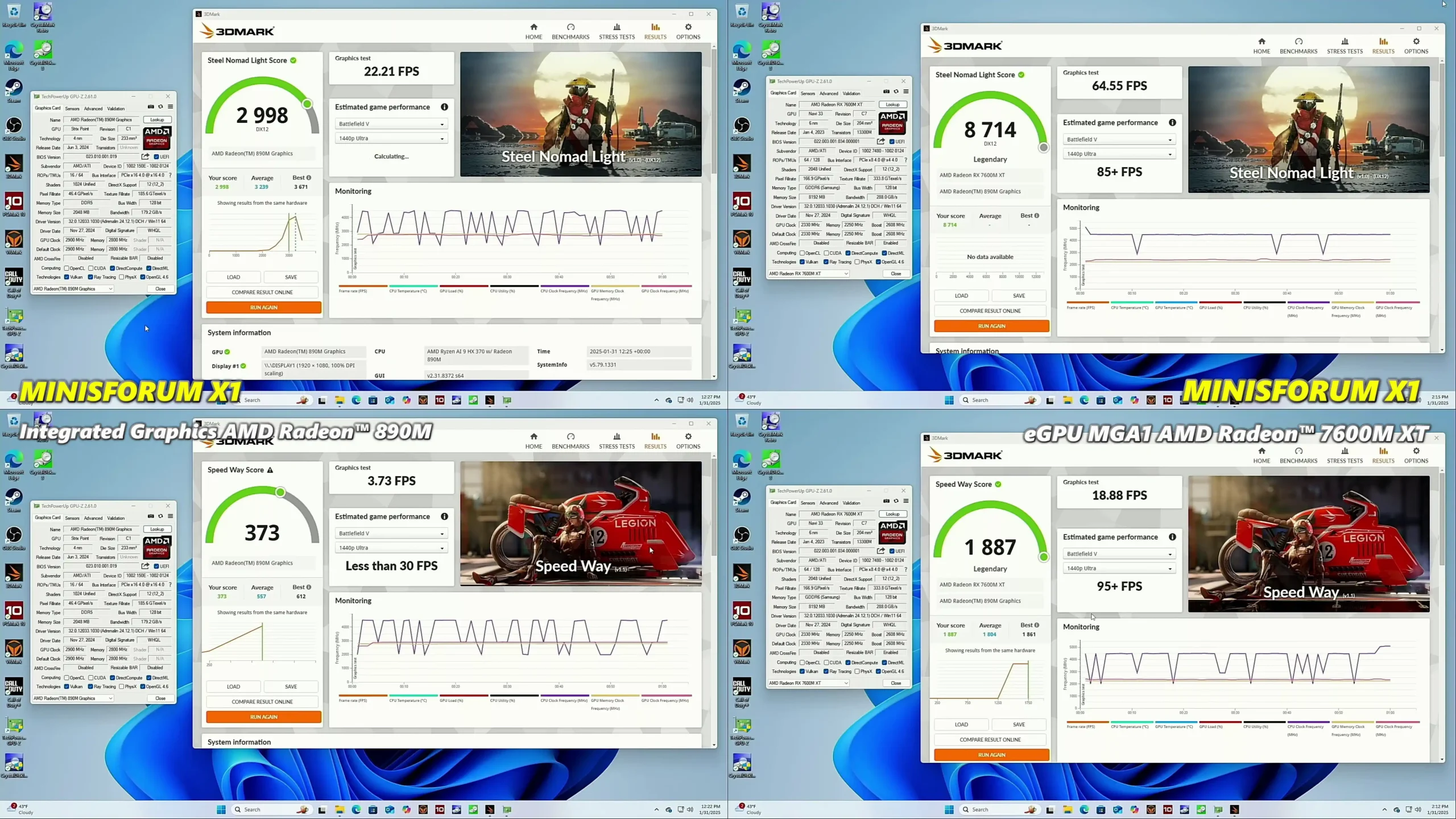
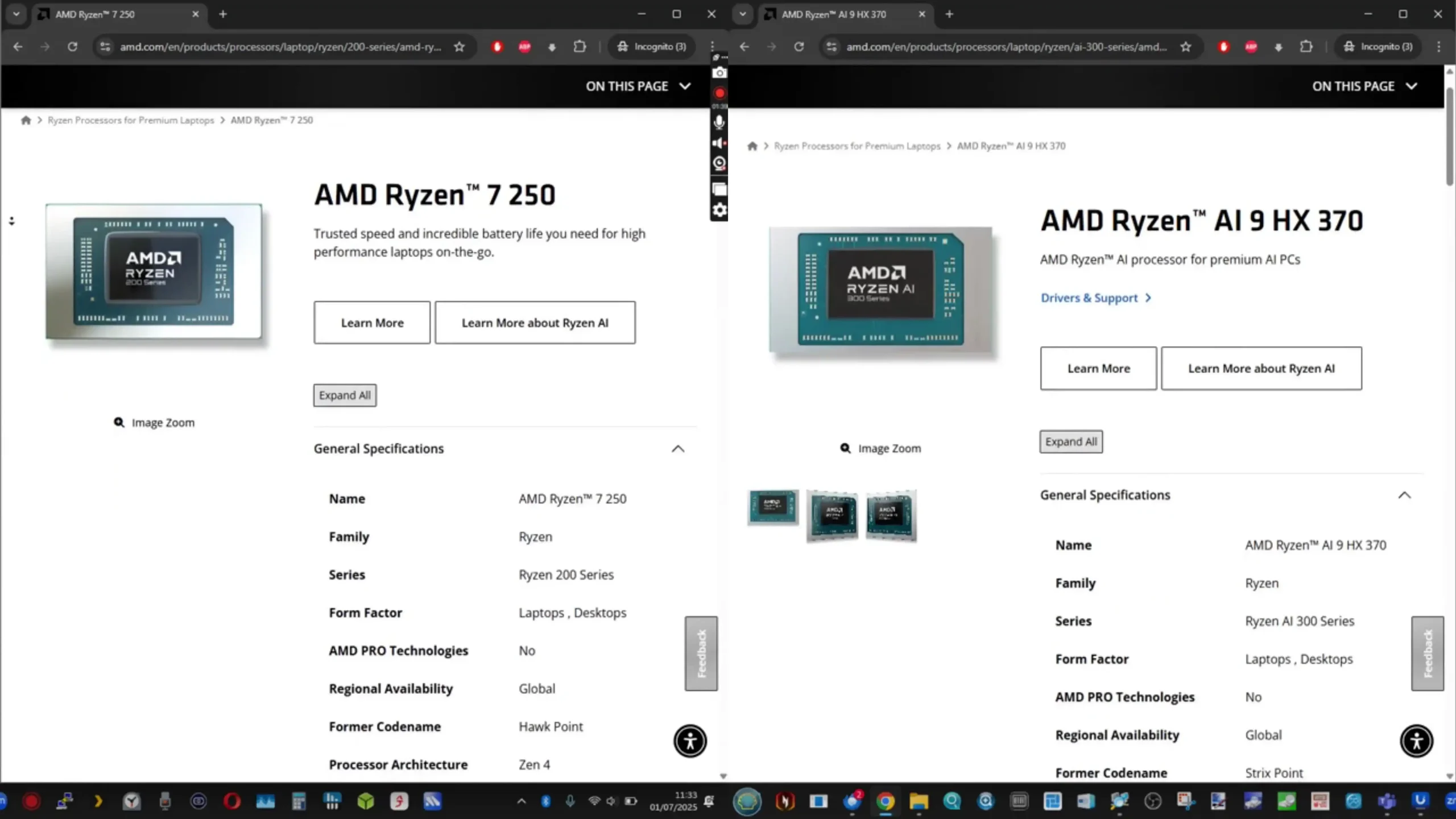


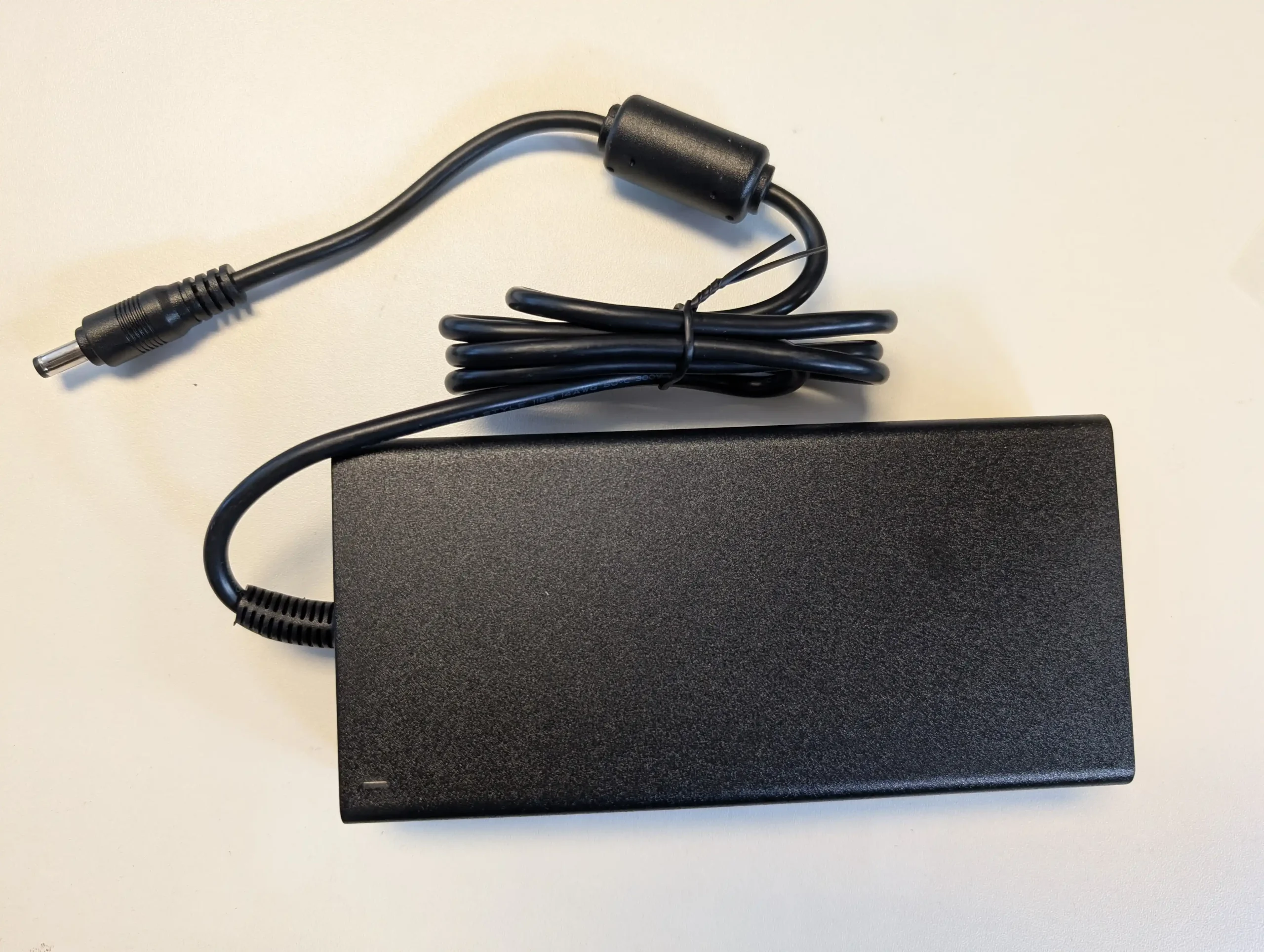
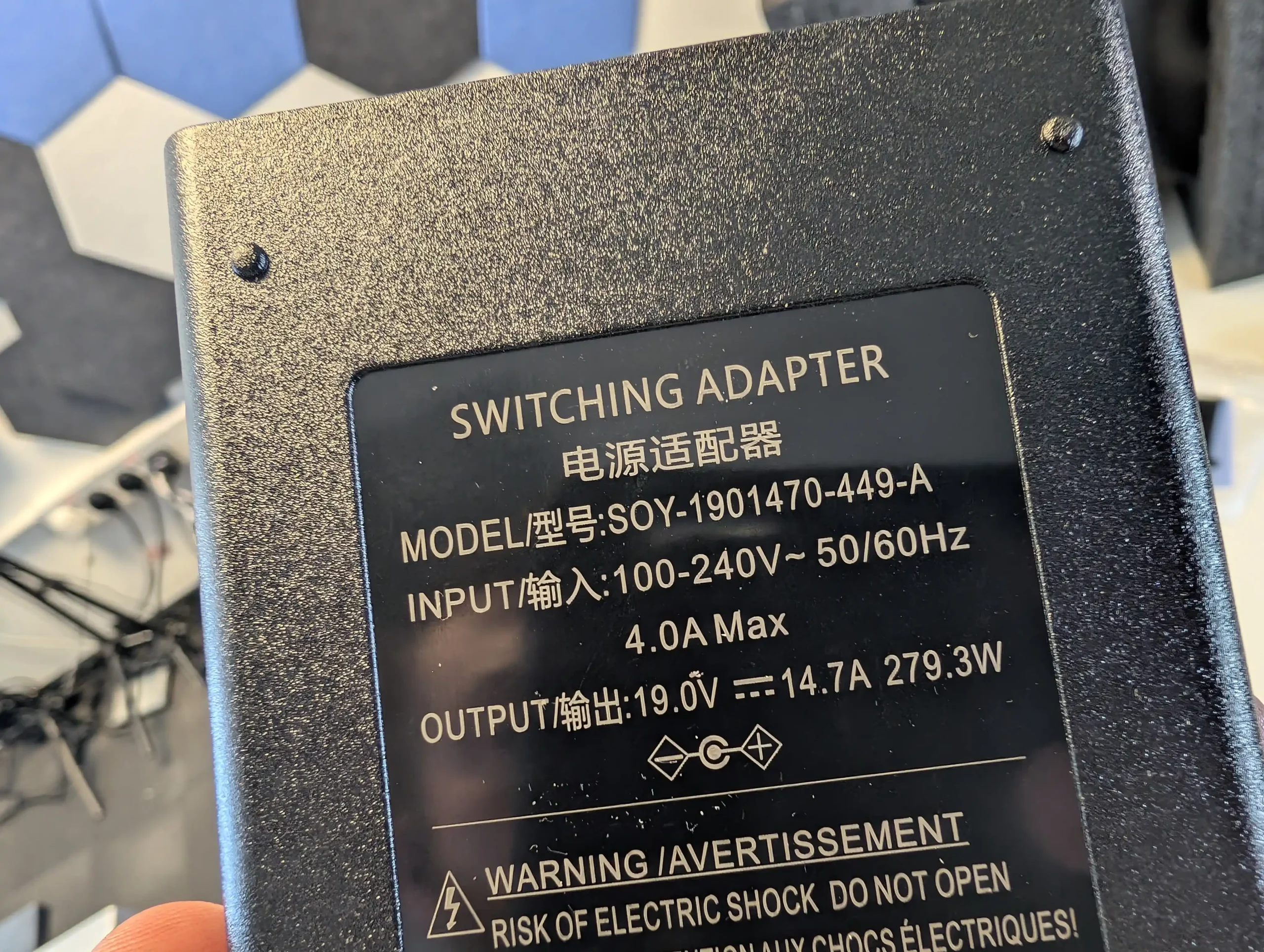

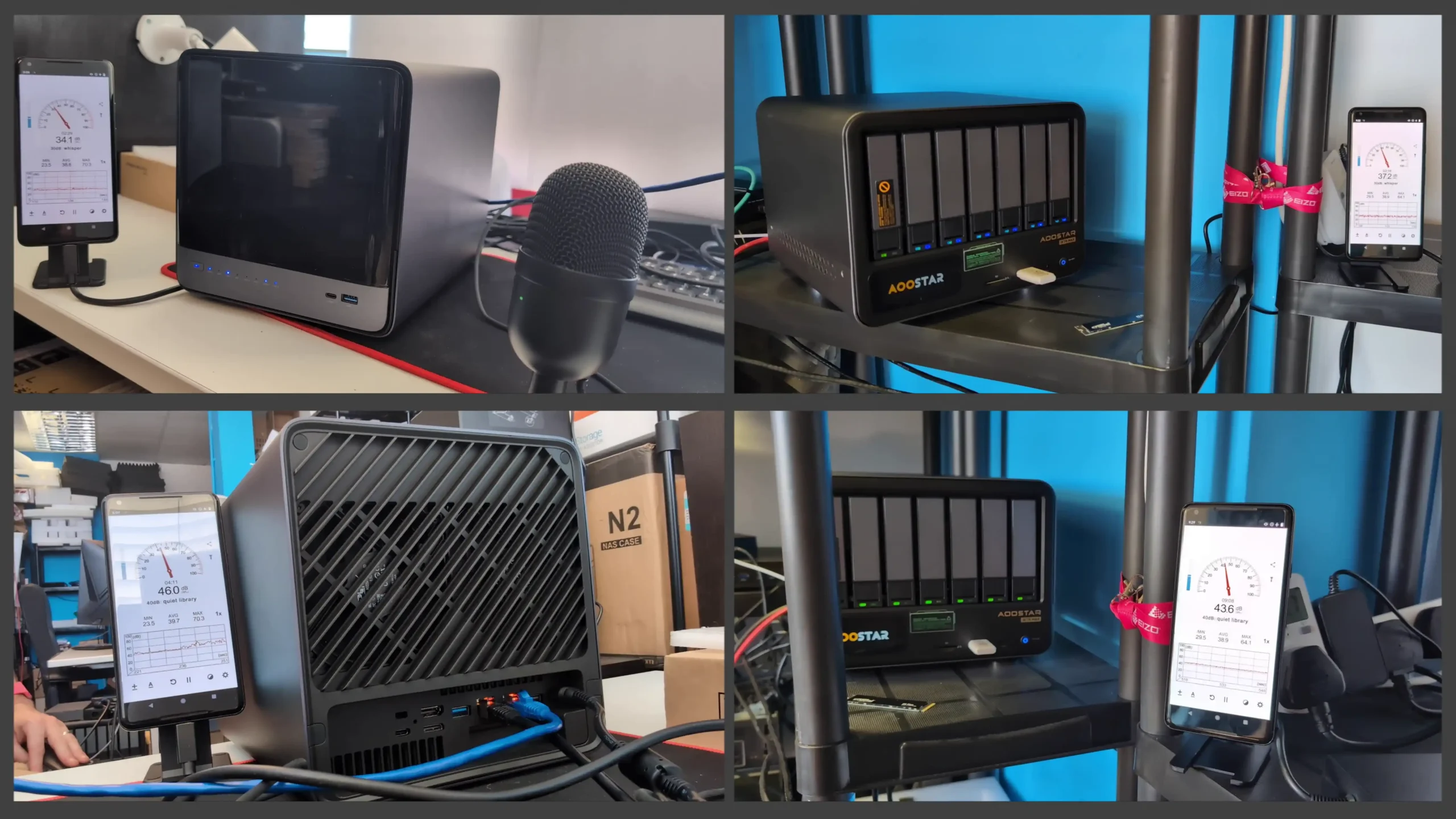
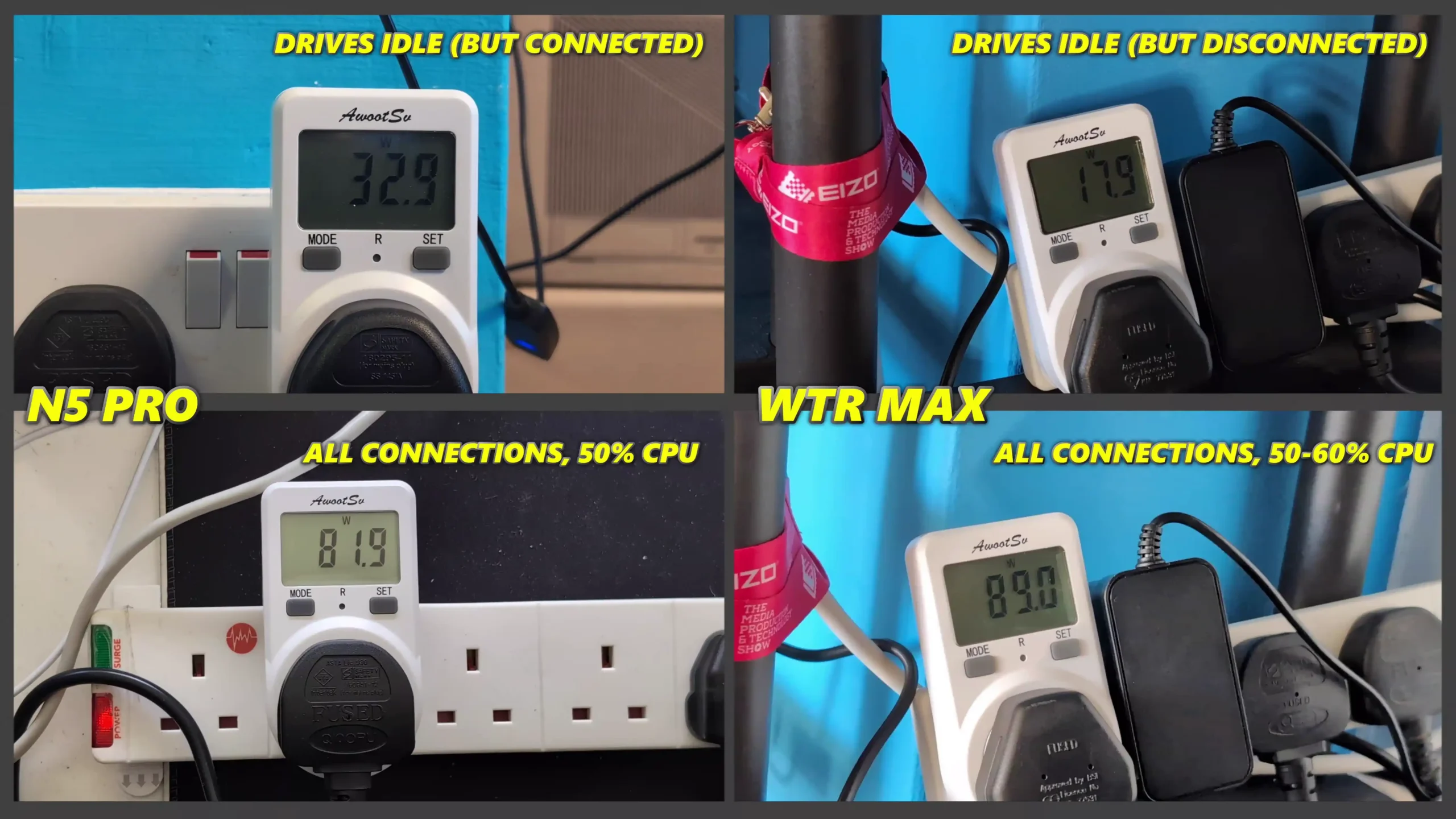
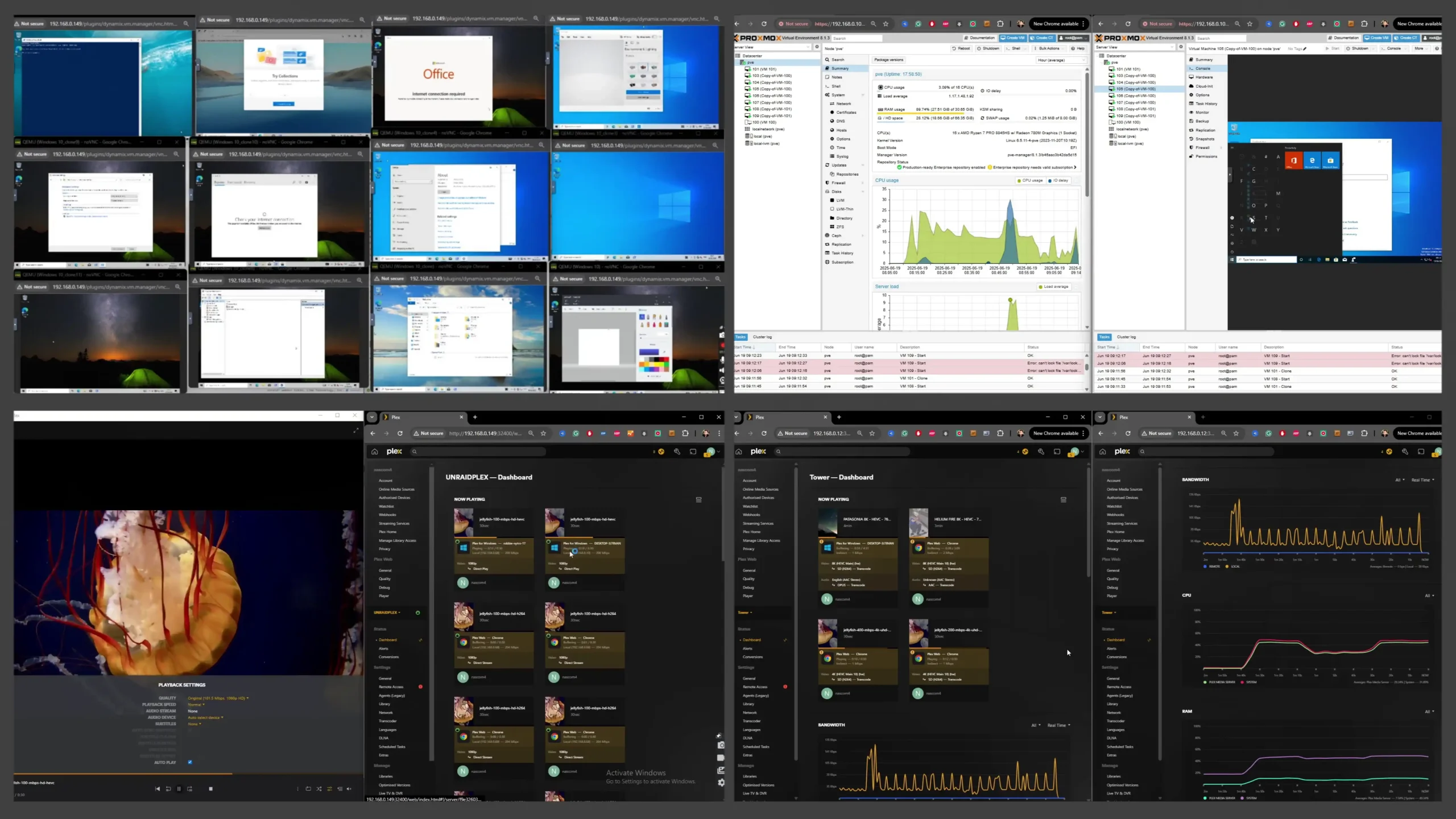


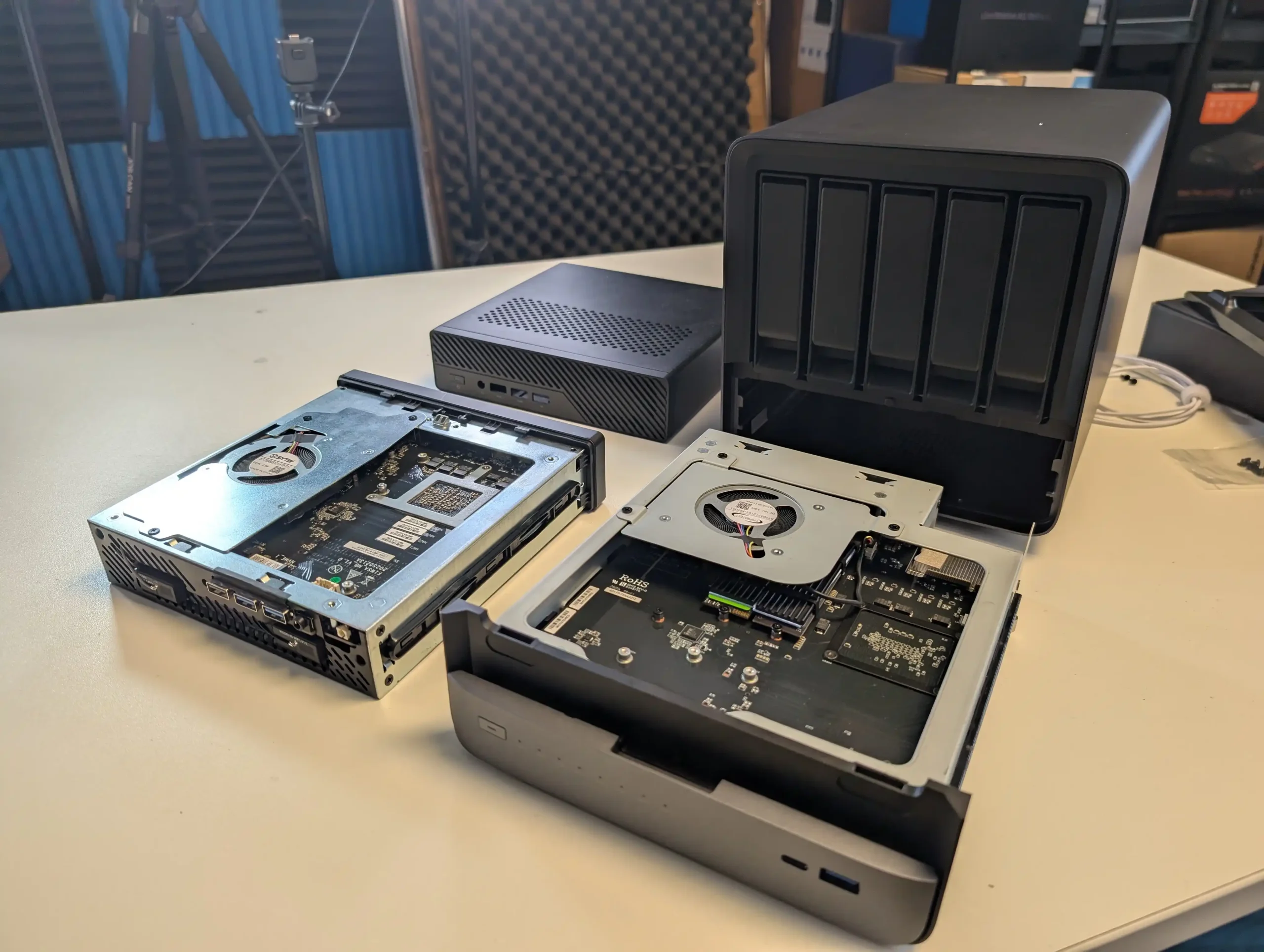
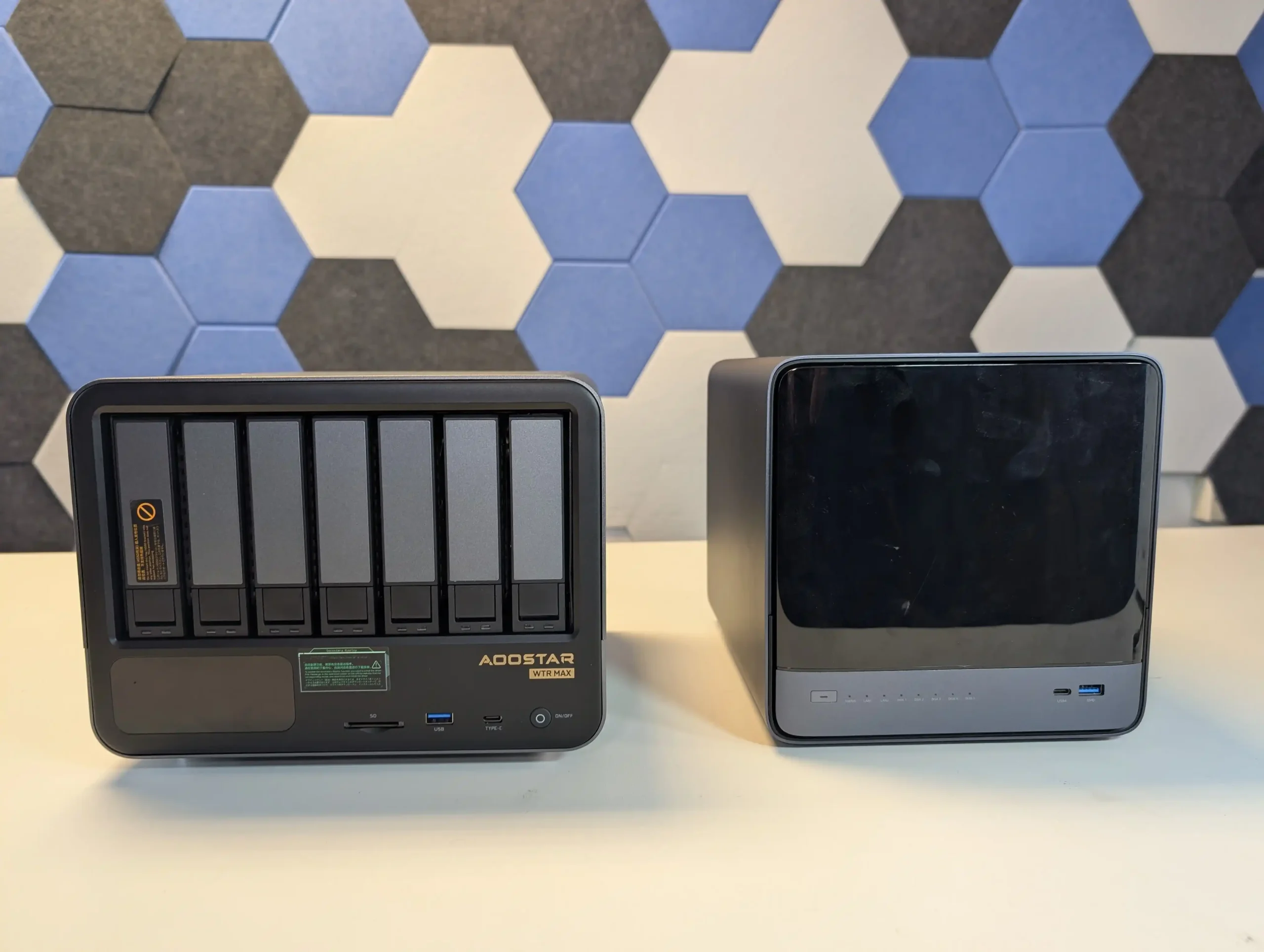
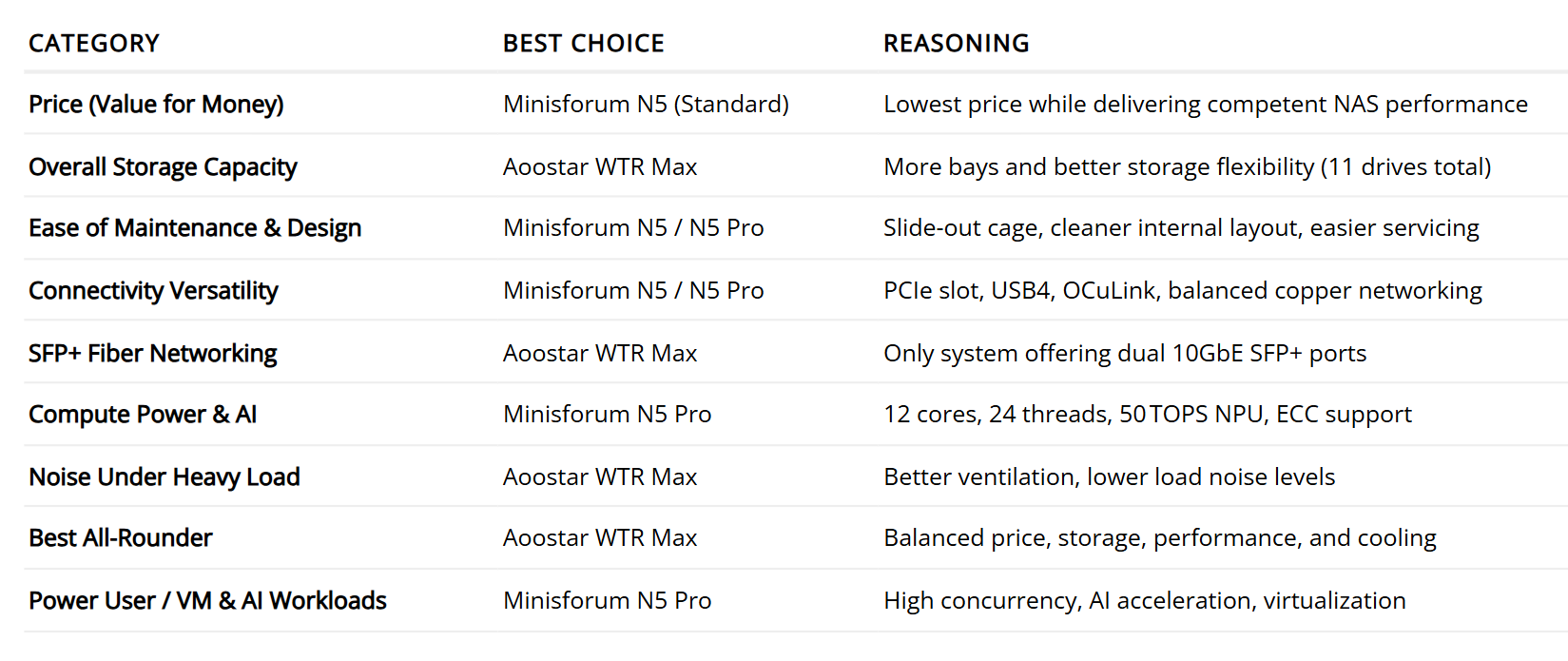
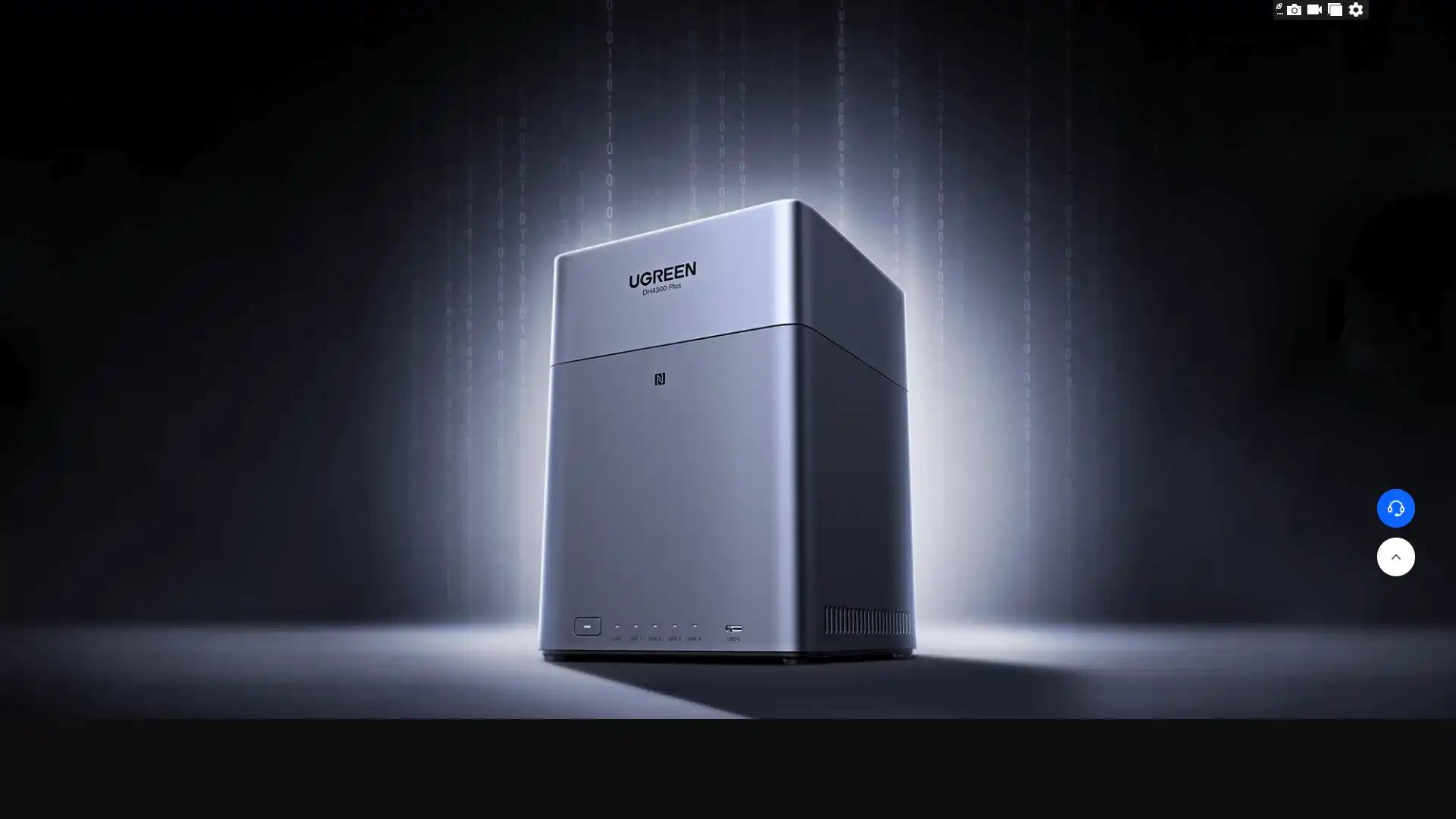
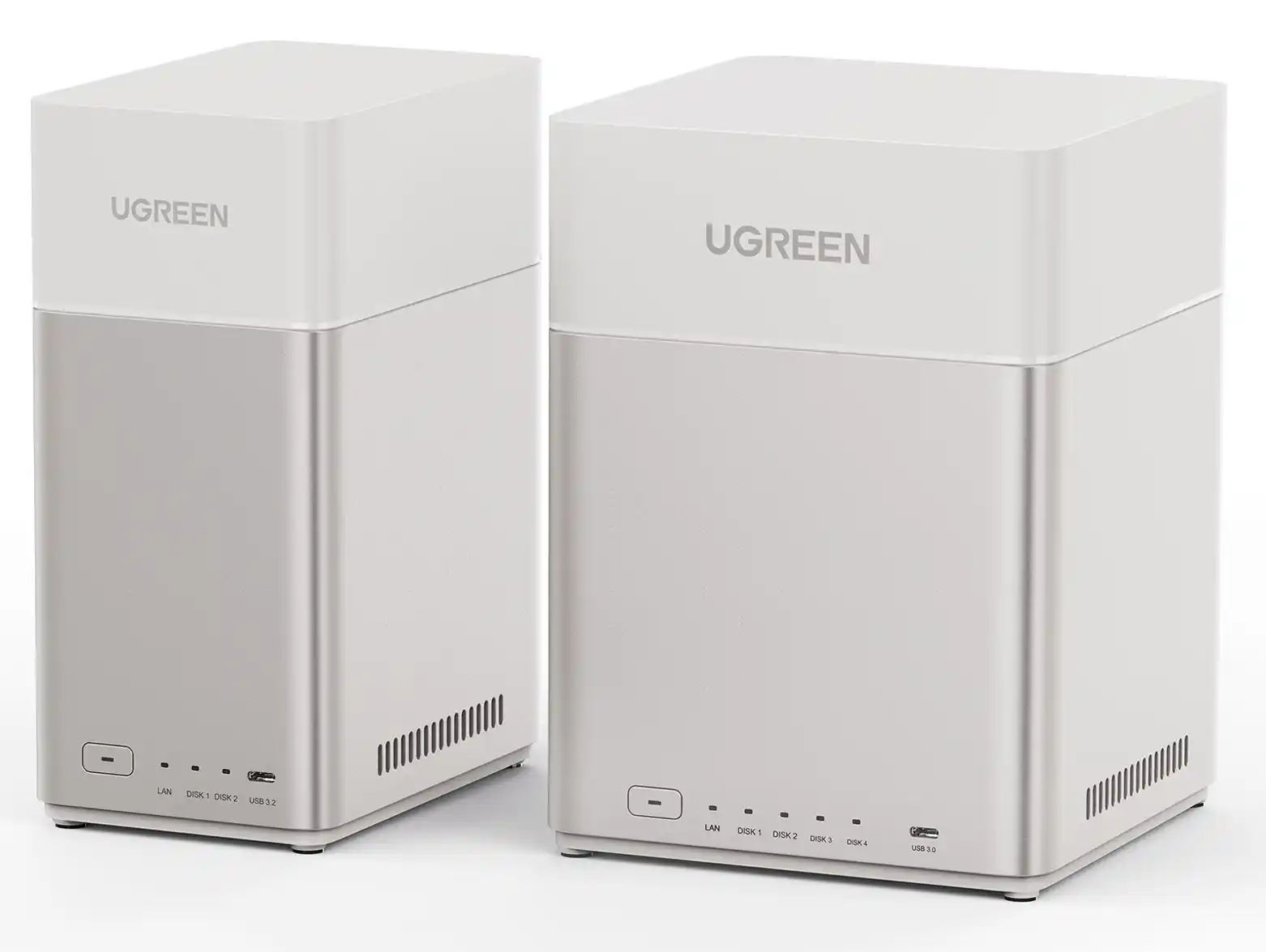

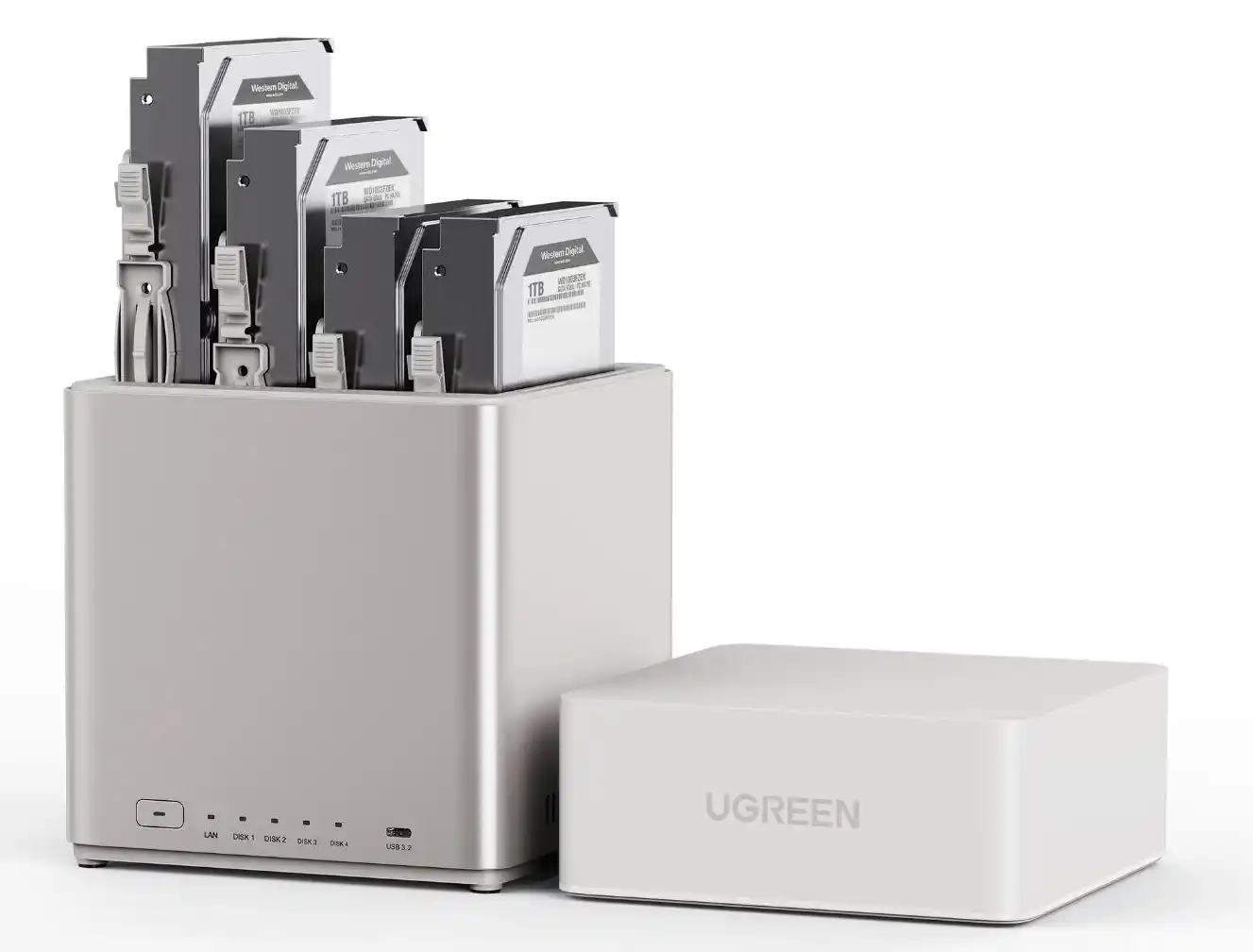
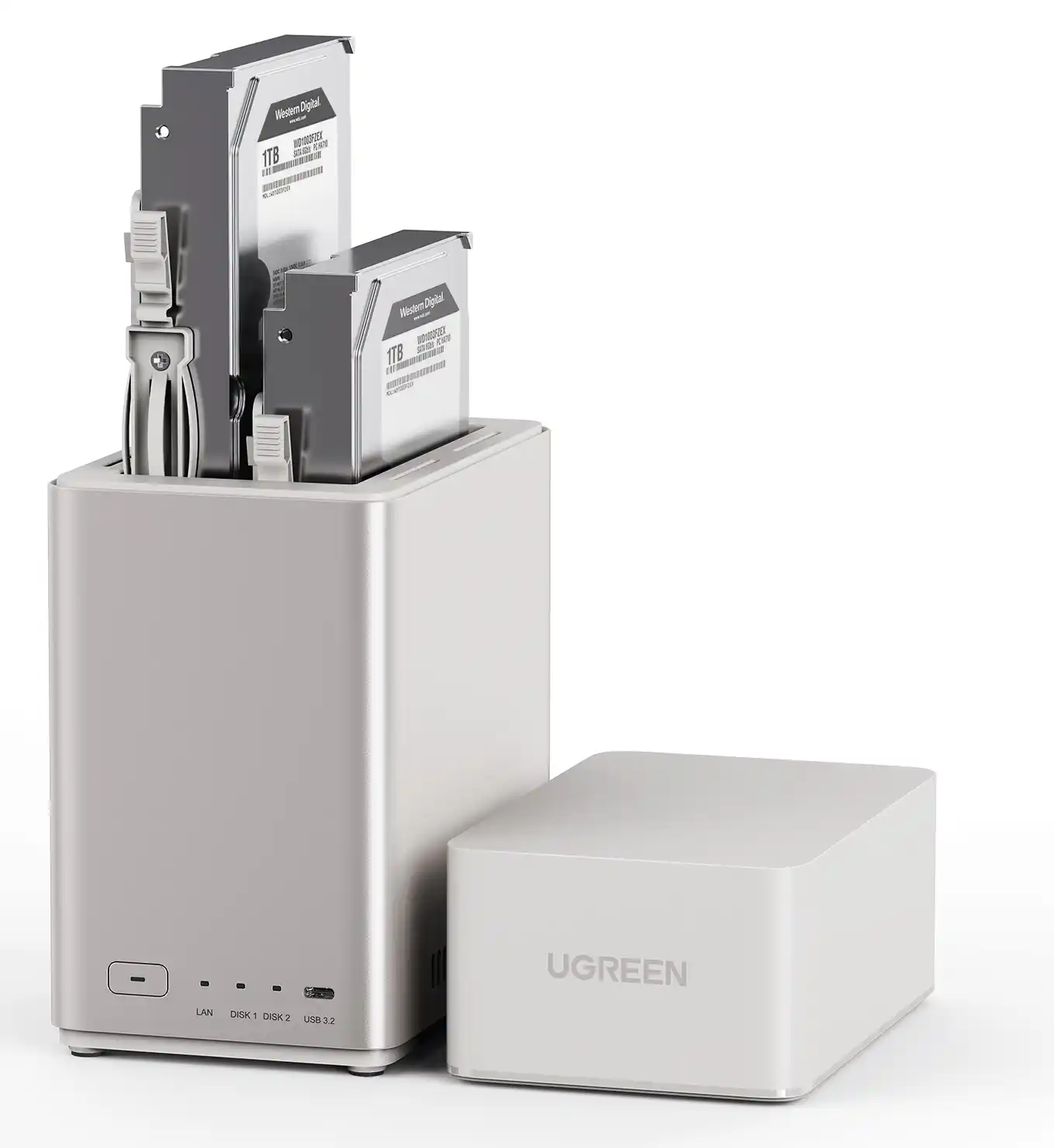
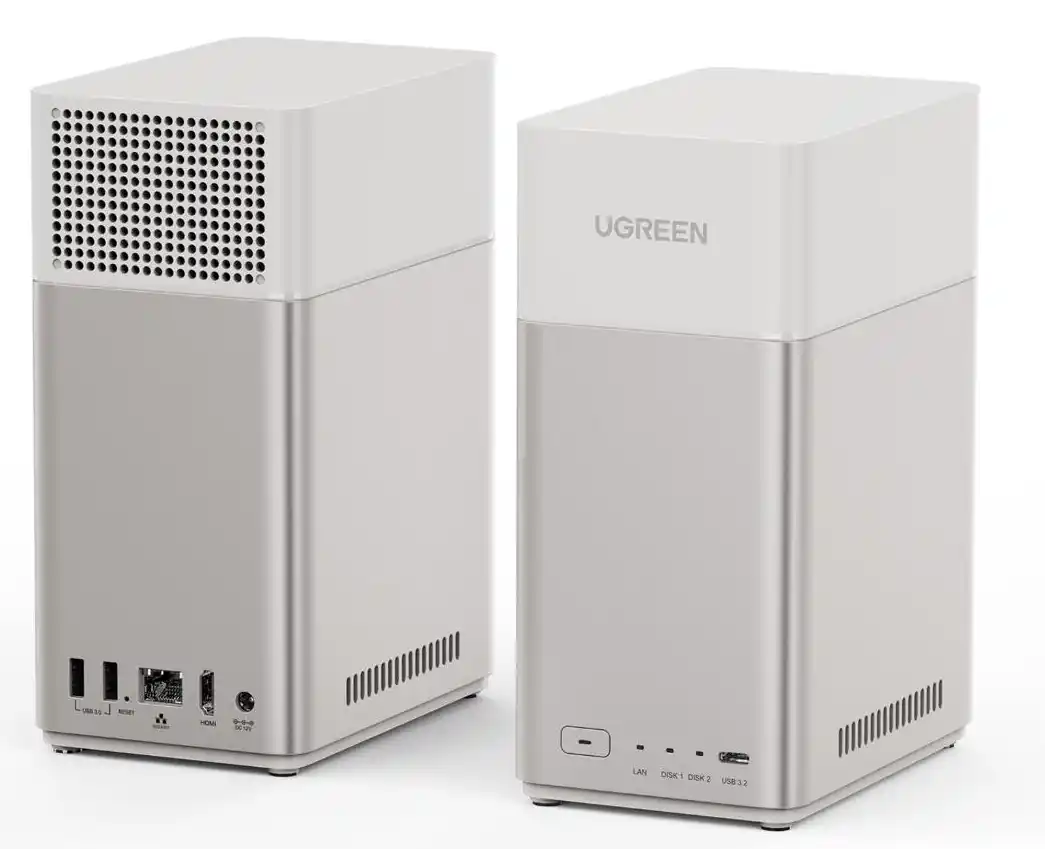
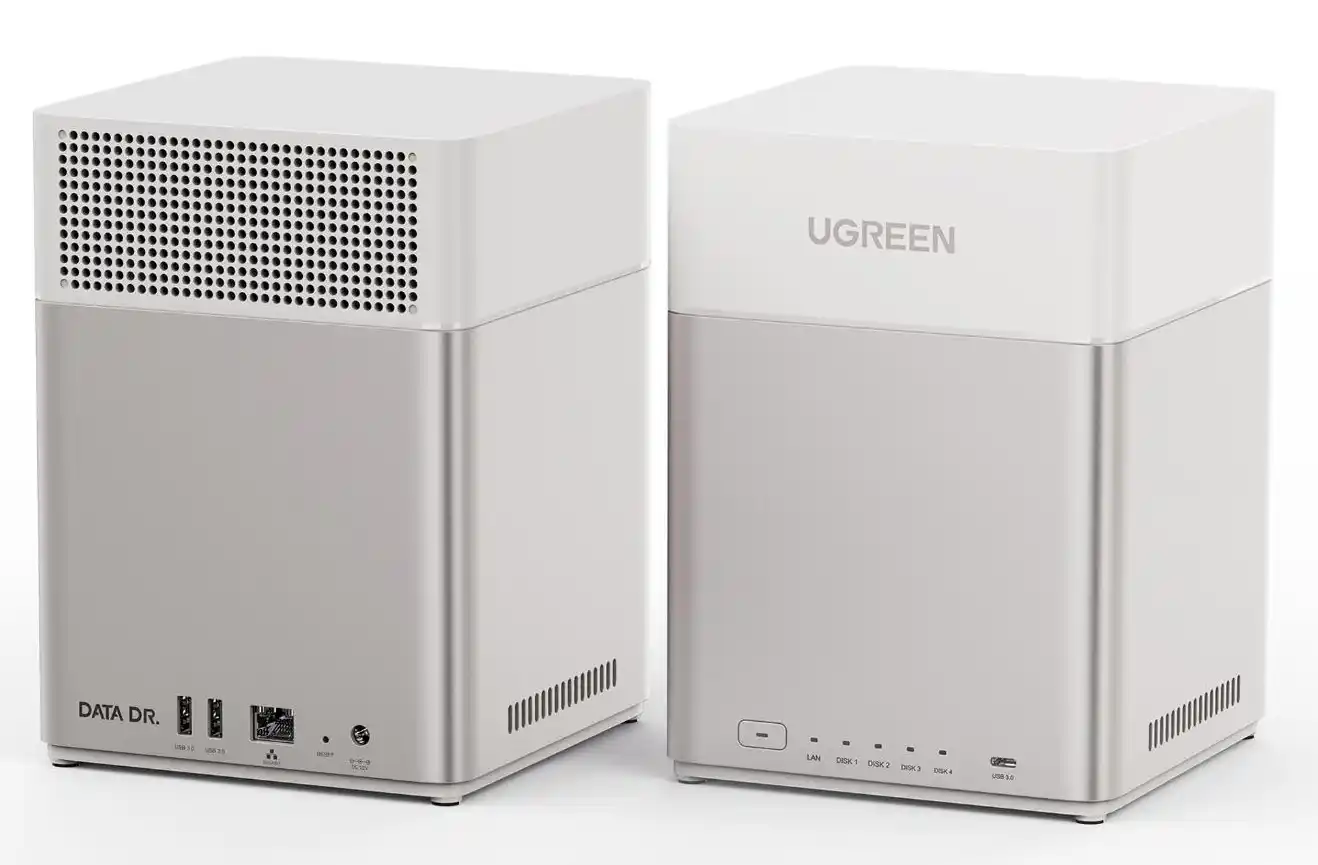
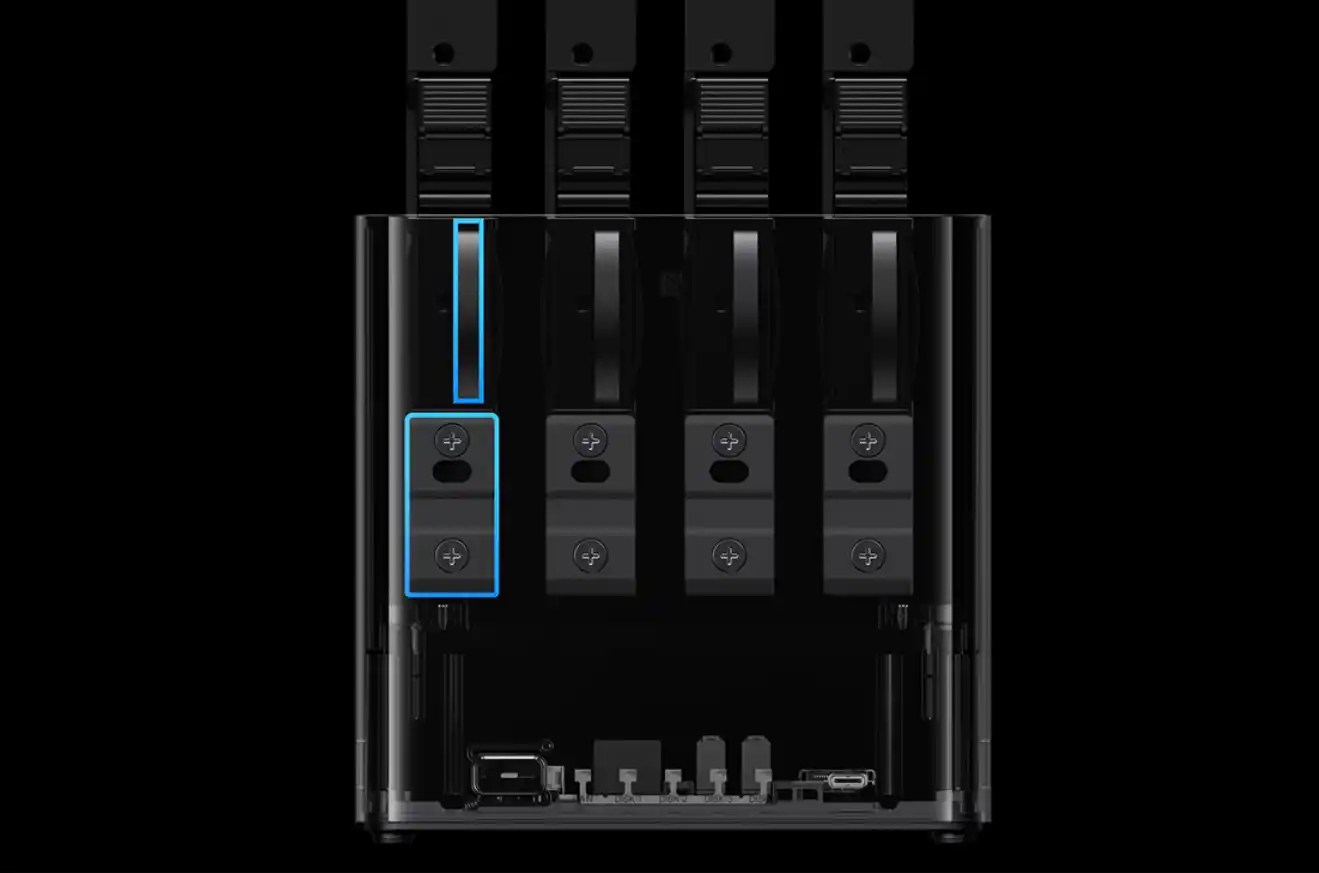

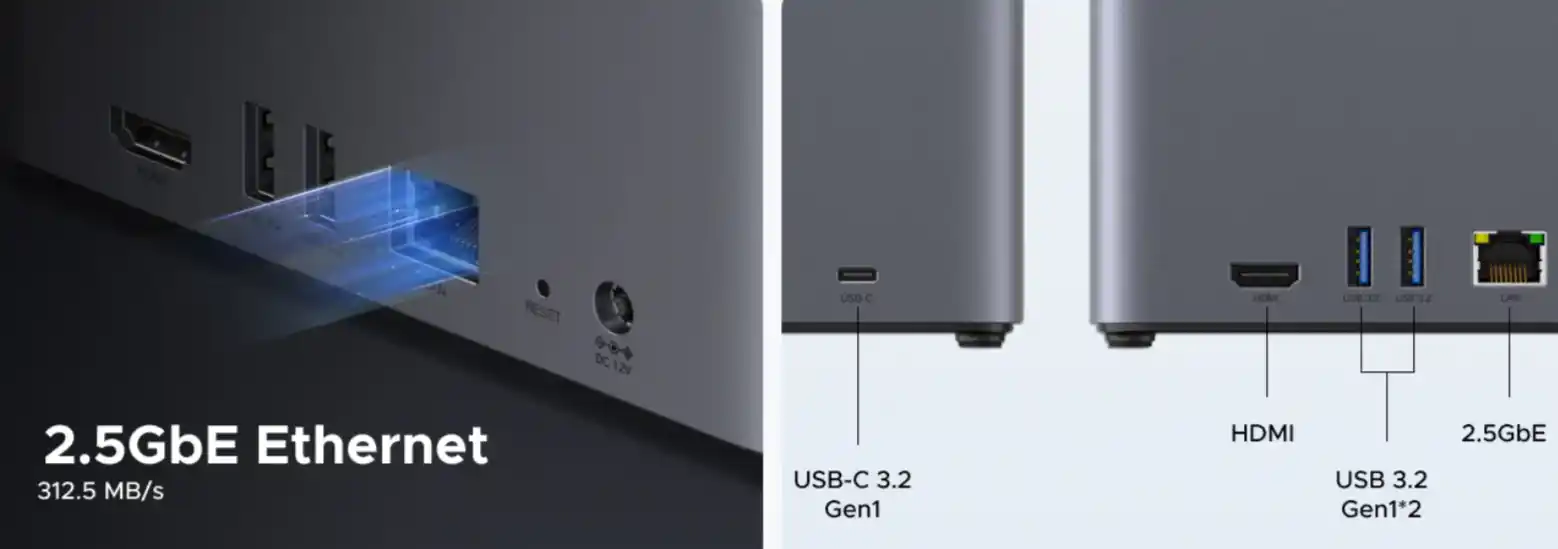
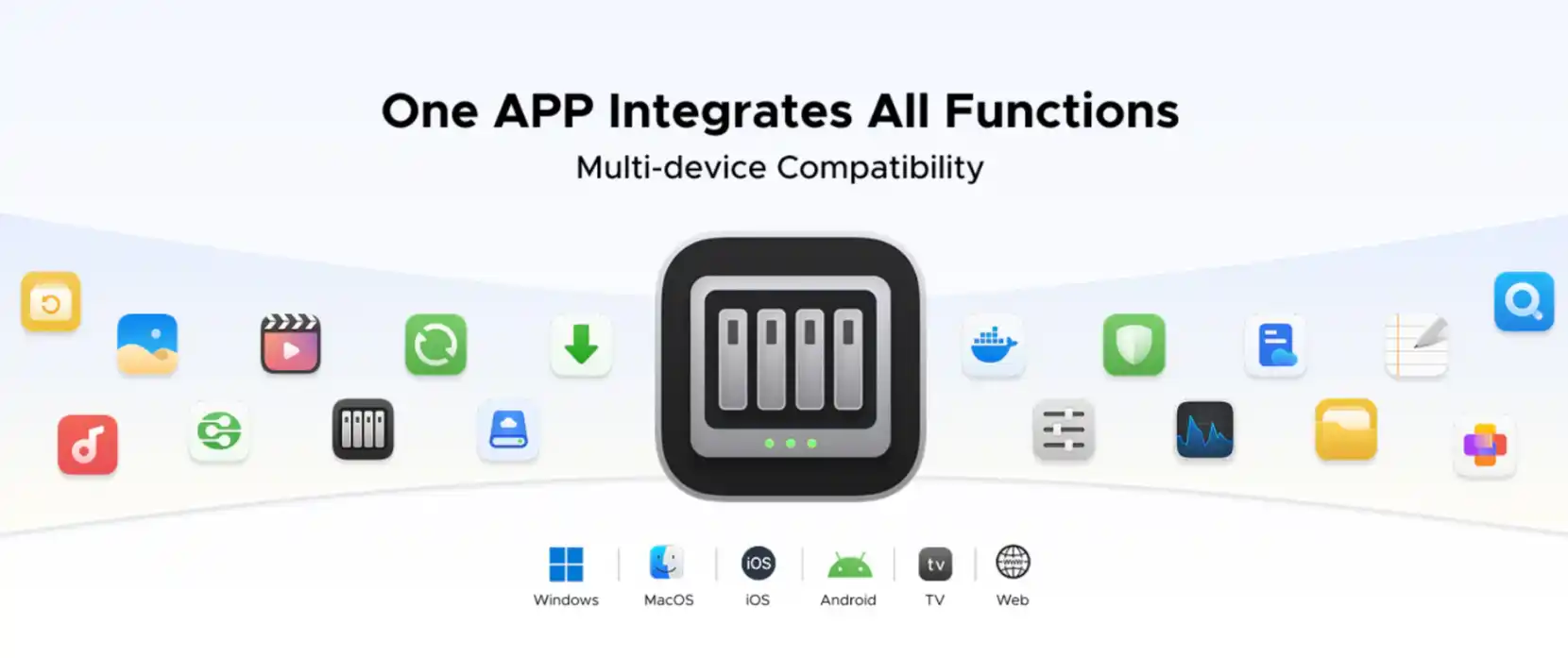

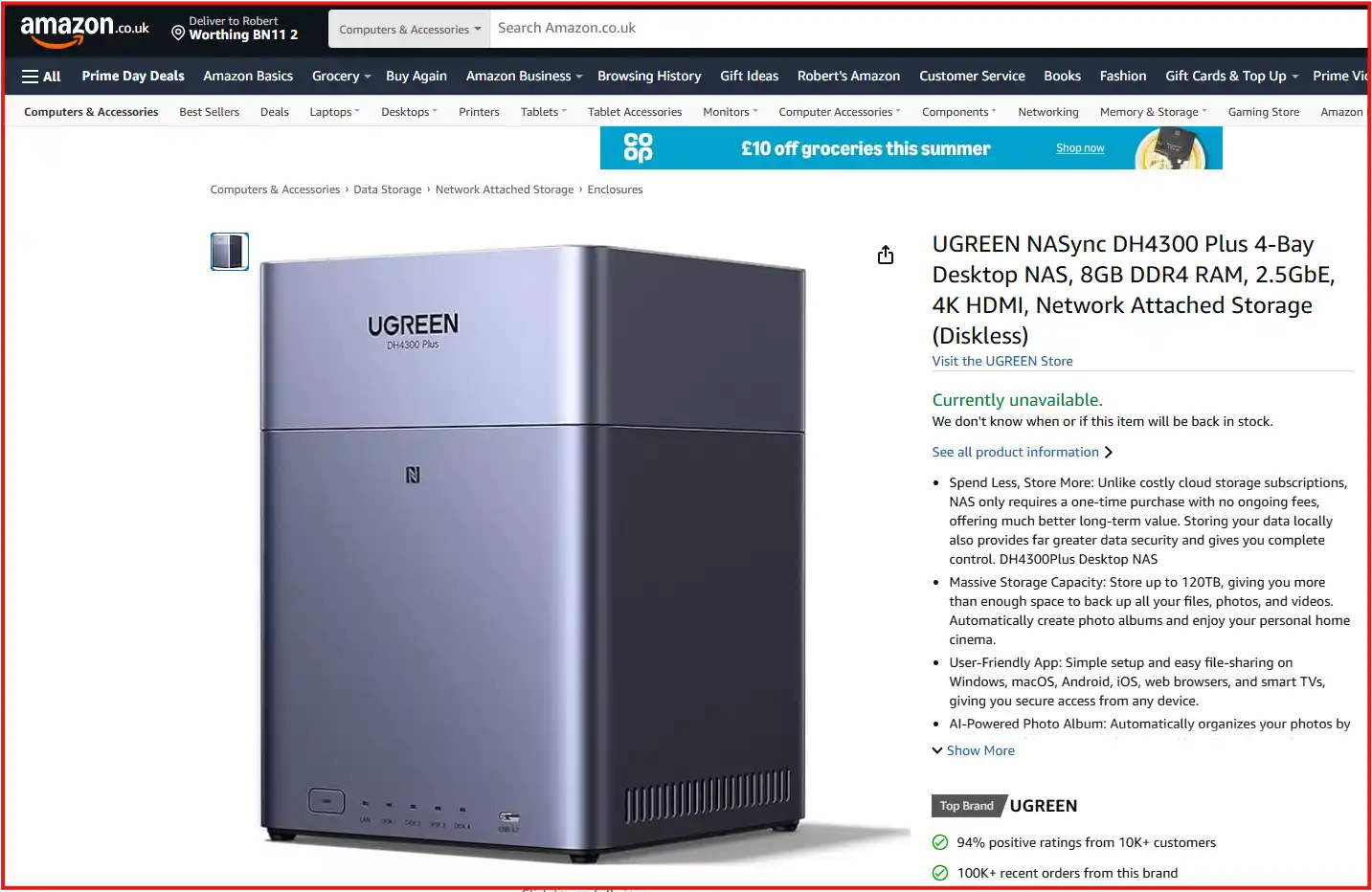
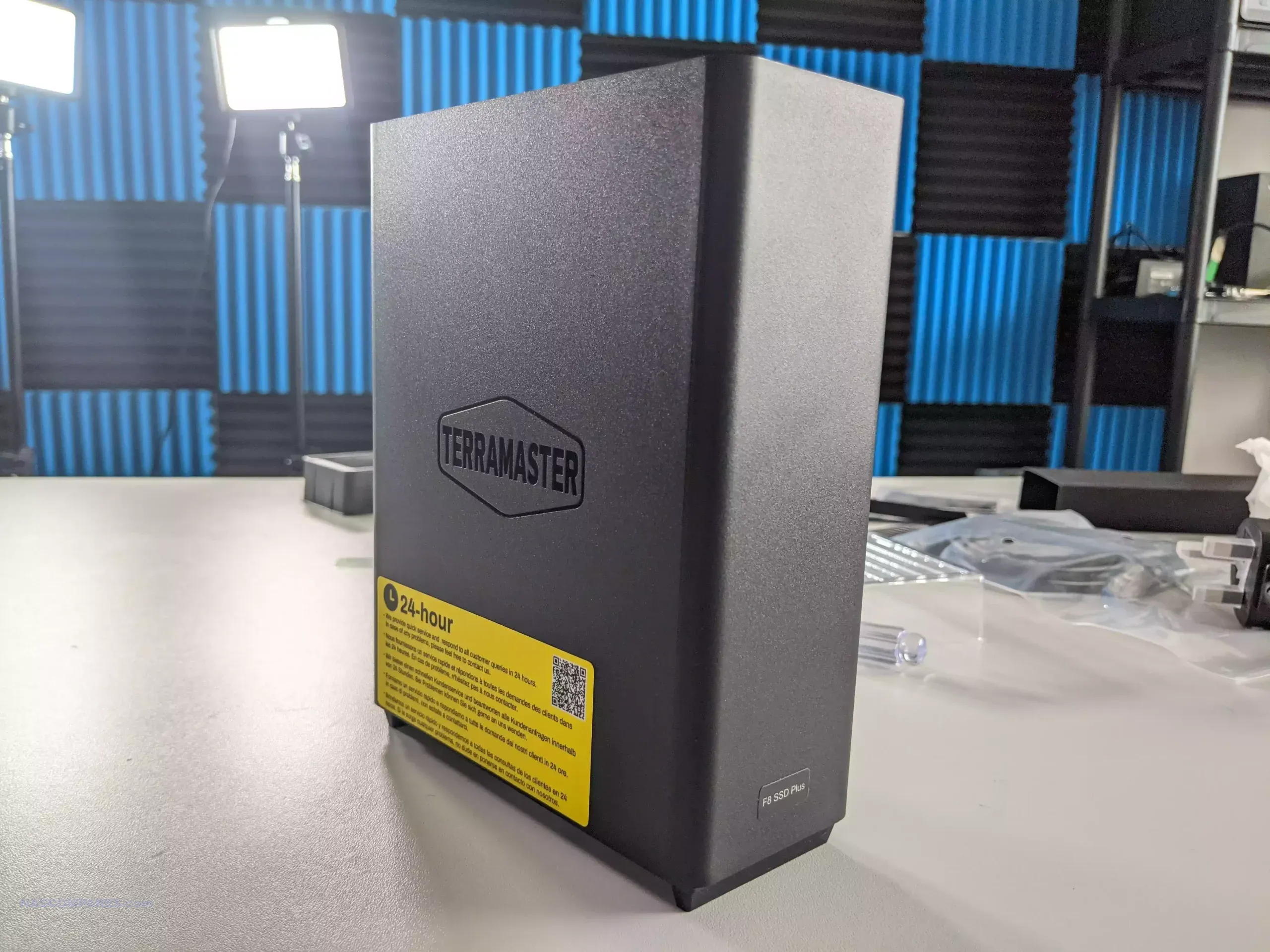
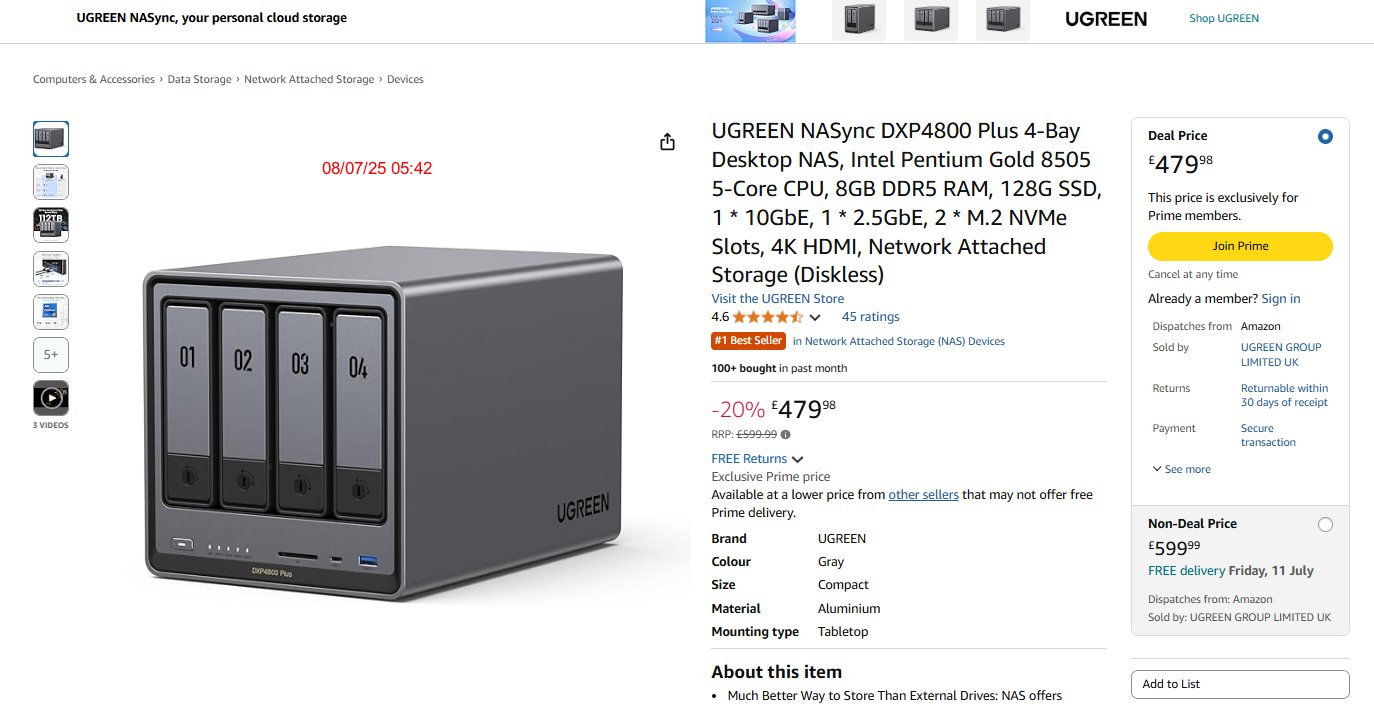
 SUBSCRIBE TO OUR NEWSLETTER
SUBSCRIBE TO OUR NEWSLETTER 


